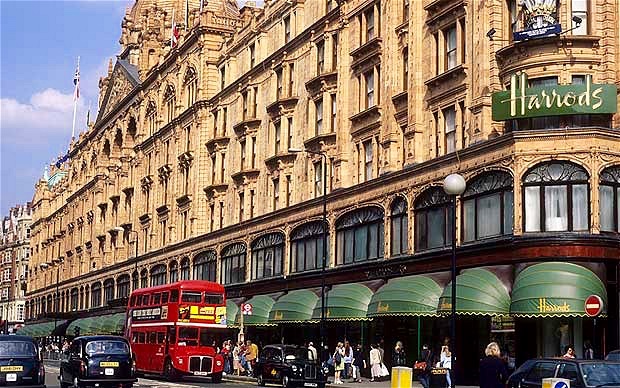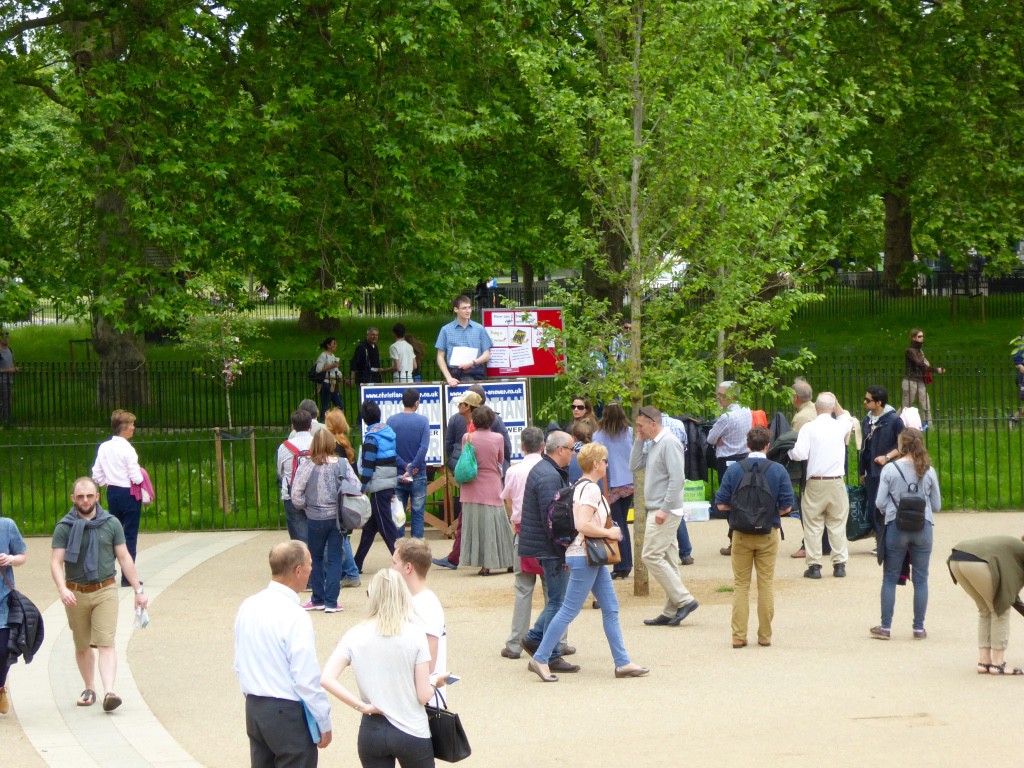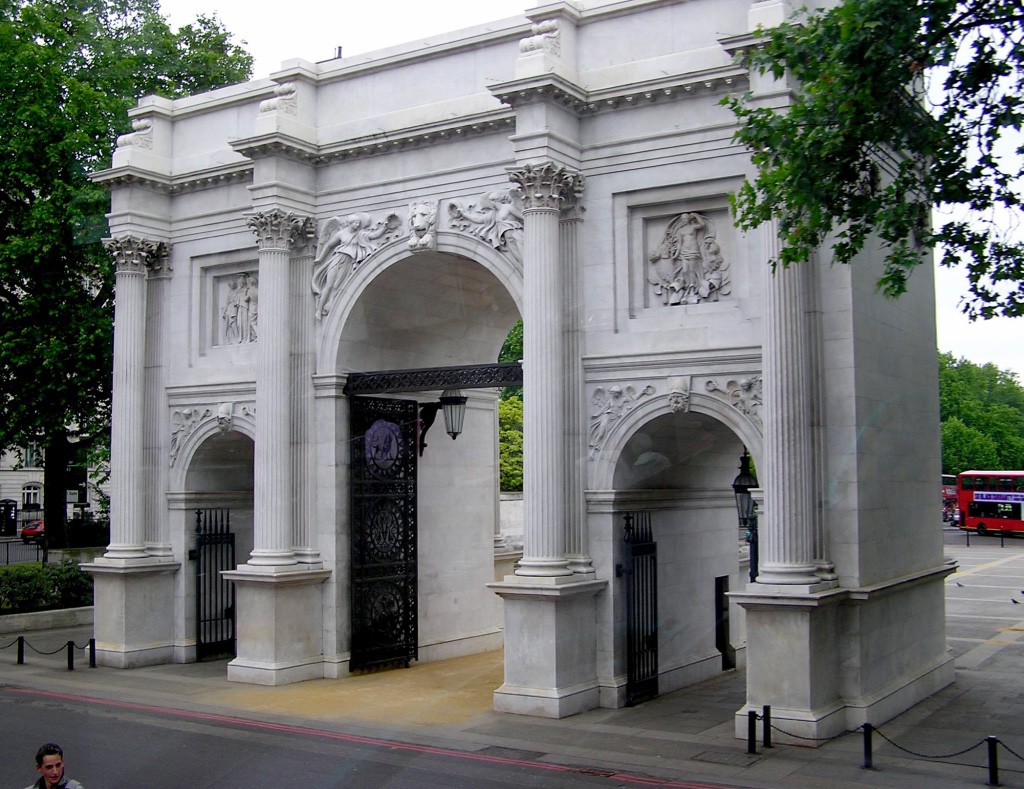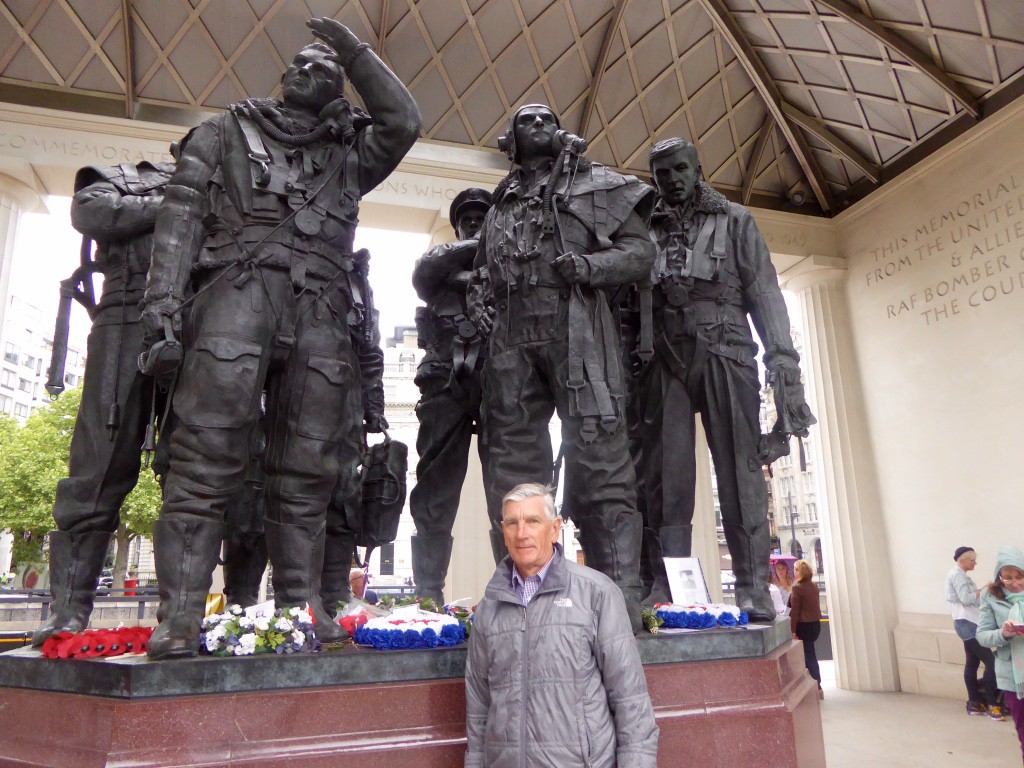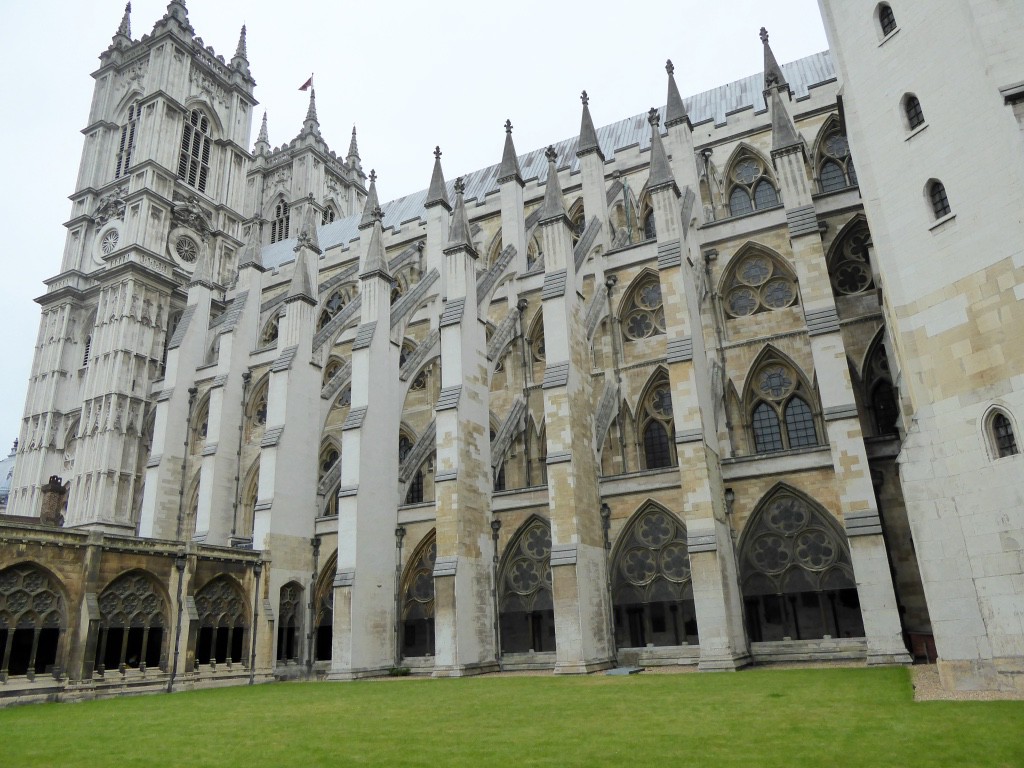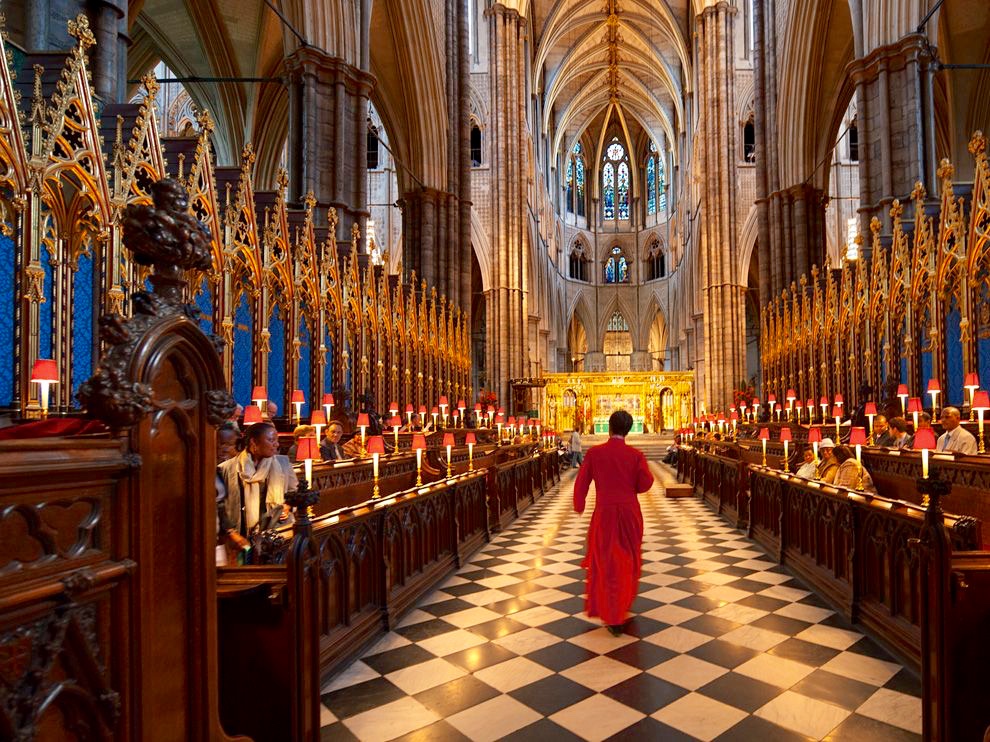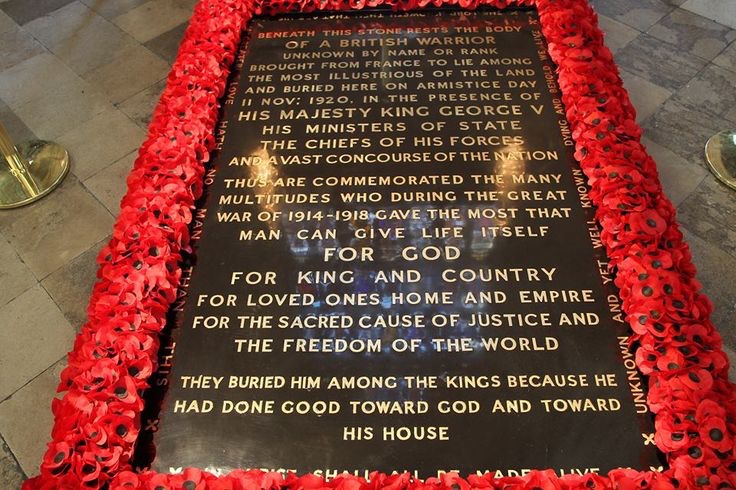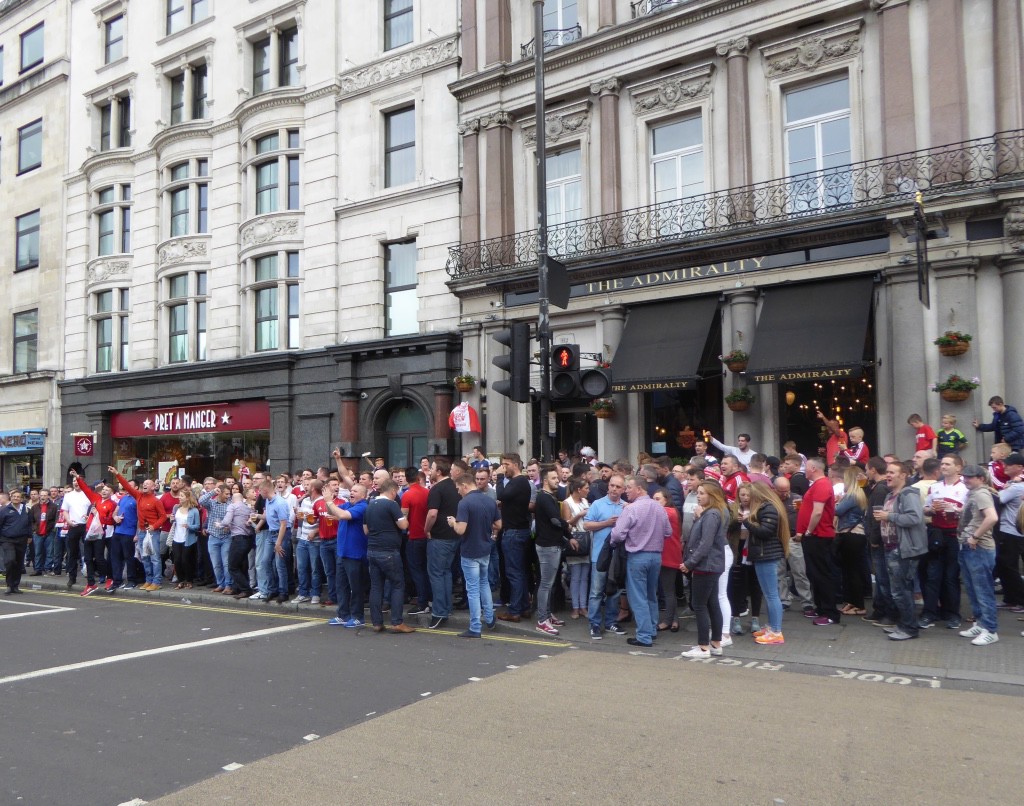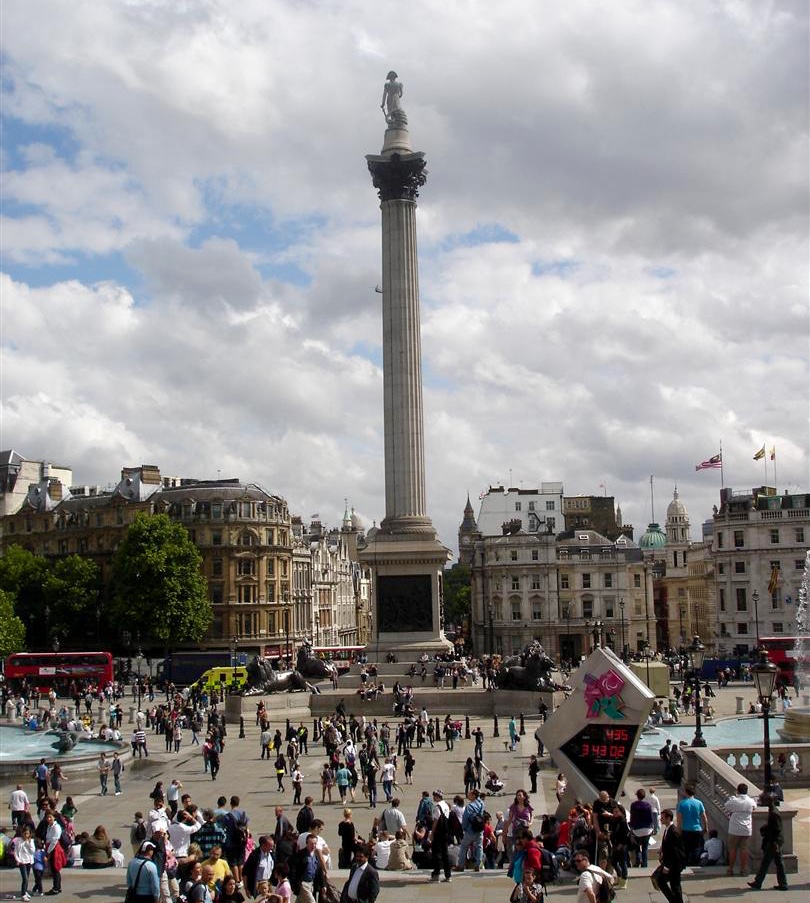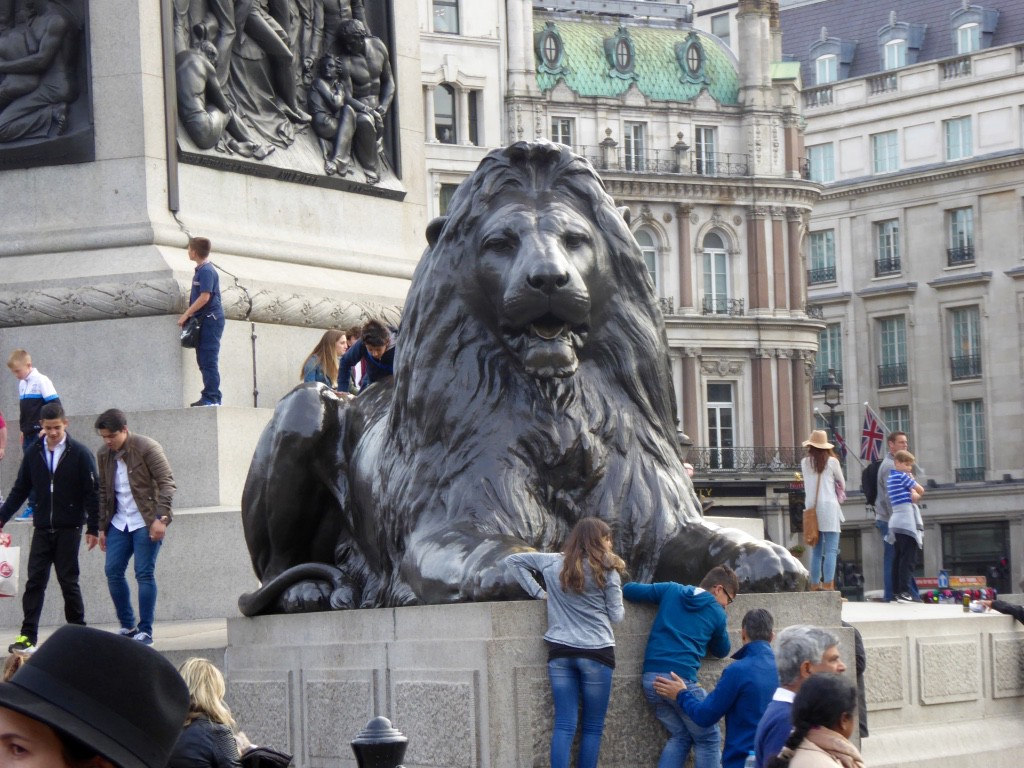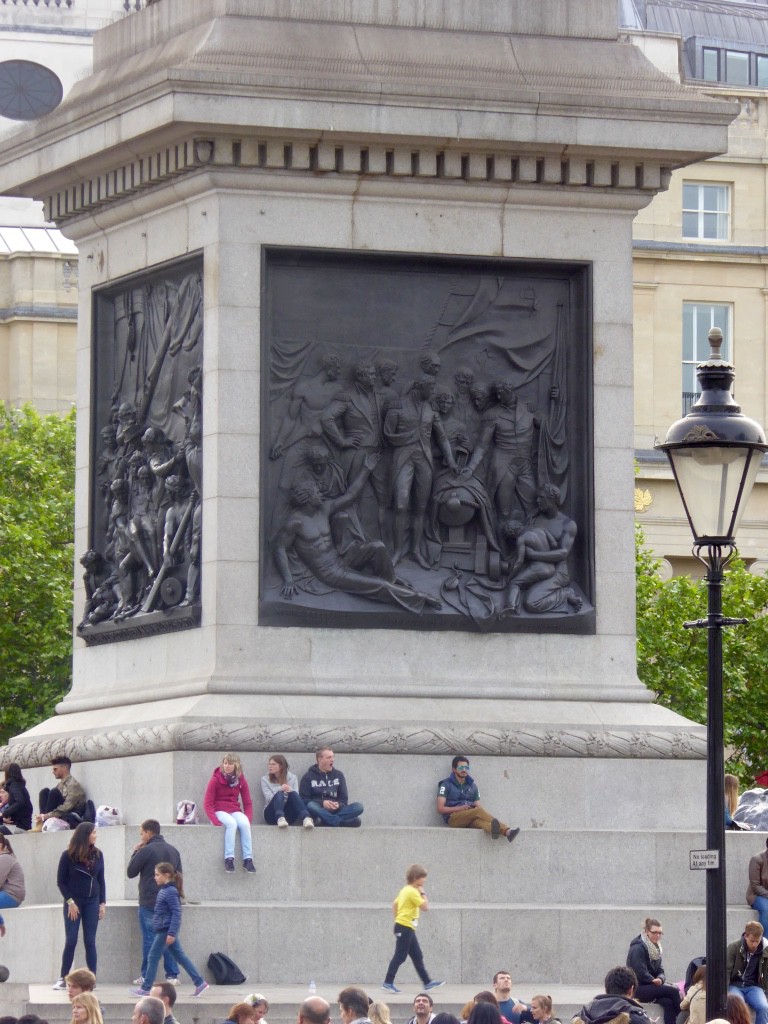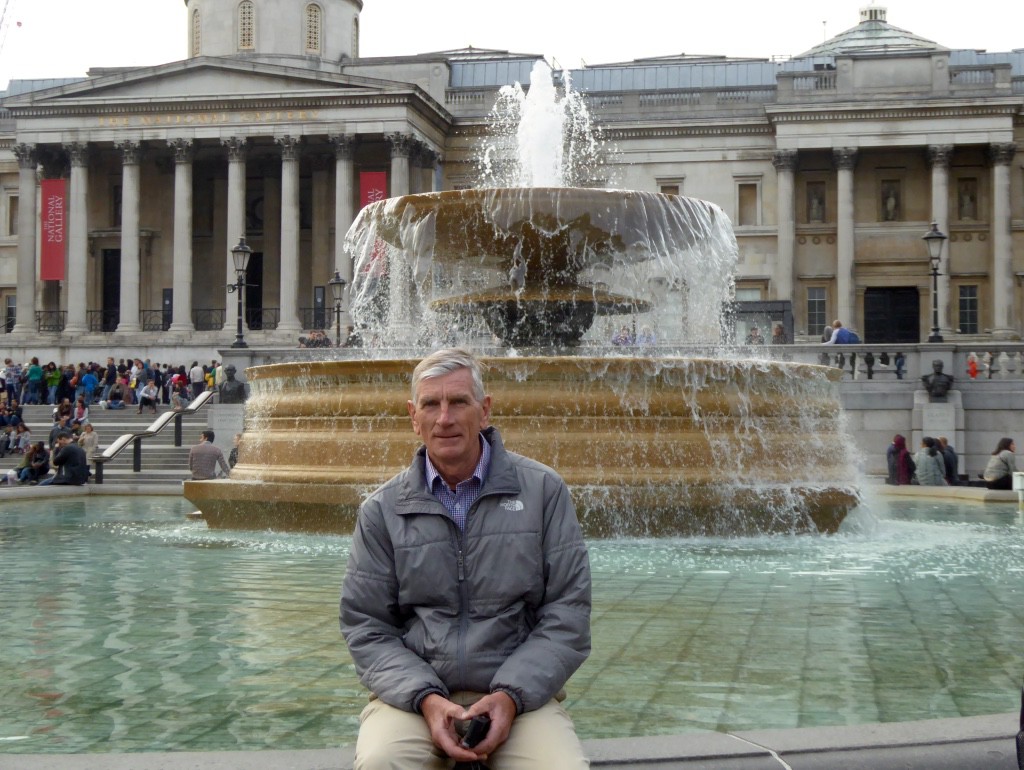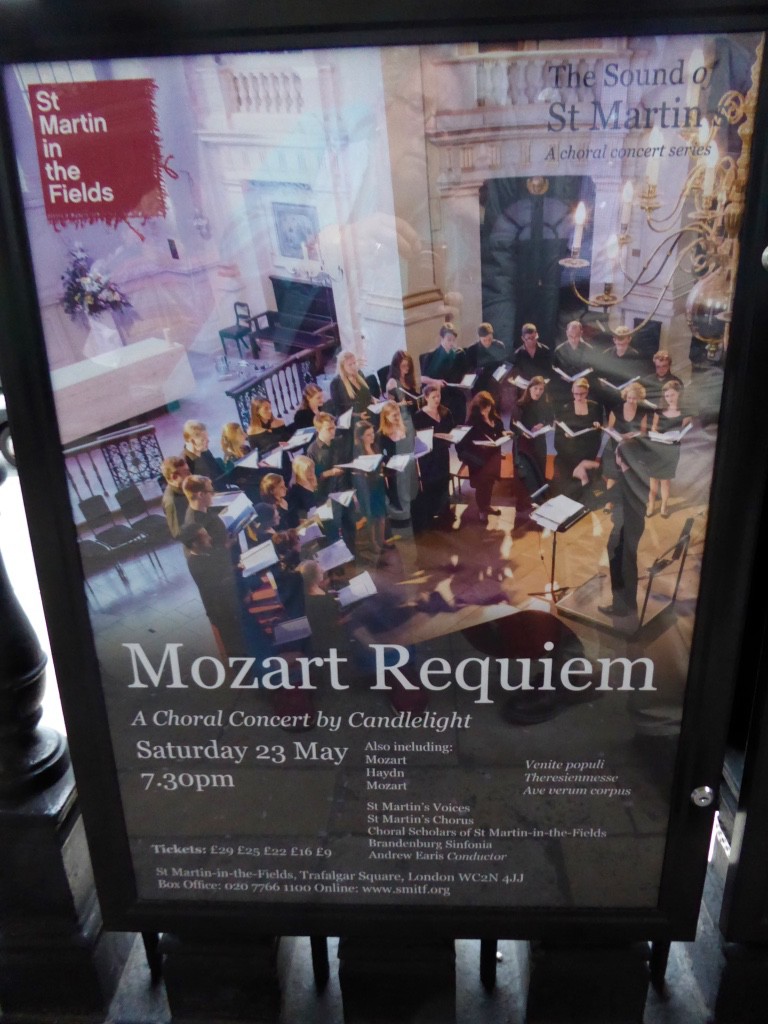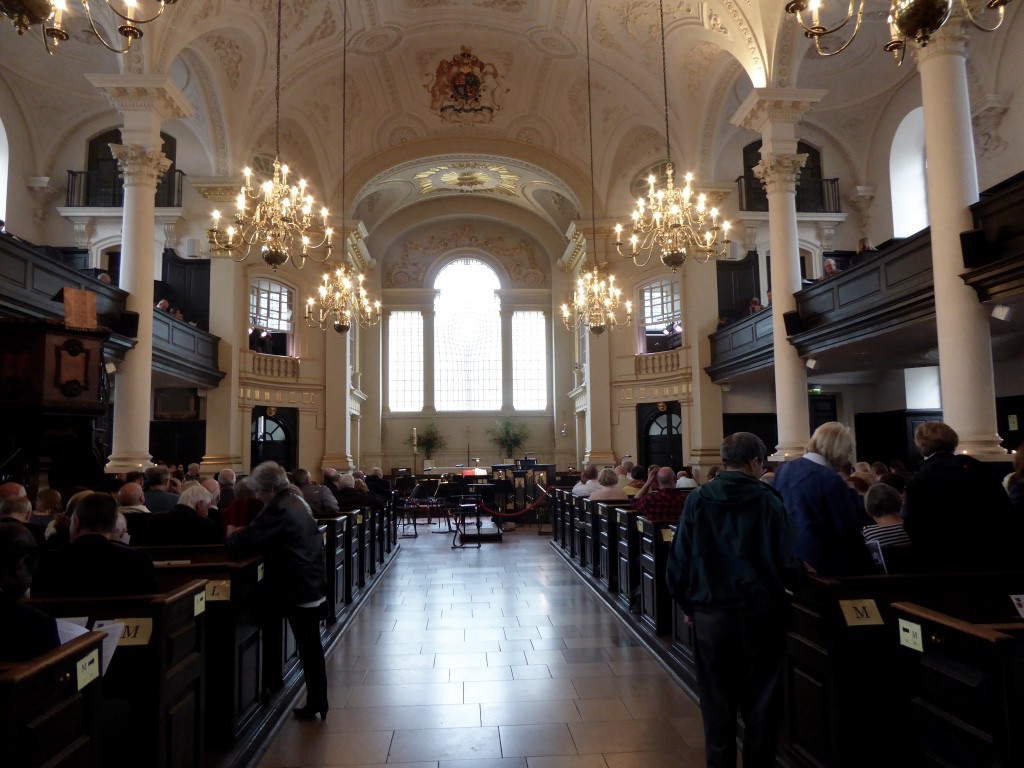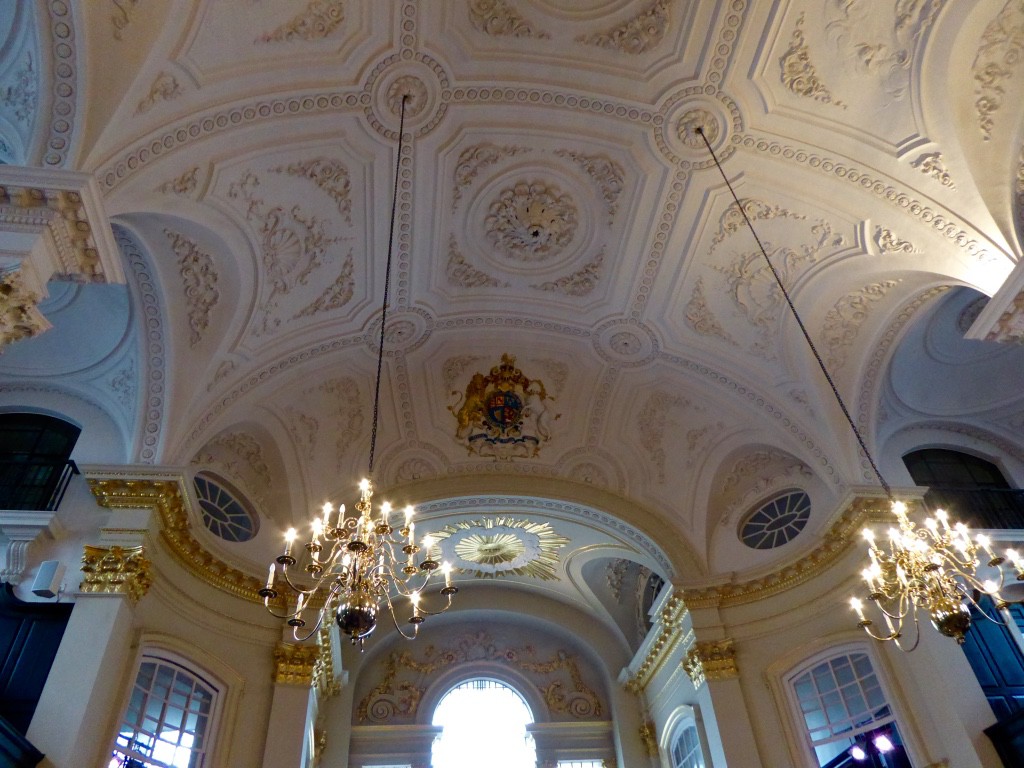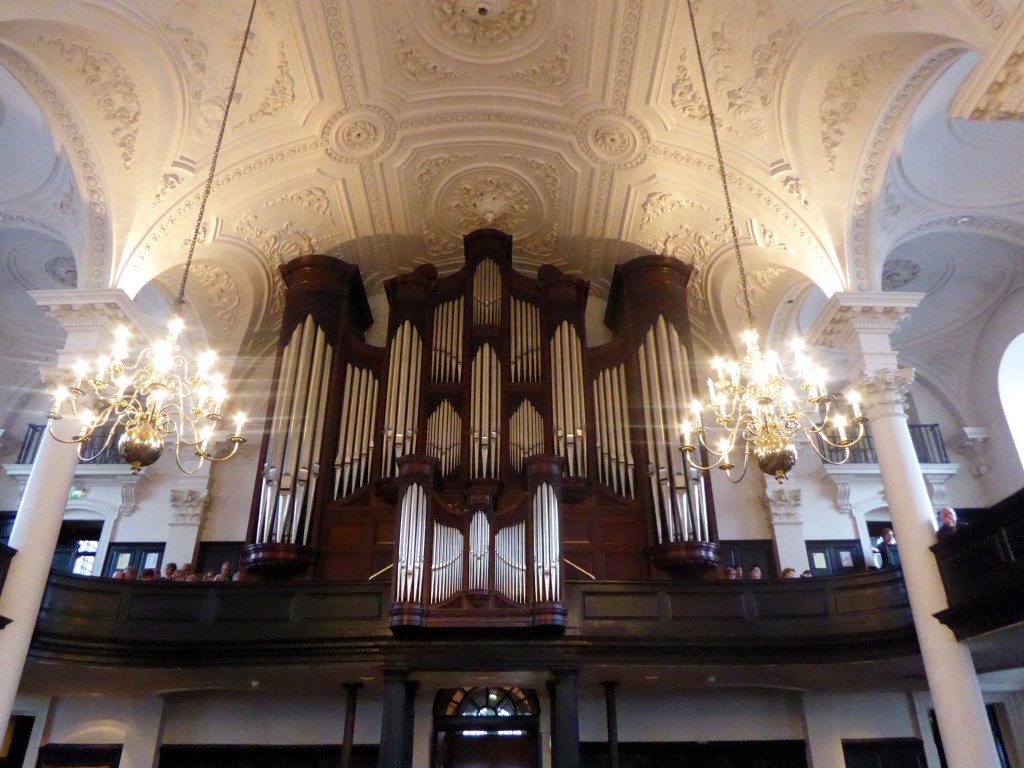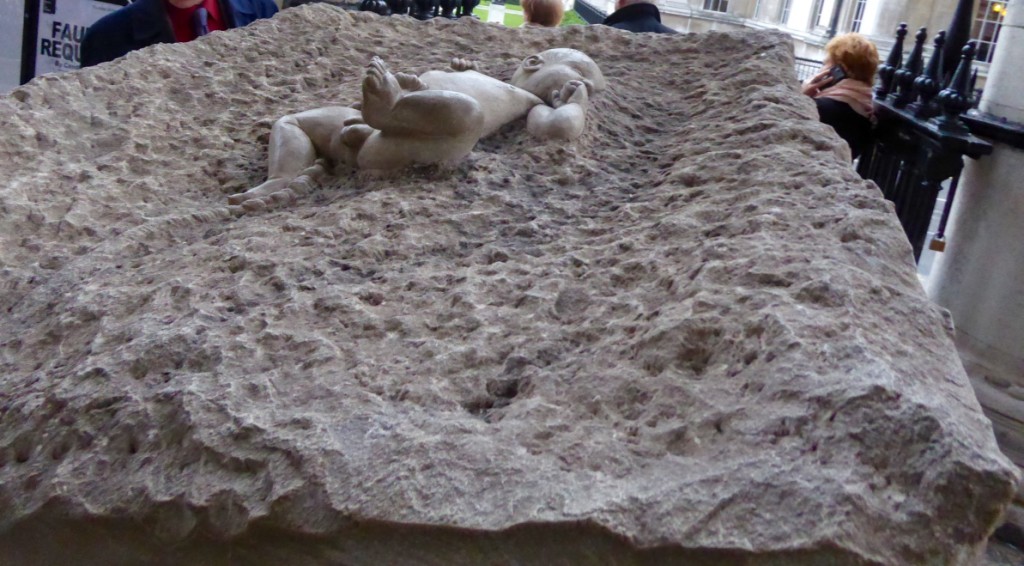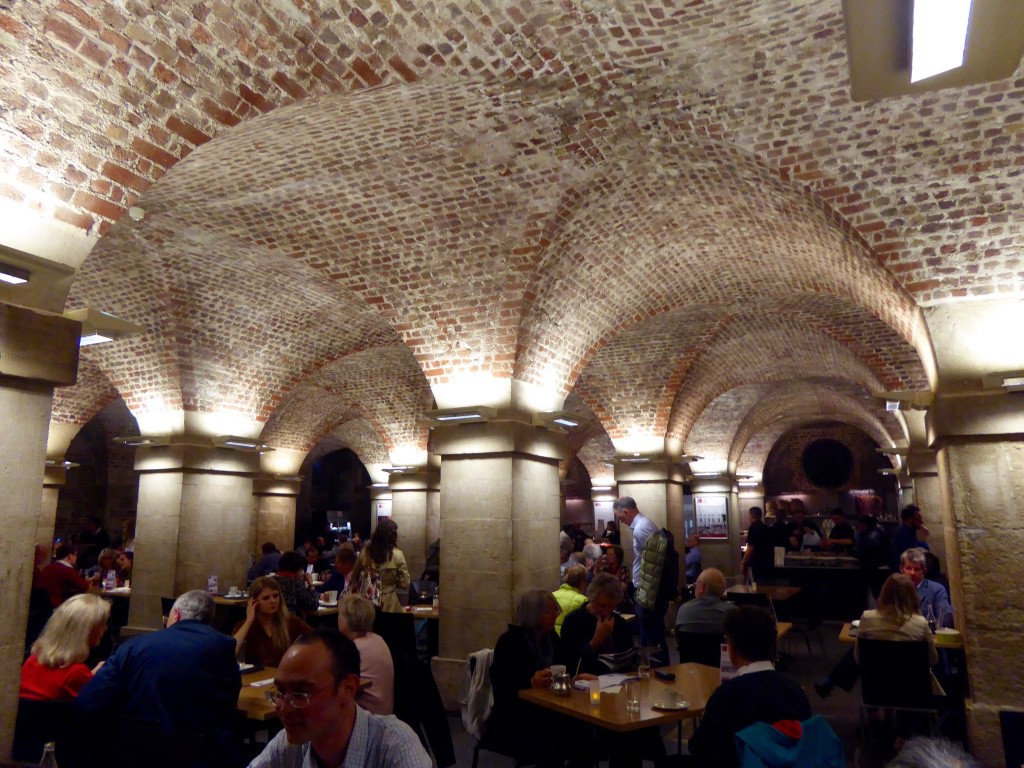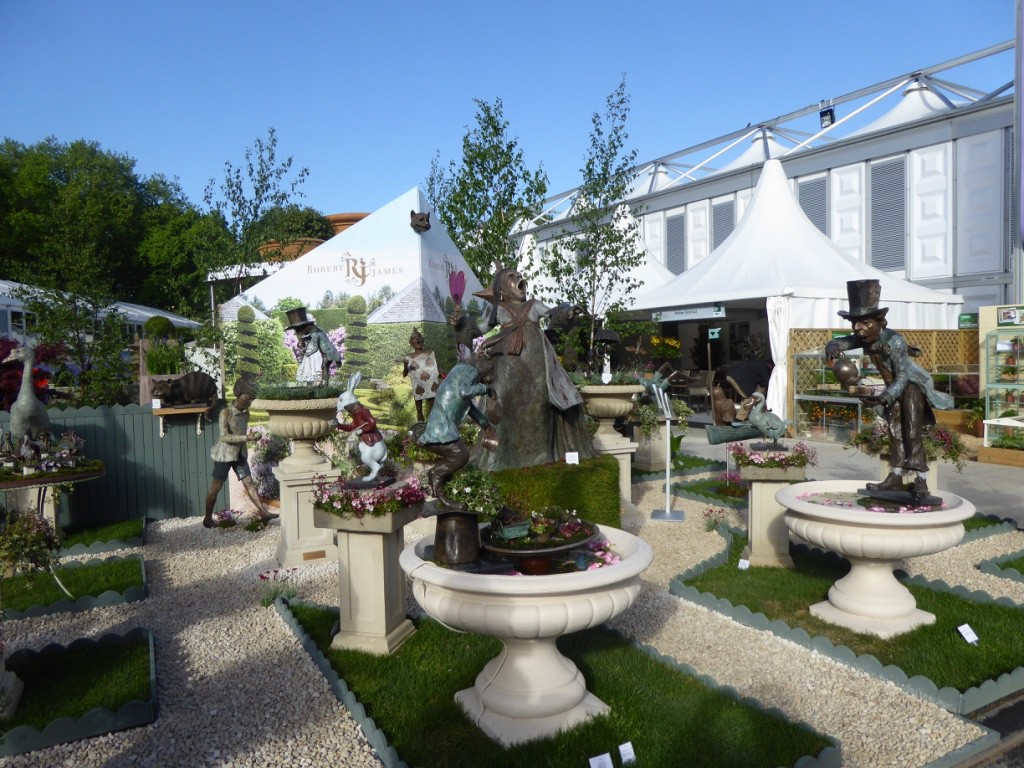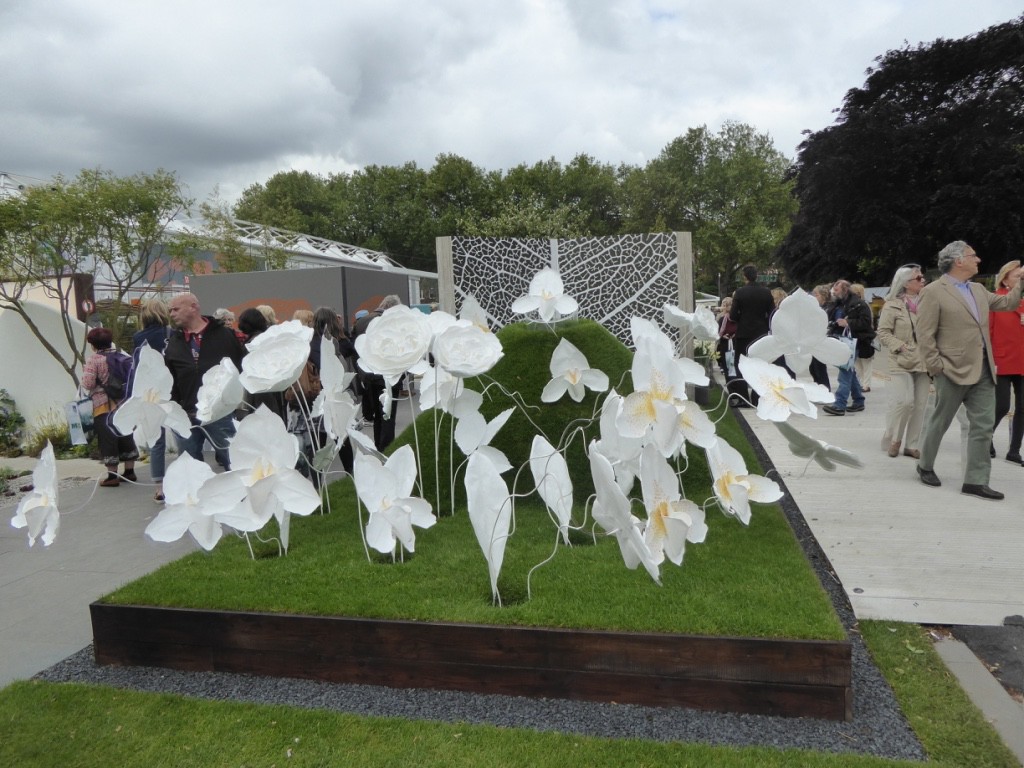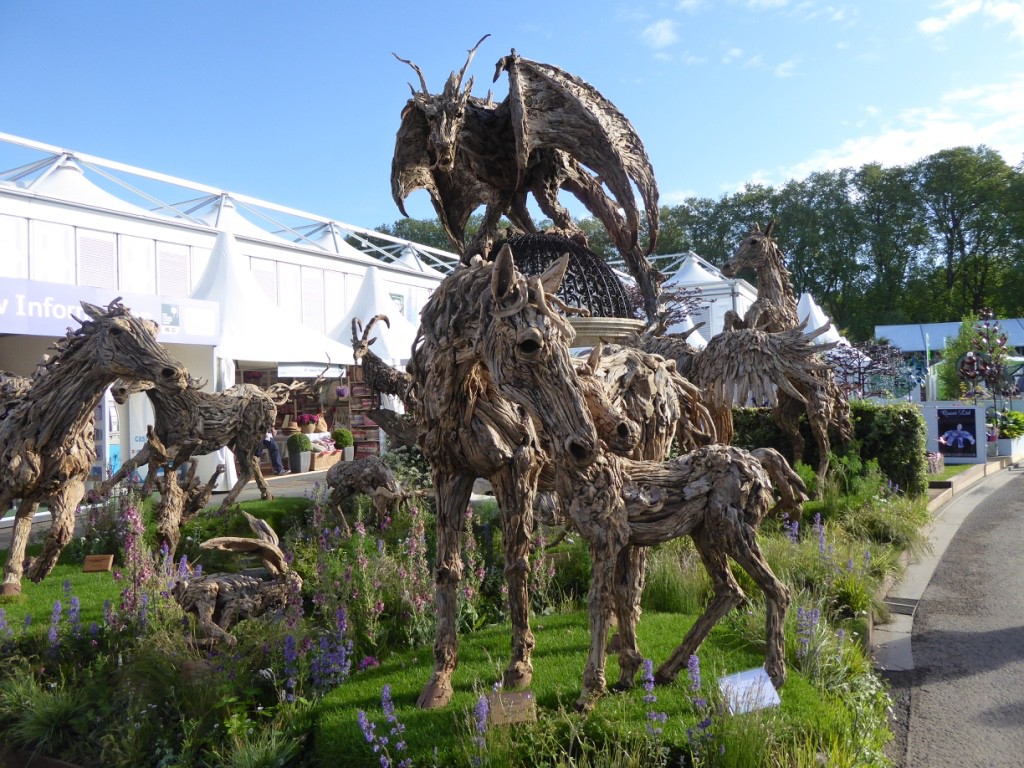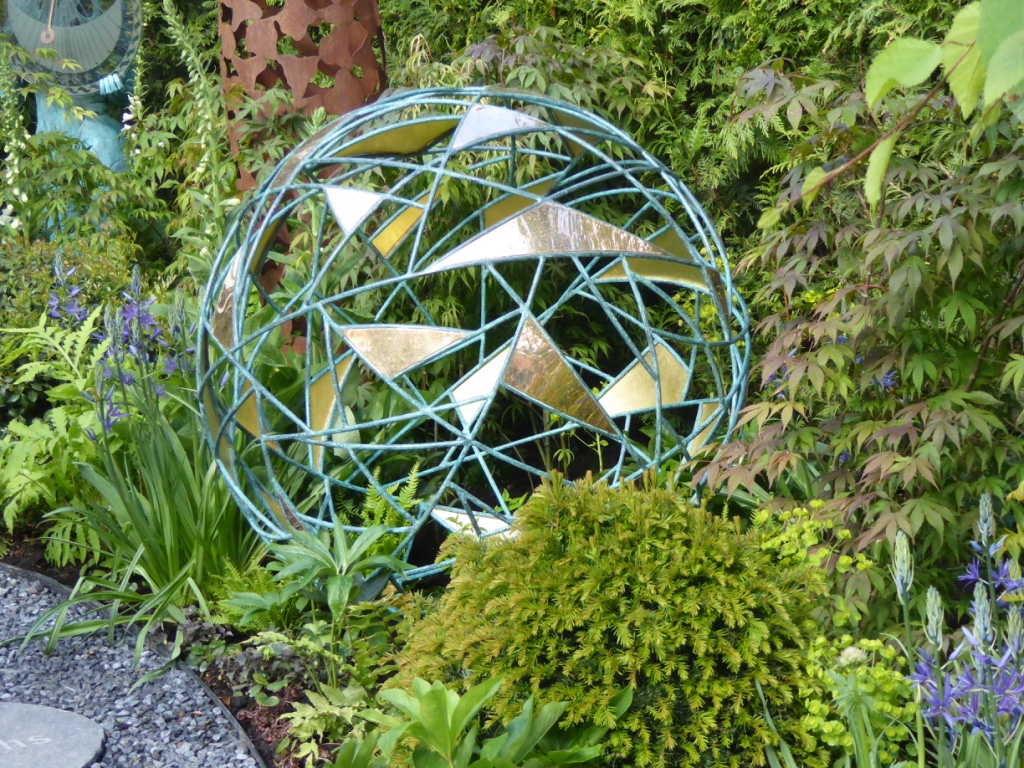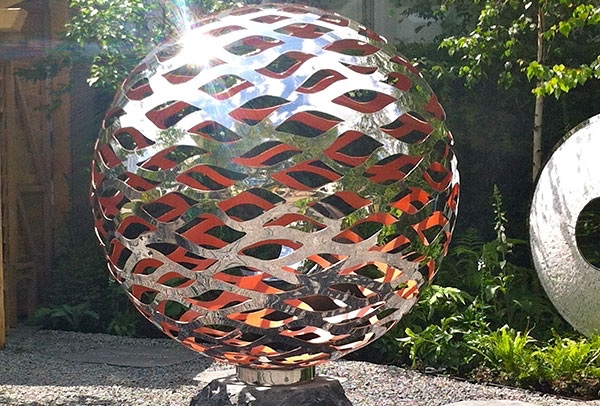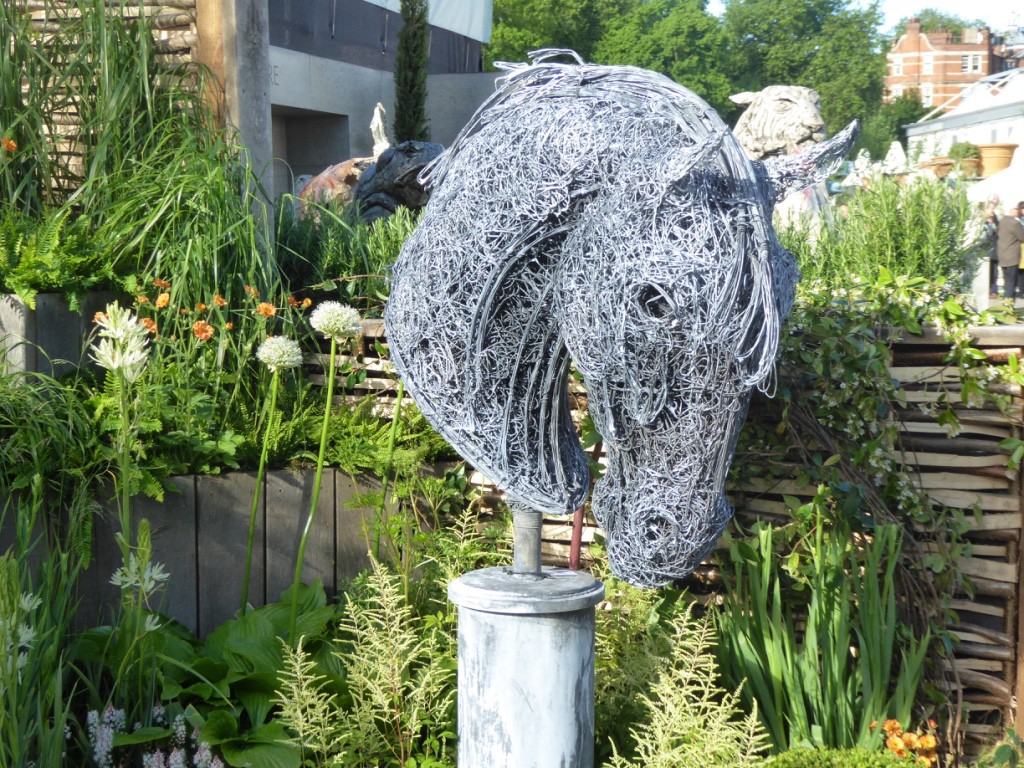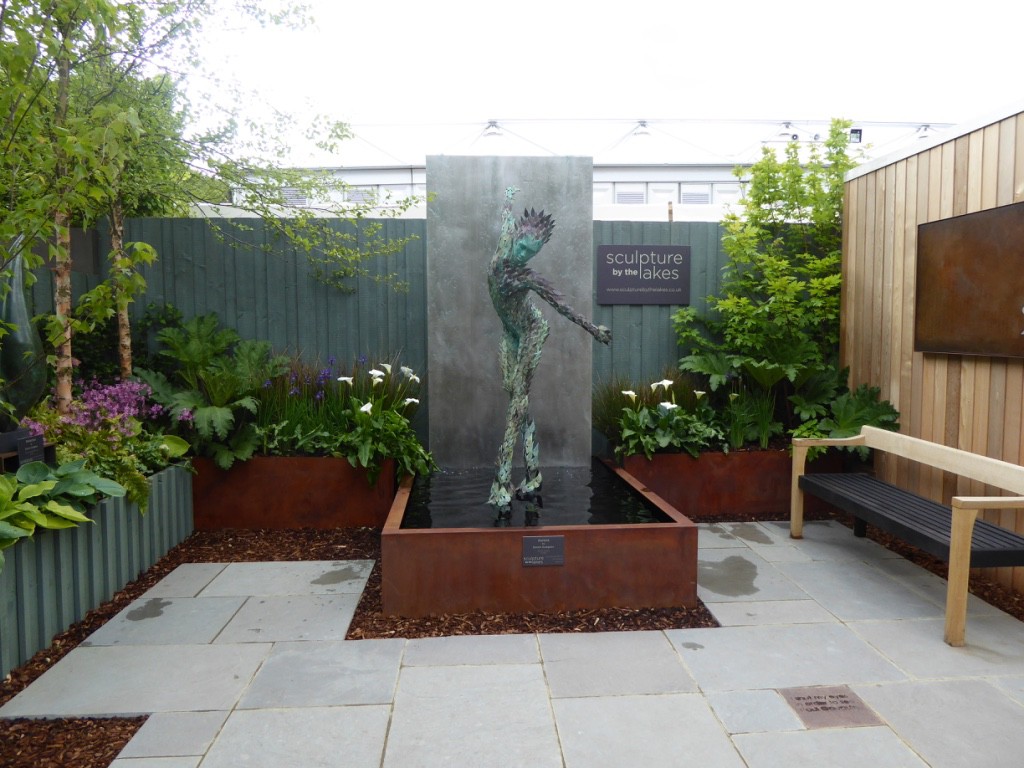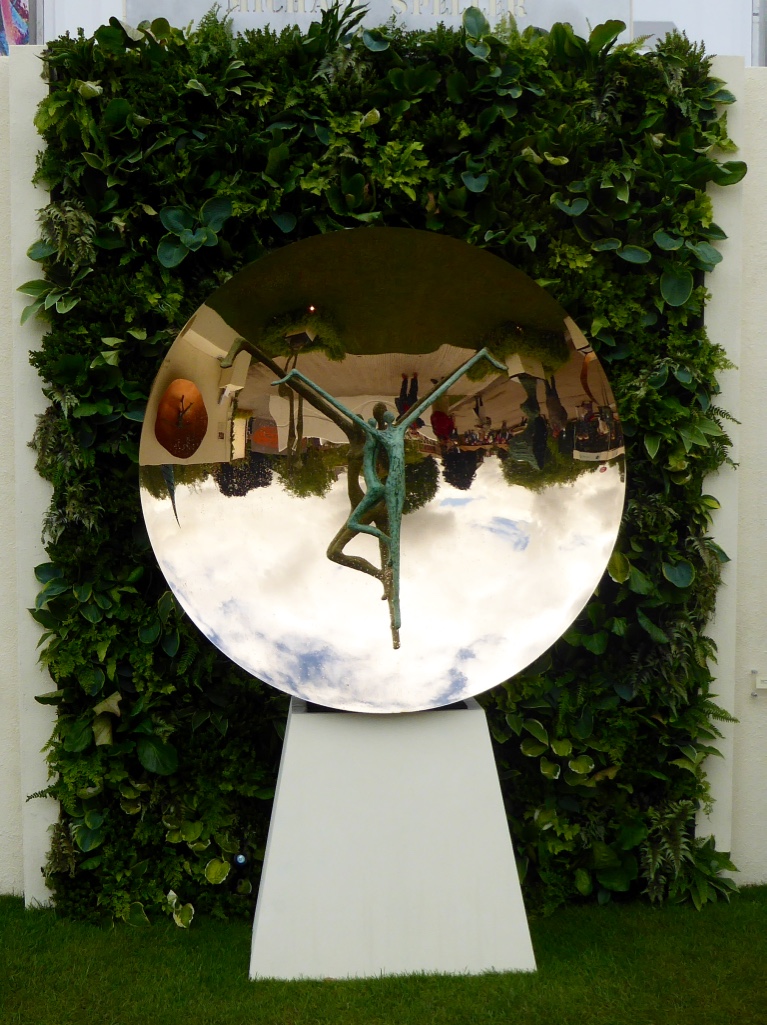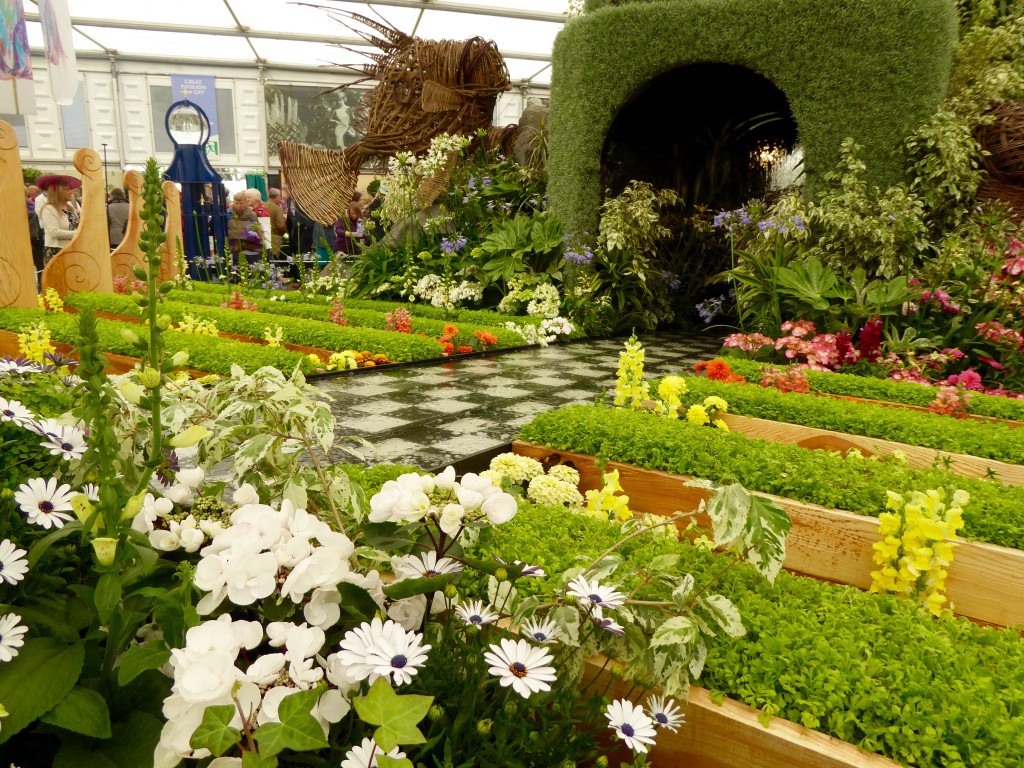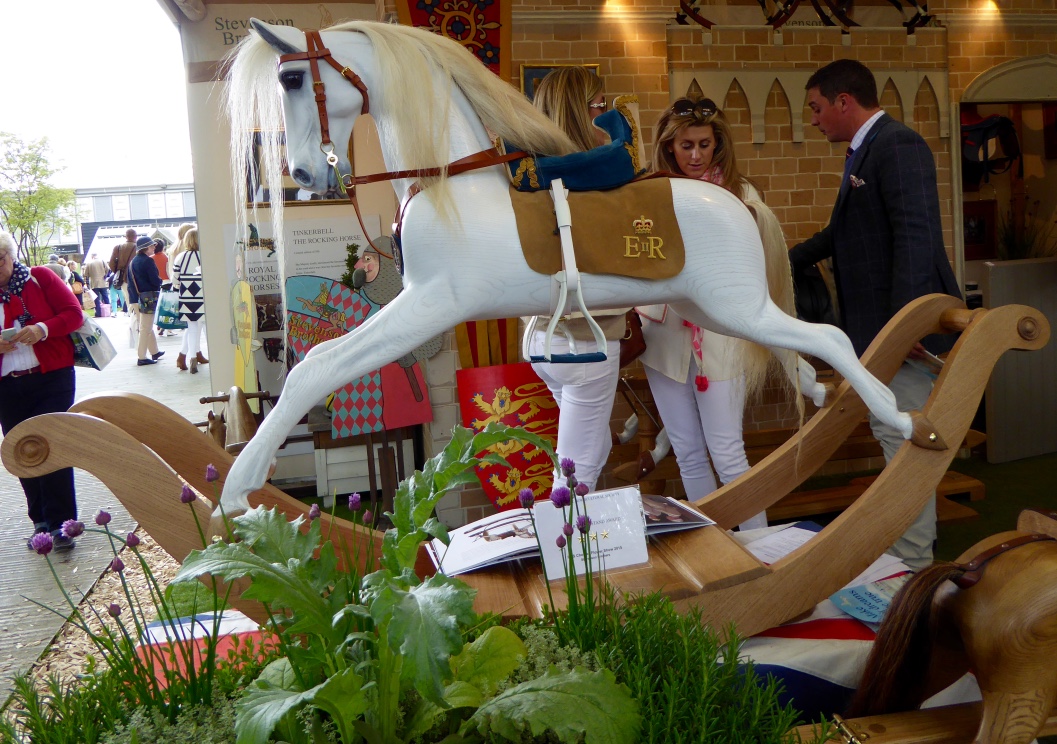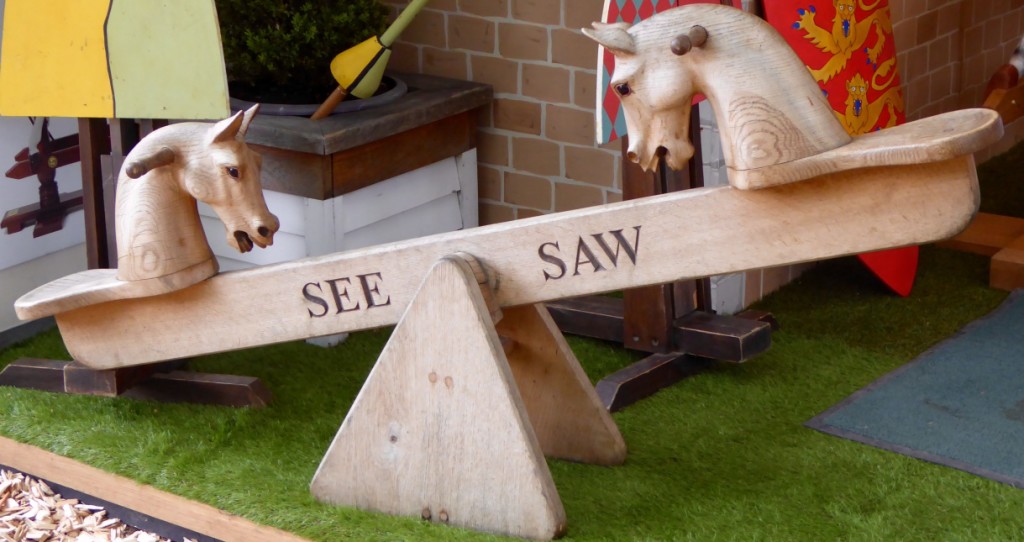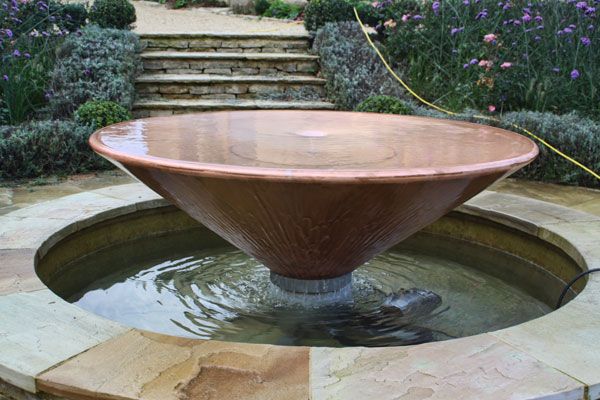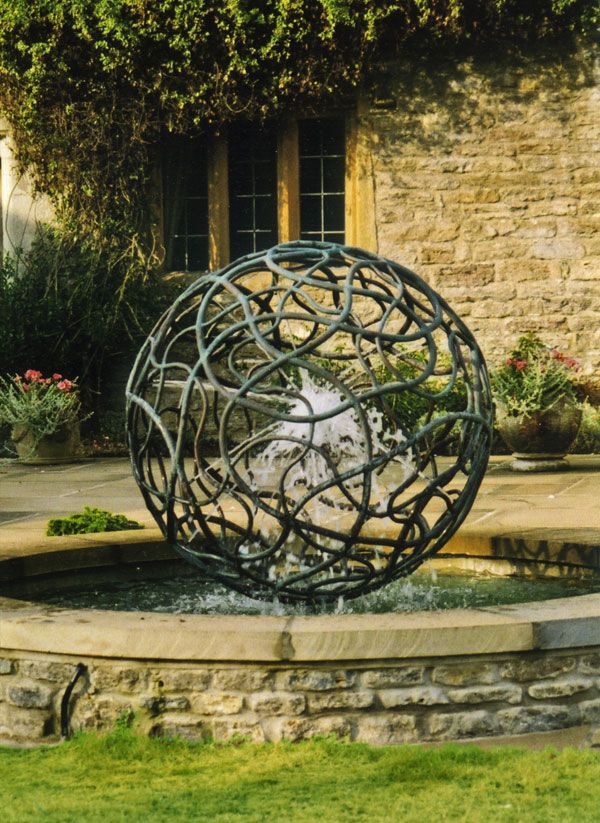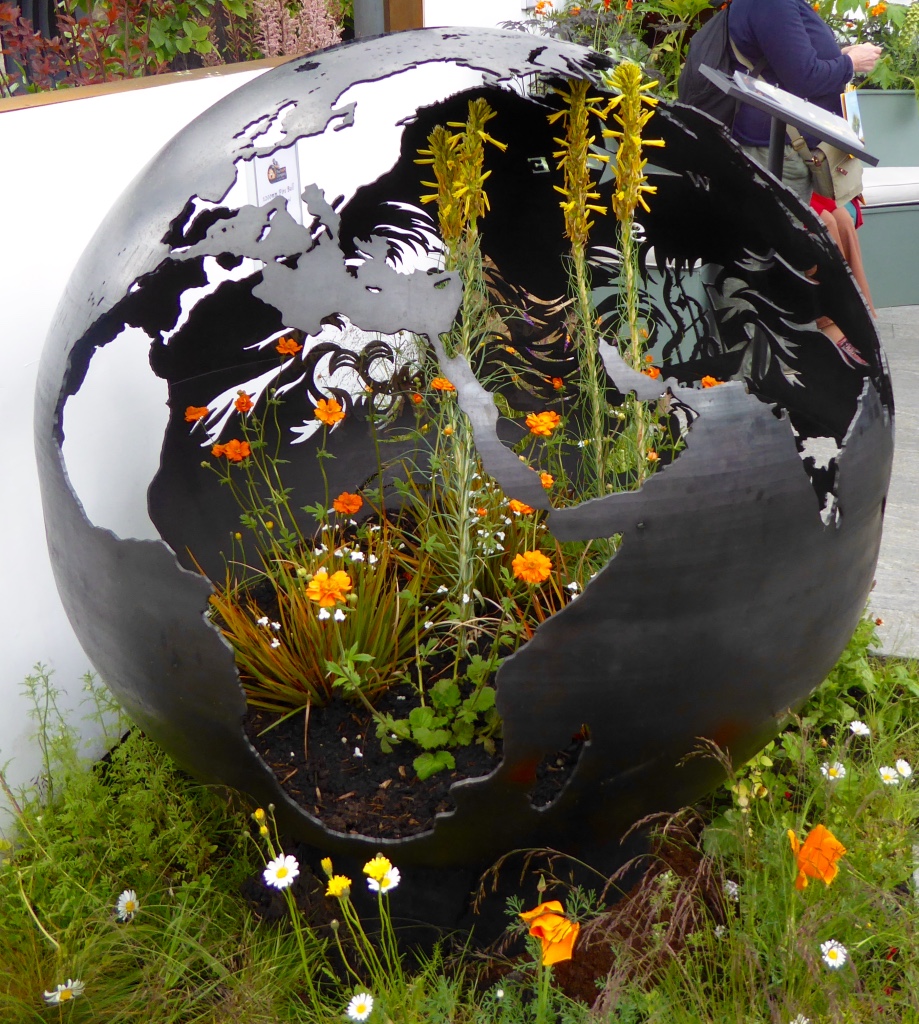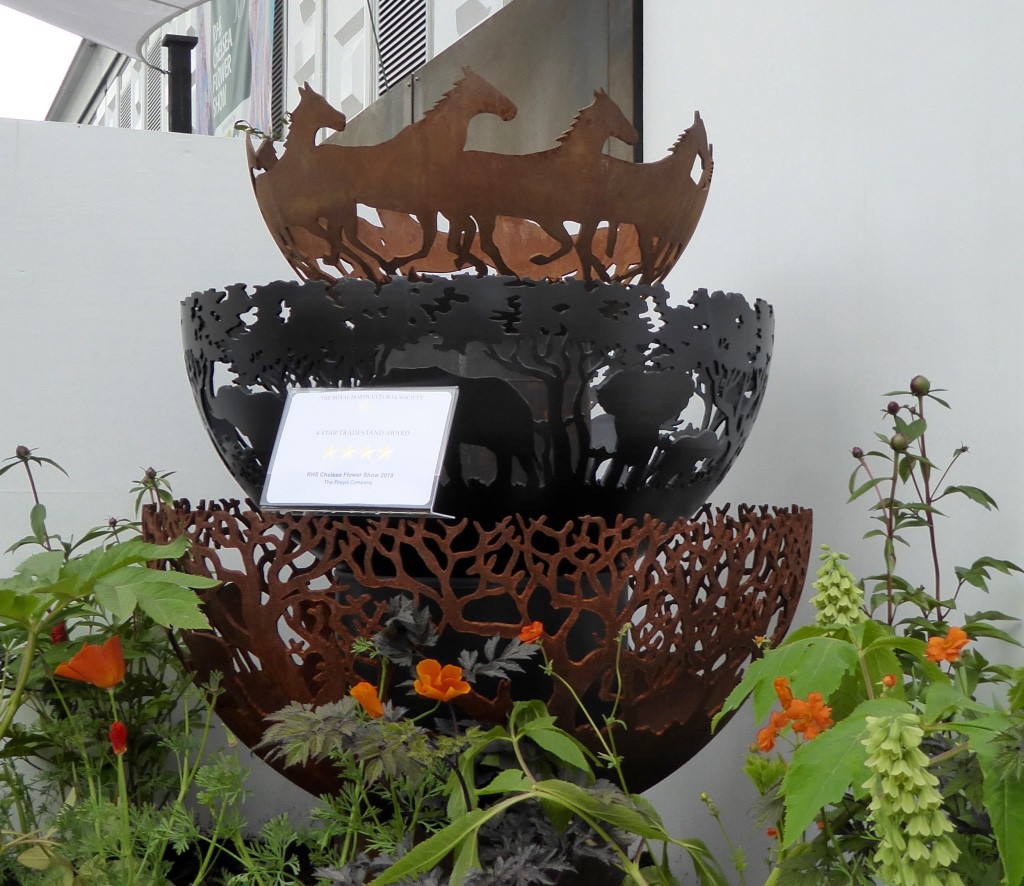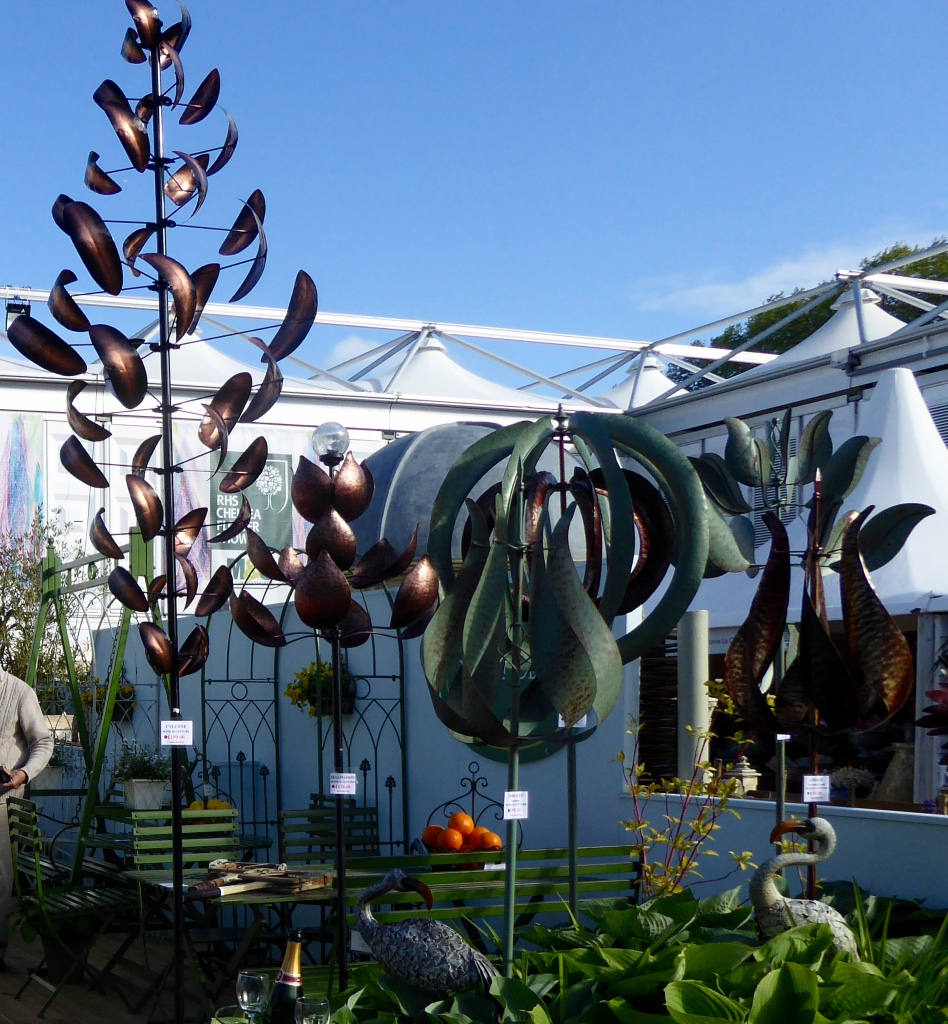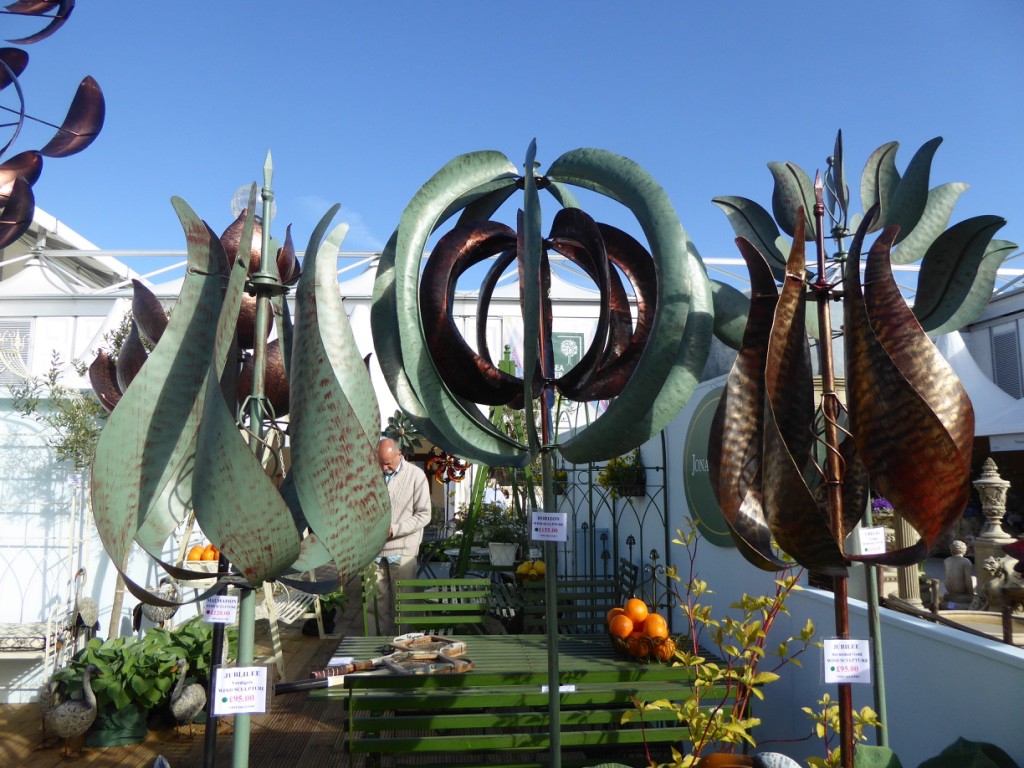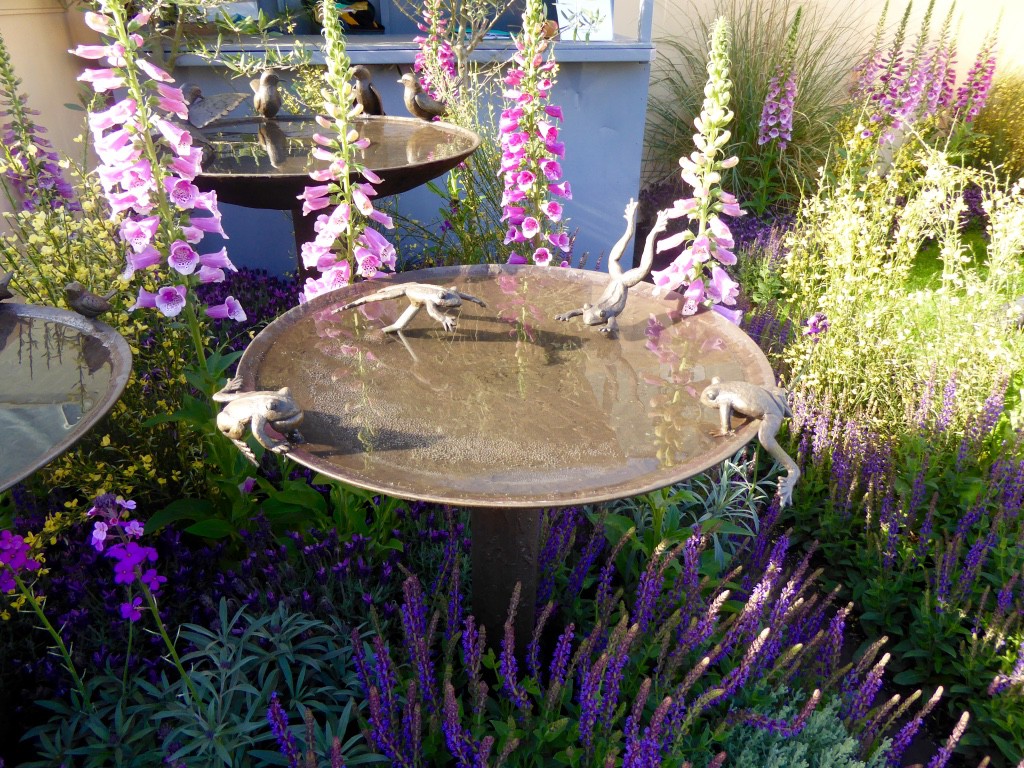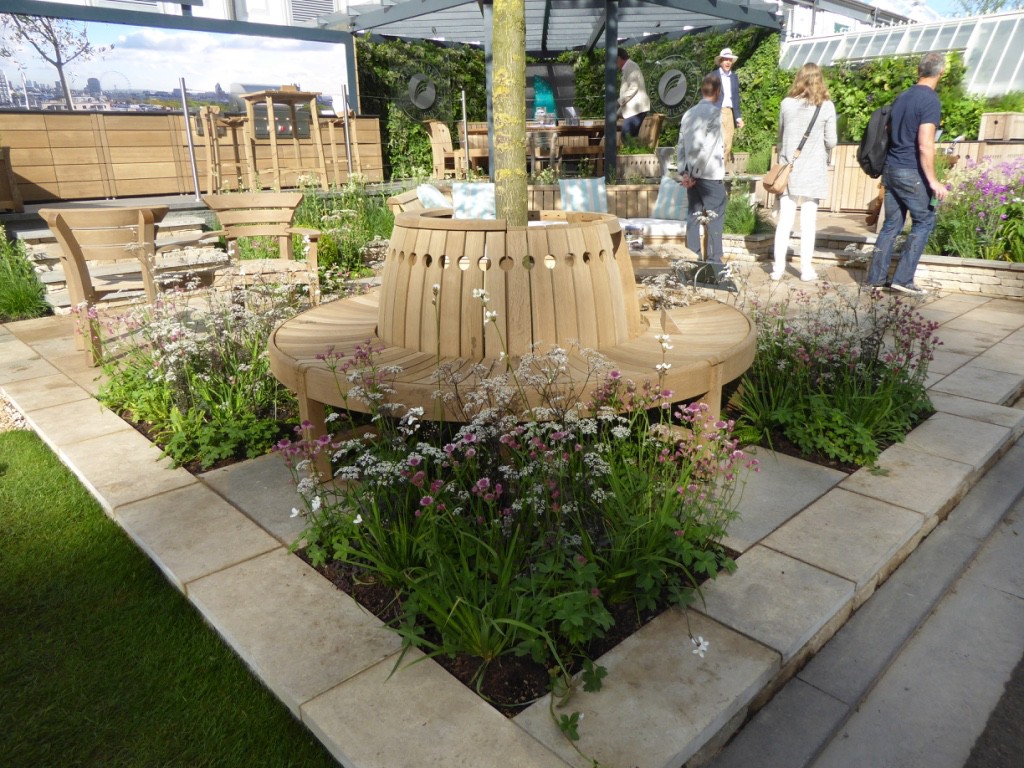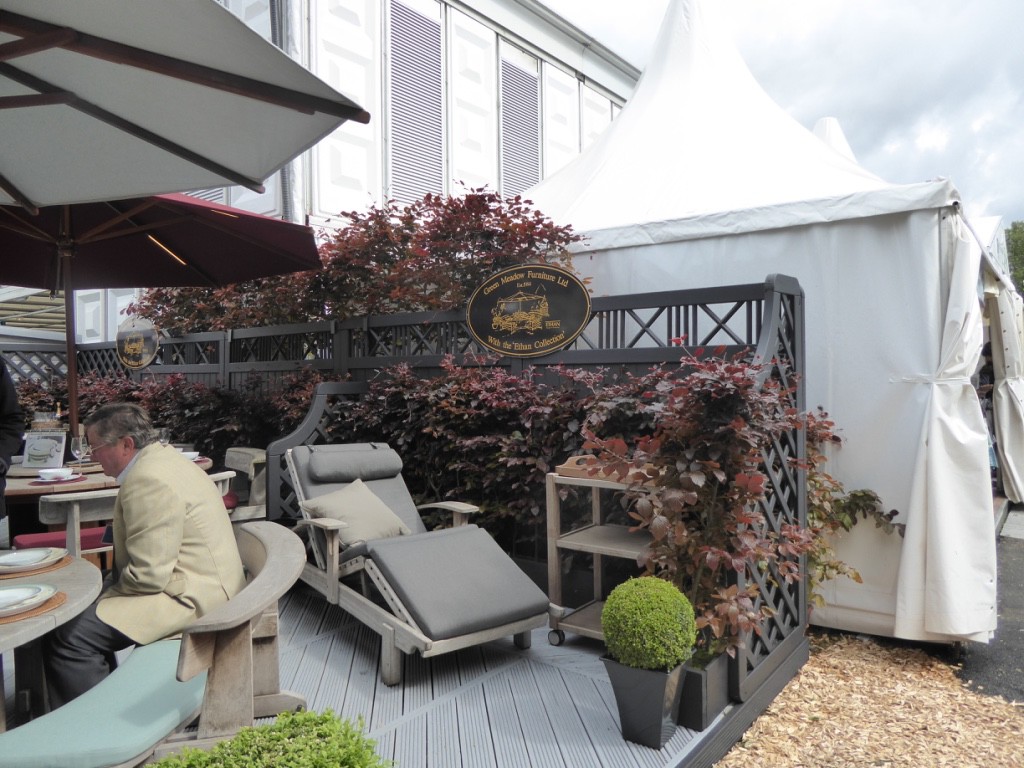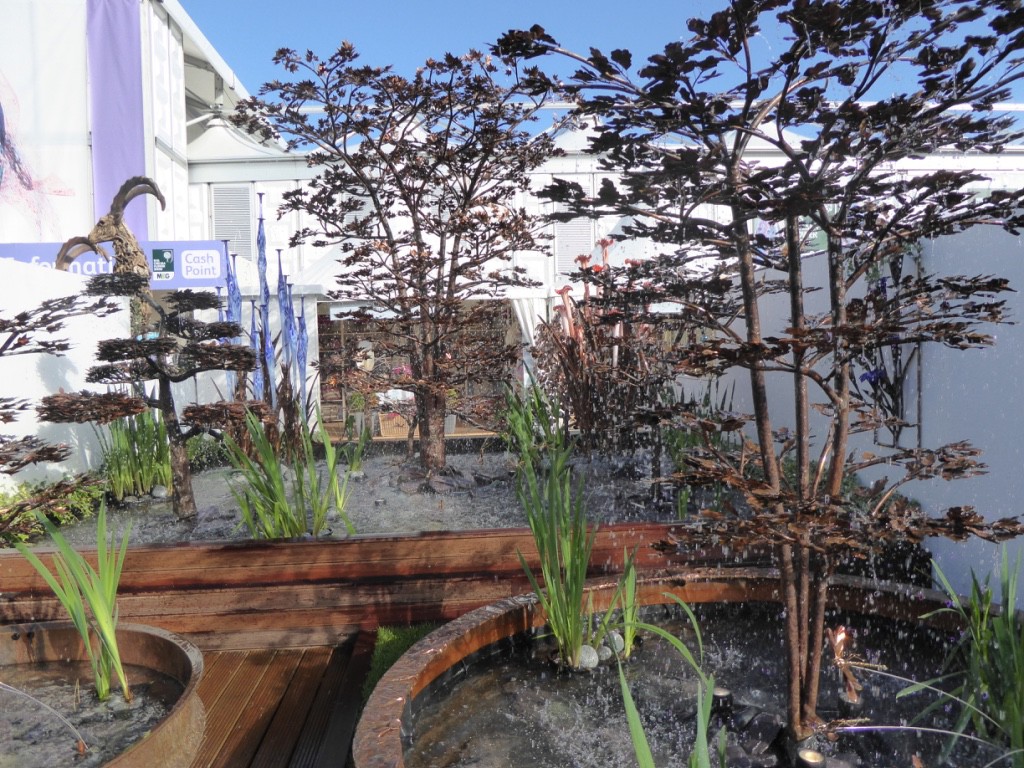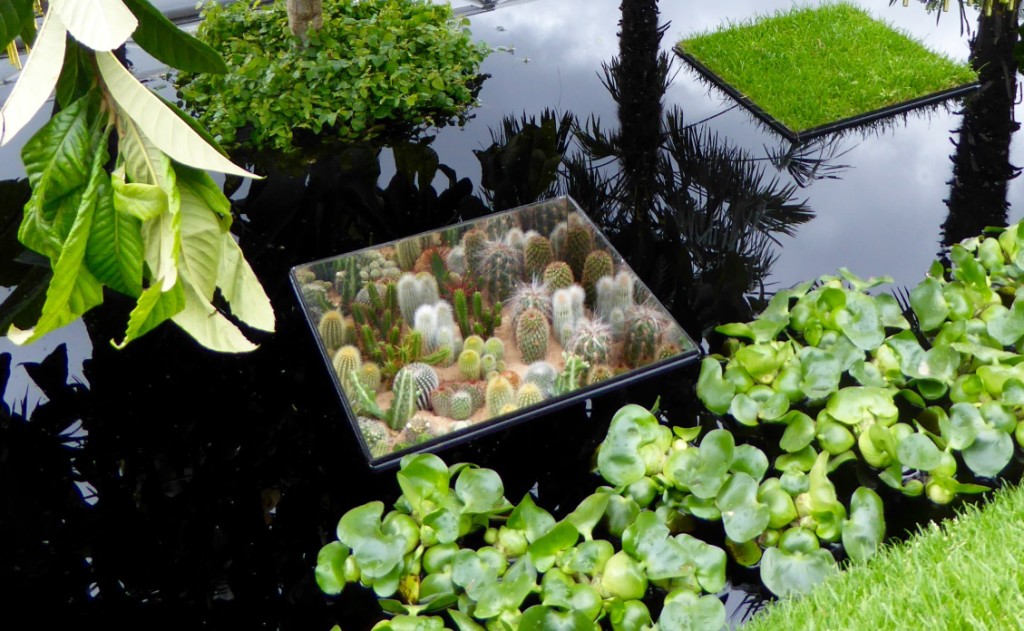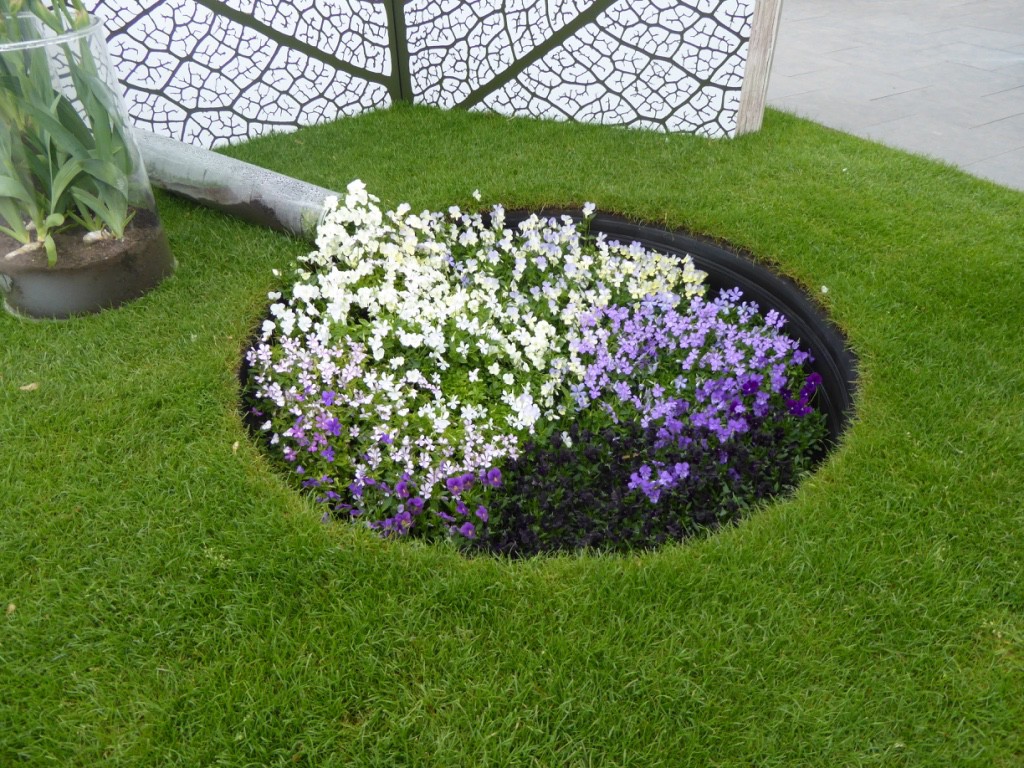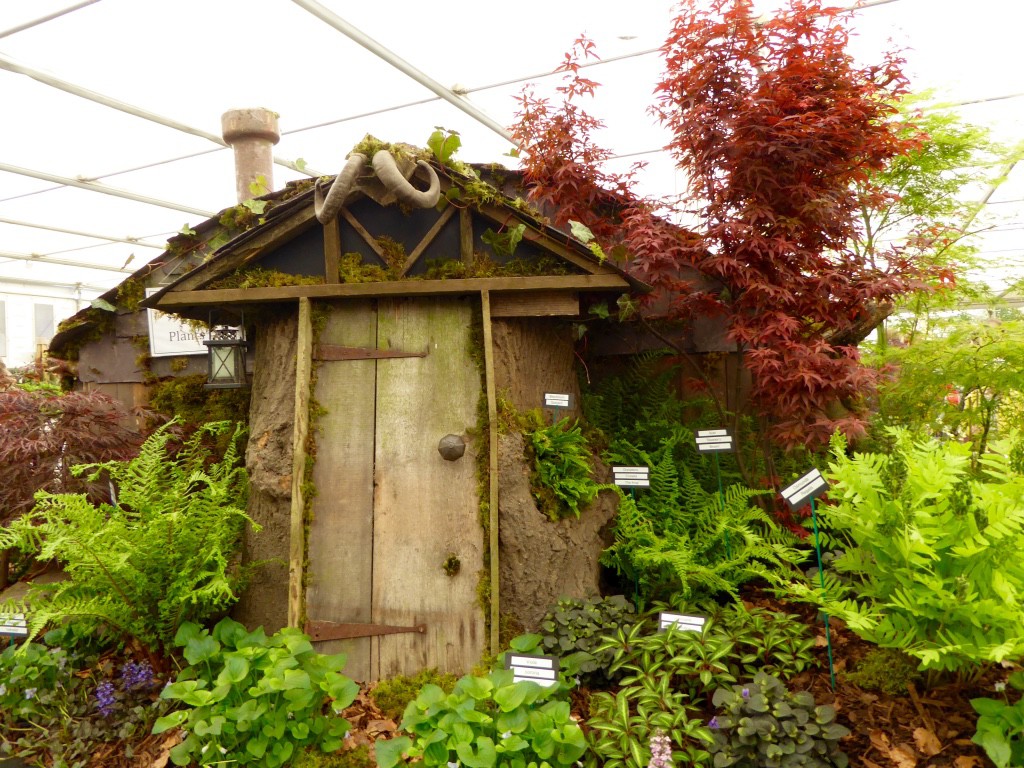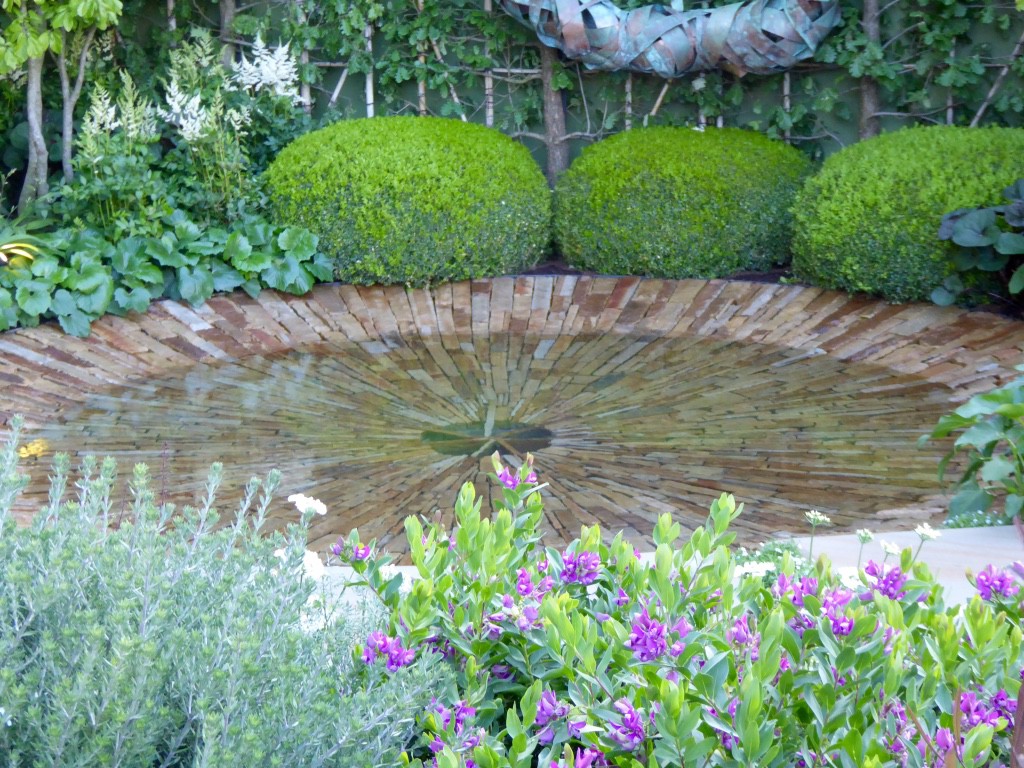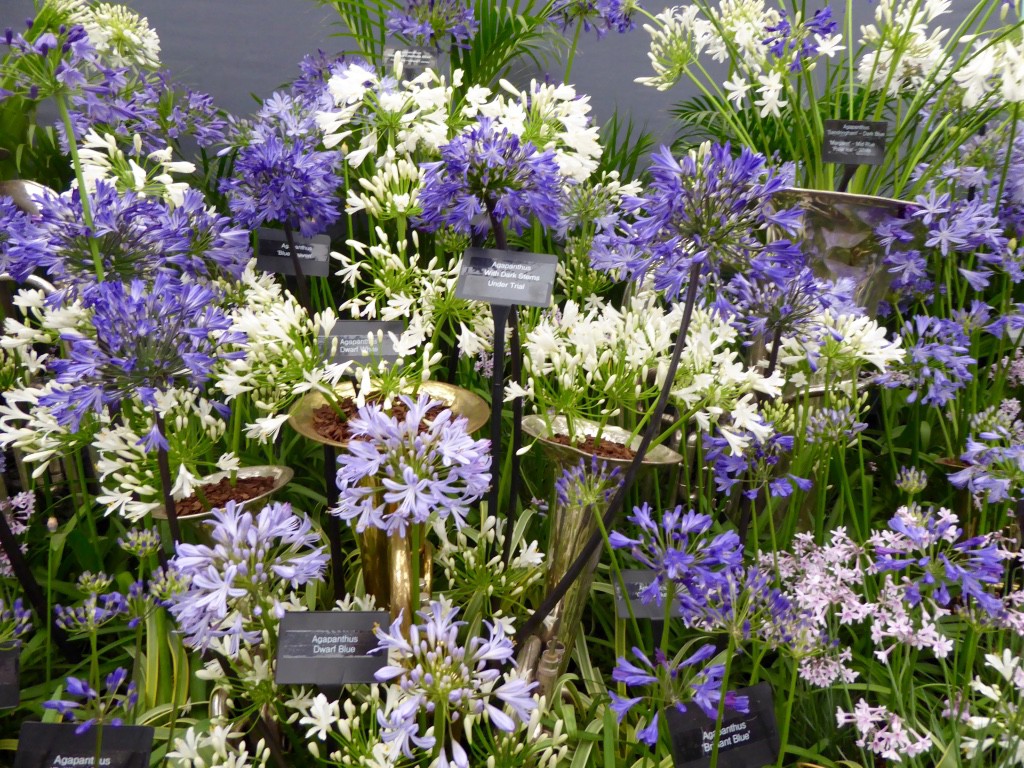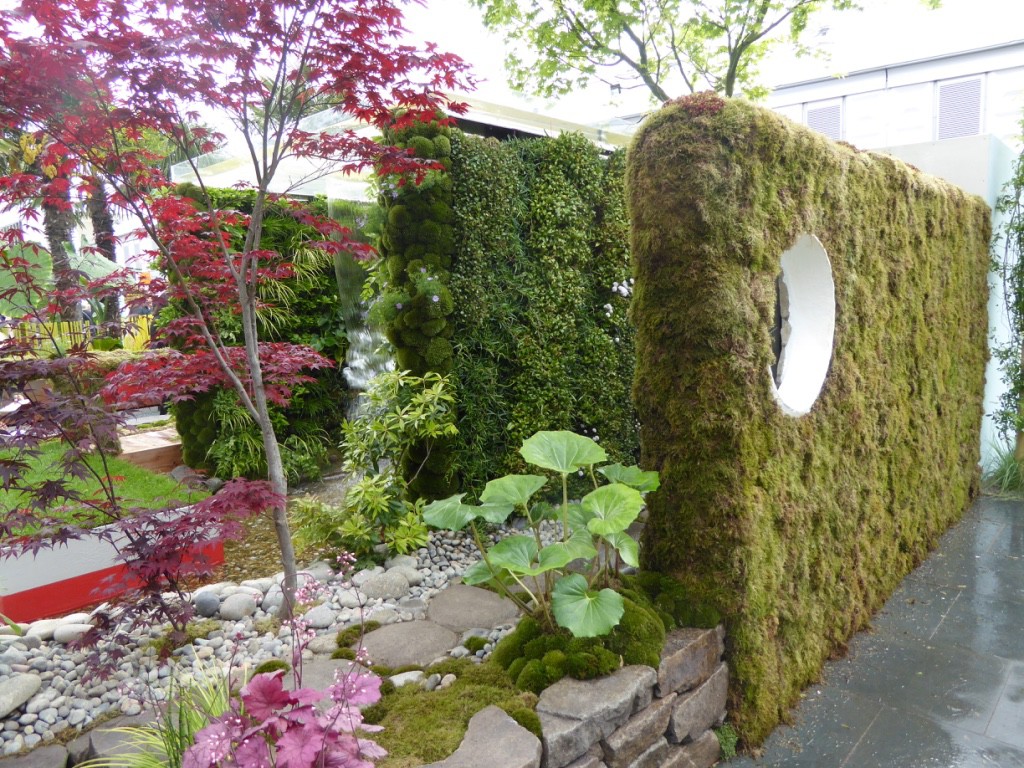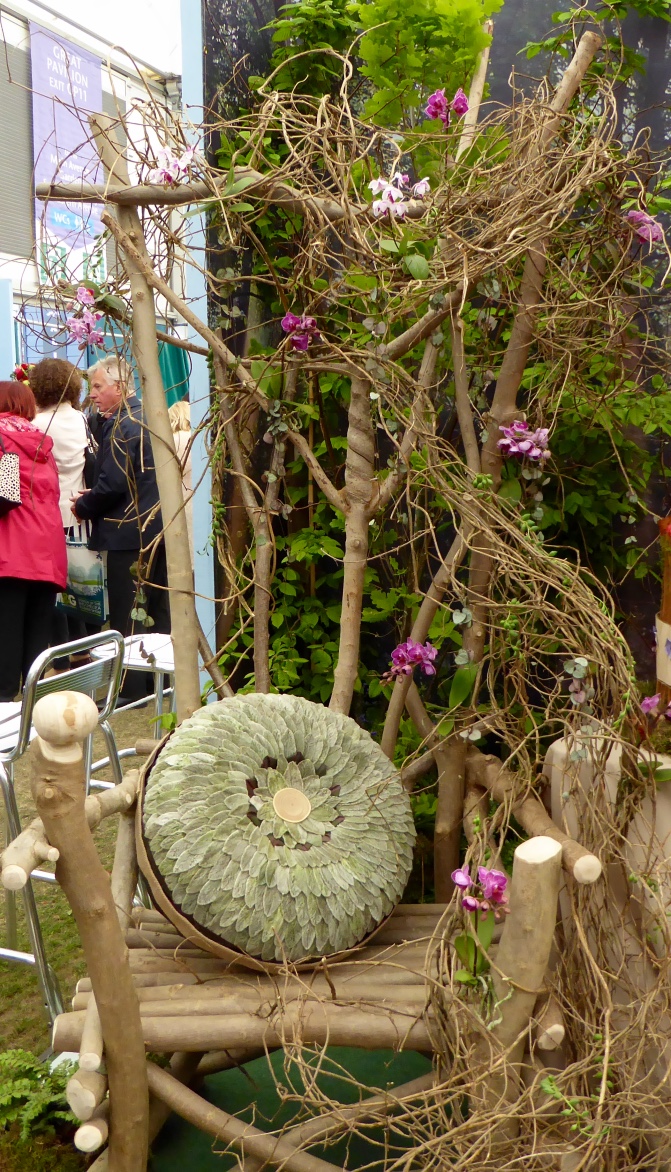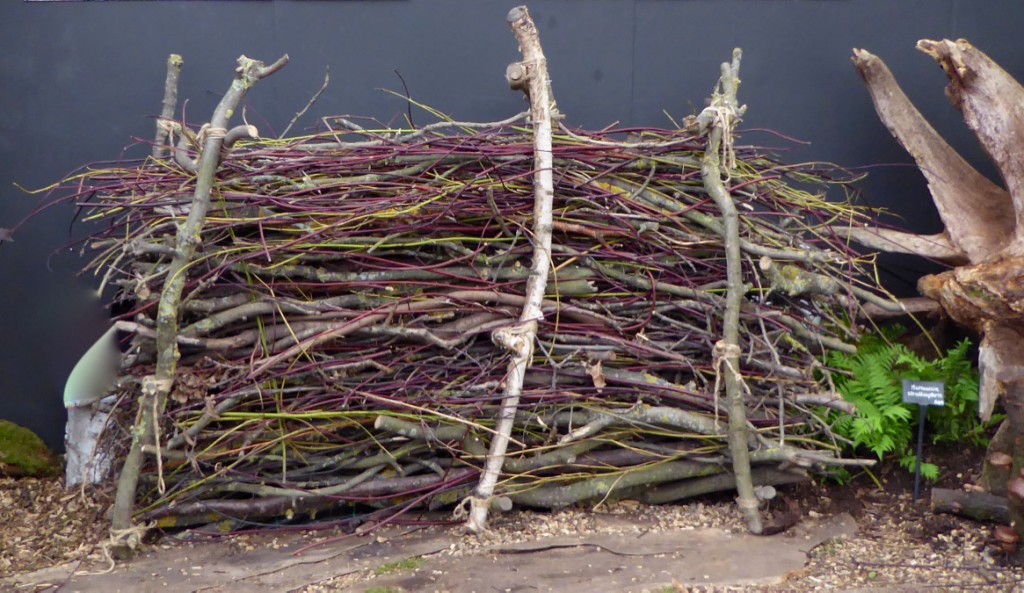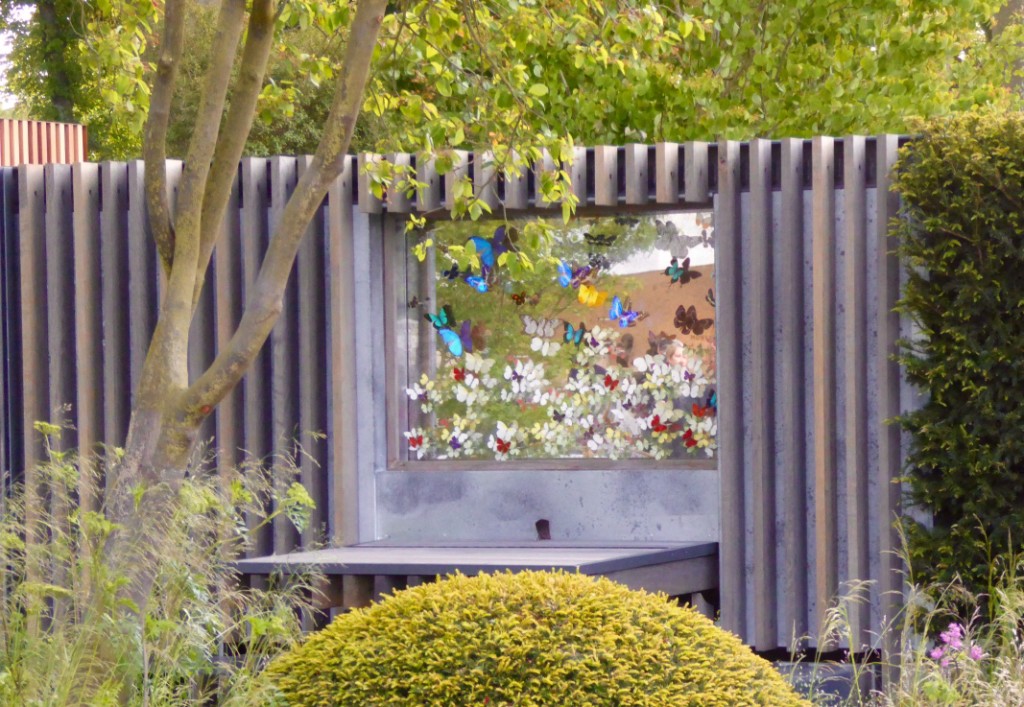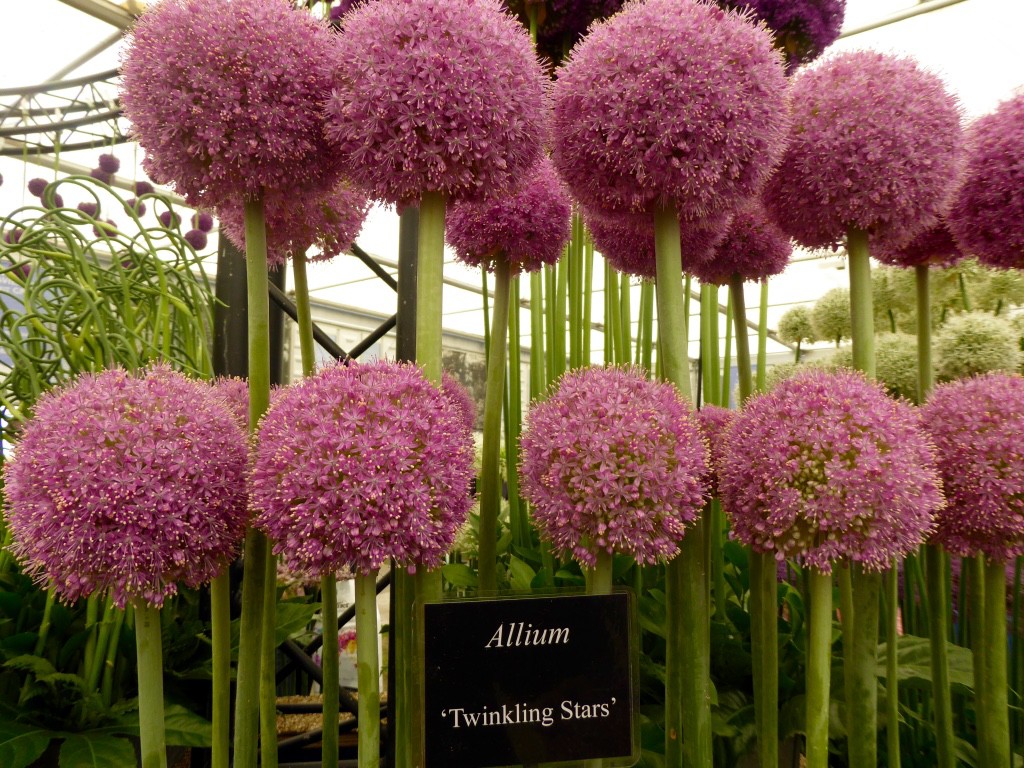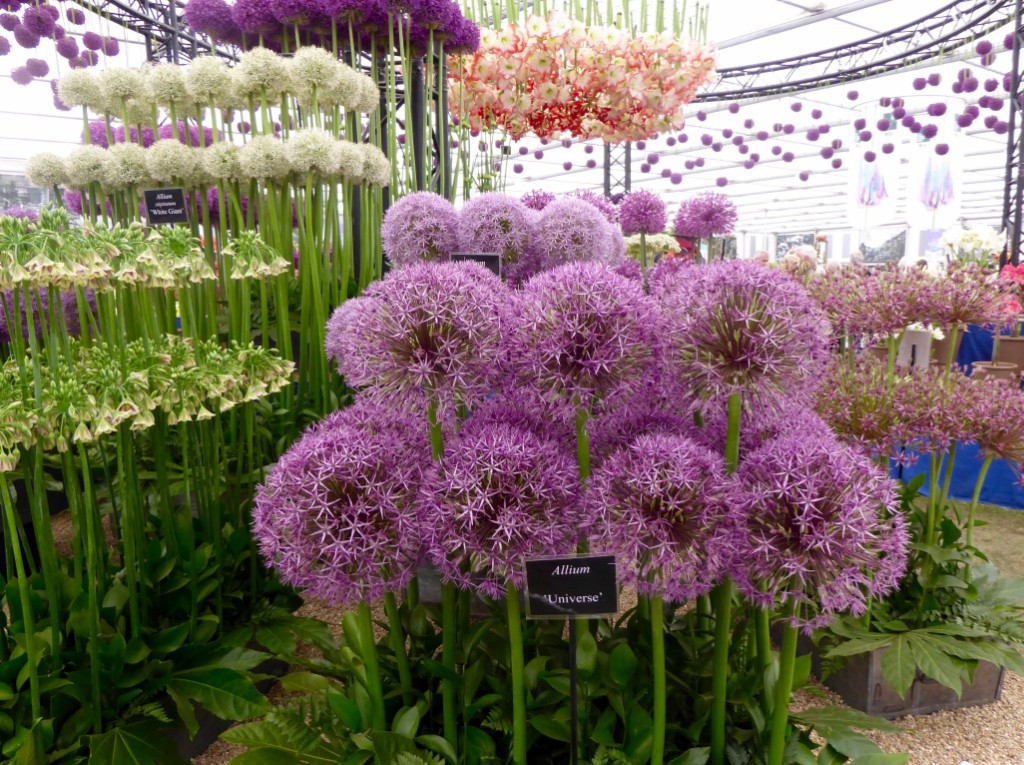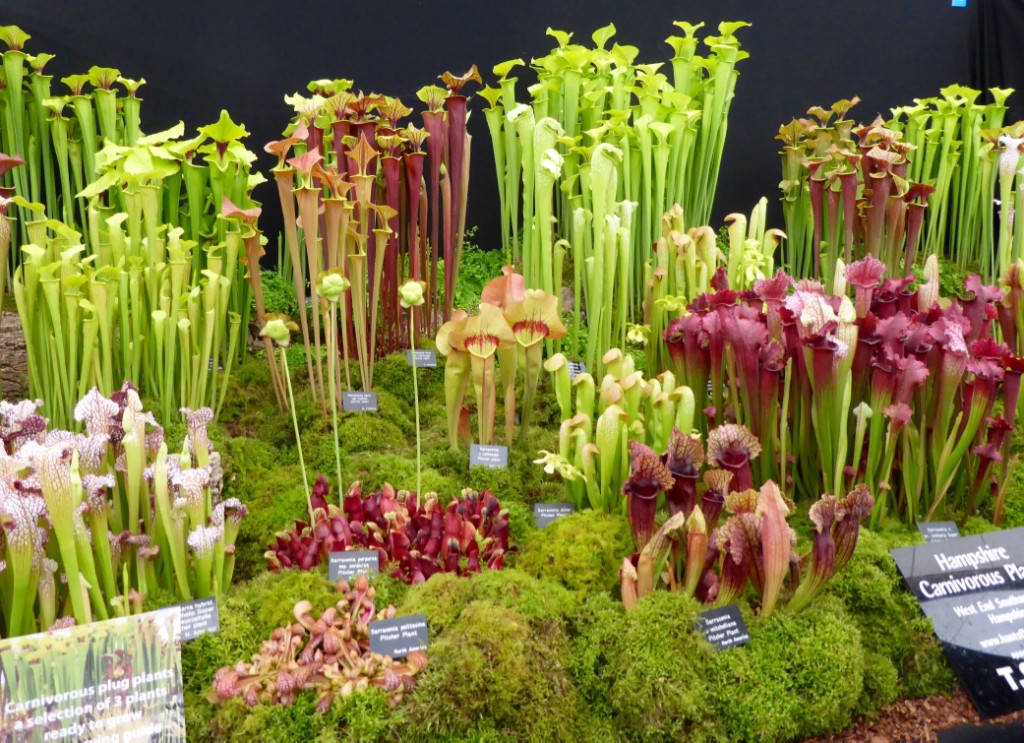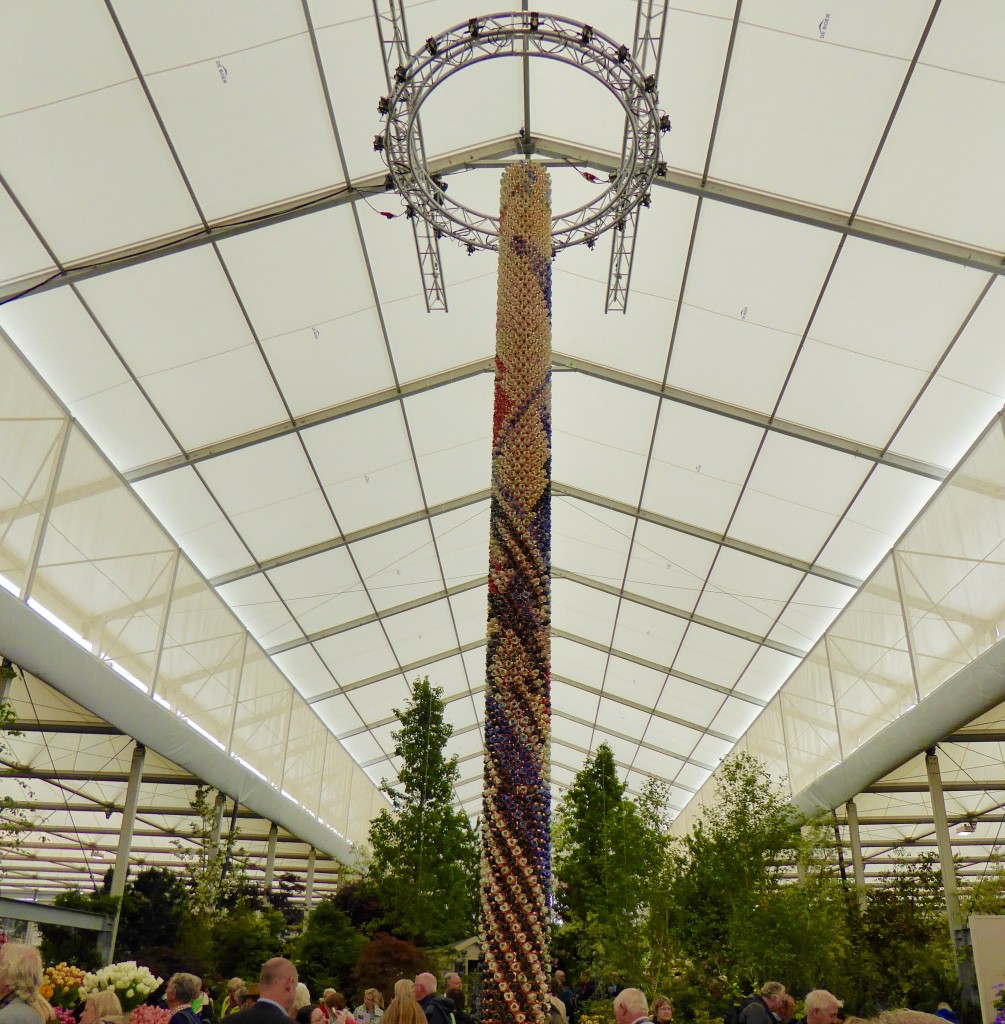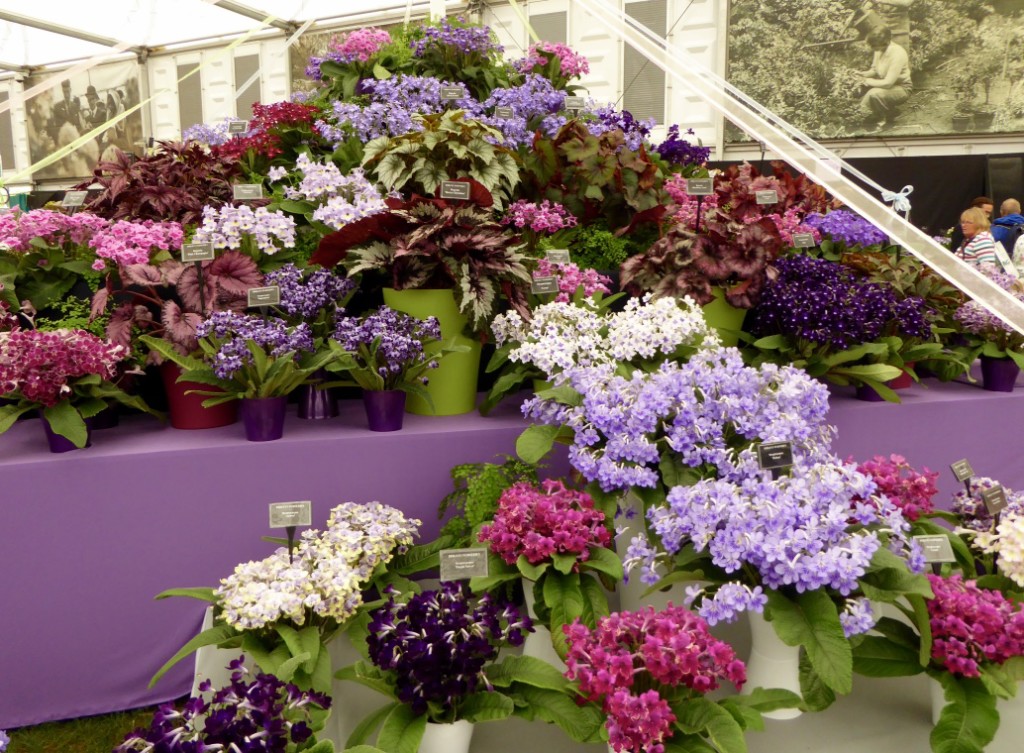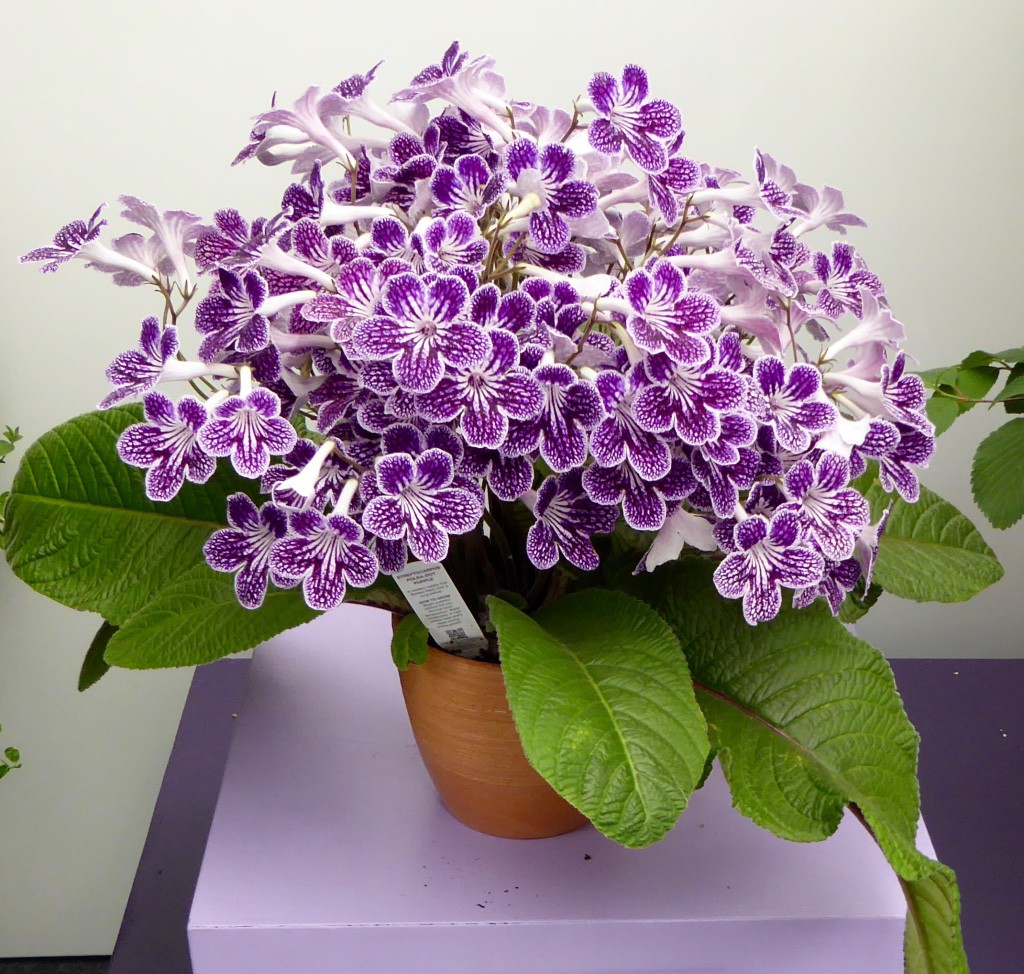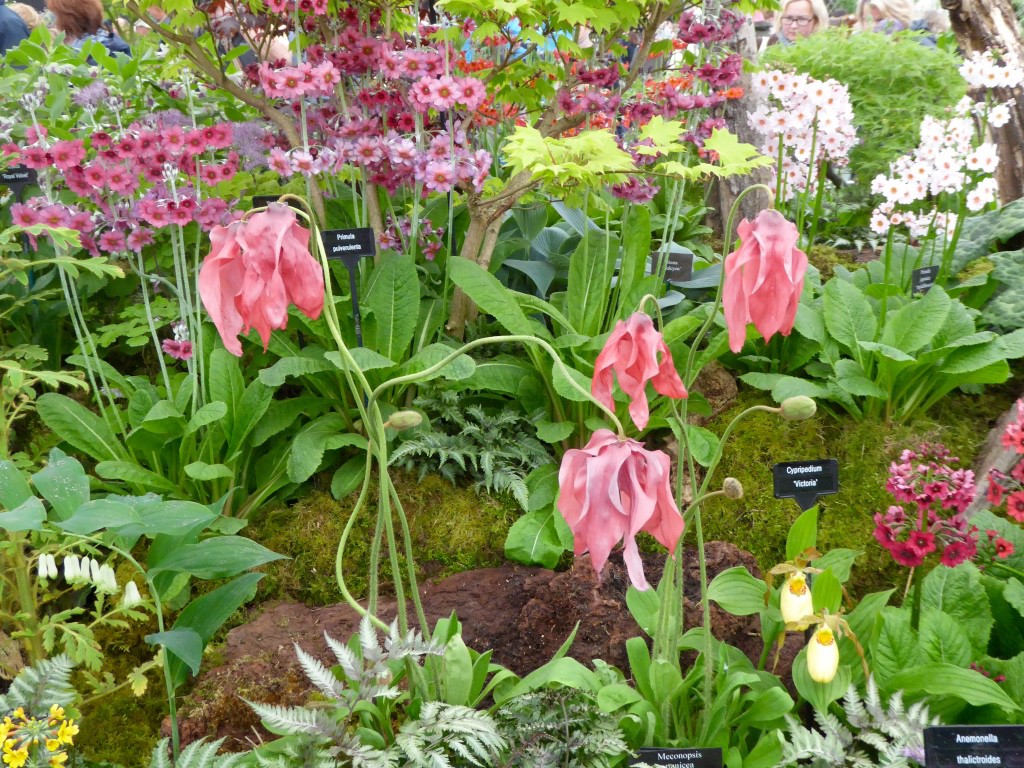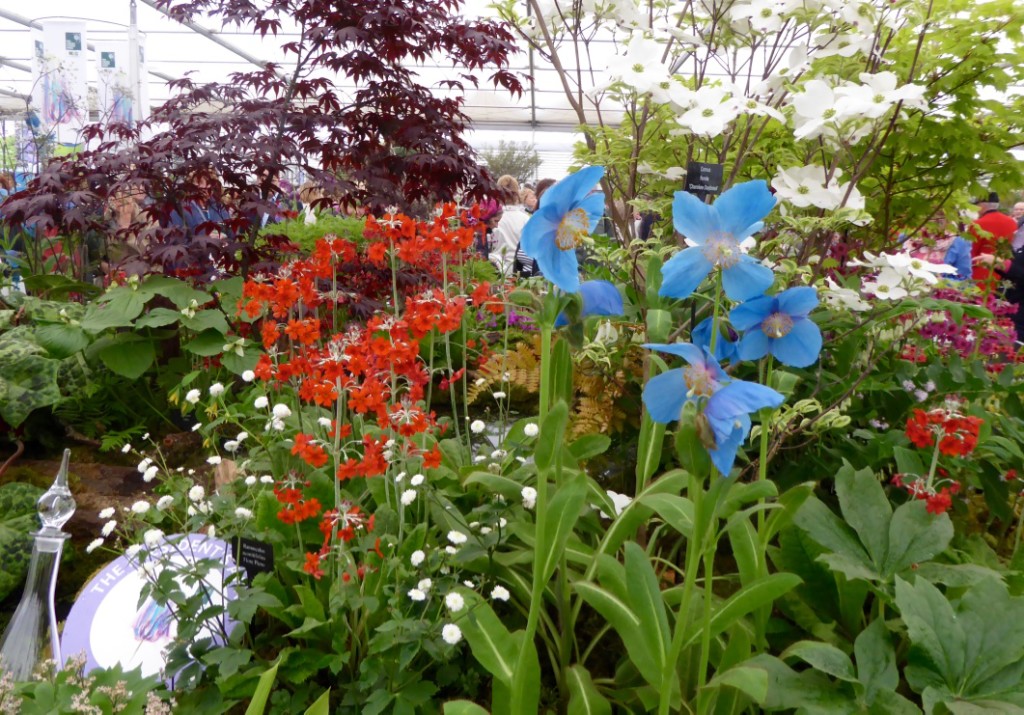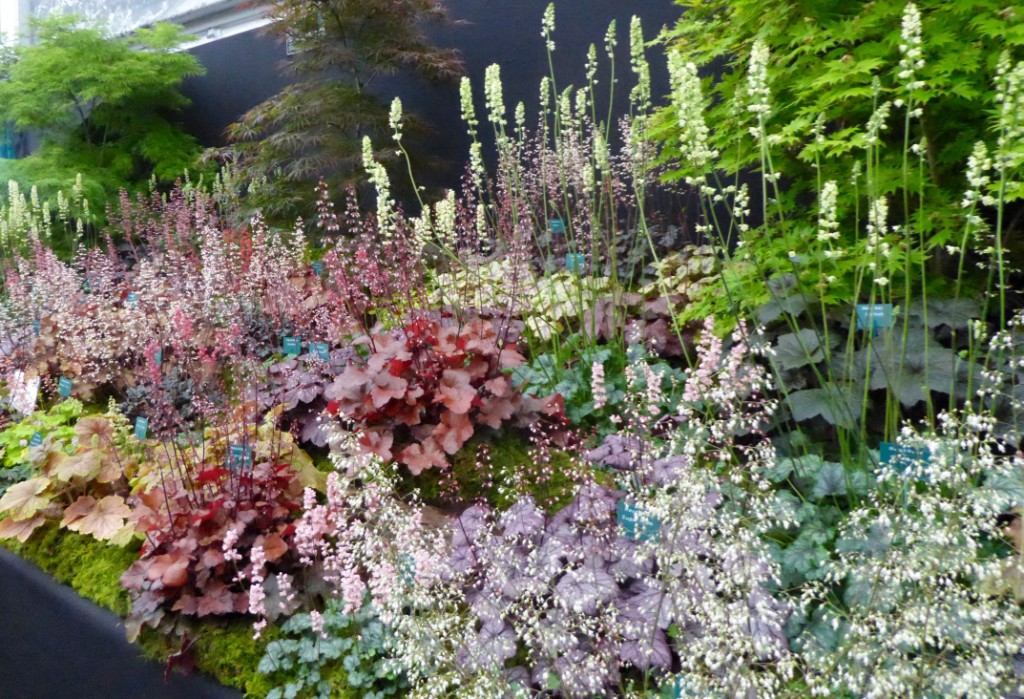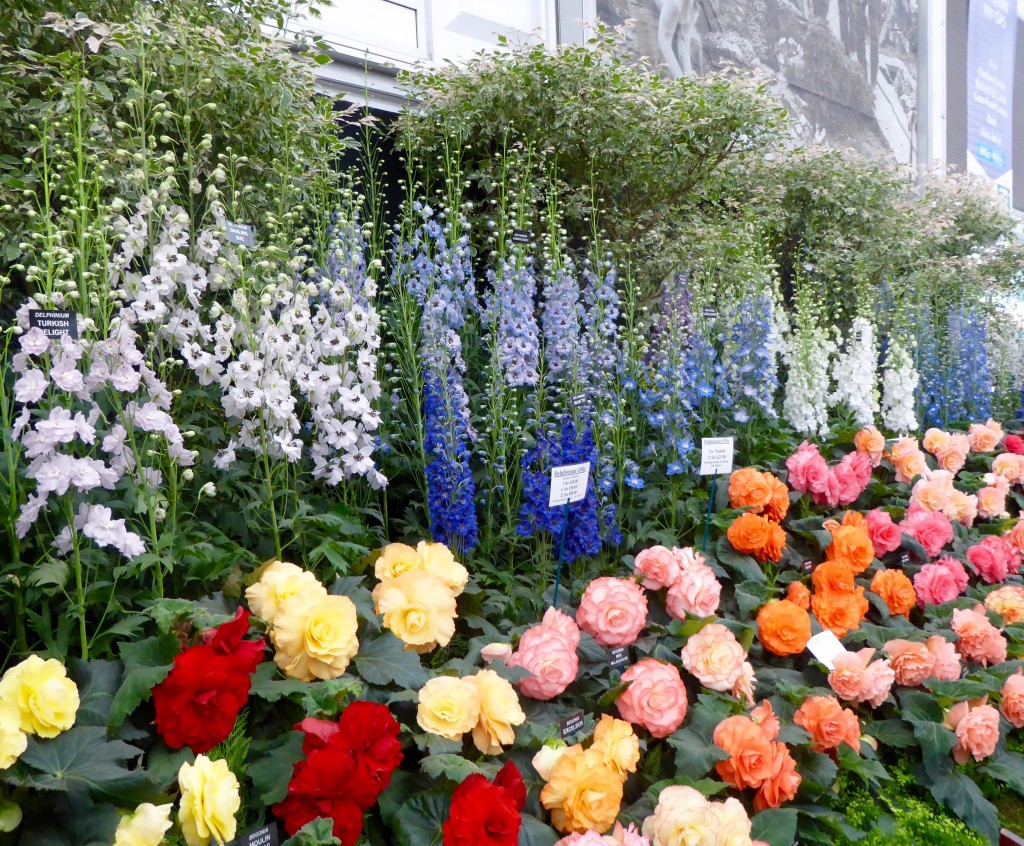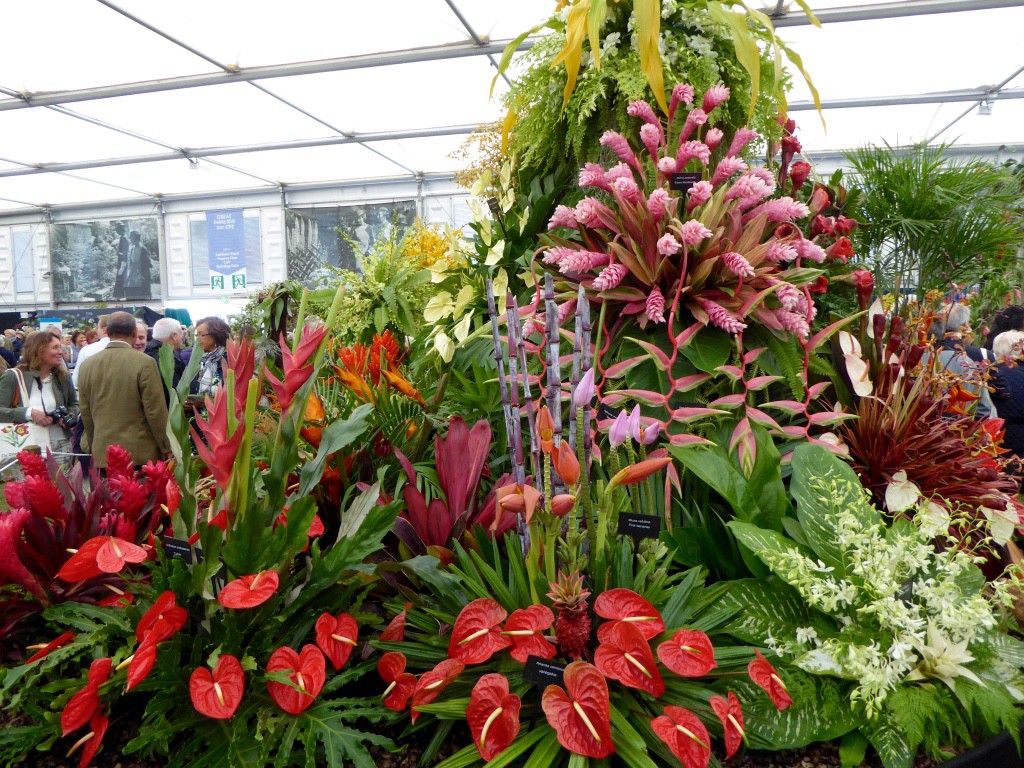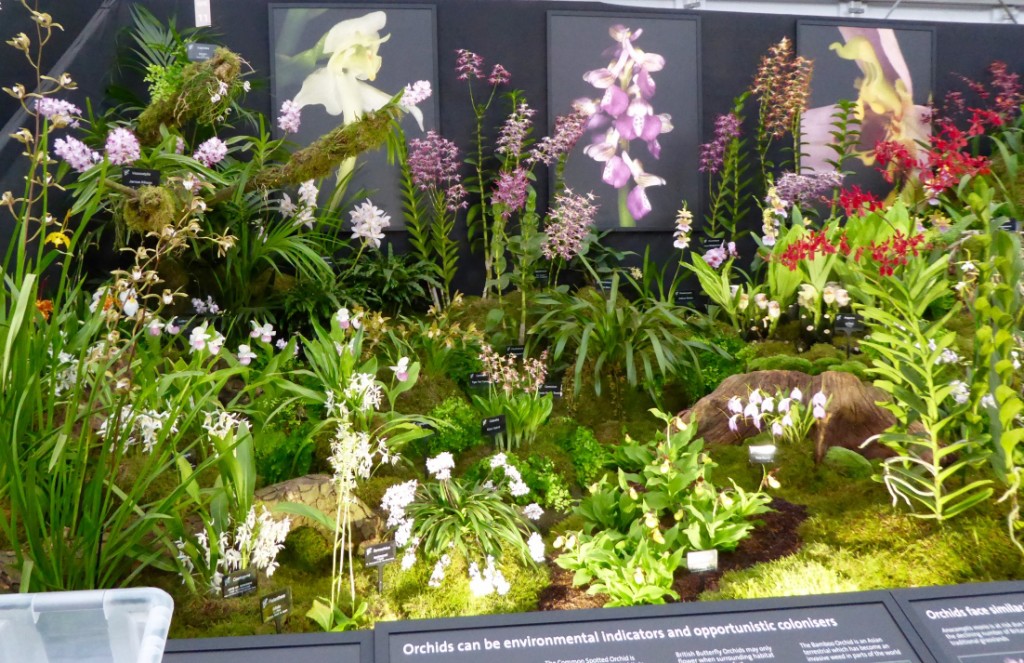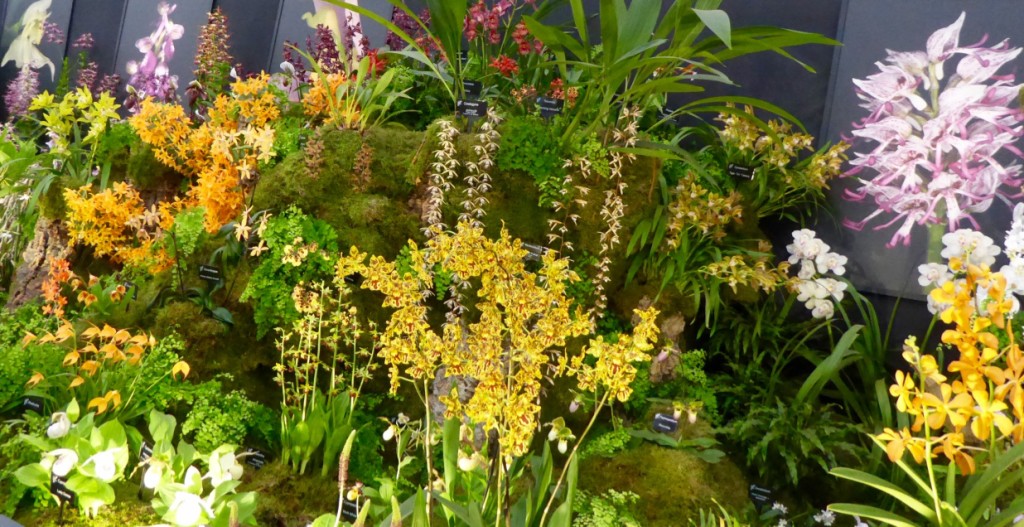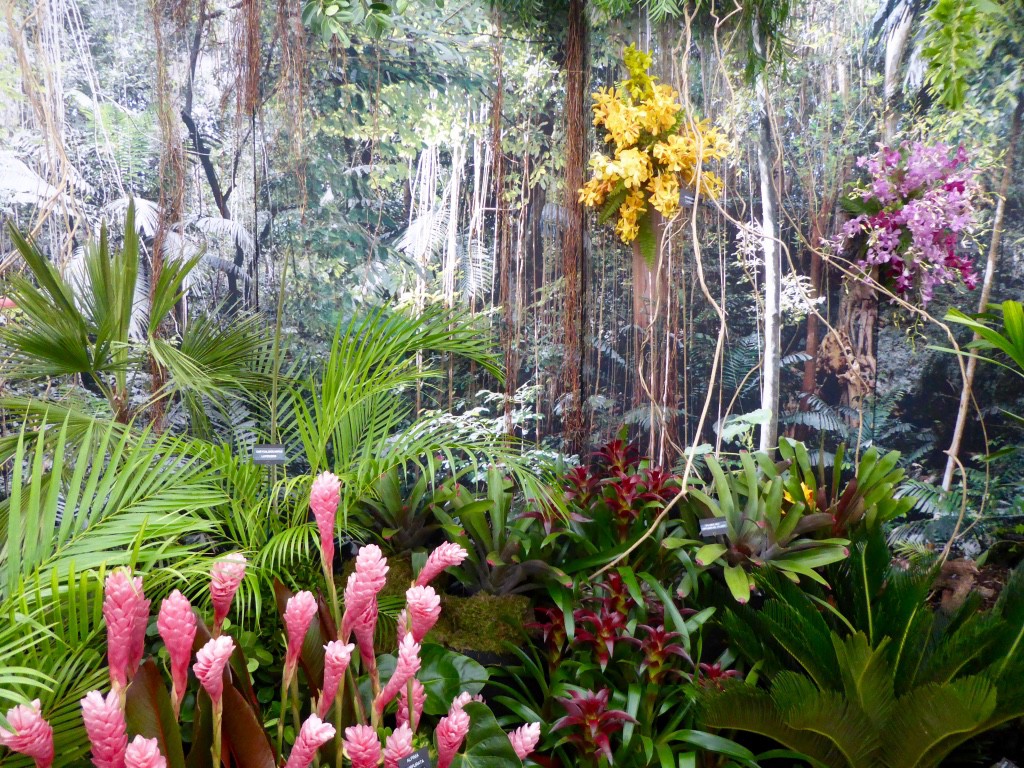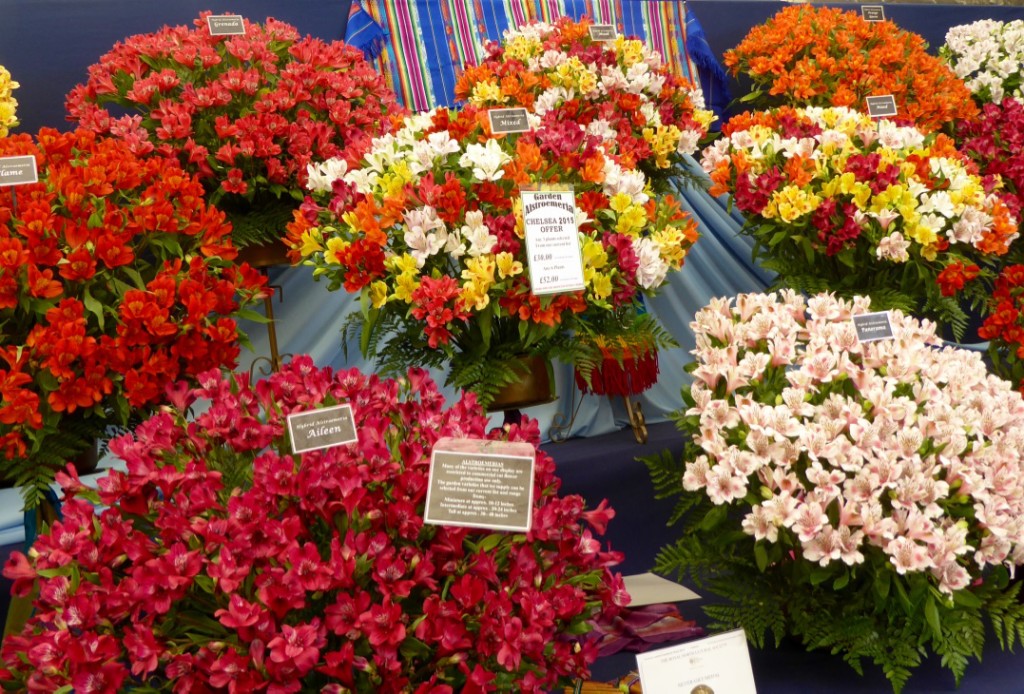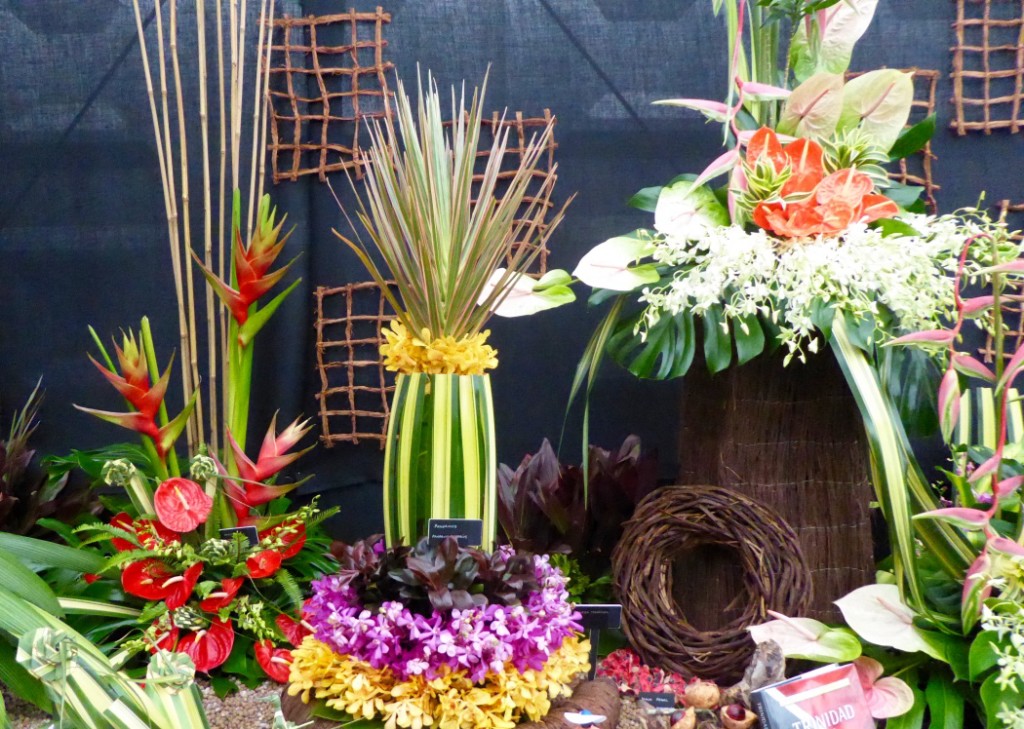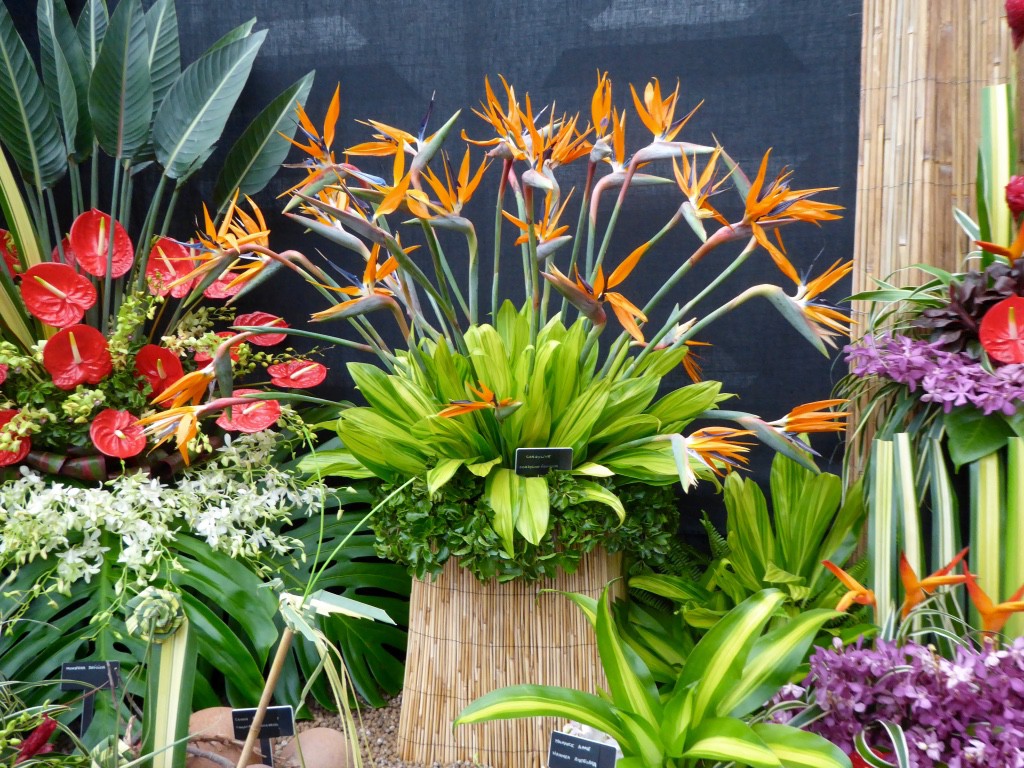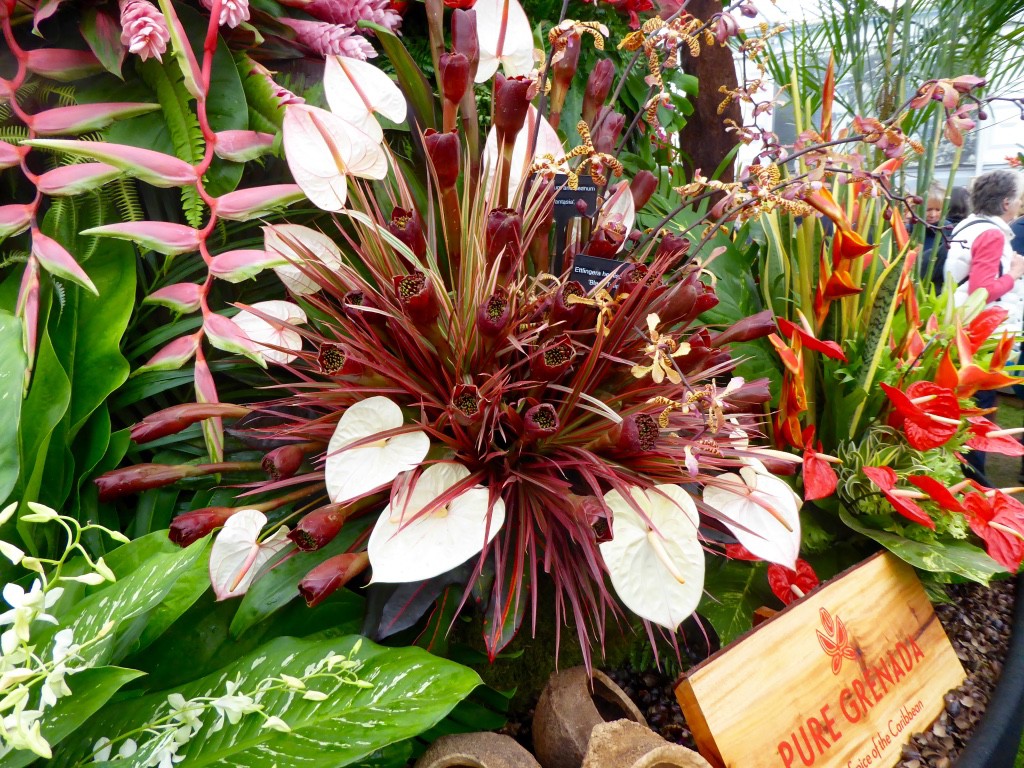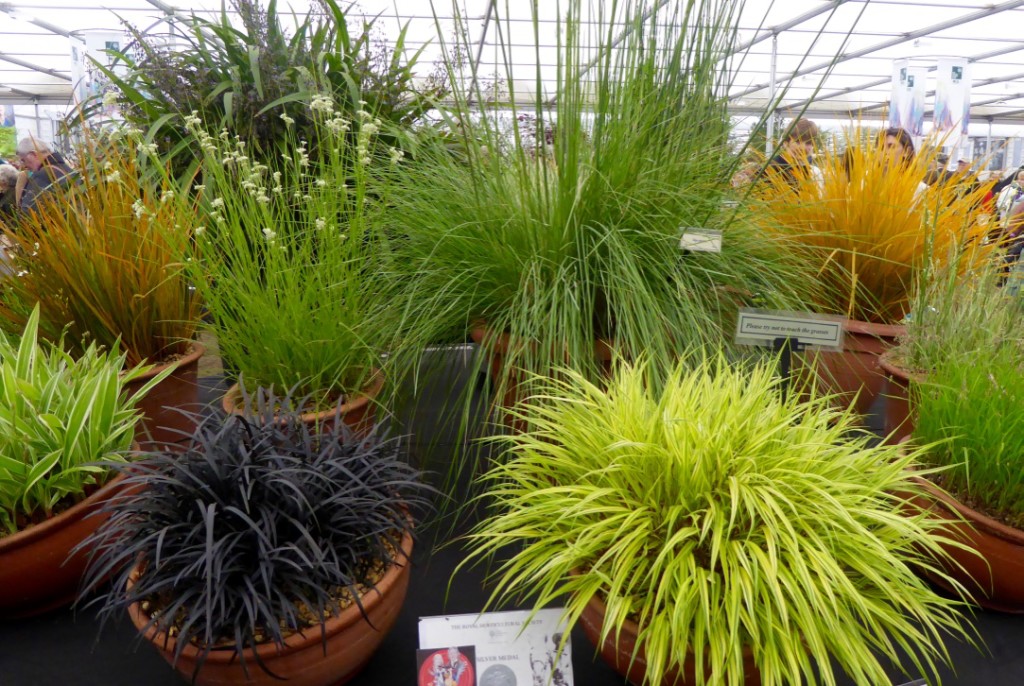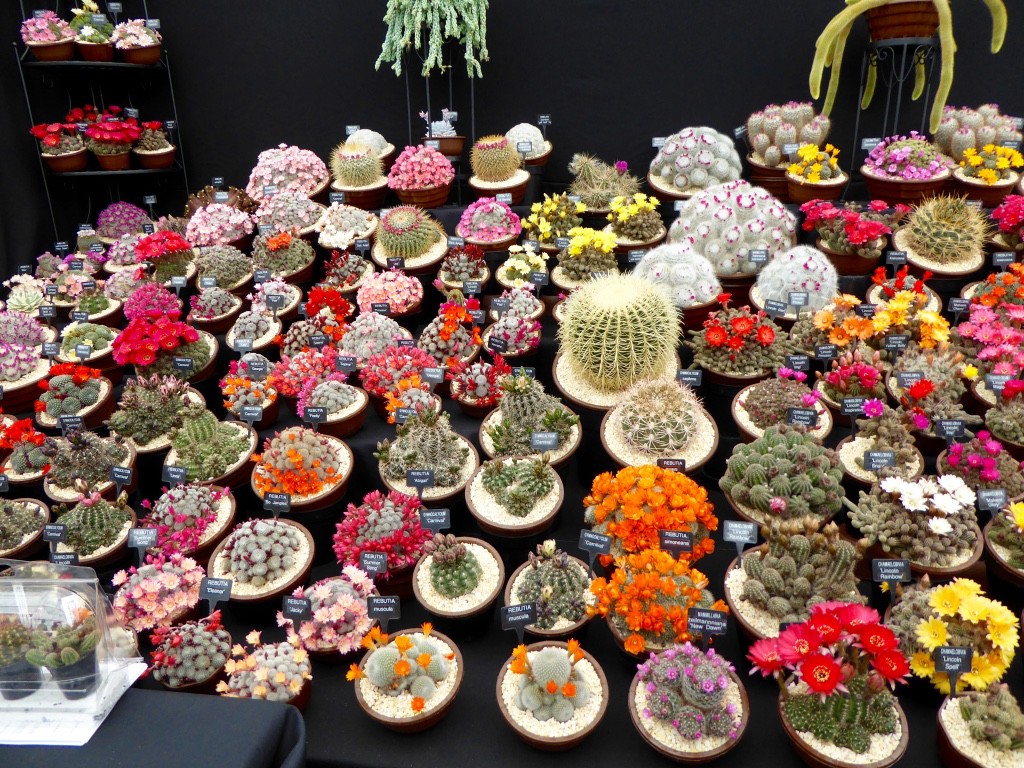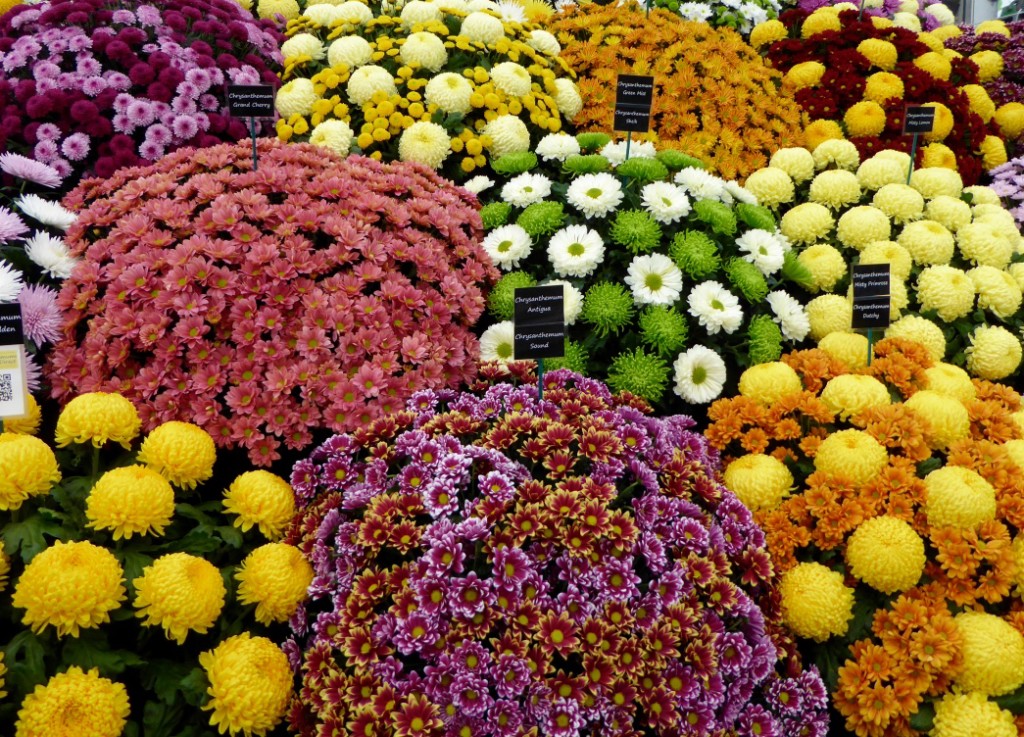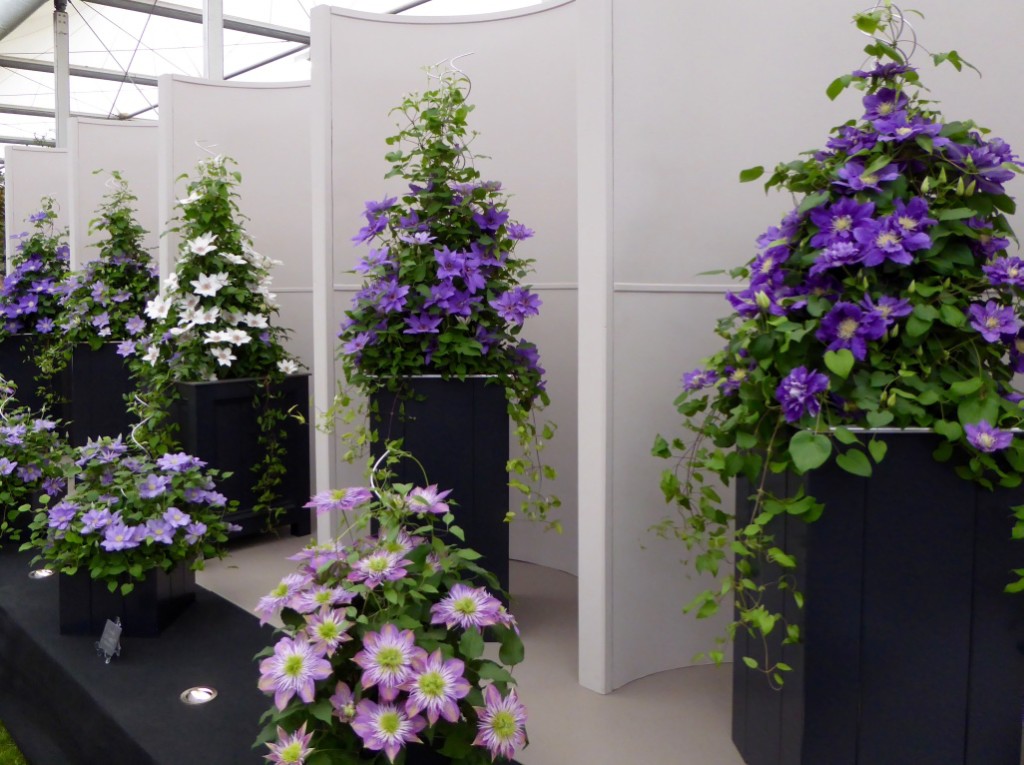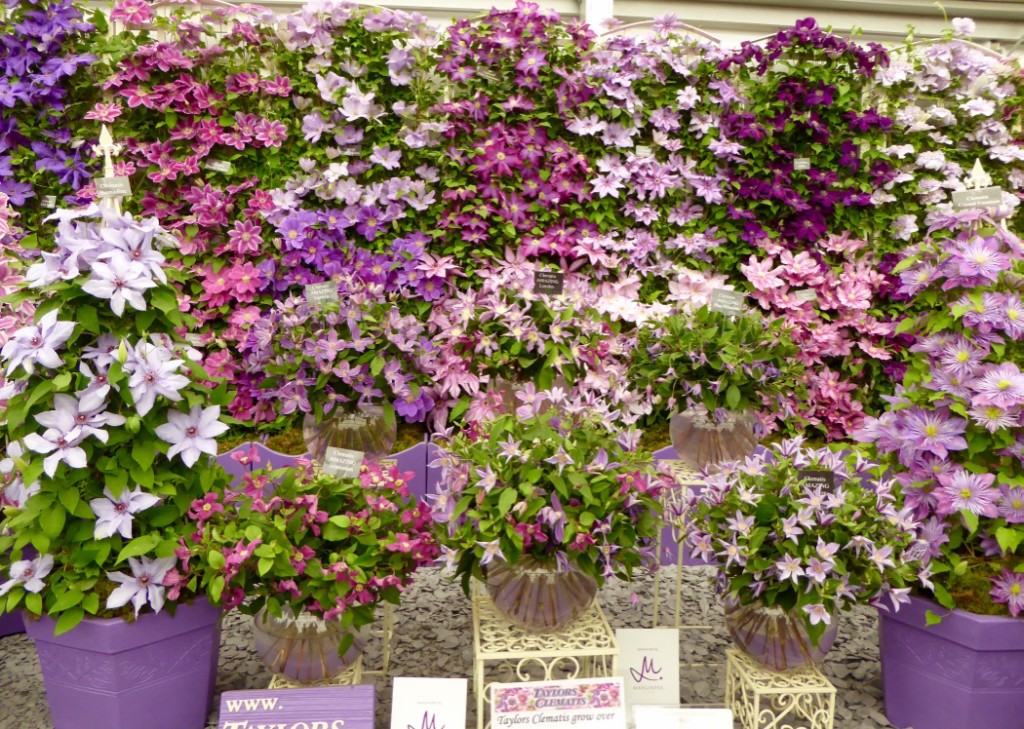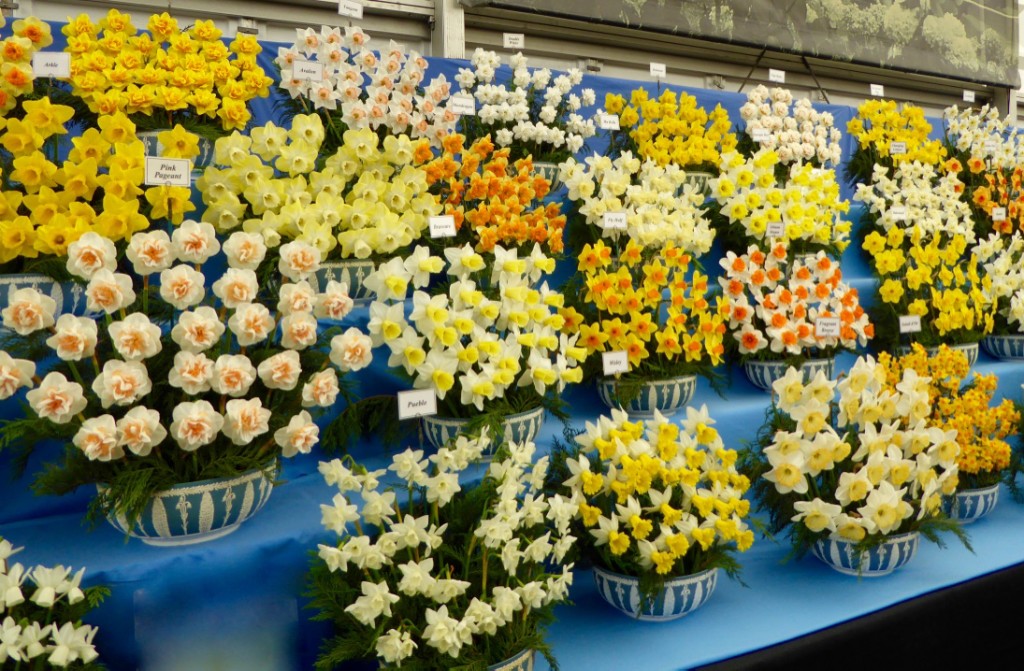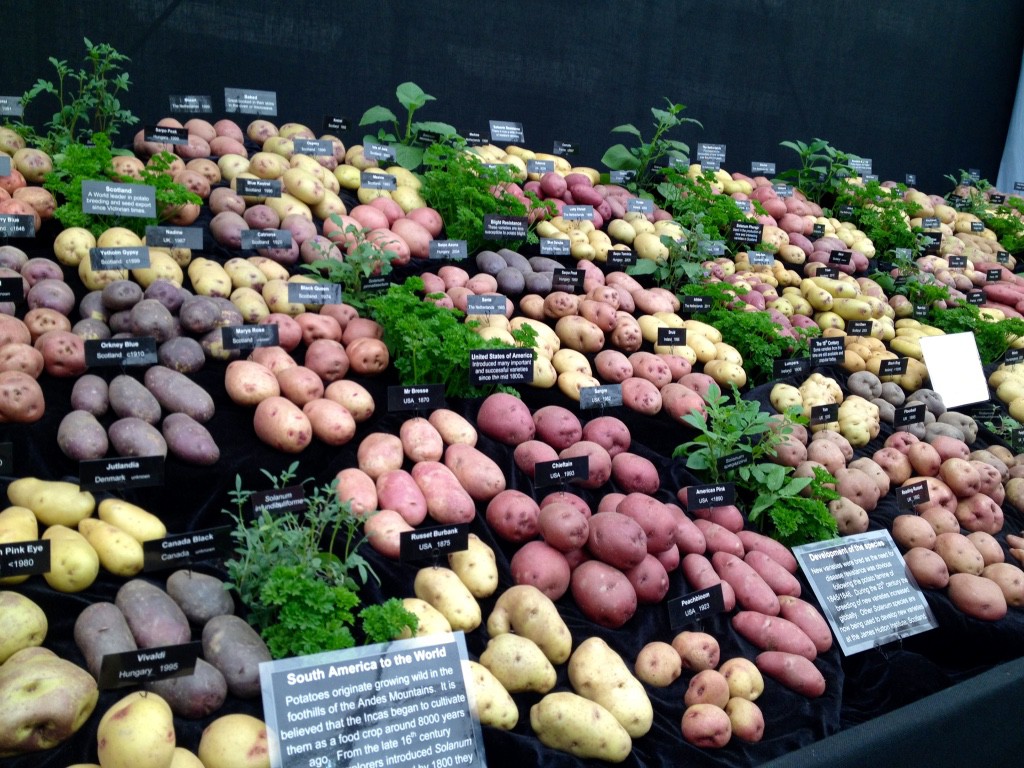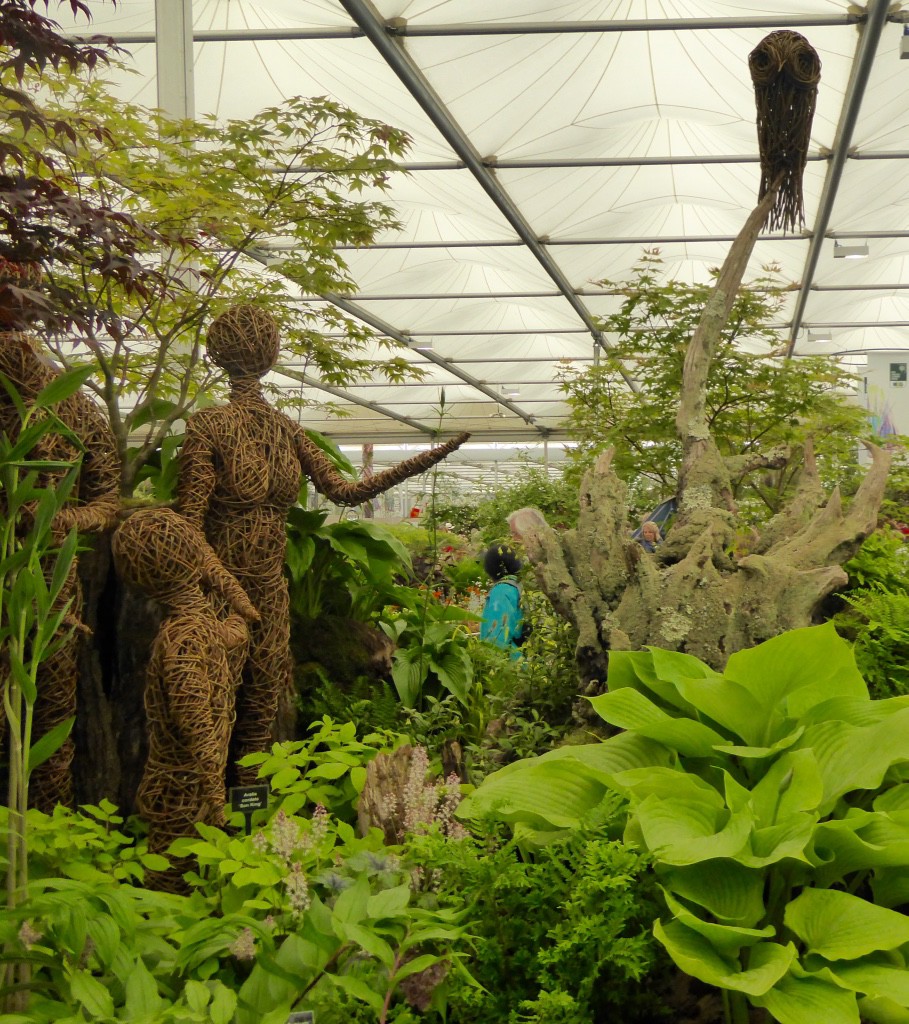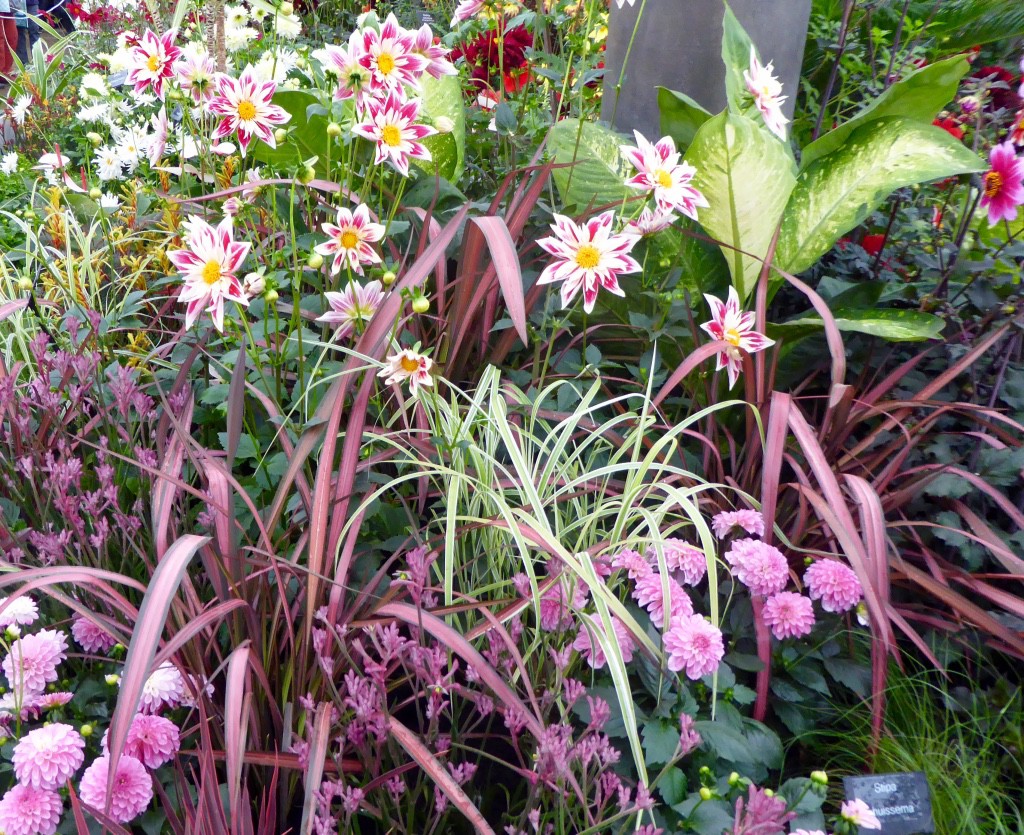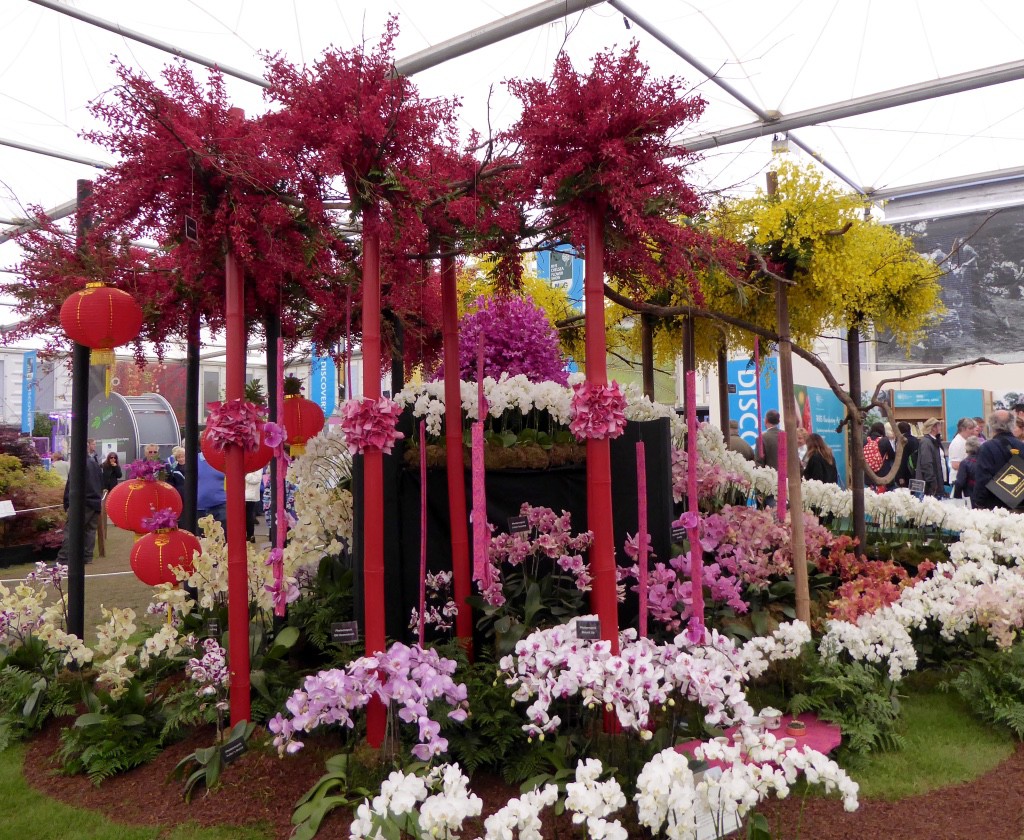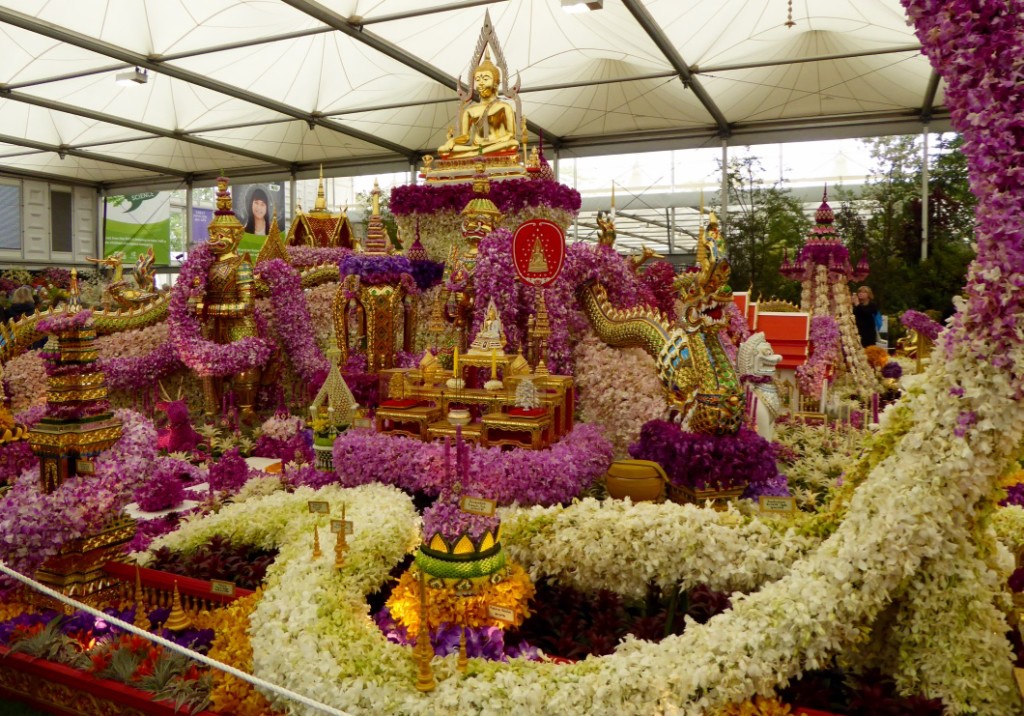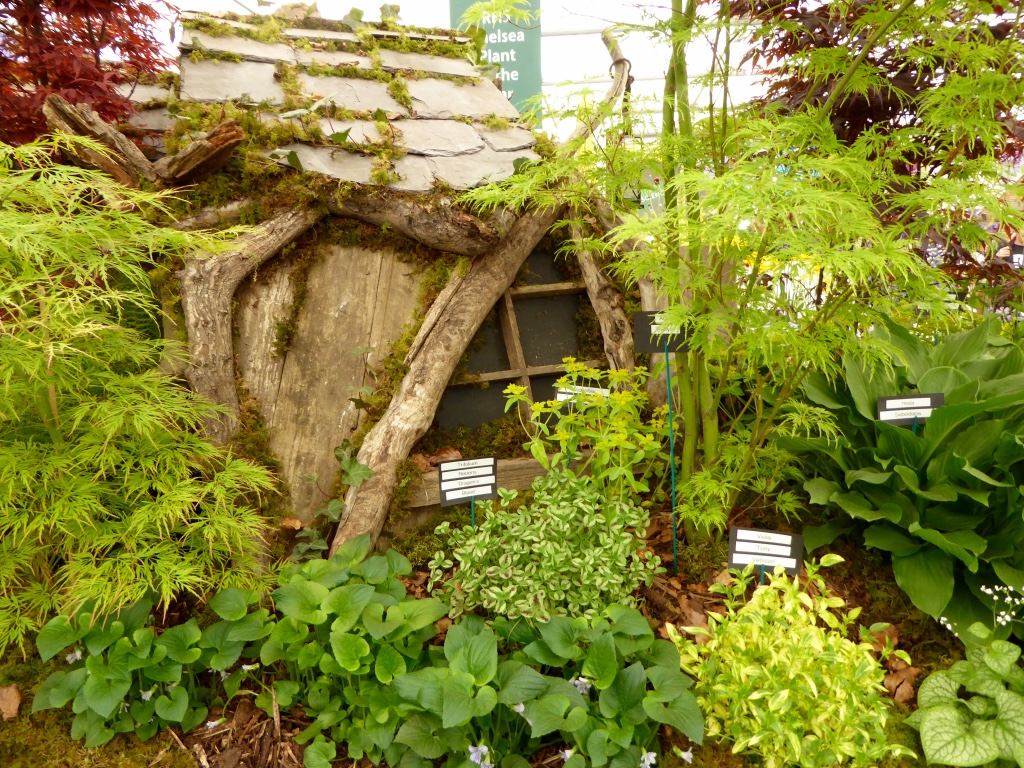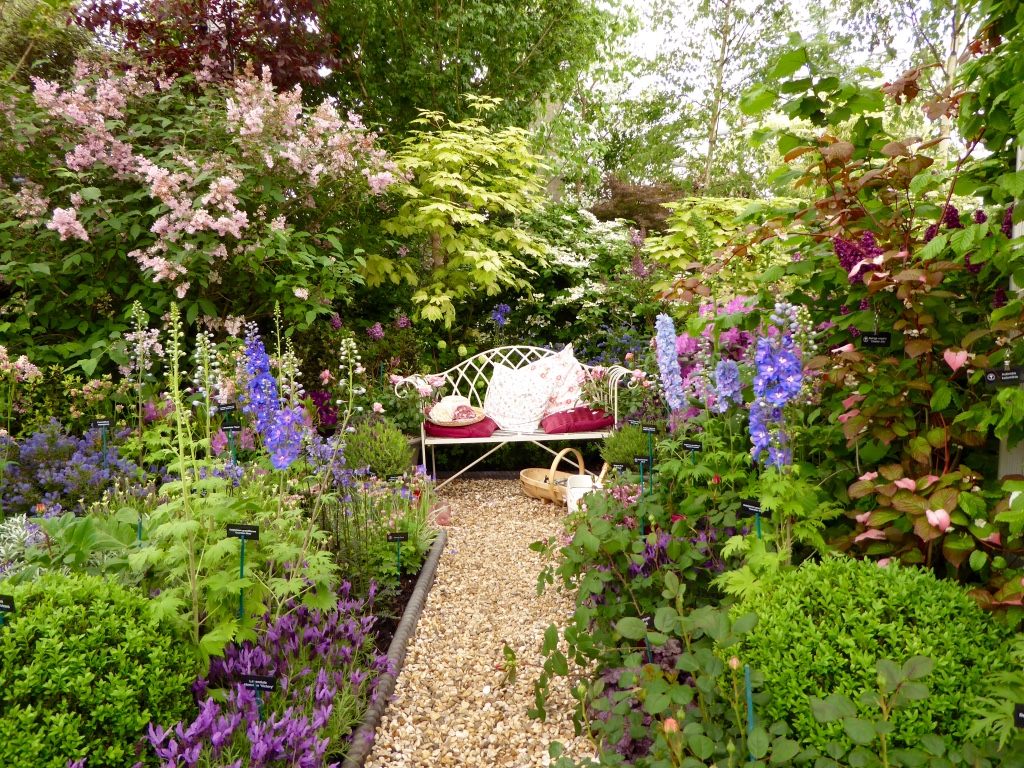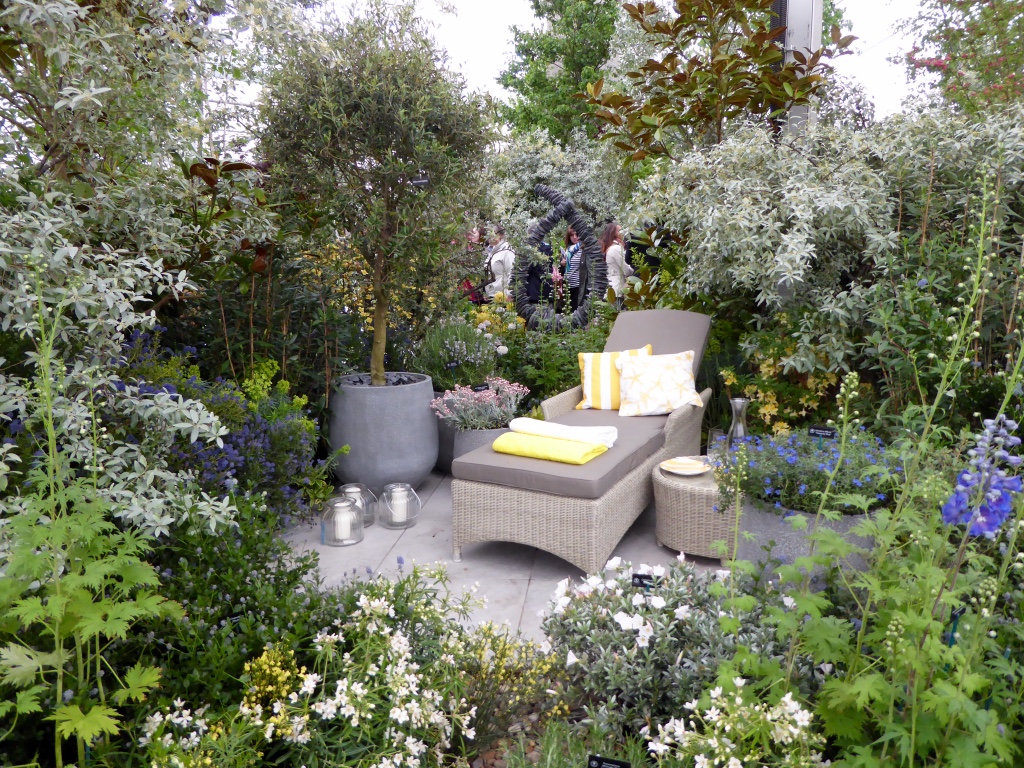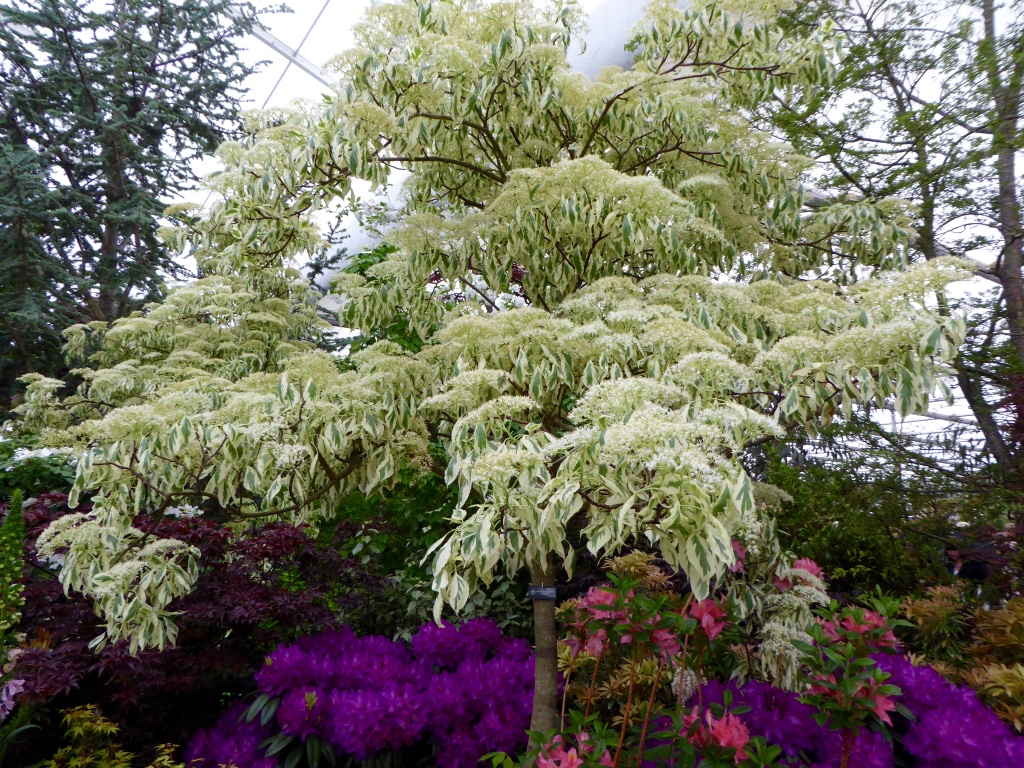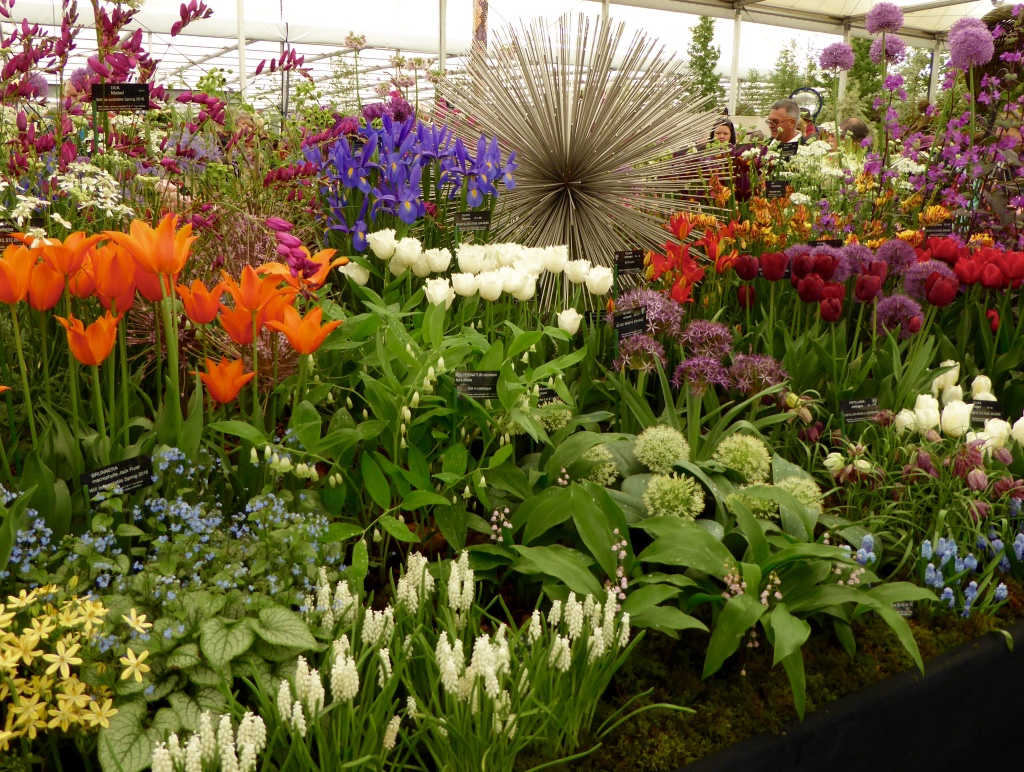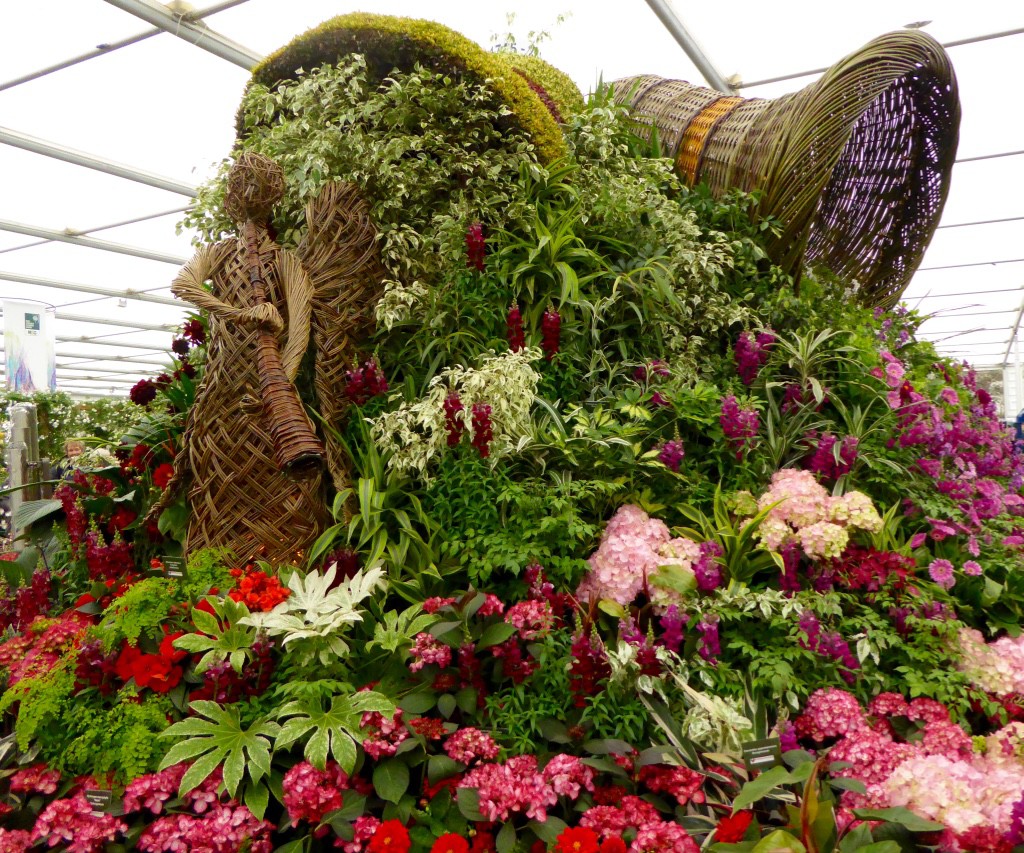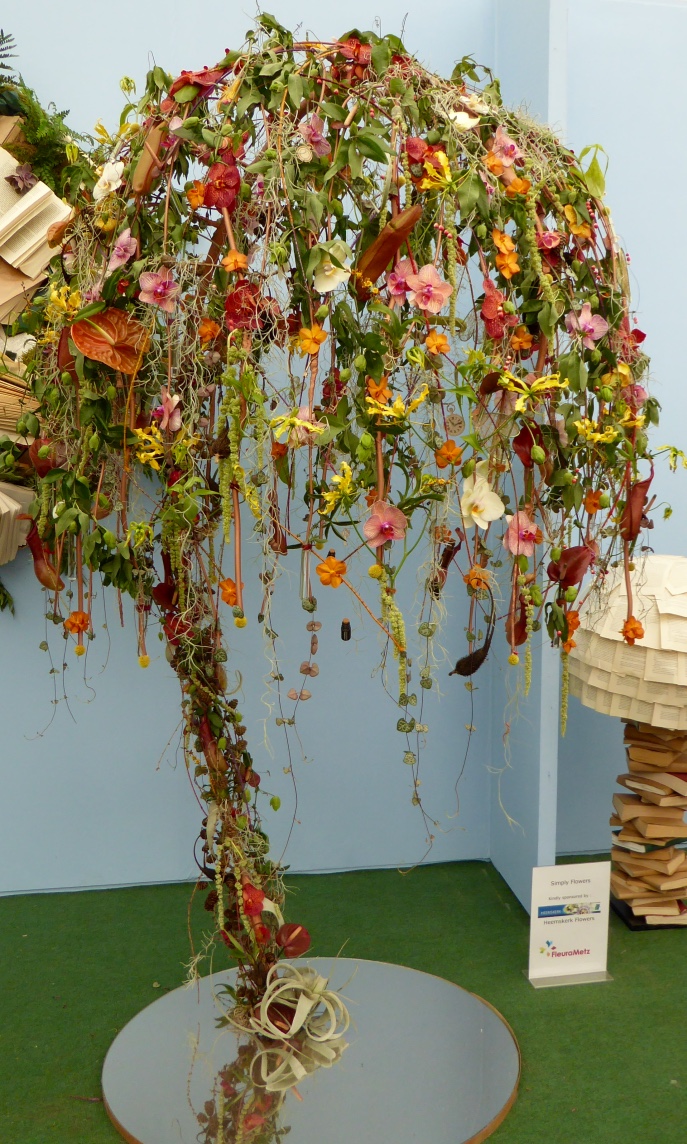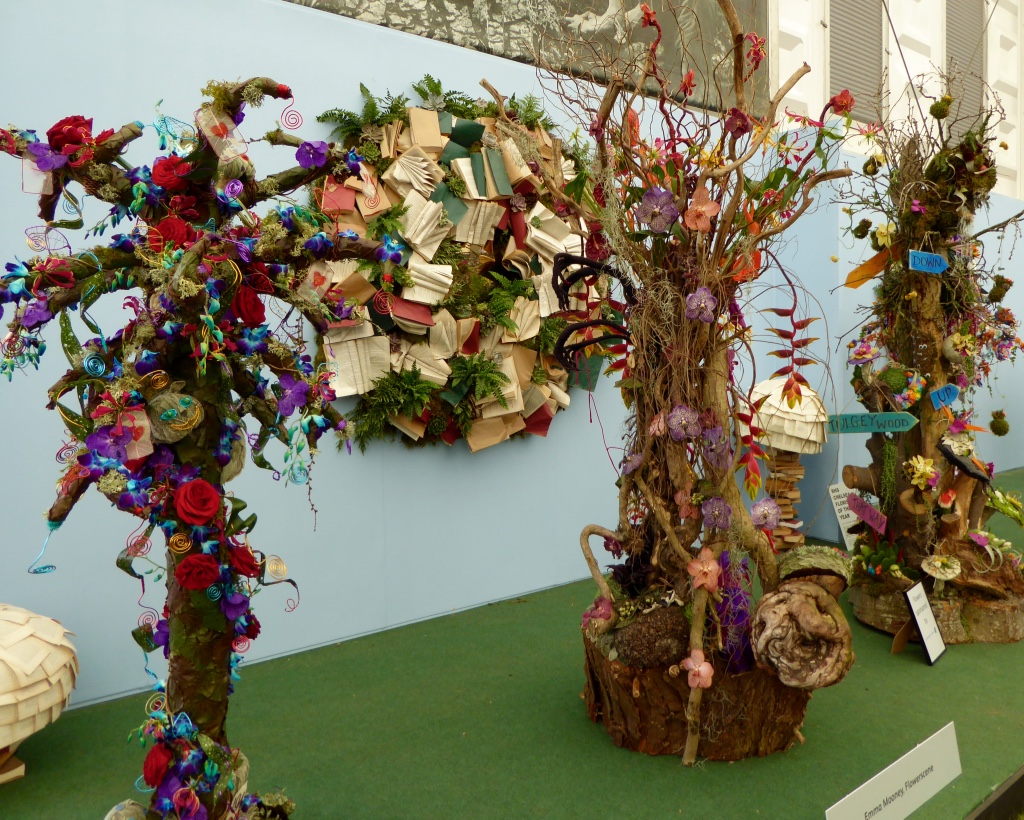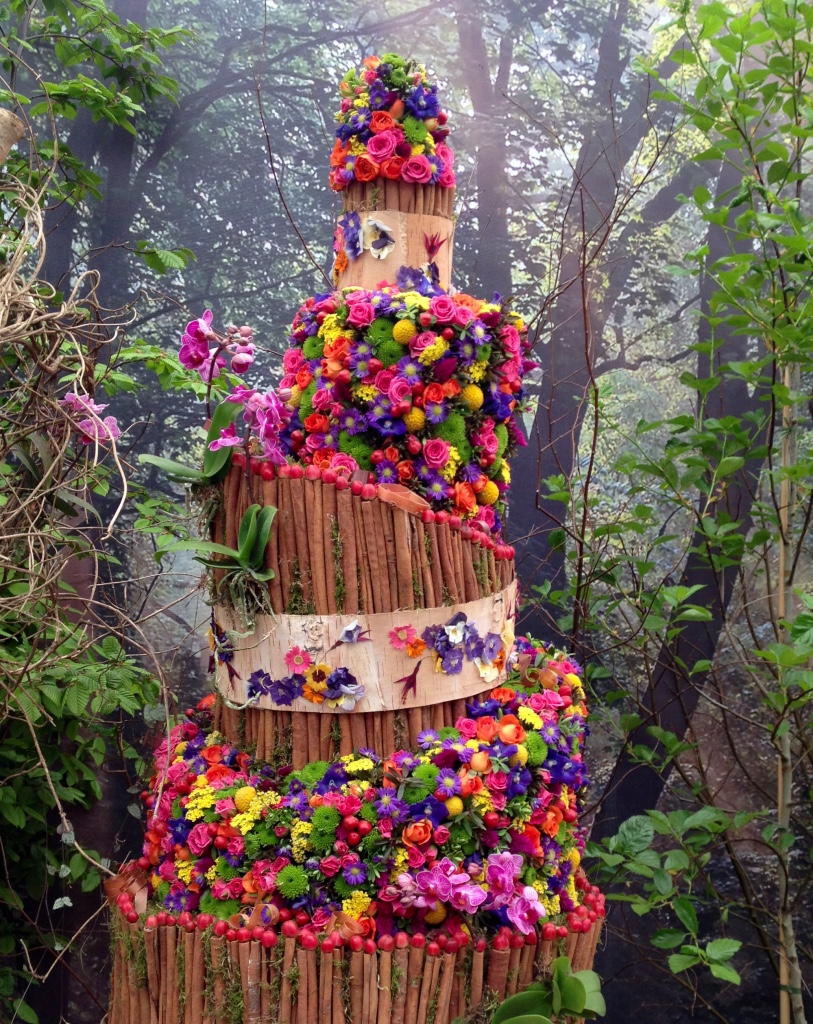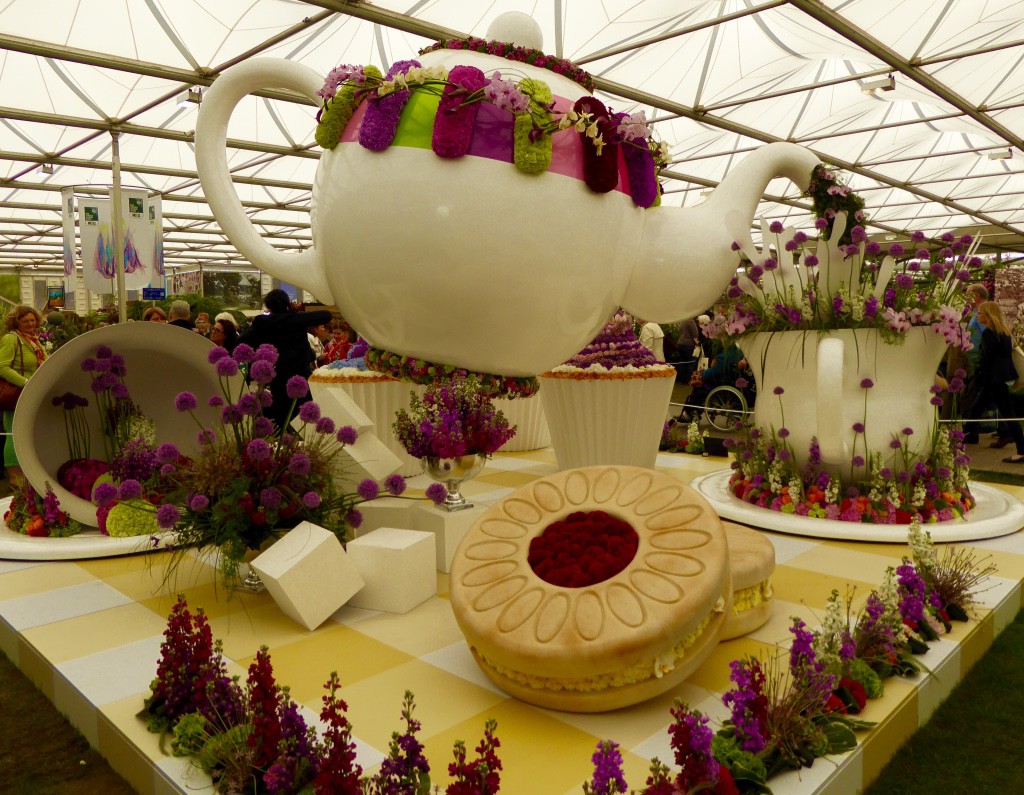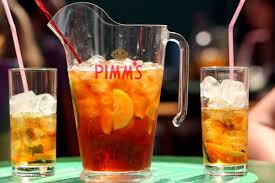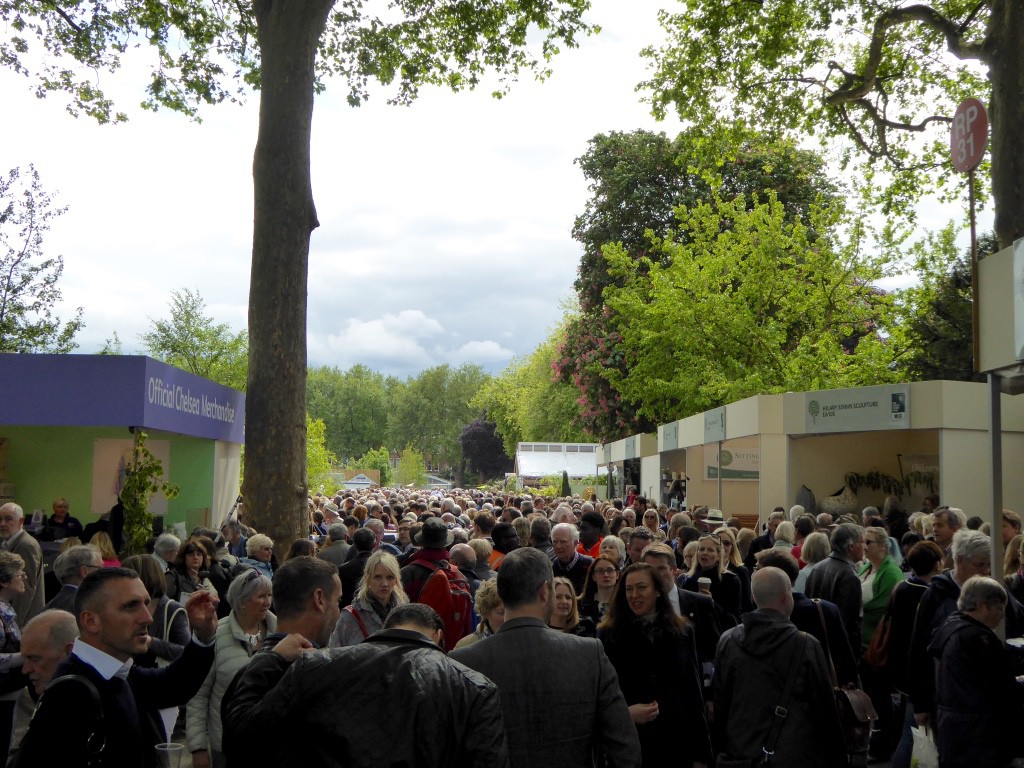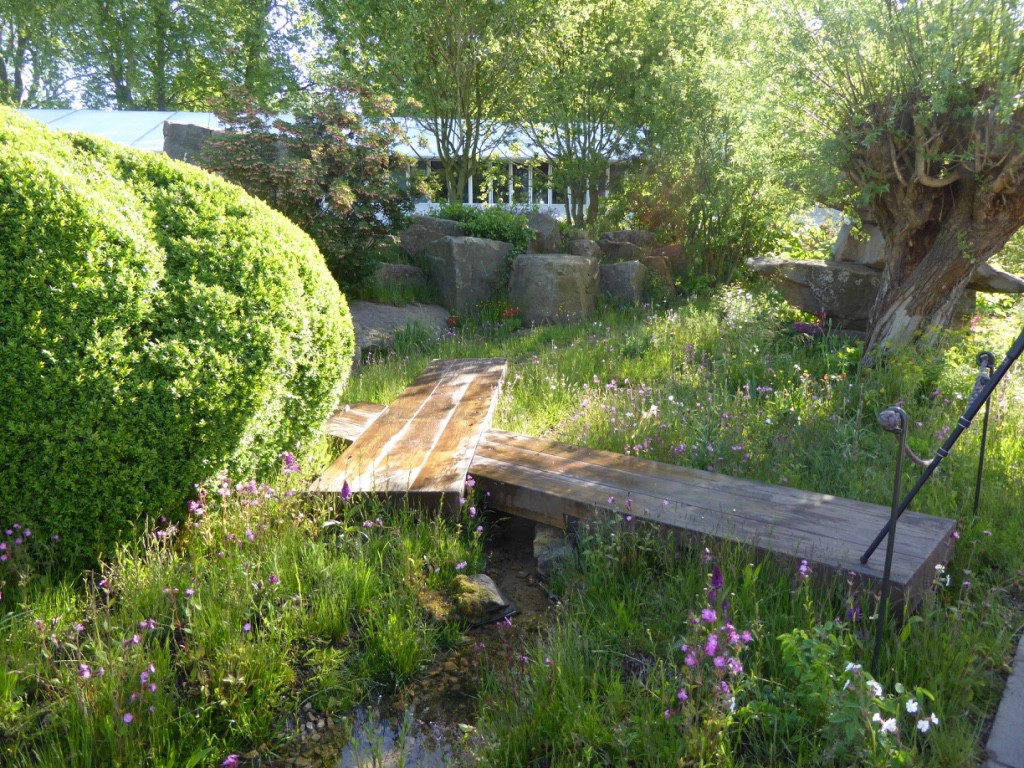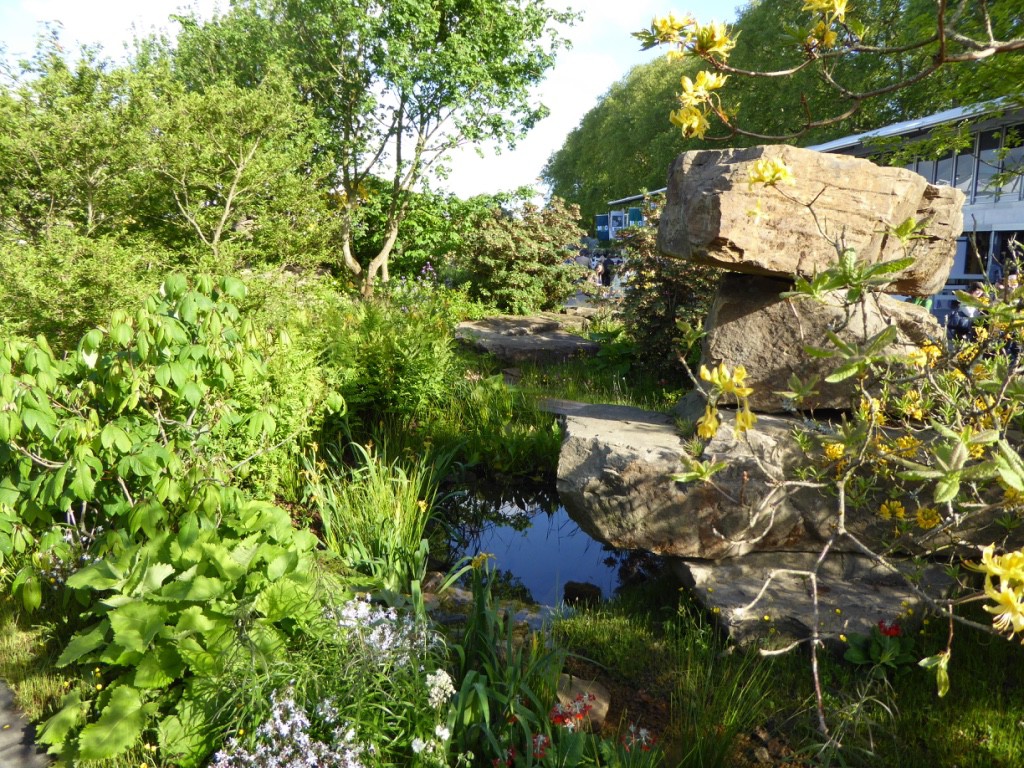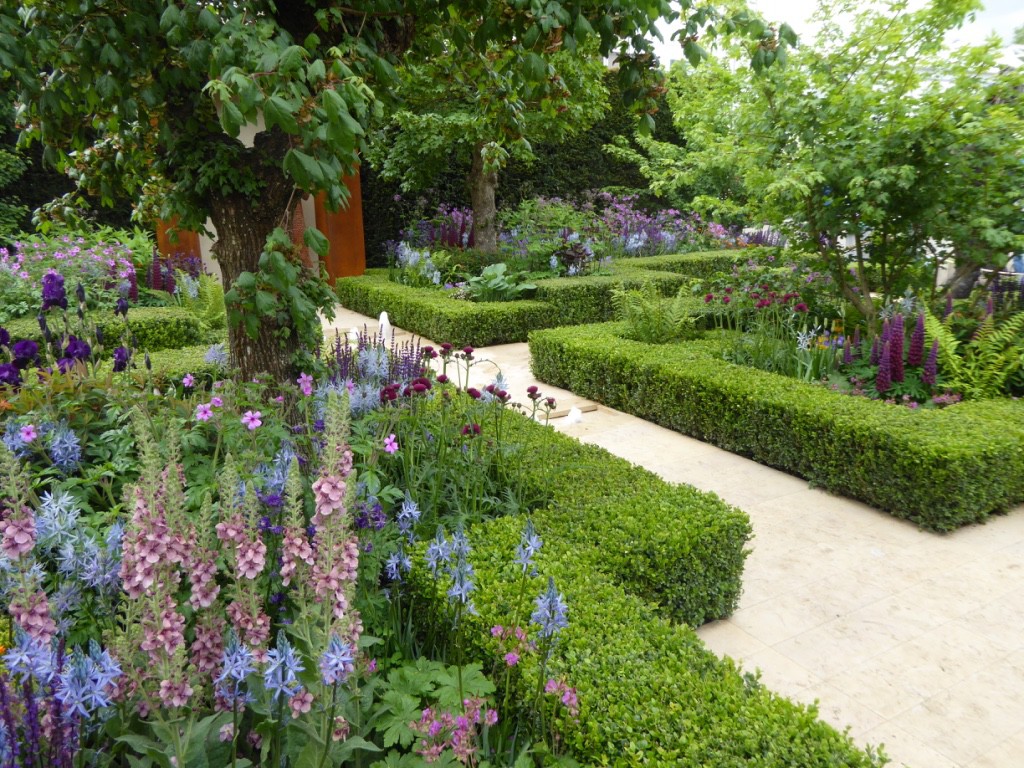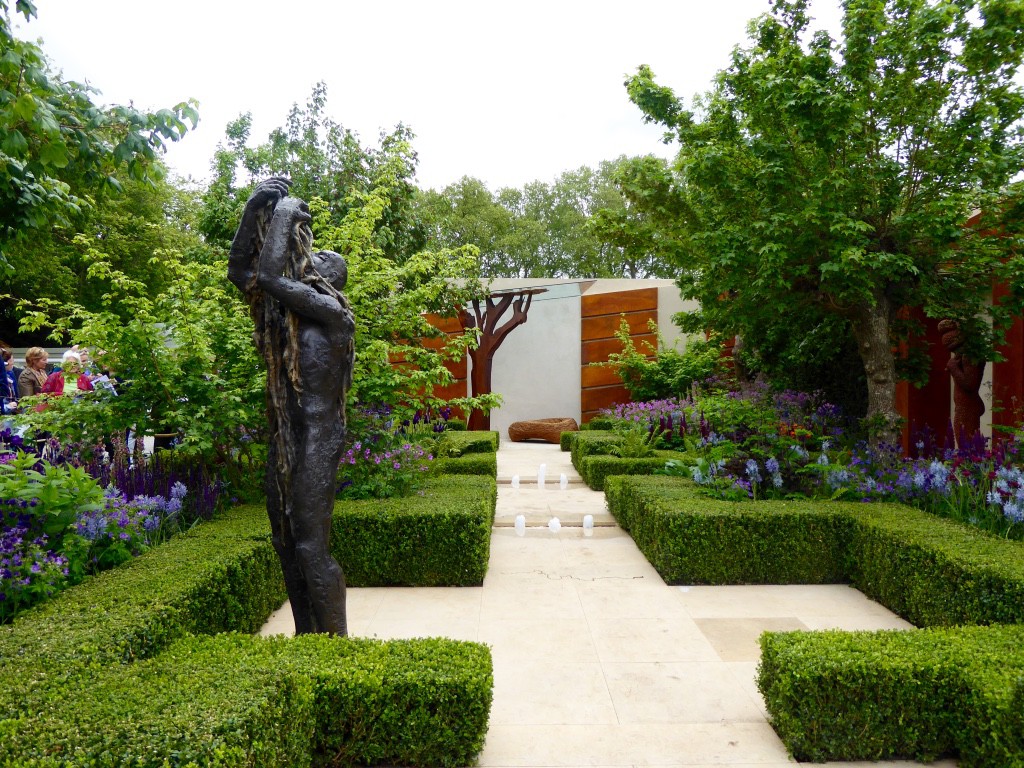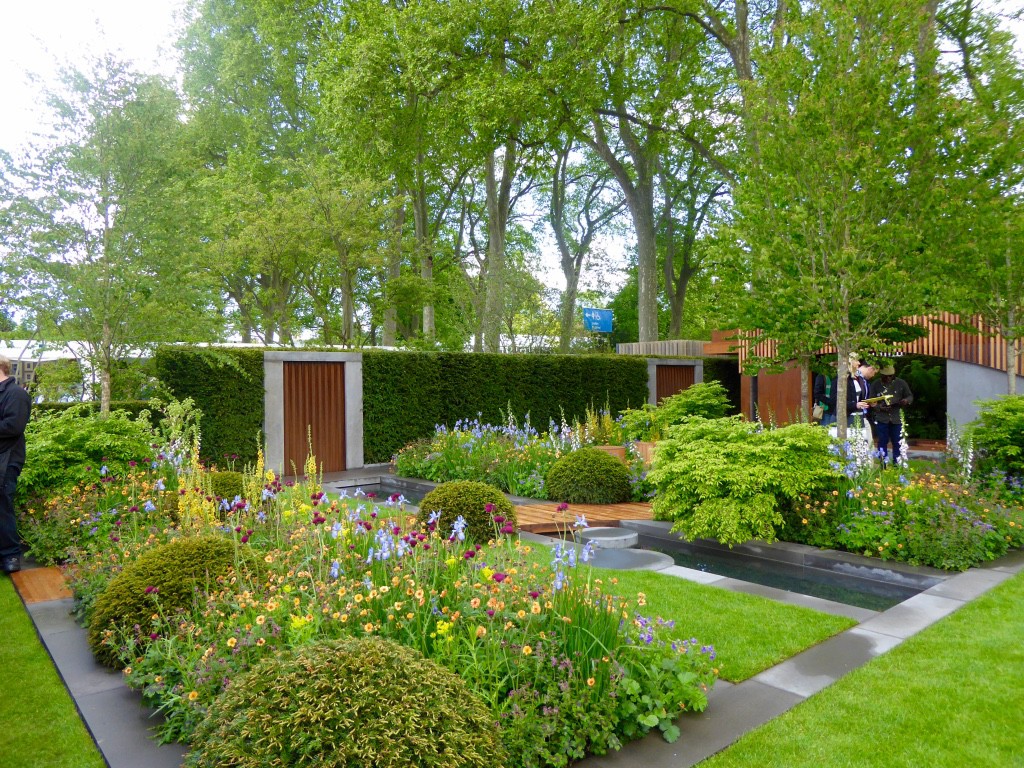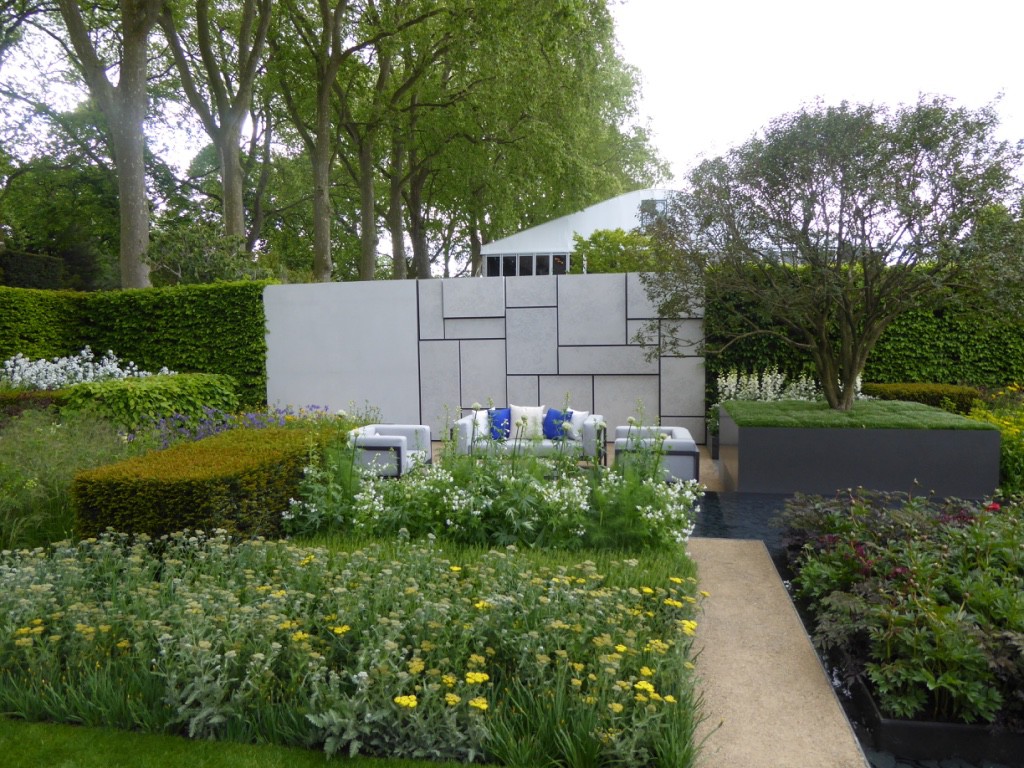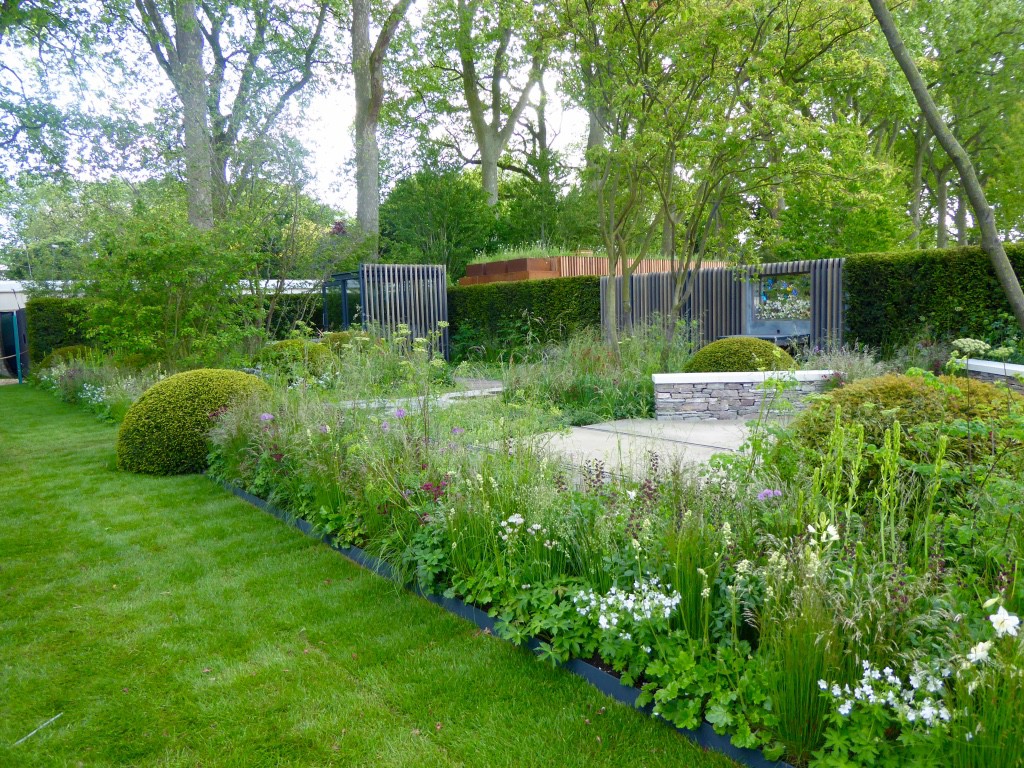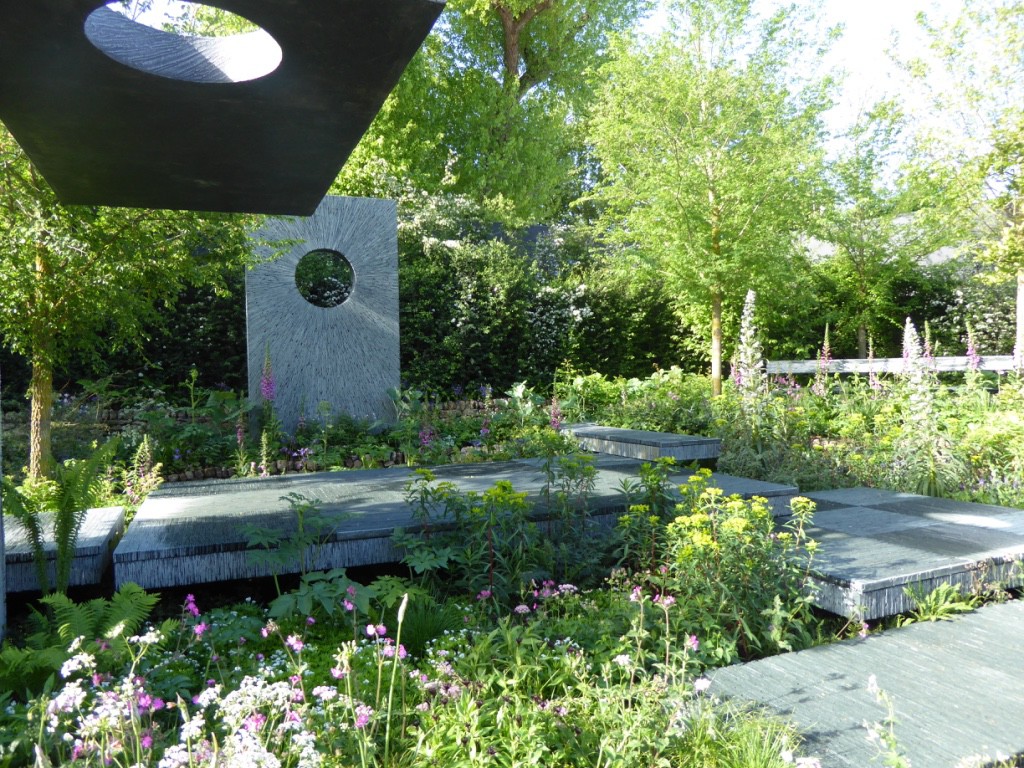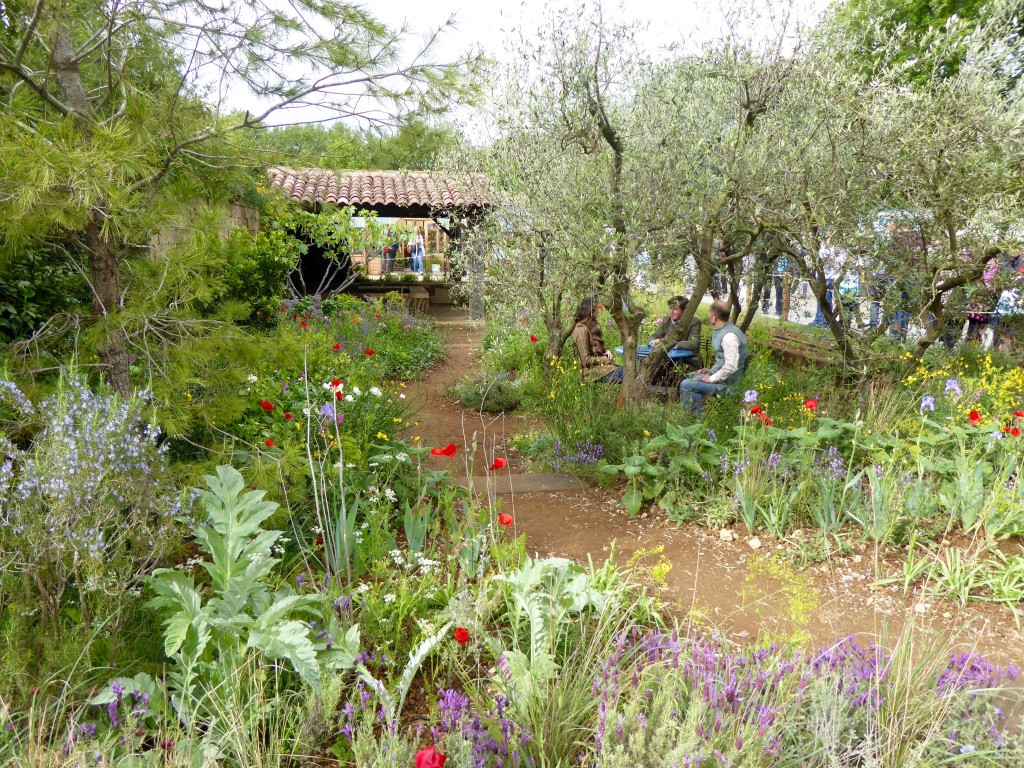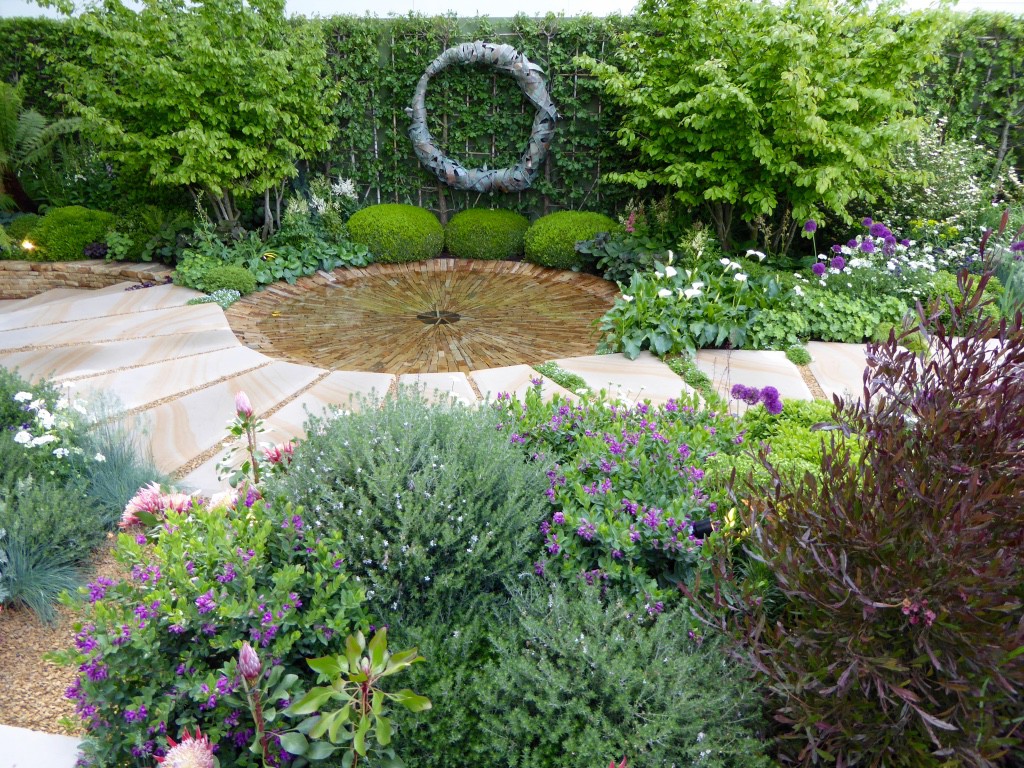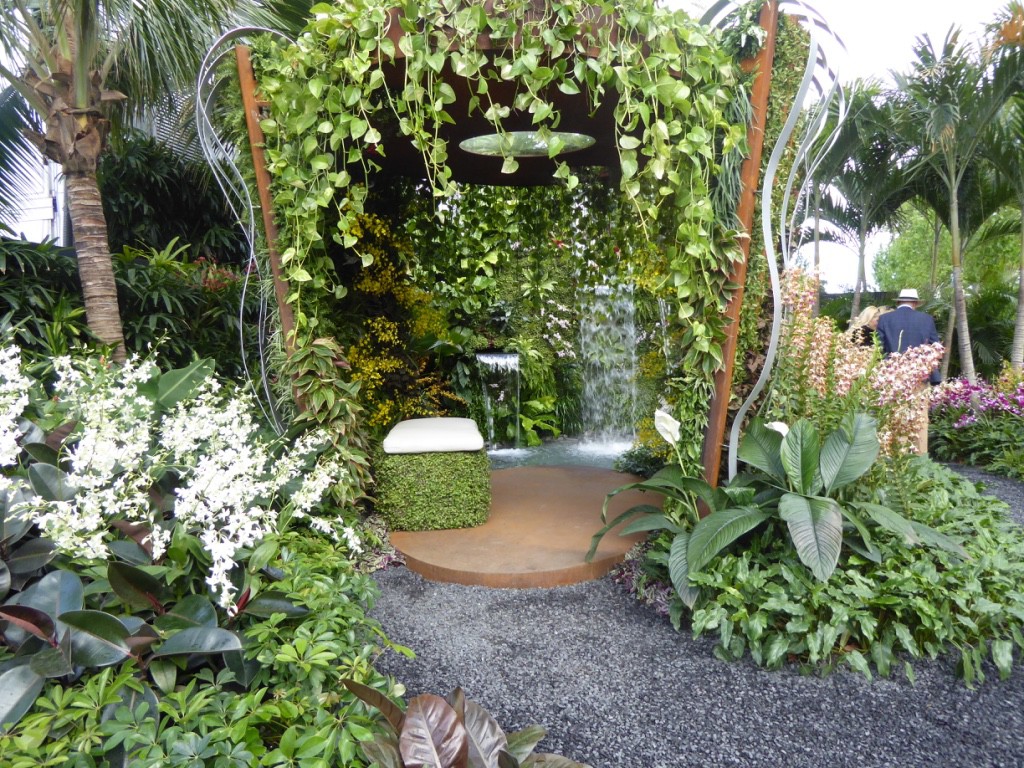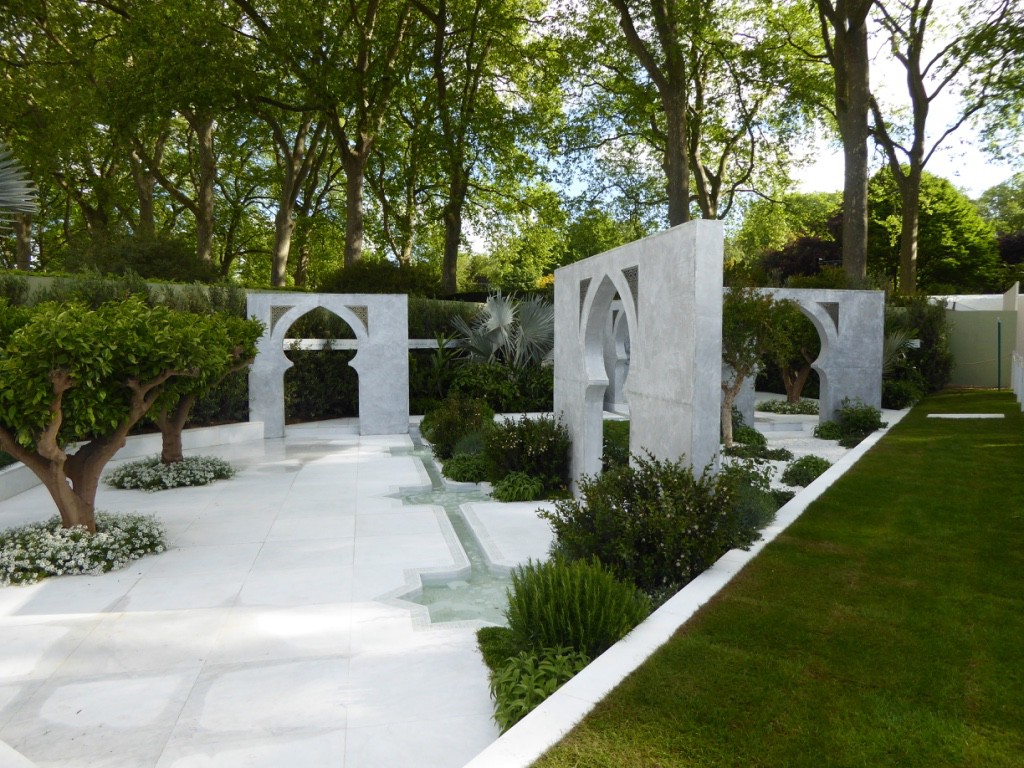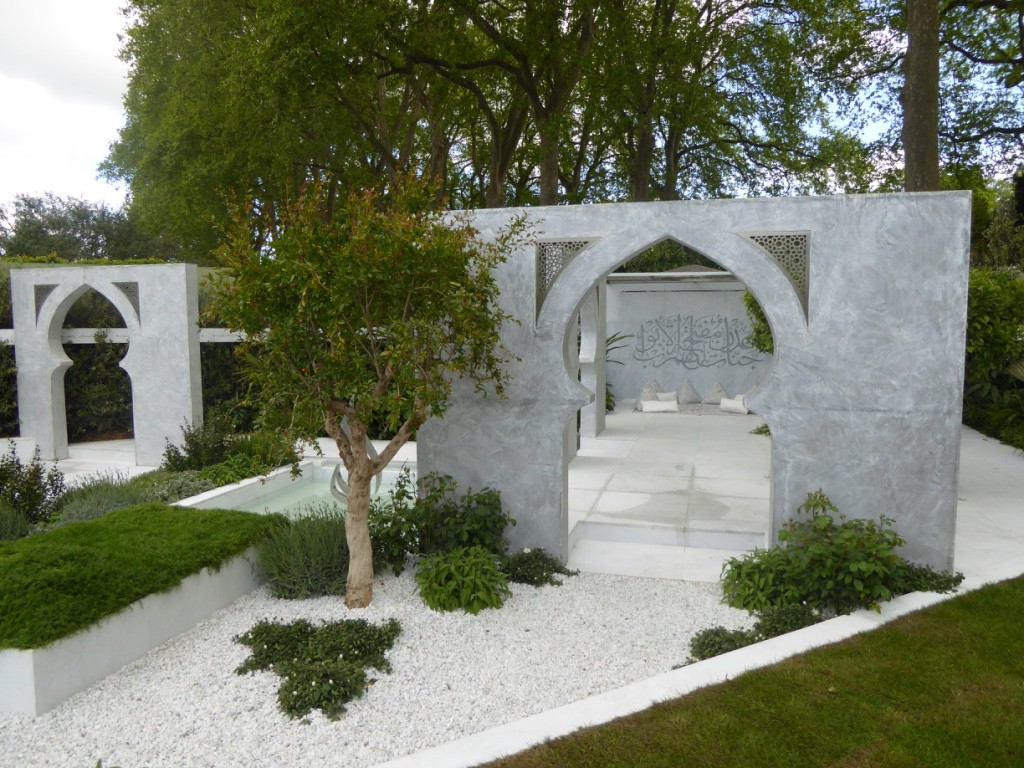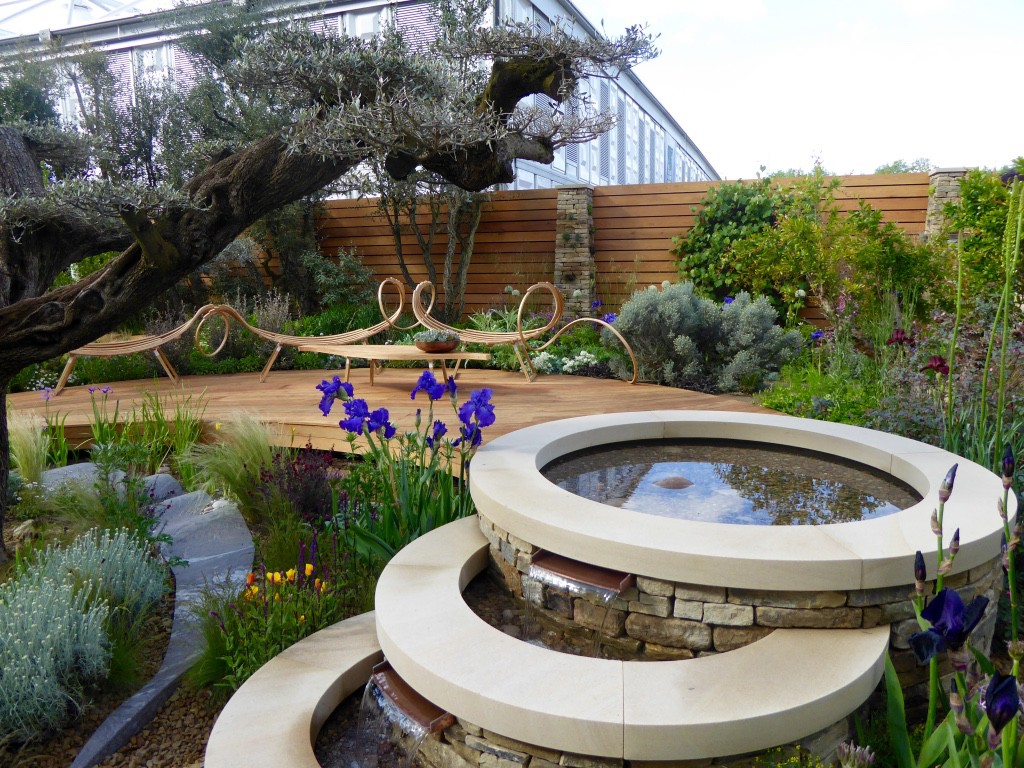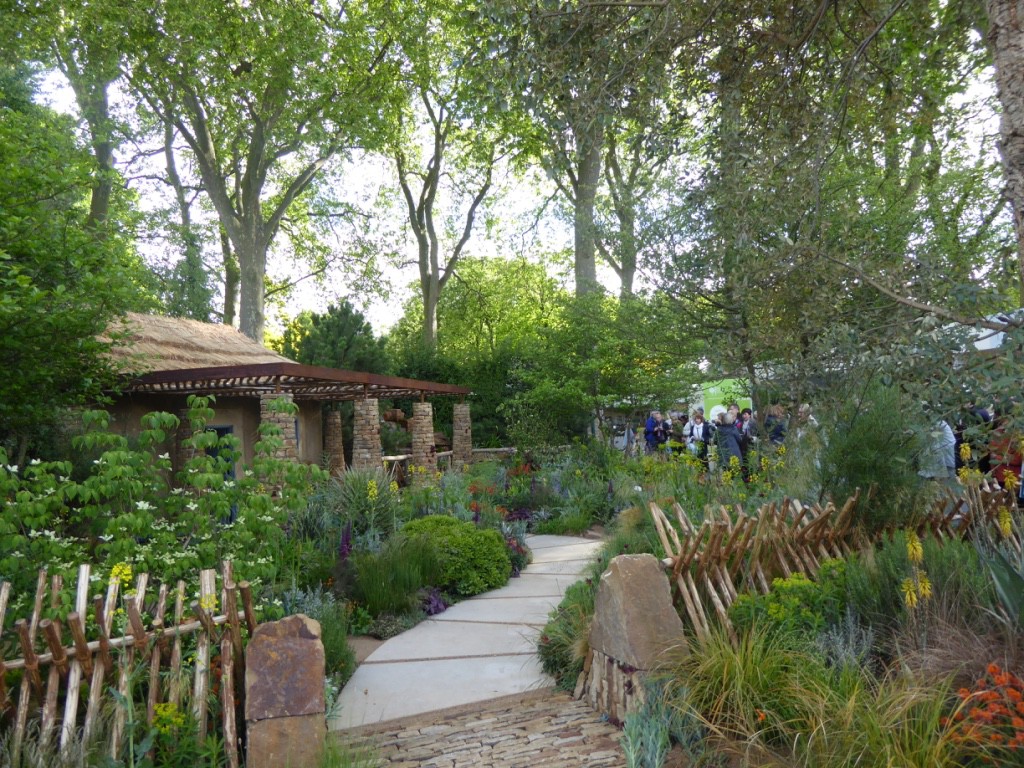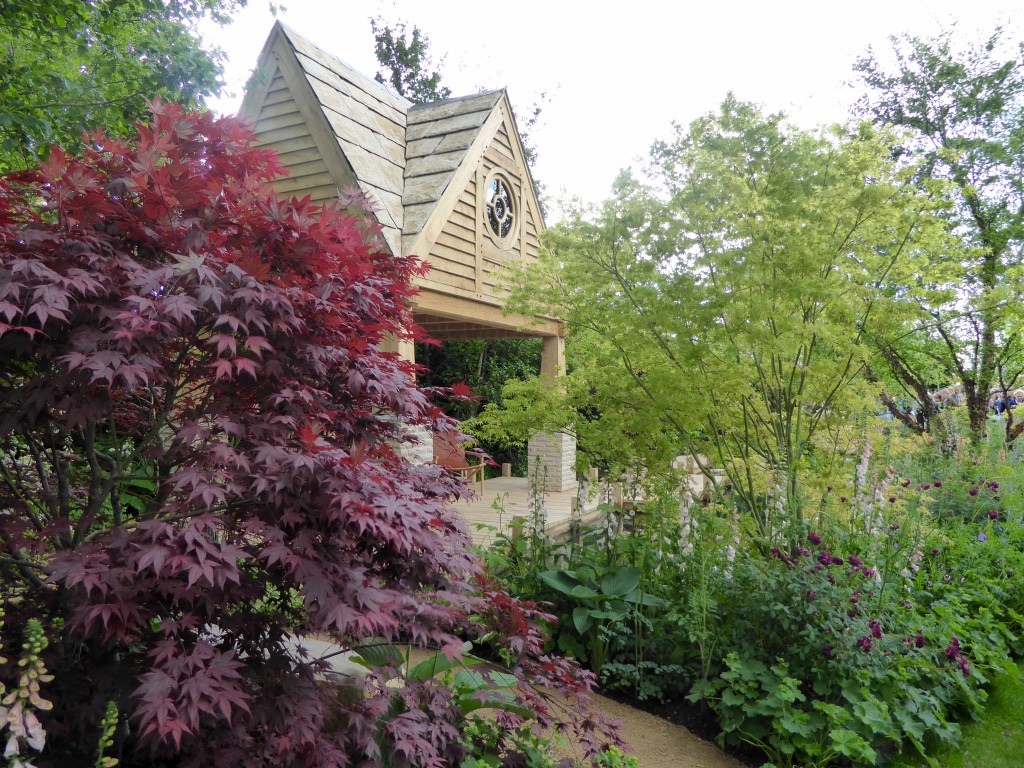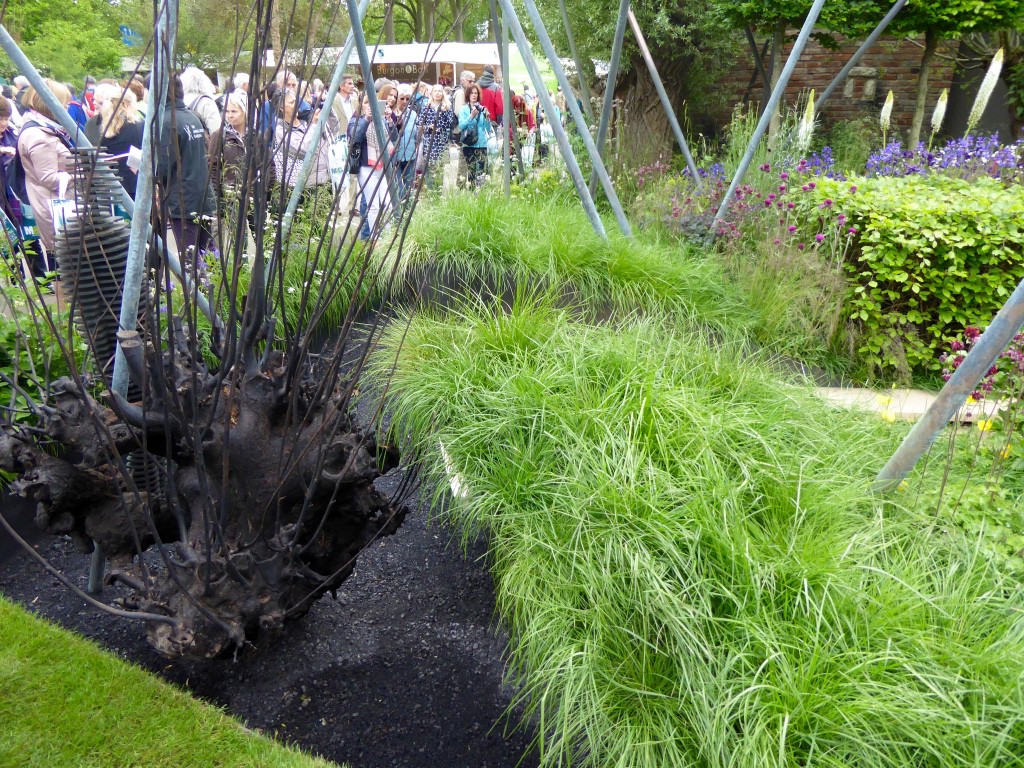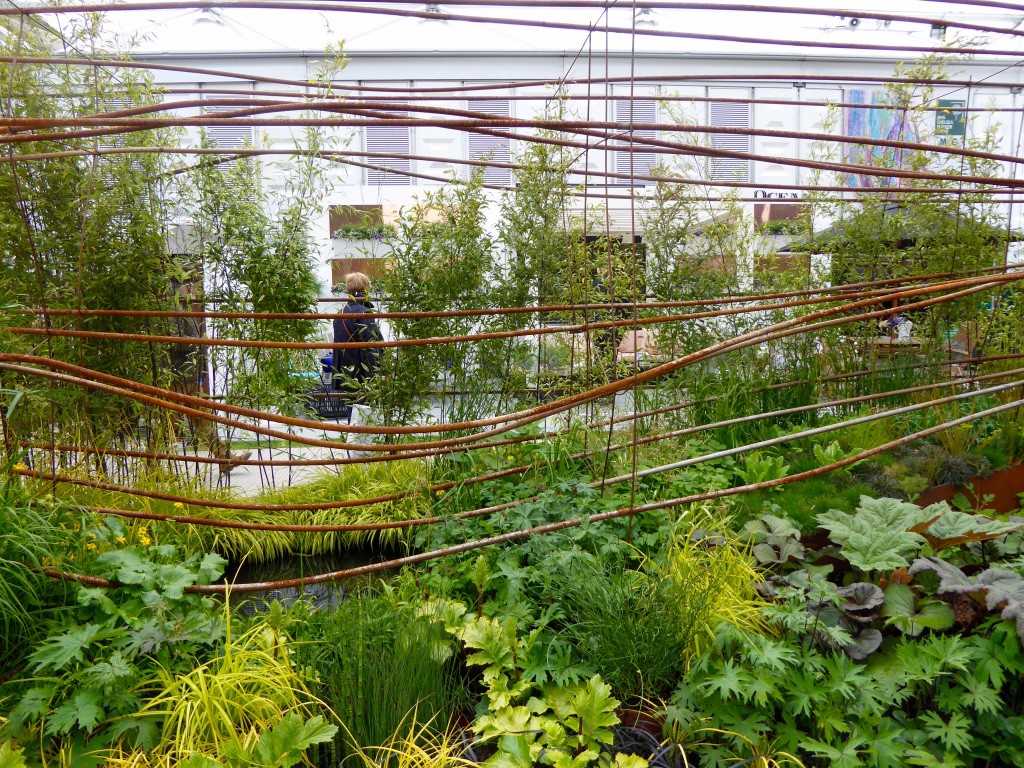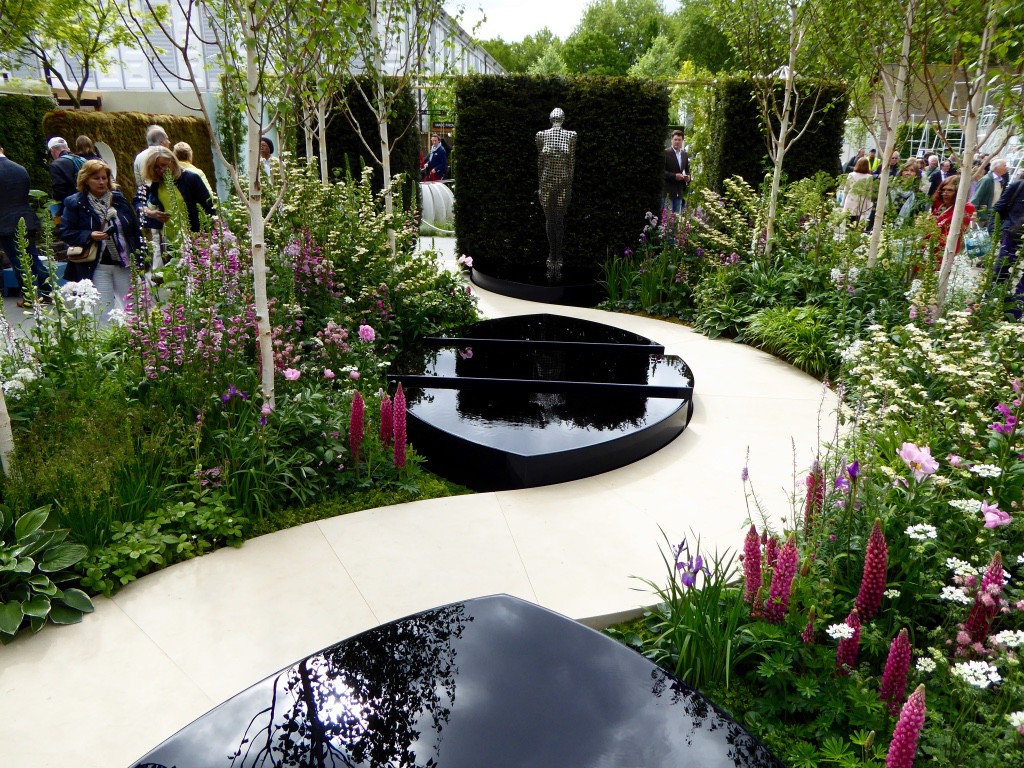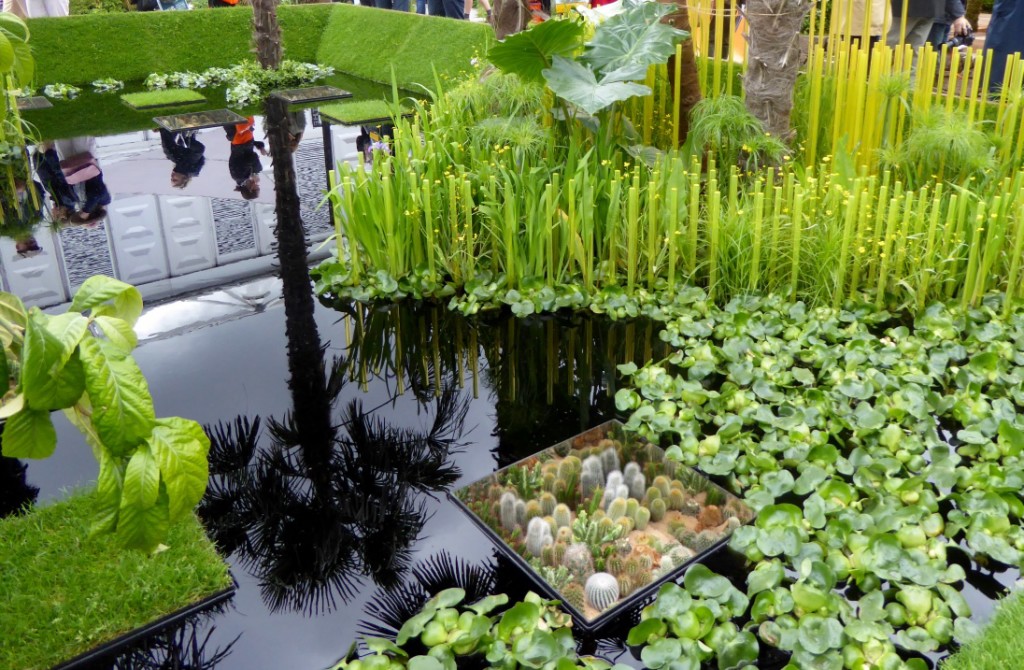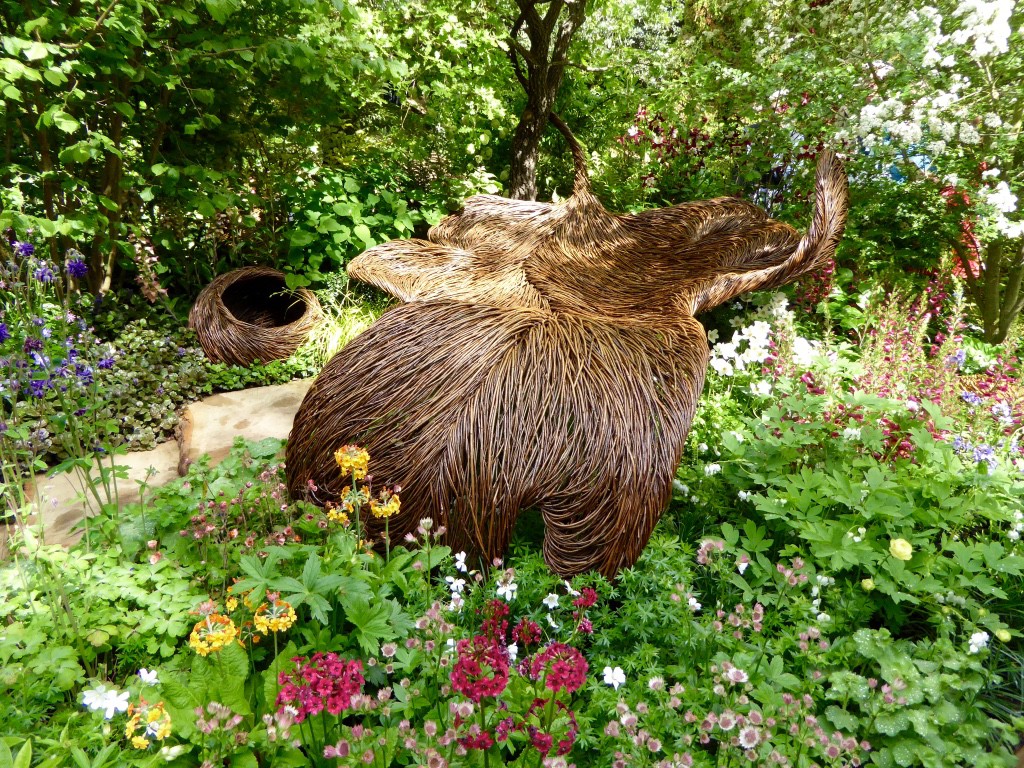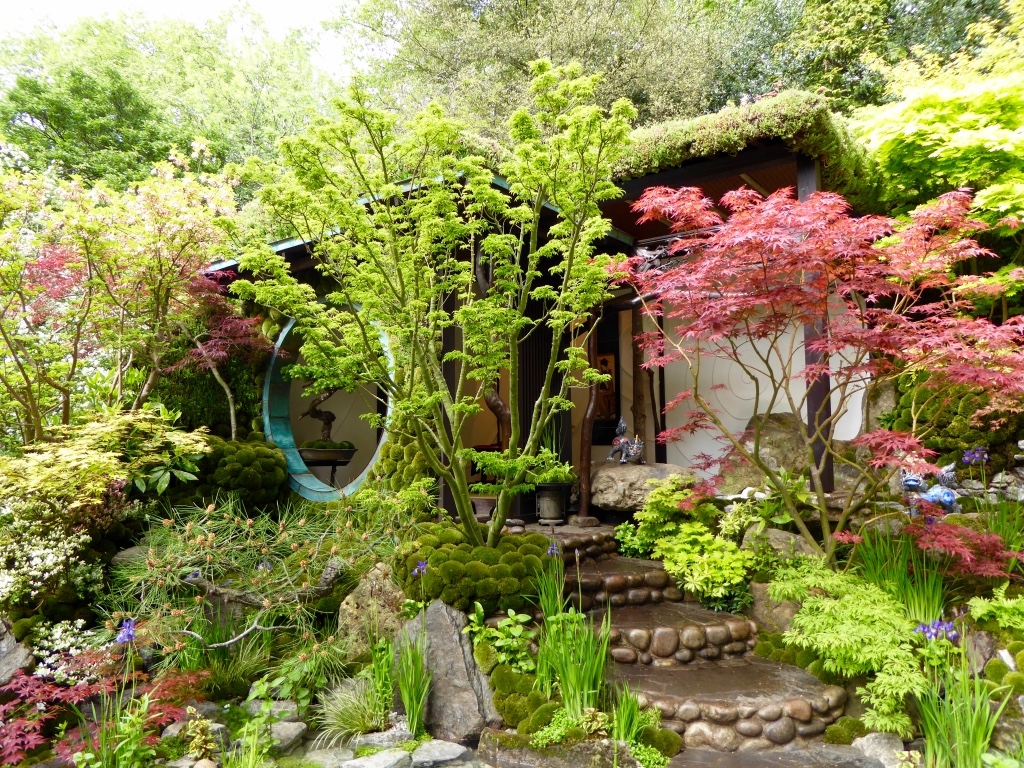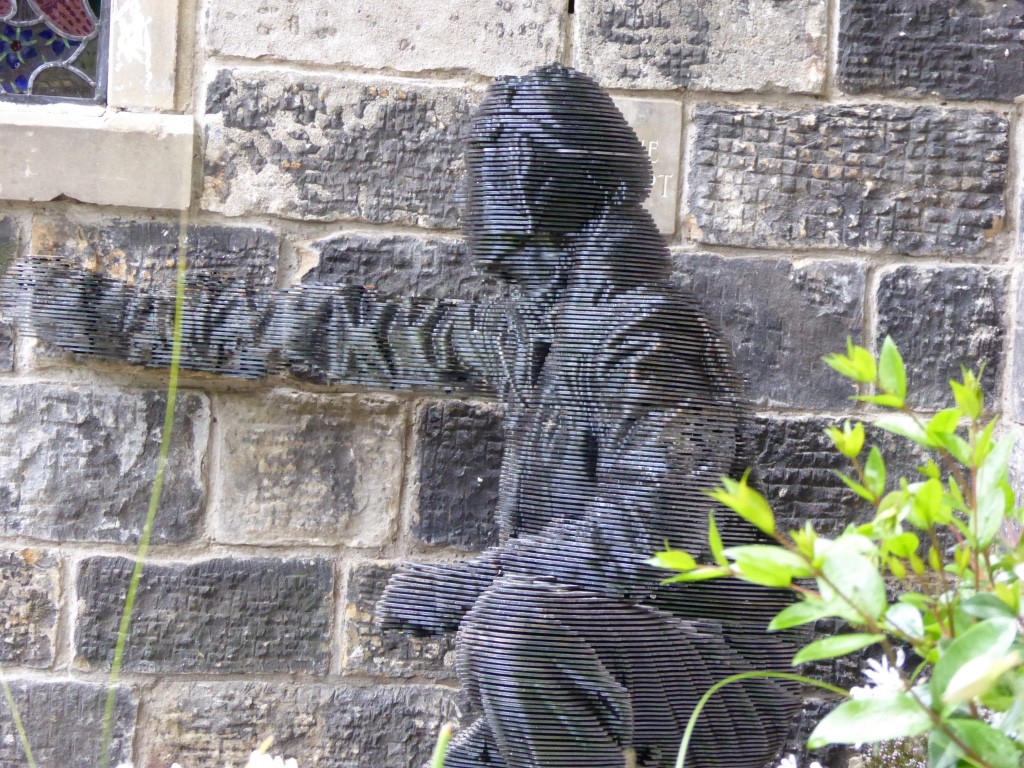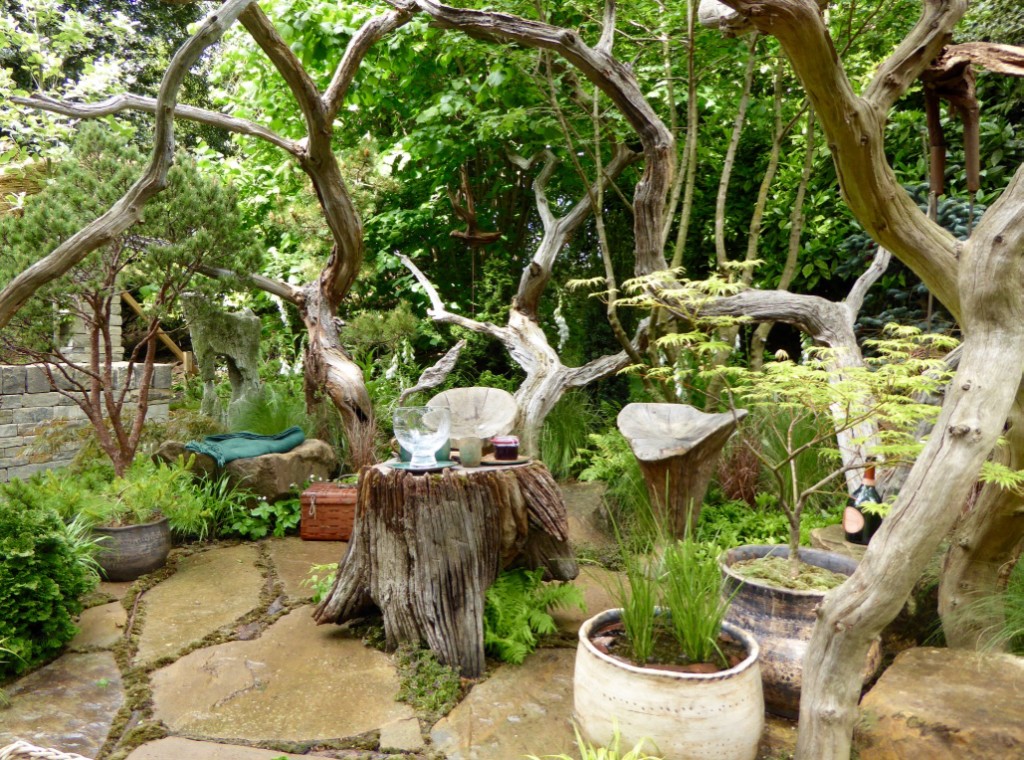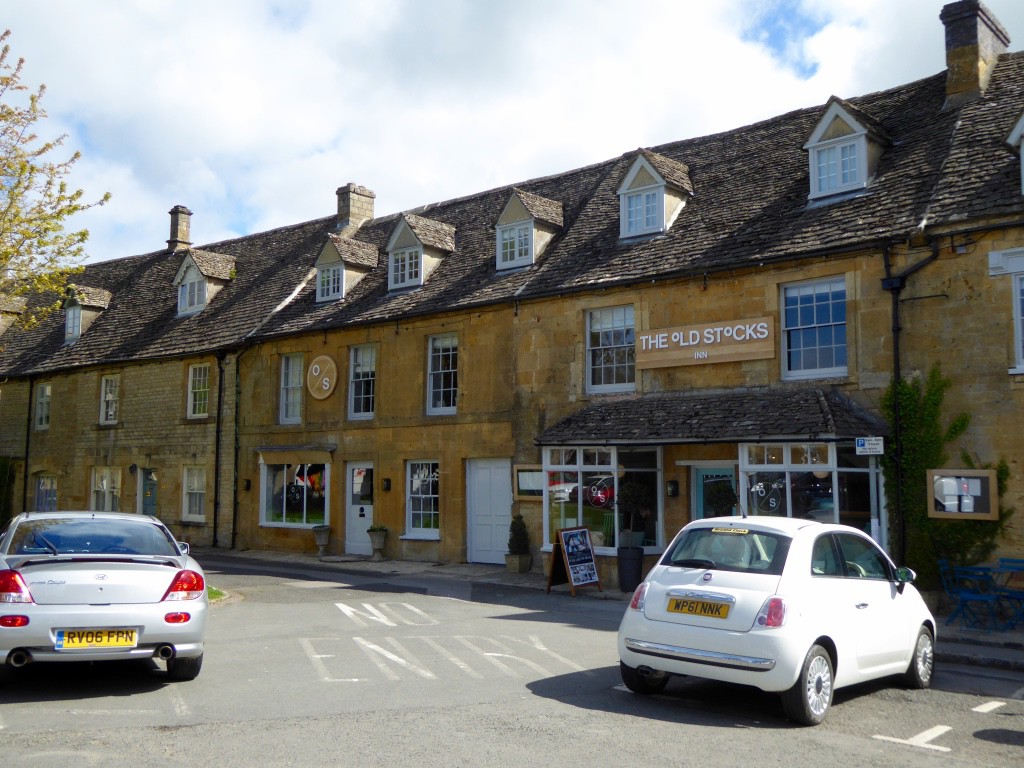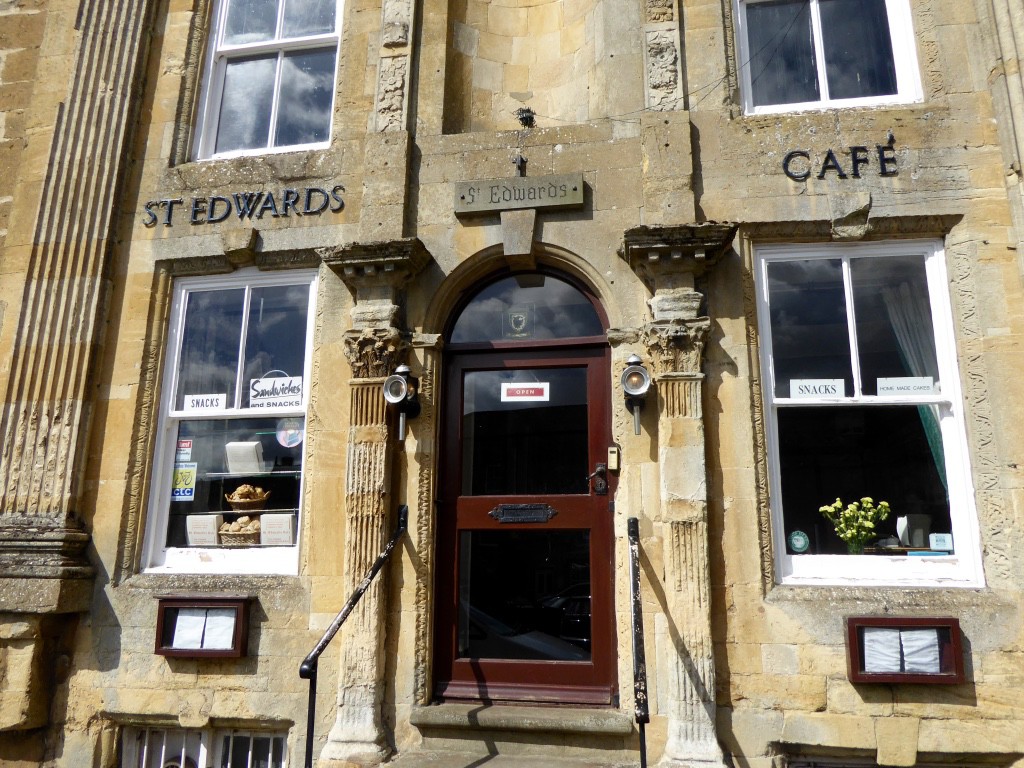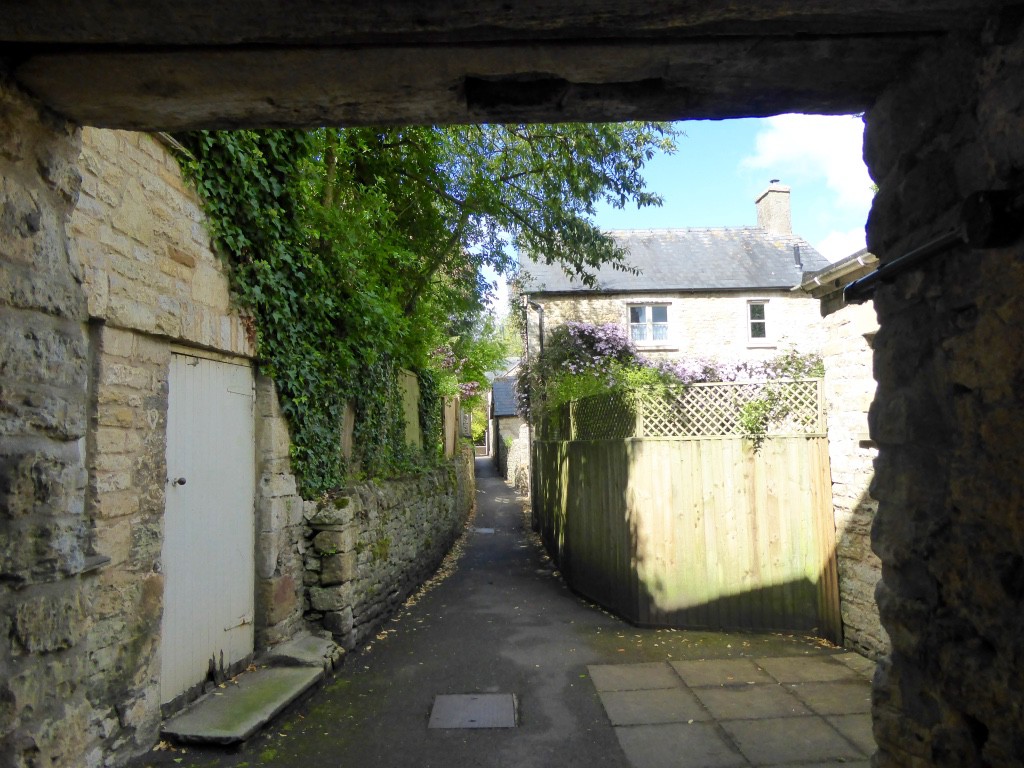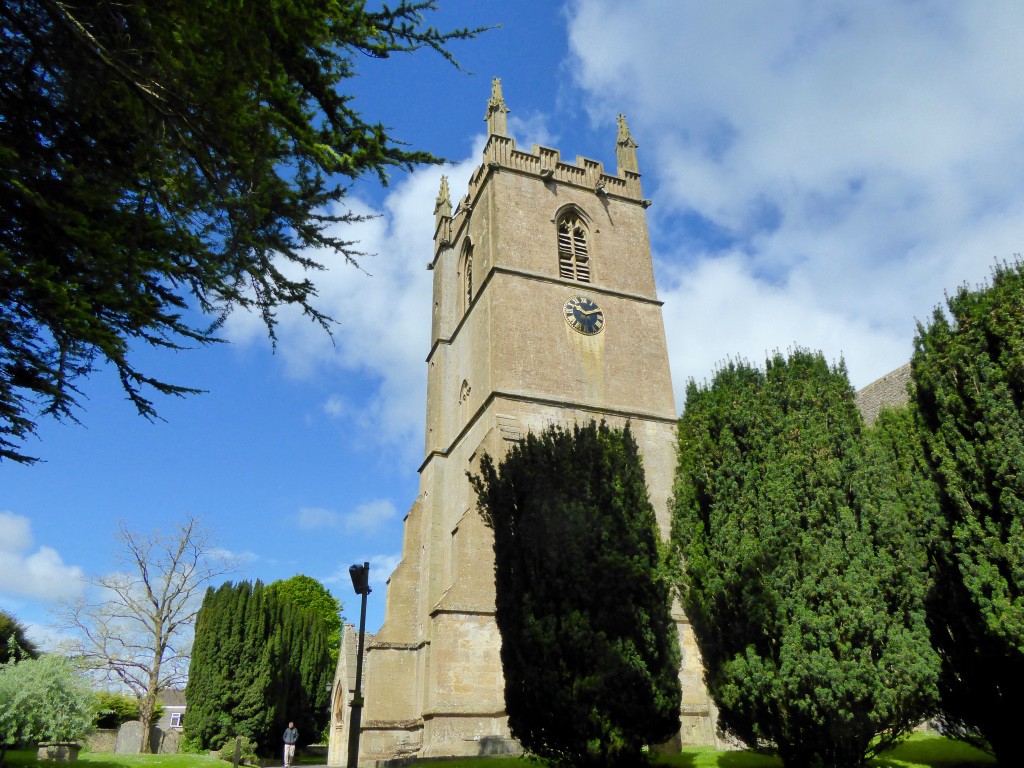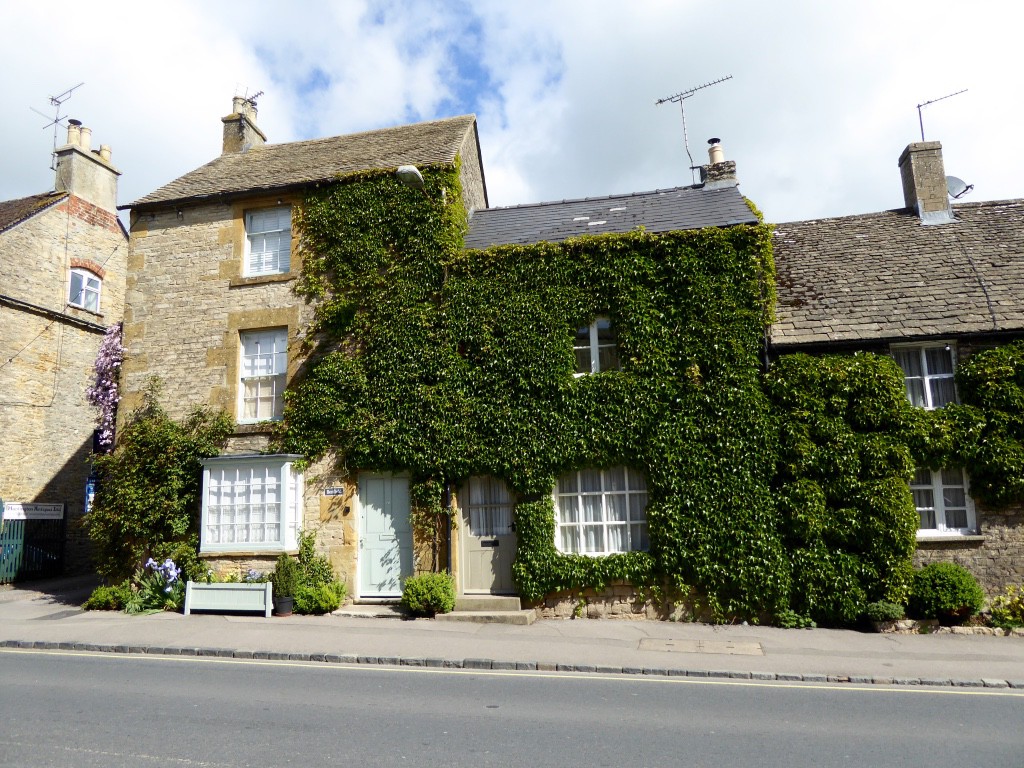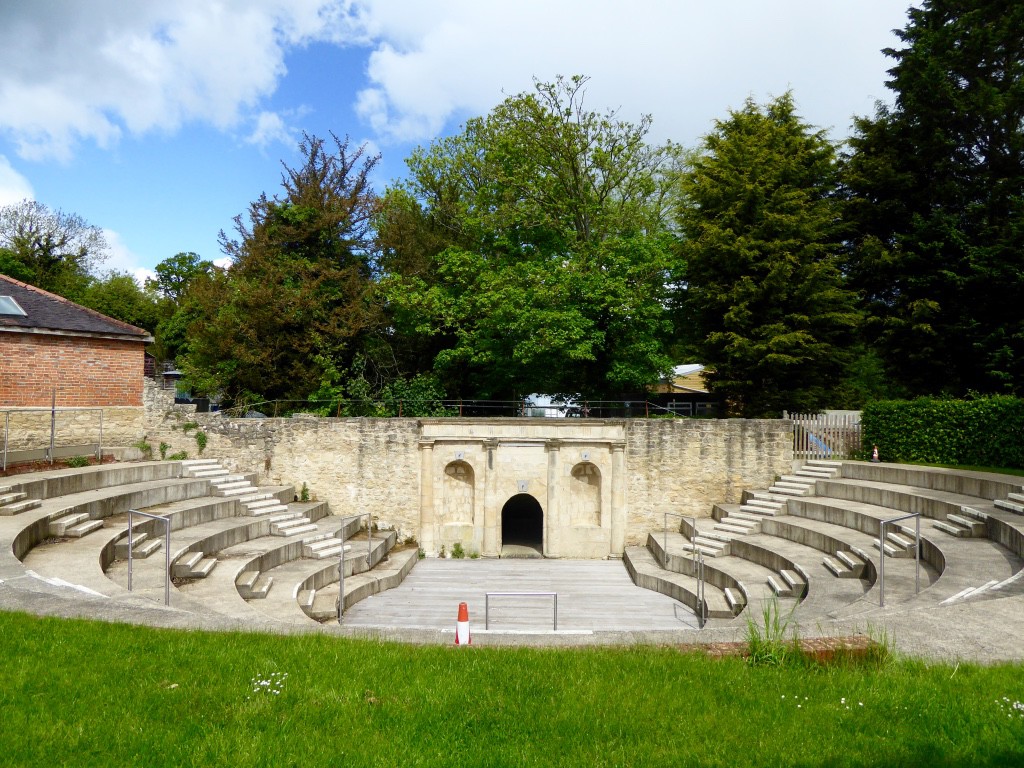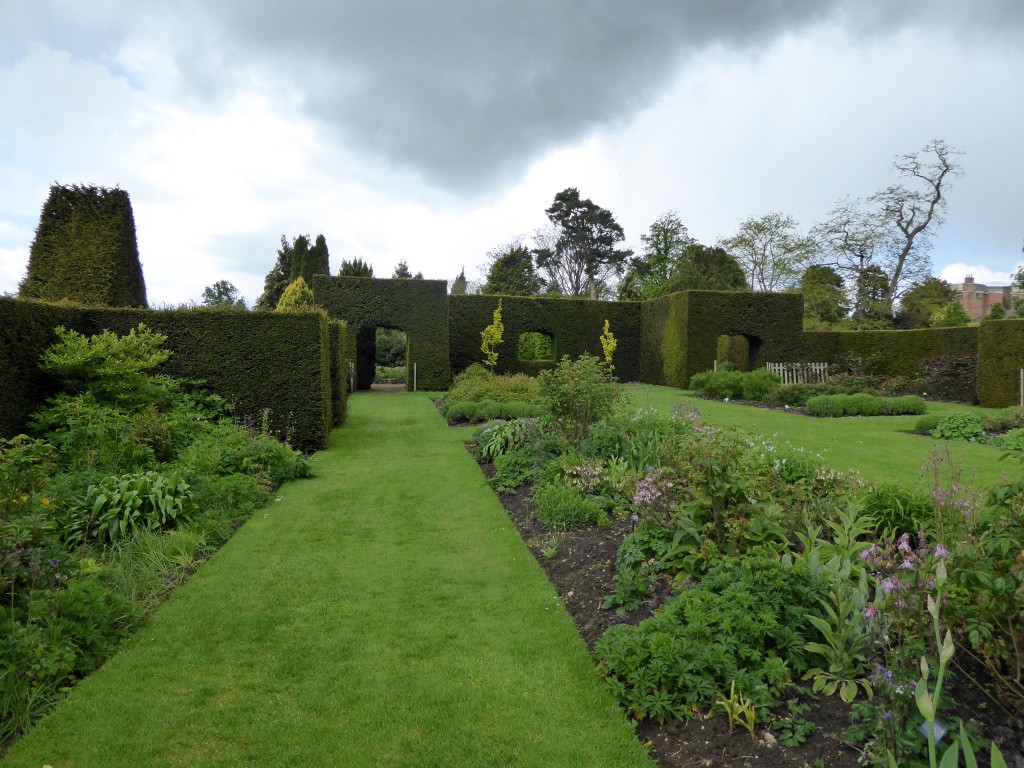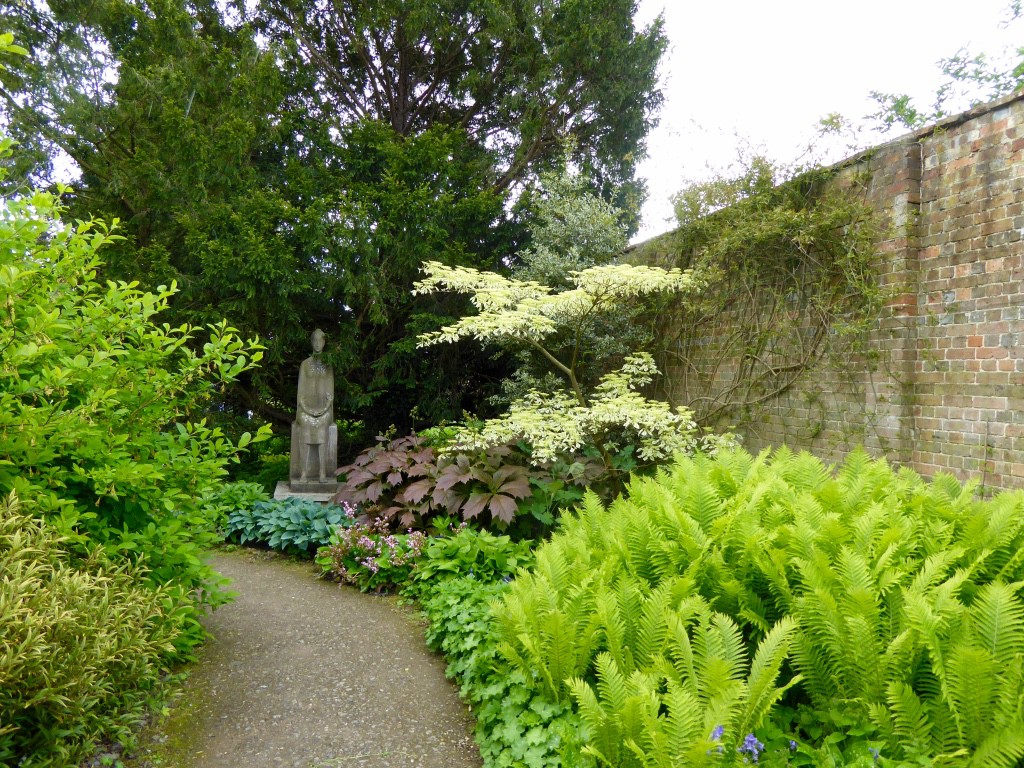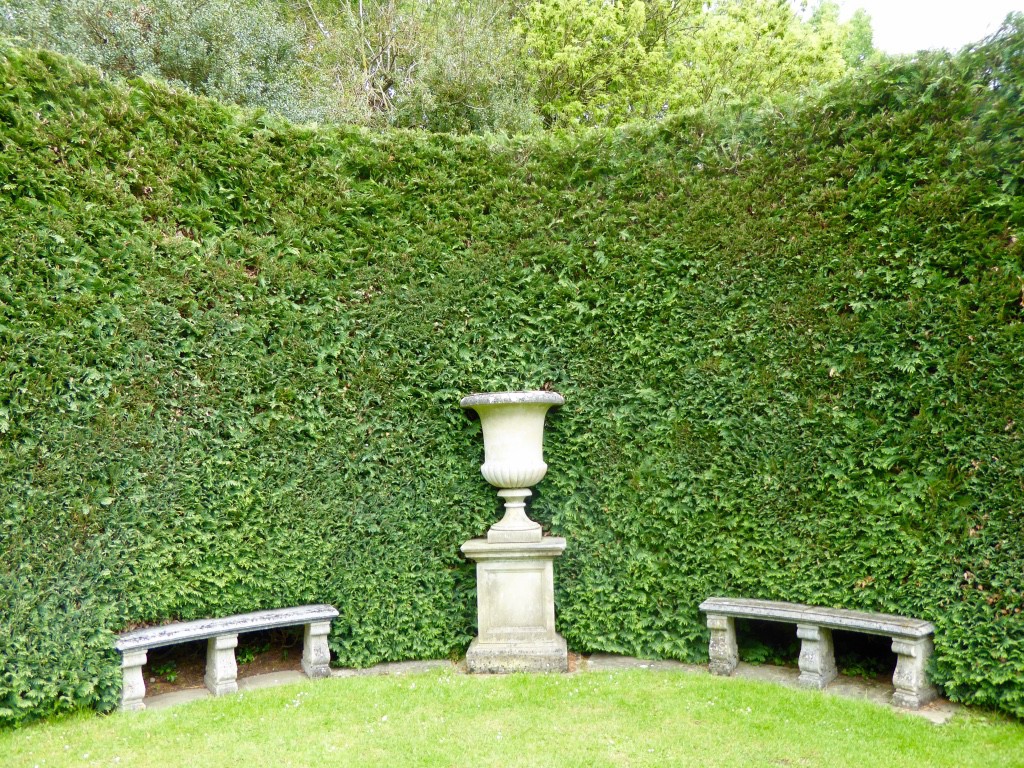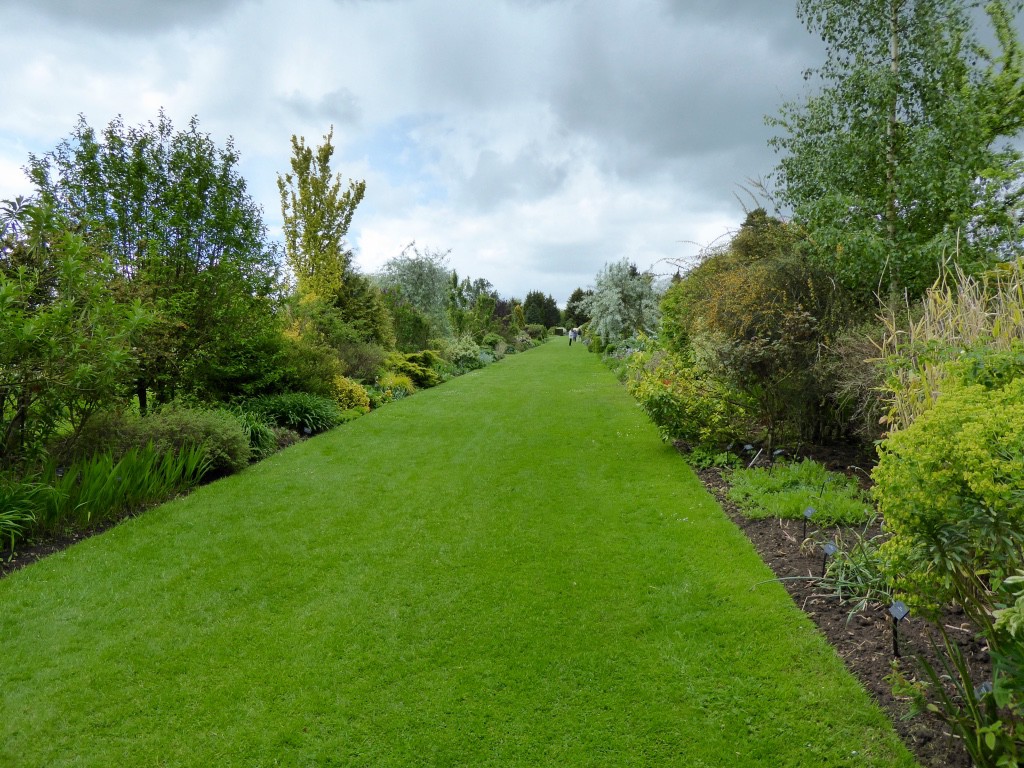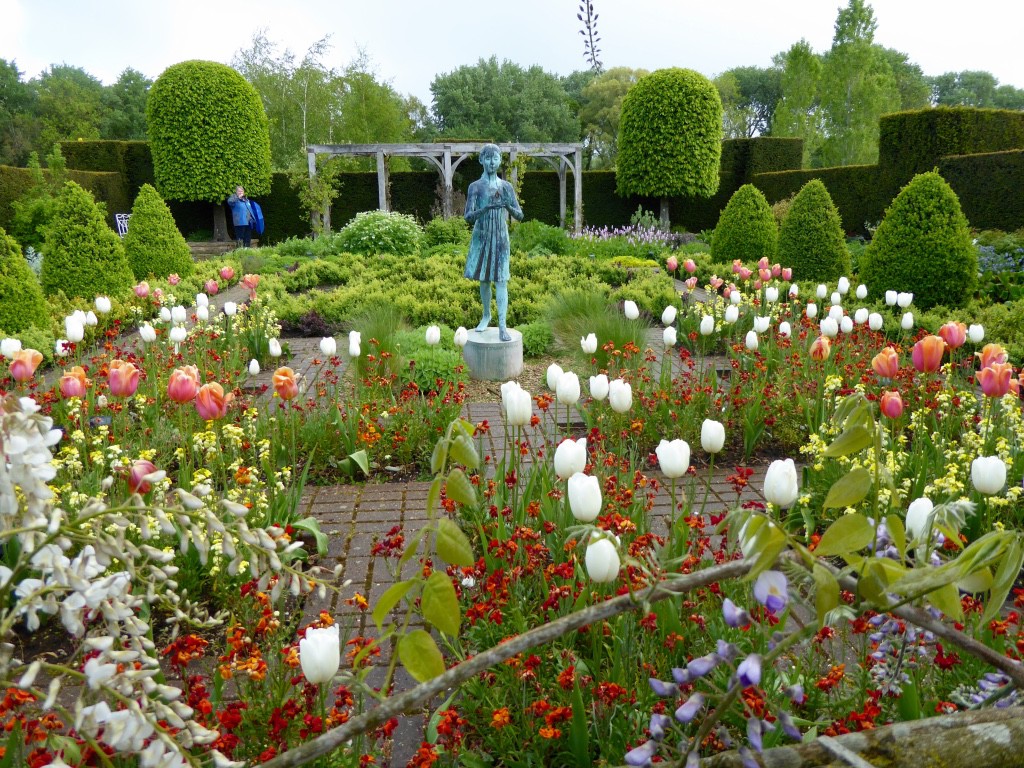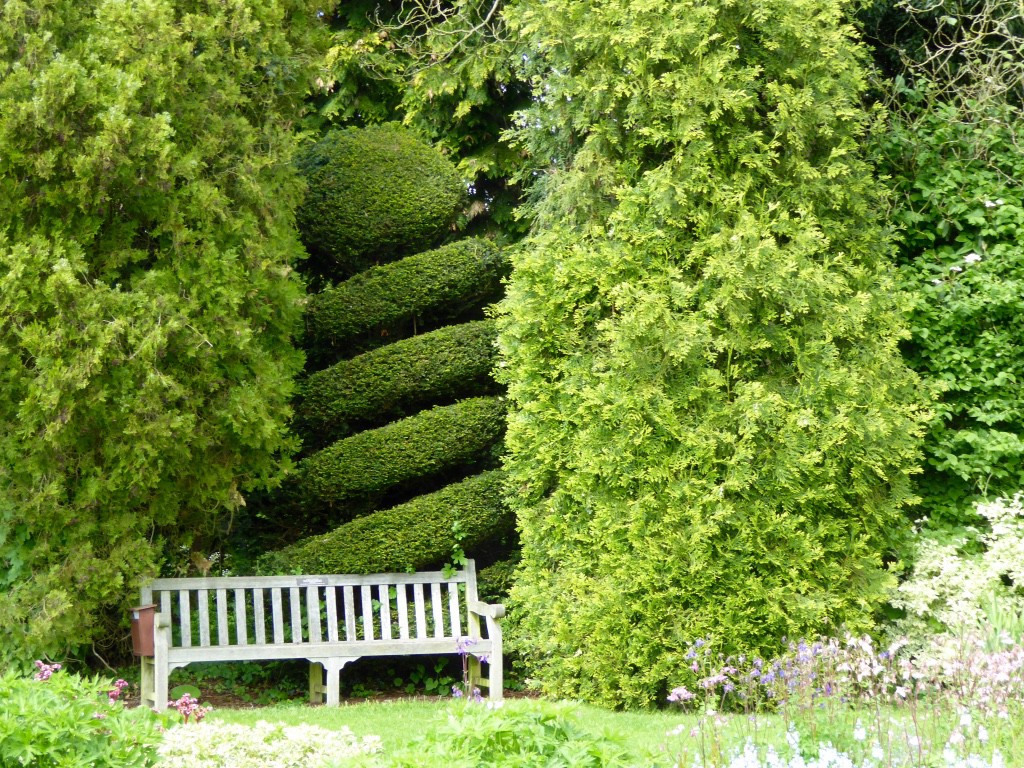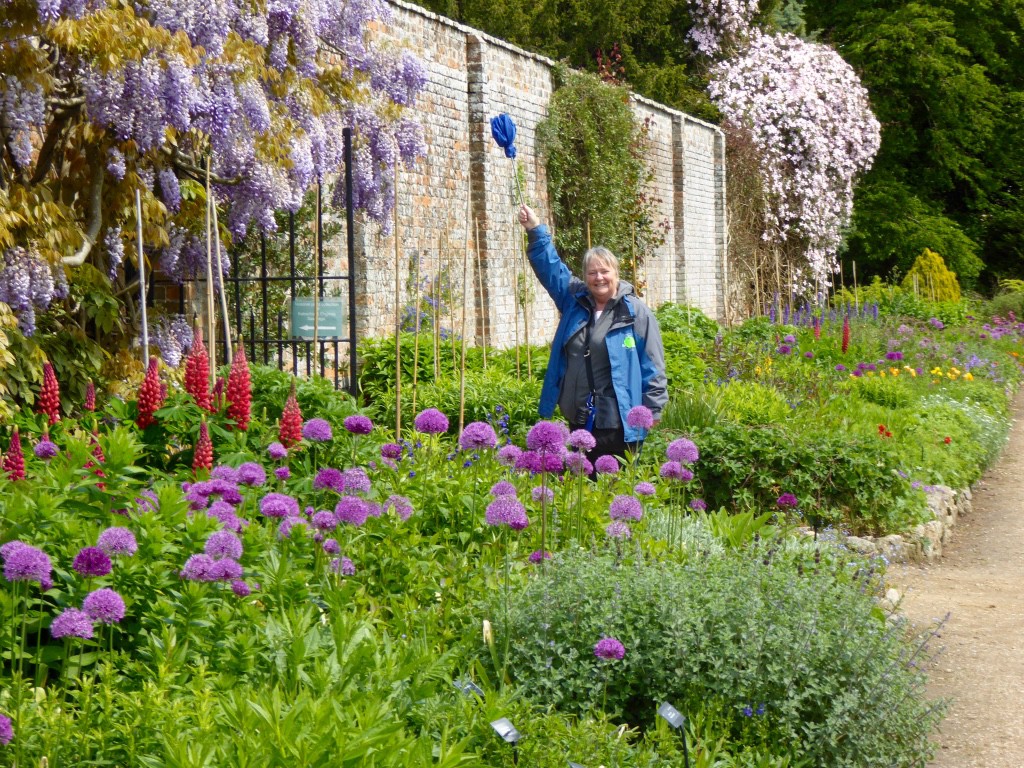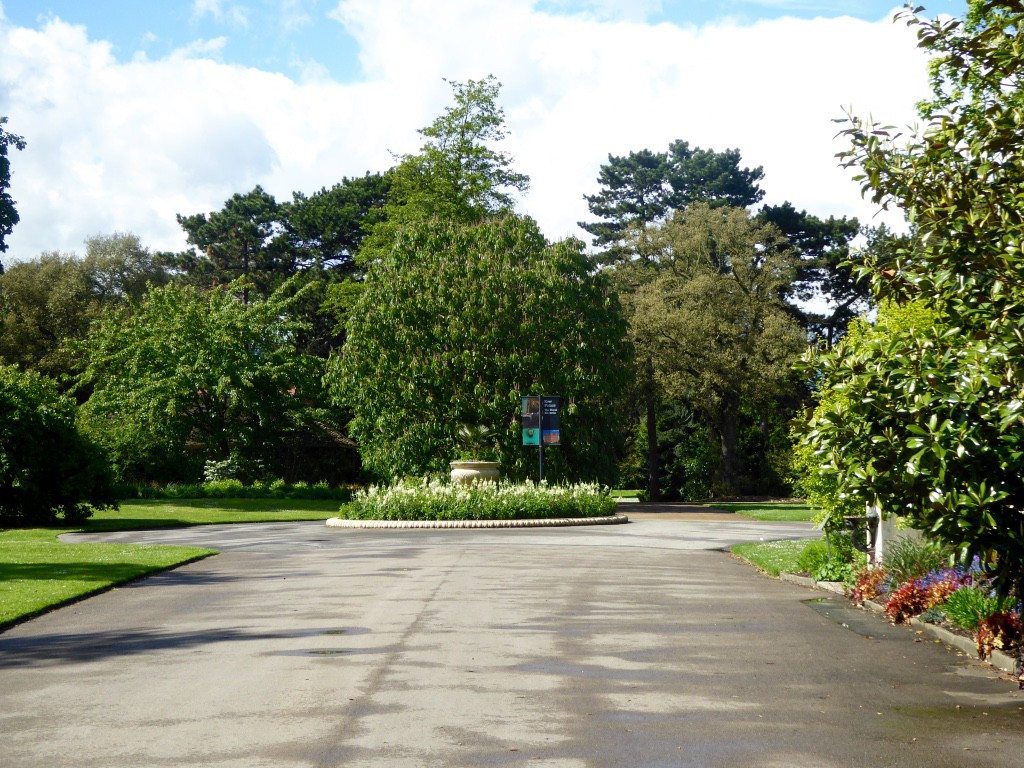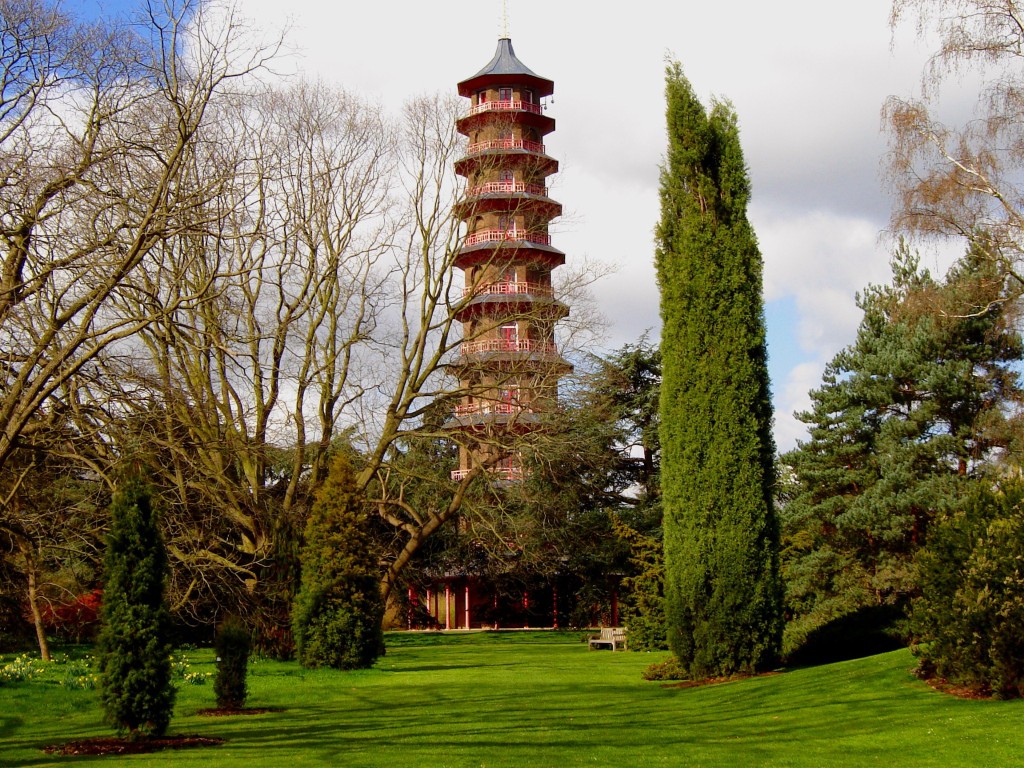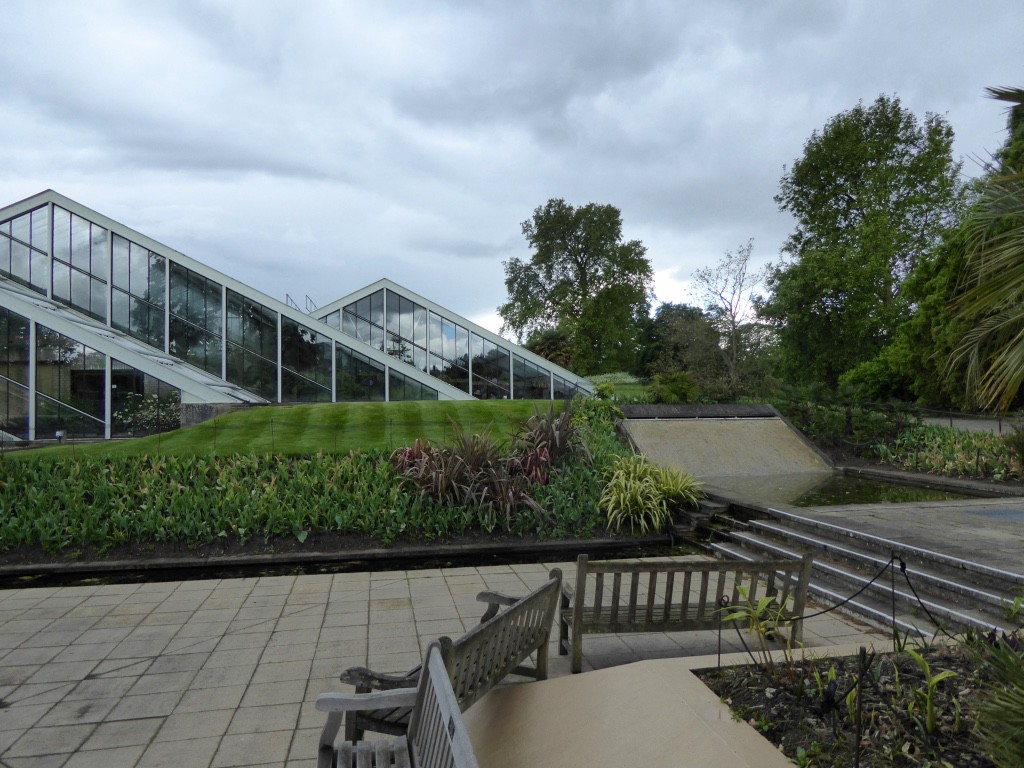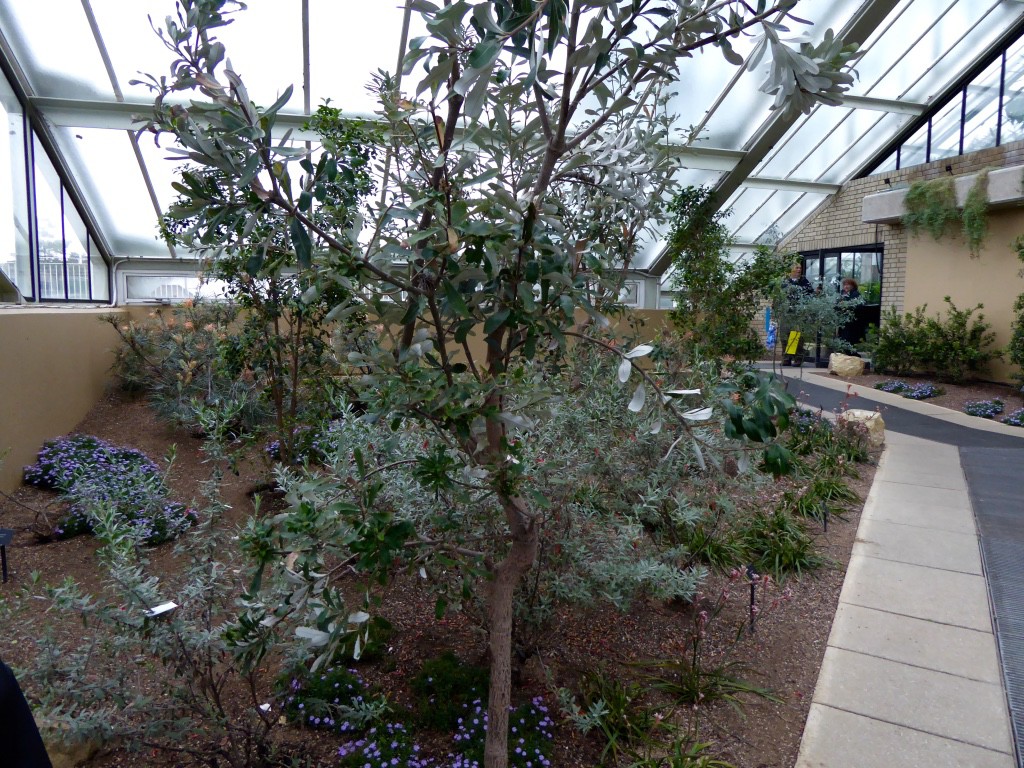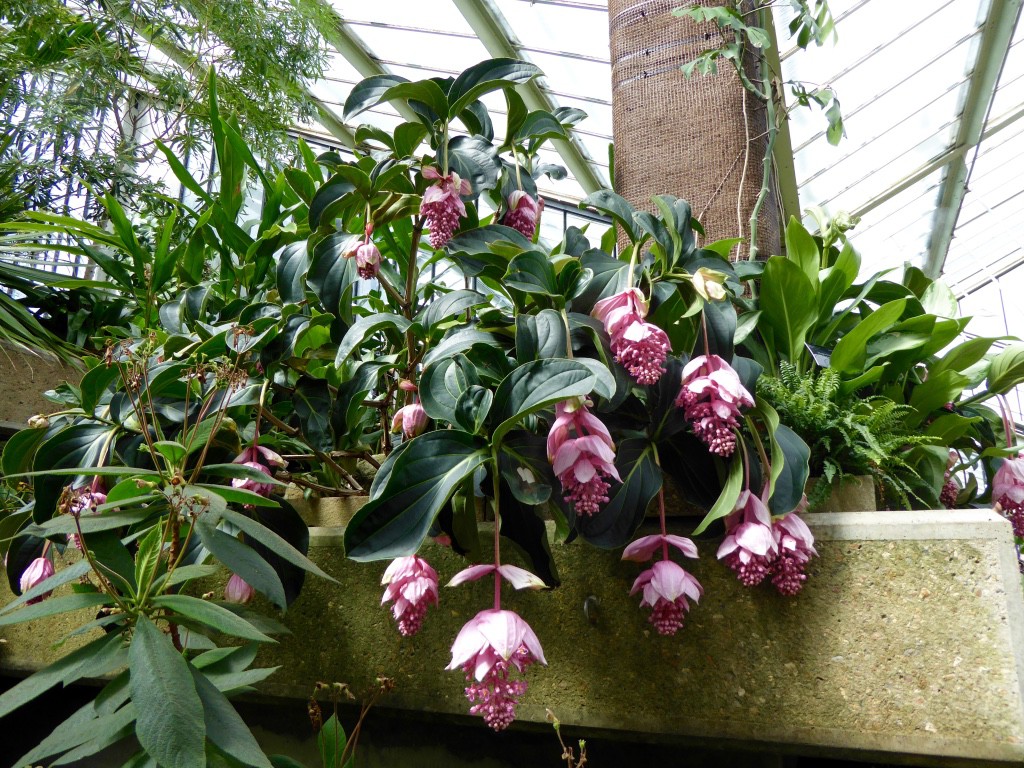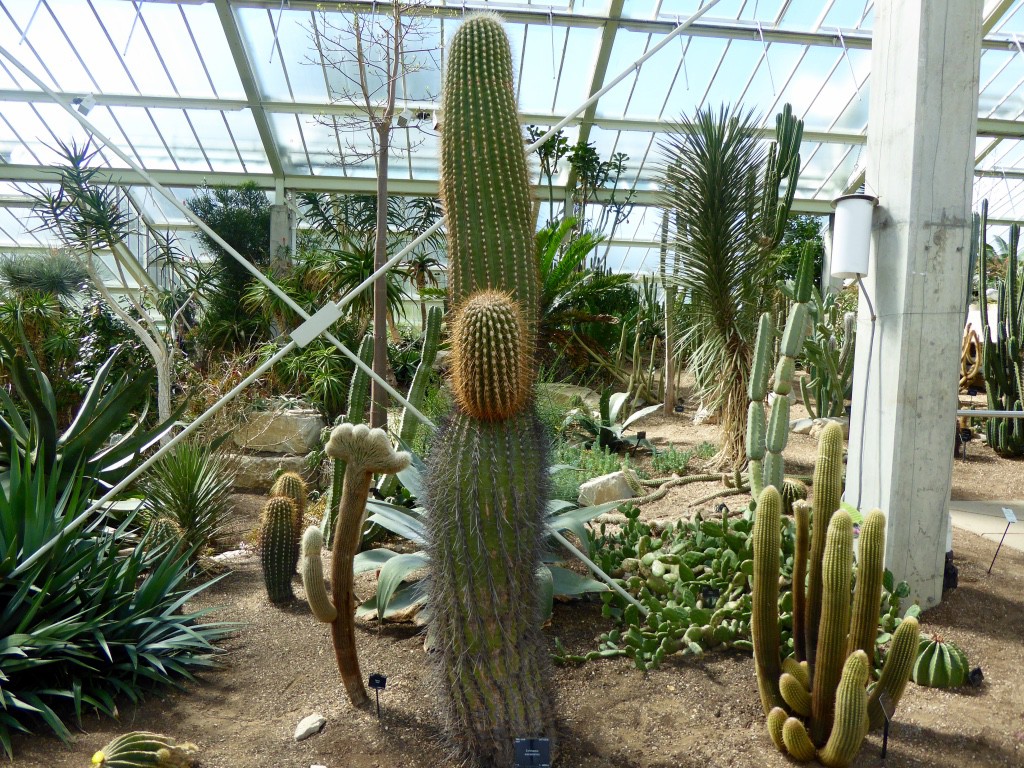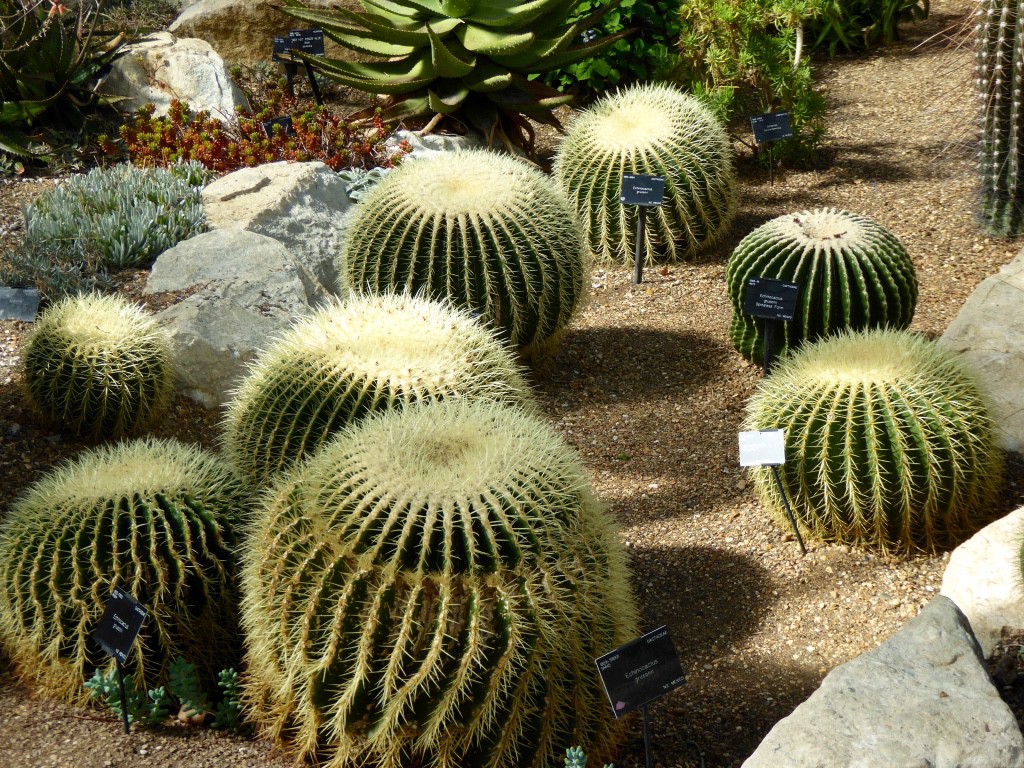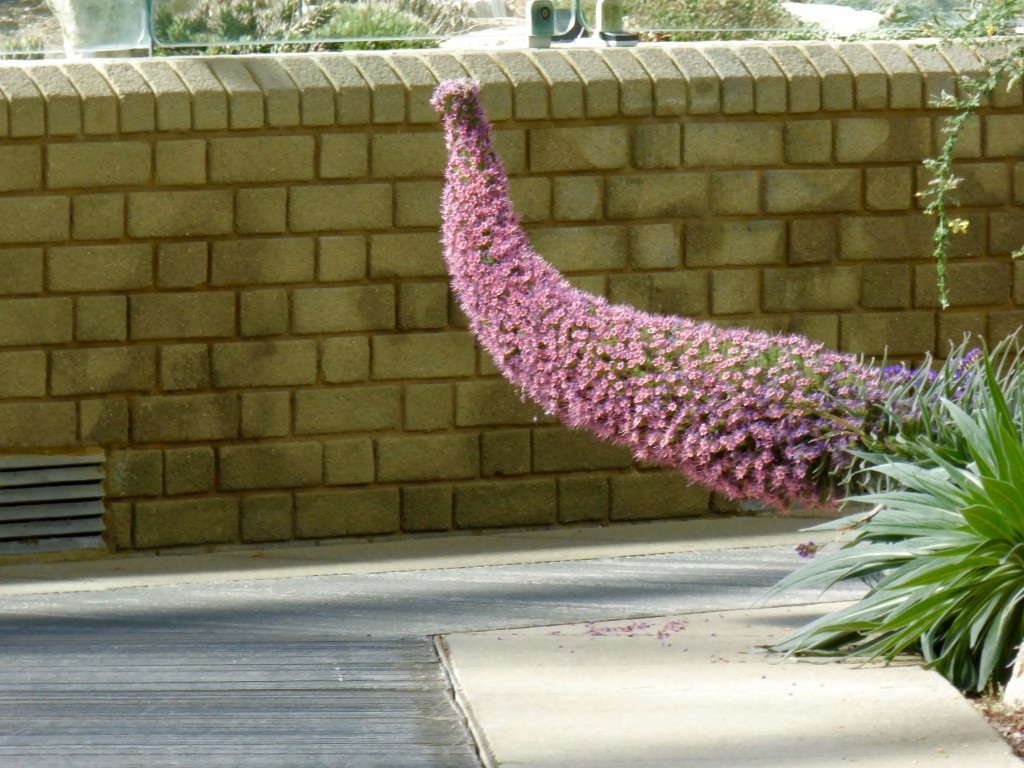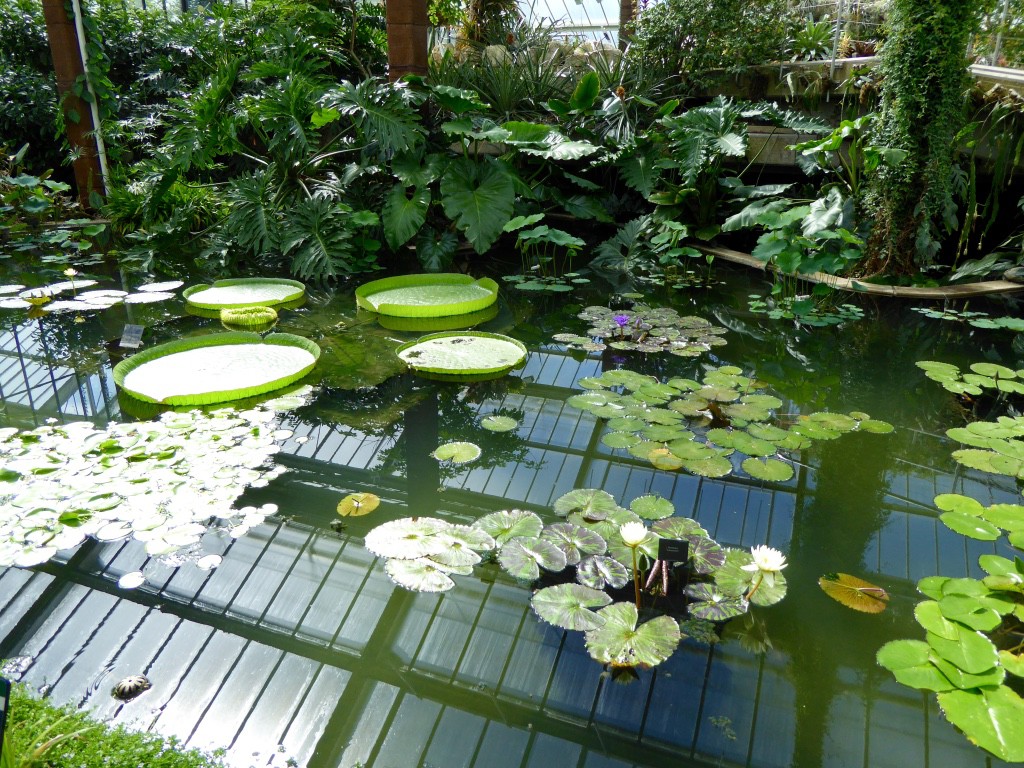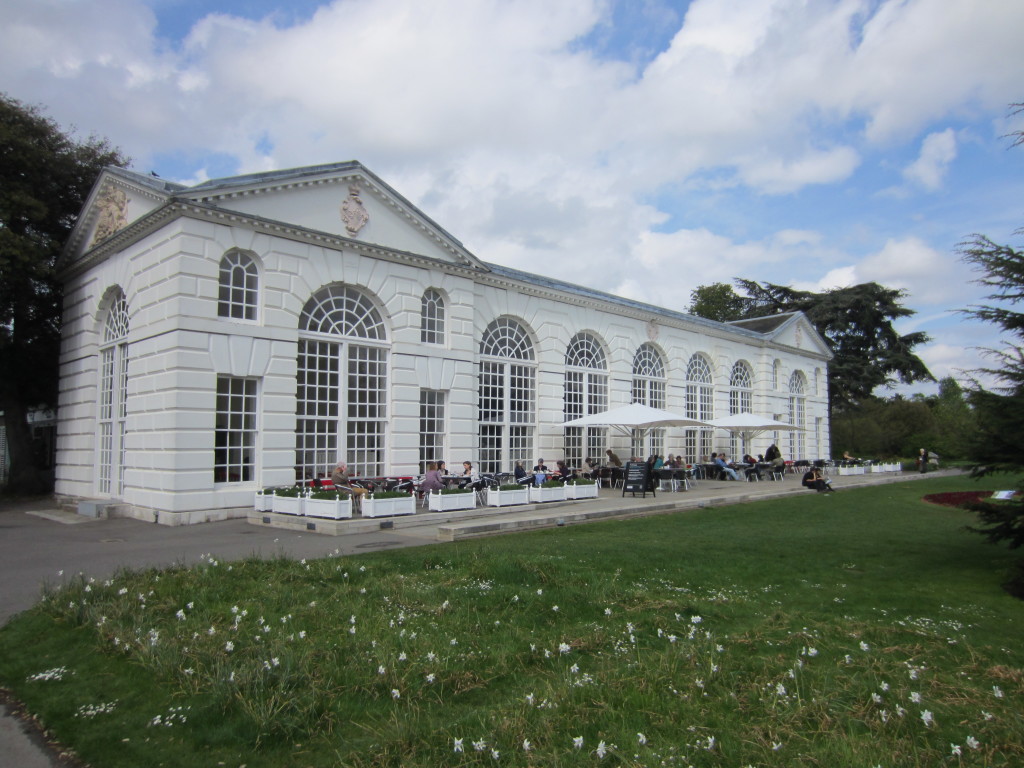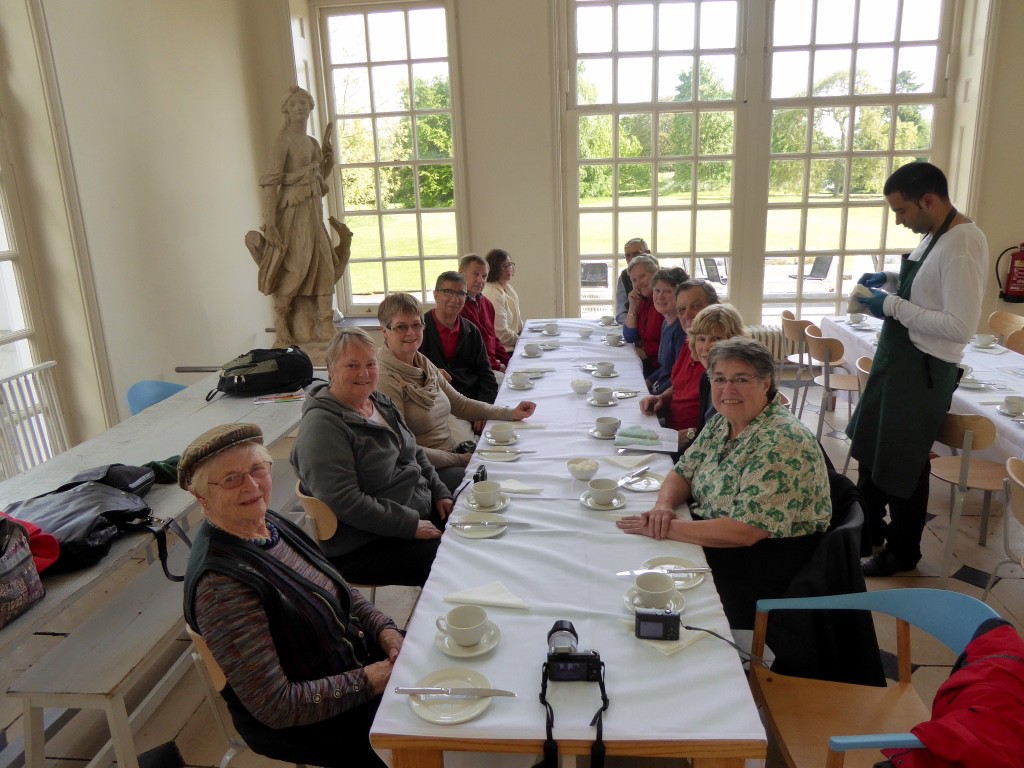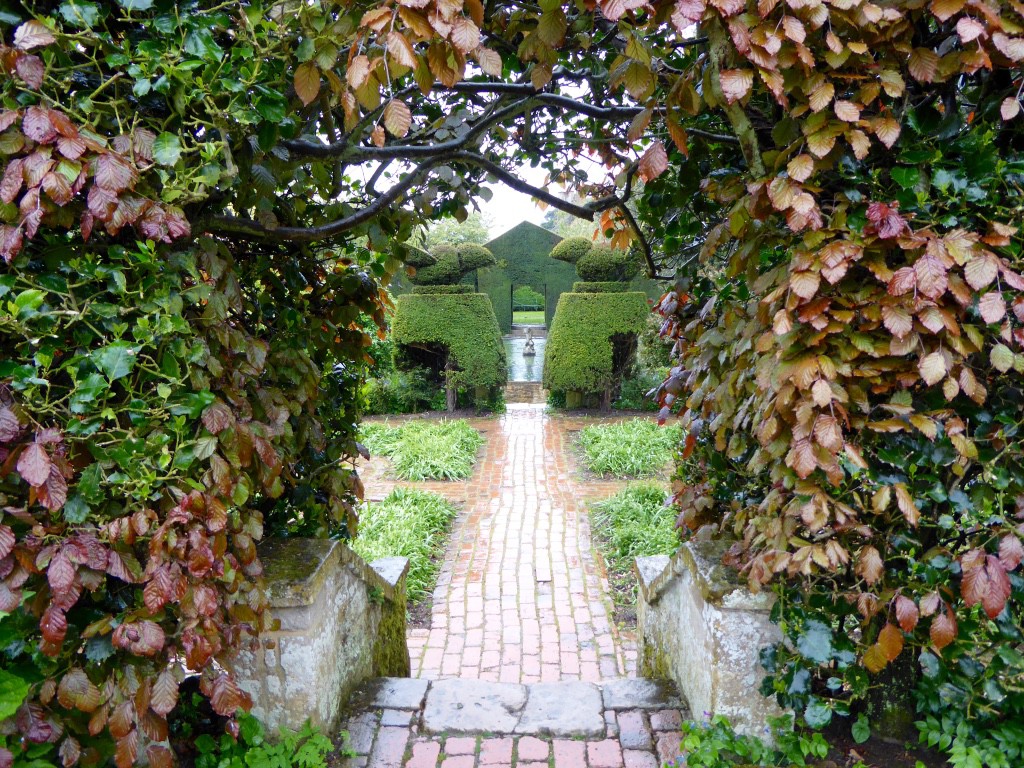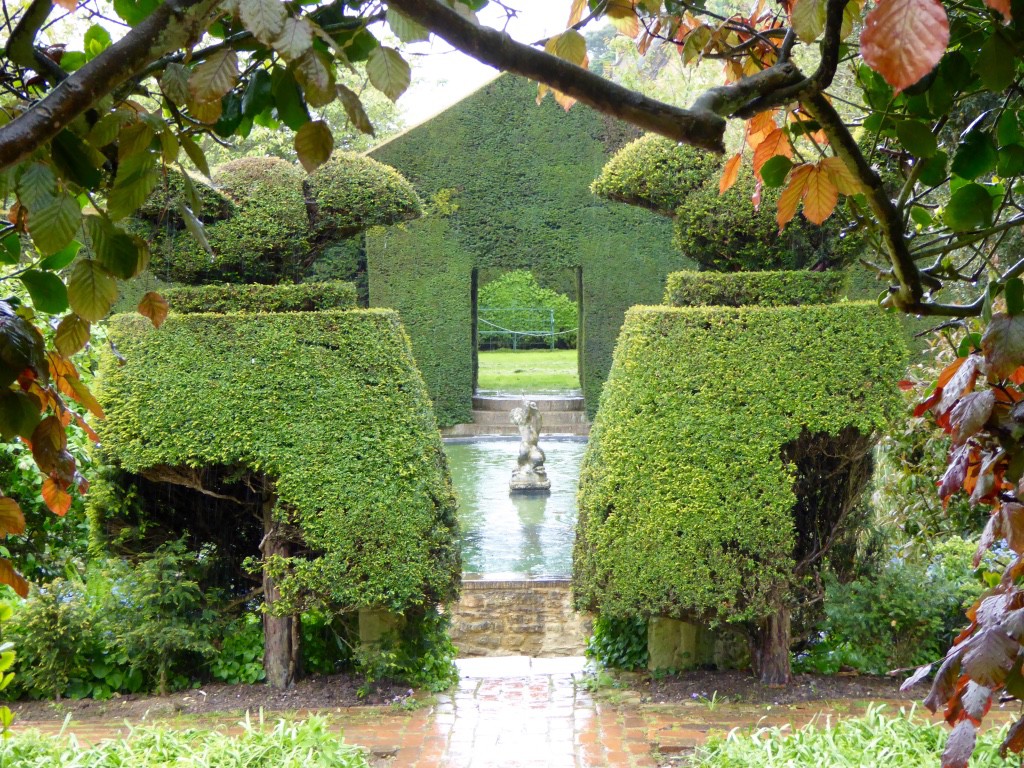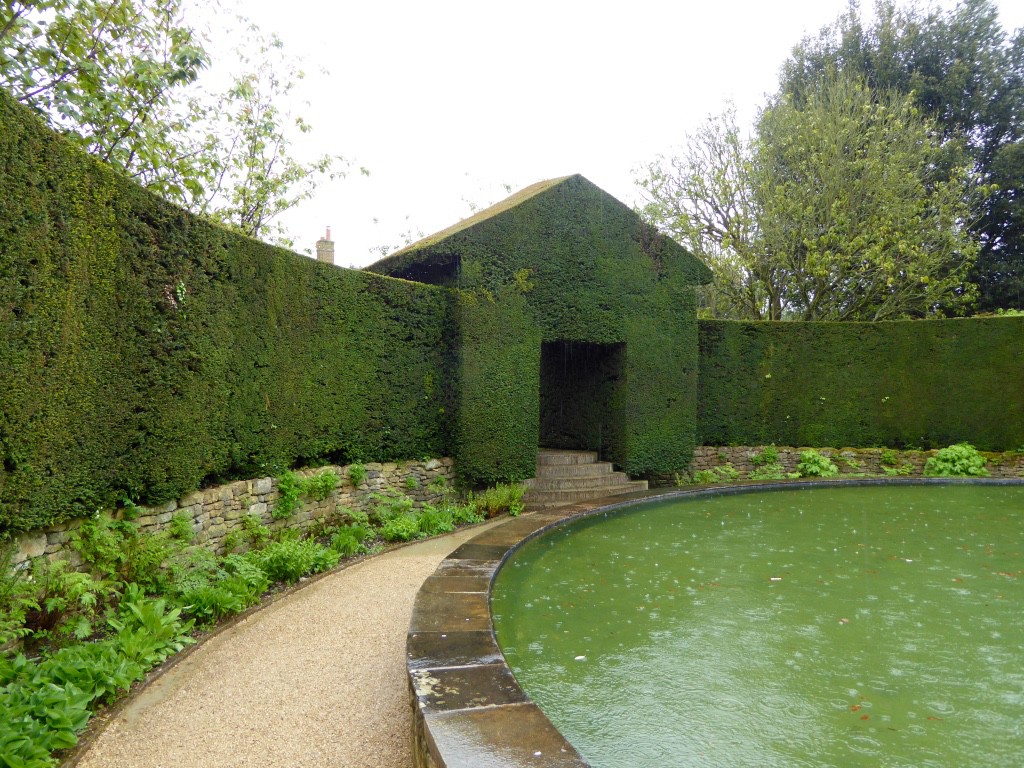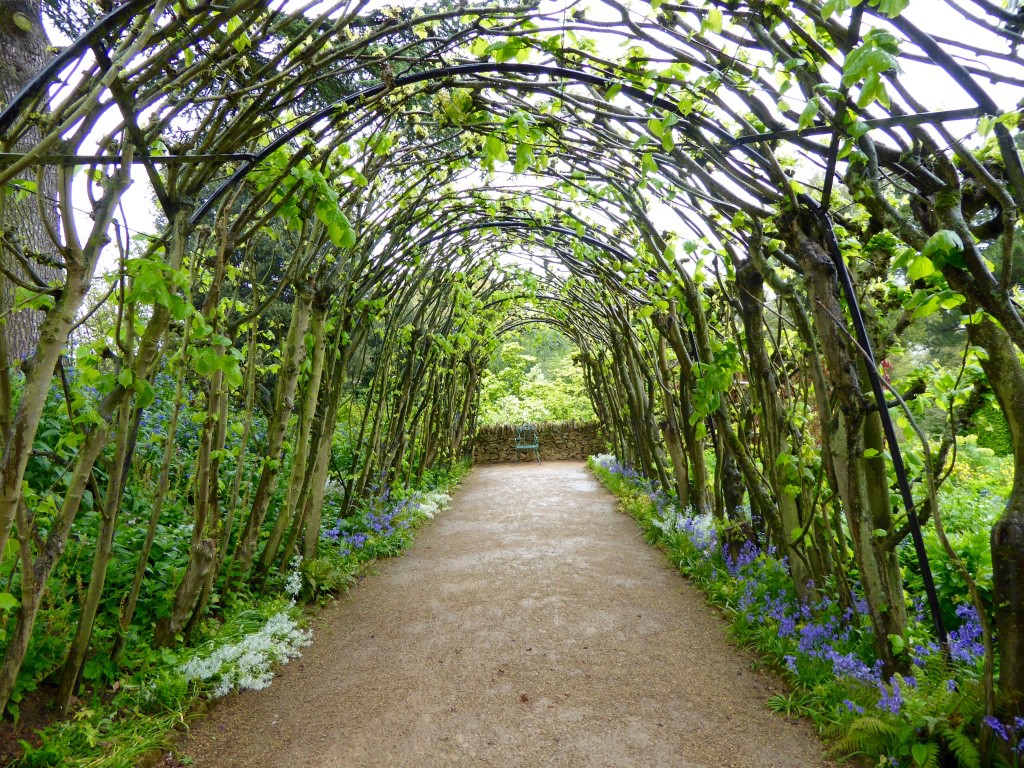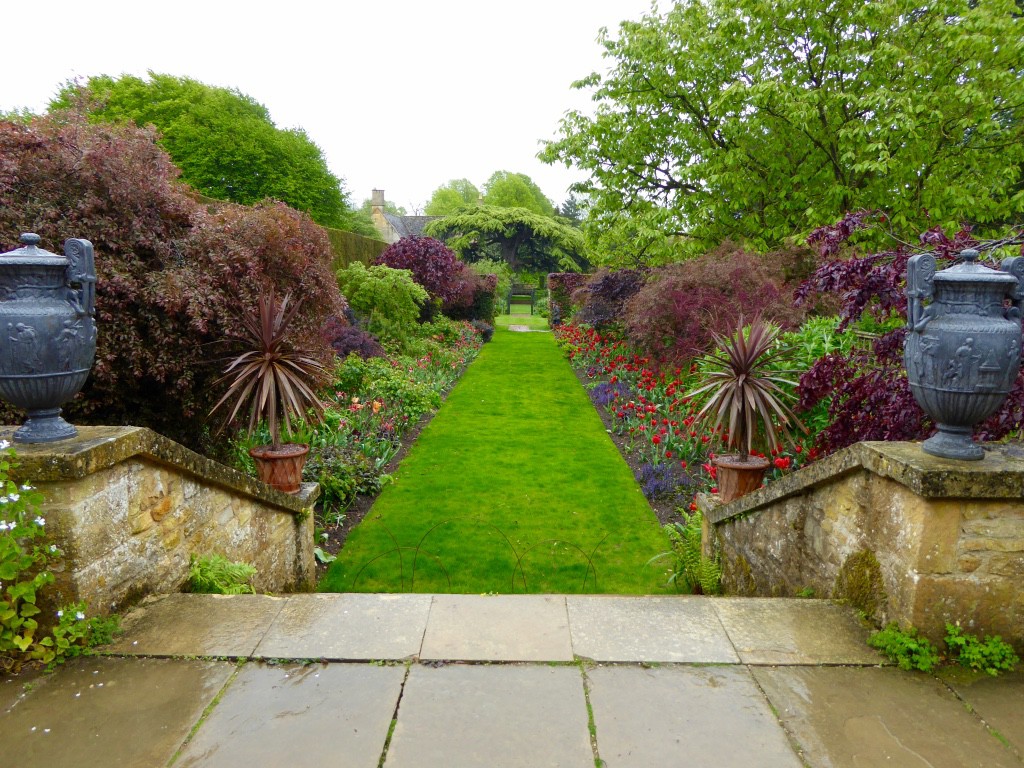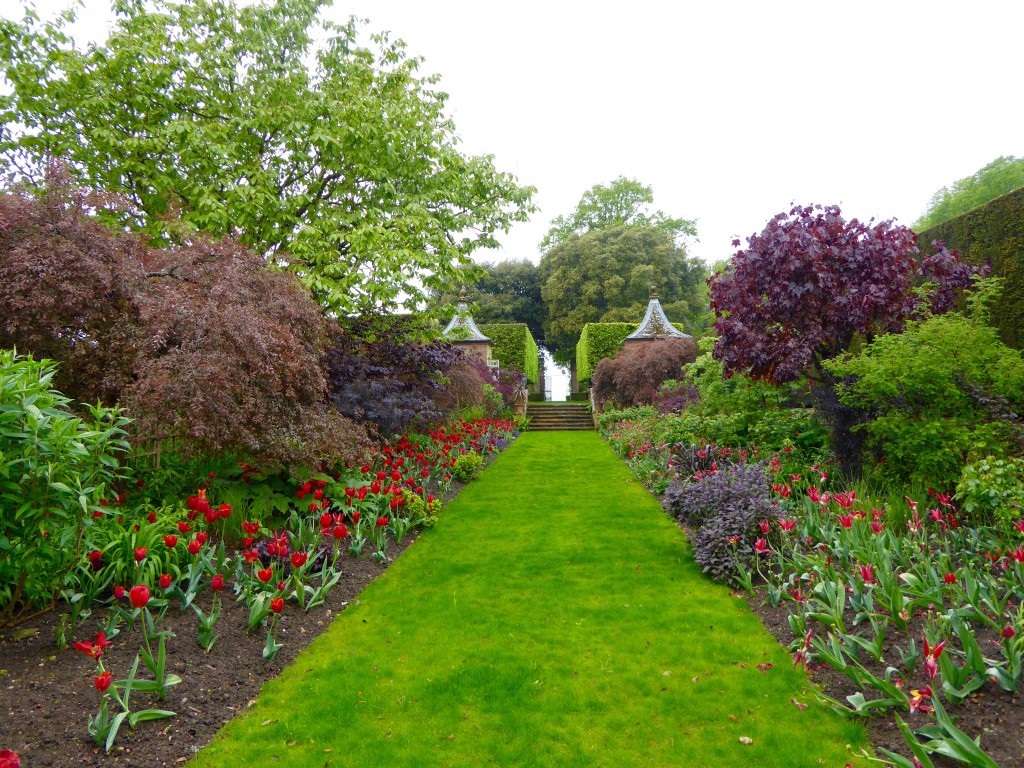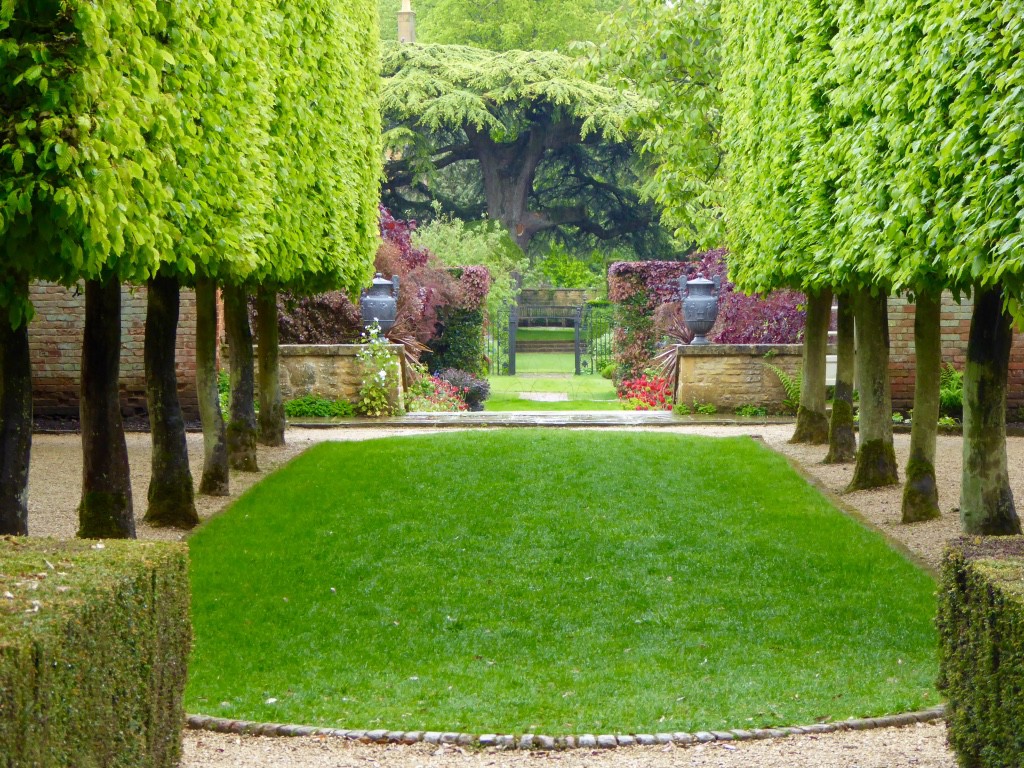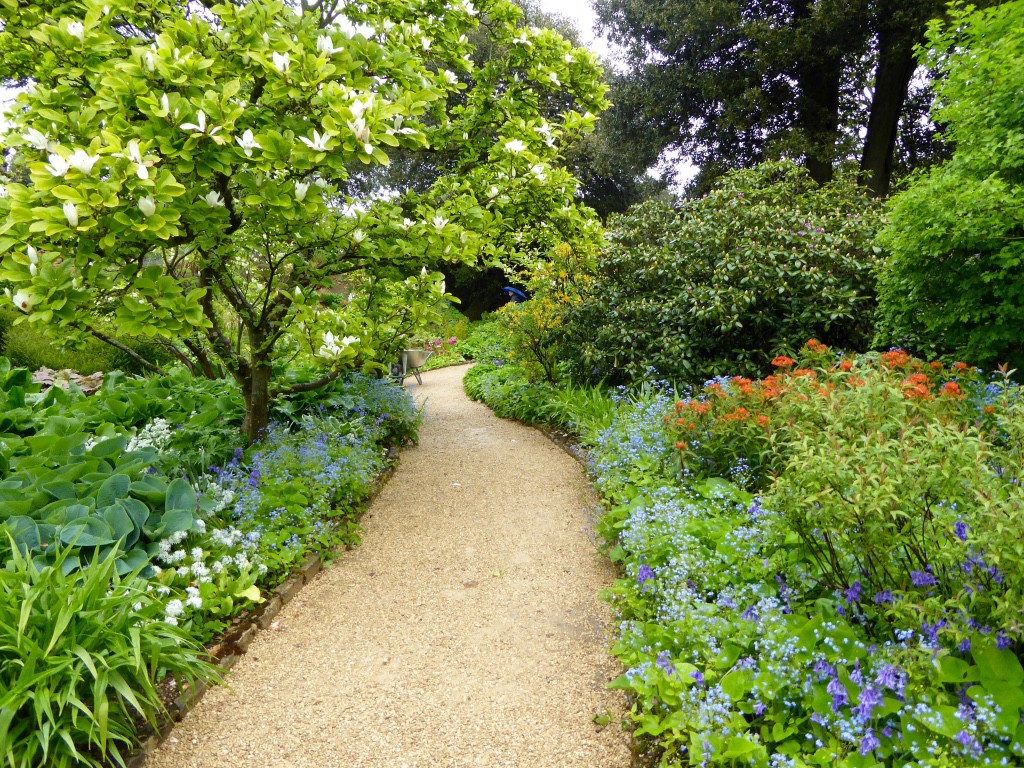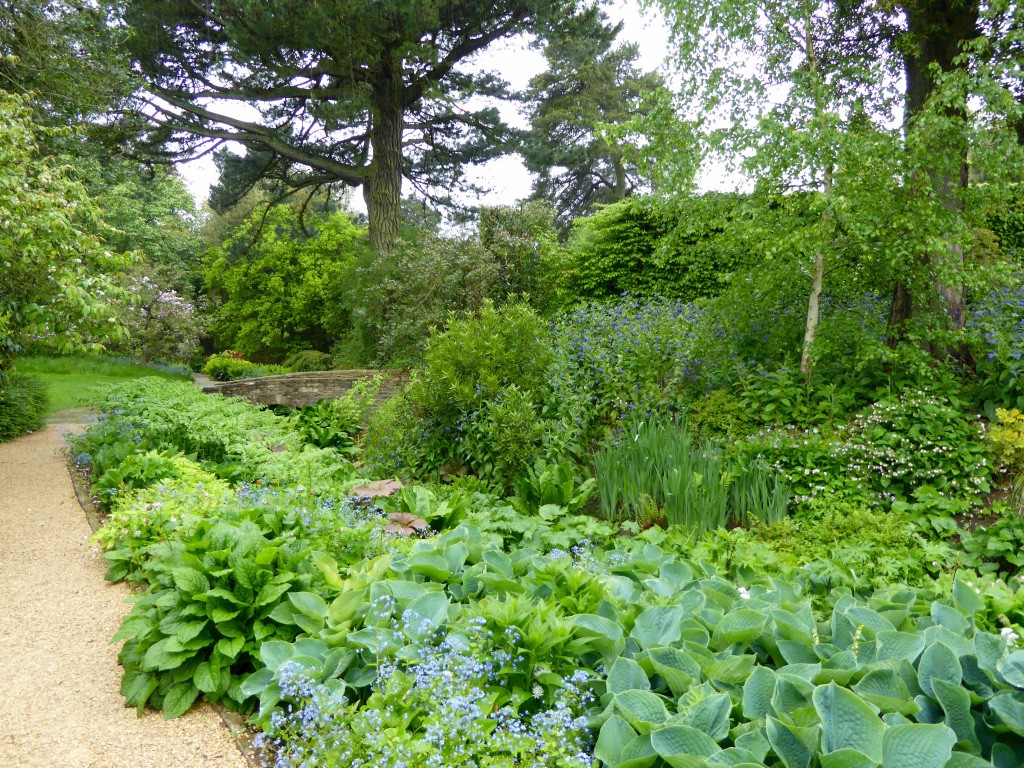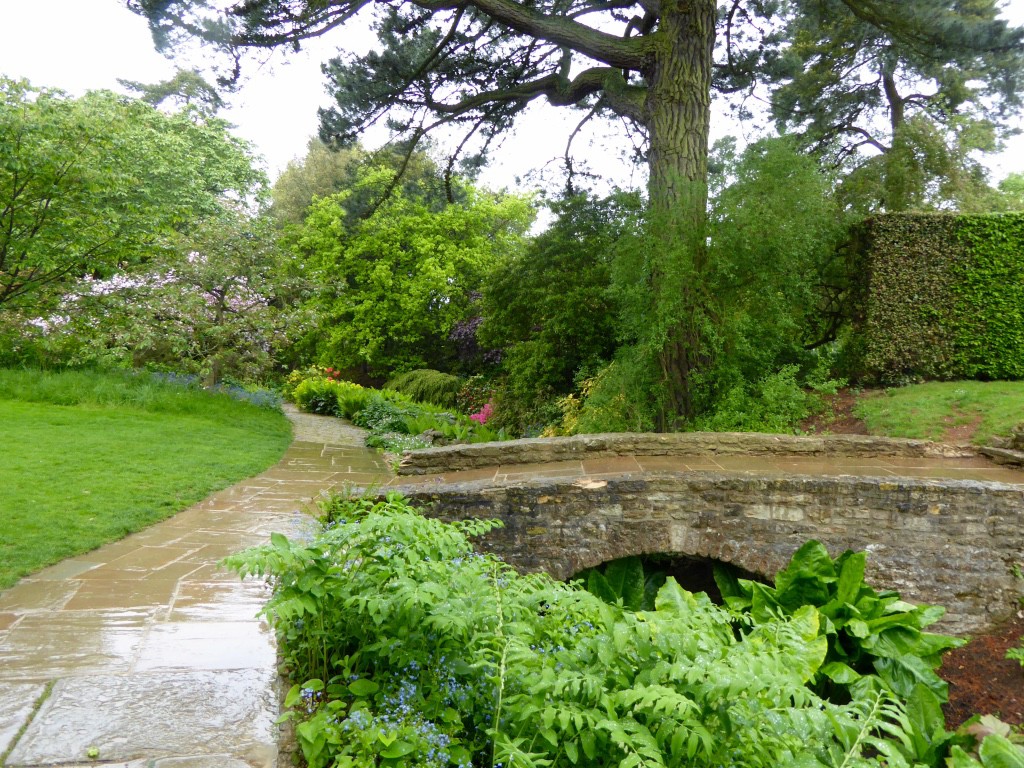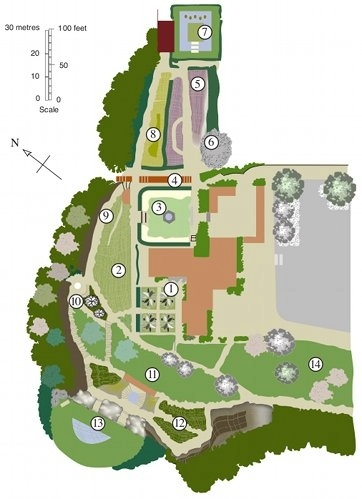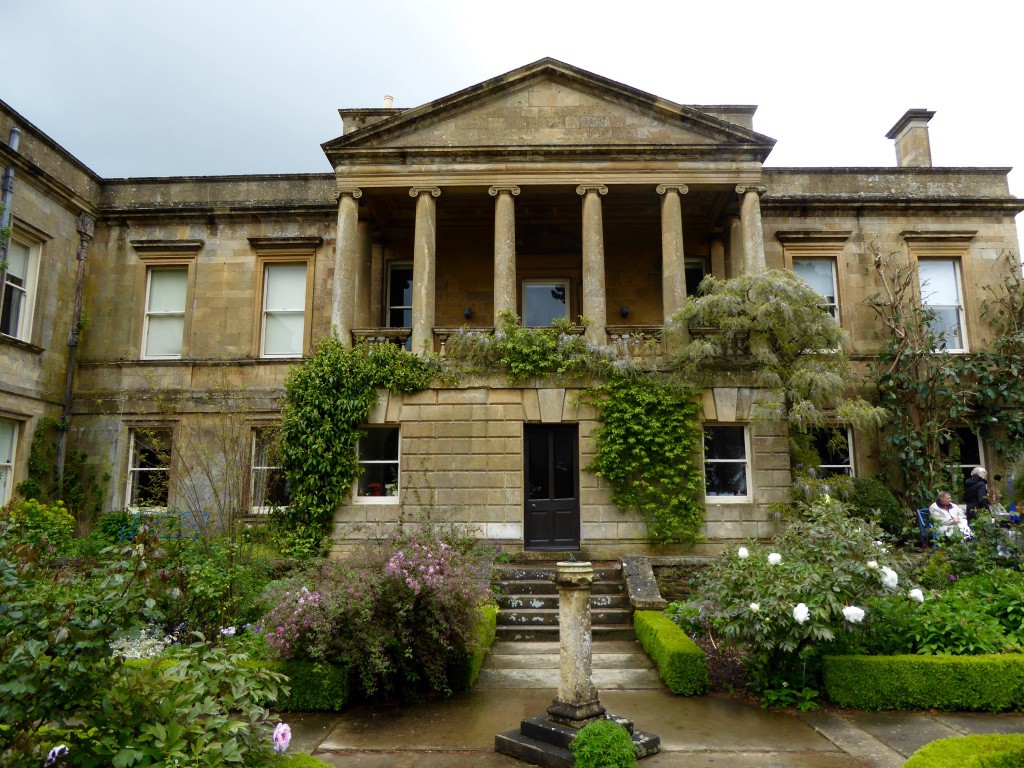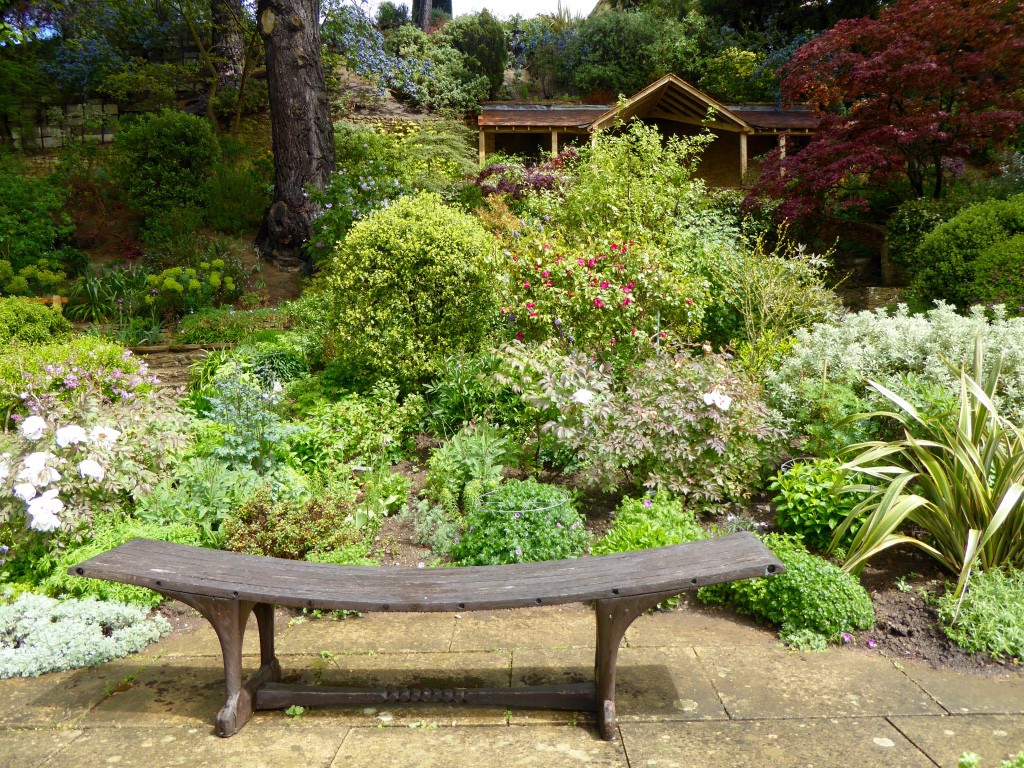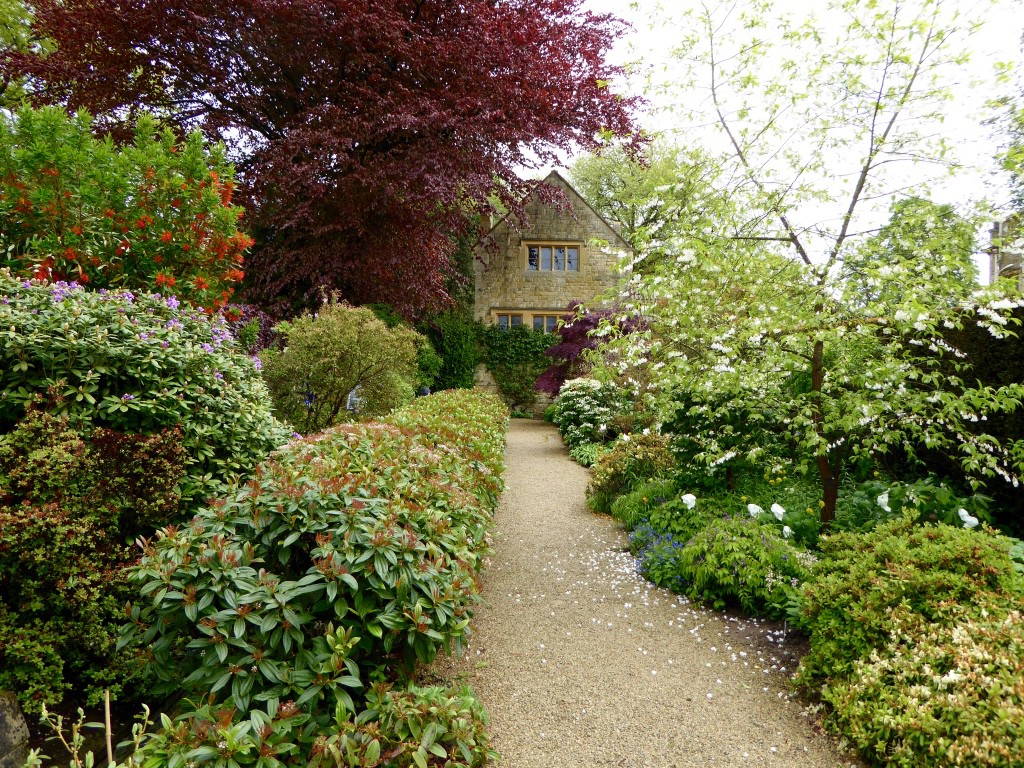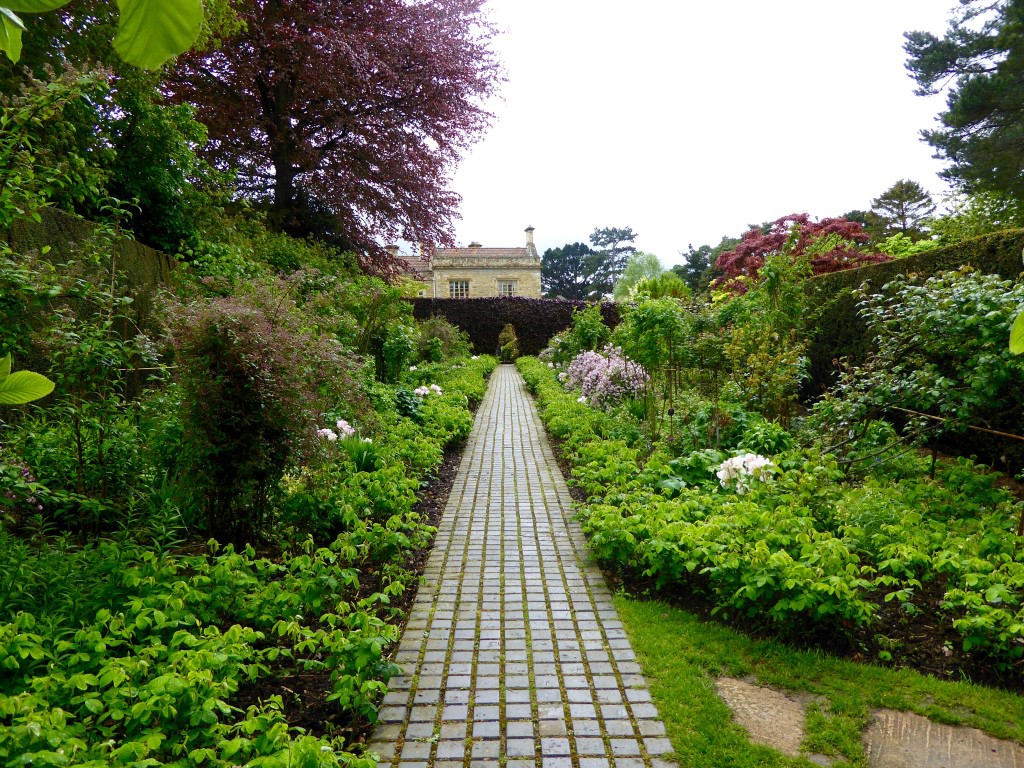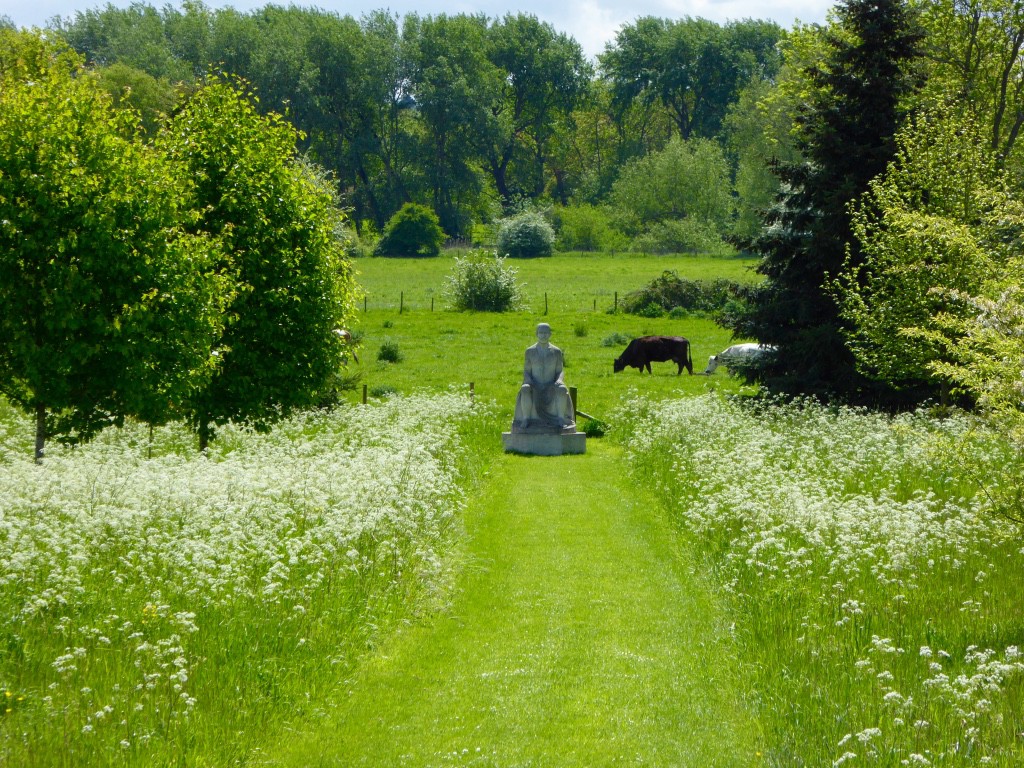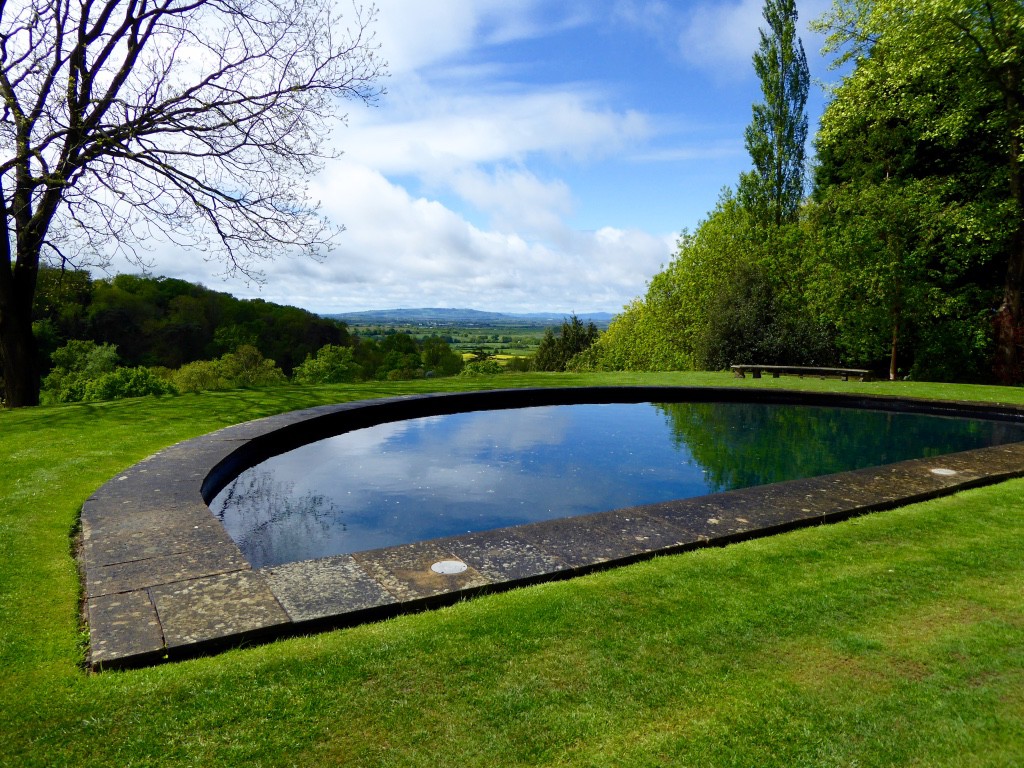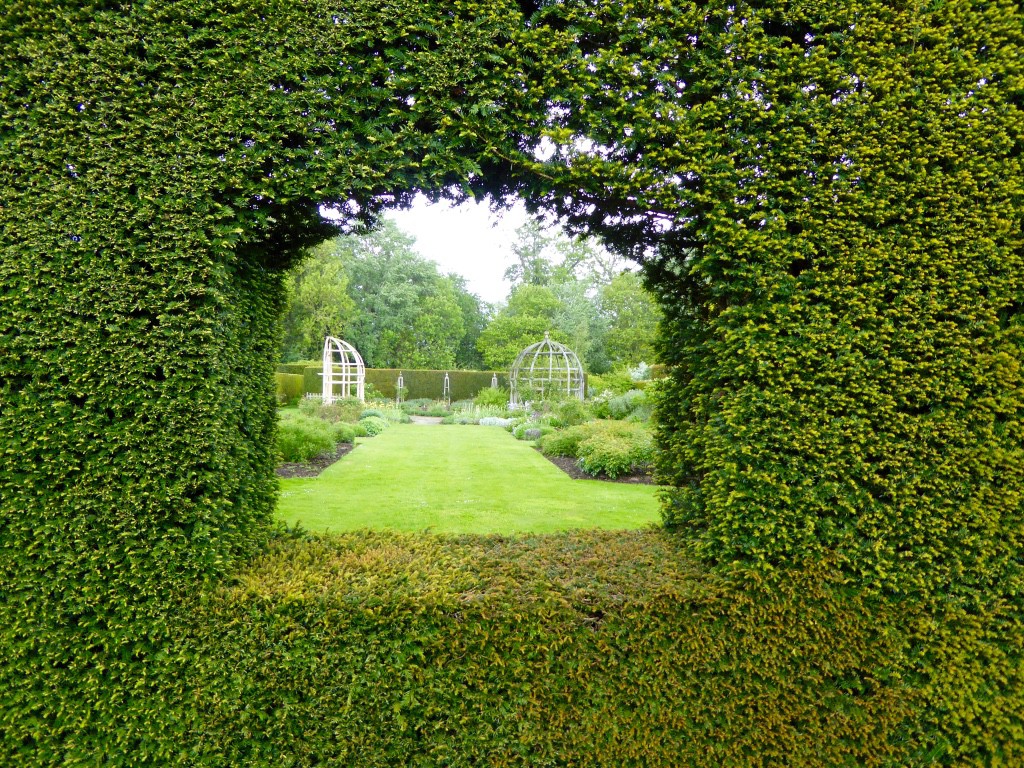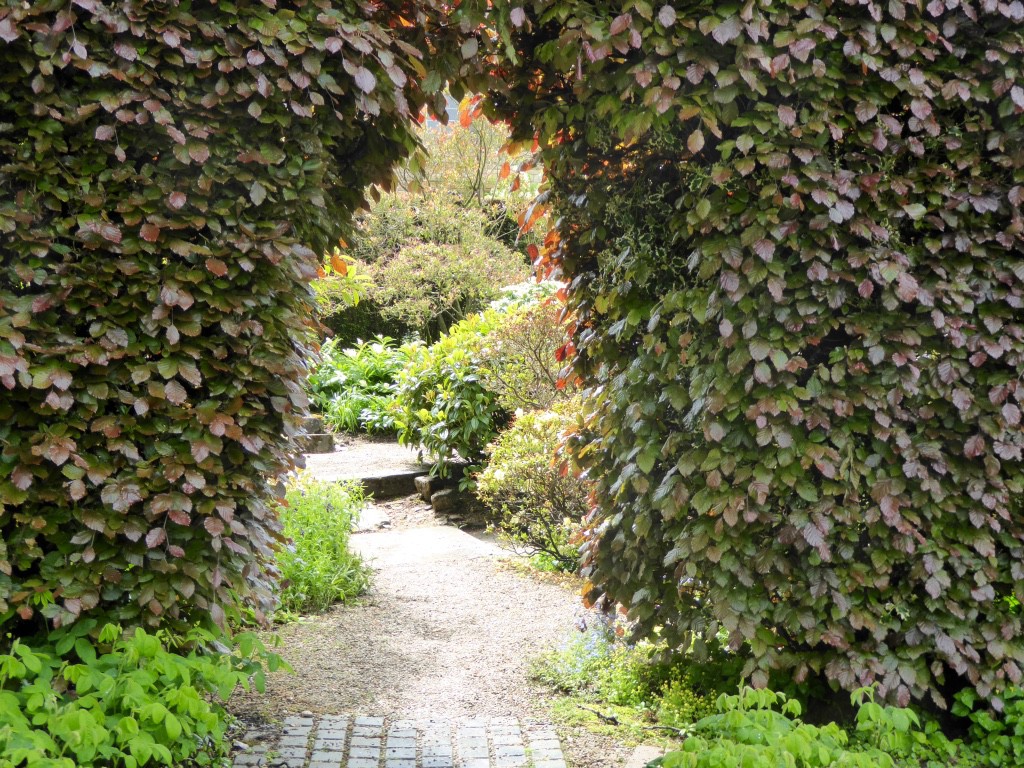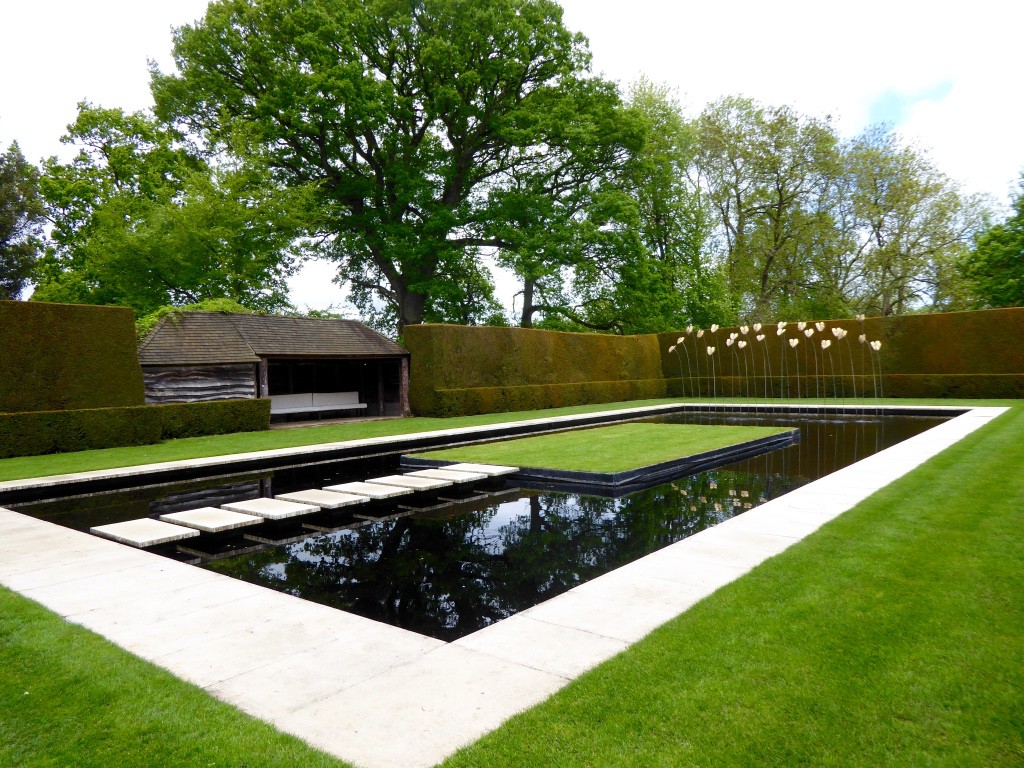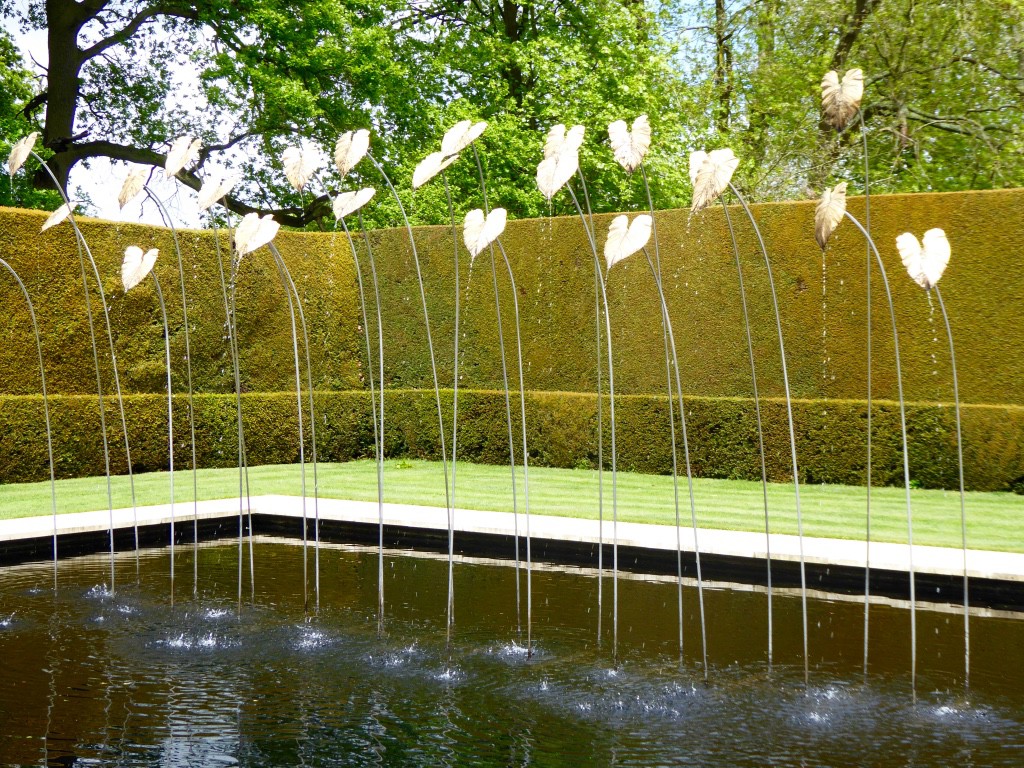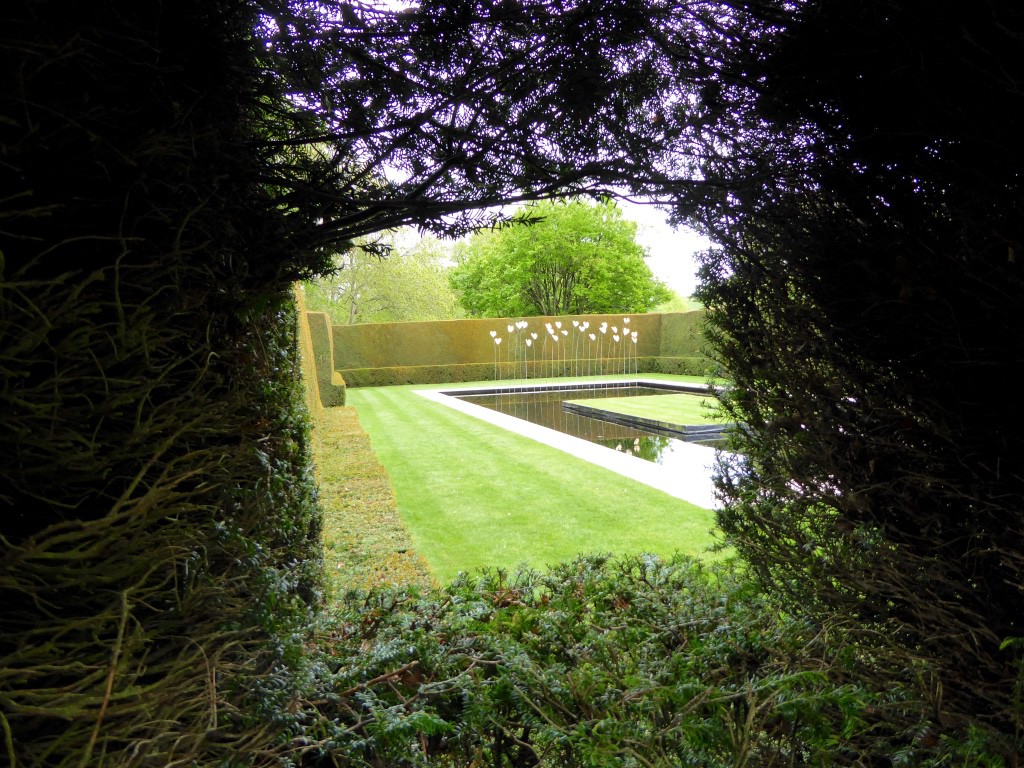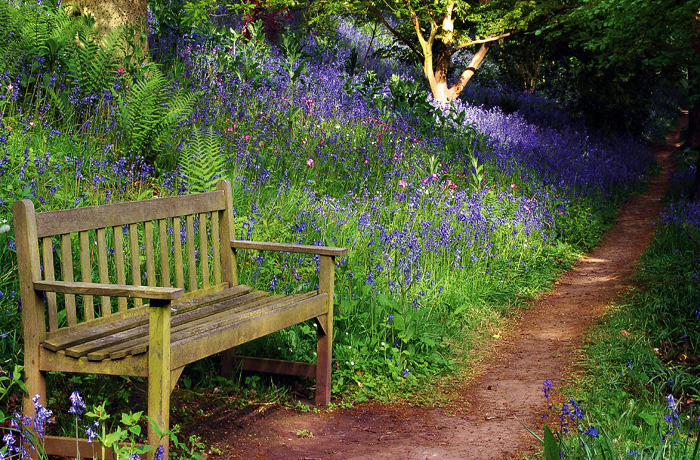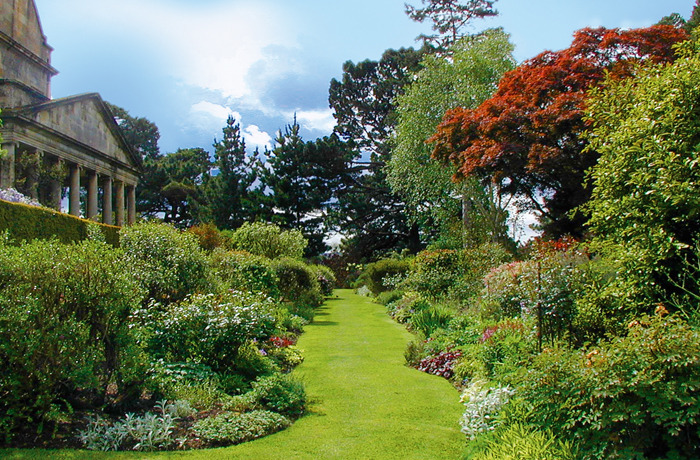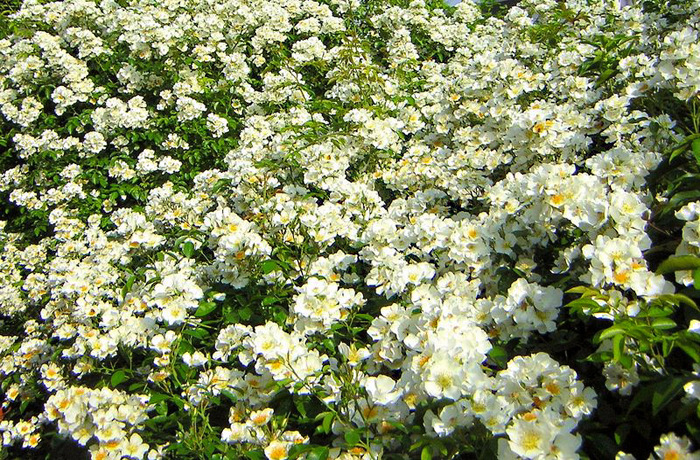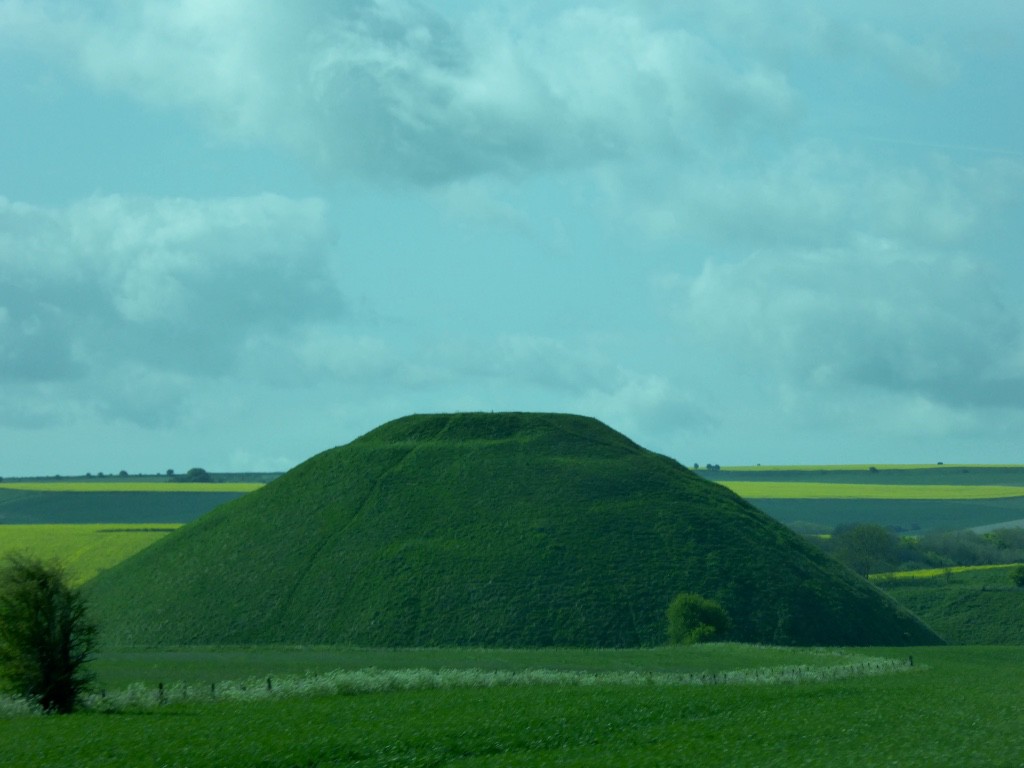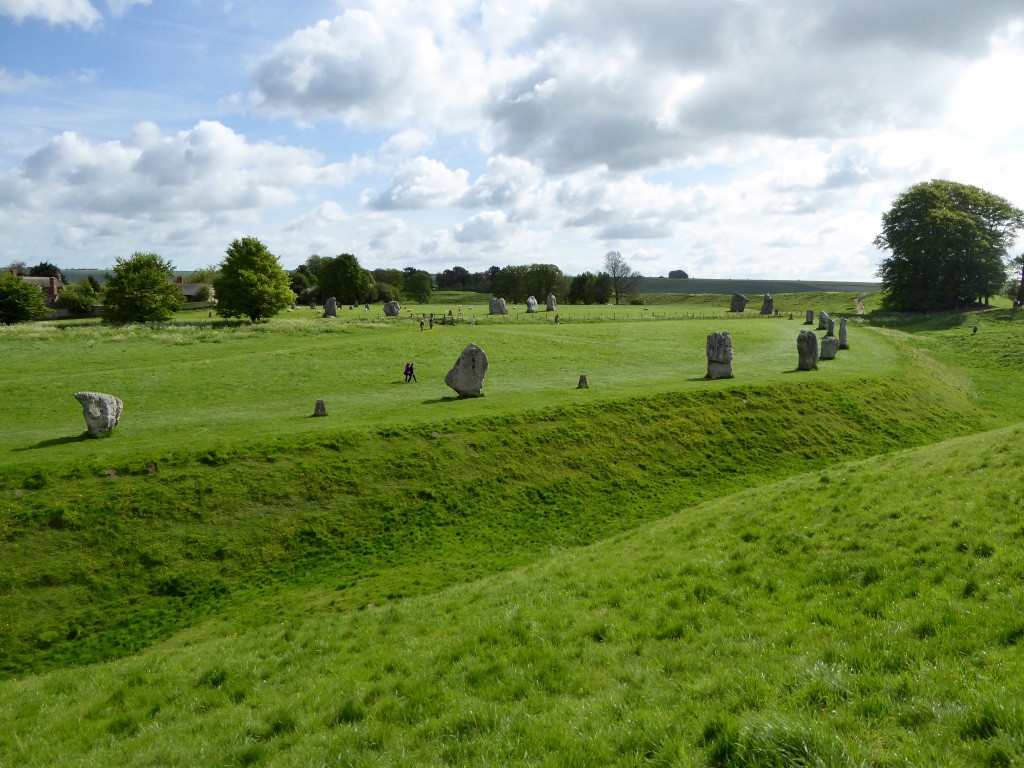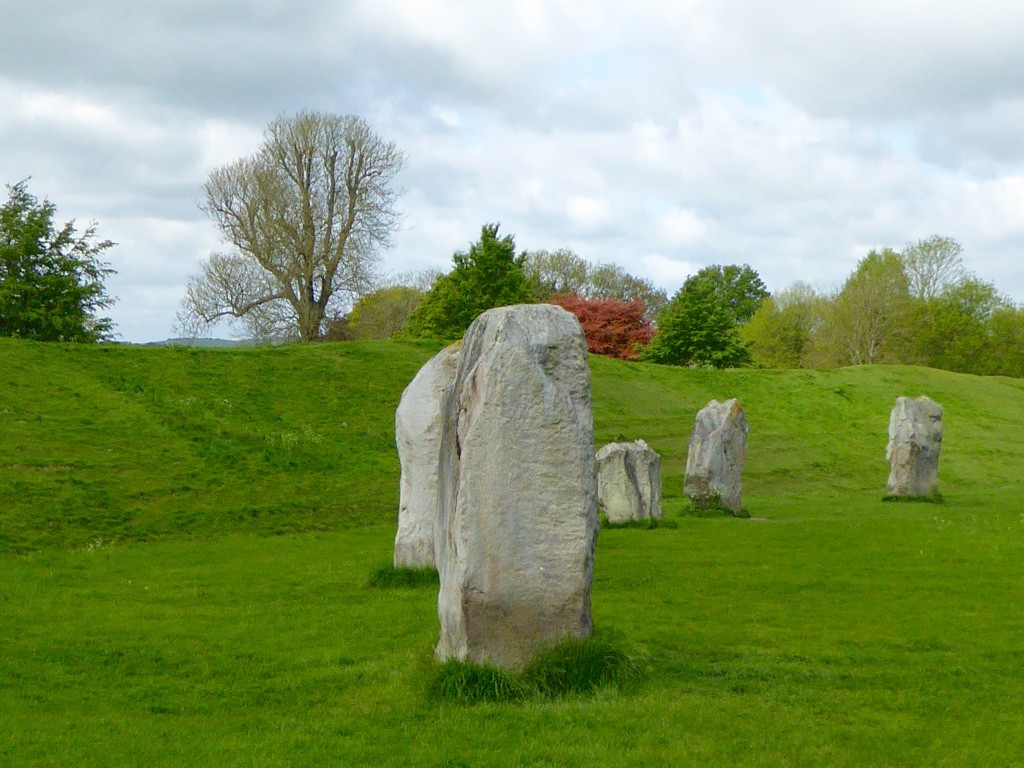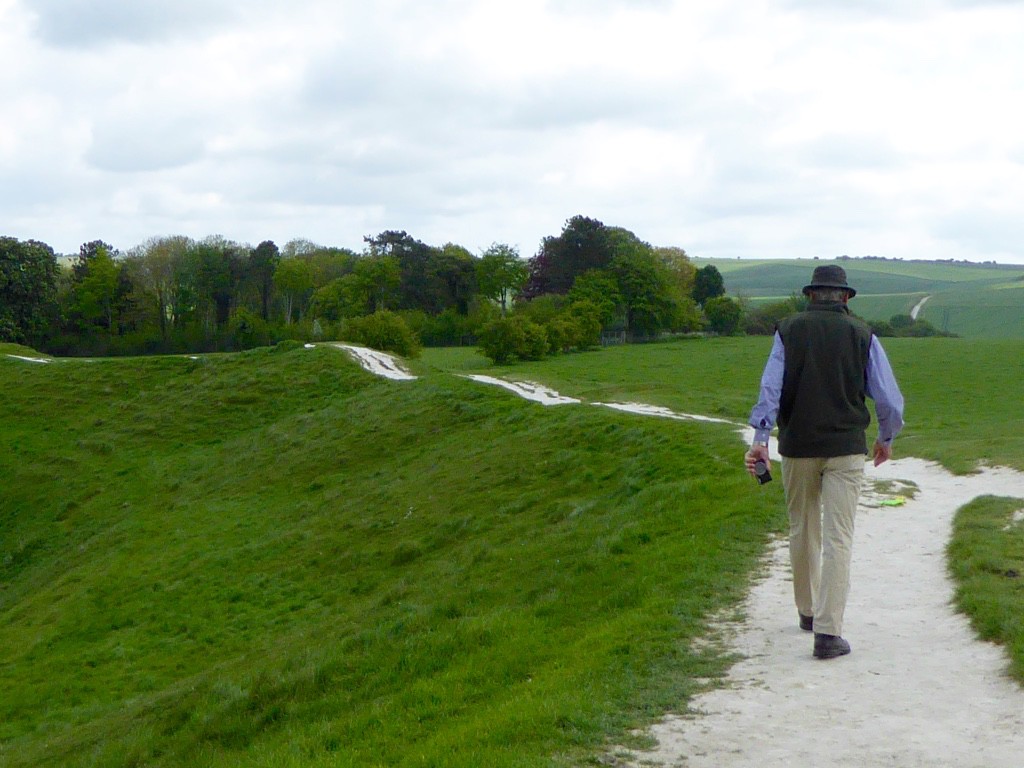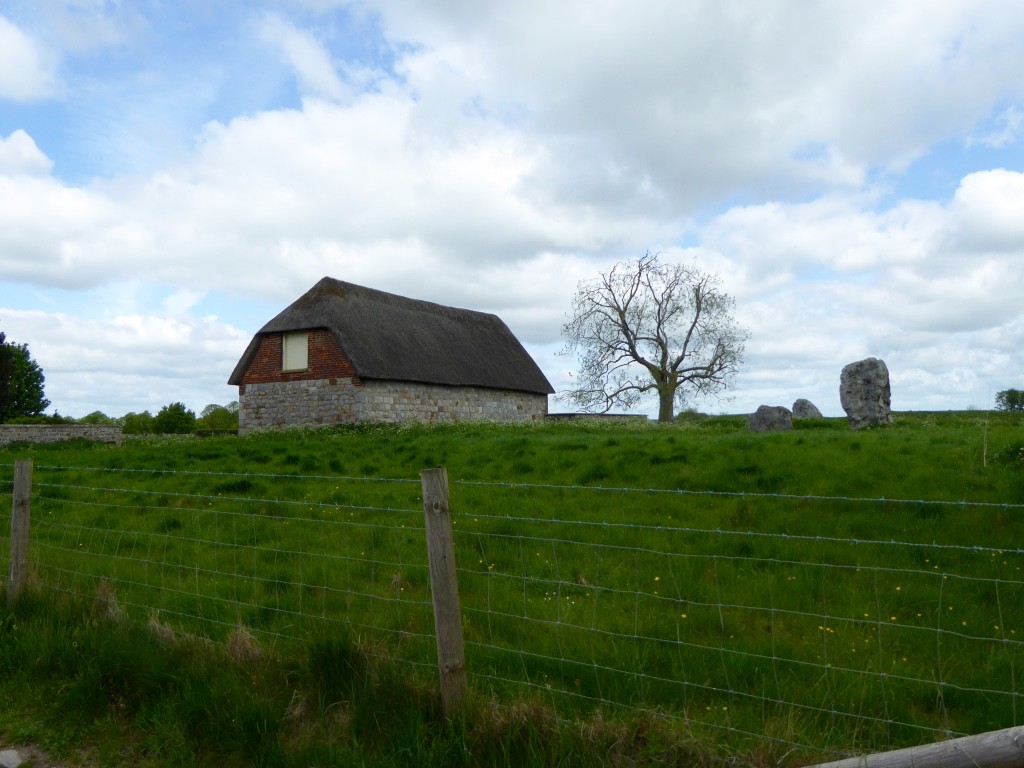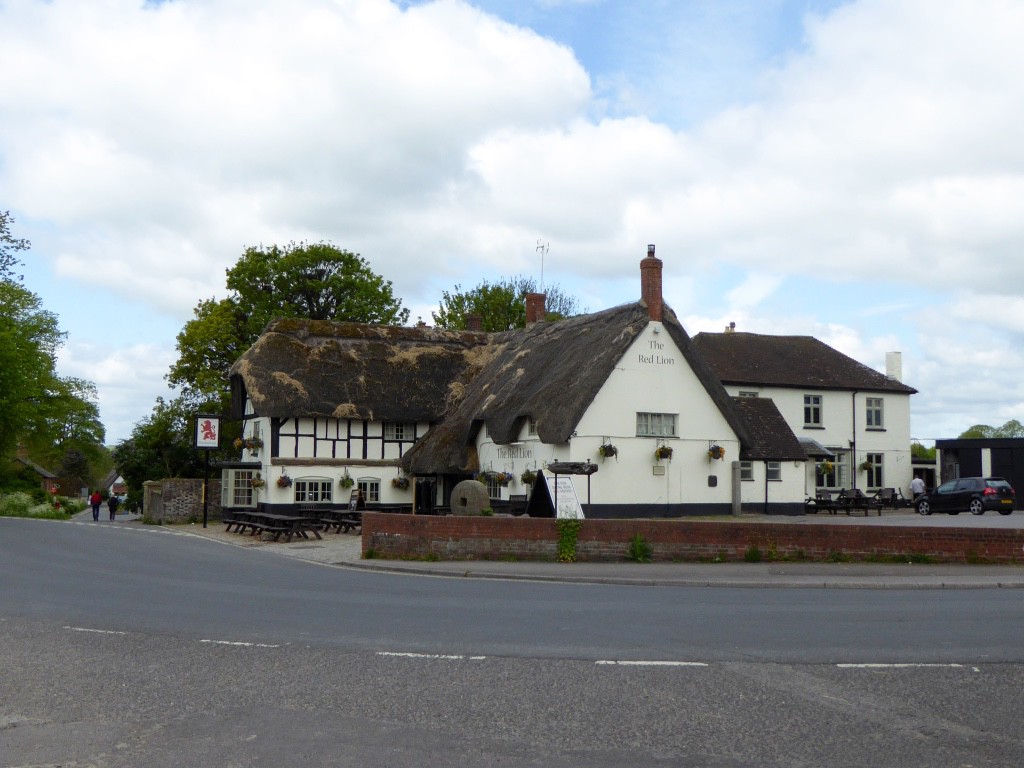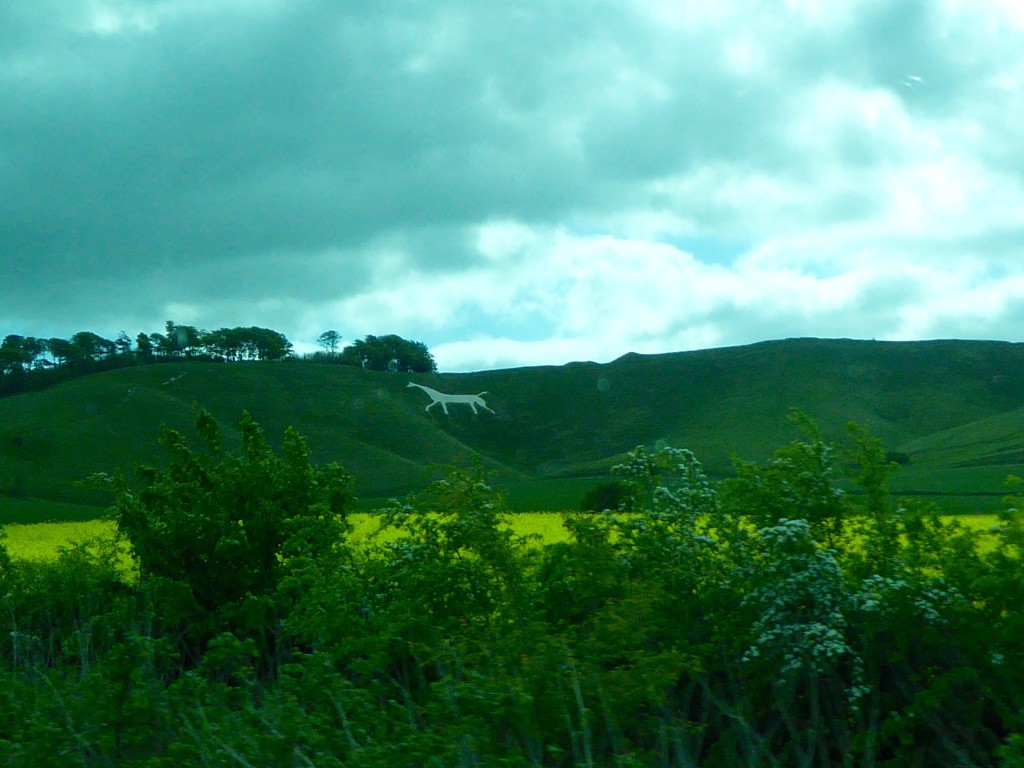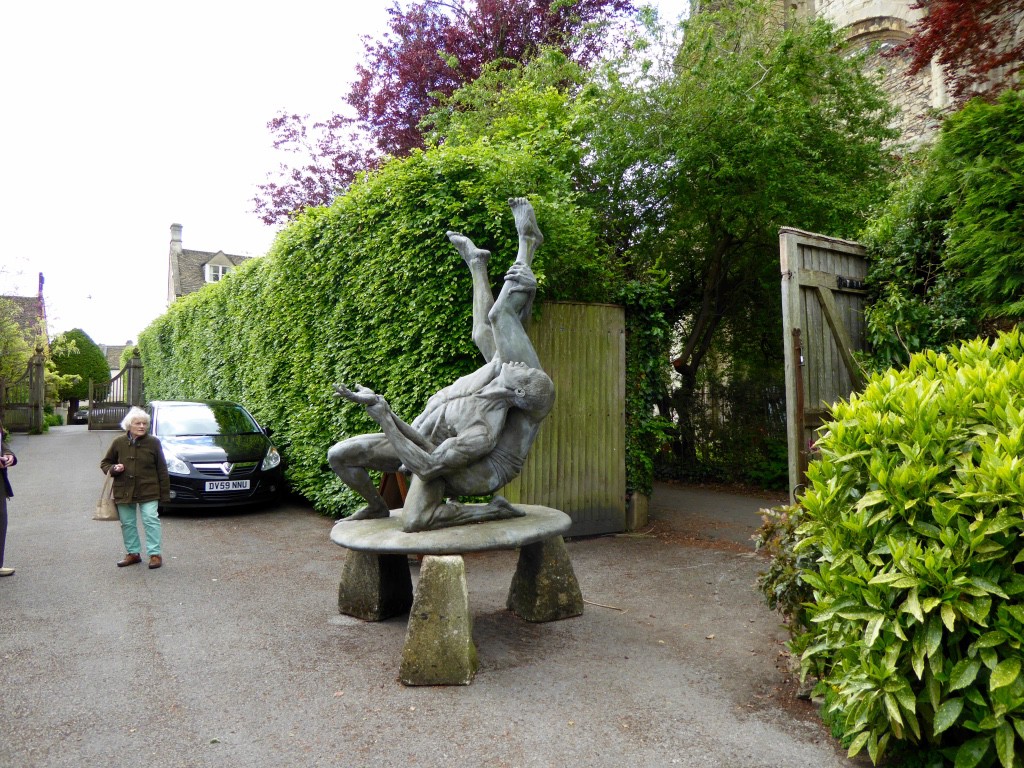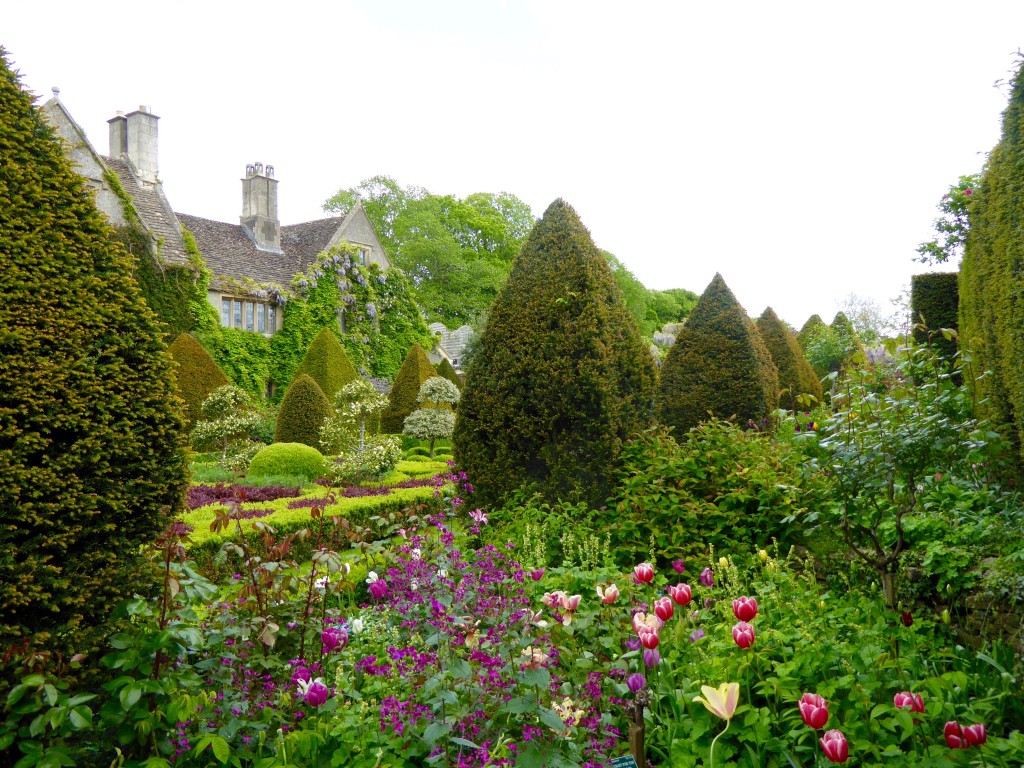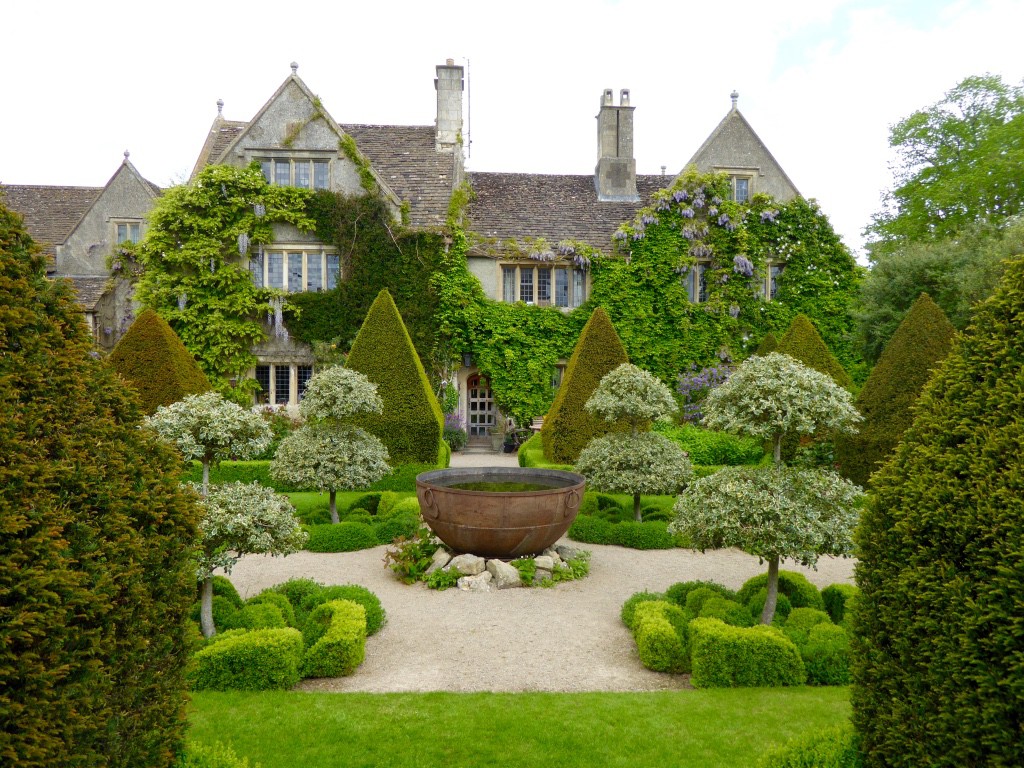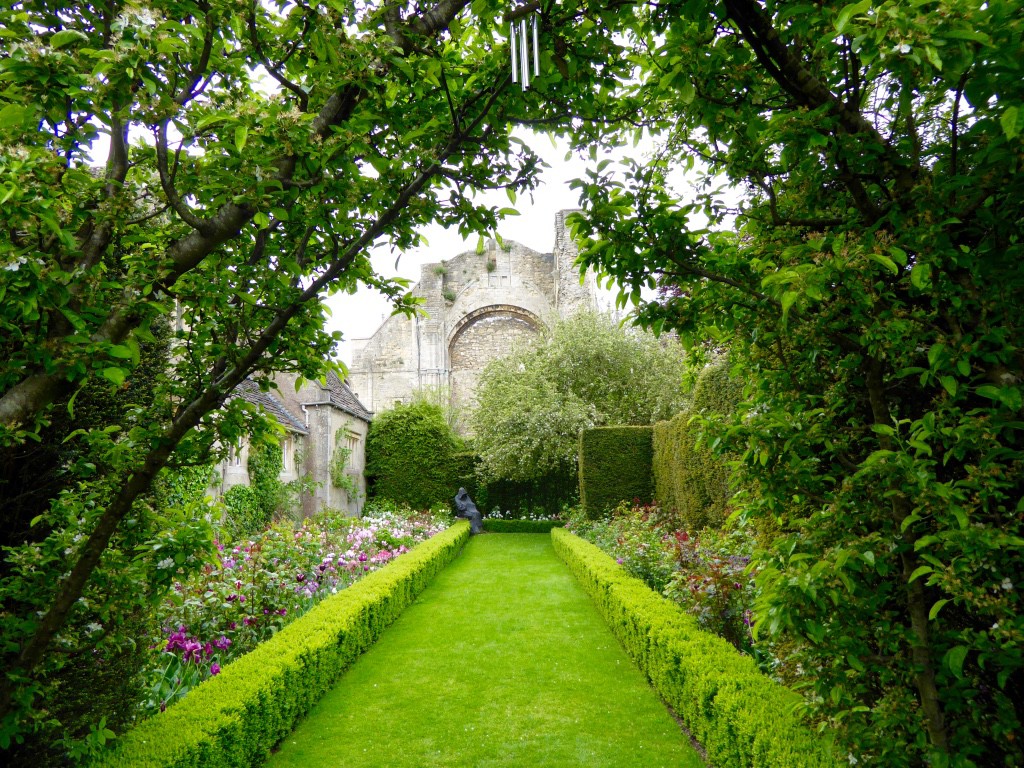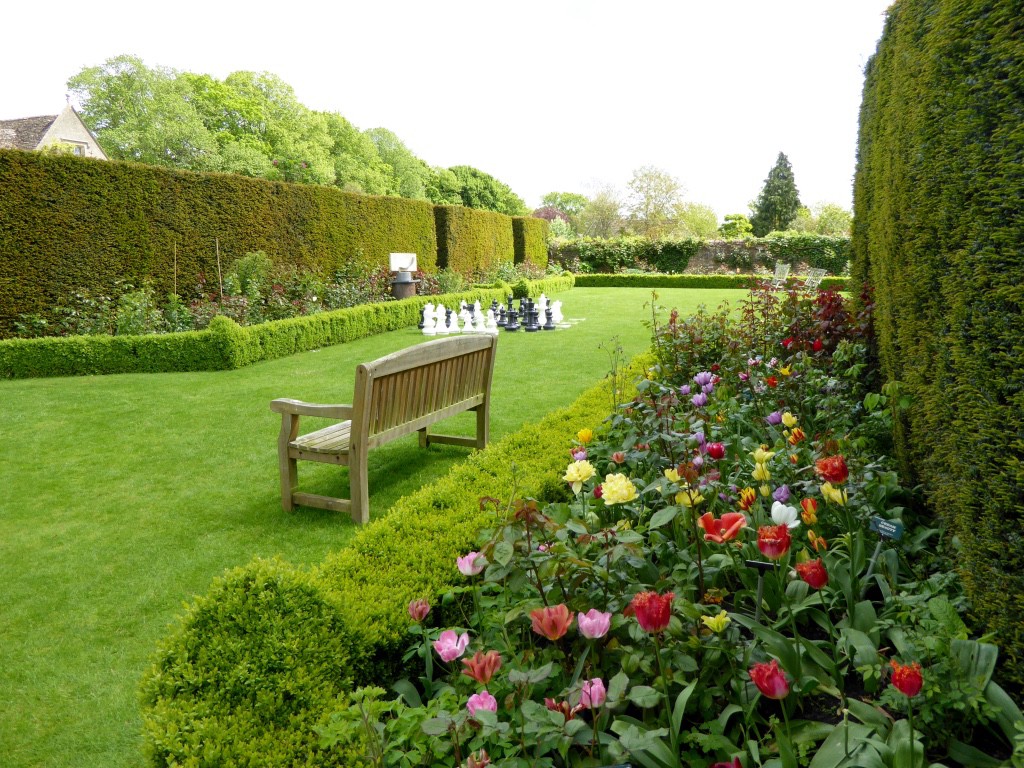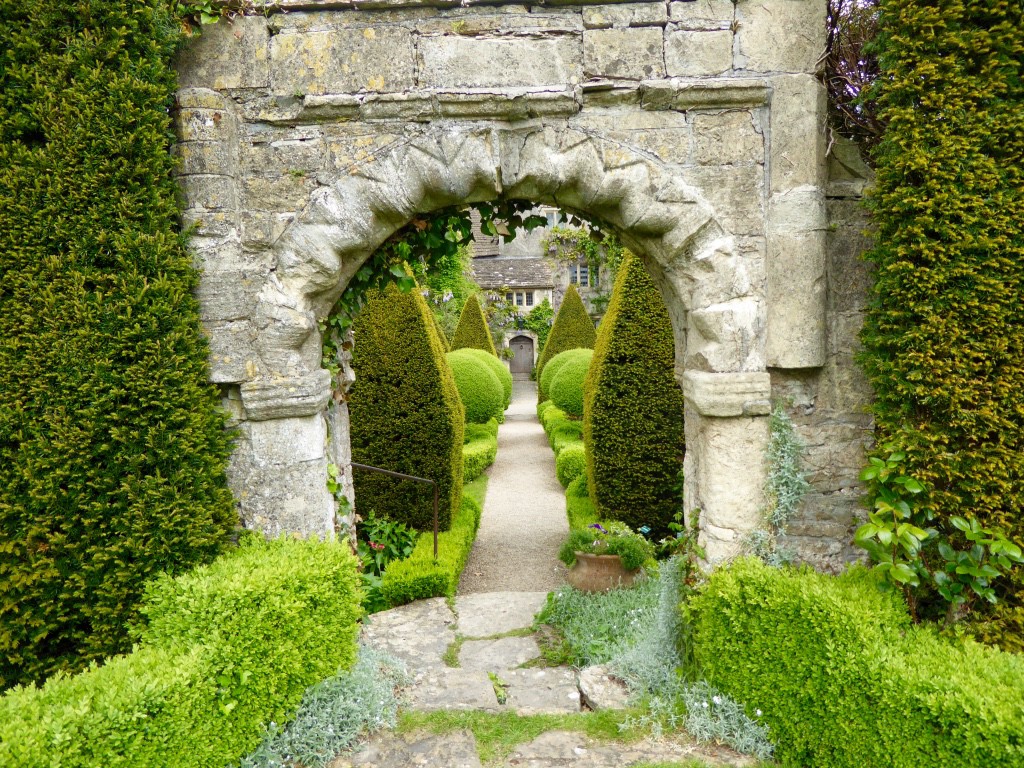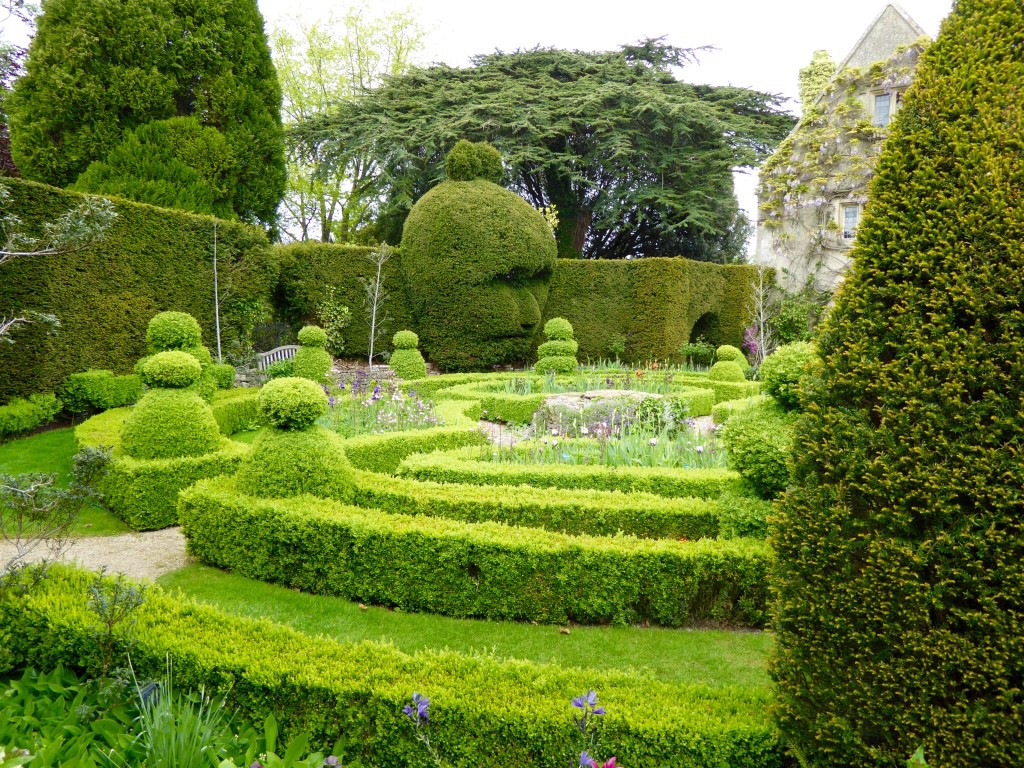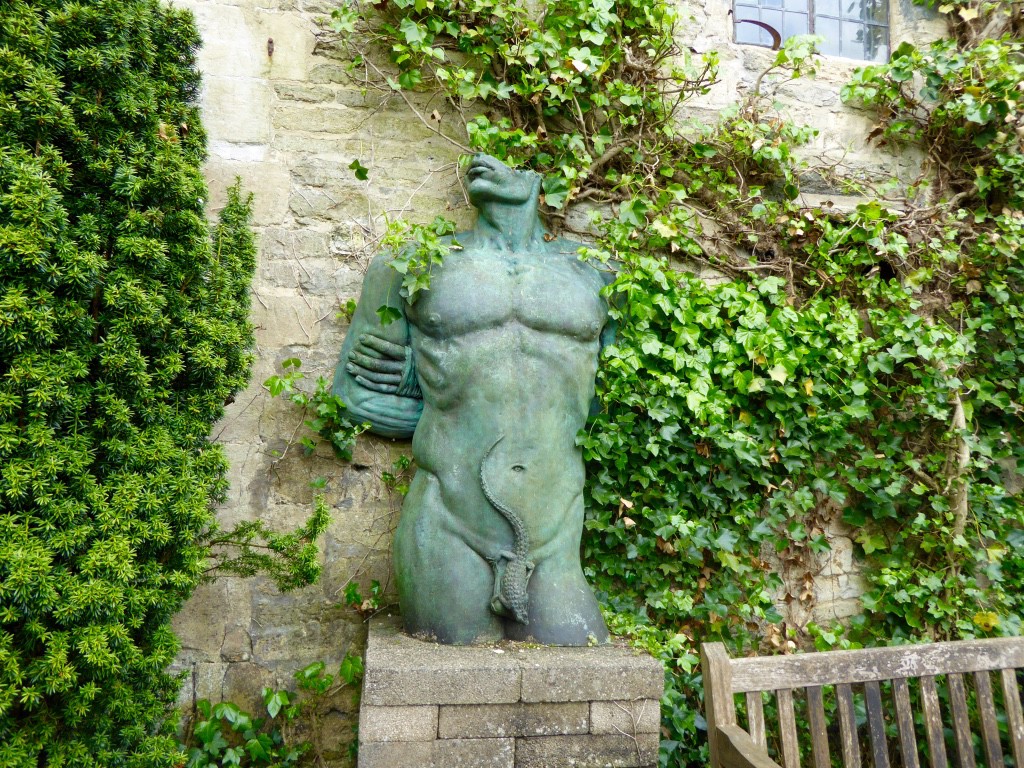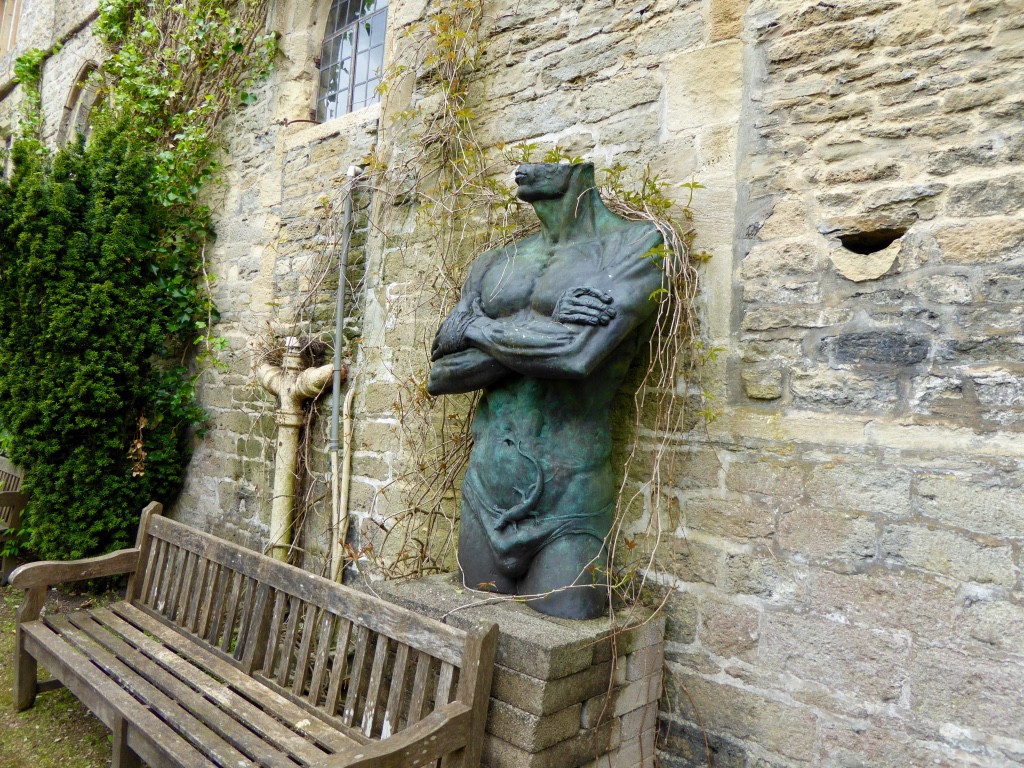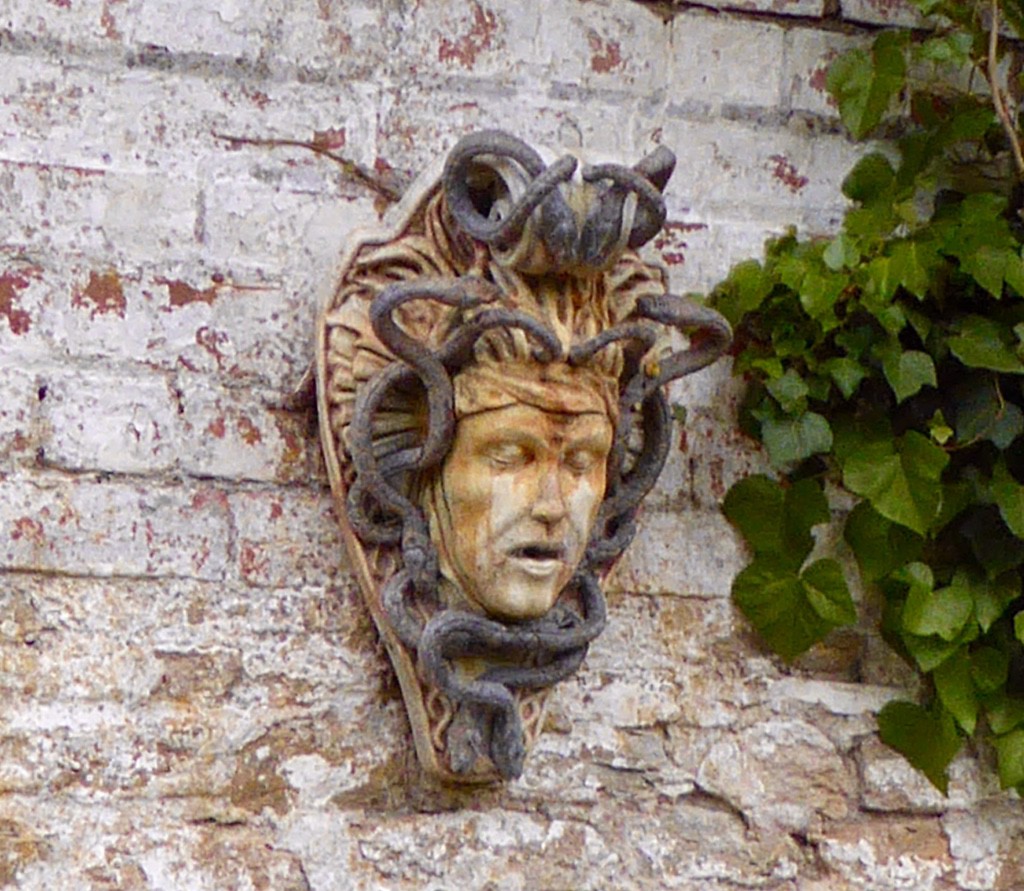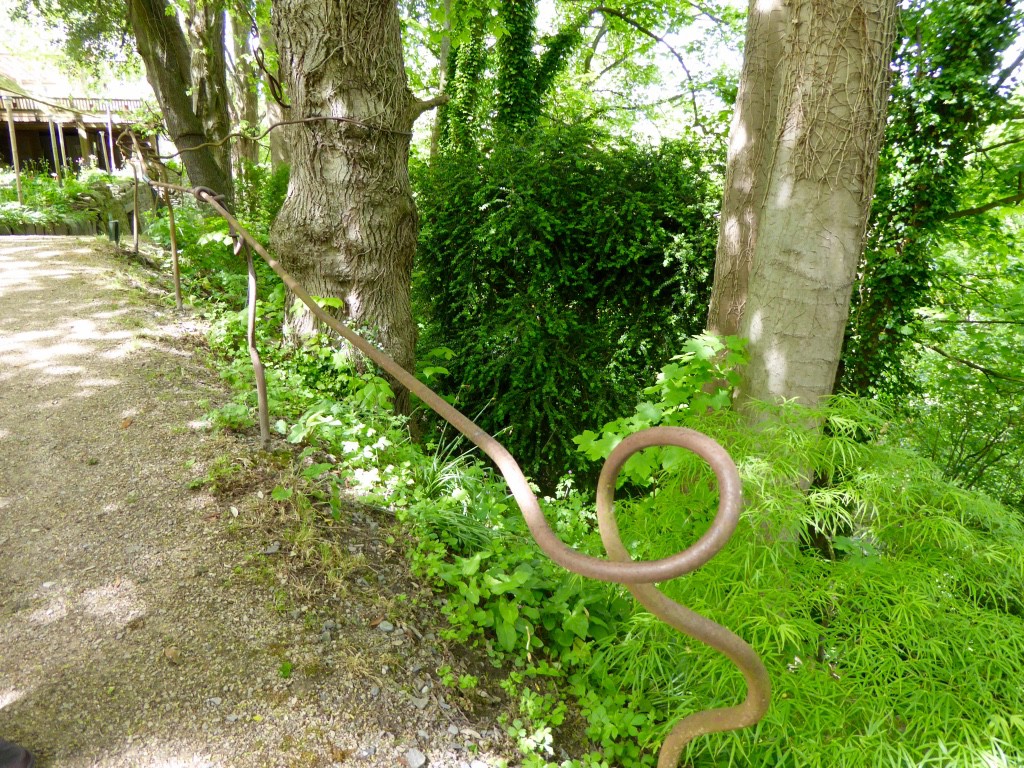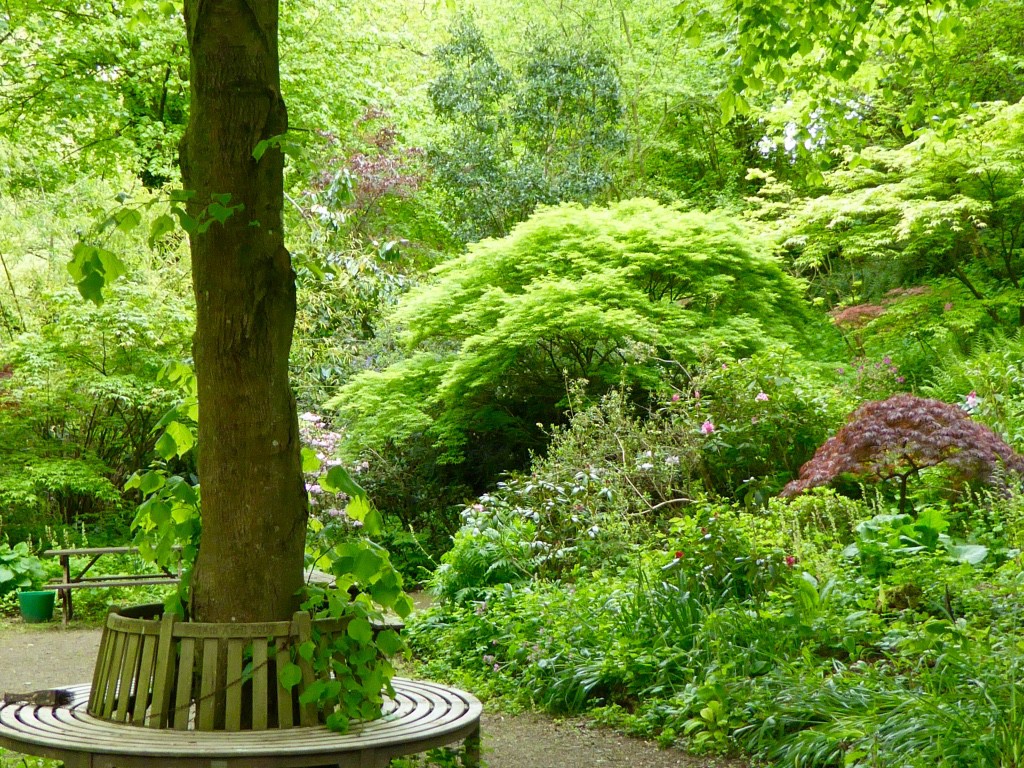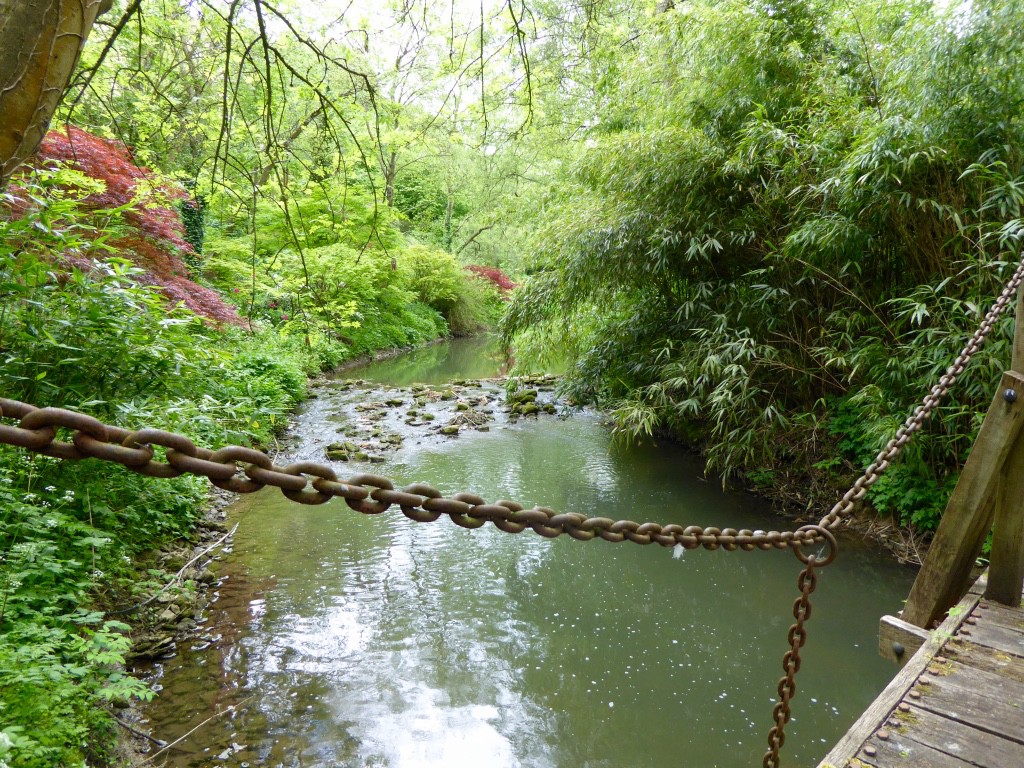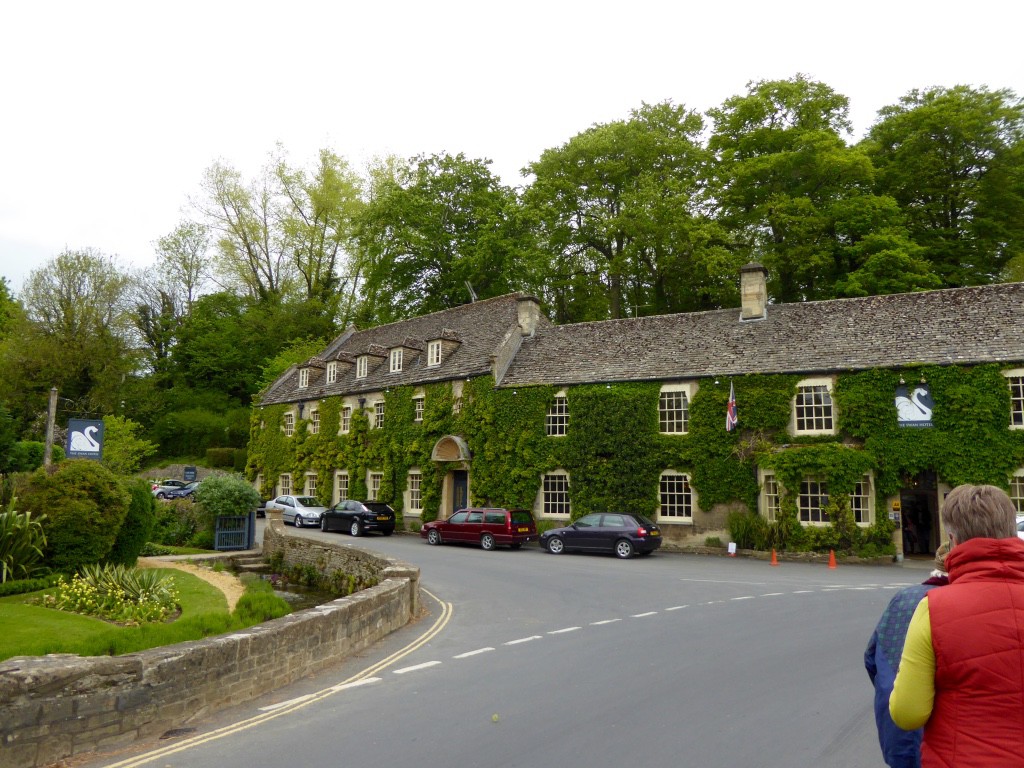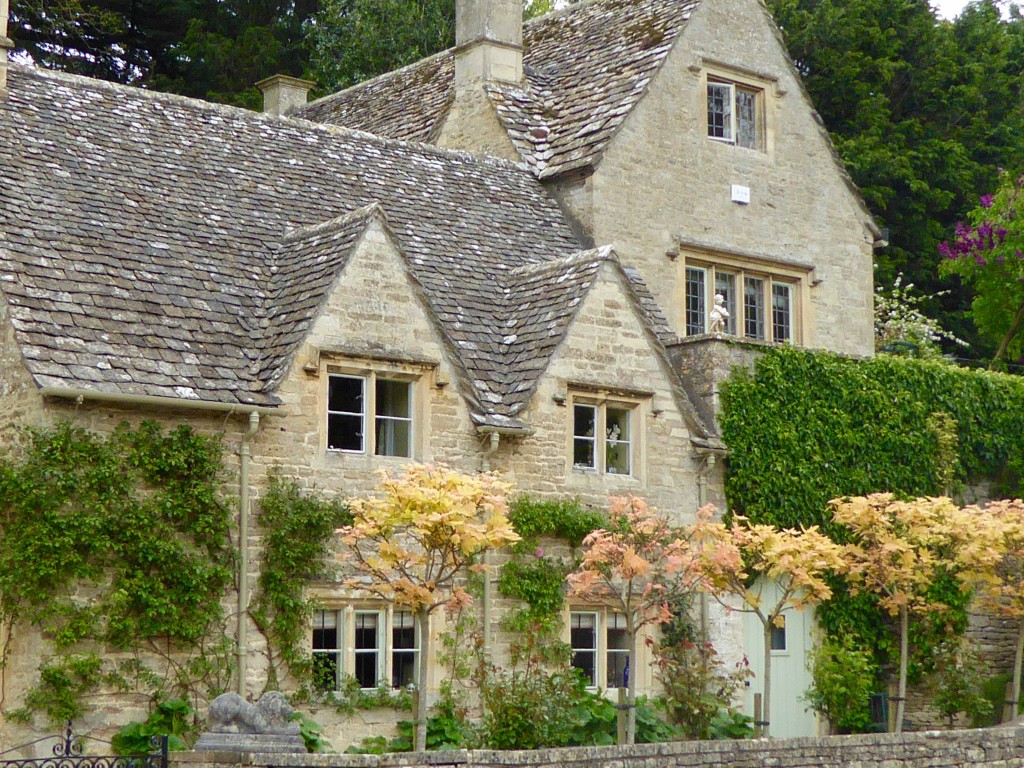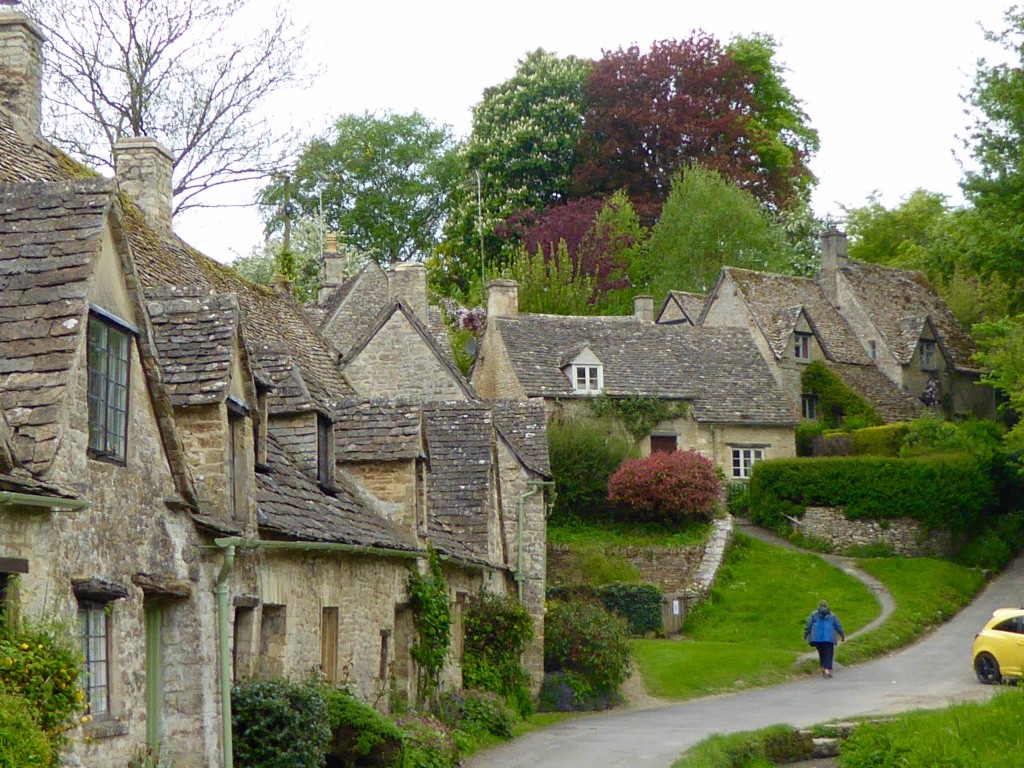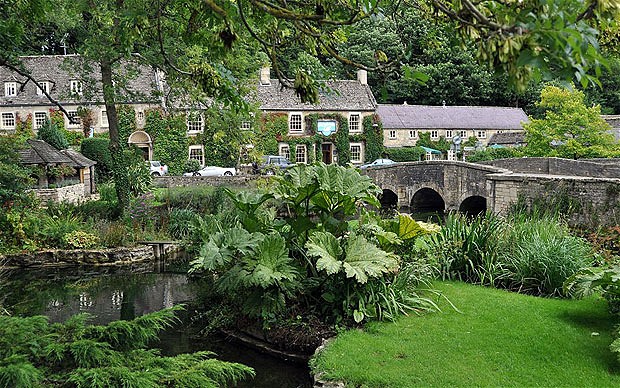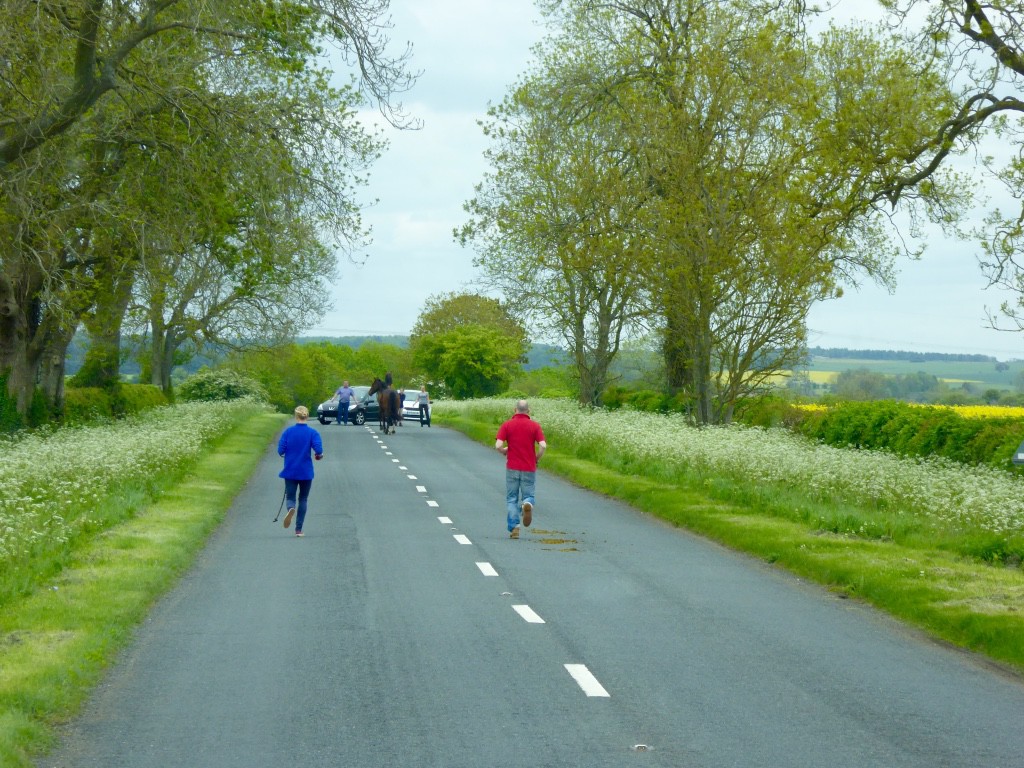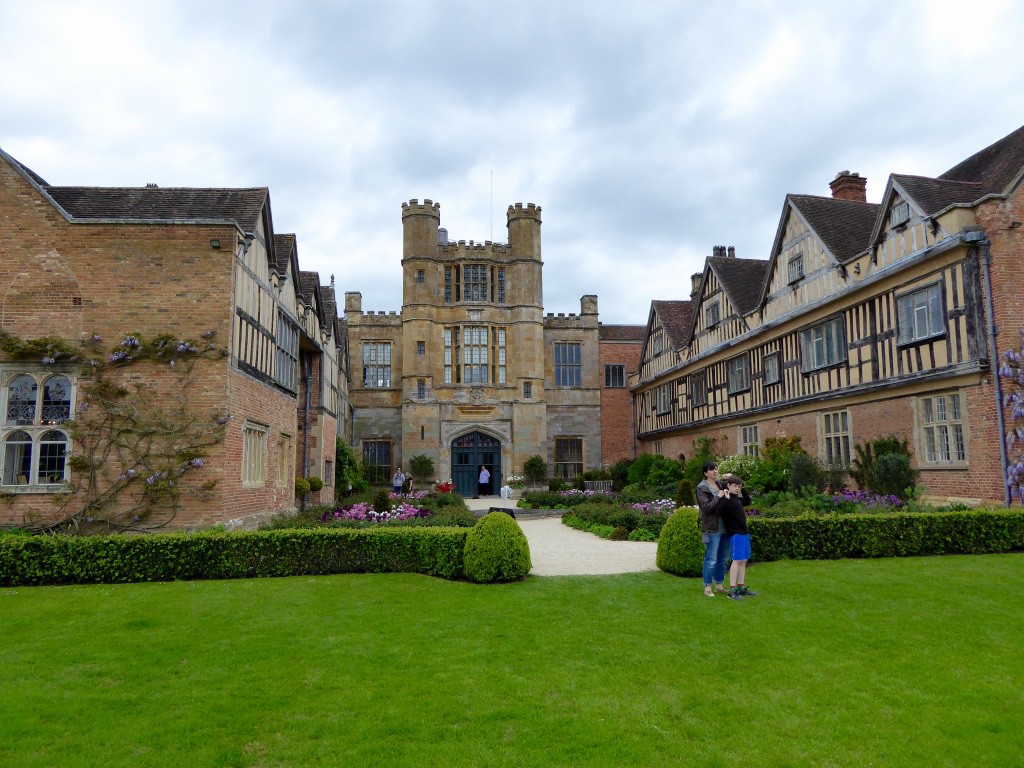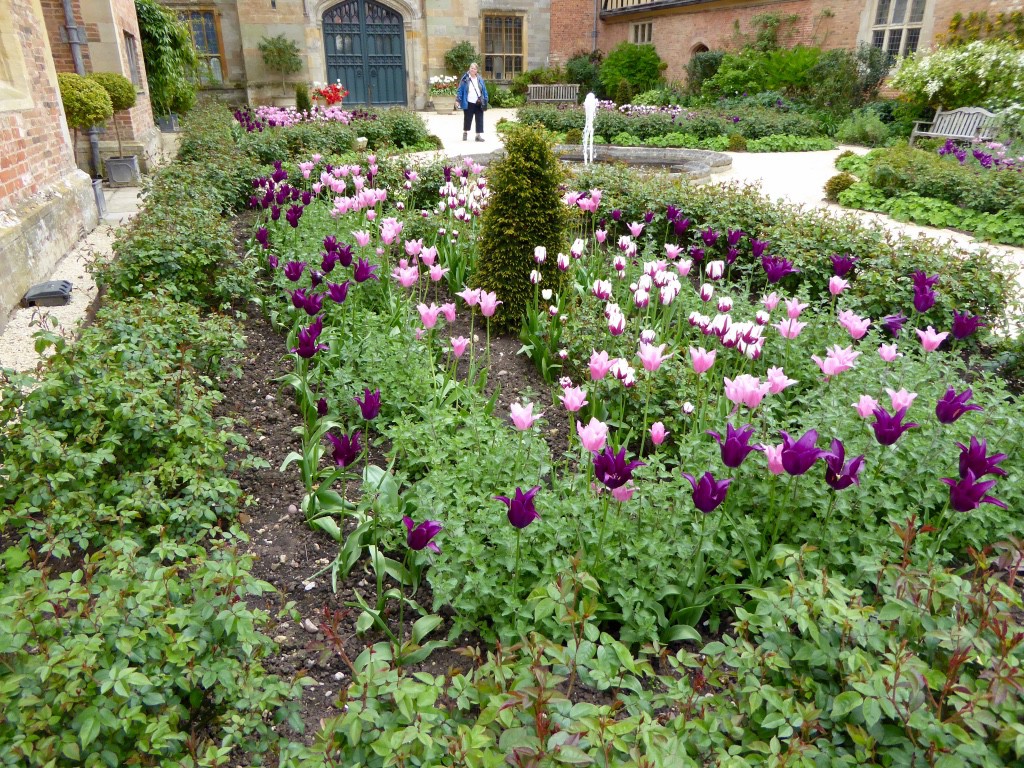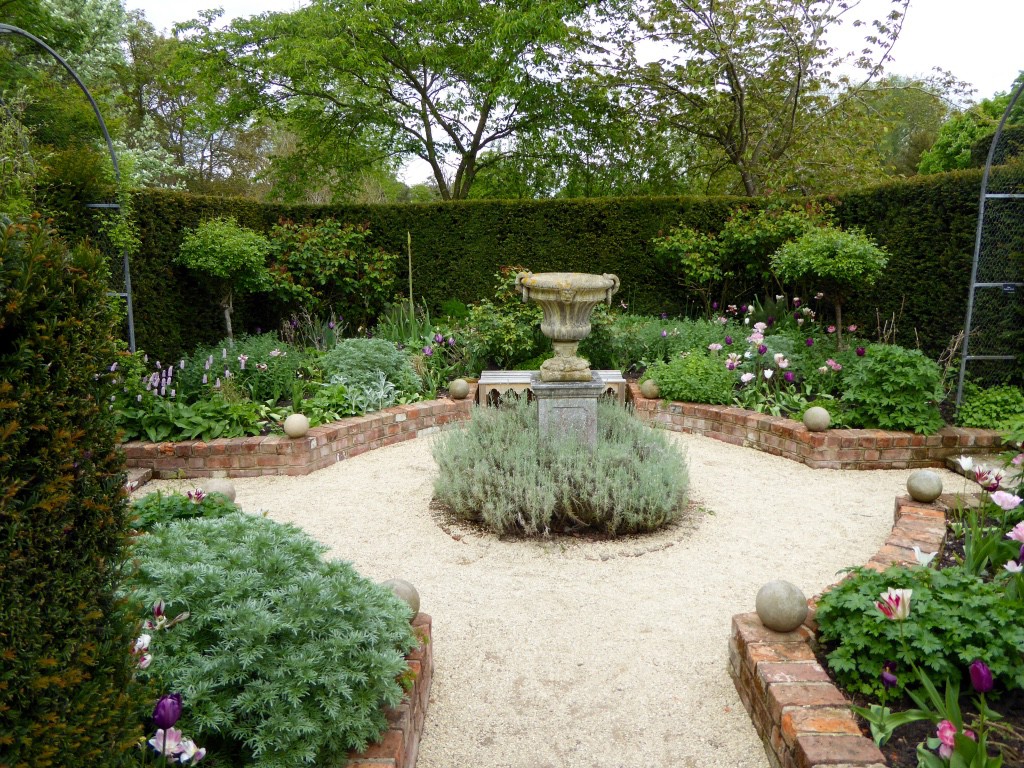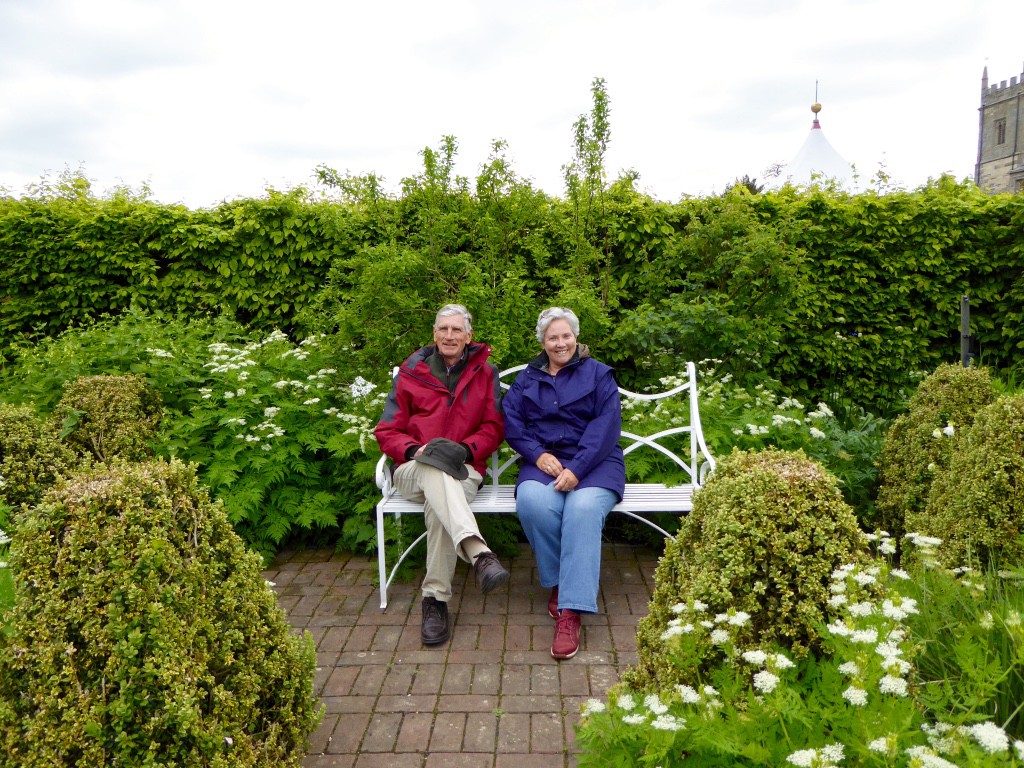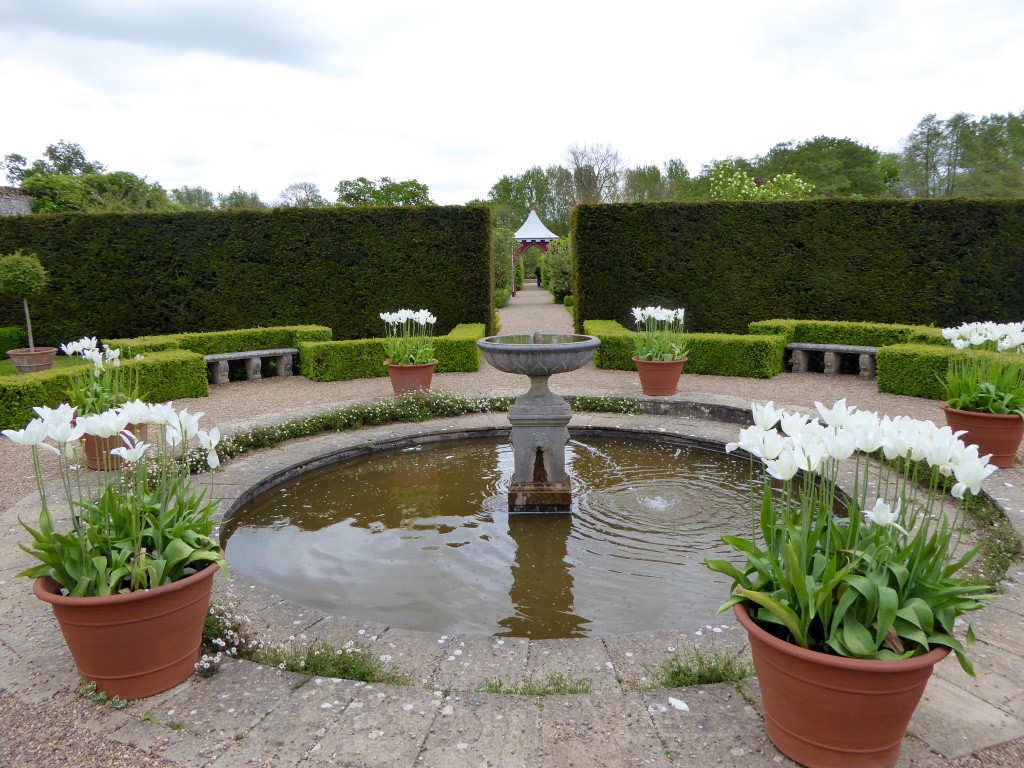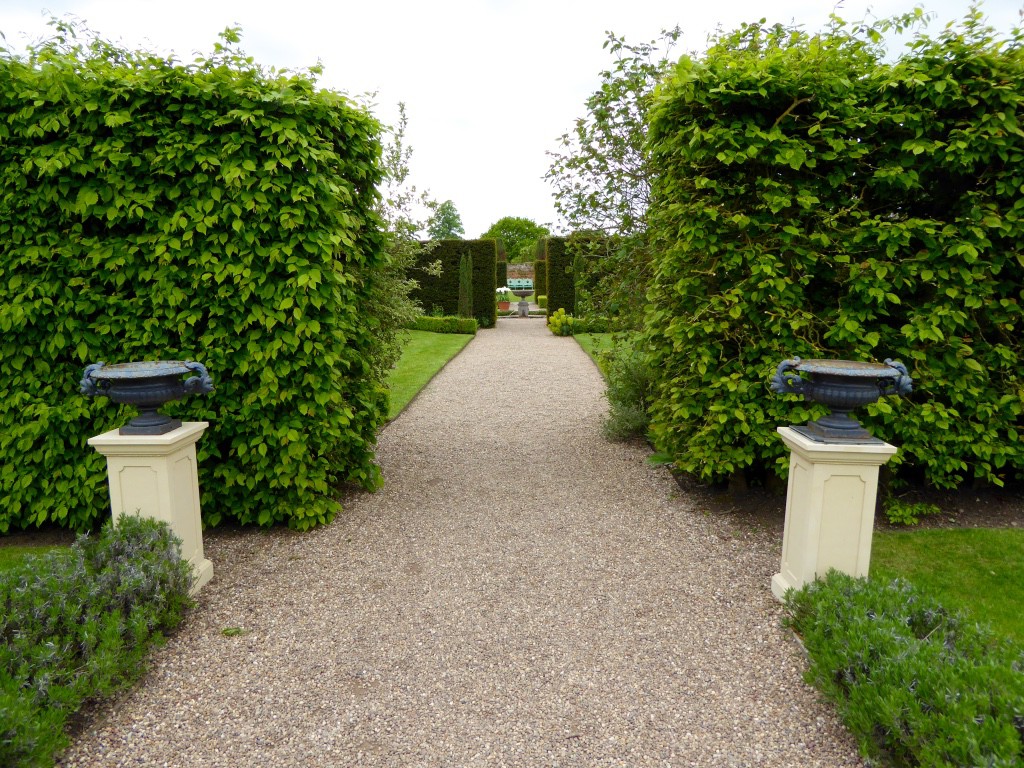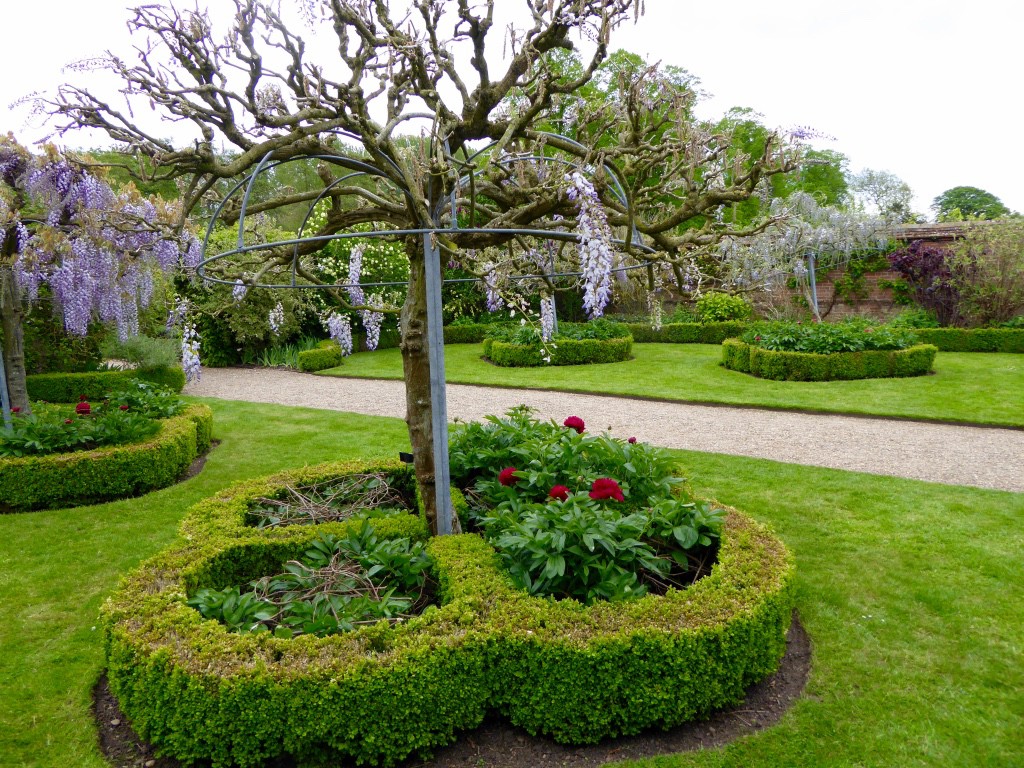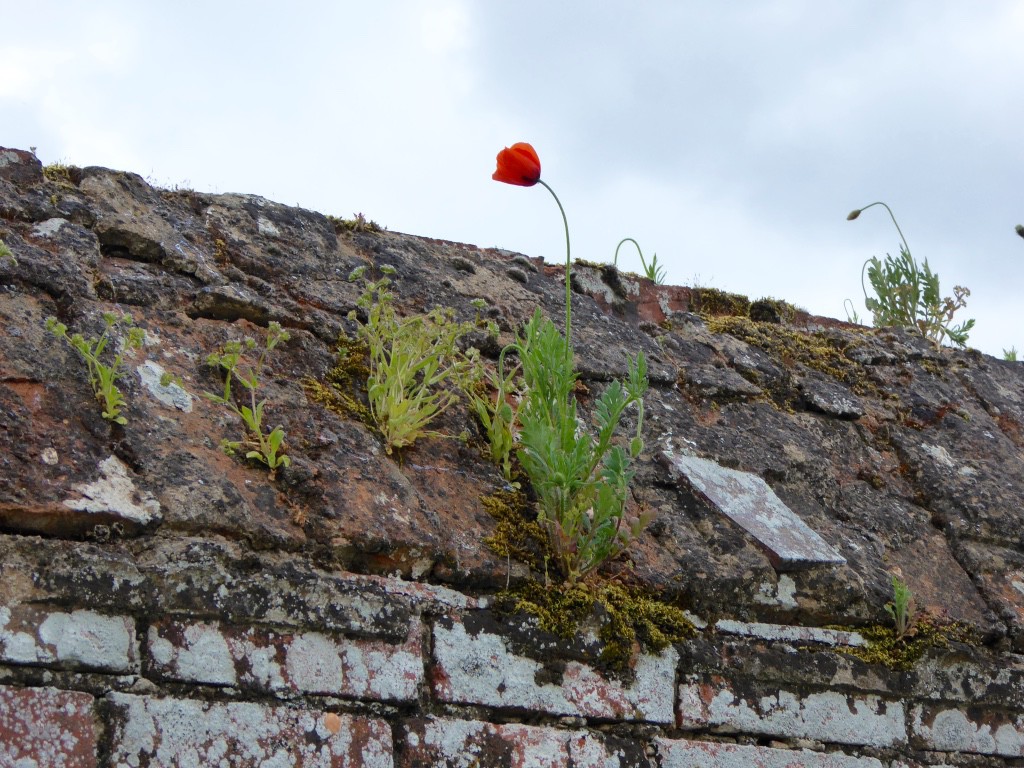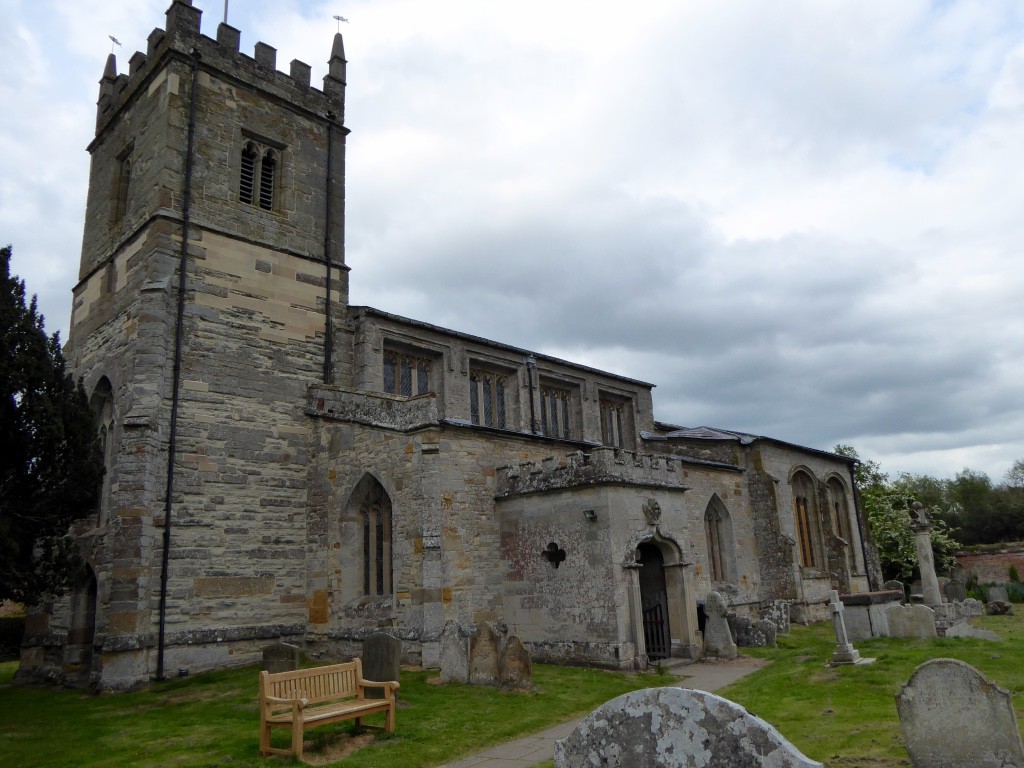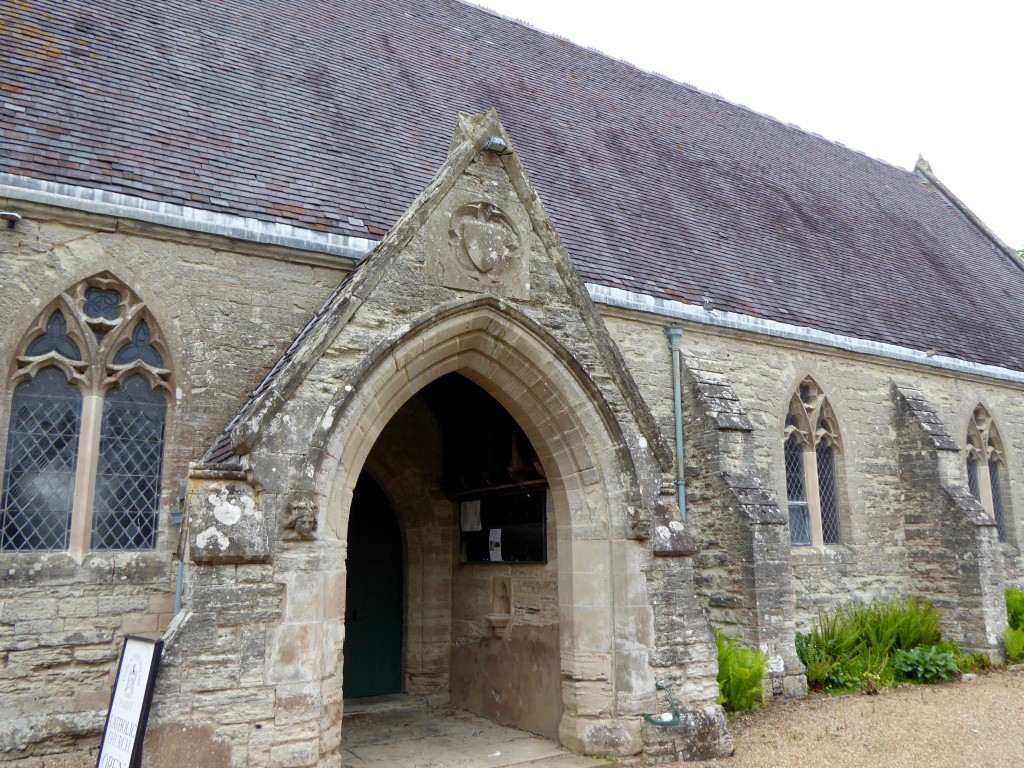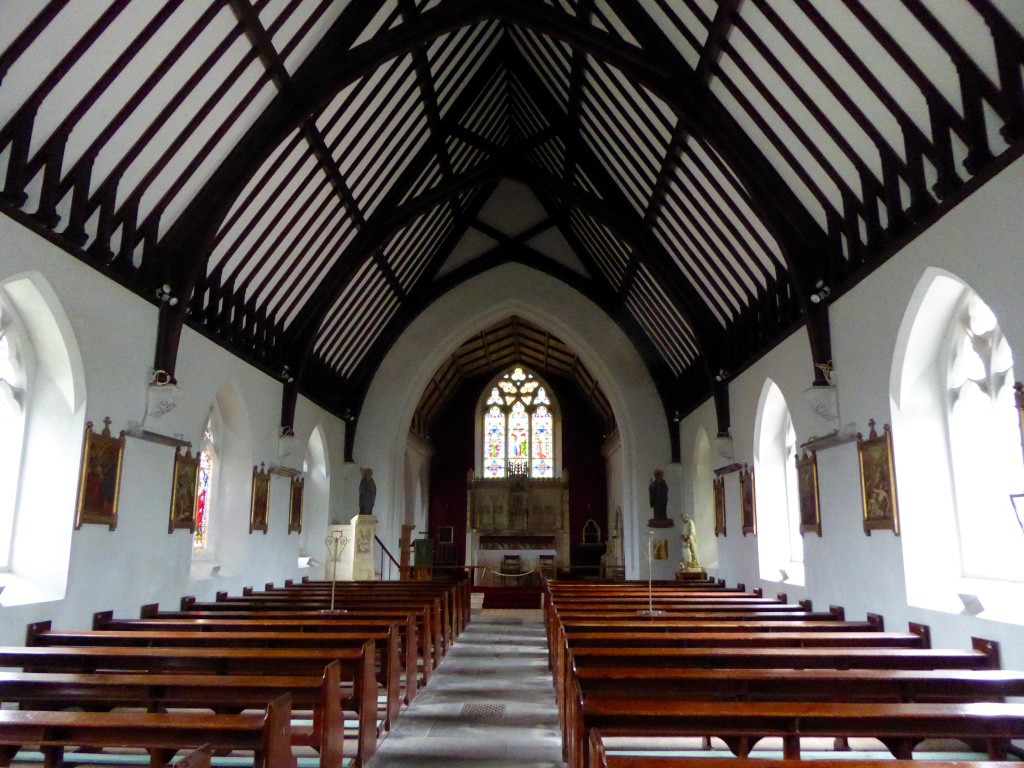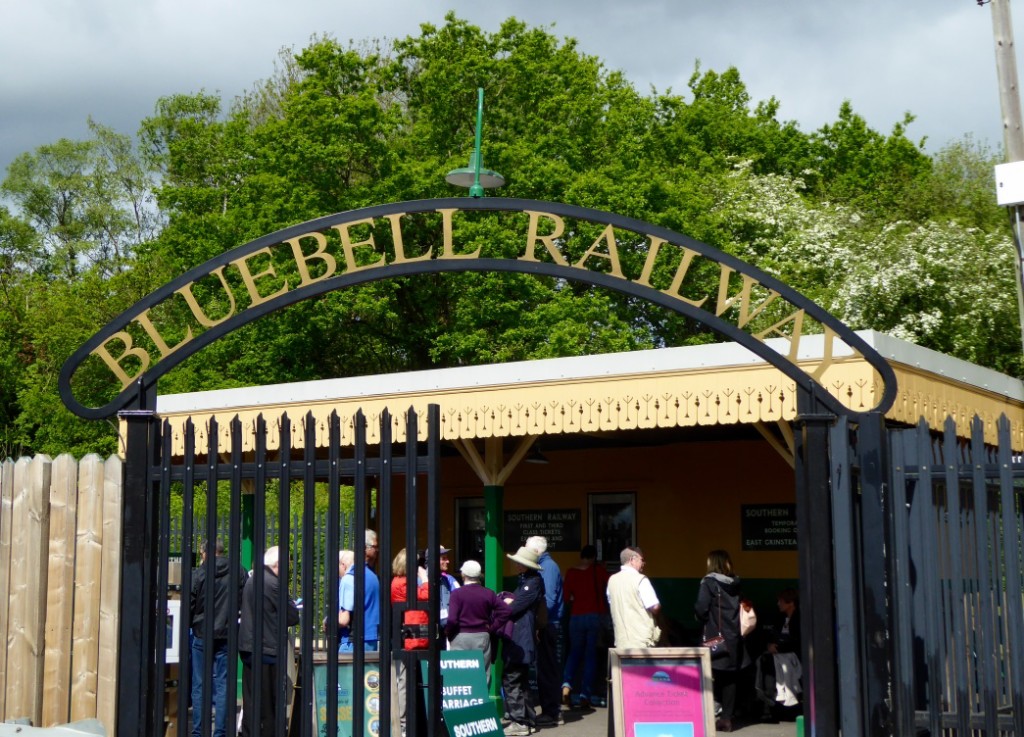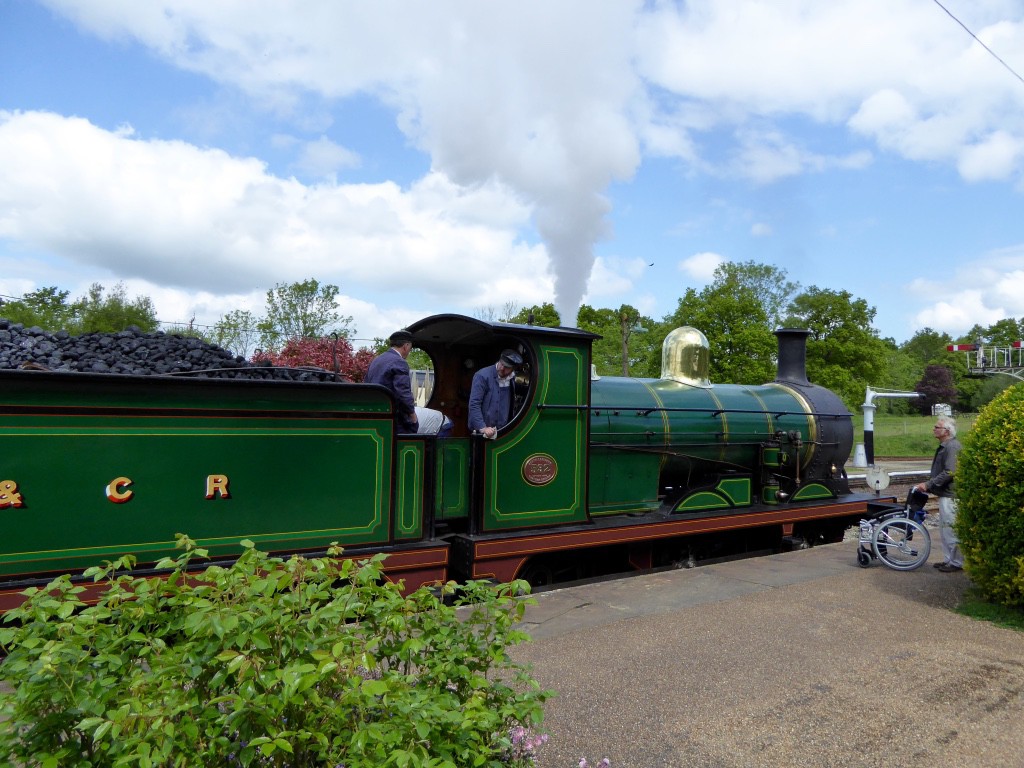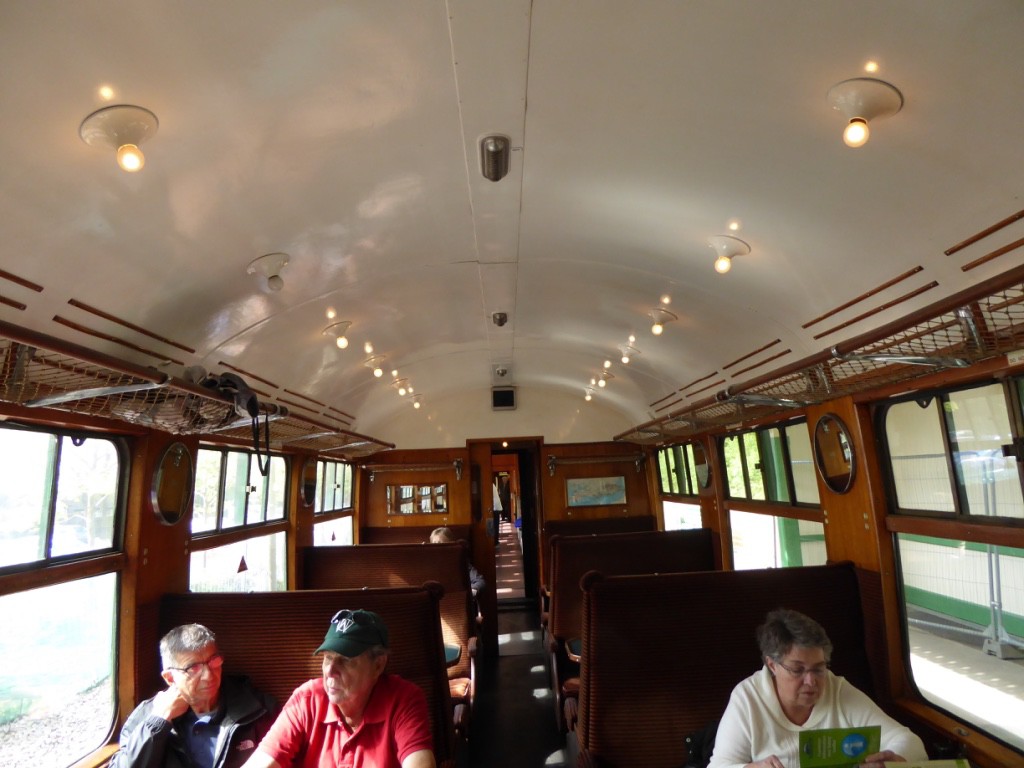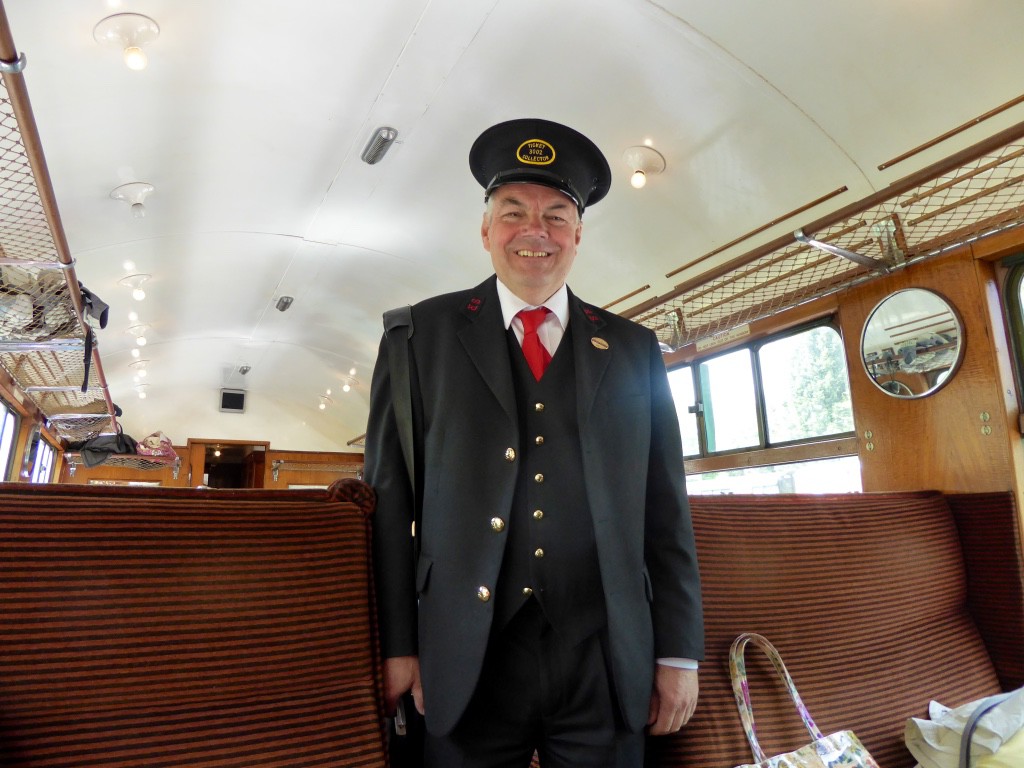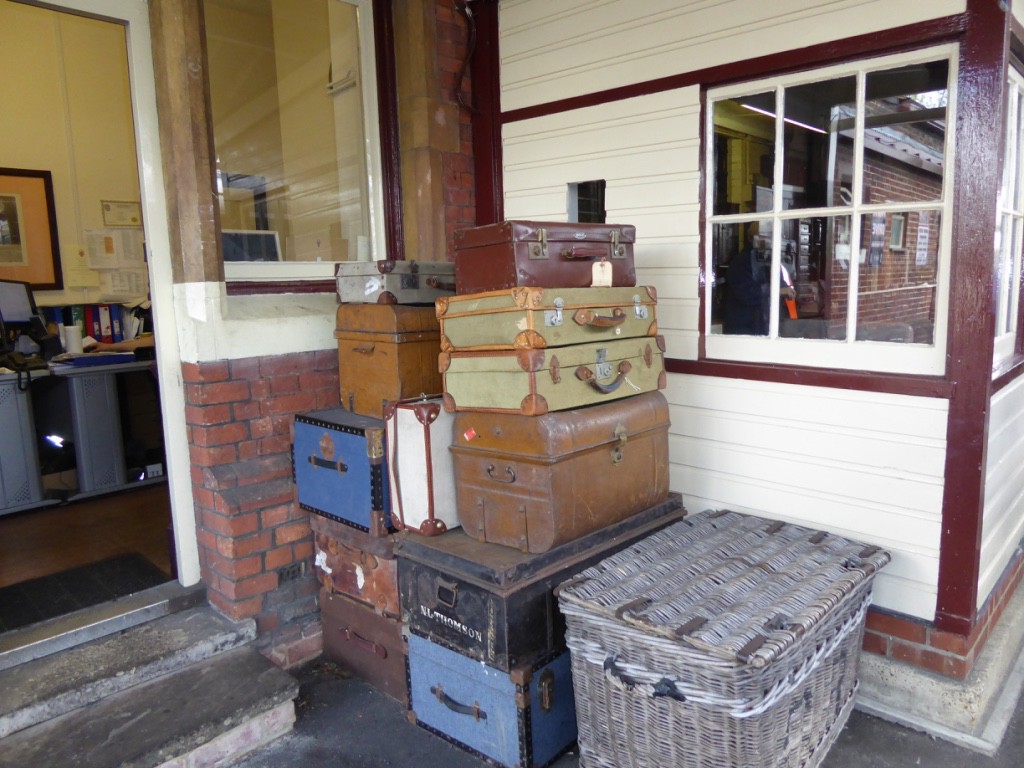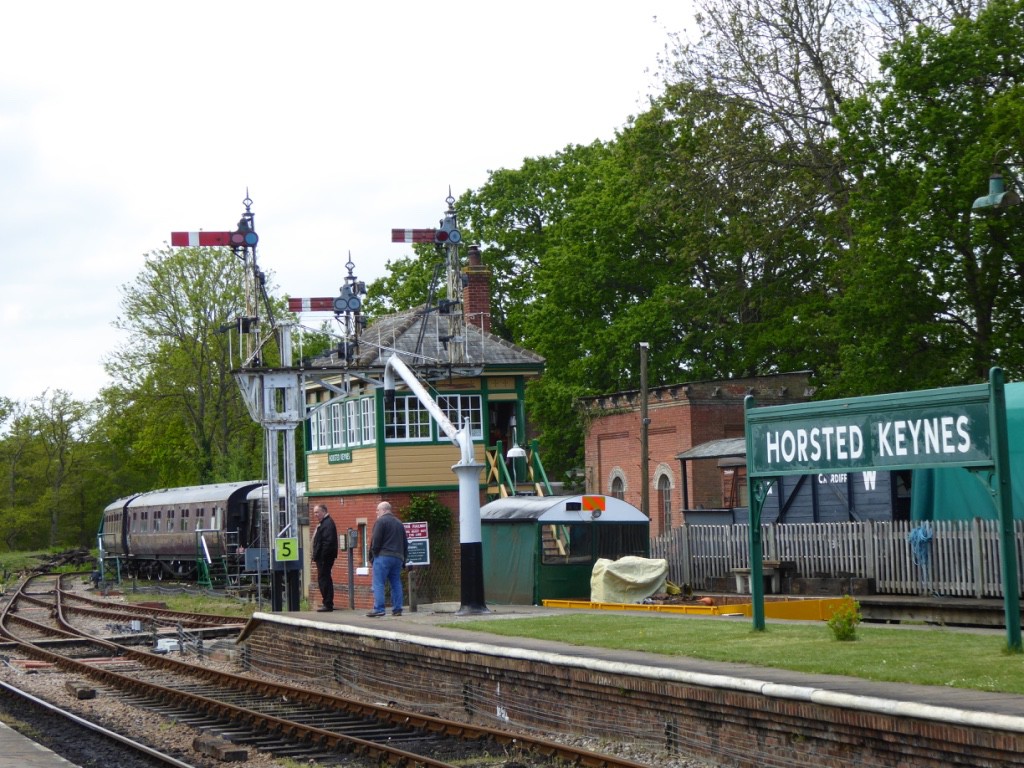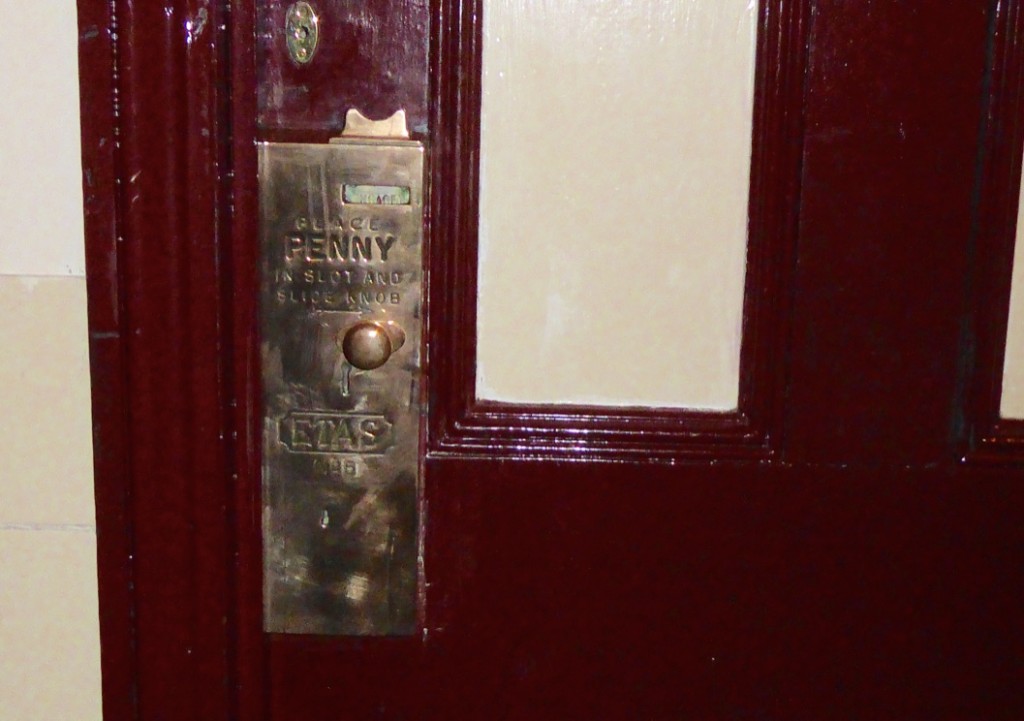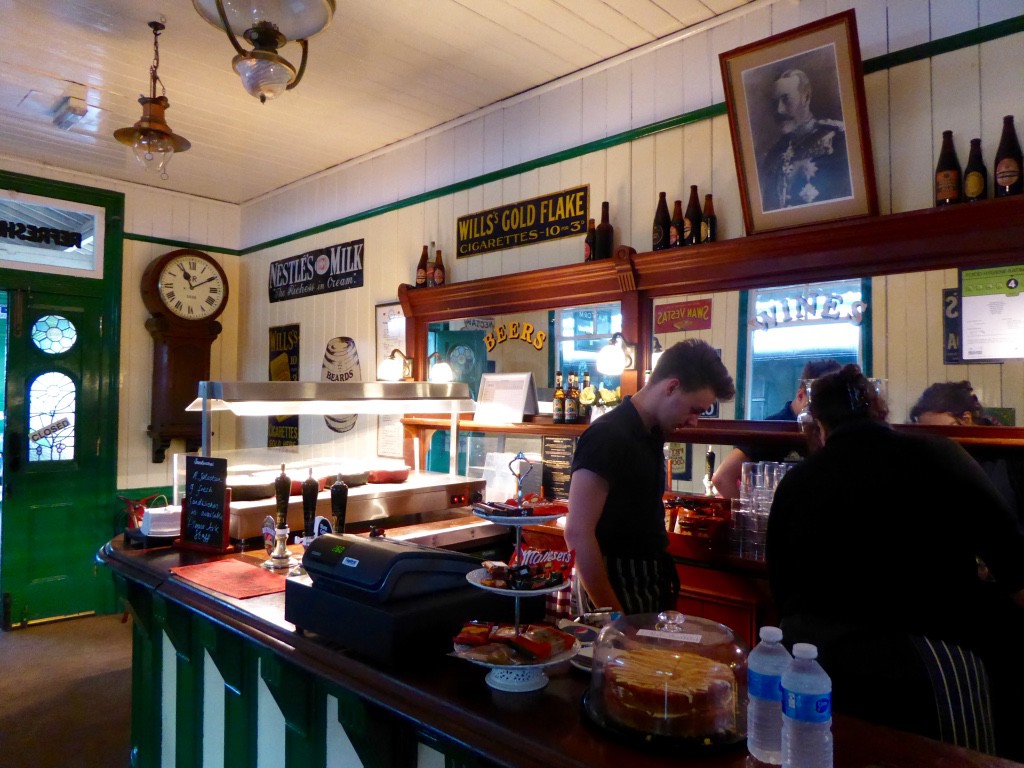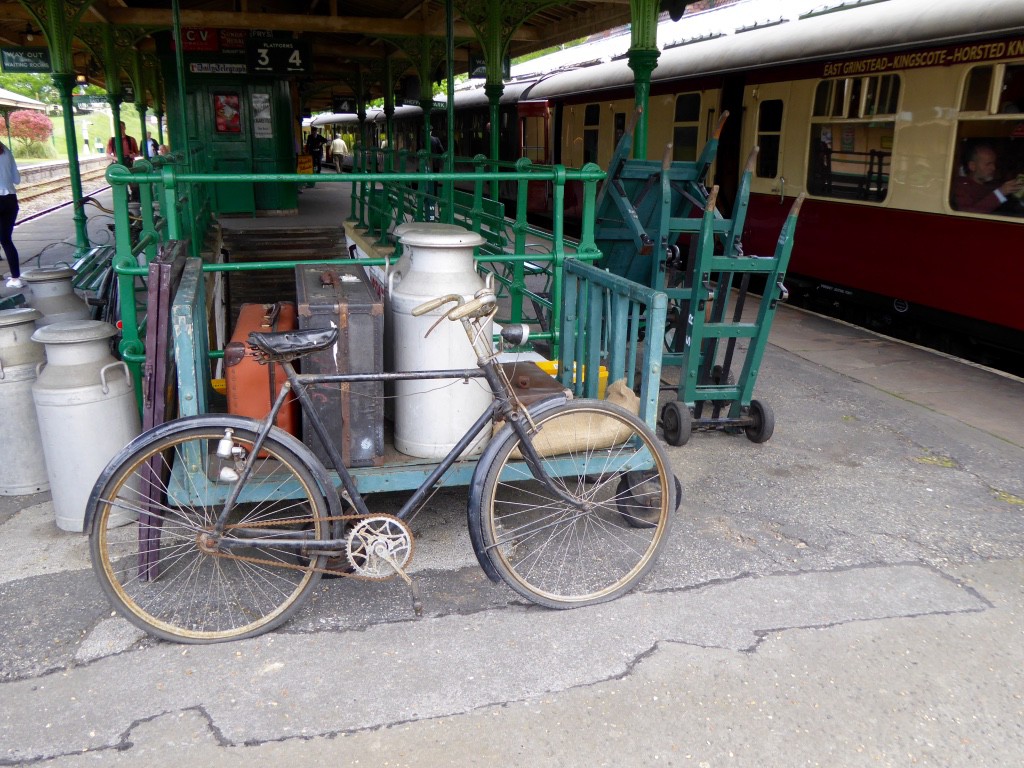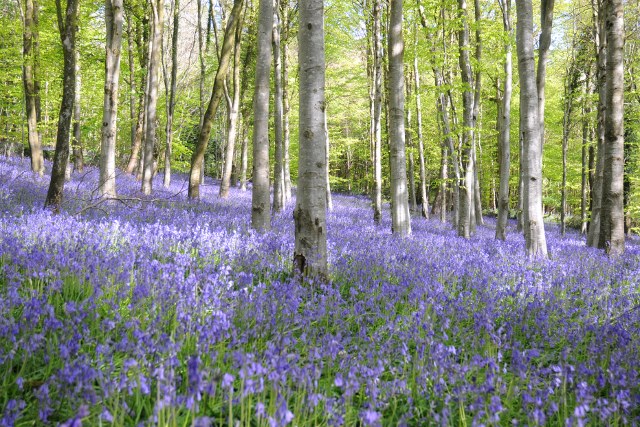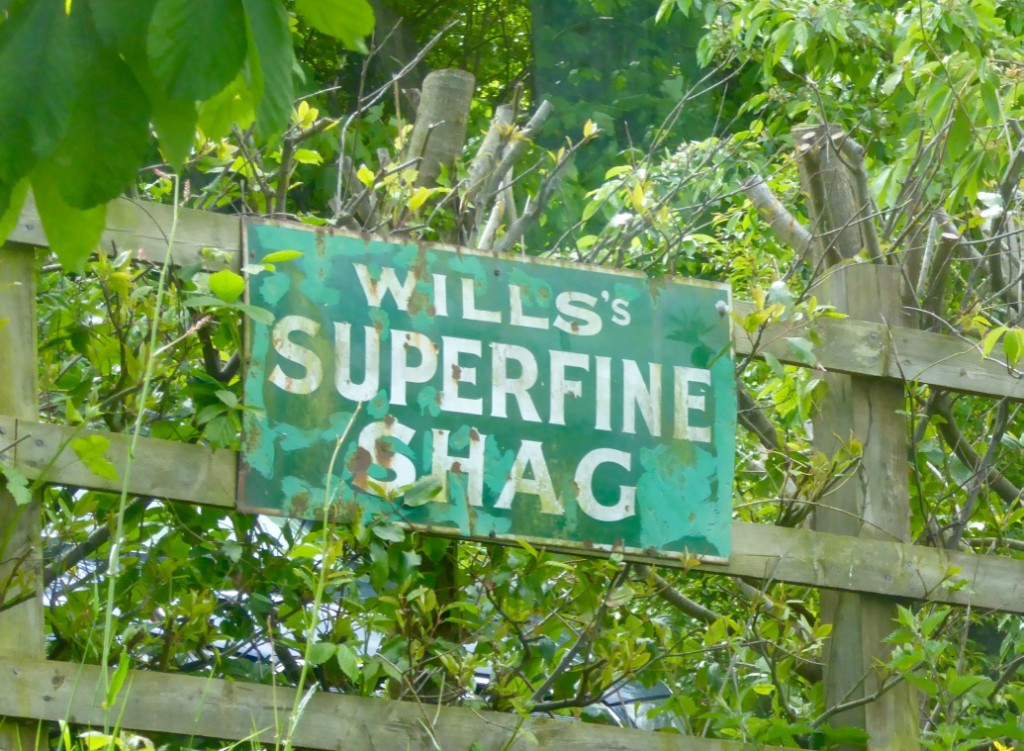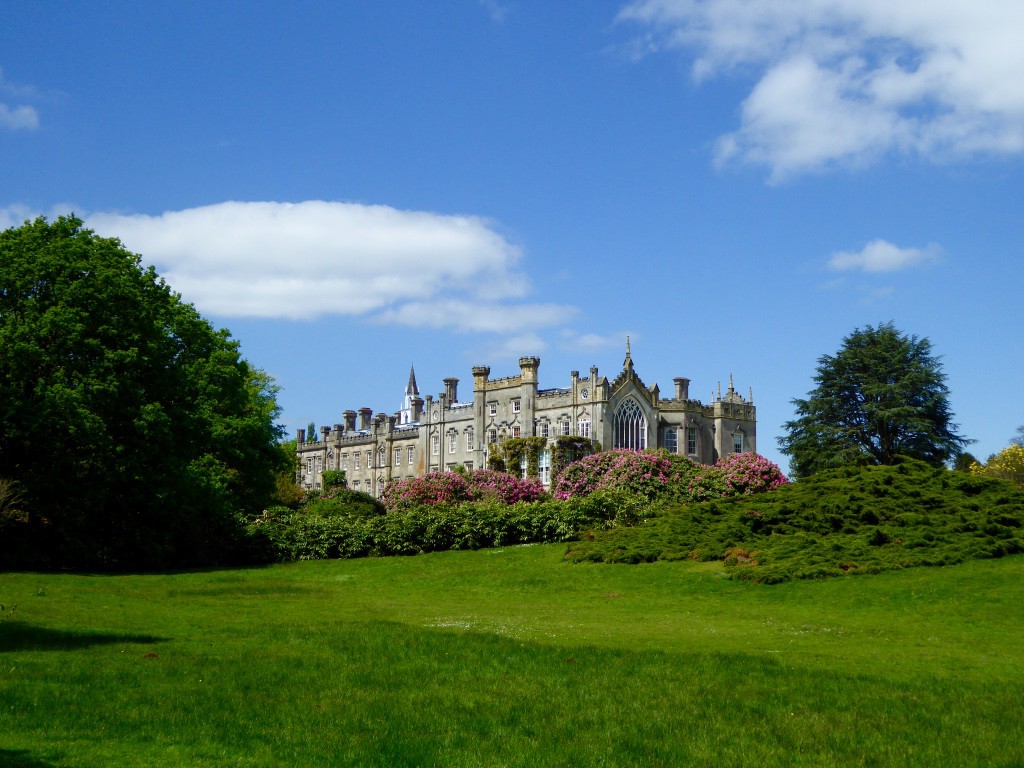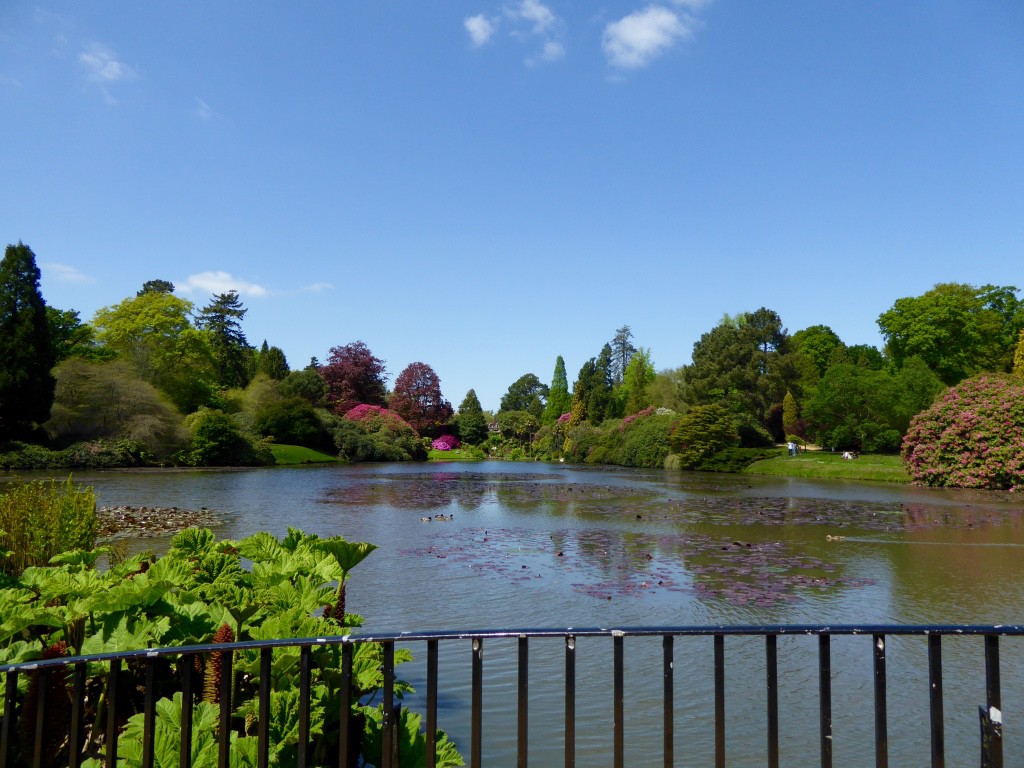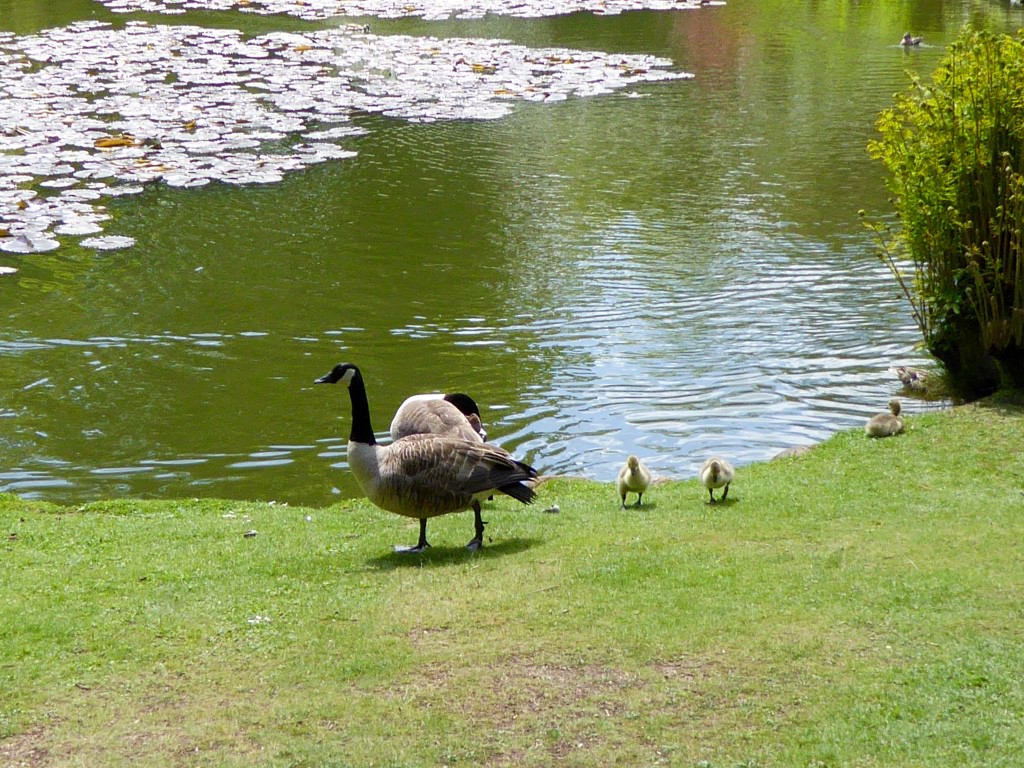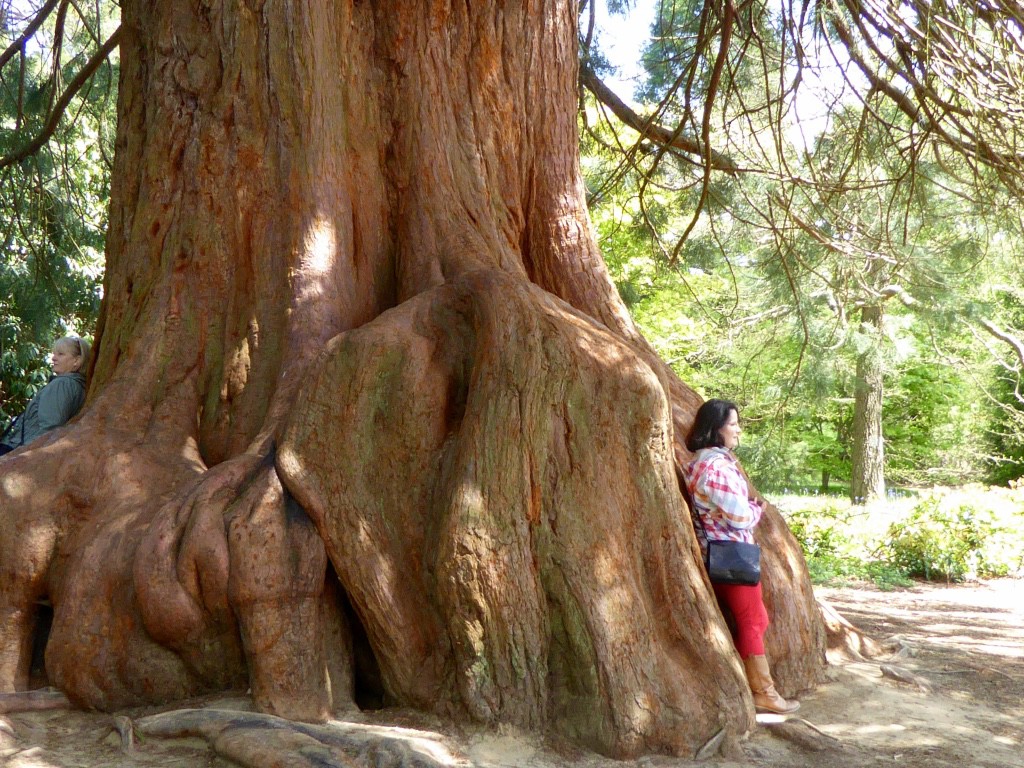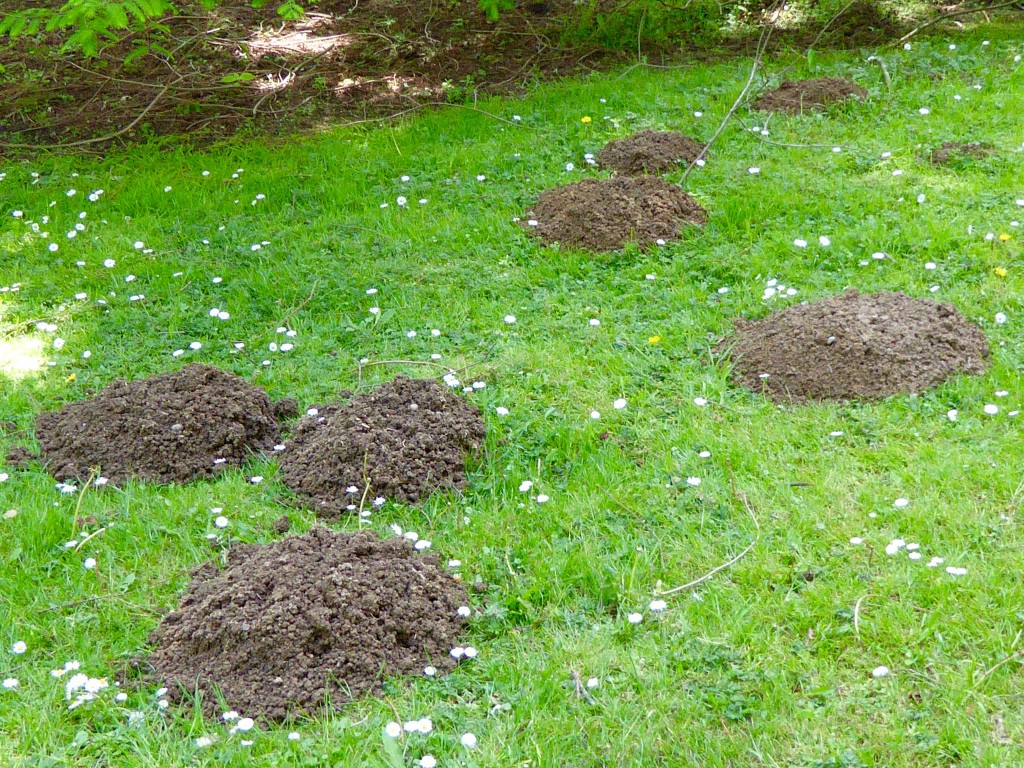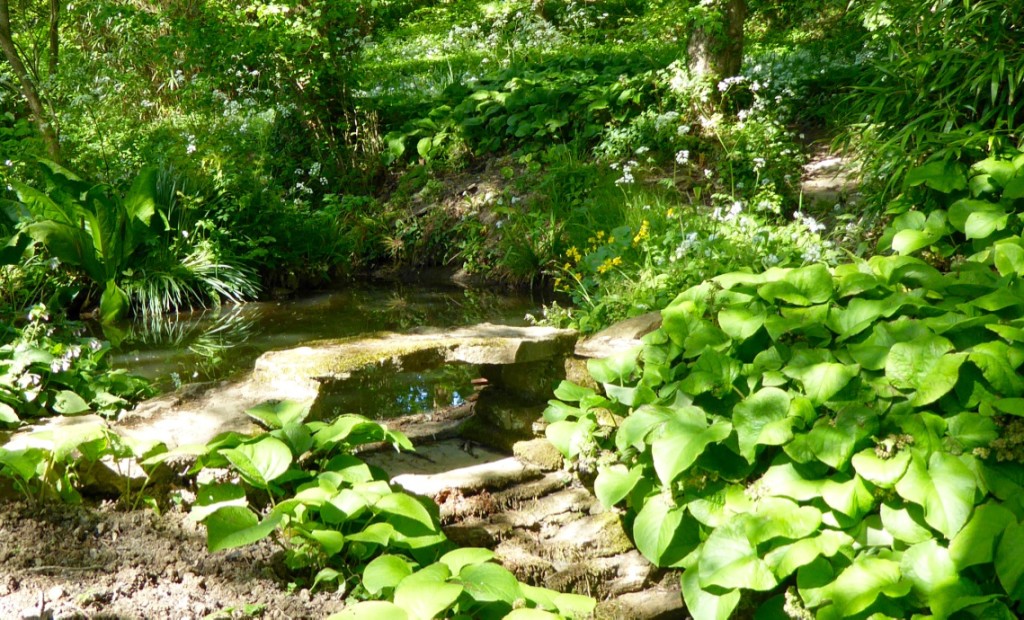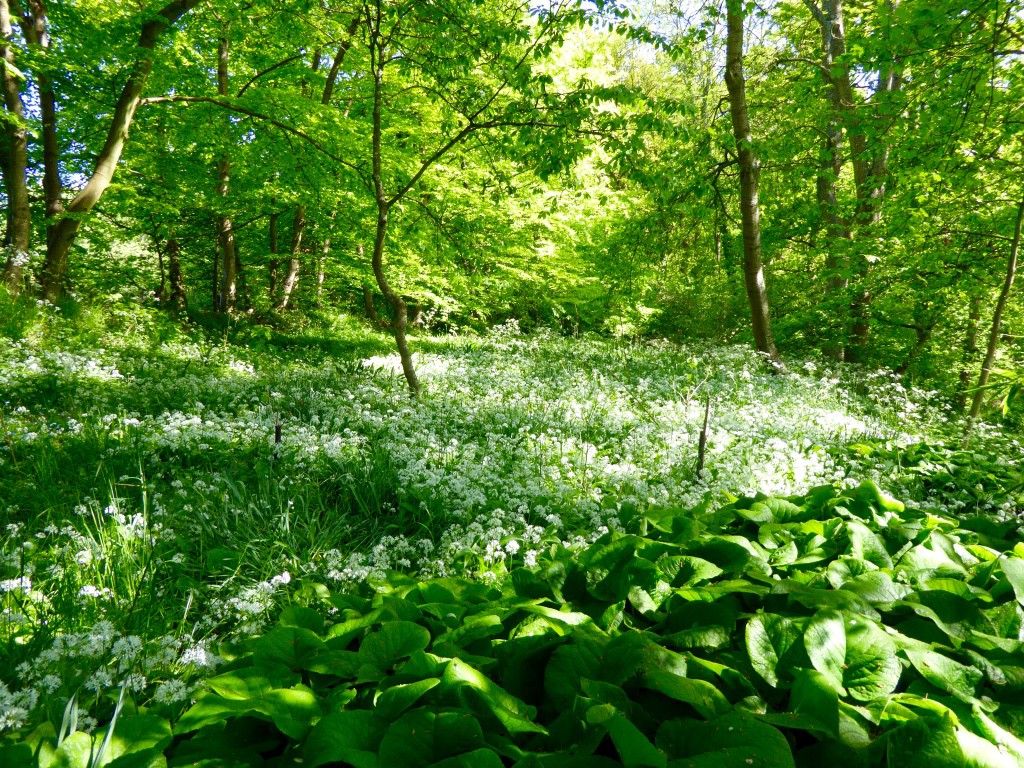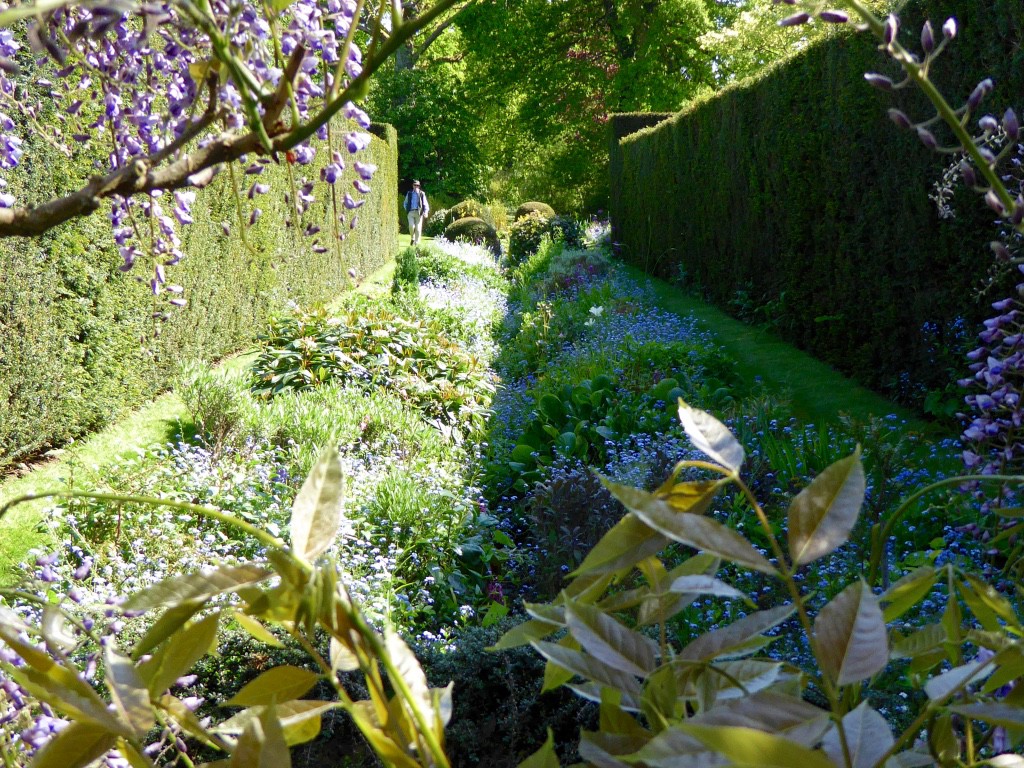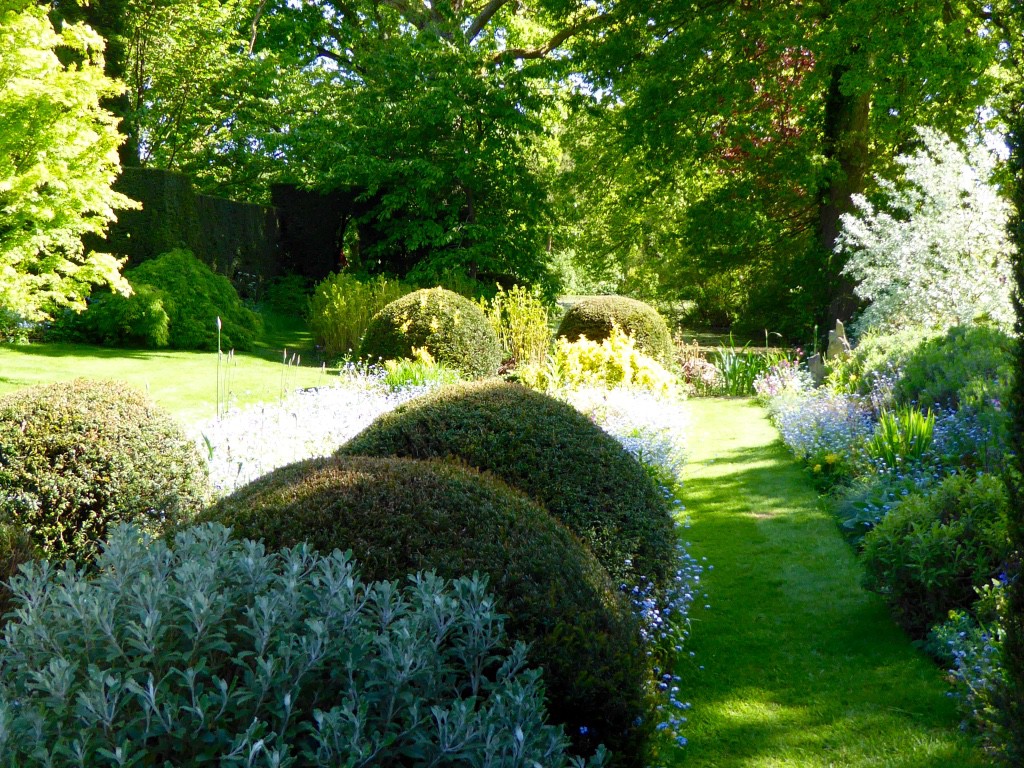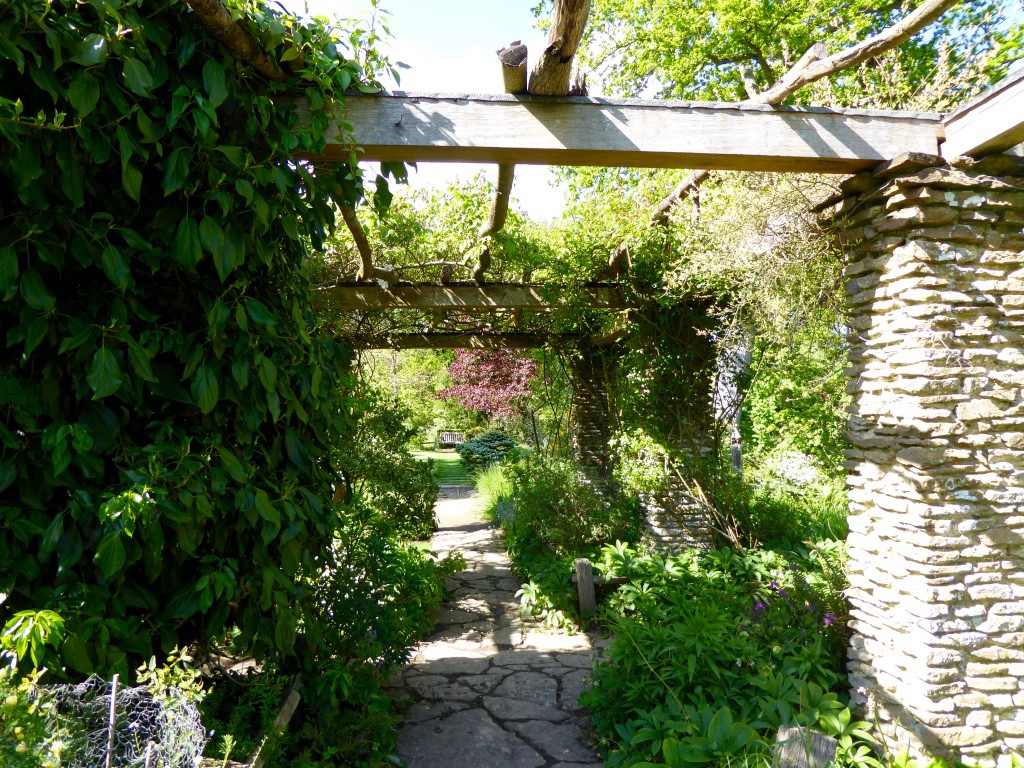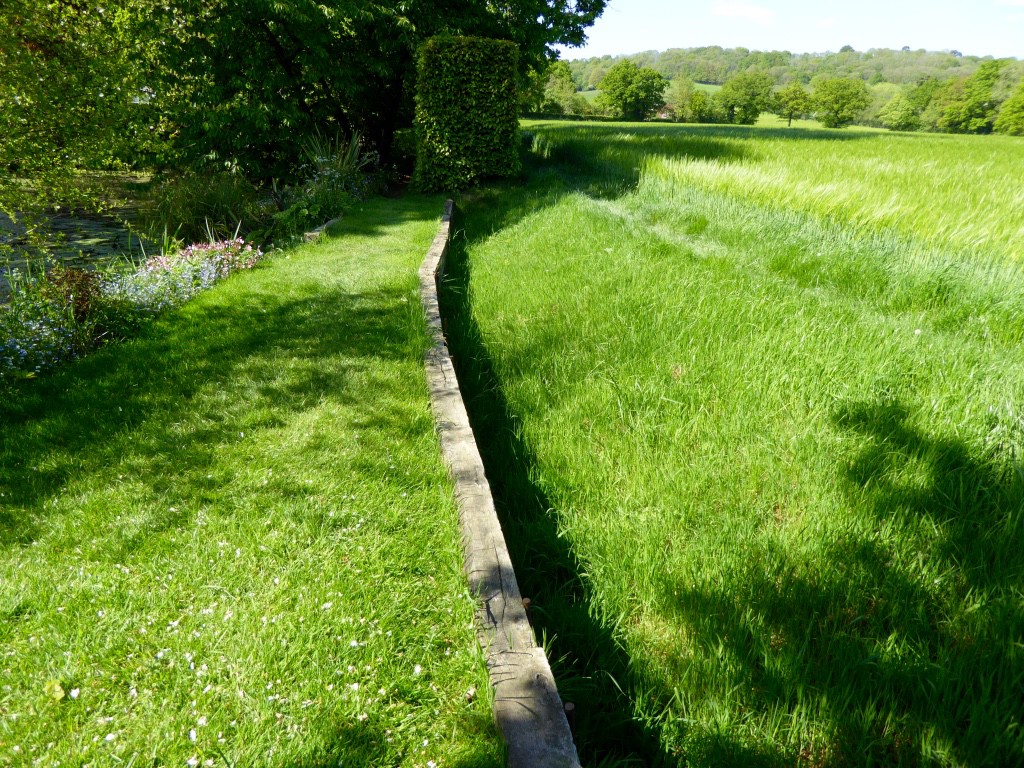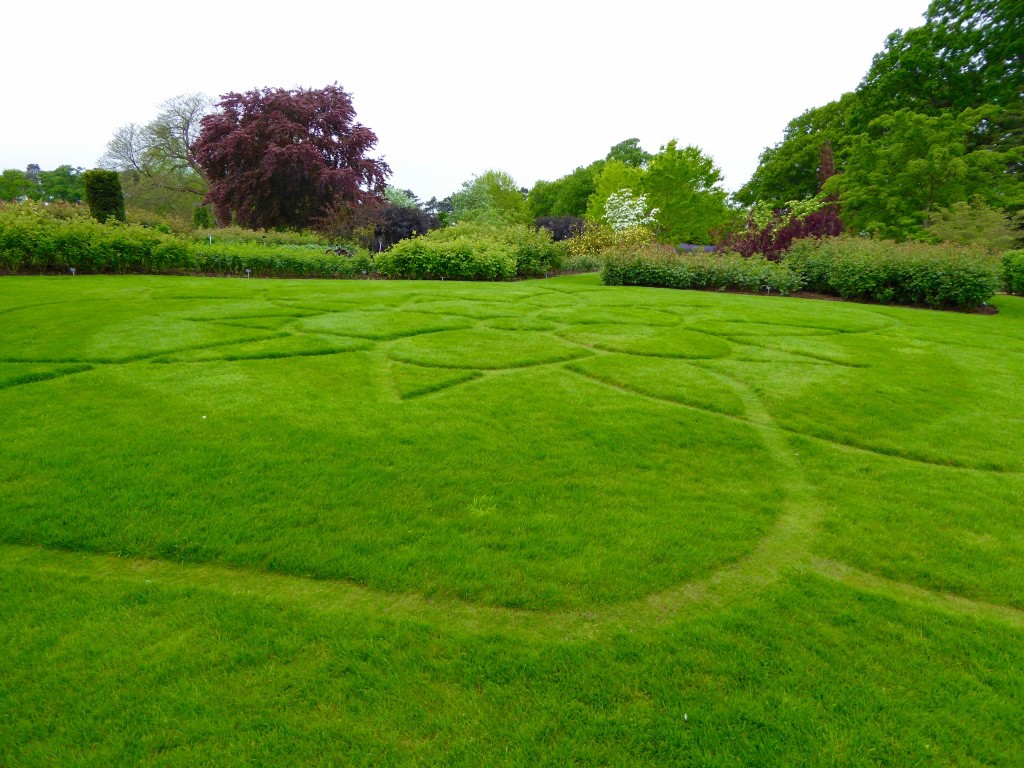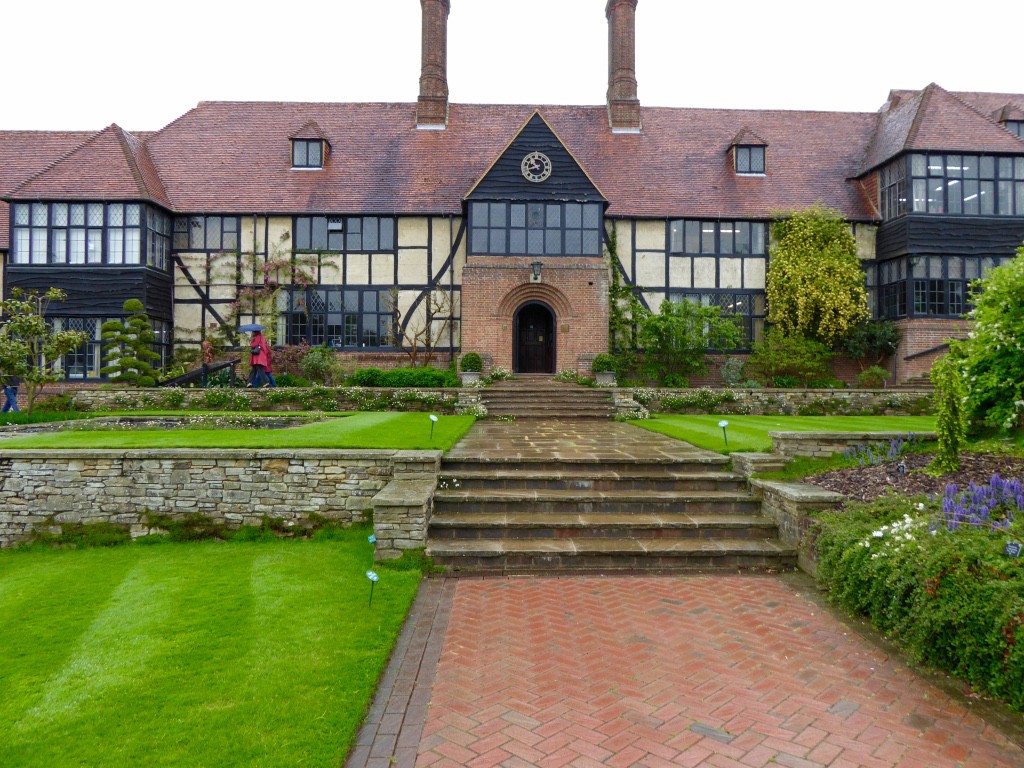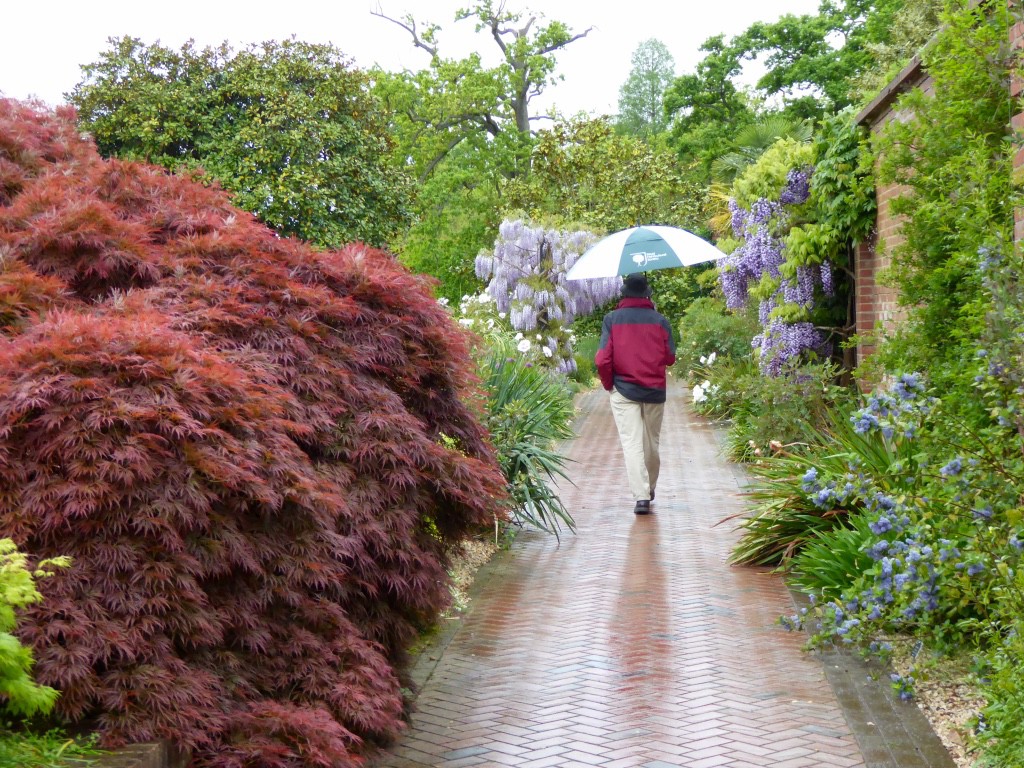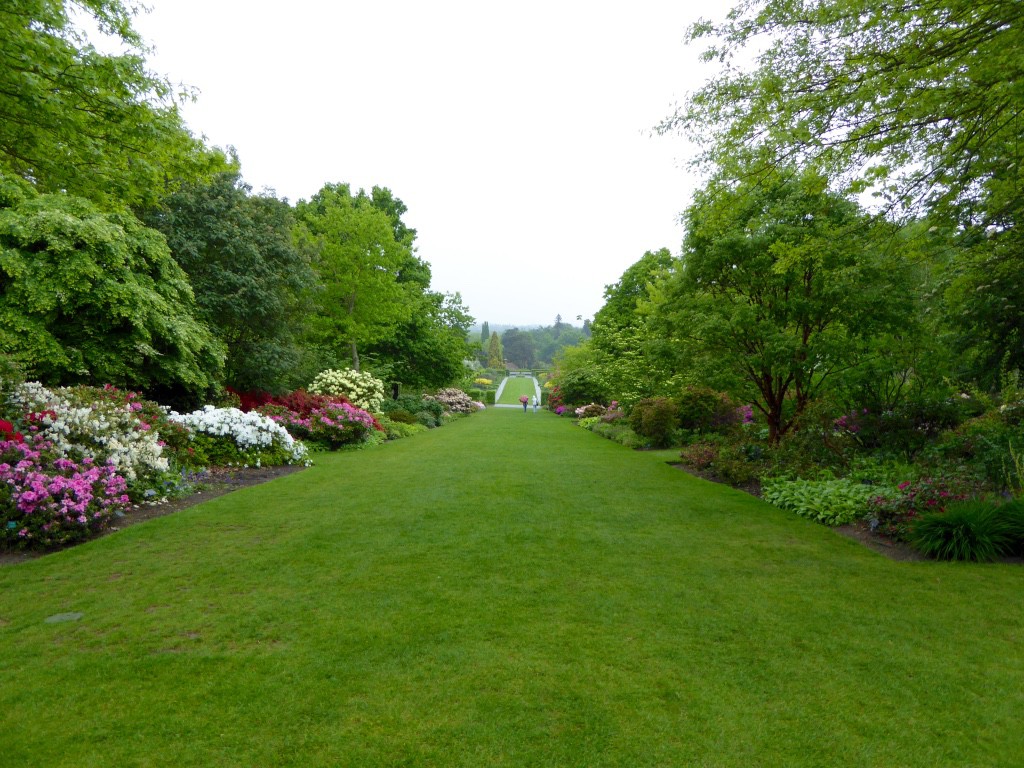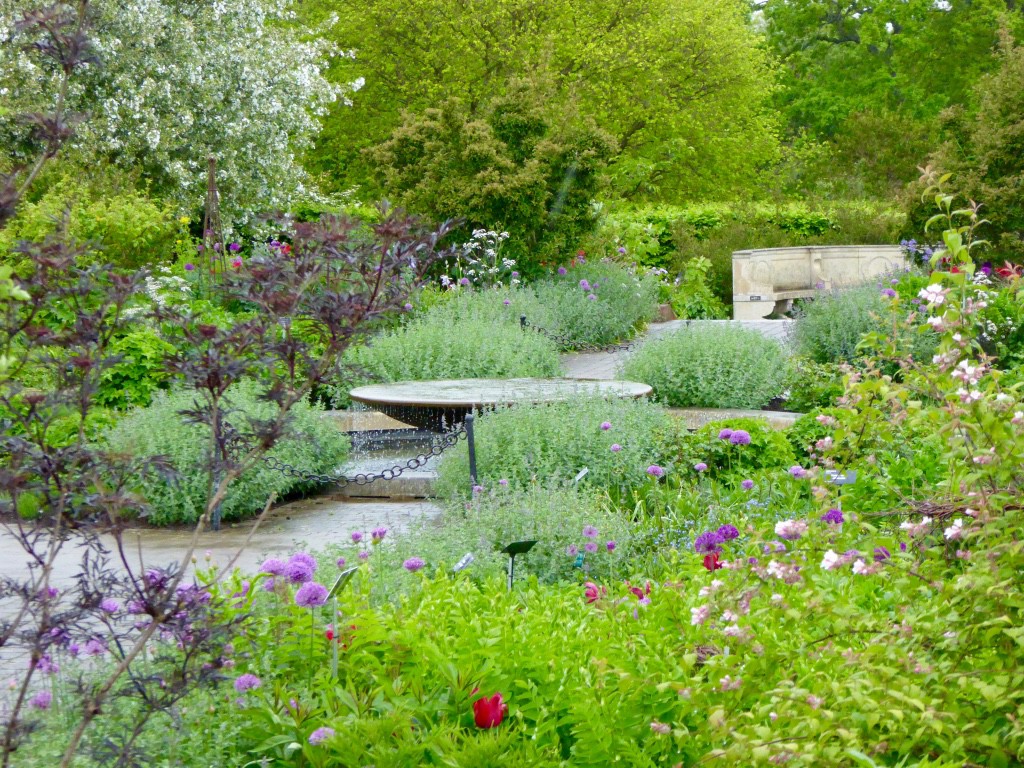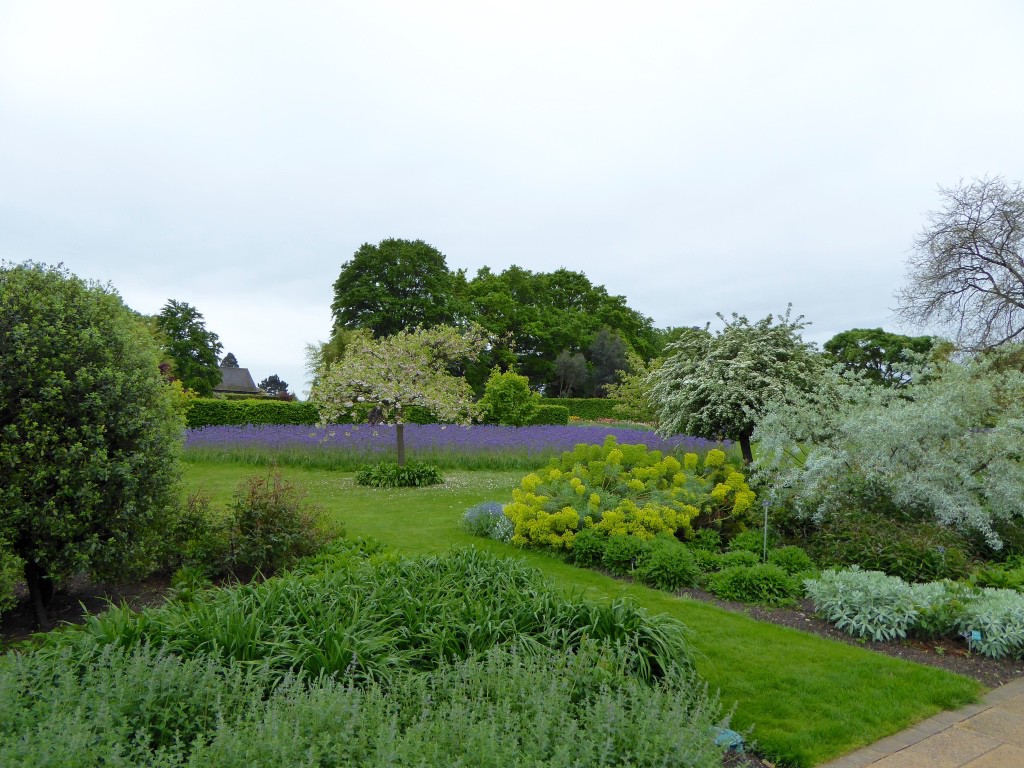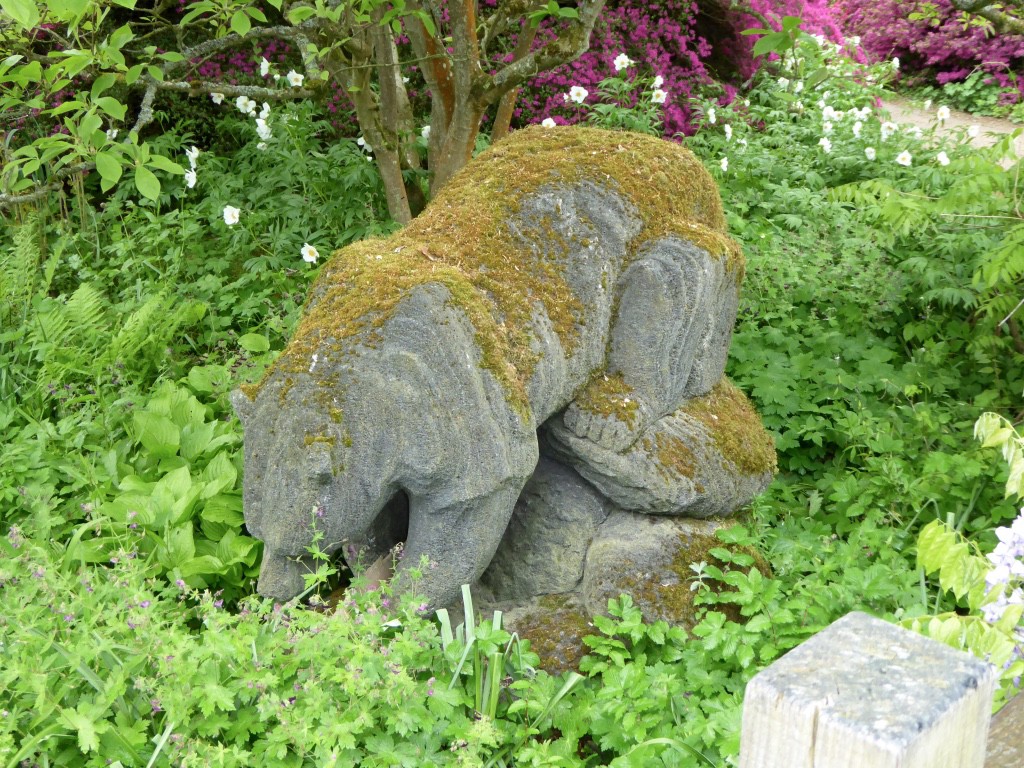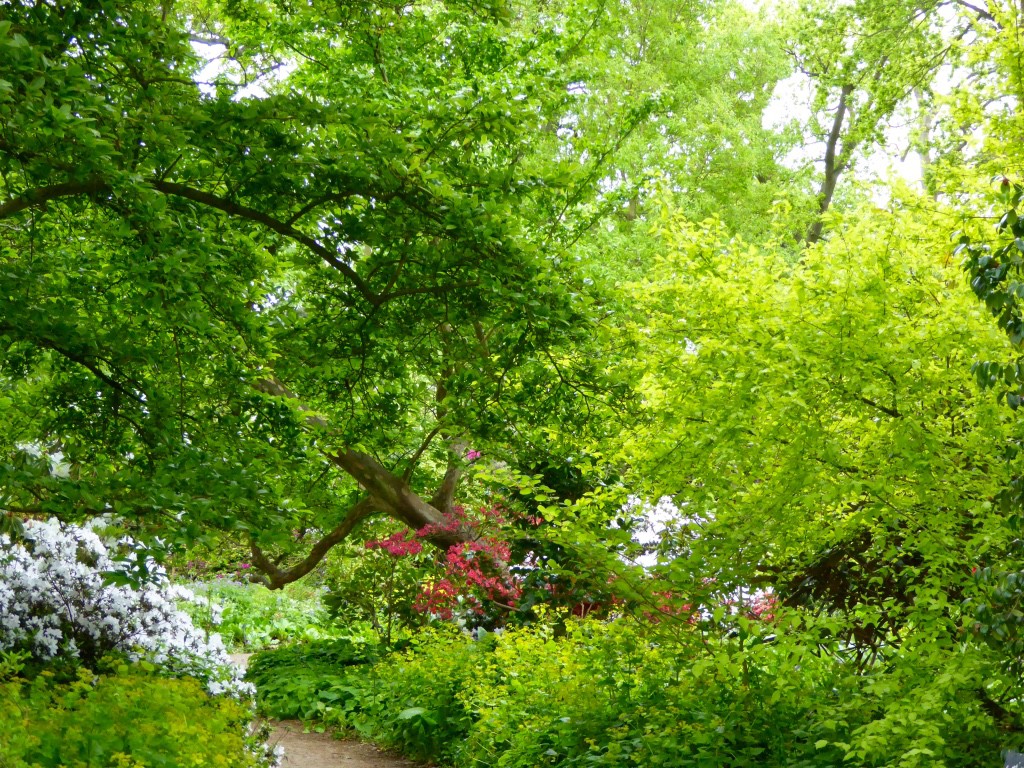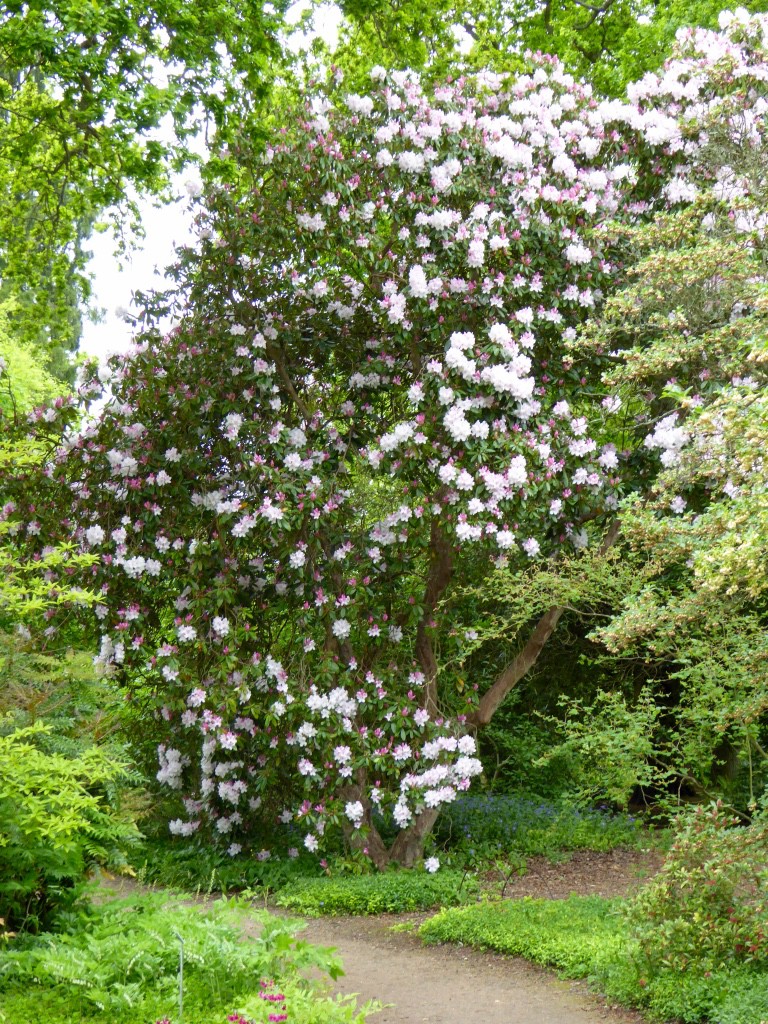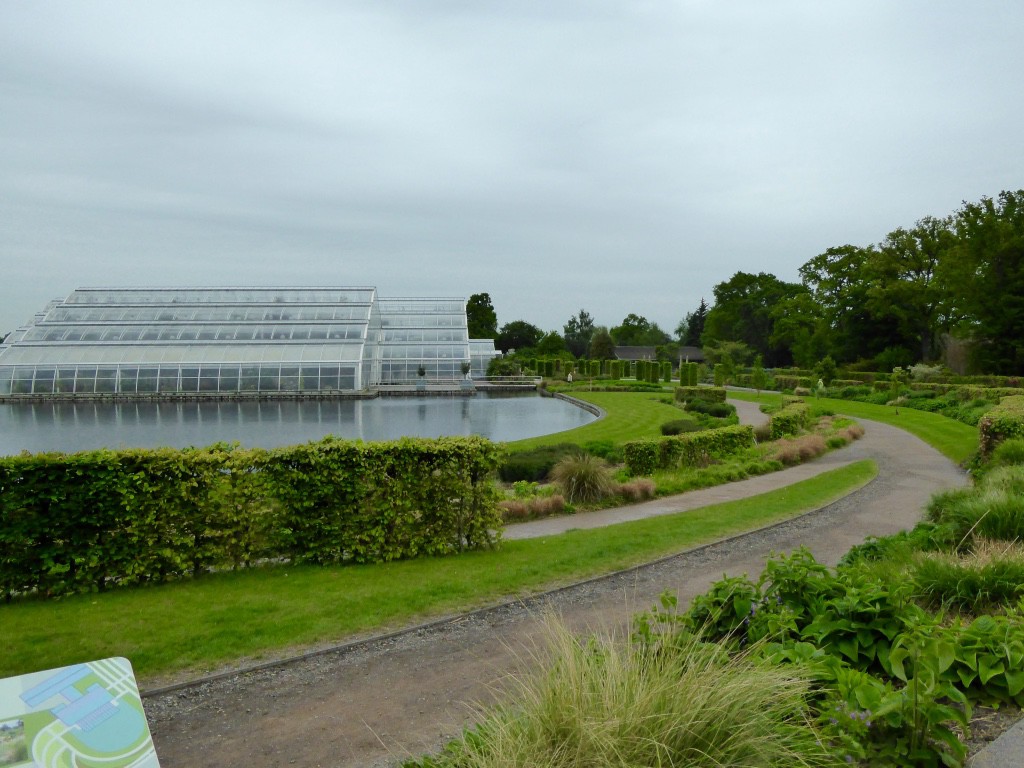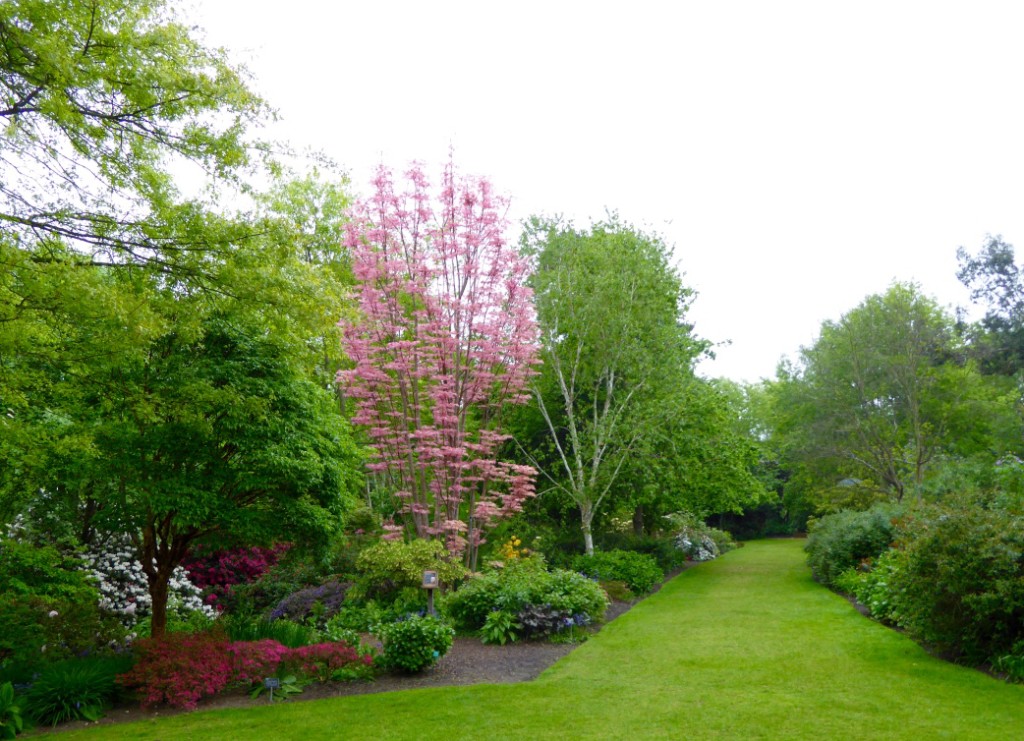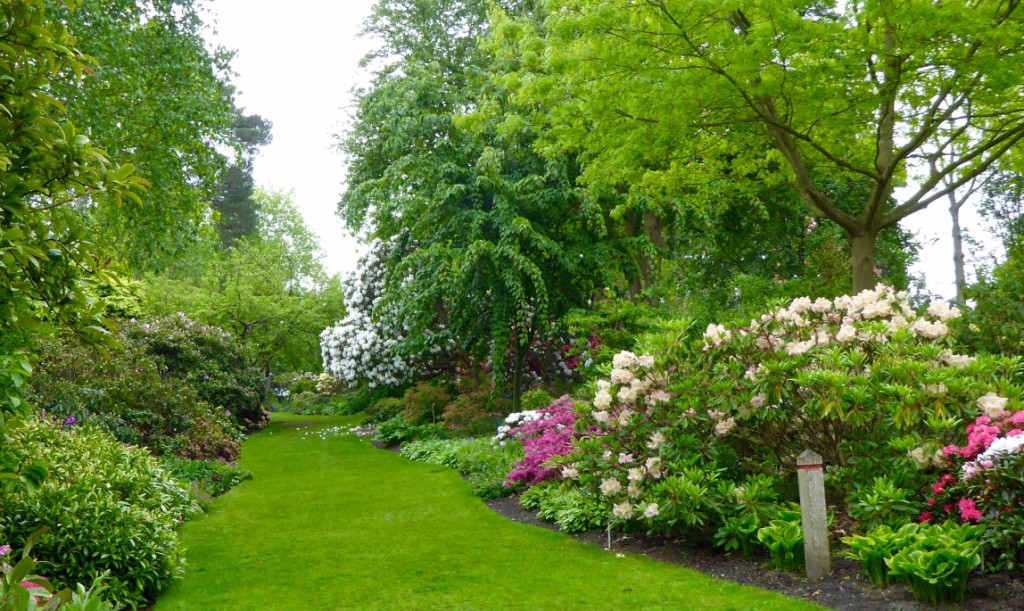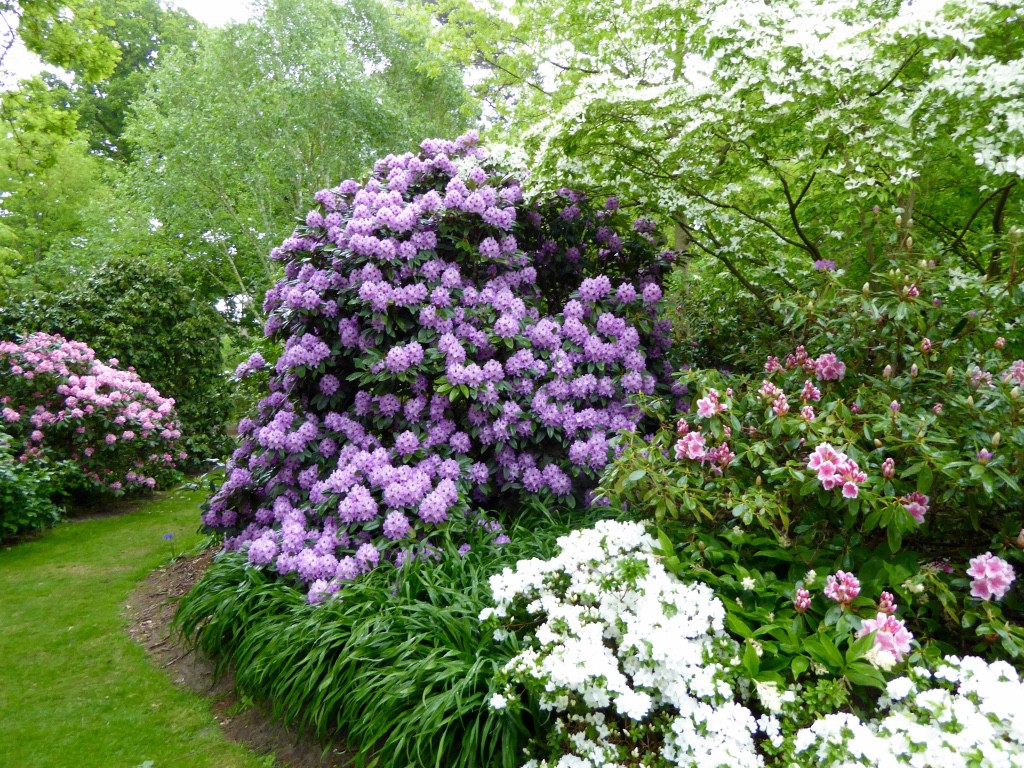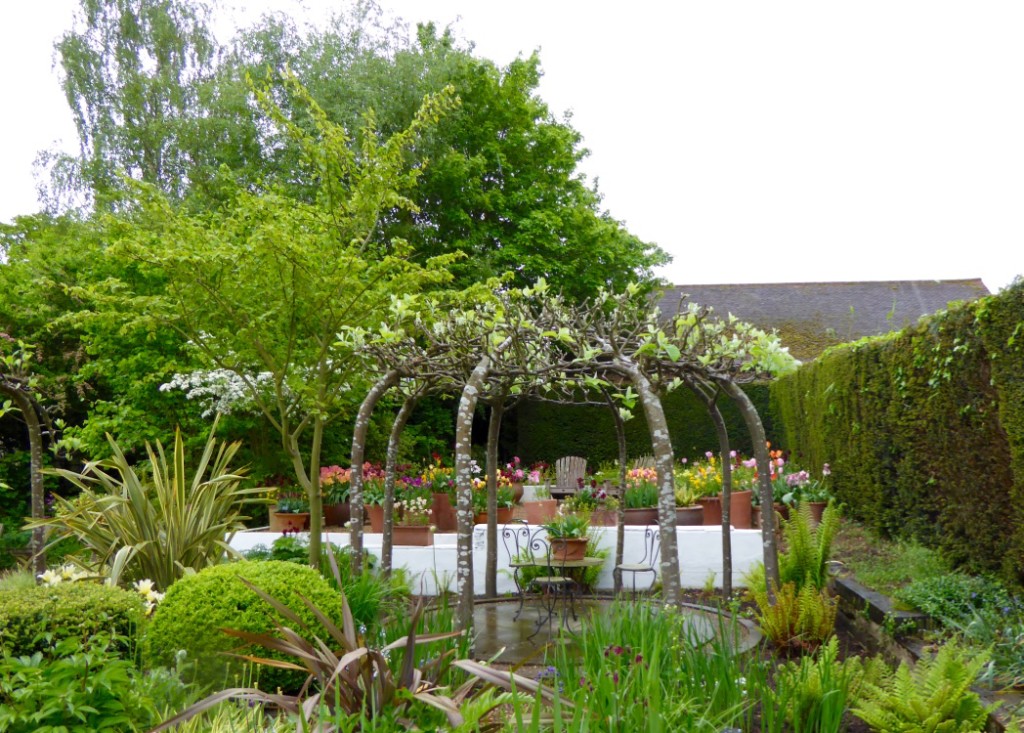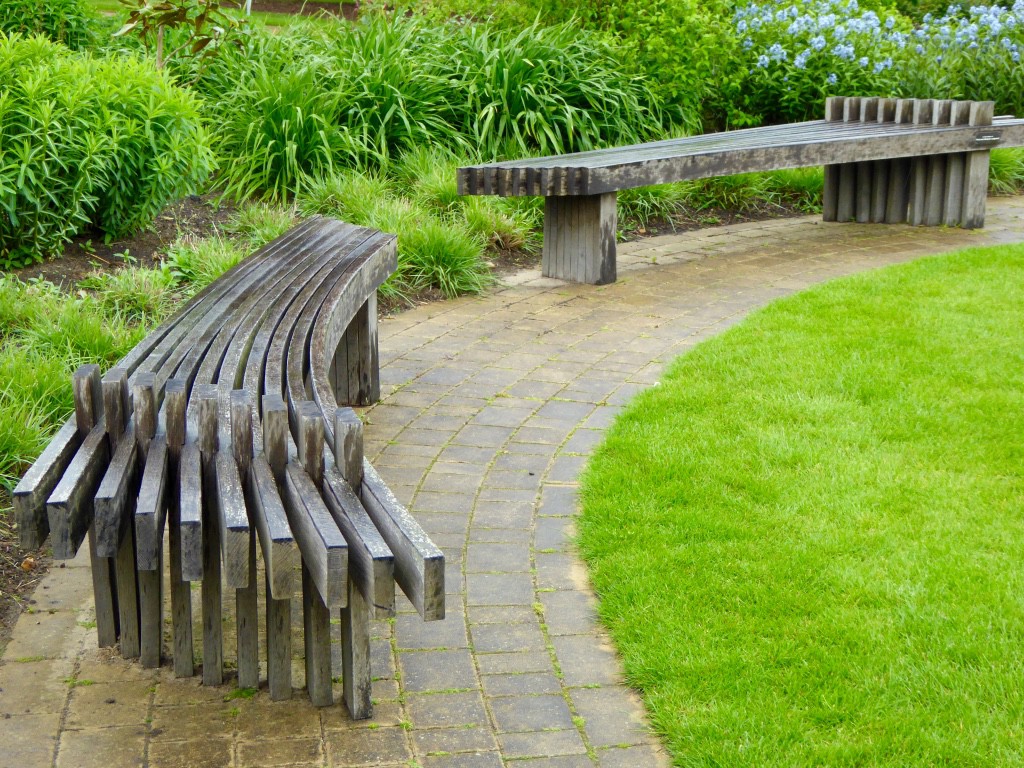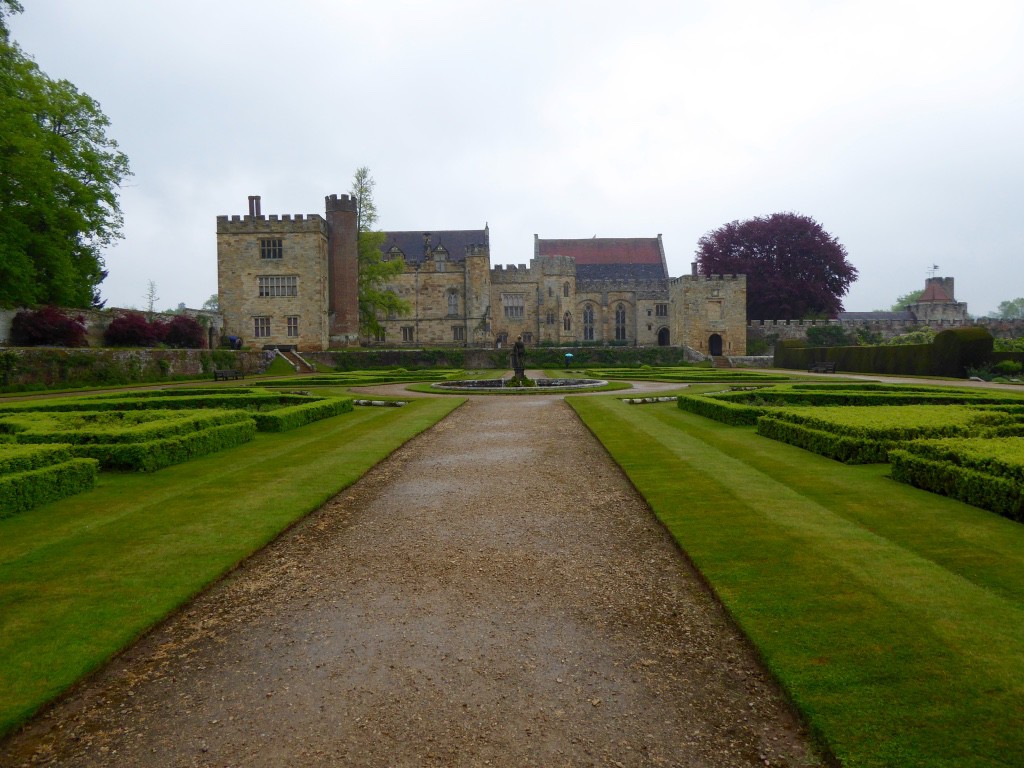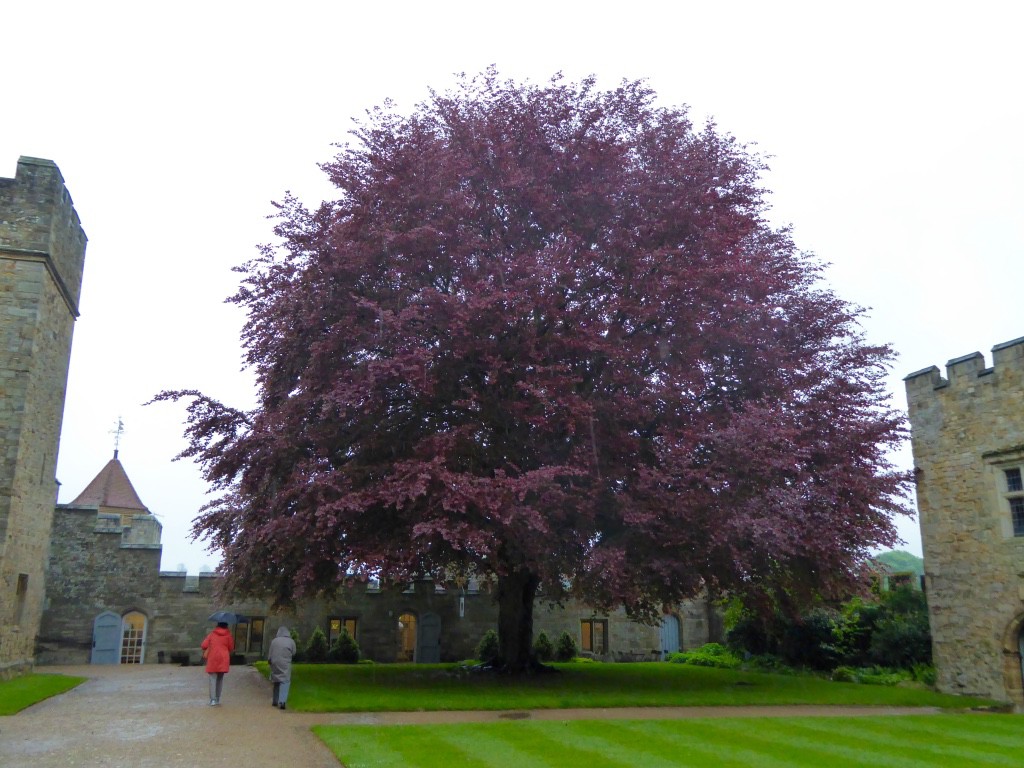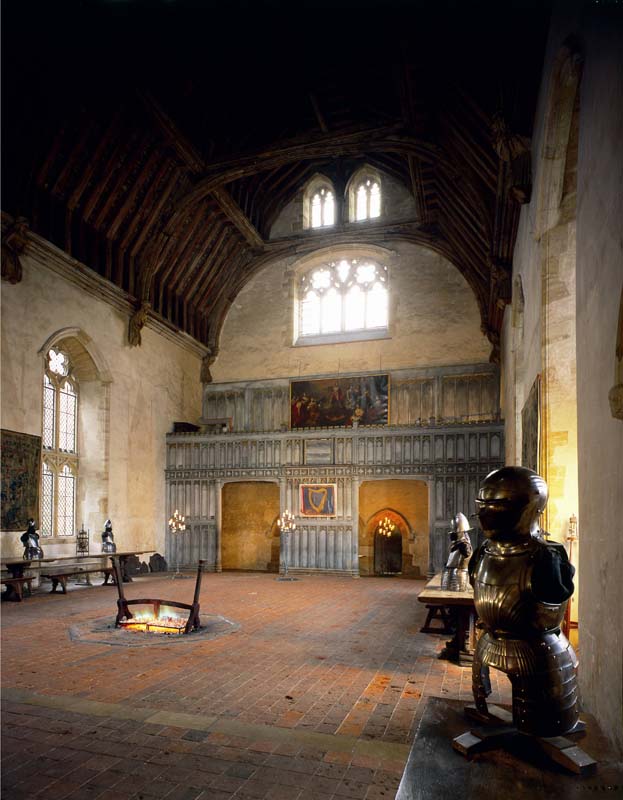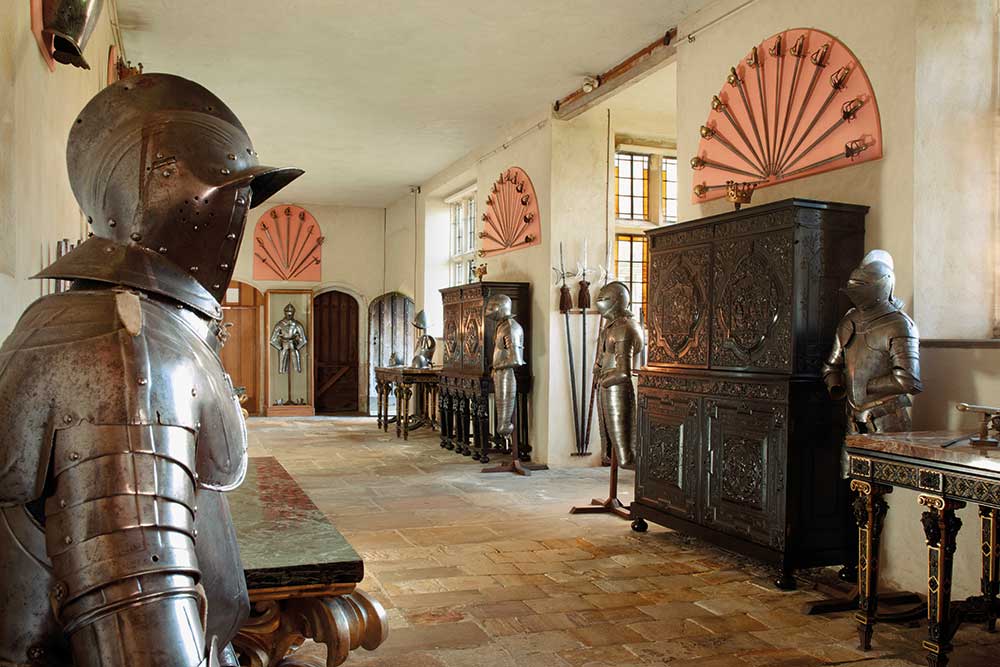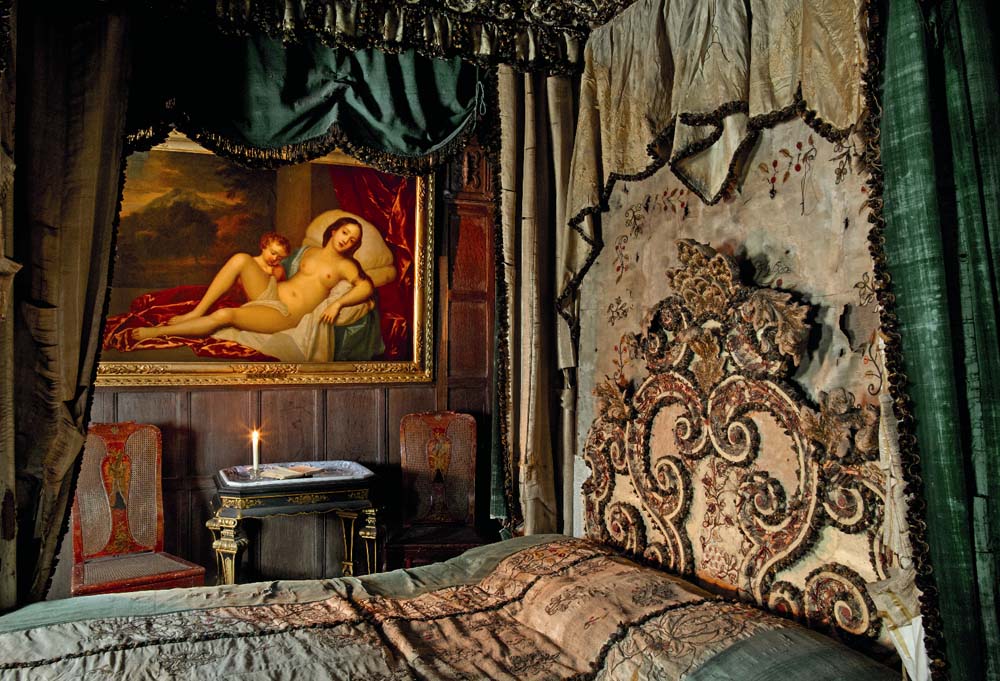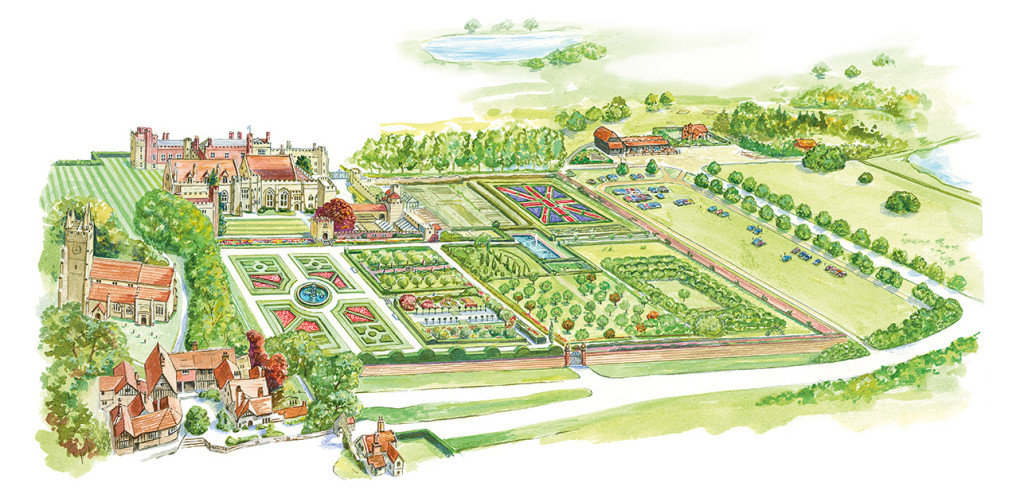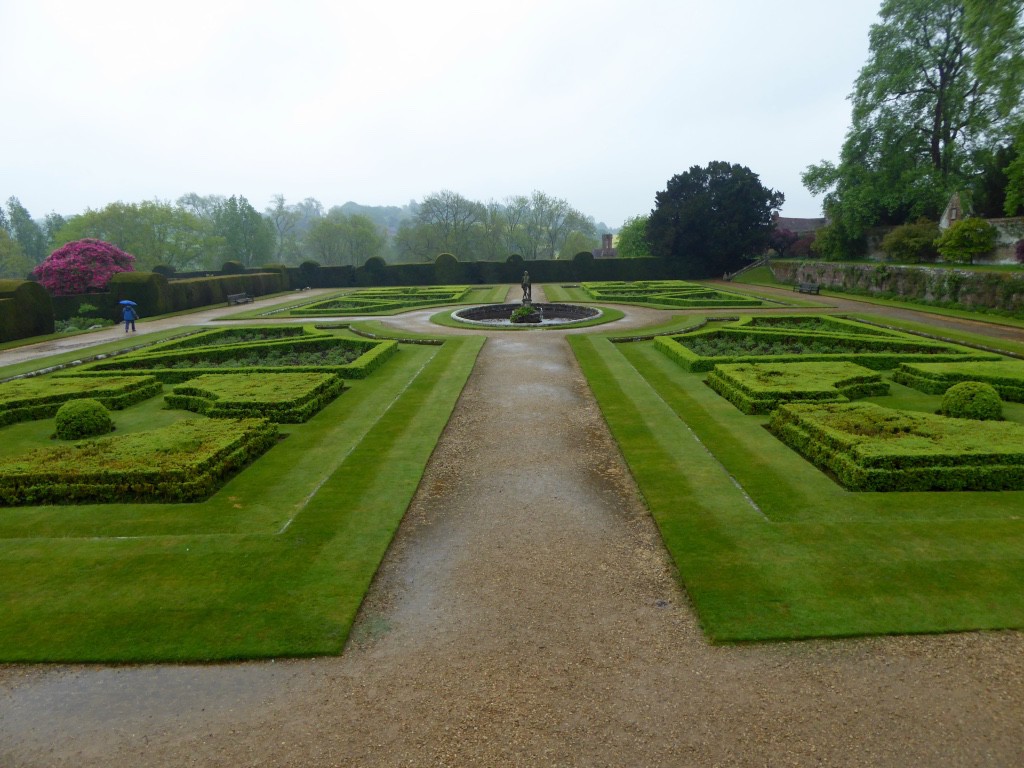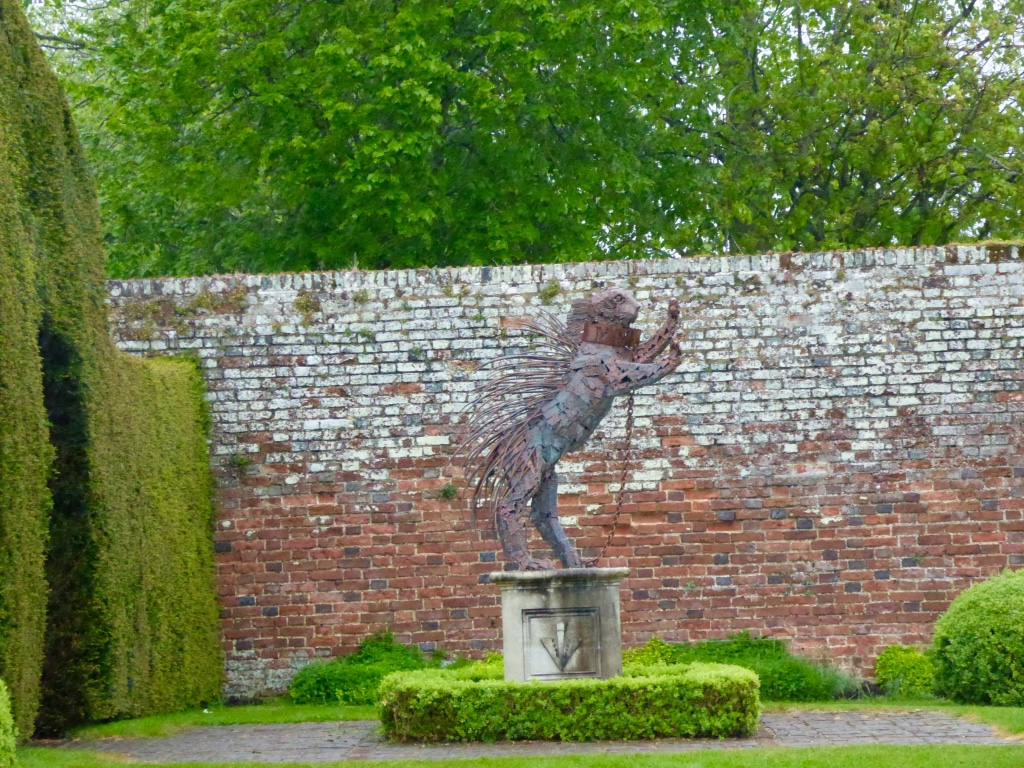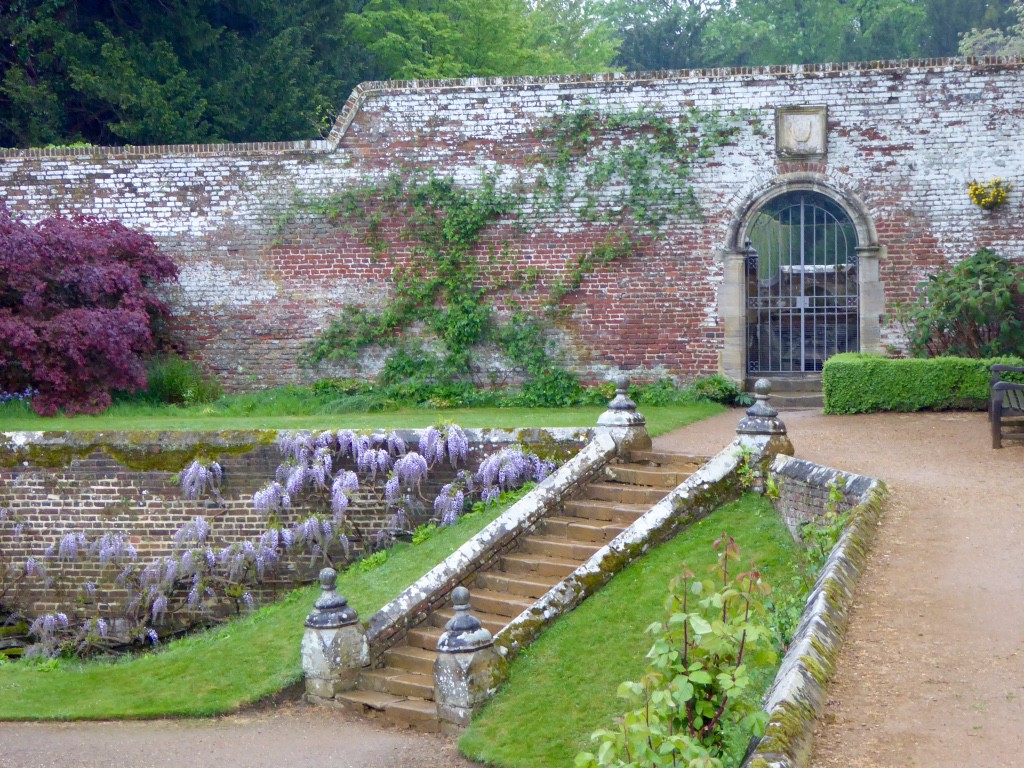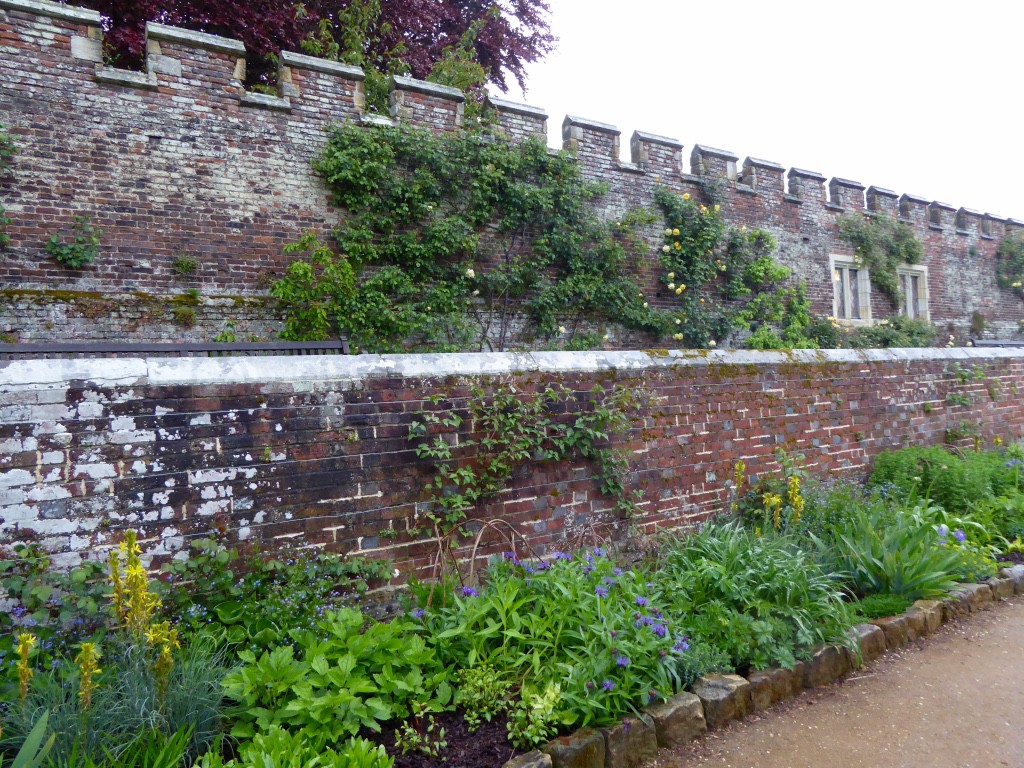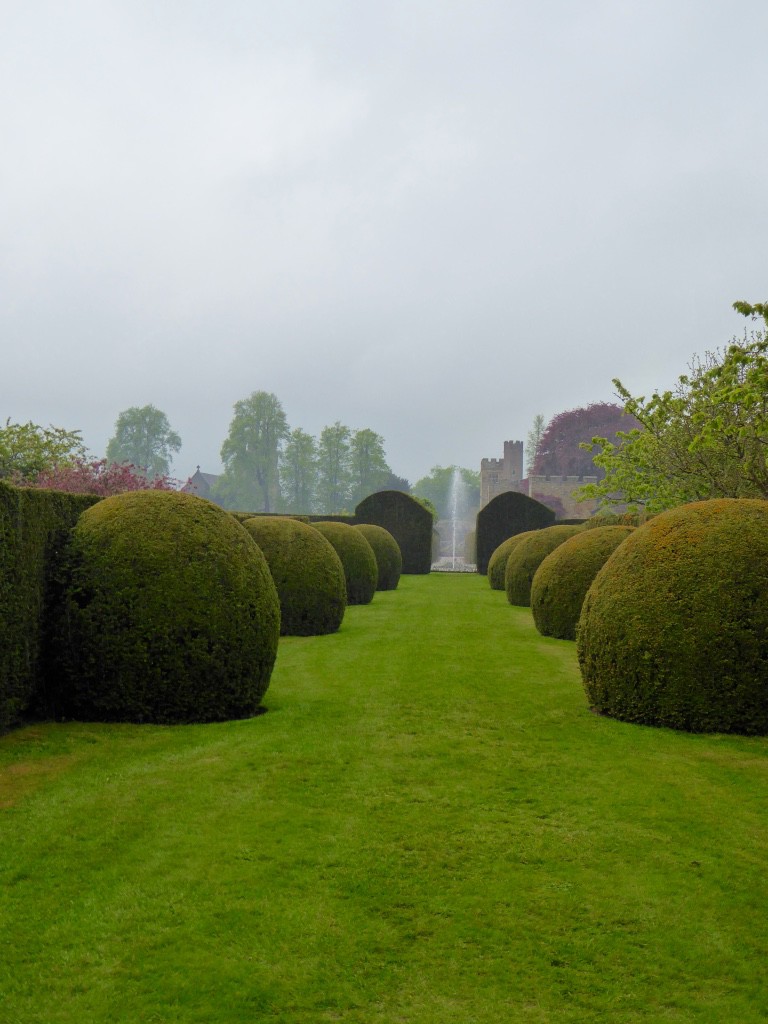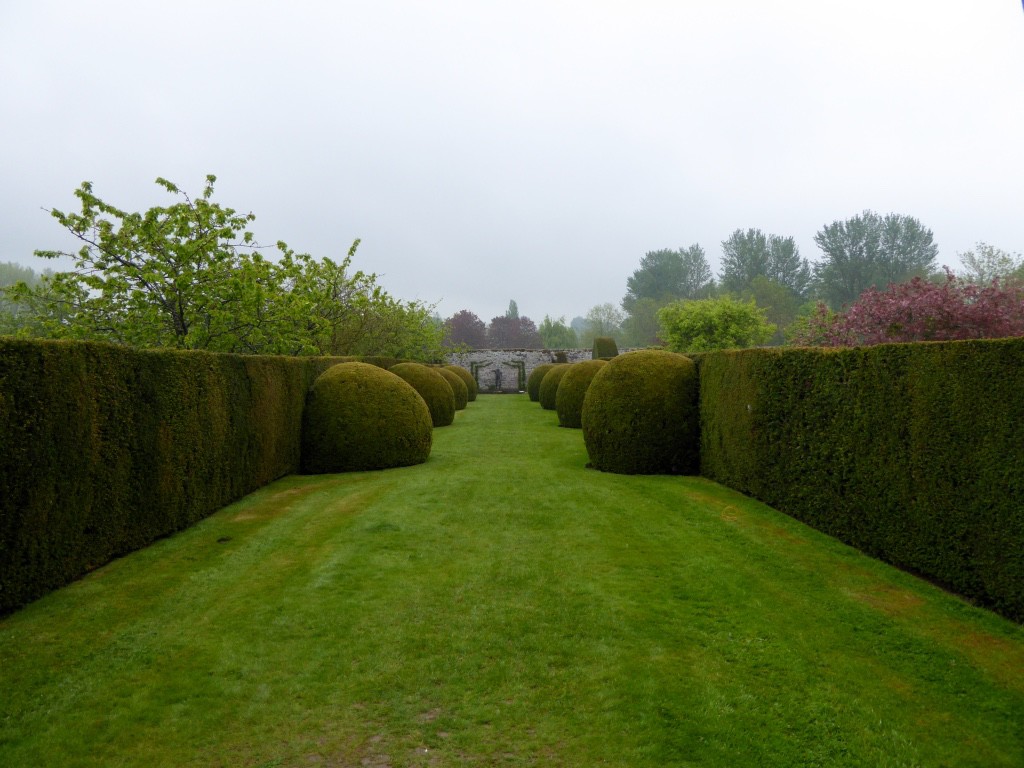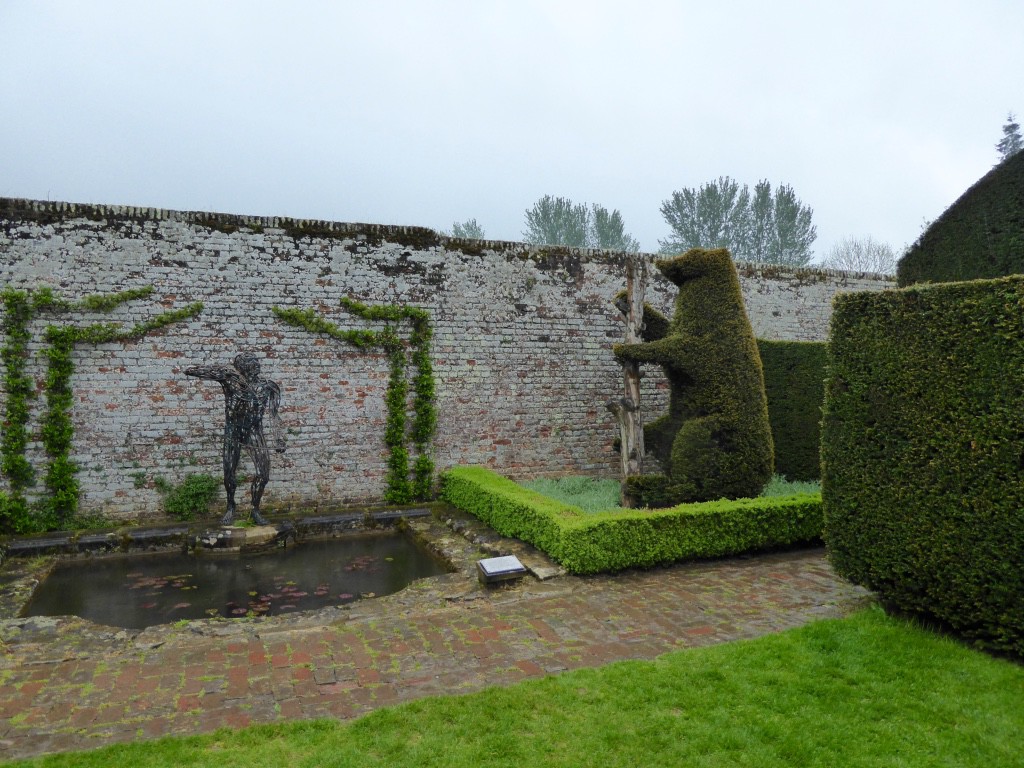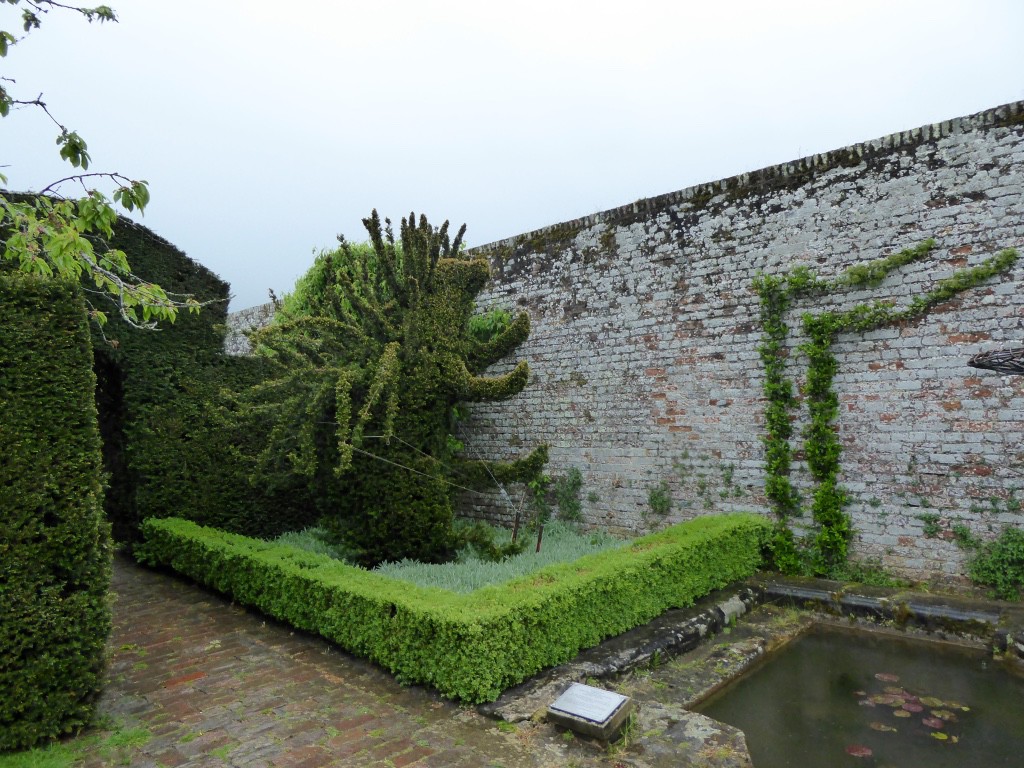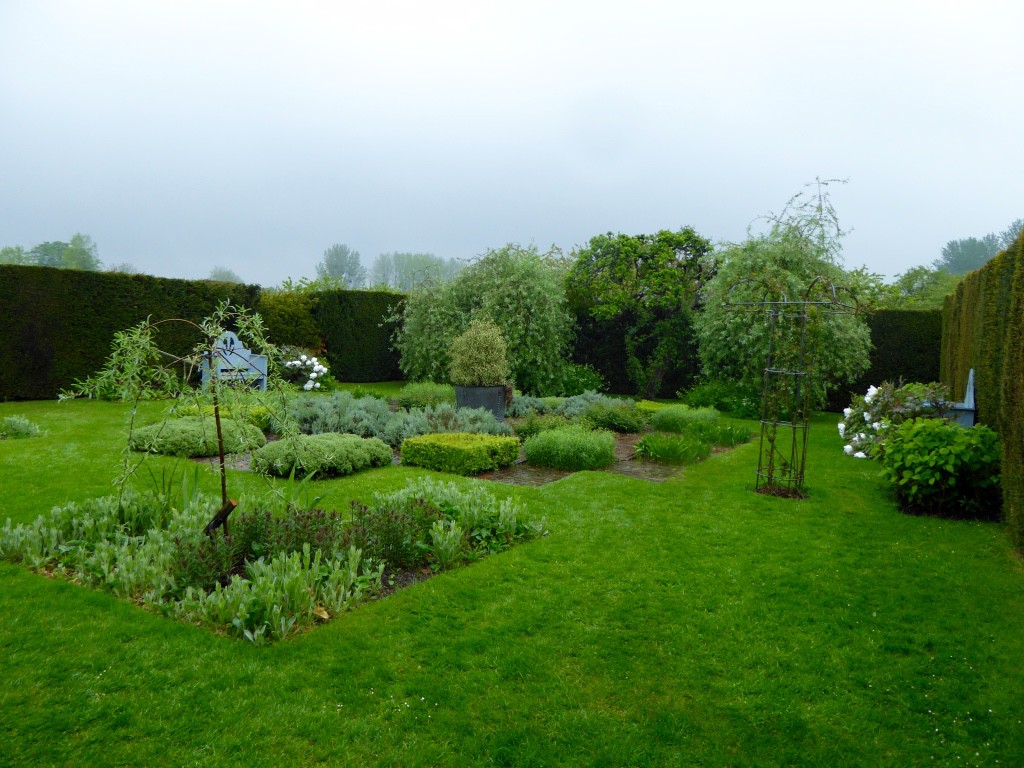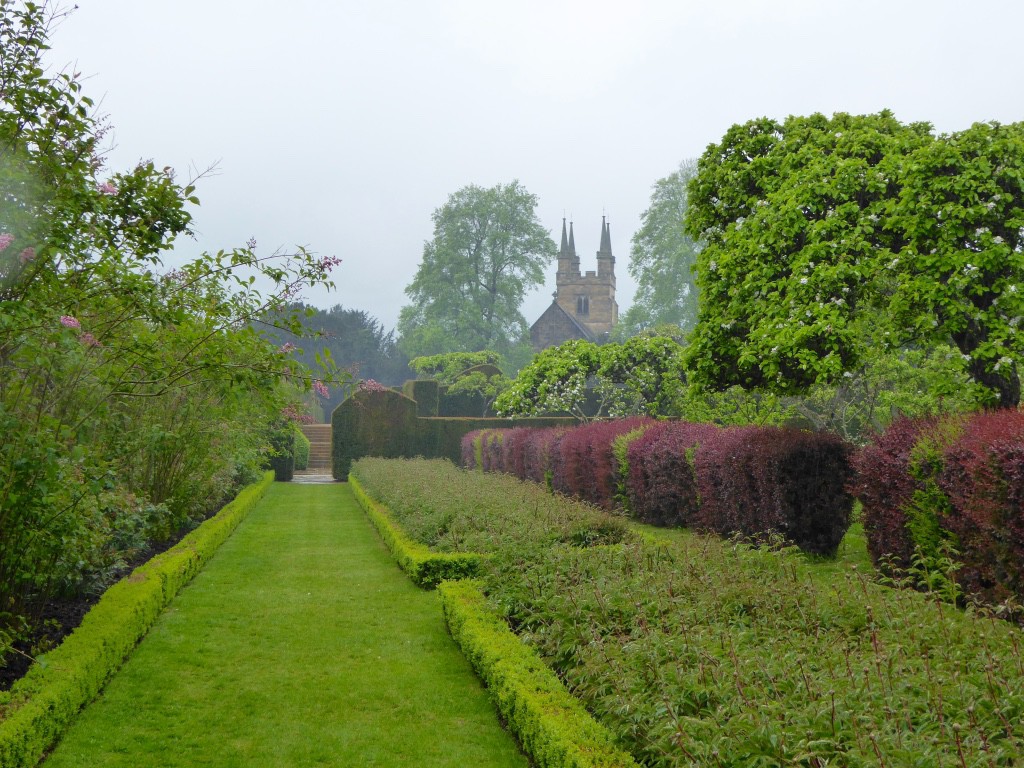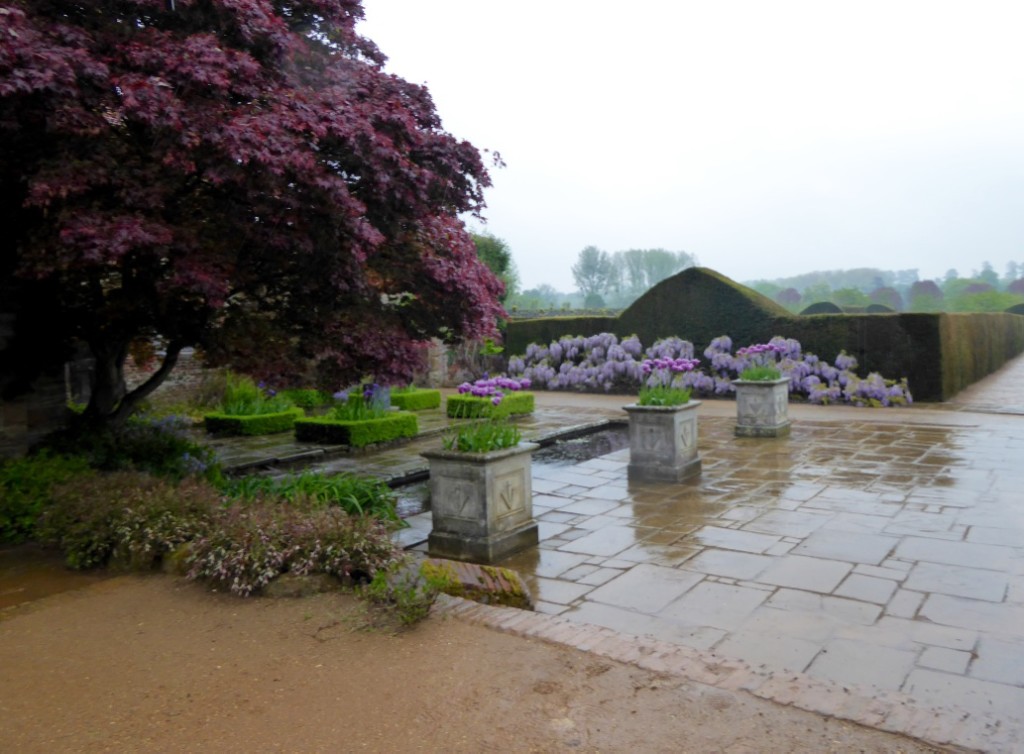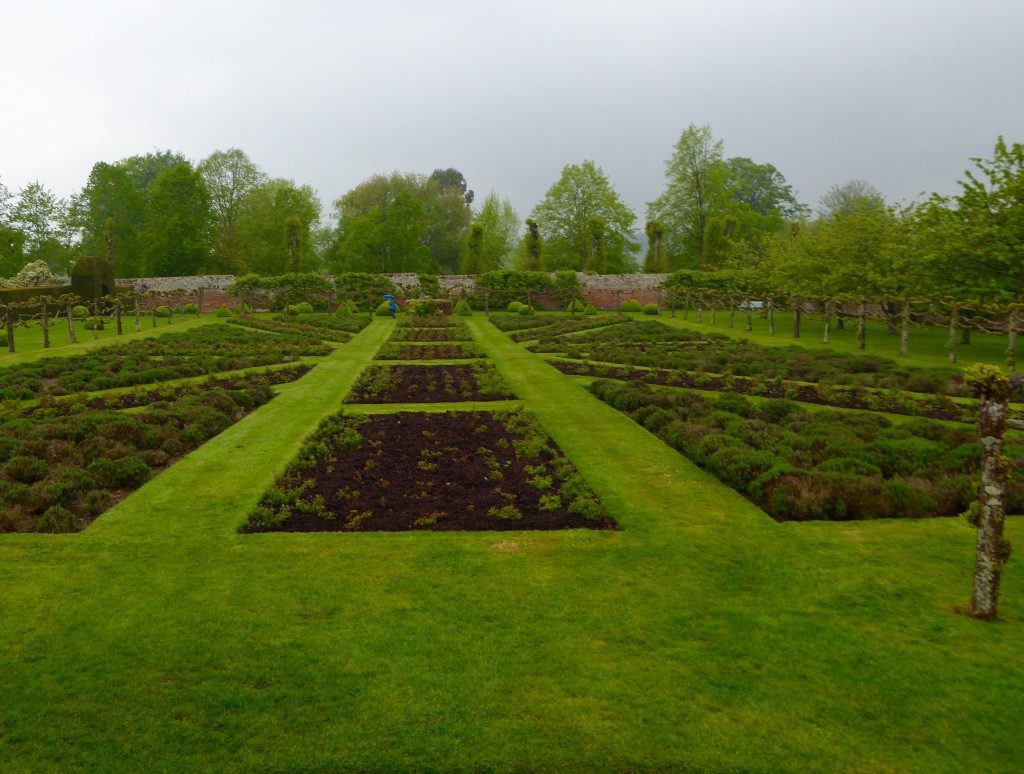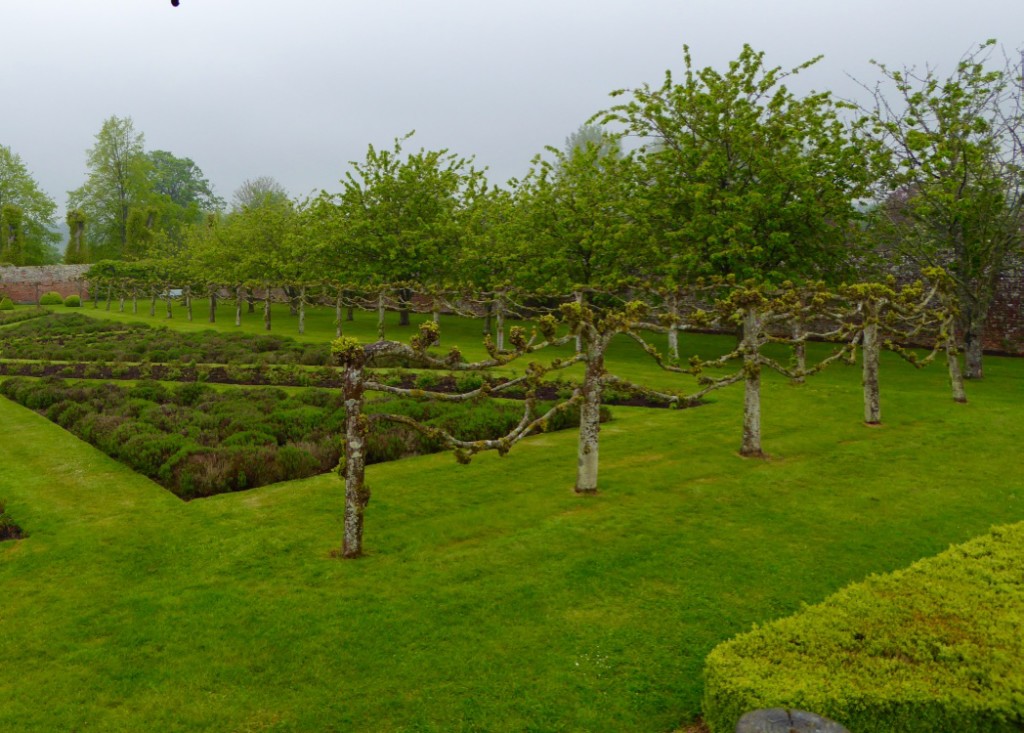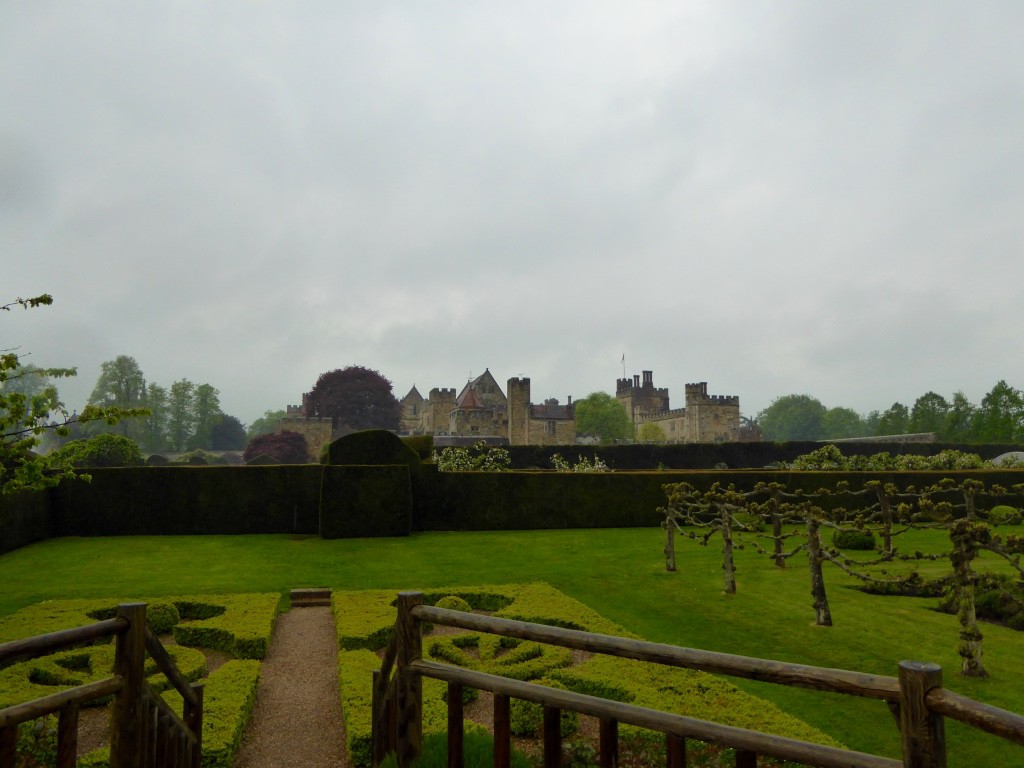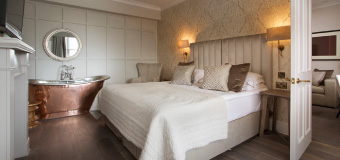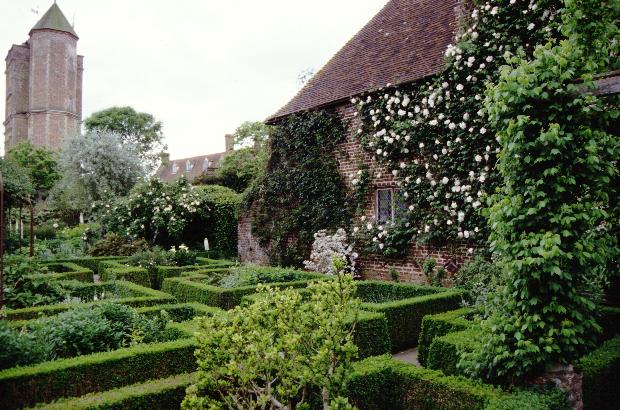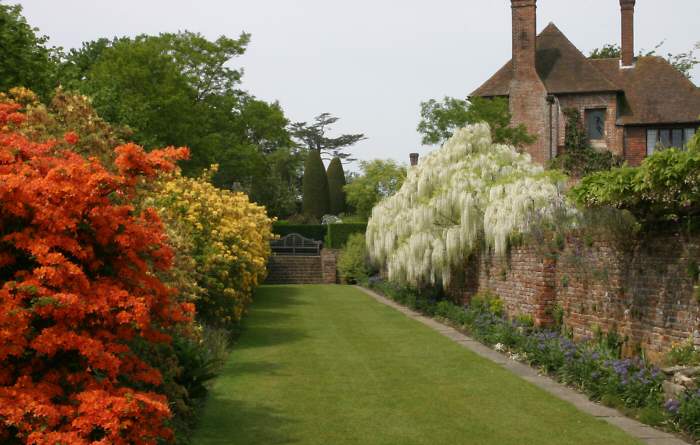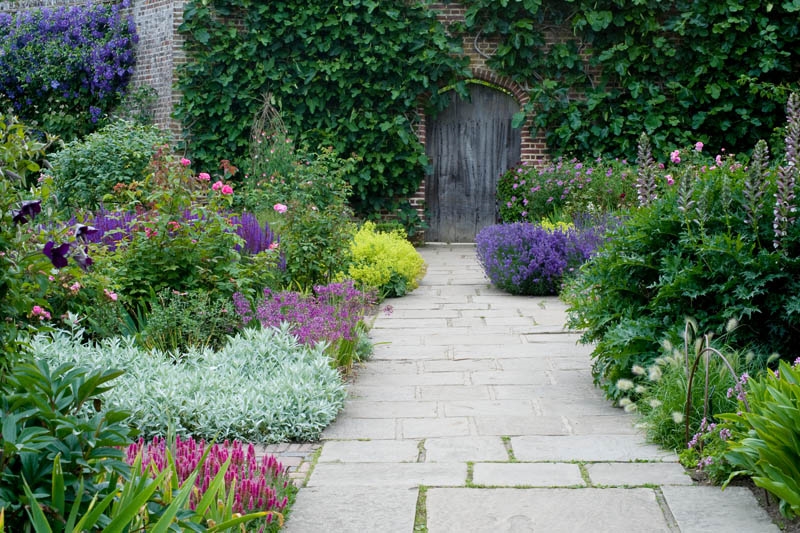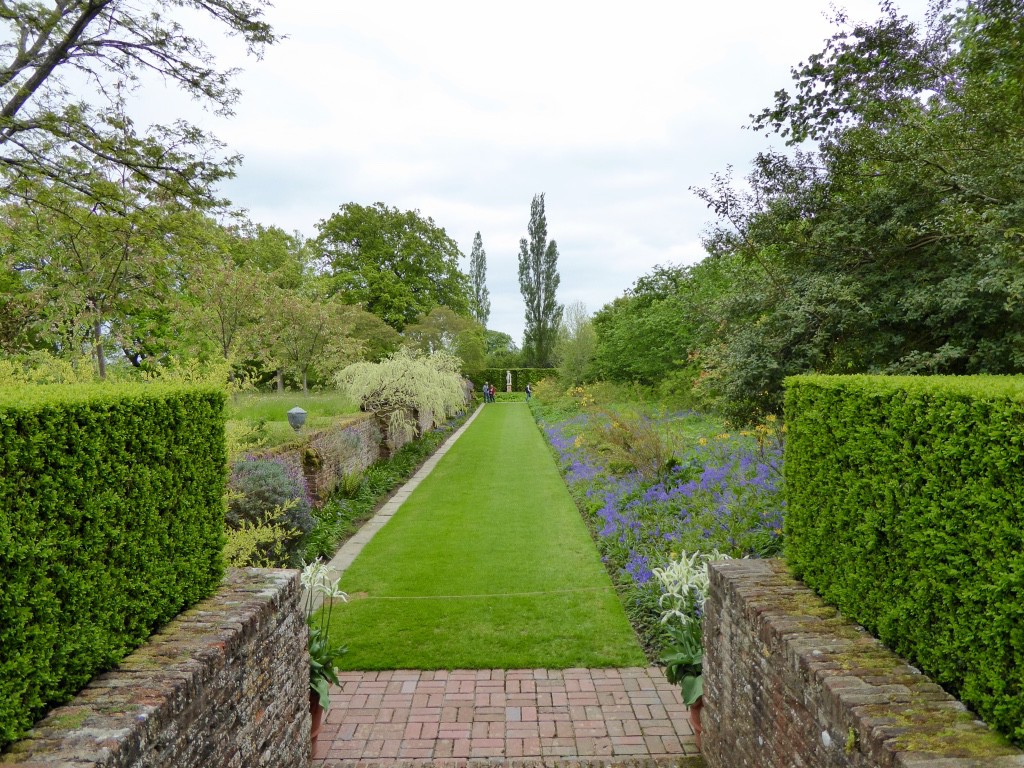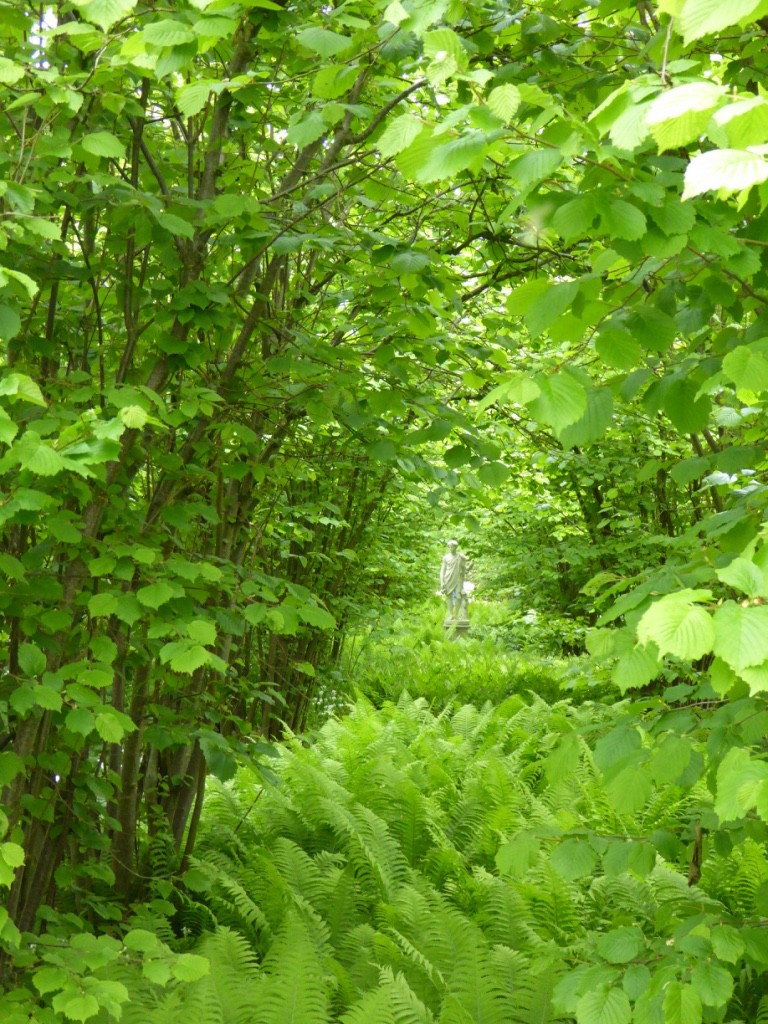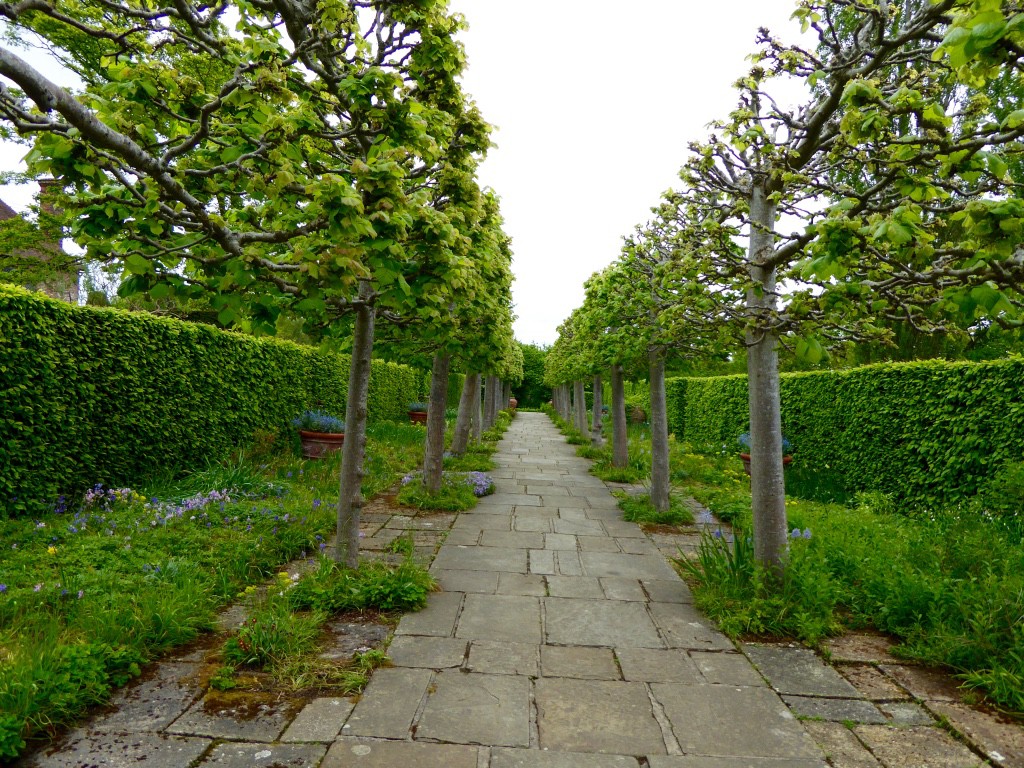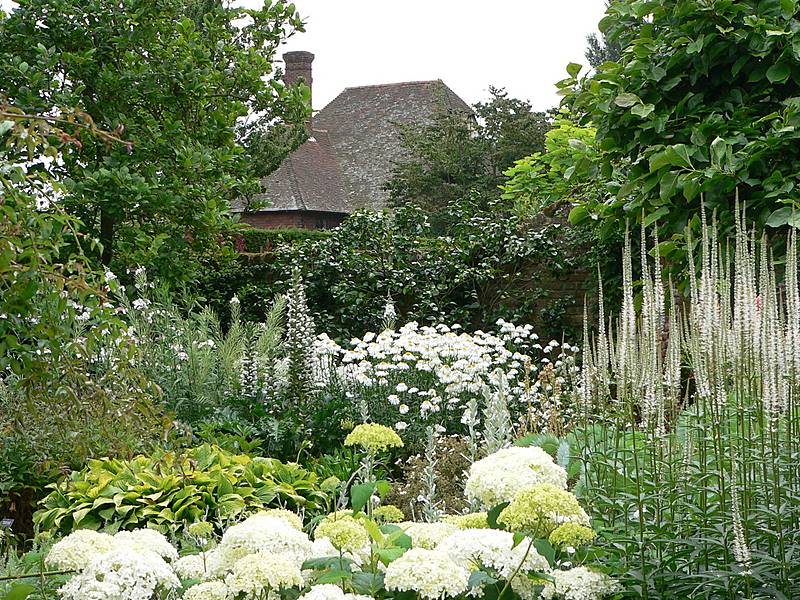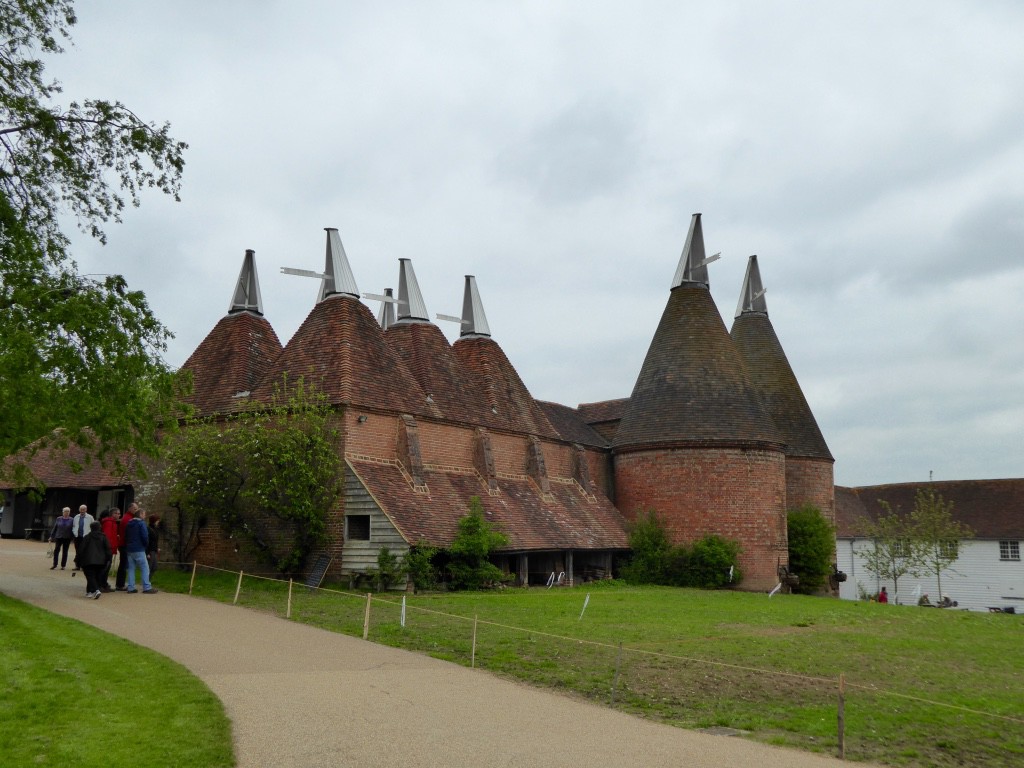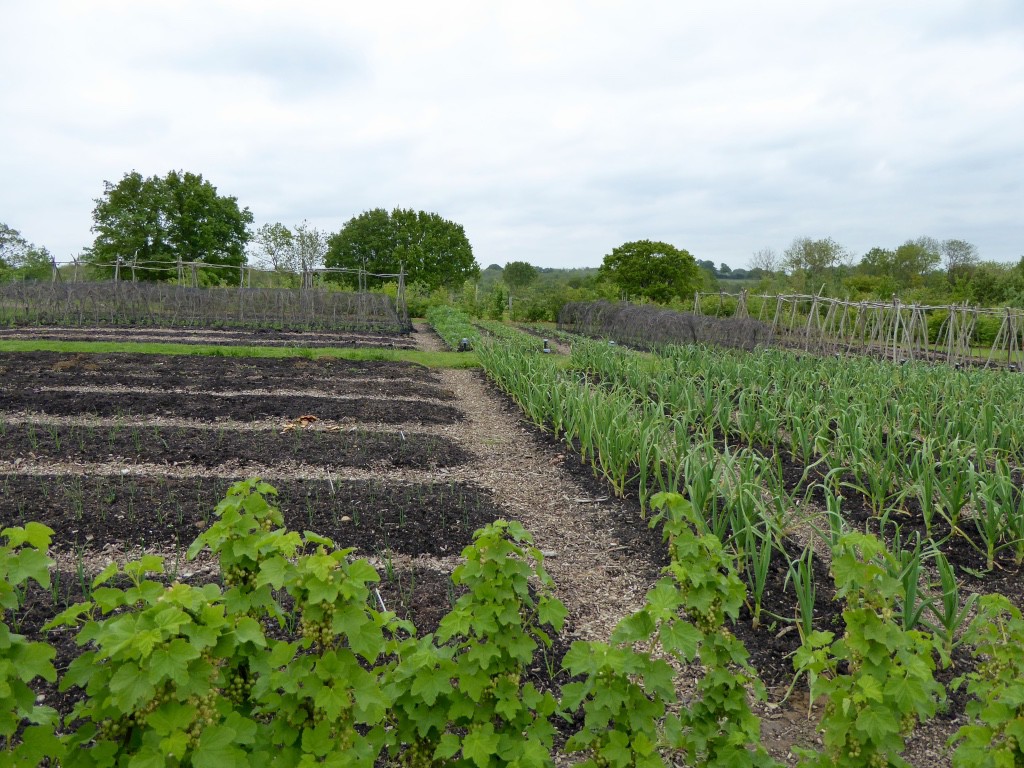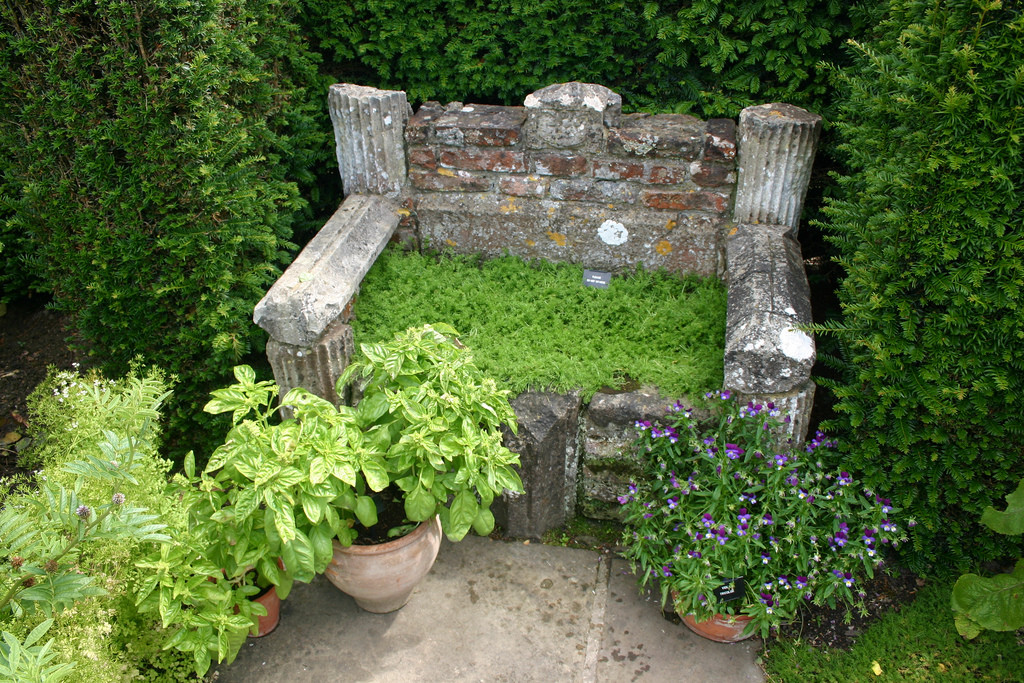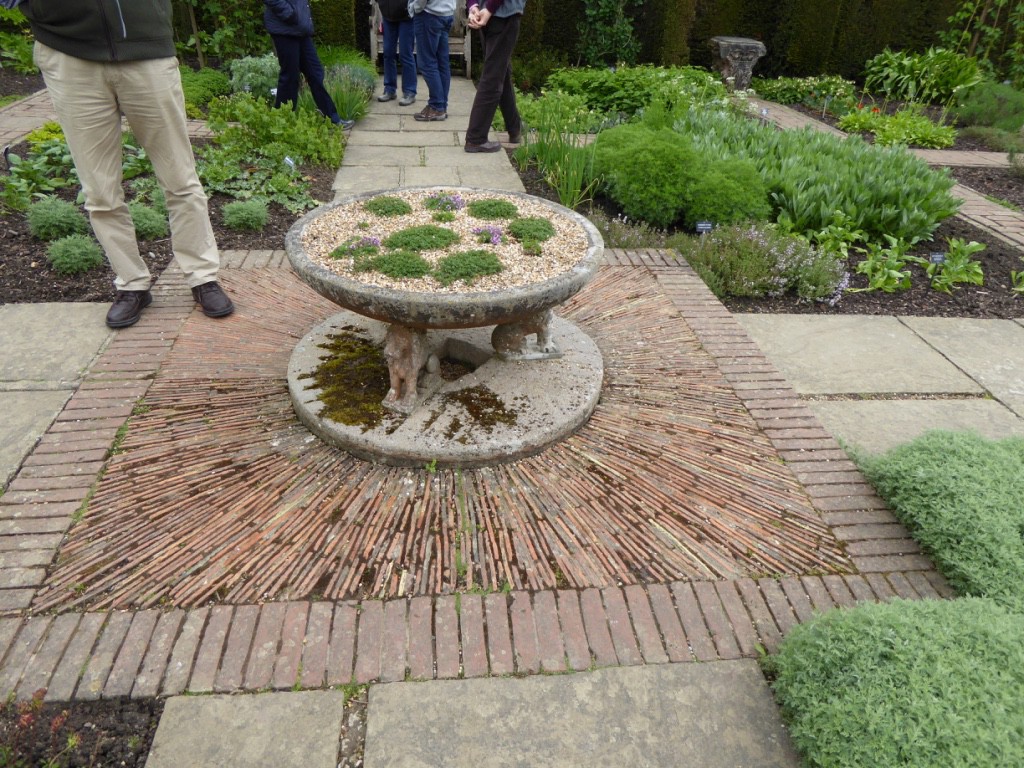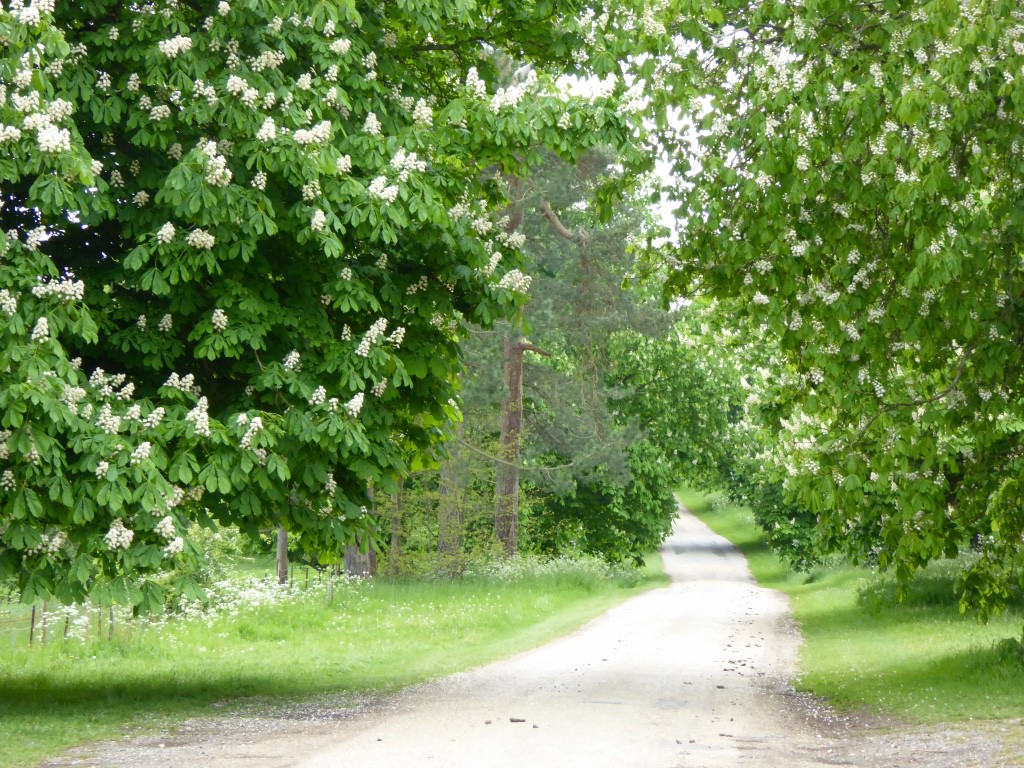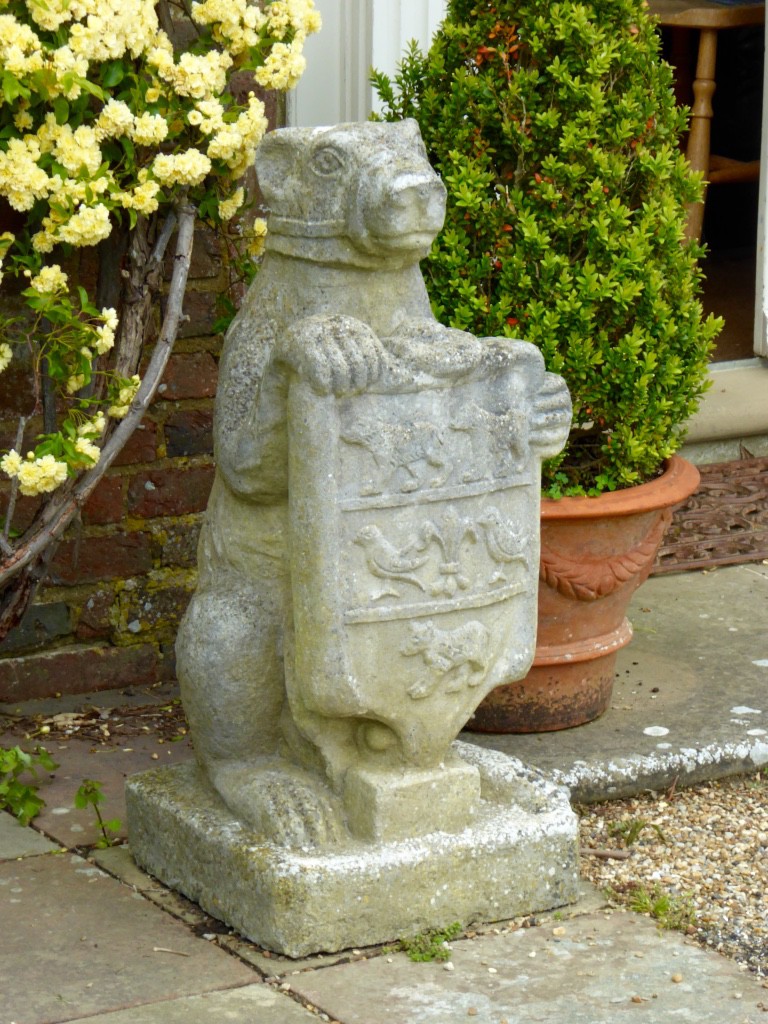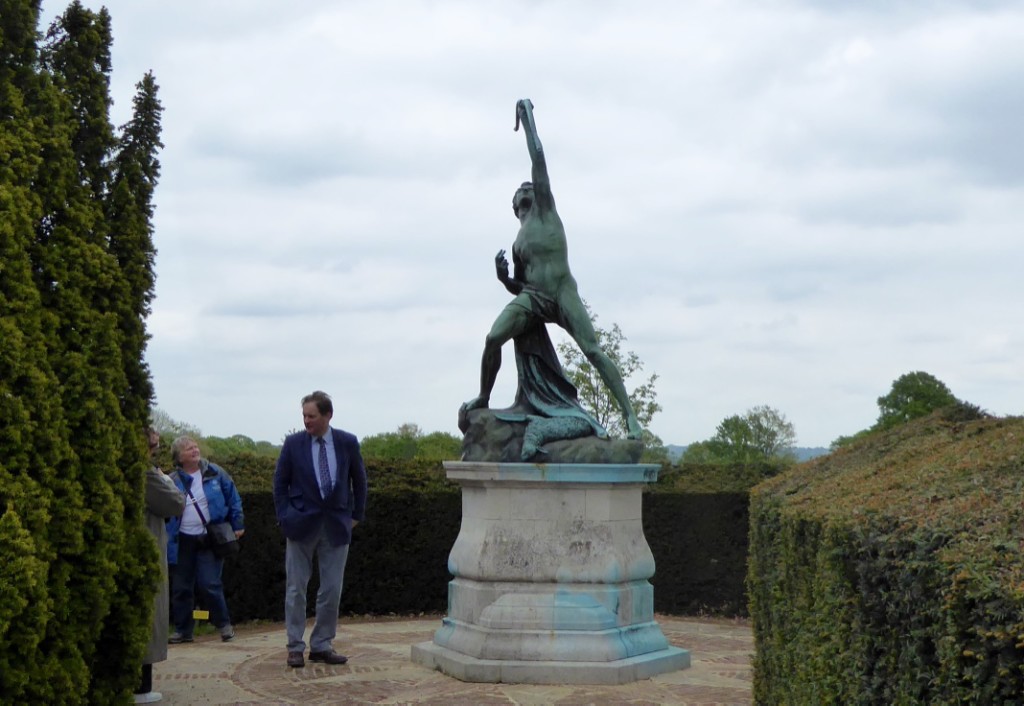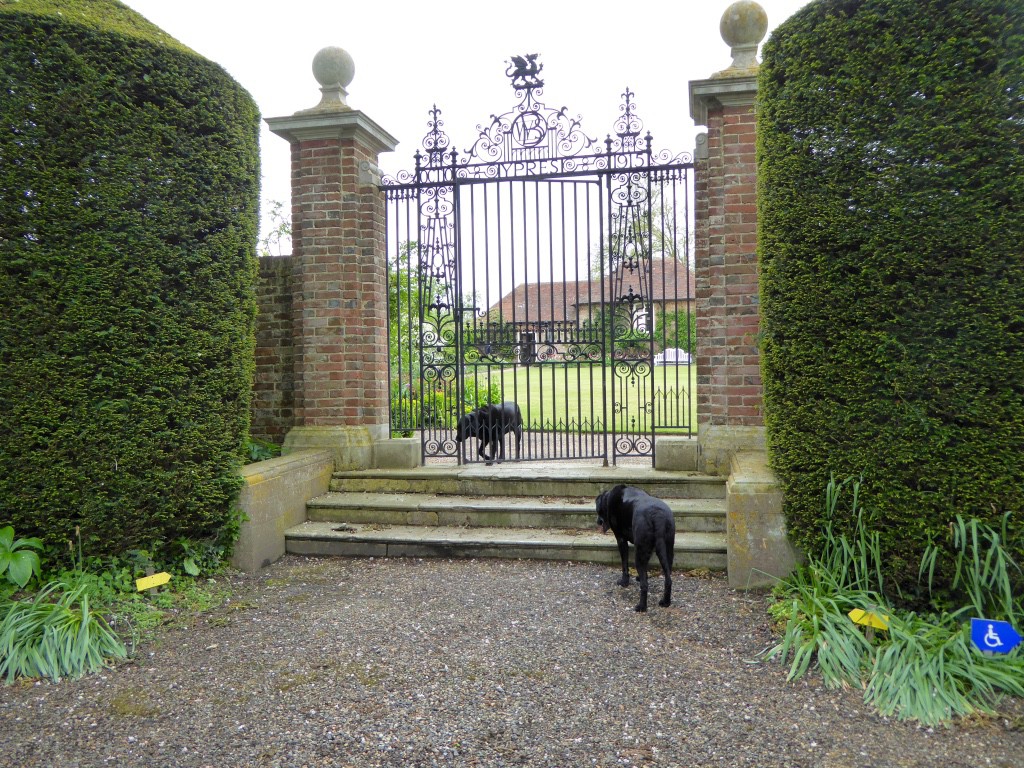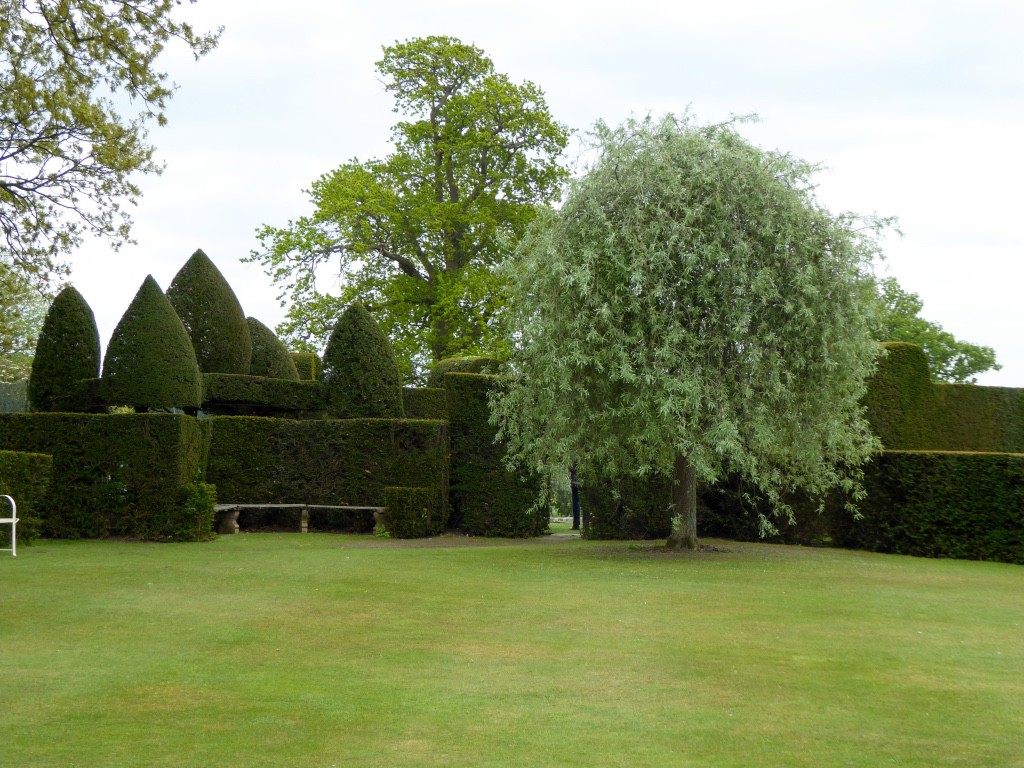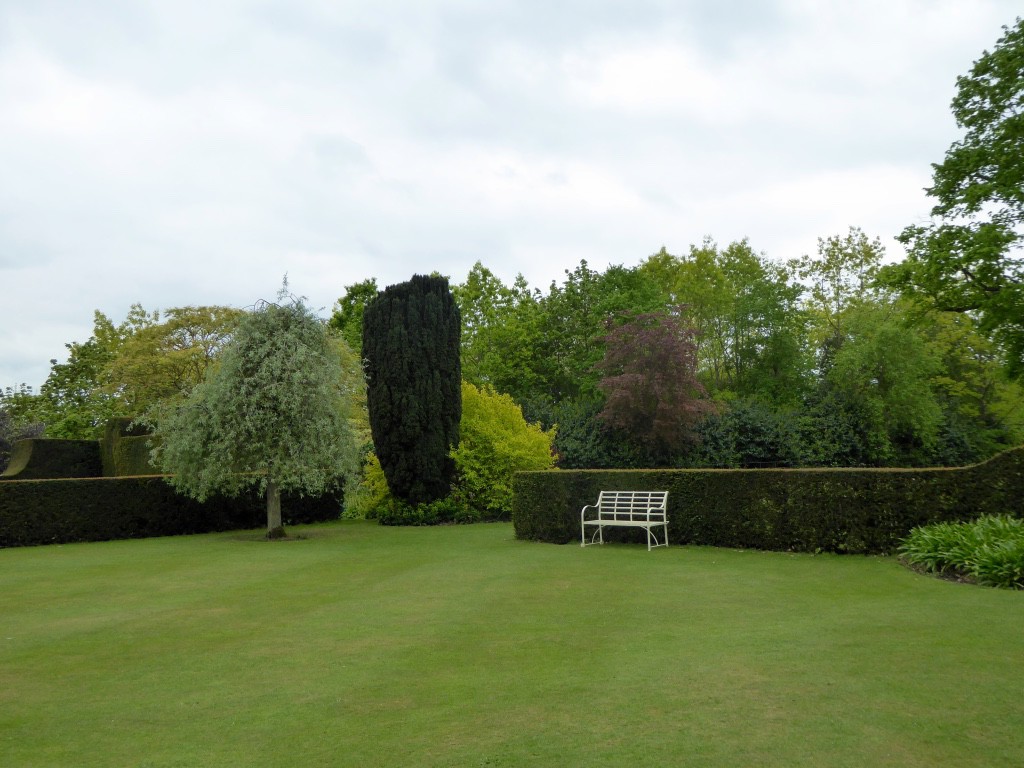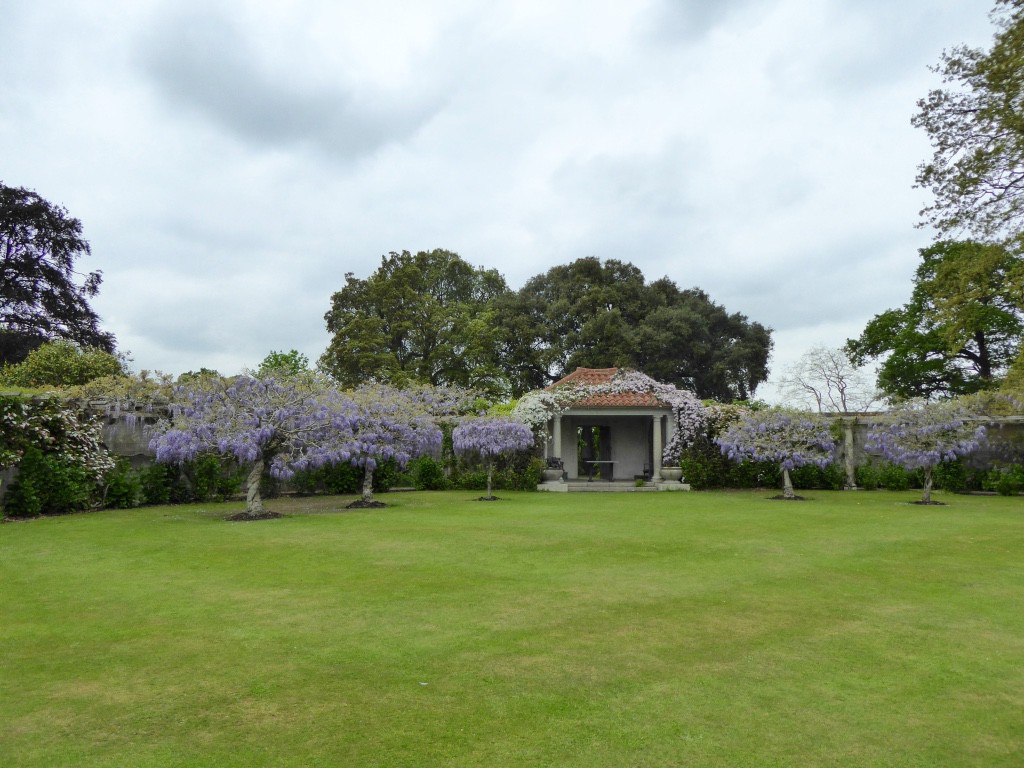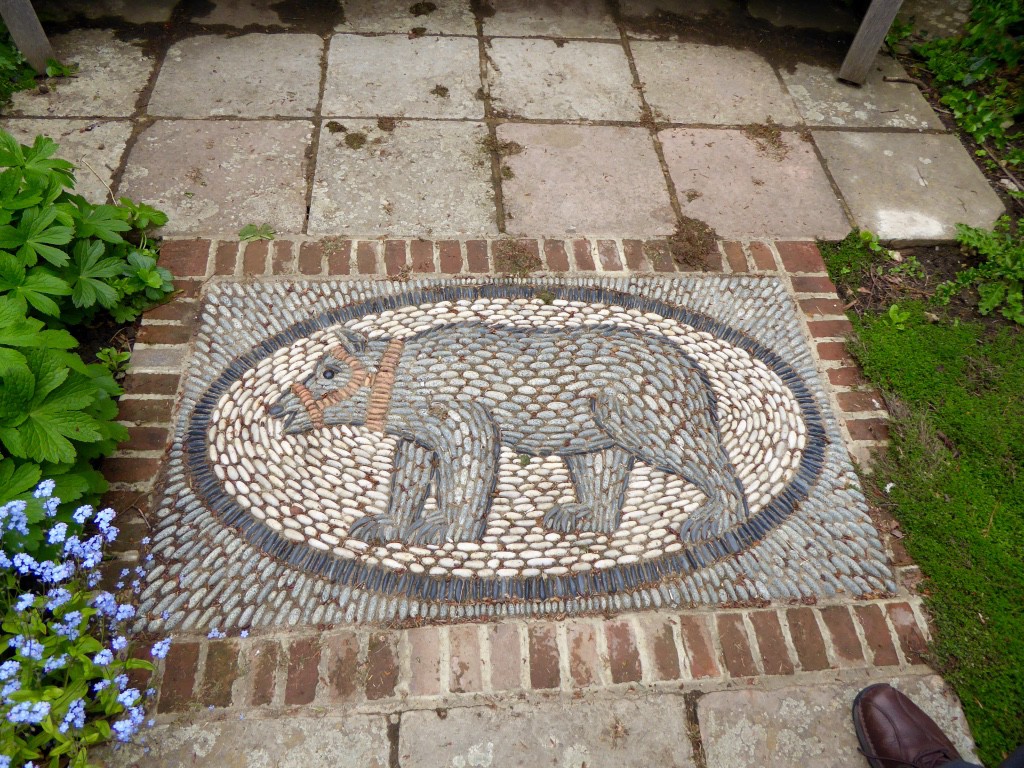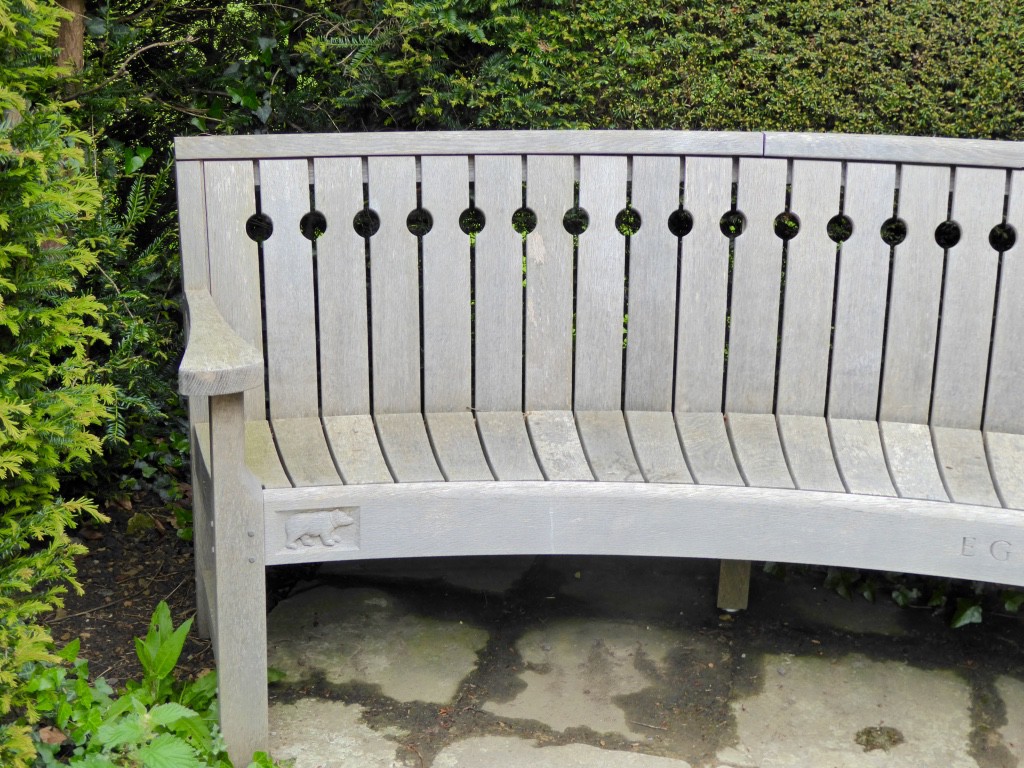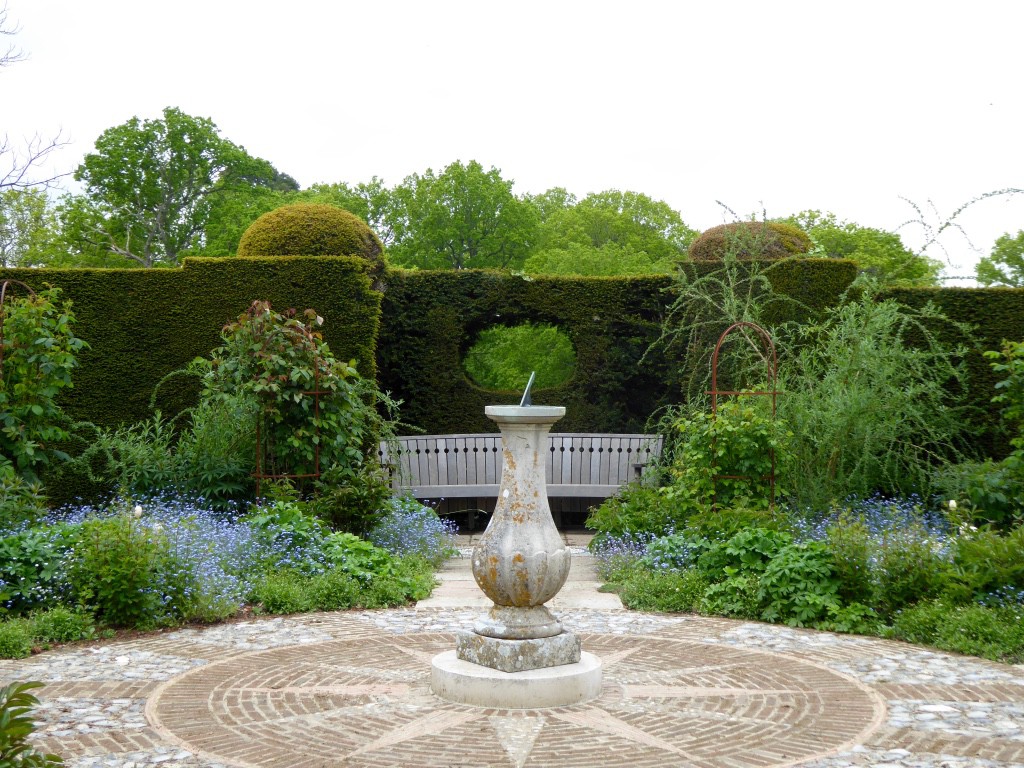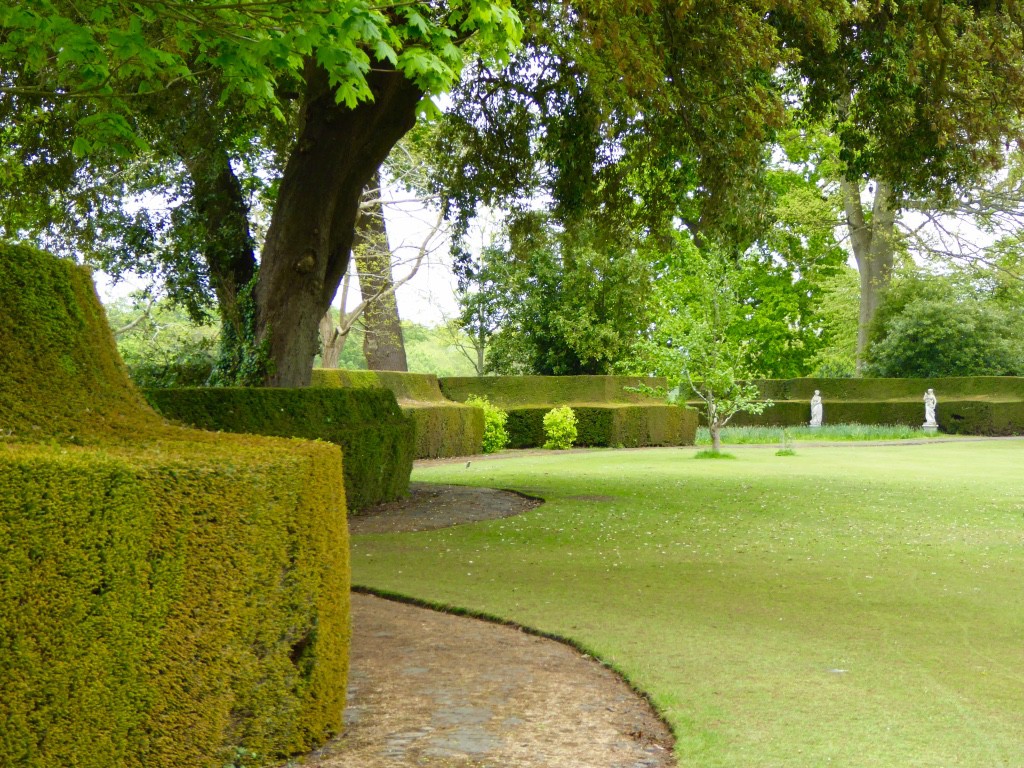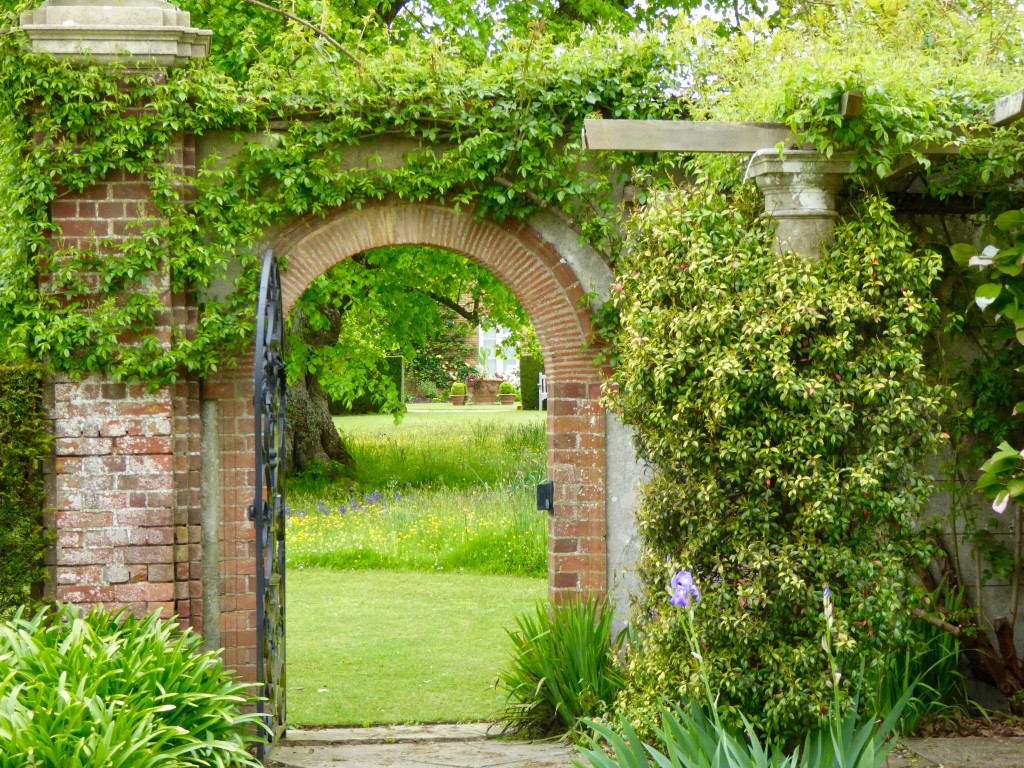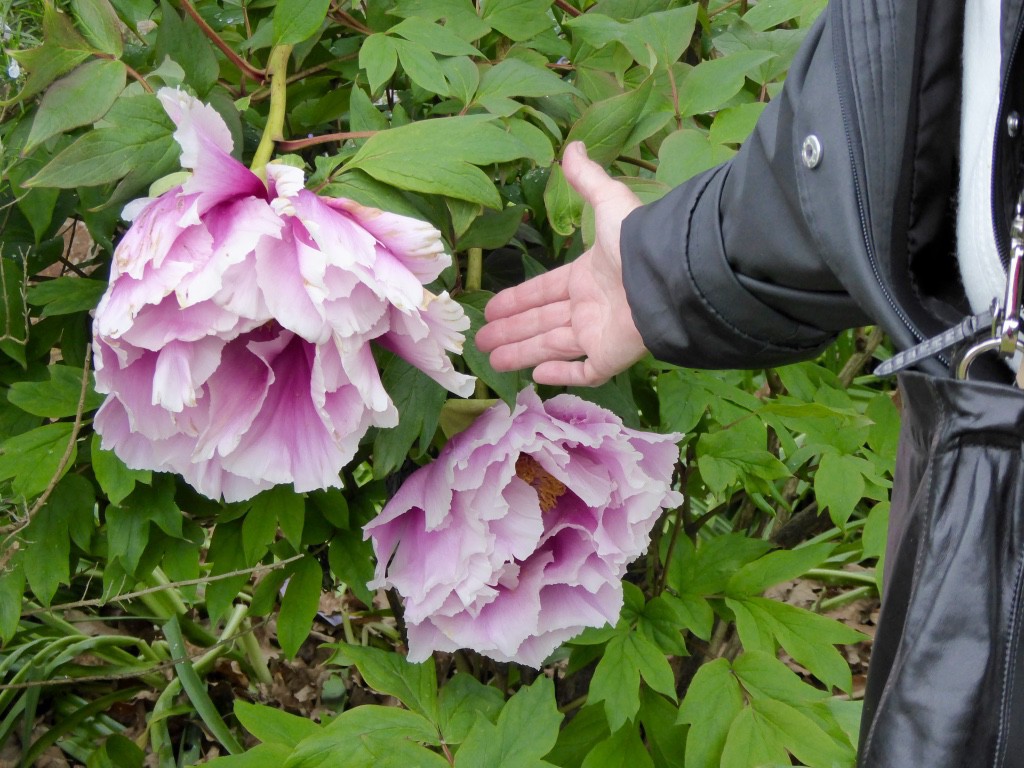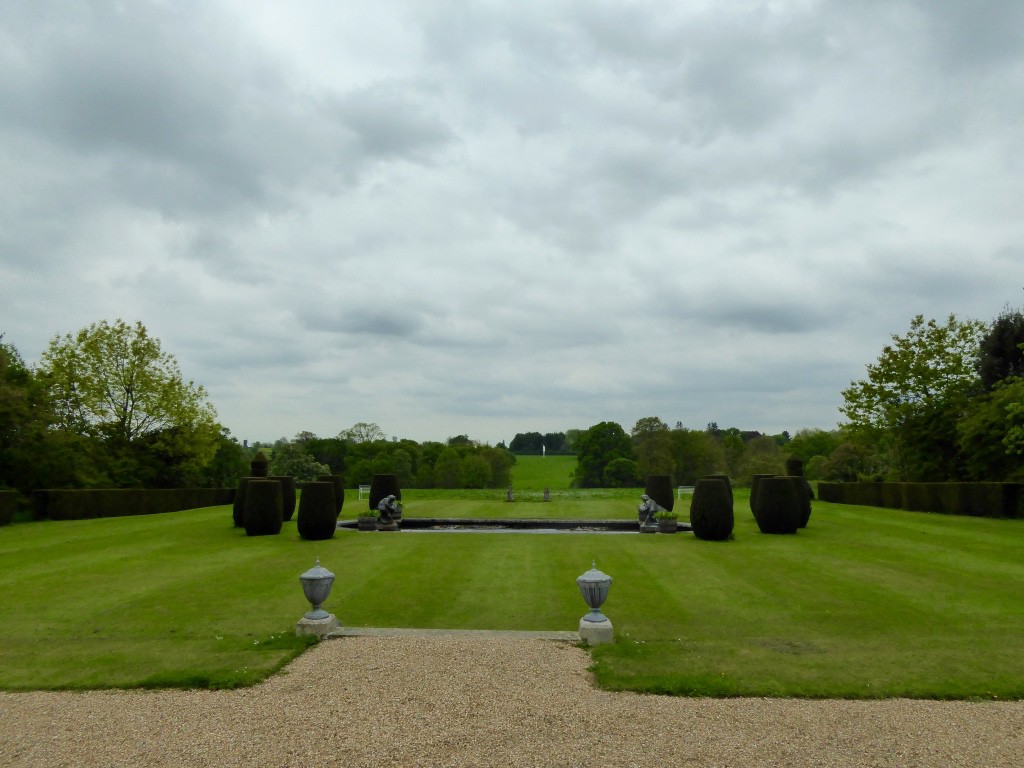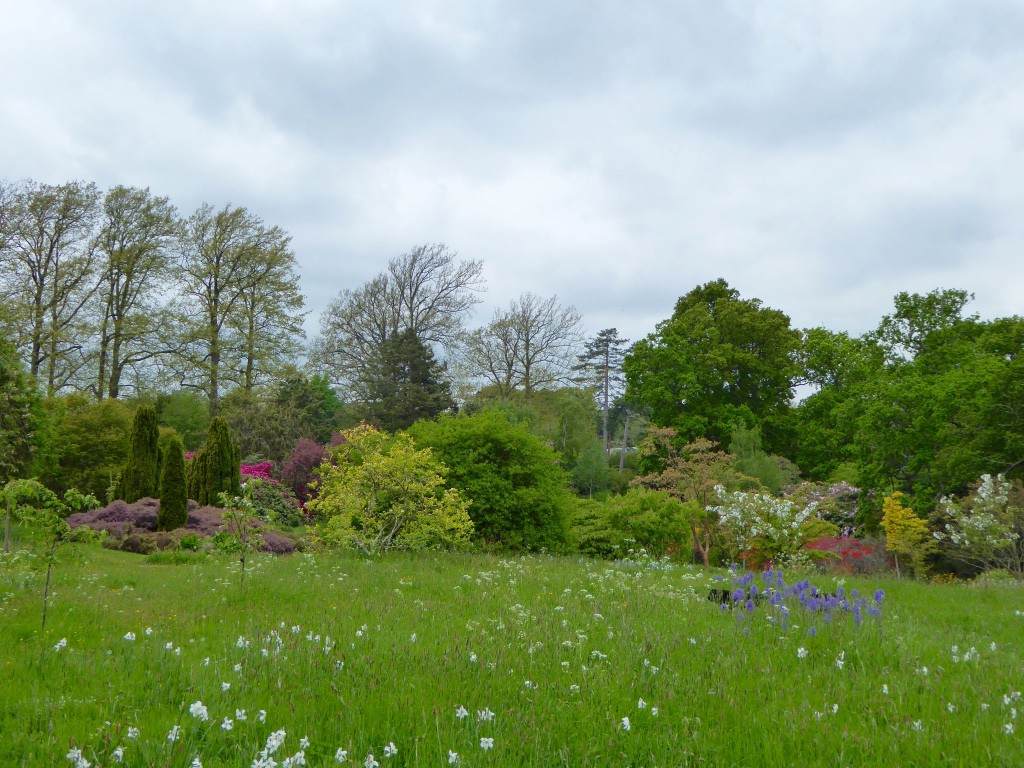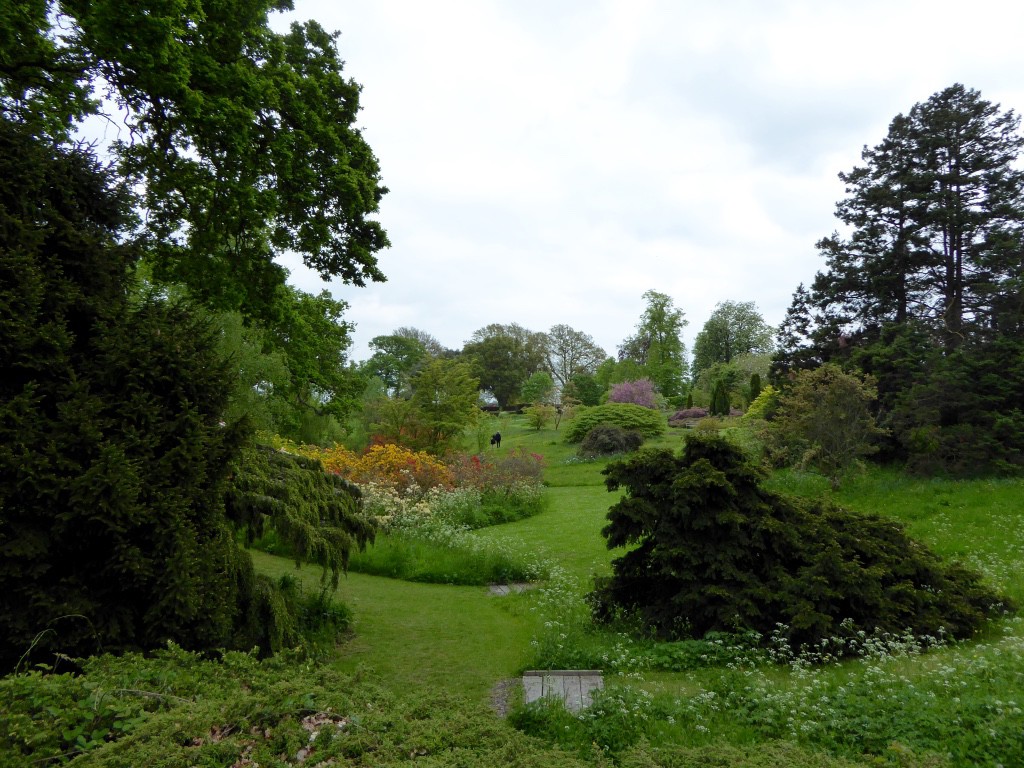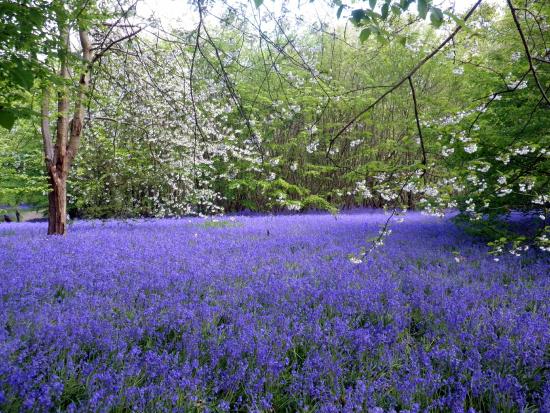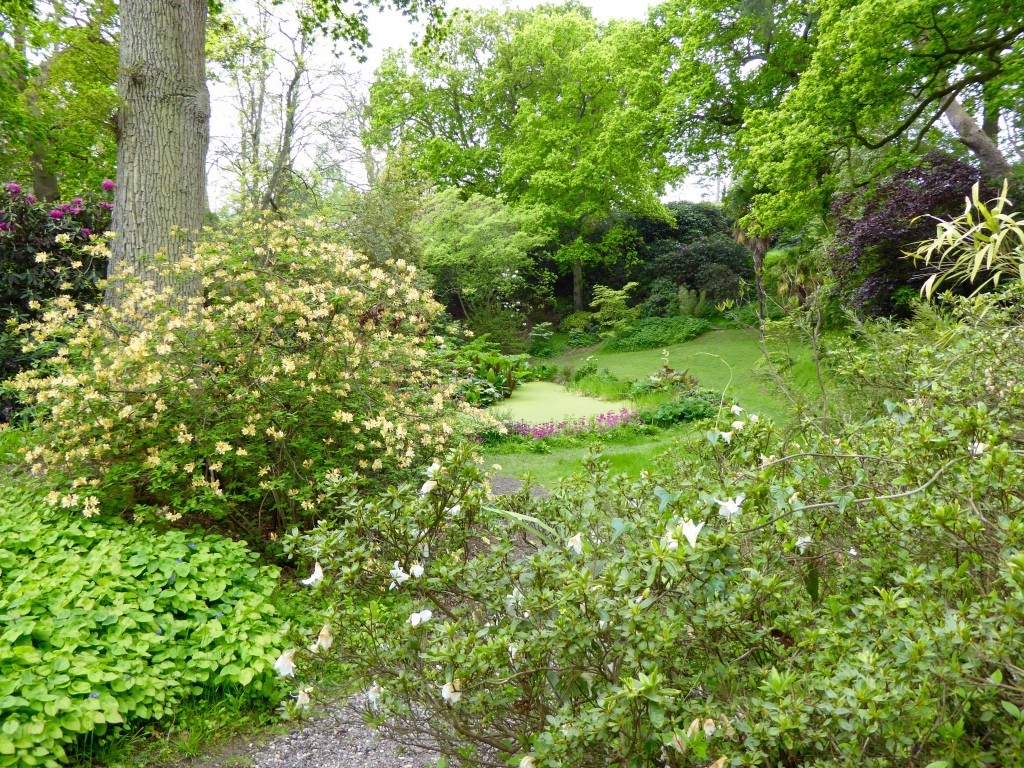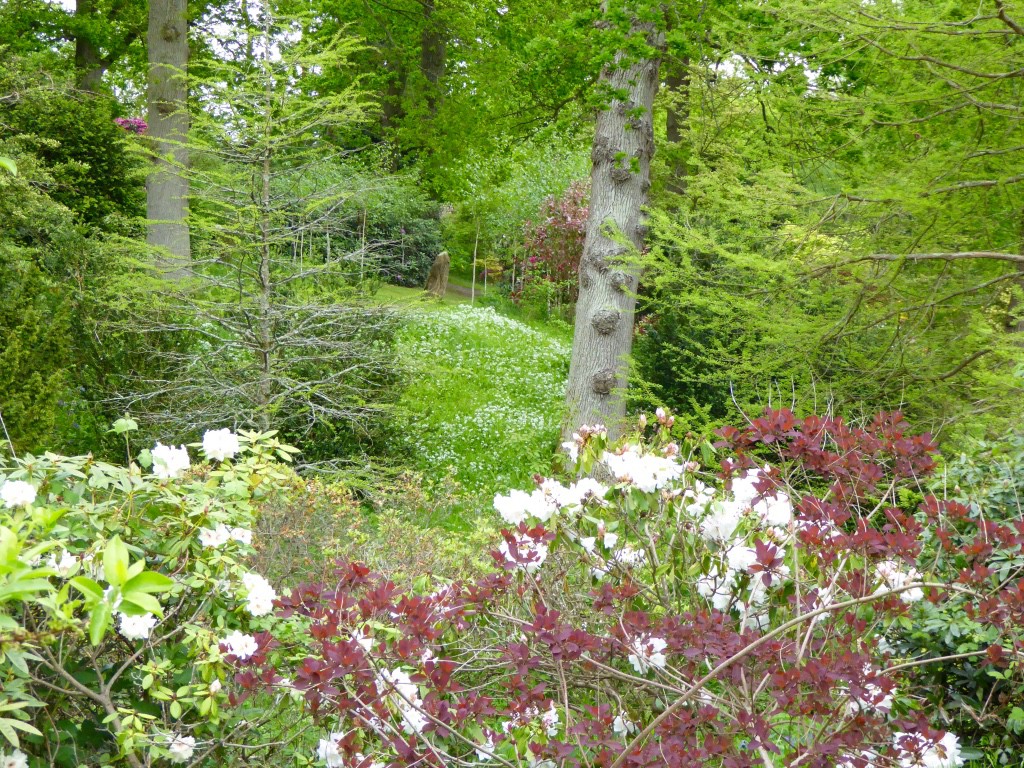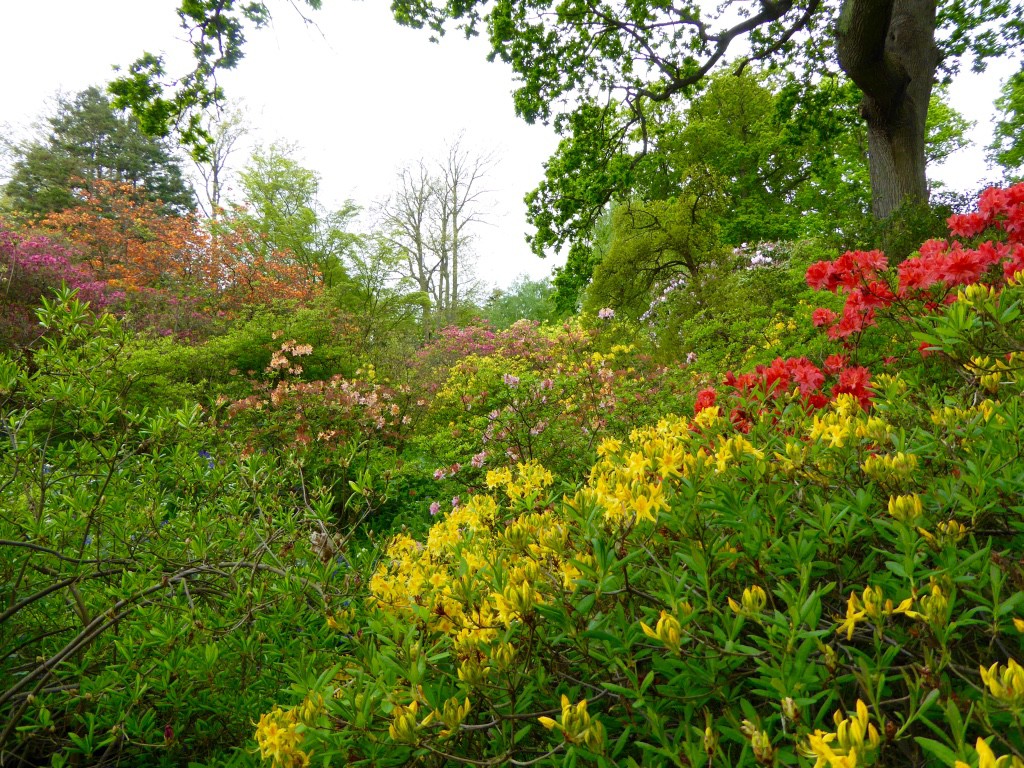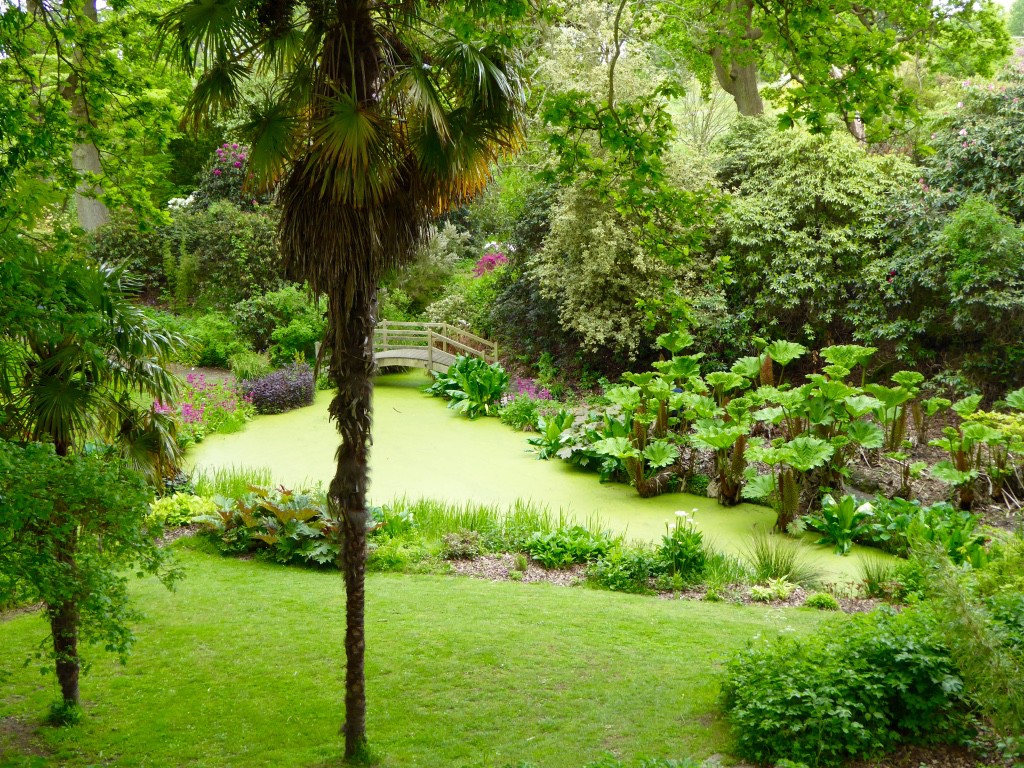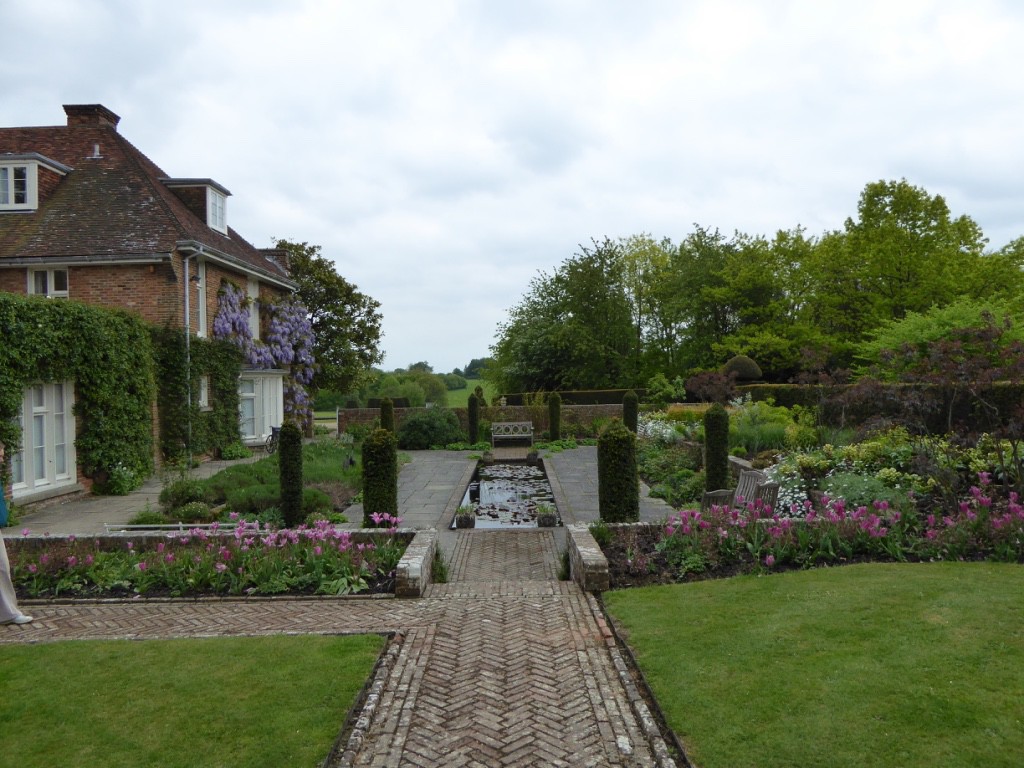The Tasmanian Food & Wine conservatory is a cafe/providore, promoting Tasmanian food and wine from all across the state but especially supporting boutique and small producers as well as more widely known brands. 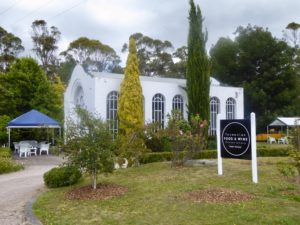 It was once a greenhouse built over 40 years ago by a Devonport man – primarily to house his grand piano. A local mother and daughter fell in love with the building and after 10 years of negotiating finally bought it. It is now decked out with golden timber floors and streams of natural light, ceilings fans and cane furniture give it a tropical Cuban style atmosphere.
It was once a greenhouse built over 40 years ago by a Devonport man – primarily to house his grand piano. A local mother and daughter fell in love with the building and after 10 years of negotiating finally bought it. It is now decked out with golden timber floors and streams of natural light, ceilings fans and cane furniture give it a tropical Cuban style atmosphere. 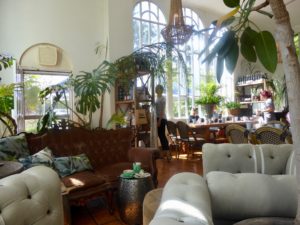 It opened in 2015 and has never looked back. The grand piano was still there and whilst we were there a fellow diner asked if he could play it. He was obviously an accomplished pianist and he entertained us for the next 20 minutes with beautiful classical music.
It opened in 2015 and has never looked back. The grand piano was still there and whilst we were there a fellow diner asked if he could play it. He was obviously an accomplished pianist and he entertained us for the next 20 minutes with beautiful classical music. Their concept had always been to develop it into a showcase for Tasmanian produce with seasonality playing a big part in the menu.
Their concept had always been to develop it into a showcase for Tasmanian produce with seasonality playing a big part in the menu. 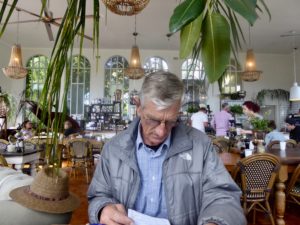
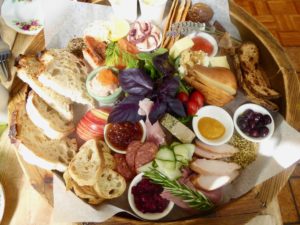 Not only was it all, delicious but you could buy all the ingredients in the shop – which we did!
Not only was it all, delicious but you could buy all the ingredients in the shop – which we did!
Having brunched so well we made our way north in search of the Emu Park Rhododendron Gardens.
Three men and their passion for the genus Rhododendron conceived the Emu Valley Rhododendron Garden in 1981. The site was a scrub and blackberry infested hillside and it would have needed imagination and vision to see the potential of the world-class garden it has become. 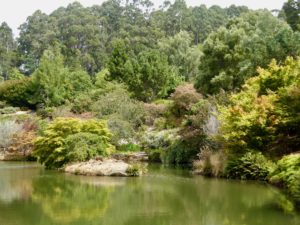
The amphitheater consisting mainly of rich volcanic soil, which has never been farmed. The slope is quite steep into a large stepped basin fed by several natural springs, which form a series of lakes. 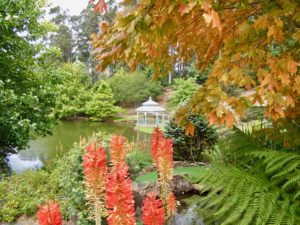 The garden is divided and space allocated to each part of the world in which rhododendrons grow in the wild.
The garden is divided and space allocated to each part of the world in which rhododendrons grow in the wild.  Plants which originated anywhere from the icy Himalayas to tropical New Guinea and across the Pacific to the Americas seem to have adapted to their hillside home.
Plants which originated anywhere from the icy Himalayas to tropical New Guinea and across the Pacific to the Americas seem to have adapted to their hillside home.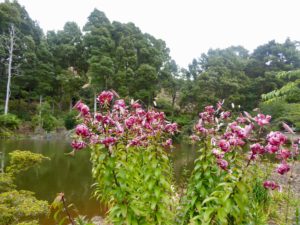
Owned by an independent, non-profit organization, members have achieved most of the development through voluntary effort, which is obviously ongoing as new areas are being opened up as well as the established areas being maintained. Maree’s mother was one of the earlier volunteers and played a big part in the layout of the garden.
The peak time to visit is in October when most of the rhododendrons are flowering, but even in February it was a pleasure to walk around this well laid out garden. An added bonus was that there were very few people visiting whereas October is very busy.
After clambering up and down the hillside, we had some afternoon tea on the balcony overlooking the gardens and communed with Edgar the Elegant Emu before setting off to Harry’s on the Hill, our farm B&B for the next couple of nights.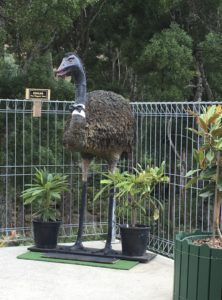
Due to my inability to tell left from right and some rather obscure roads, we circled the area looking with dismay at some of the rather derelict farms on the surrounding hills before finally getting on the right road. Harry’s Farm was a neat and tidy farm with a lovely house sitting high on the hill. The house had been built for Harry’s son and when Harry retired and they moved into the farmhouse it became a very luxurious B&B. Our hosts had stocked the fridge and we spent a relaxed evening reading and occasionally looking up and contemplating the view.

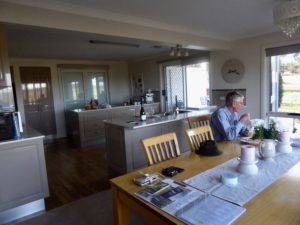
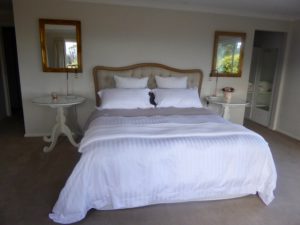
The next morning we were awoken by the cluck of chickens and the sounds of a working farm. Our view up towards Cradle Mountain showed dense cumulonimbus over the mountain and the weather forecast was for 3 degrees, storms and hail so we decided to give Dove Lake a miss and concentrate on some more local attractions. We decided to go to the Villarett Gardens, the Sheffield Murals, the Alum Cliffs and, if time and not too exhausted, the Liffey Falls. Edgar walked the farm but I, contemplating the walking for the day ahead, had a more leisurely start.
Villarett Gardens is the result of the overwhelming passion of two dedicated gardeners. Beginning a garden on the side of a hill with just a few mature holly, beech and oak trees, they have, with skill and hard work, developed a 4 hectare garden of great beauty and well worth visiting.  We started in the arboretum part of the garden. Here single specimen trees of conifers and other striking and unusual trees have been planted so that you can see the tree in its entirety rather than as part of a shrubbery.
We started in the arboretum part of the garden. Here single specimen trees of conifers and other striking and unusual trees have been planted so that you can see the tree in its entirety rather than as part of a shrubbery. 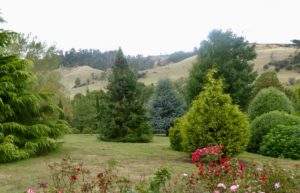 From there we moved on to the more formal part of the garden, where the use of hedges and innovative planting combined with numerous water features and striking sculptures make this a garden full of surprises.
From there we moved on to the more formal part of the garden, where the use of hedges and innovative planting combined with numerous water features and striking sculptures make this a garden full of surprises.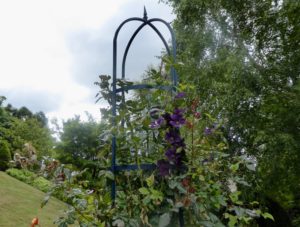
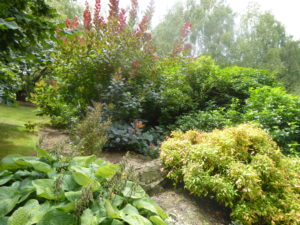
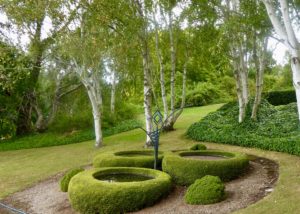
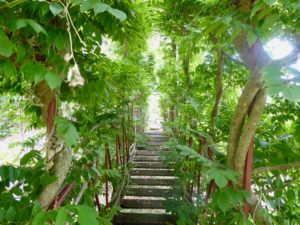
Villarett is a fully licensed café/restaurant with an extensive menu so is an ideal place for lunch before or after your garden wanderings. We decided to keep going as it was a bit too soon after breakfast and I had my eye on the Apple Café in Sheffield, which had some good reviews.
Sheffield is ‘The Town of Murals’ with murals painted on the side and front walls of most of the buildings throughout the town. It is an outdoor art gallery telling the history of the town through art.The first mural was painted by John Lendis in 1986 and was of Gustav Weindorfer,a passionate mountaineer, naturalist and conservationist and the man responsible for having Cradle Mountain/Dove Lake declared a National Park. The scene depicts a passage from his diary.
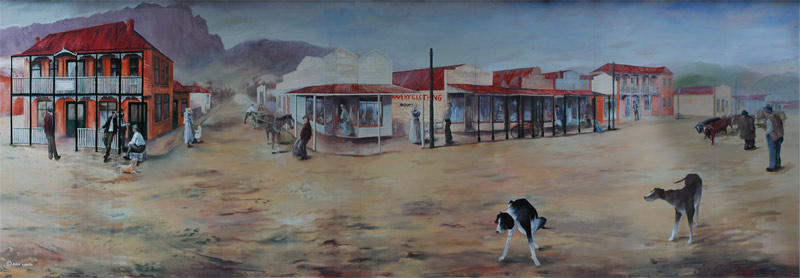
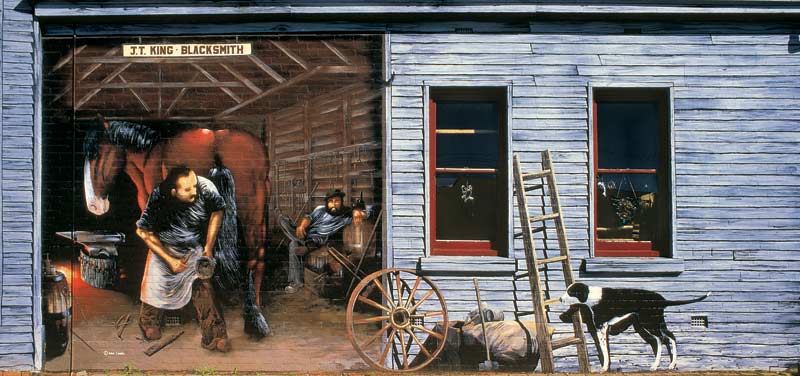
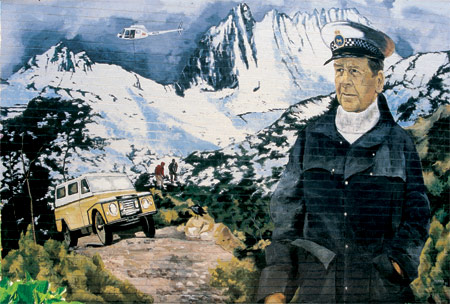
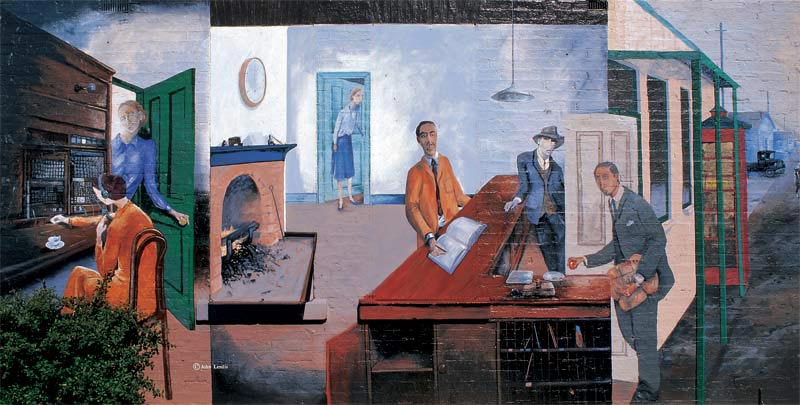 The Post Office in 1930 now a mural on the wall of the Kentish museum which was the old post office
The Post Office in 1930 now a mural on the wall of the Kentish museum which was the old post office
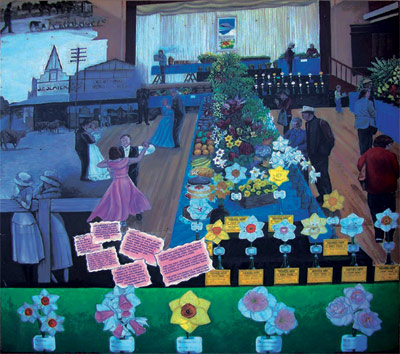
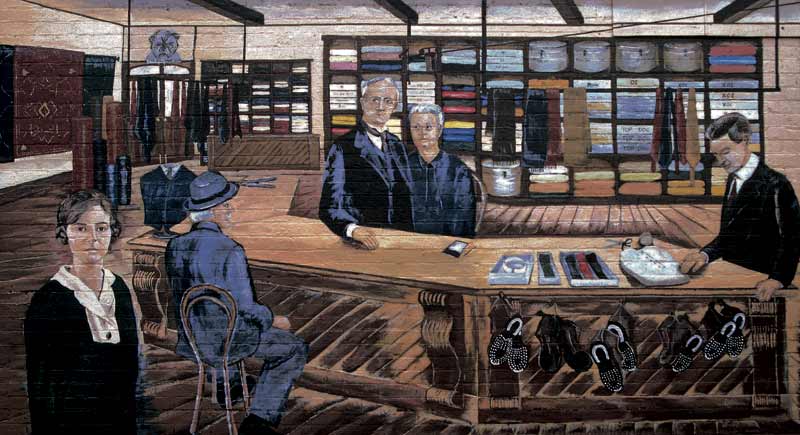 In 1926 Jesse and Nellie Slater’s old business friend, Mr Coles of Wilmot, came into their shop. He tried to persuade them to invest money in a new company, G J Coles Pty Ltd, which his sons were forming in Melbourne.
In 1926 Jesse and Nellie Slater’s old business friend, Mr Coles of Wilmot, came into their shop. He tried to persuade them to invest money in a new company, G J Coles Pty Ltd, which his sons were forming in Melbourne.
The new concept was of open display shopping, with nothing selling for more than two shillings and six pence. Mr and Mrs Slater couldn’t be persuaded to invest. The success of G J Coles Pty Ltd is legendary … Slater’s Country Store is still on the corner of Main and High Streets, Sheffield!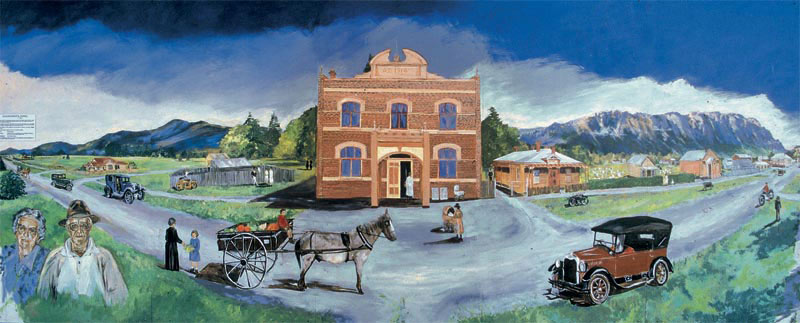
Laurie Mace grew up to be a respected and successful farmer in the district
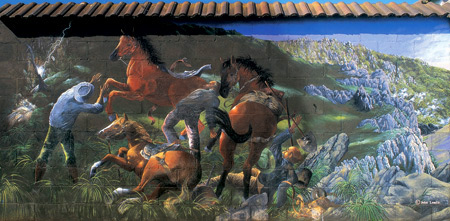
The mural shows the mountains in the park, as well as the often extreme weather conditions.
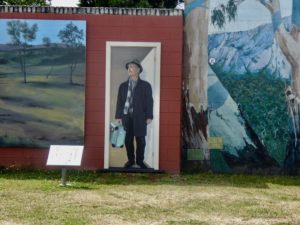
We made our way to the Apple Café checking out the murals as we went, only to find that it was closed. We ended up in the rather noisy and crowded Bakery Café where we had a surprisingly good scallop pie whilst wishing we had dined in the comfortable surrounds of Villarett!
Non-deterred, we headed on to the Alum Cliffs. The Alum Cliffs lie within the Alum Cliffs State Reserve and form a part of the Gog Range. Known by its aboriginal name Tulampanga, it was a place of particular social and spiritual significance to Aborigines because of the ochre to be found in that area of the Gog Range. Many tribes travelled to Tulampanga to obtain this highly prized material and for them this was a sacred celebration place and significant as the meeting place of three Aboriginal nations.
It is a relatively short walk – about 60 minutes return. It takes you on an all-weather path through forest,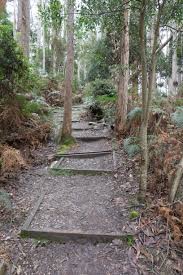
 along a high, tapering ridge, until you reach the breath-taking lookout platform perched high above the Mersey River as it flows along the valley through the Alum Cliffs Gorge
along a high, tapering ridge, until you reach the breath-taking lookout platform perched high above the Mersey River as it flows along the valley through the Alum Cliffs Gorge 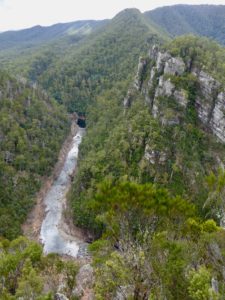 As the walk features a number of steps, and was quite slippery in places, I was glad of my trekking sticks.
As the walk features a number of steps, and was quite slippery in places, I was glad of my trekking sticks.
It was getting later in the day when we returned from our walk and, with visions of our comfortable retreat with its huge deep bath in mind, we decided to keep the Liffey Cliffs for another day and headed home via the Elizabeth Town Bakery for a crusty slow cooked beef pie.
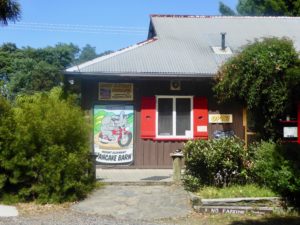 We both had a Banaberry Pancake which was a light crepe crammed full of bananas, strawberries, raspberries and blackberries. Very healthy (except for the maple syrup) and very satisfying! The café is a lot of fun
We both had a Banaberry Pancake which was a light crepe crammed full of bananas, strawberries, raspberries and blackberries. Very healthy (except for the maple syrup) and very satisfying! The café is a lot of fun 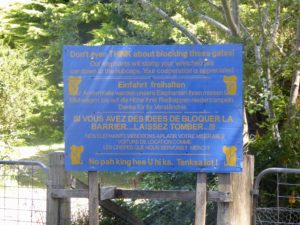 is decorated with elephants of every description including two wonderful elephant carved chairs.
is decorated with elephants of every description including two wonderful elephant carved chairs.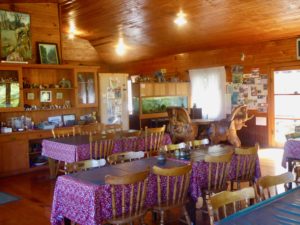
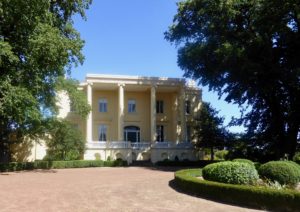 Clarendon is set in 7 hectares of parklands on the banks of the South Esk River and is a magnificent three-story Georgian house with servants’ quarters, a heritage walled garden,
Clarendon is set in 7 hectares of parklands on the banks of the South Esk River and is a magnificent three-story Georgian house with servants’ quarters, a heritage walled garden,
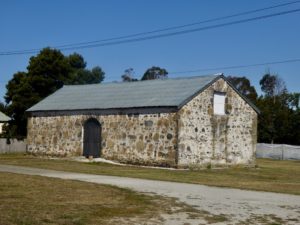
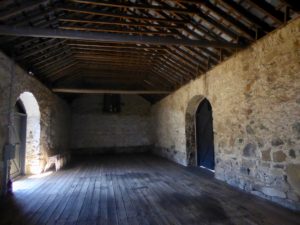 The avenue of 150 year old elms is the largest in the Southern Hemisphere and has been unaffected by the Dutch Elm disease which has devastated the European tree.
The avenue of 150 year old elms is the largest in the Southern Hemisphere and has been unaffected by the Dutch Elm disease which has devastated the European tree.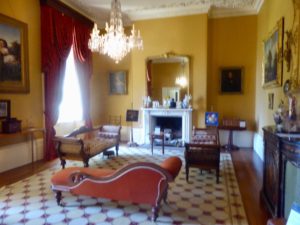

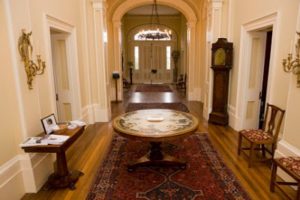
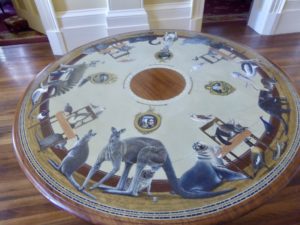
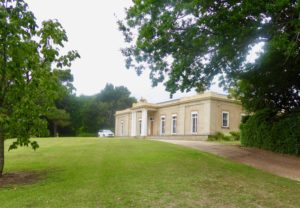
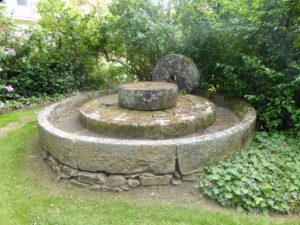
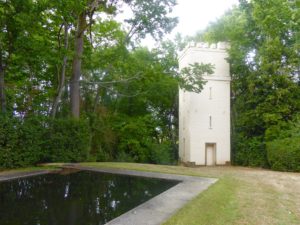
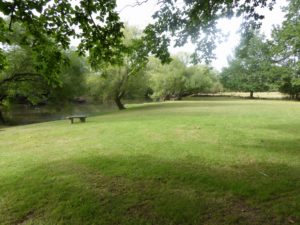
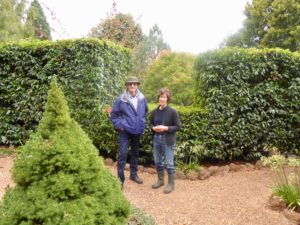 – though her self confessed preference is for trees and the vegetable gardens, of which there are two.
– though her self confessed preference is for trees and the vegetable gardens, of which there are two.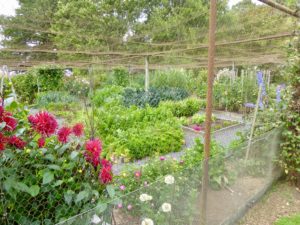 Despite this preference there are plenty of beds of roses, perennials and flowering shrubs.
Despite this preference there are plenty of beds of roses, perennials and flowering shrubs.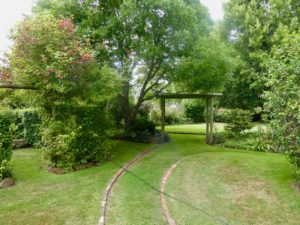 Two orchards keep the family (and the Church) supplied with fruit for eating and preserving. Hawthorn hedges, oaks, elms, laurels, lindens, maritime pines and sweeping lawns all create a magnificent setting for the house.
Two orchards keep the family (and the Church) supplied with fruit for eating and preserving. Hawthorn hedges, oaks, elms, laurels, lindens, maritime pines and sweeping lawns all create a magnificent setting for the house.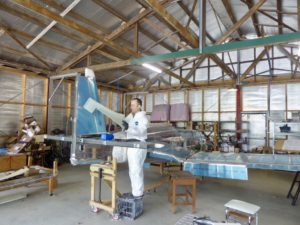
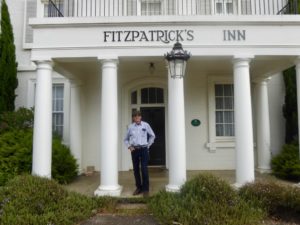 It is one of the oldest hotels in Tasmania and used to be run by three formidable sisters.
It is one of the oldest hotels in Tasmania and used to be run by three formidable sisters. 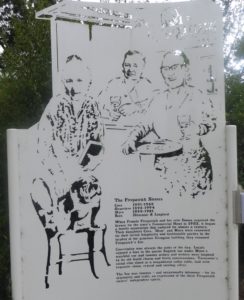 Edgar quite clearly remembers it from age 8. It is still running much as it did back then but now run by a very friendly lady who happily showed us around. That night George’s brother John and his sister, Diane, came to dinner, which we ate in the formal dining room in grand style.
Edgar quite clearly remembers it from age 8. It is still running much as it did back then but now run by a very friendly lady who happily showed us around. That night George’s brother John and his sister, Diane, came to dinner, which we ate in the formal dining room in grand style. . We farewelled them both at around 10am and headed north for our Brunch booking at the Tasmanian Food and Wine Conservatory.
. We farewelled them both at around 10am and headed north for our Brunch booking at the Tasmanian Food and Wine Conservatory.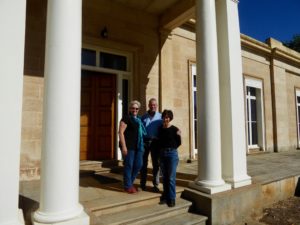
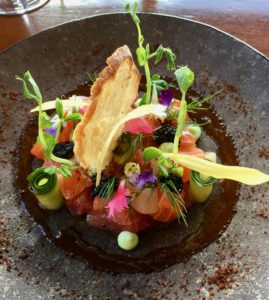
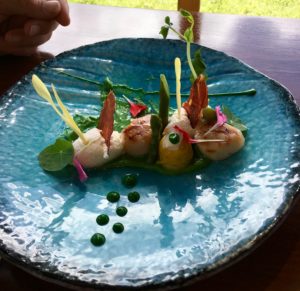

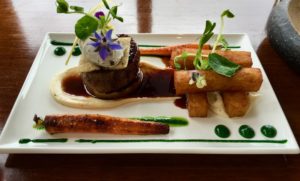
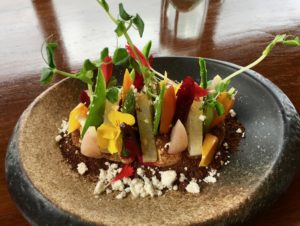
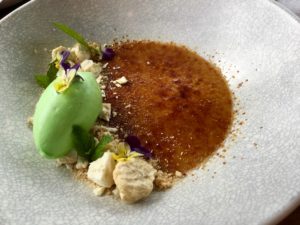
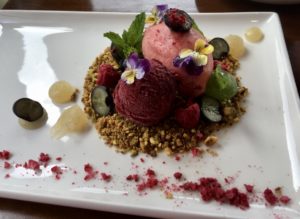
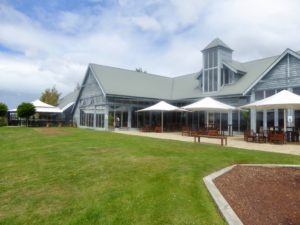
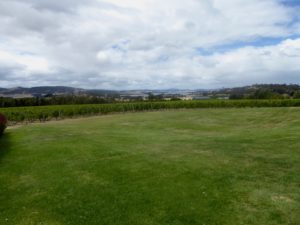 Feeling slightly overfull we sampled their range of wines and instantly joined their Wine Club. Their Riesling, Chardonnay, Sparkling Chardonnay and Pinot Noir were particularly good so, ensuring we were stocked up for the next stage of our journey, we set off for Coles Bay and our B&B “Dunwerkin”.
Feeling slightly overfull we sampled their range of wines and instantly joined their Wine Club. Their Riesling, Chardonnay, Sparkling Chardonnay and Pinot Noir were particularly good so, ensuring we were stocked up for the next stage of our journey, we set off for Coles Bay and our B&B “Dunwerkin”.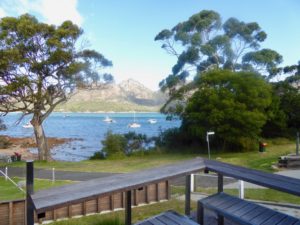
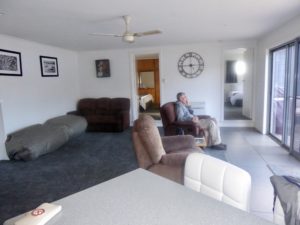
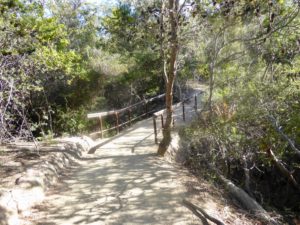 The parks service has done a lot of work grading the track so that it is not as steep as it once was but it is still strenuous
The parks service has done a lot of work grading the track so that it is not as steep as it once was but it is still strenuous 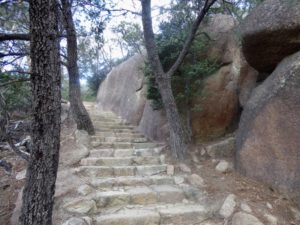 though there are resting spots on the way.
though there are resting spots on the way. 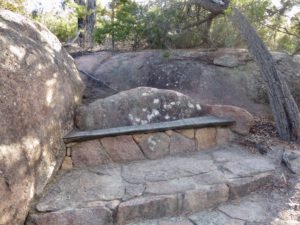 As you climb higher views open up below of the water and the town of Coles Bay – a formal lookout has been built at the best location.
As you climb higher views open up below of the water and the town of Coles Bay – a formal lookout has been built at the best location. 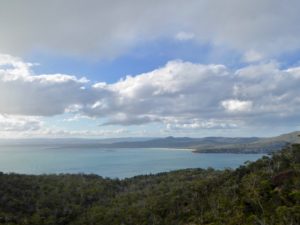 When you finally reach the saddle, which is studded by huge eroded granite boulders,
When you finally reach the saddle, which is studded by huge eroded granite boulders,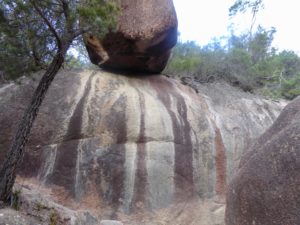 a sidetrack leads to the lookout with its iconic view.
a sidetrack leads to the lookout with its iconic view. 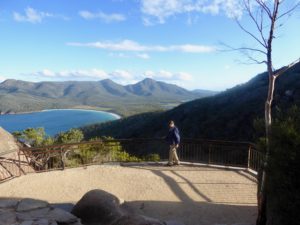 I had a couple of concerns having walked it before with our son Ben during our stay at Freycinet Lodge 20 years ago. That time we walked the Hazzard Beach/ Wine Glass Bay Circuit, which was 11Km of fairly rough going but I was a lot younger and fitter then. Now with a double knee replacement I was worried that I wouldn’t make it to the top and/or that I would be slow and, as it was already 5pm, would be descending in half-light. However all was well. We made it in sunlight, the view was fabulous and we made it down just as dusk was descending.
I had a couple of concerns having walked it before with our son Ben during our stay at Freycinet Lodge 20 years ago. That time we walked the Hazzard Beach/ Wine Glass Bay Circuit, which was 11Km of fairly rough going but I was a lot younger and fitter then. Now with a double knee replacement I was worried that I wouldn’t make it to the top and/or that I would be slow and, as it was already 5pm, would be descending in half-light. However all was well. We made it in sunlight, the view was fabulous and we made it down just as dusk was descending. 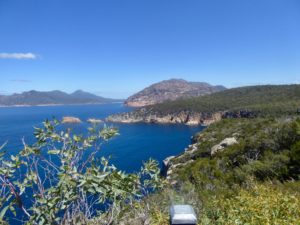
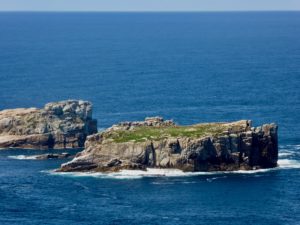
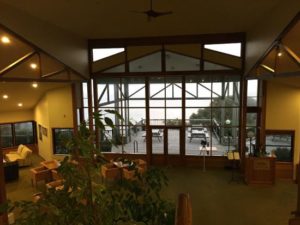 before we headed to Freycinet Marine Farm, who are oyster and mussel growers and have a farm gate cafe.
before we headed to Freycinet Marine Farm, who are oyster and mussel growers and have a farm gate cafe.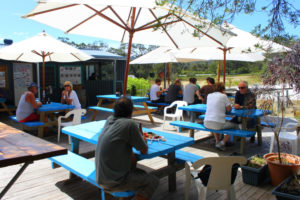 There we sampled their oysters with salmon and Brie, oysters with soy and ginger, abalone and mussels with spicy tomato sauce.
There we sampled their oysters with salmon and Brie, oysters with soy and ginger, abalone and mussels with spicy tomato sauce. 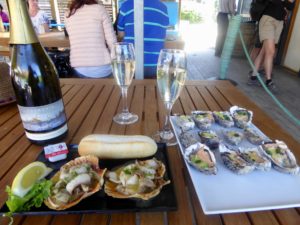 oysters with soy & ginger and the mussels were the winners with the others a little overcooked (actually a lot). Full of food once again we headed home to enjoy the ambience of our B&B and get ready to travel to the Bay of Fires.
oysters with soy & ginger and the mussels were the winners with the others a little overcooked (actually a lot). Full of food once again we headed home to enjoy the ambience of our B&B and get ready to travel to the Bay of Fires.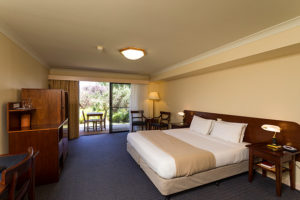
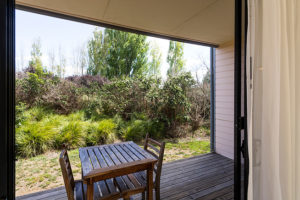 A short walk through town to do a little shopping and book ourselves into Mohr & Smith for dinner then back to the resort for a leisurely lunch on our balcony.
A short walk through town to do a little shopping and book ourselves into Mohr & Smith for dinner then back to the resort for a leisurely lunch on our balcony.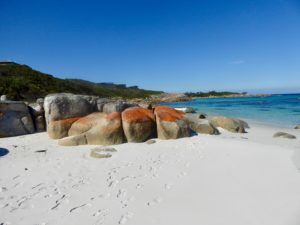
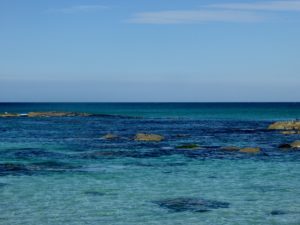
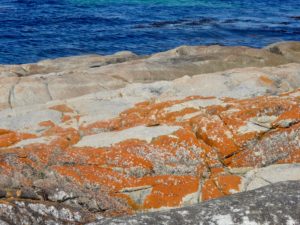

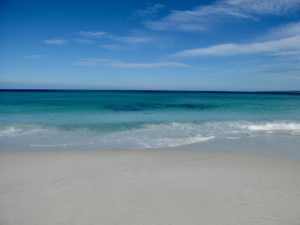
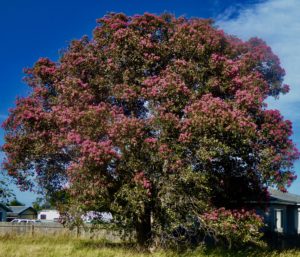
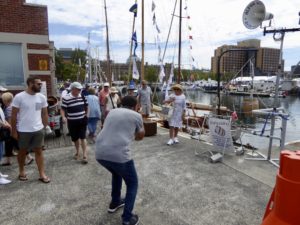
 Once again back in Mike and Pam’s suite we re-arranged the furniture, opened some beer and settled down to watch the boats sail in.
Once again back in Mike and Pam’s suite we re-arranged the furniture, opened some beer and settled down to watch the boats sail in. 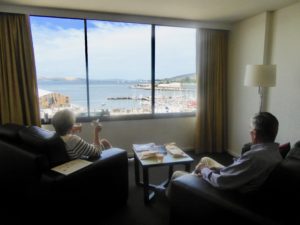
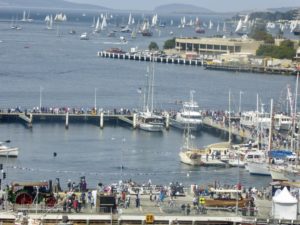
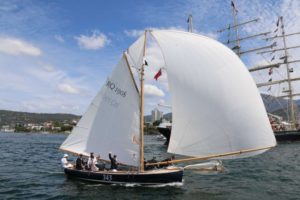
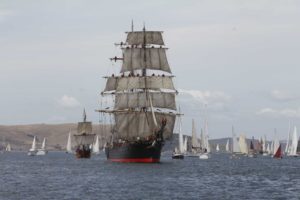
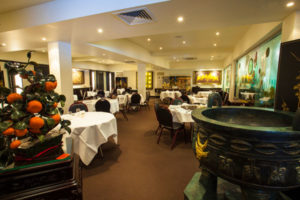
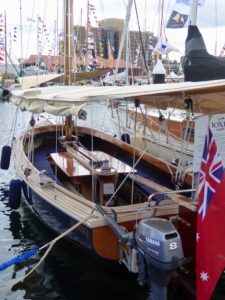
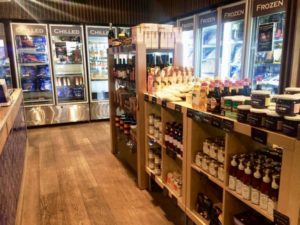
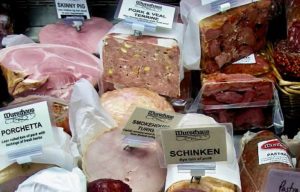
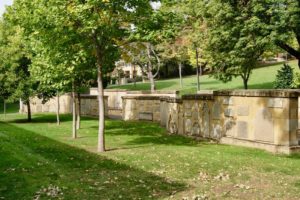
 Cool Wines, an independent retailer which offers specialist advice and a wide range of quality wines and boutique beers from all corners of the globe, was our next stop. Tim Goddard was our host. Tim has over 25 years in the wine industry, is a qualified wine judge and a stalwart of the Tasmanian wine industry. He heads a select tasting panel that ensures every wine earns its place on the shelf. He showed us how to judge a wine, how to hold it, check for clarity and colour, fragrance and taste. We tried five cool climate wines – all were delicious.
Cool Wines, an independent retailer which offers specialist advice and a wide range of quality wines and boutique beers from all corners of the globe, was our next stop. Tim Goddard was our host. Tim has over 25 years in the wine industry, is a qualified wine judge and a stalwart of the Tasmanian wine industry. He heads a select tasting panel that ensures every wine earns its place on the shelf. He showed us how to judge a wine, how to hold it, check for clarity and colour, fragrance and taste. We tried five cool climate wines – all were delicious.
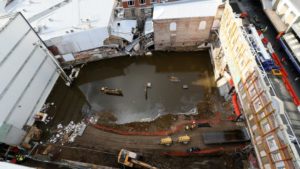 Our load wasn’t lightened when we reached Bruny Island Cheese shop in Salamanca Place. After trying the various honeys, cheeses and chocolates we added Prickle Box honey, Saint (a soft, white mould cheese with a lovely fudgey texture.) and O.D.O (a fresh cheese marinated in olive oil, it stands for One Day Old and that is exactly what it is. Great crumbled through hot pasta, melted on pizza or as an antipasto] to our load.
Our load wasn’t lightened when we reached Bruny Island Cheese shop in Salamanca Place. After trying the various honeys, cheeses and chocolates we added Prickle Box honey, Saint (a soft, white mould cheese with a lovely fudgey texture.) and O.D.O (a fresh cheese marinated in olive oil, it stands for One Day Old and that is exactly what it is. Great crumbled through hot pasta, melted on pizza or as an antipasto] to our load.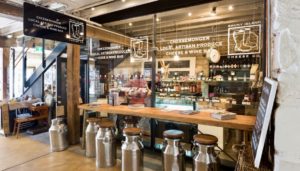
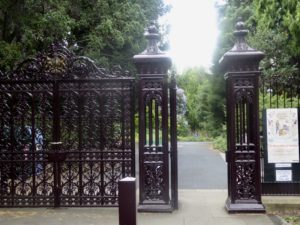 Arriving at the beautiful wrought iron gate entrance to the Gardens we headed straight down to the shop. Though the temperature was low, the day was sunny and the UVF was extreme. After purchasing a couple of very stylish hats we headed for the Mixed Border Garden via the Conservatory.
Arriving at the beautiful wrought iron gate entrance to the Gardens we headed straight down to the shop. Though the temperature was low, the day was sunny and the UVF was extreme. After purchasing a couple of very stylish hats we headed for the Mixed Border Garden via the Conservatory. 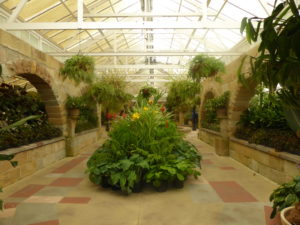
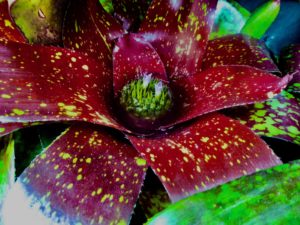
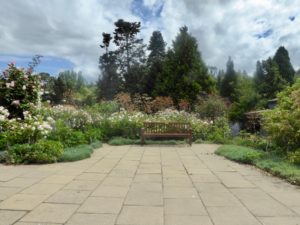
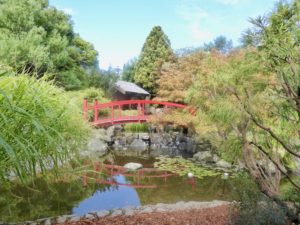
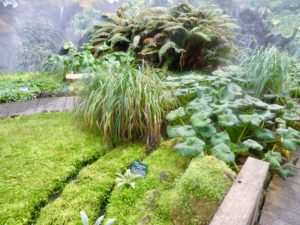
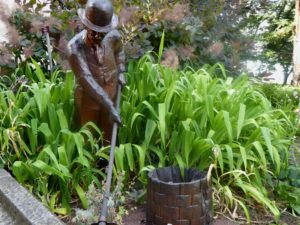
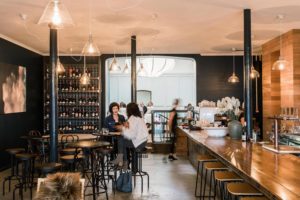
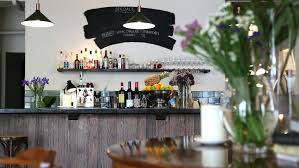
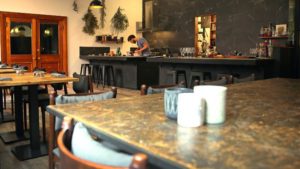
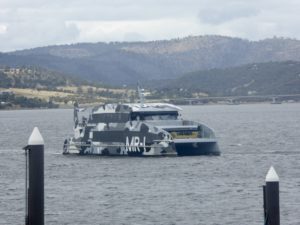
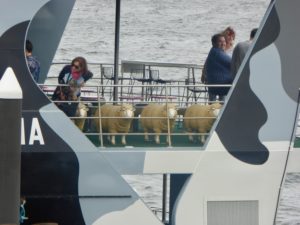
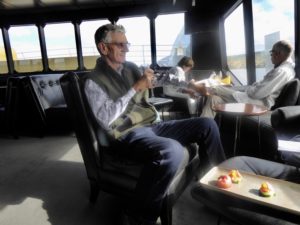
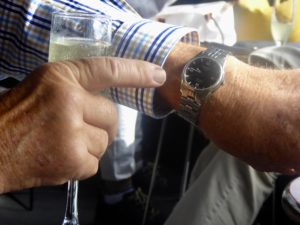
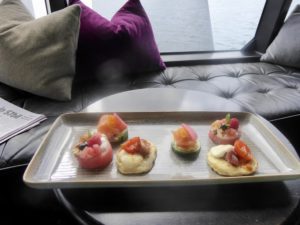

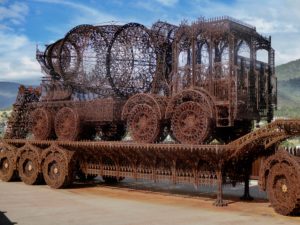
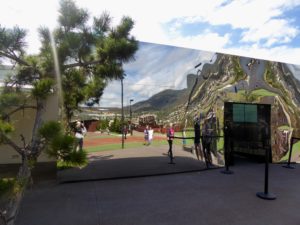
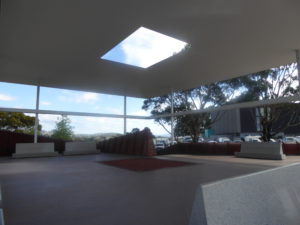
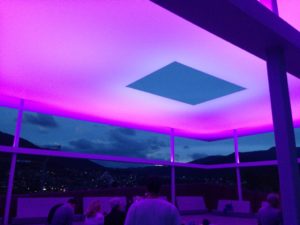

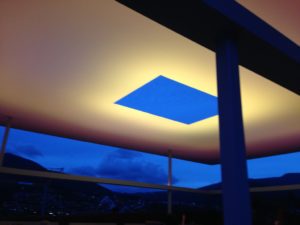

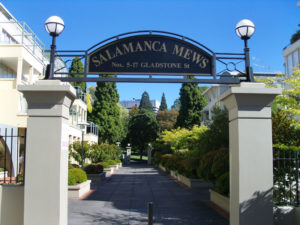
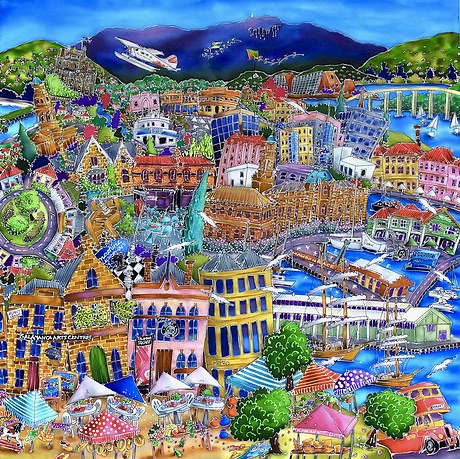

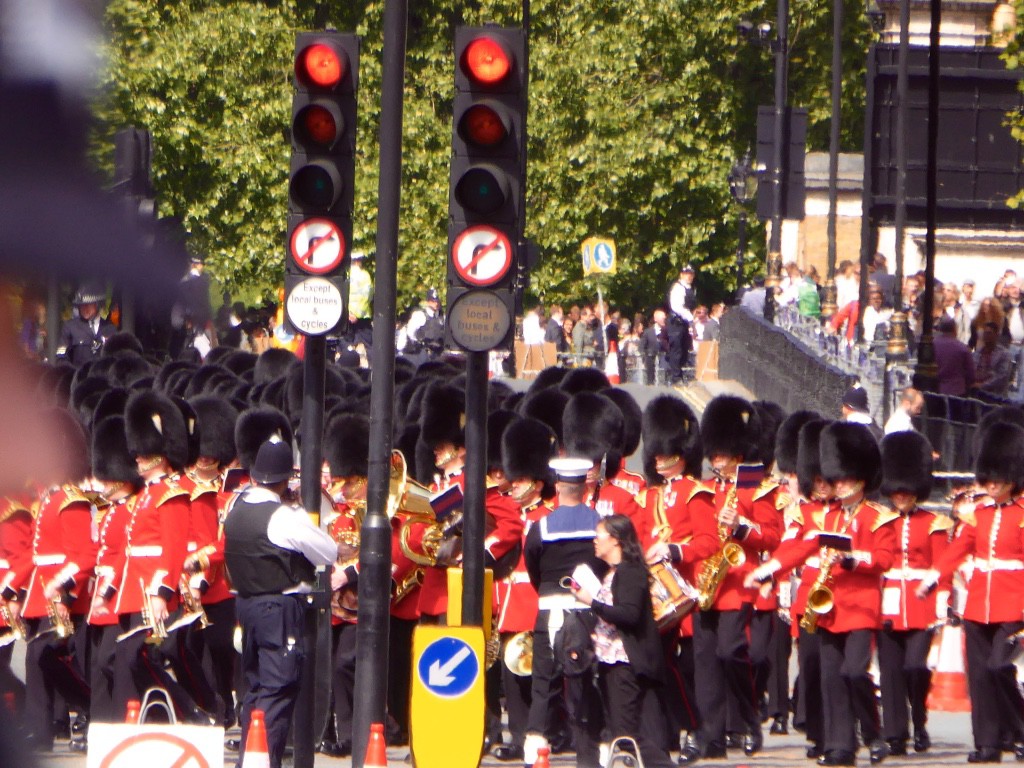
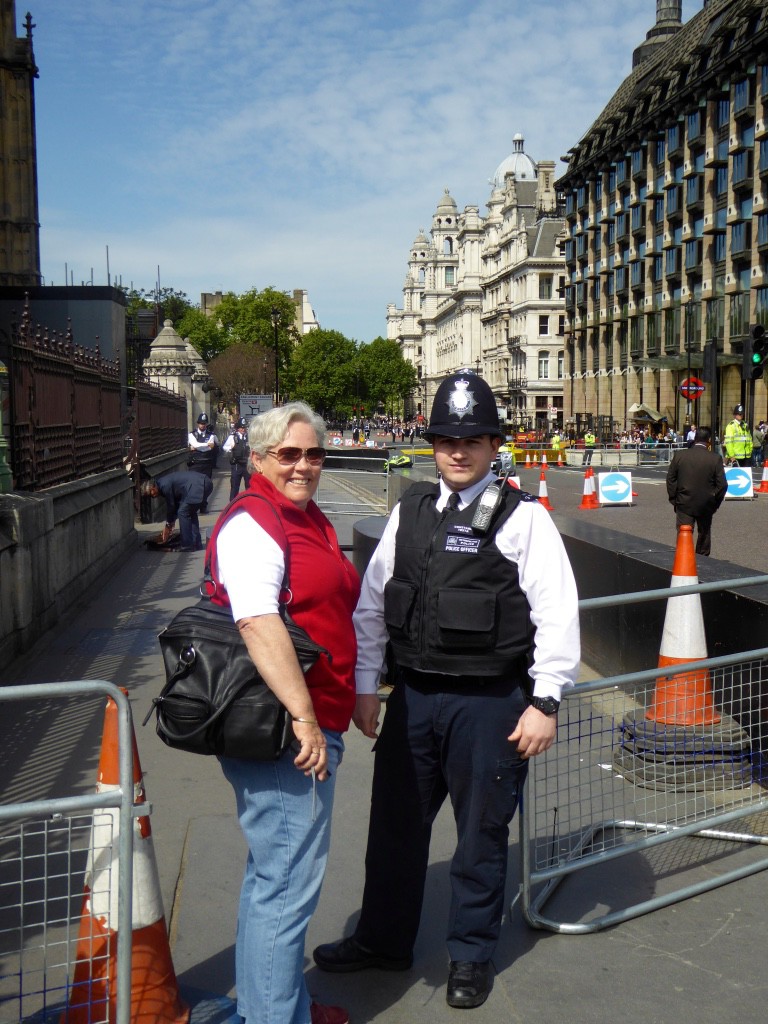
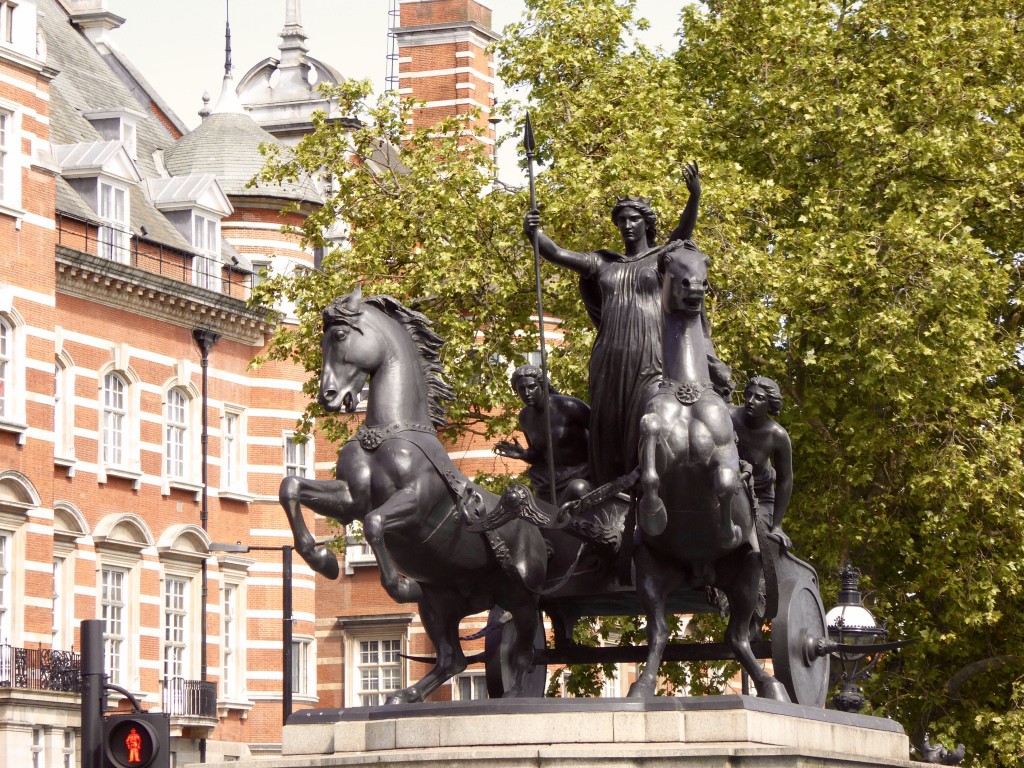
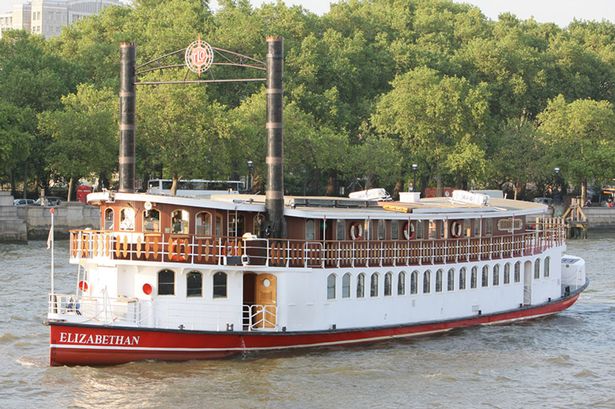
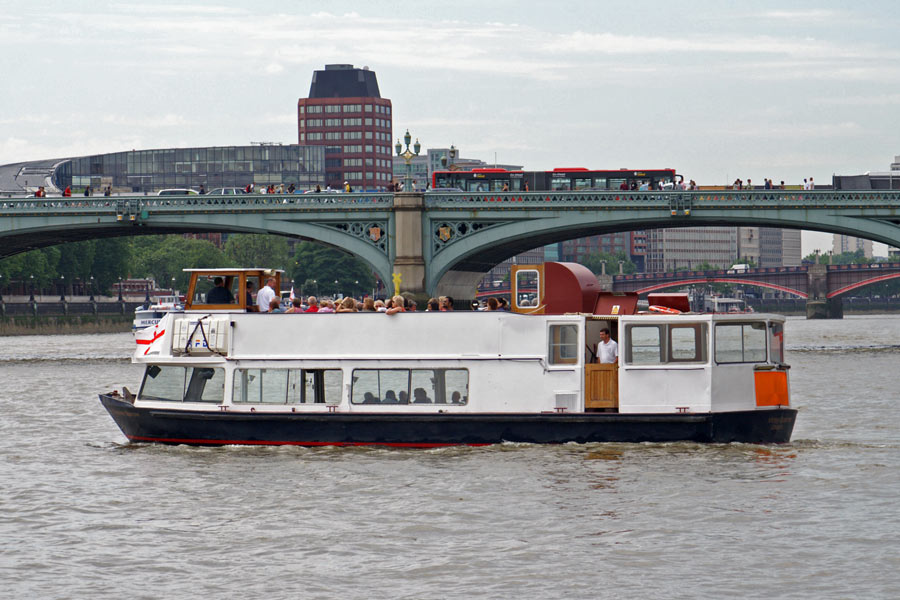

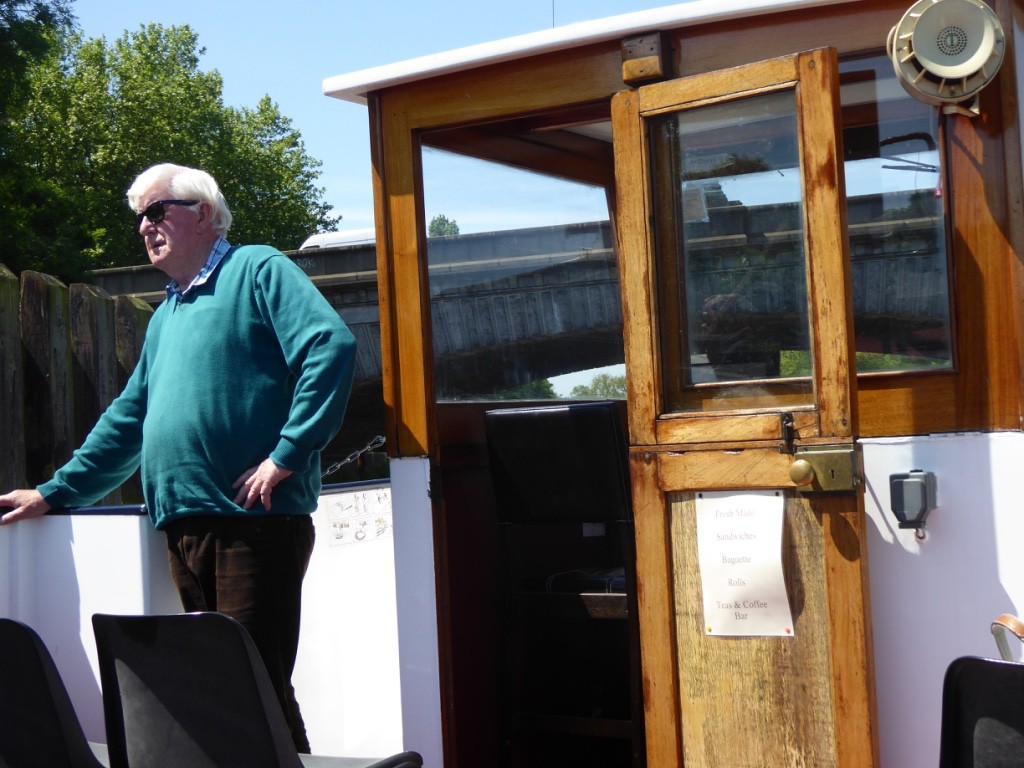
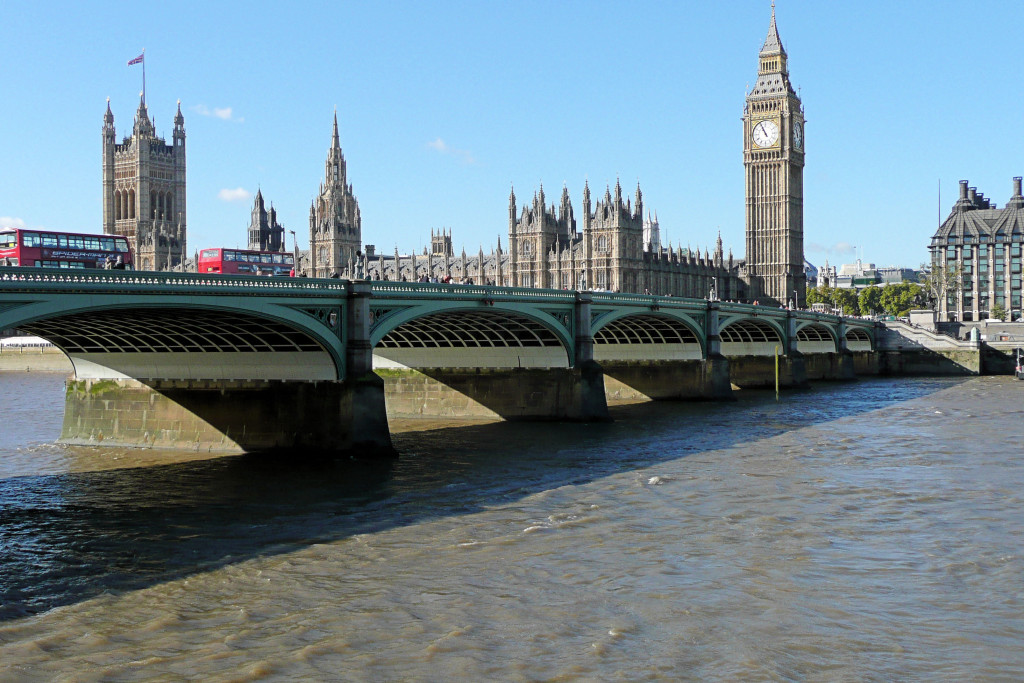

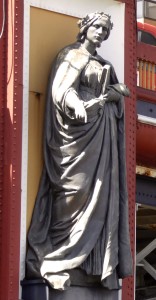
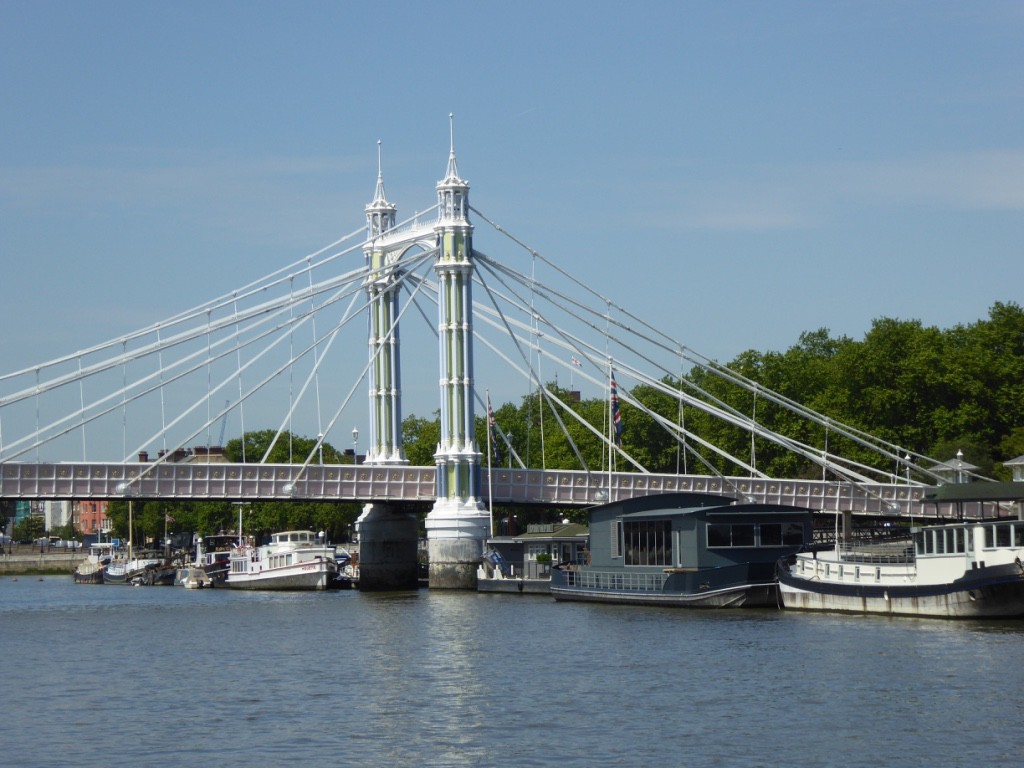
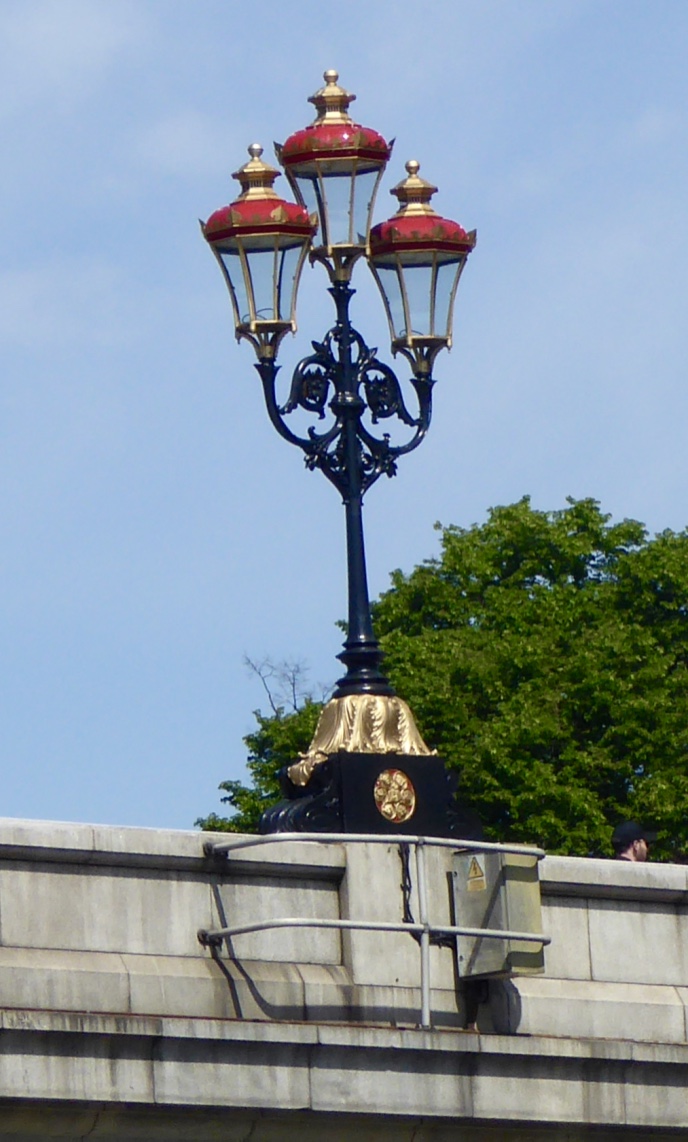
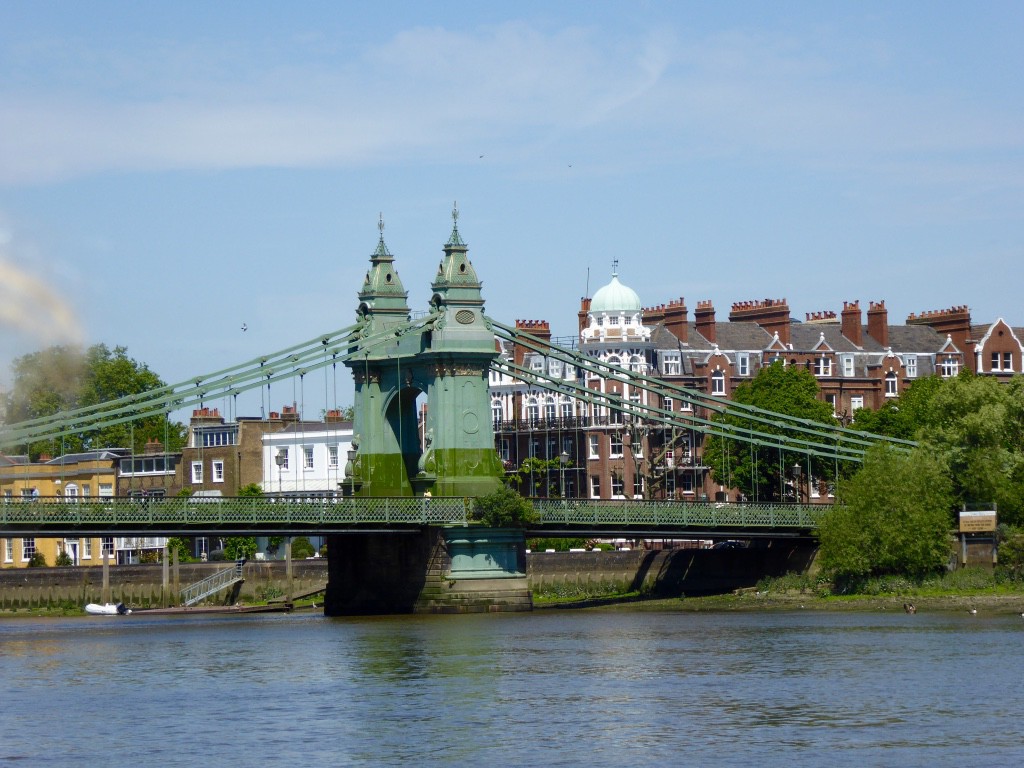
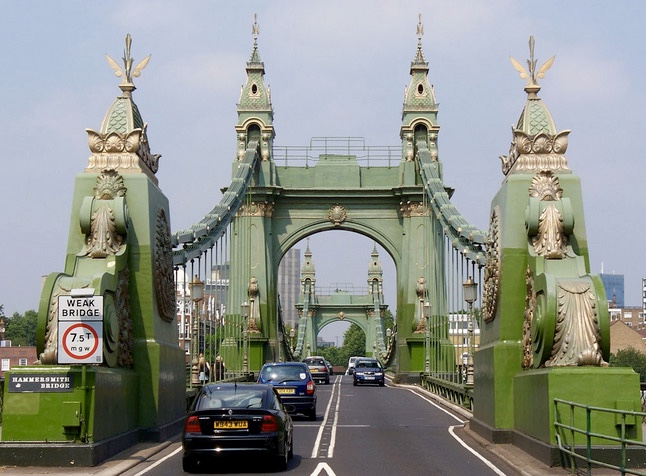
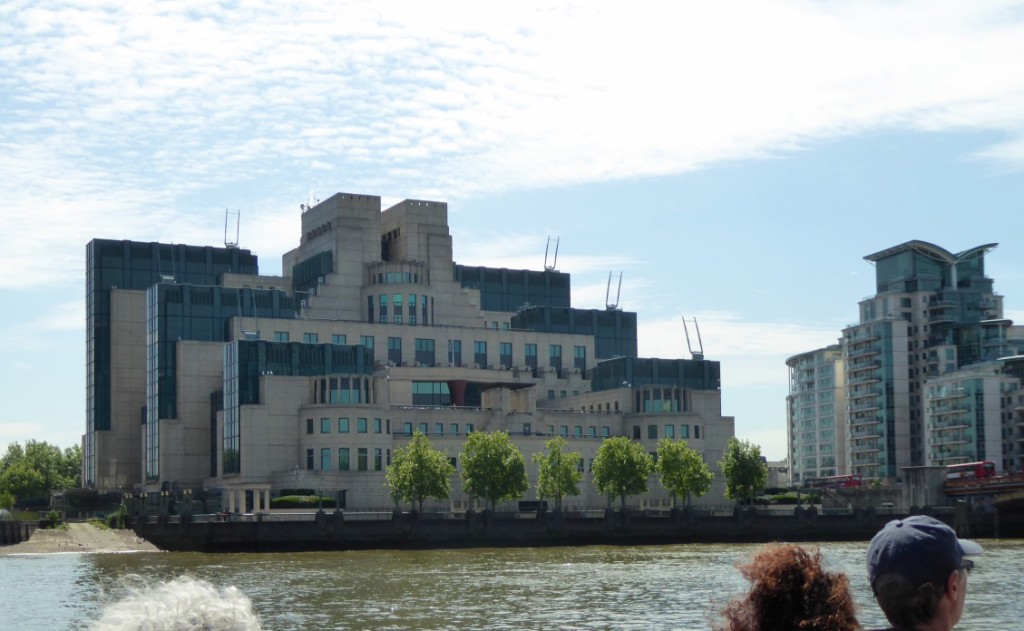

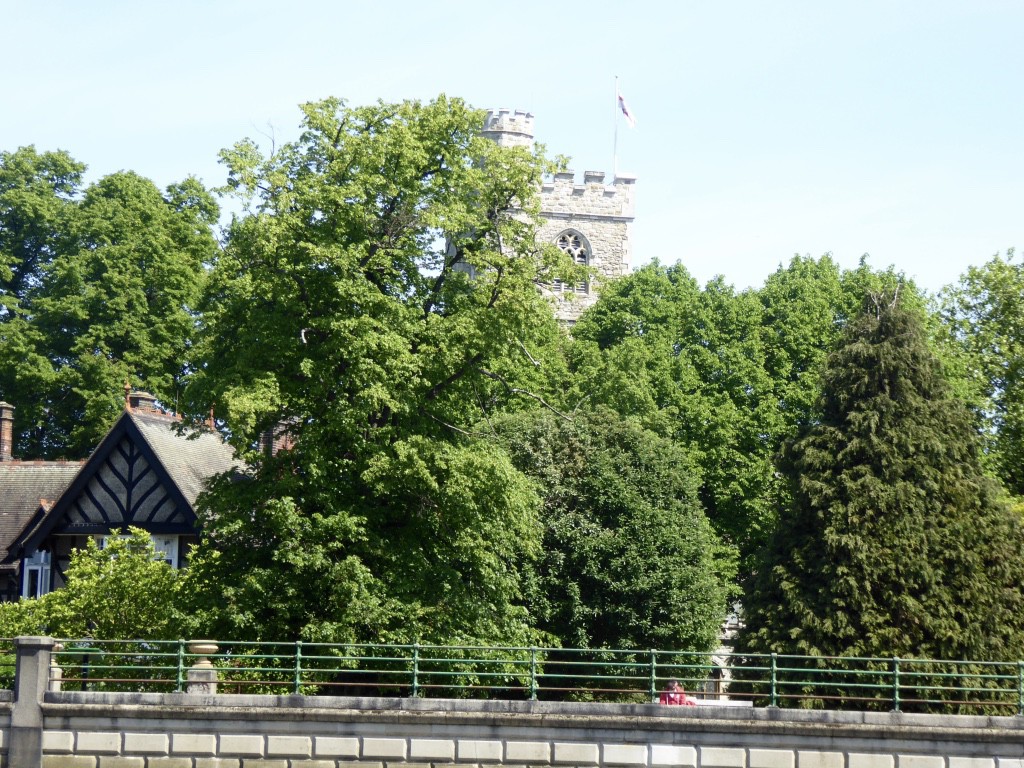
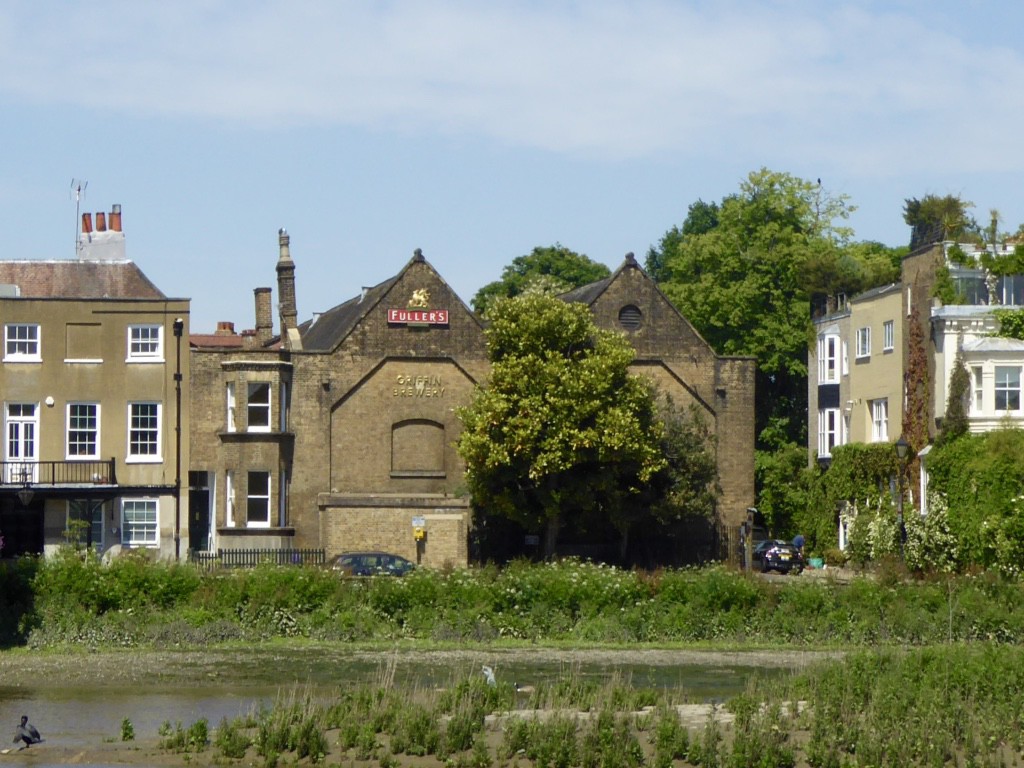

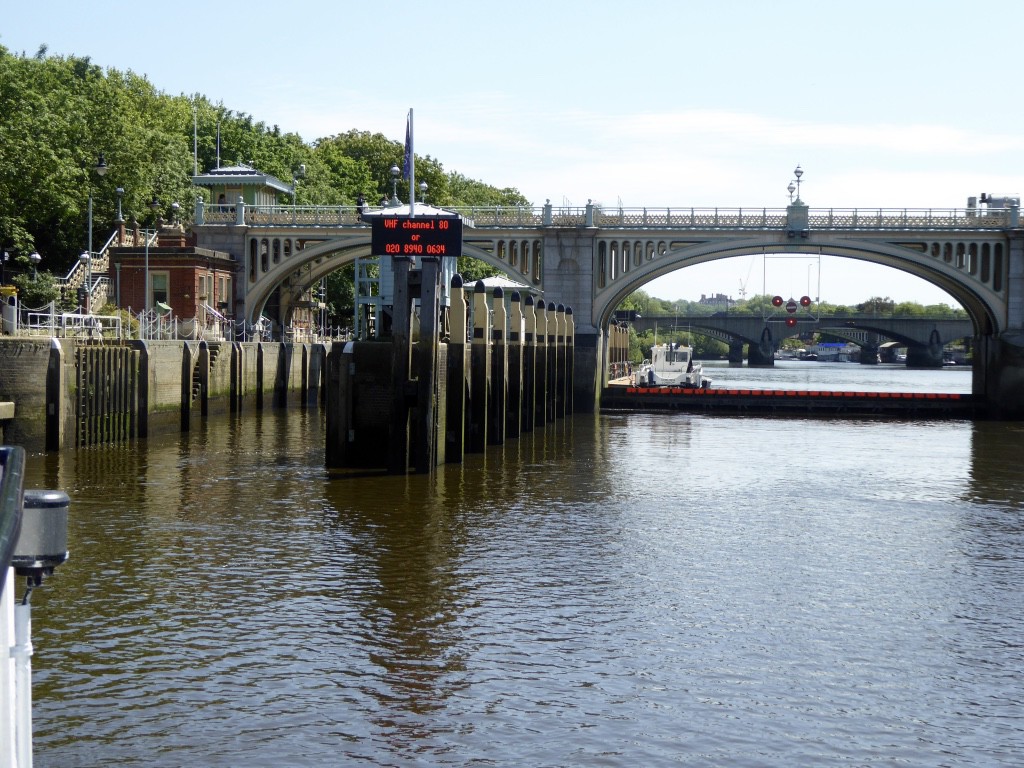
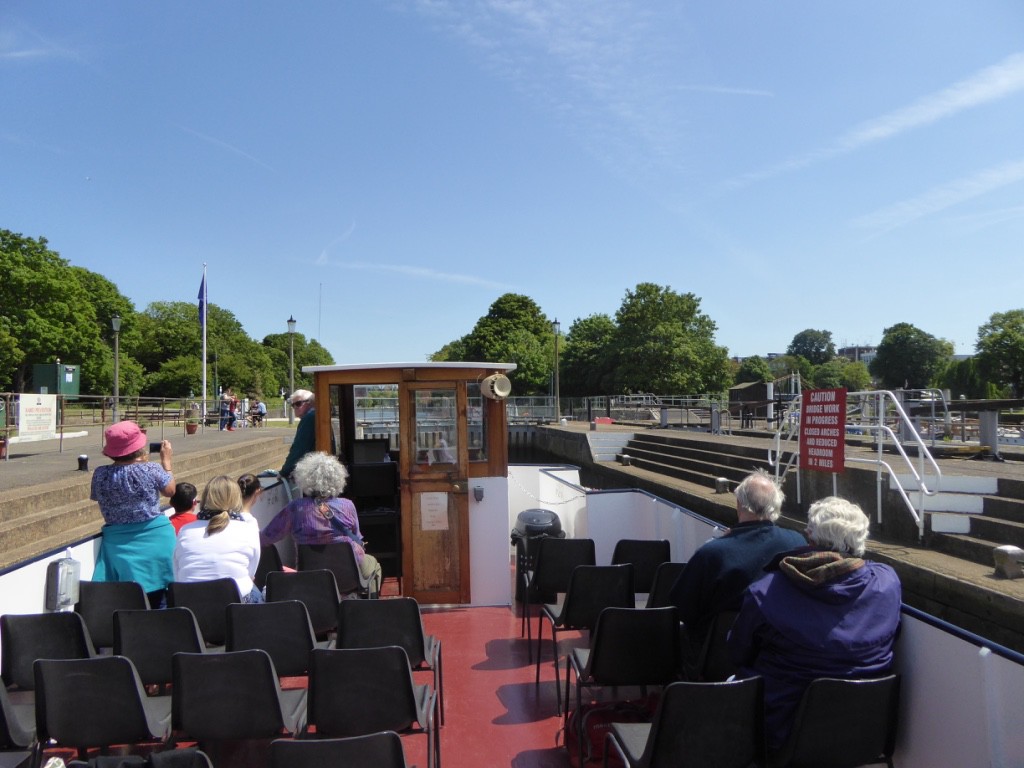
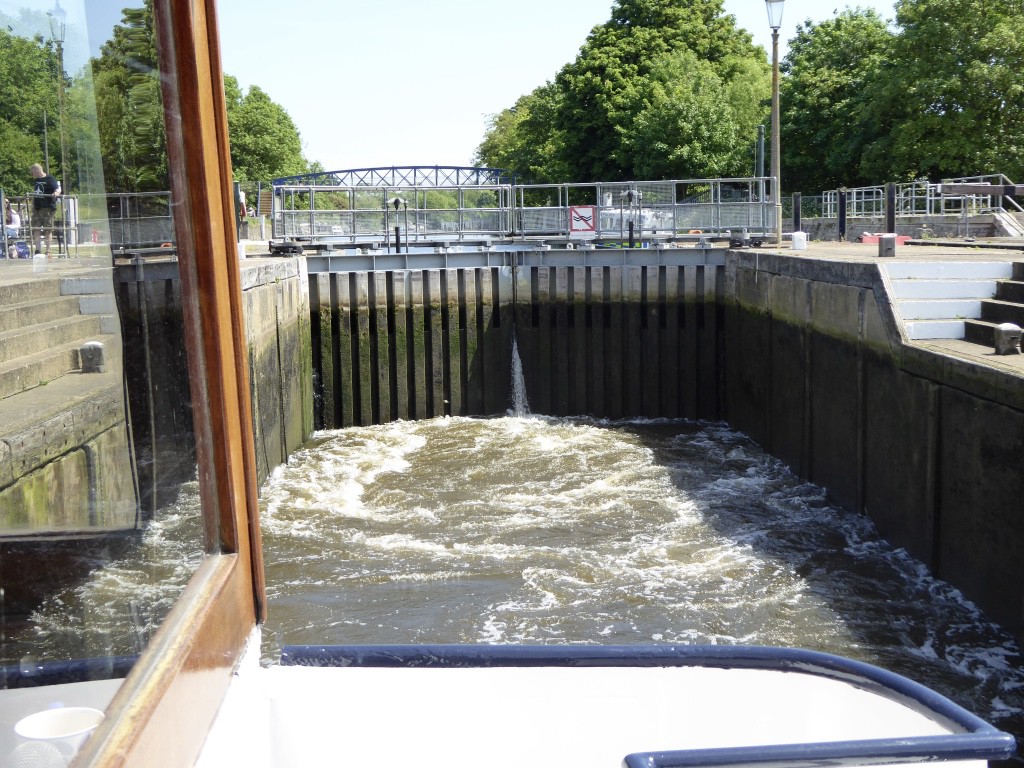
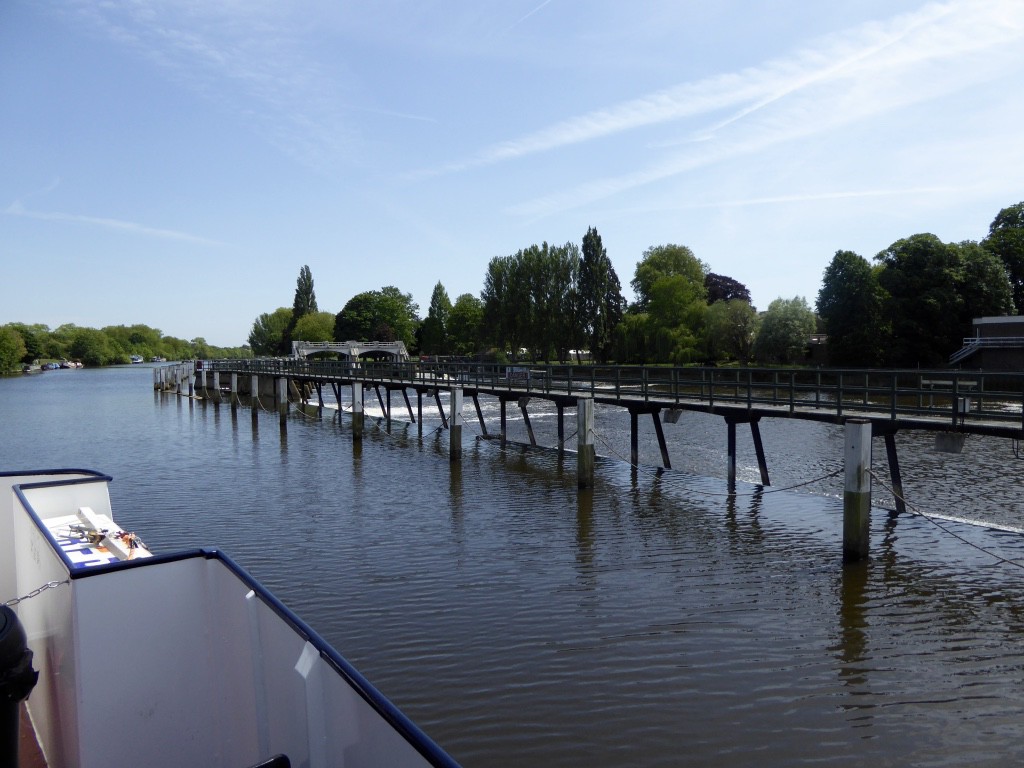 It was interesting to view the various residences along the river, many very posh and nice and some surprisingly modest,
It was interesting to view the various residences along the river, many very posh and nice and some surprisingly modest, 

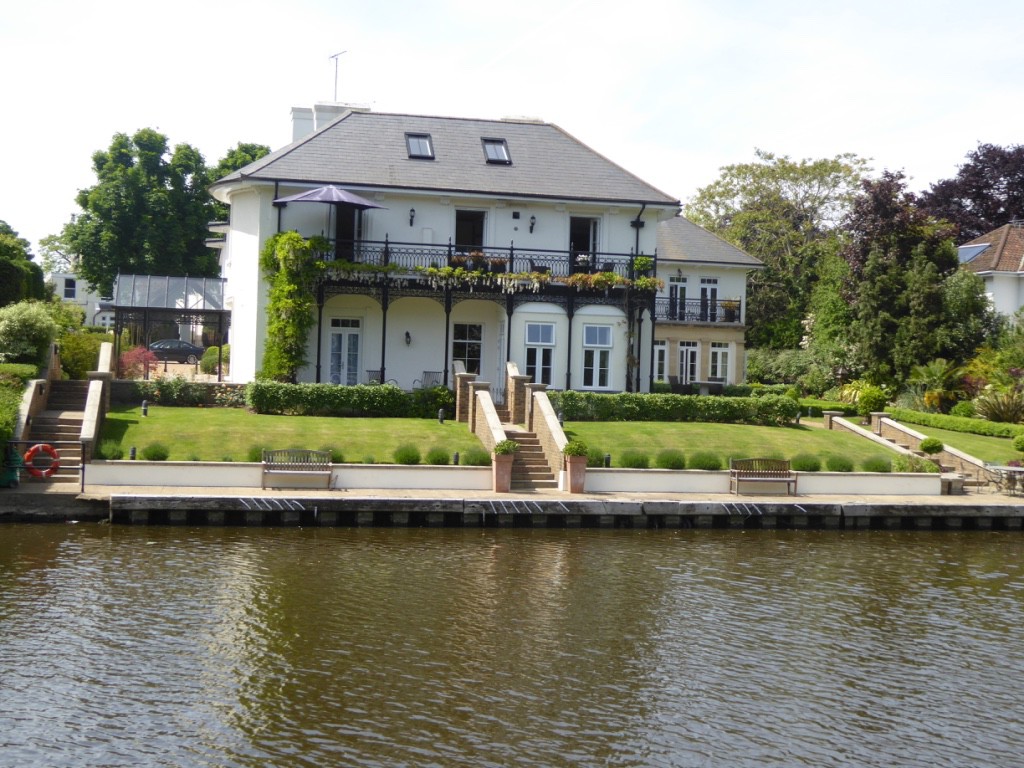
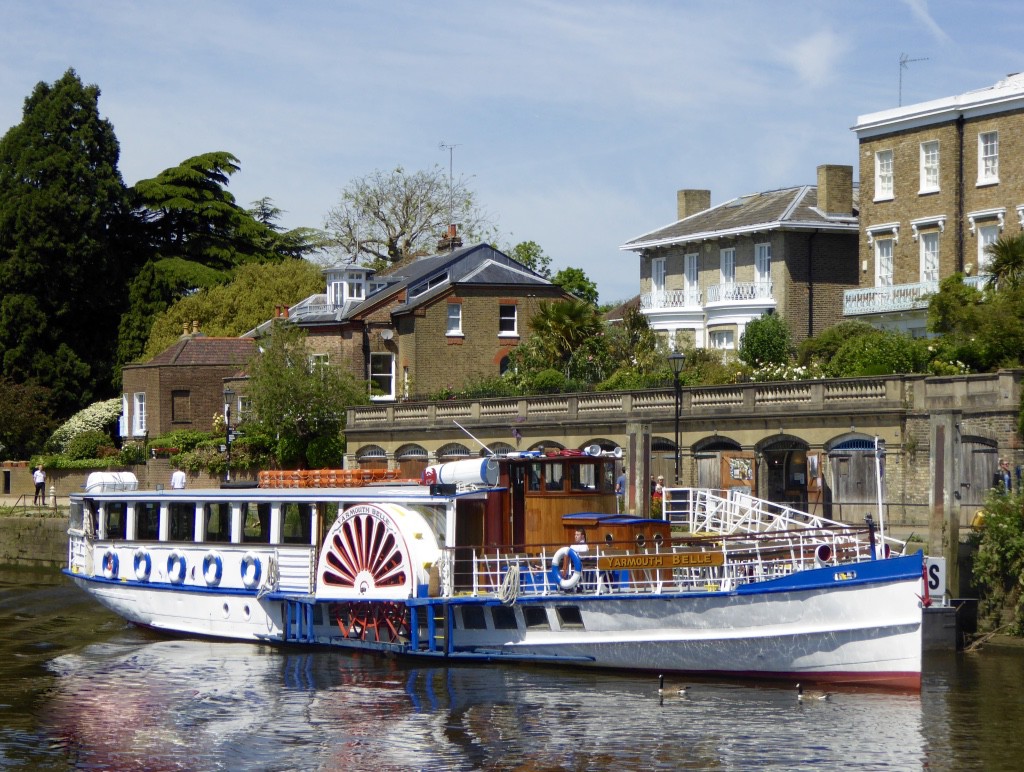
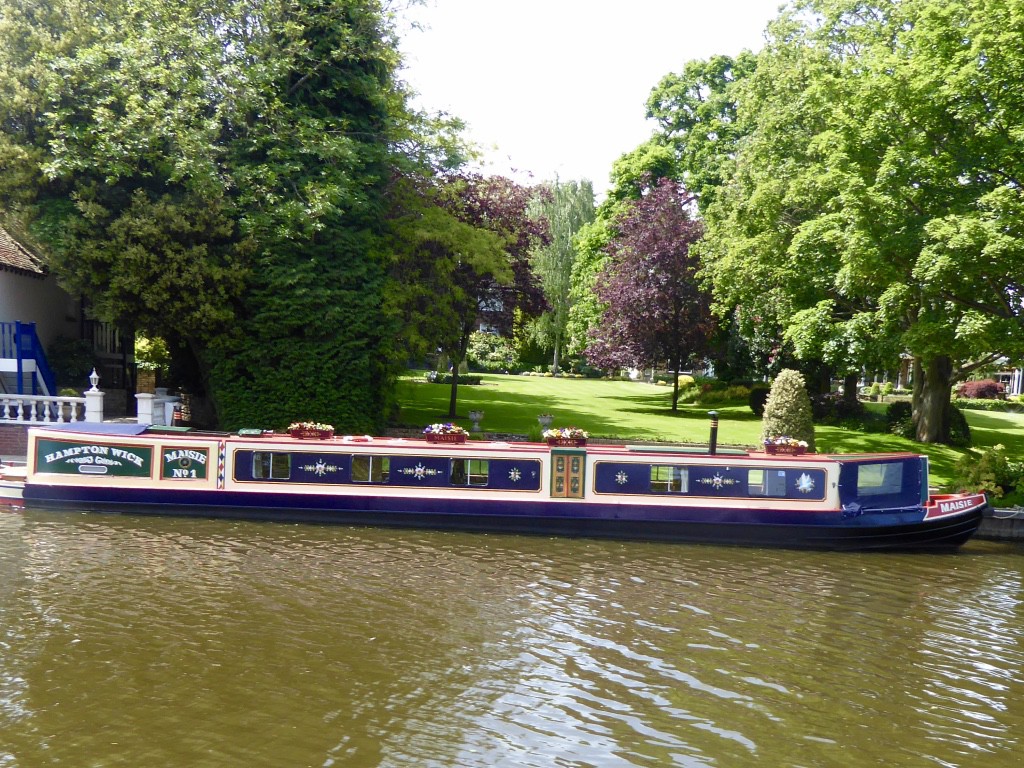
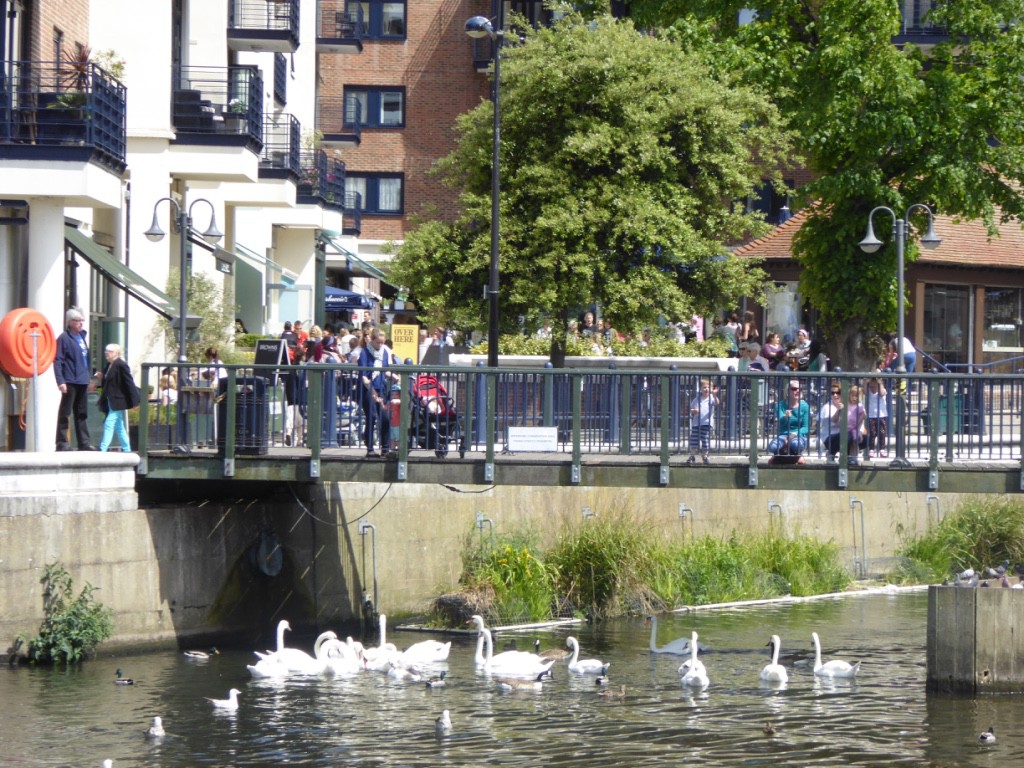
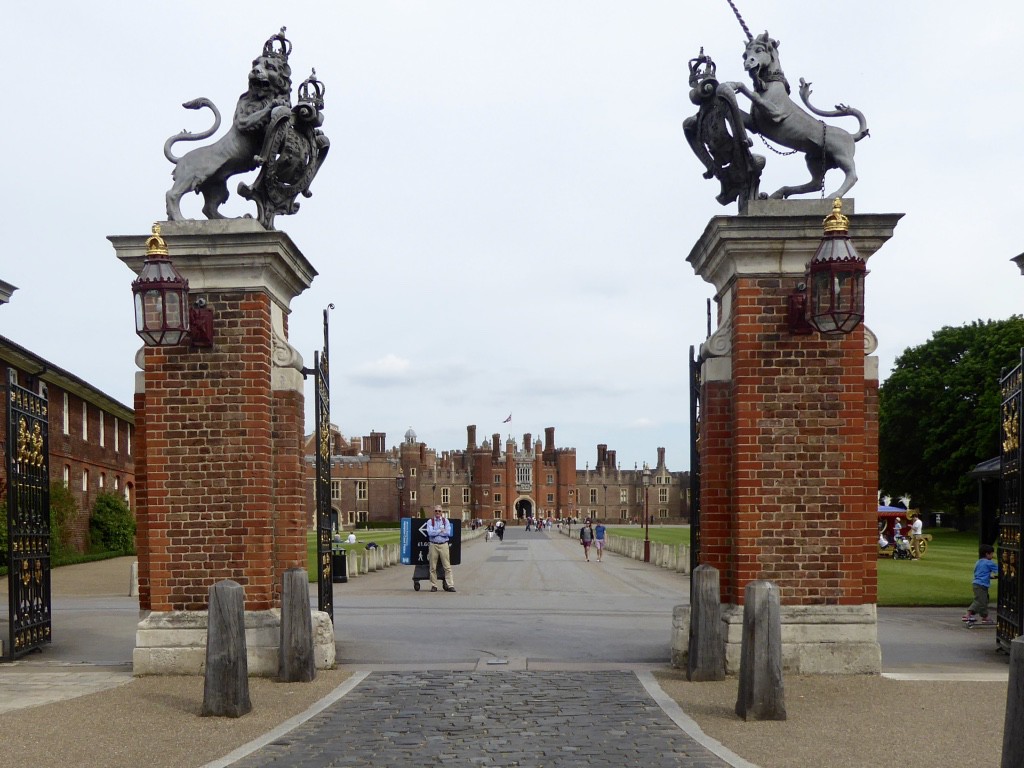
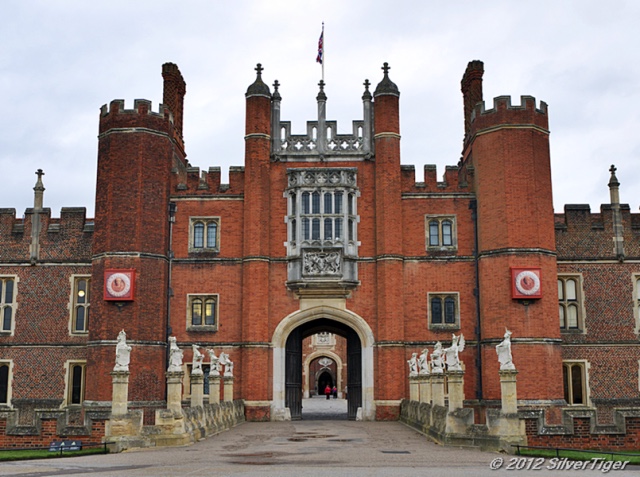
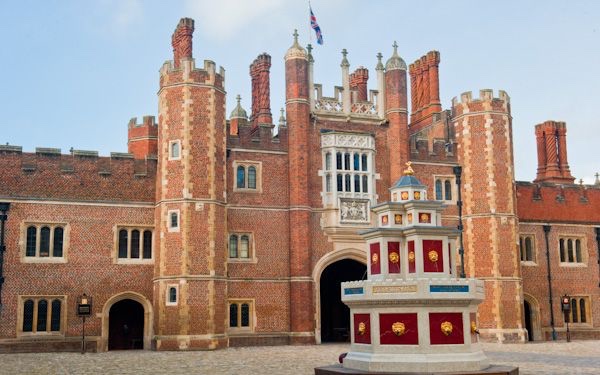
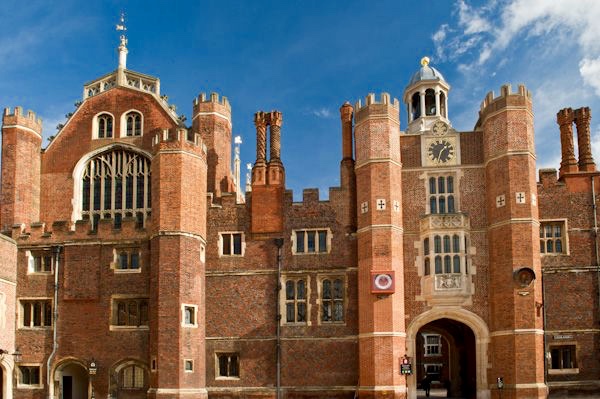
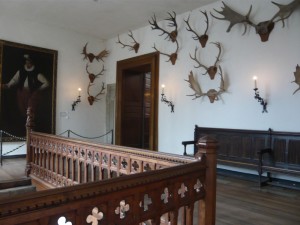
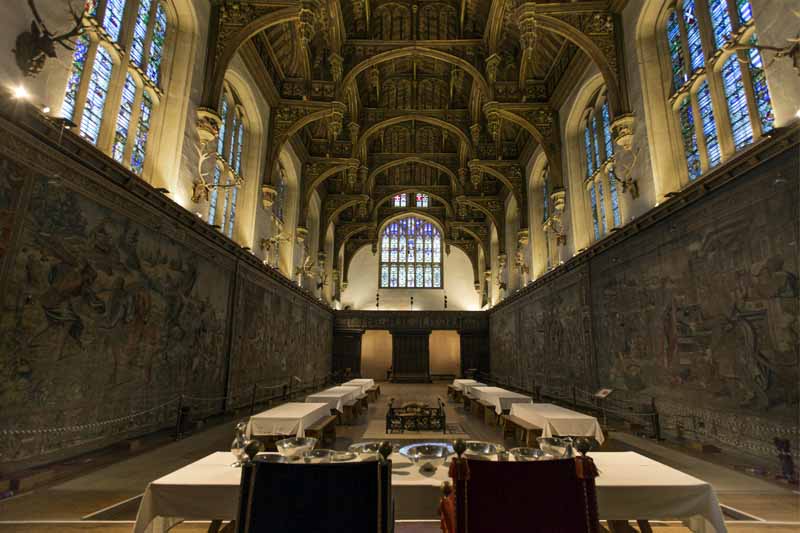
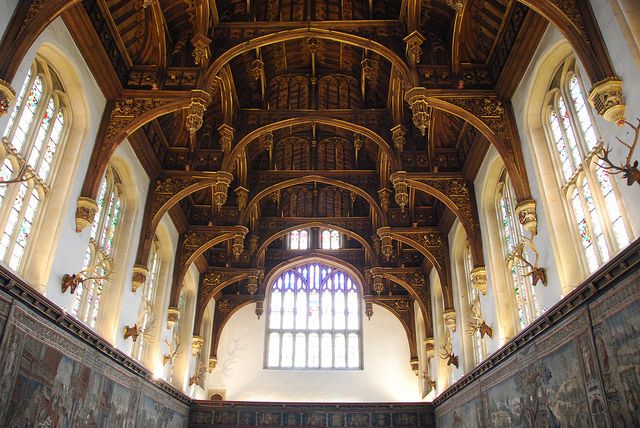
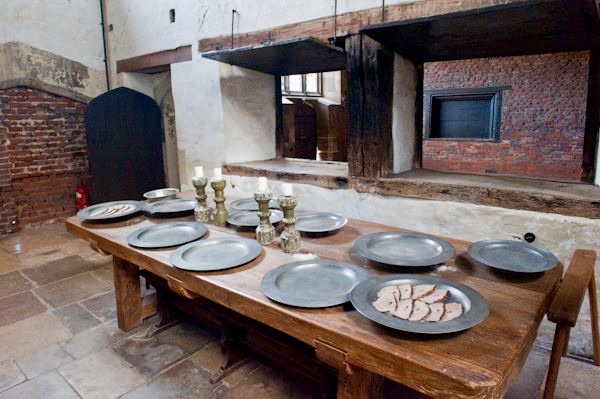
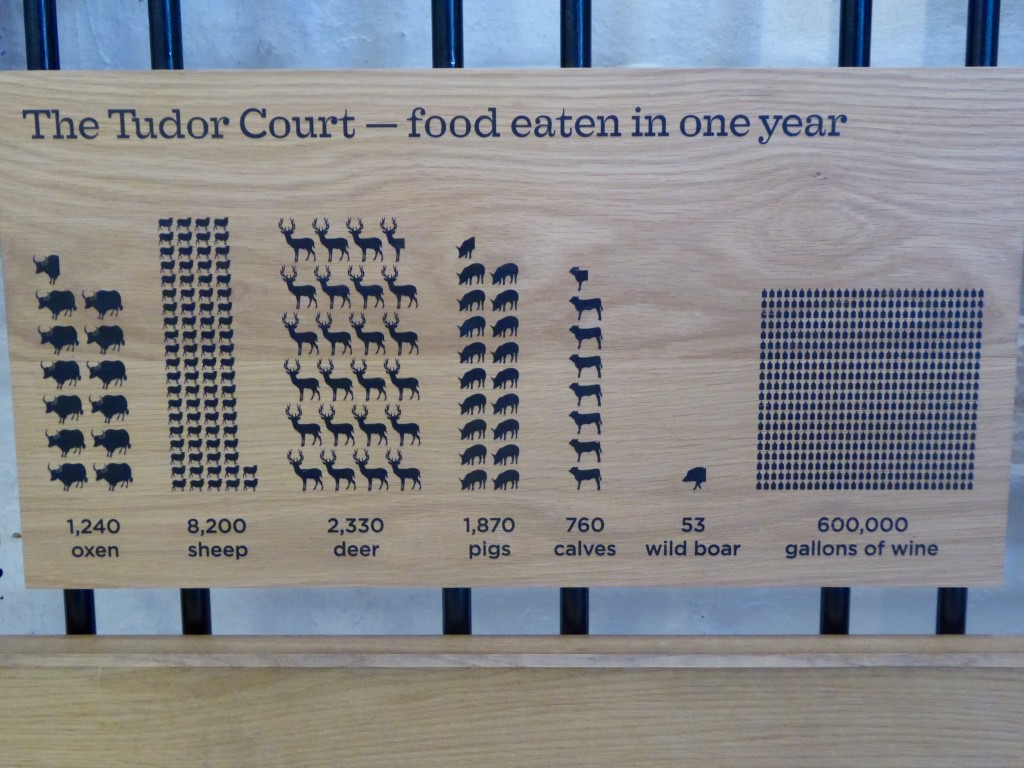
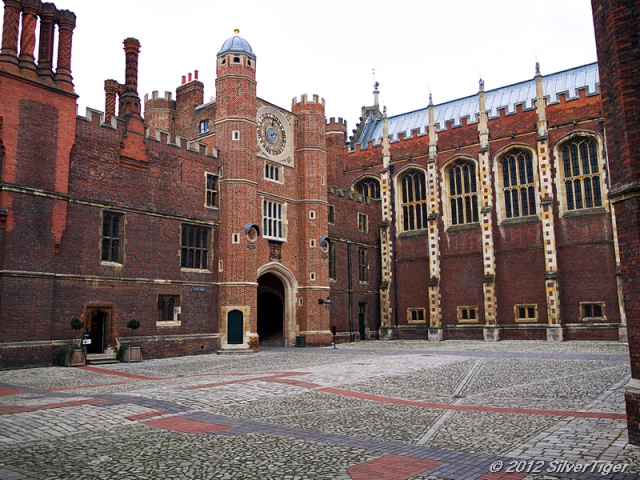

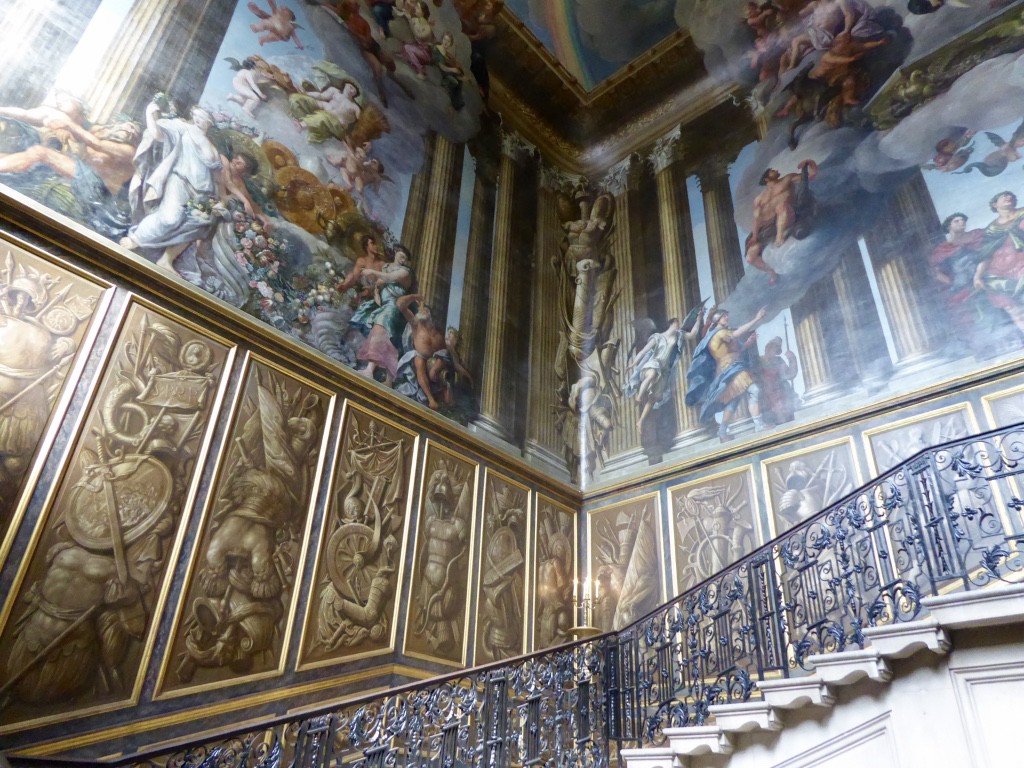
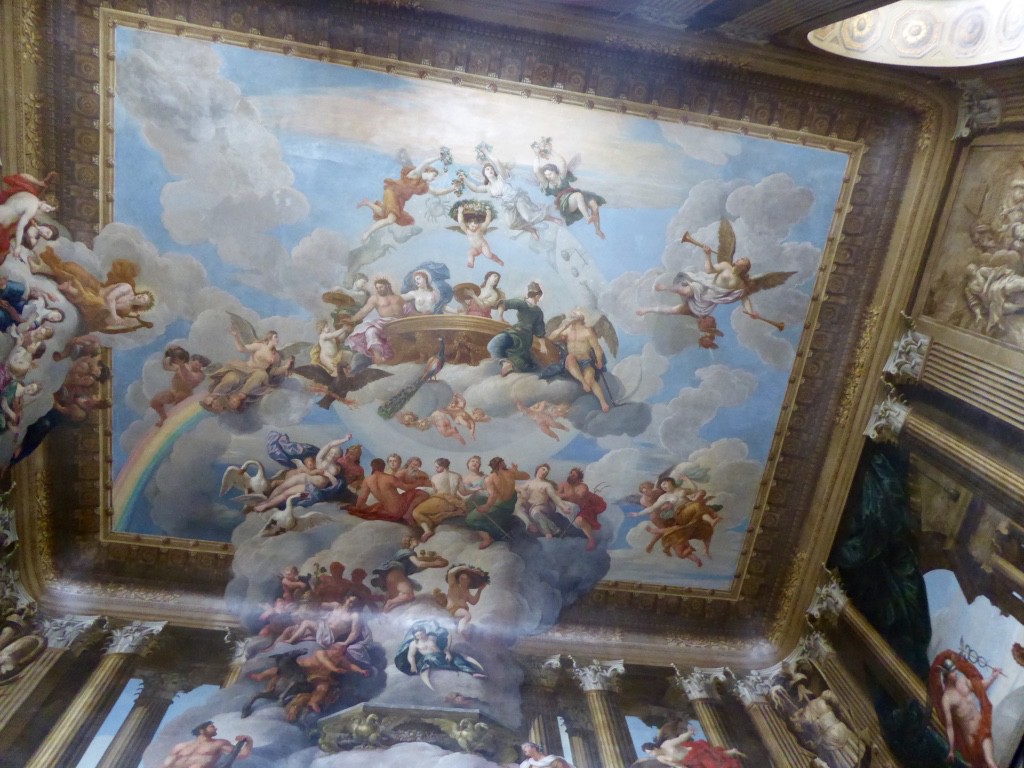
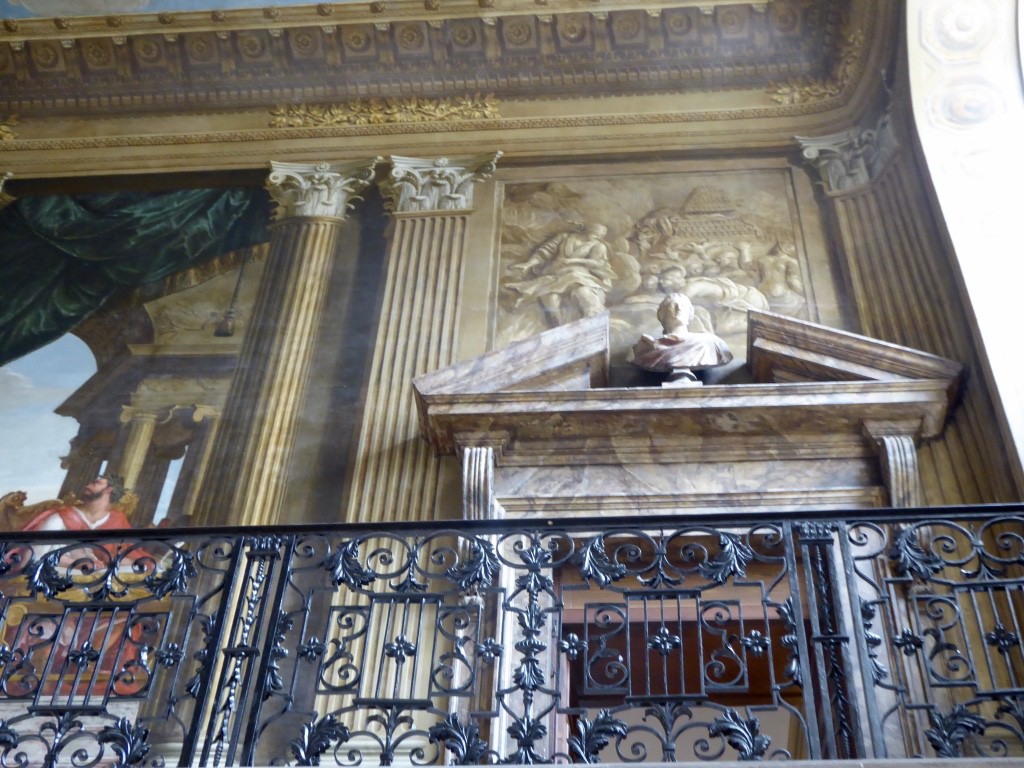
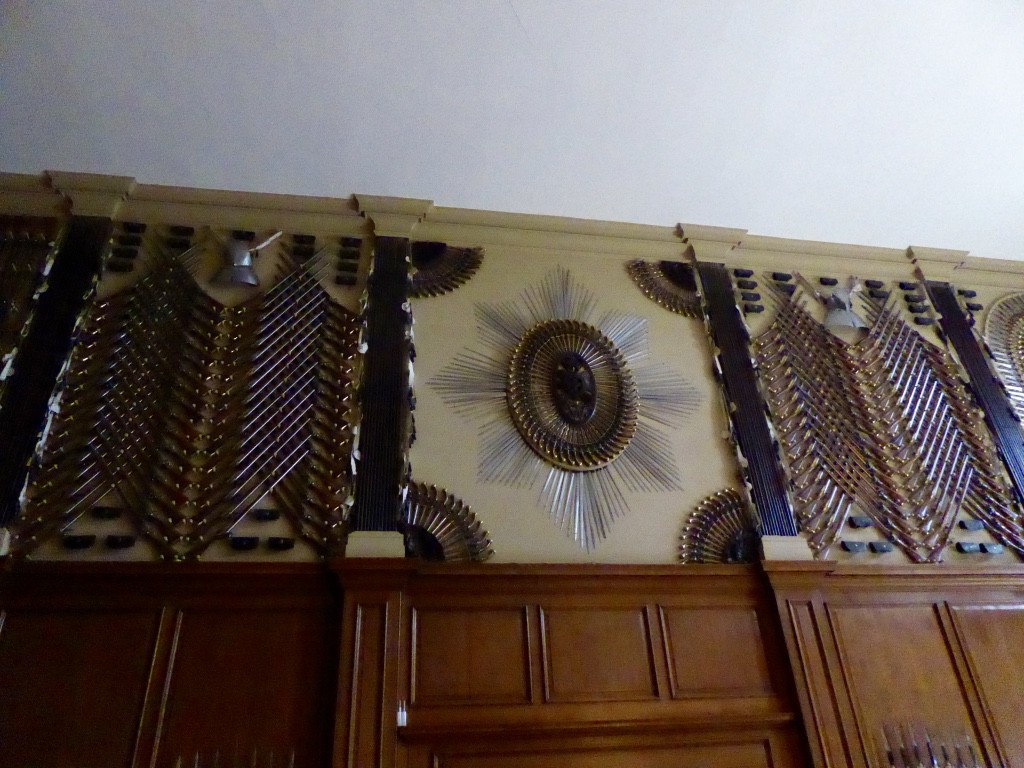
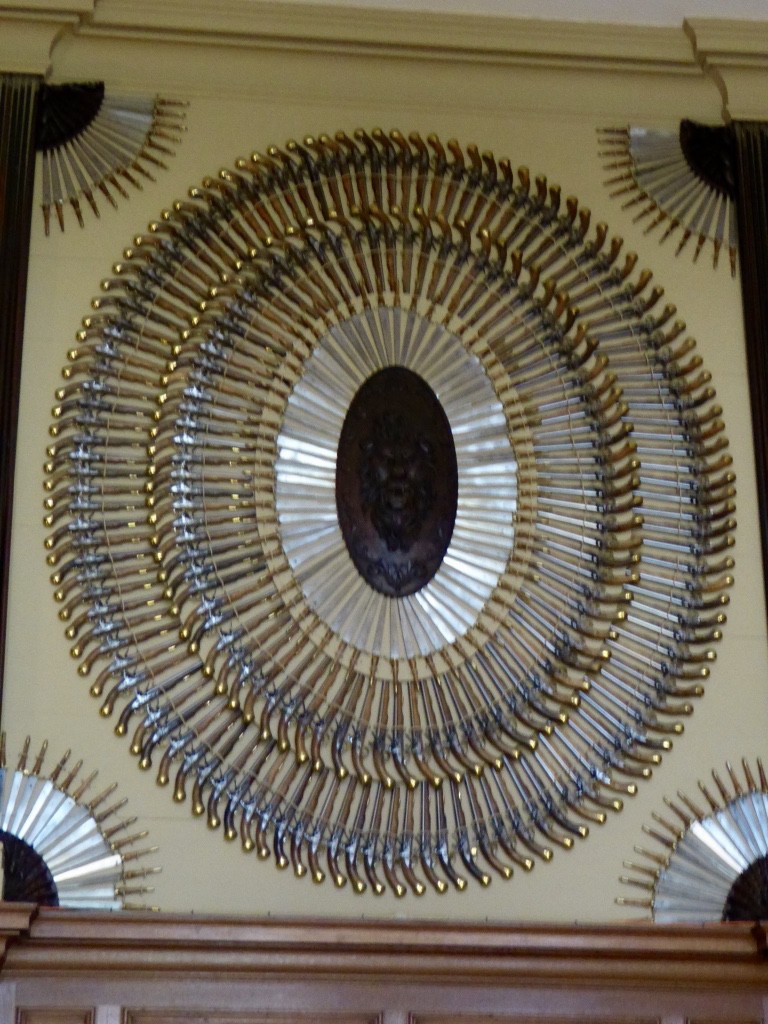
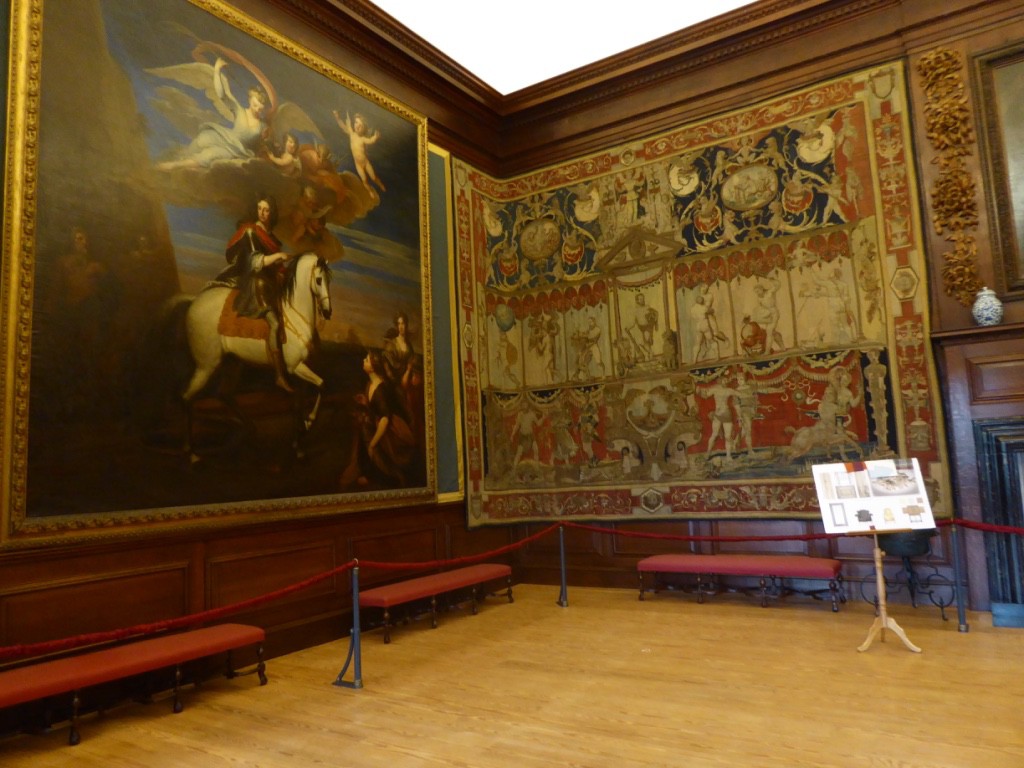
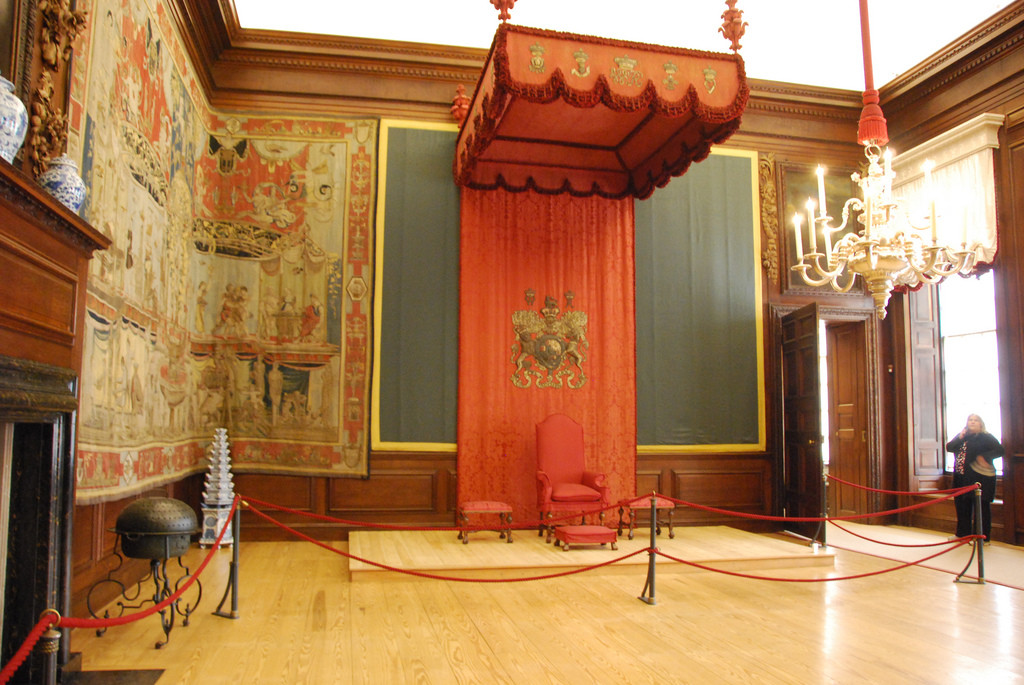
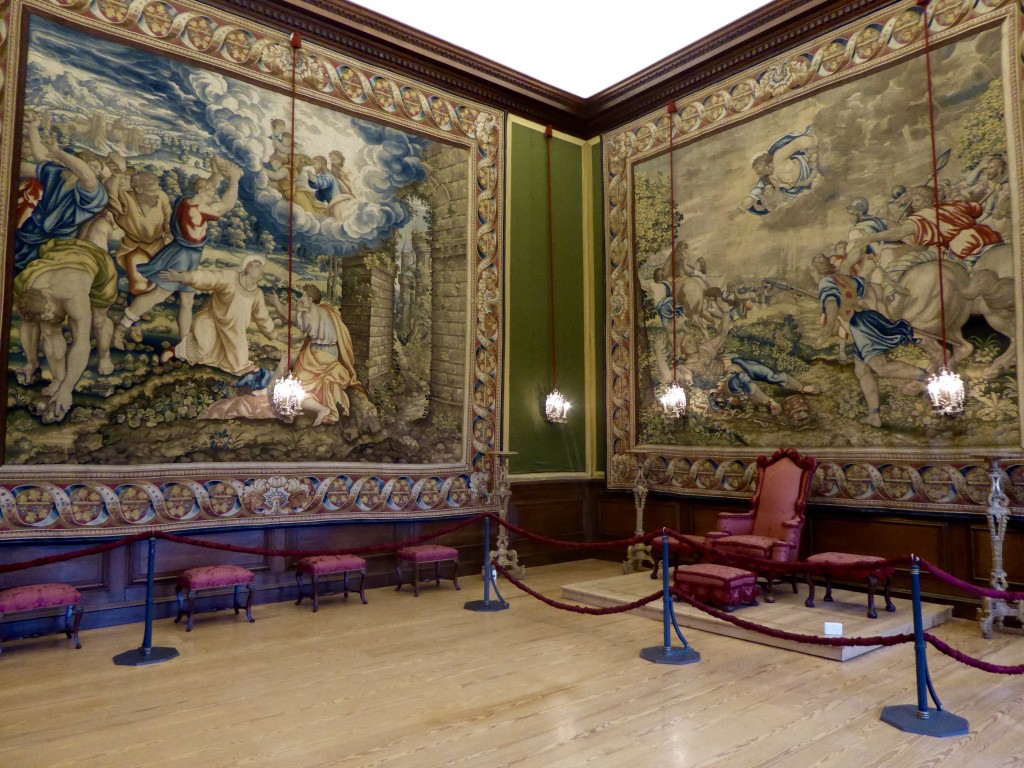
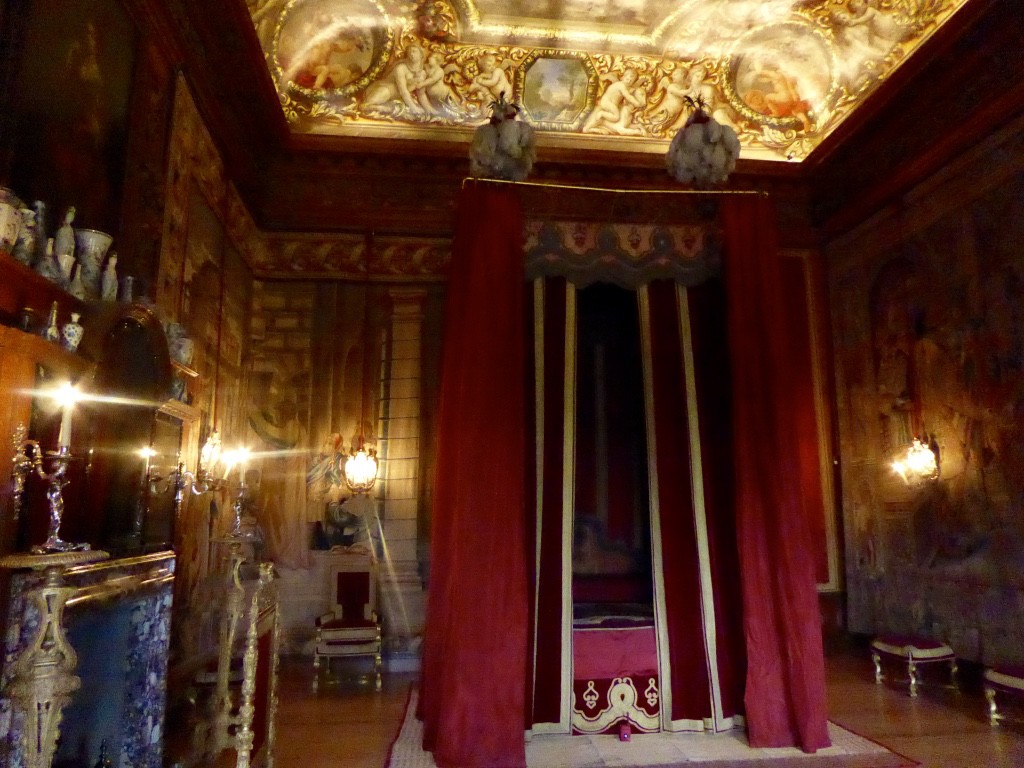
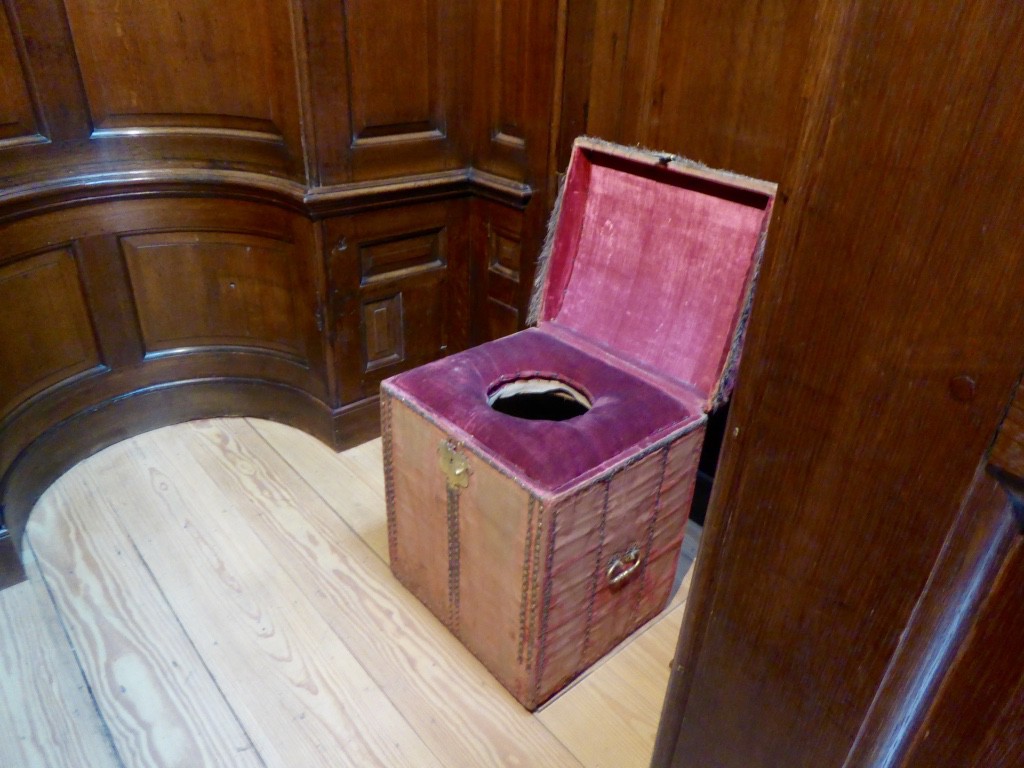
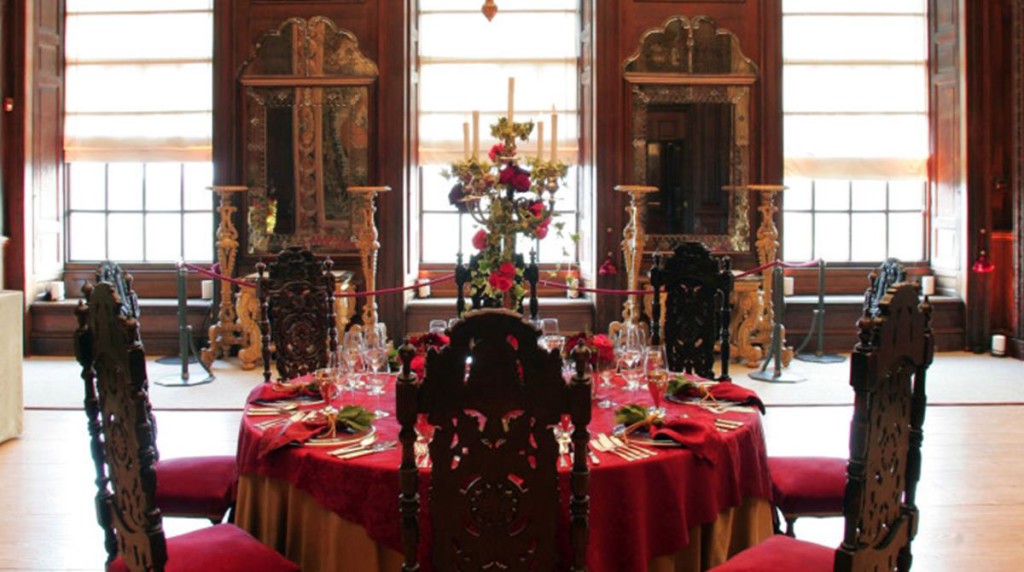
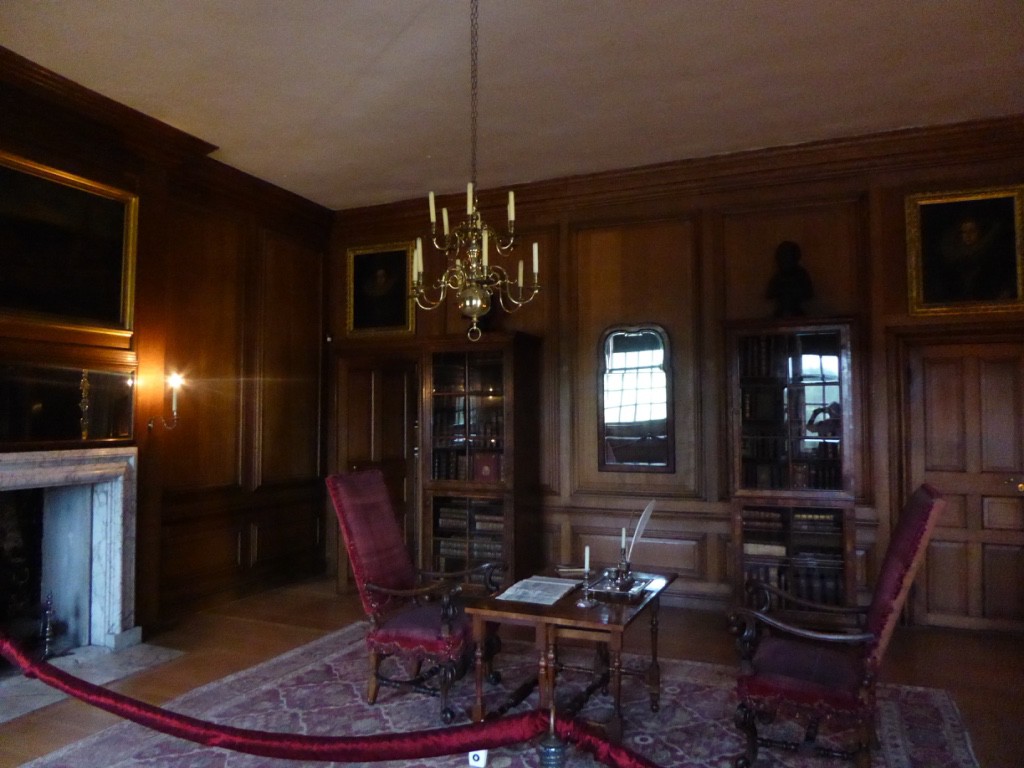
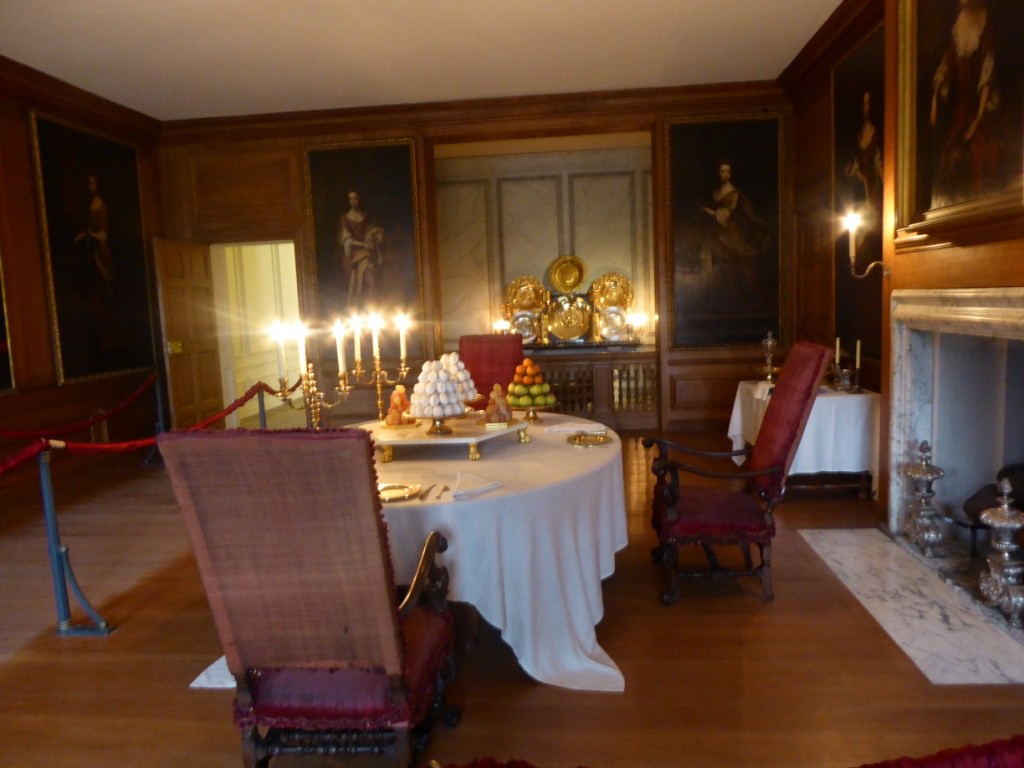
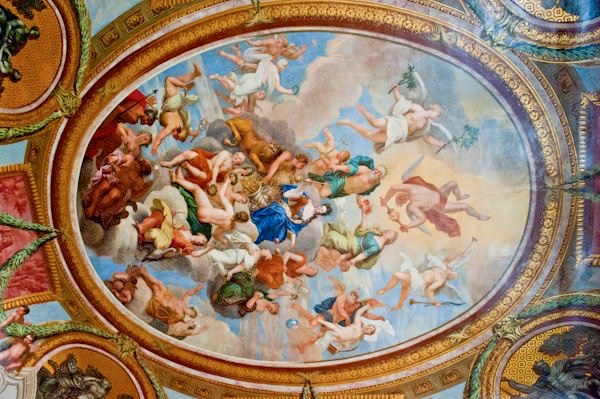
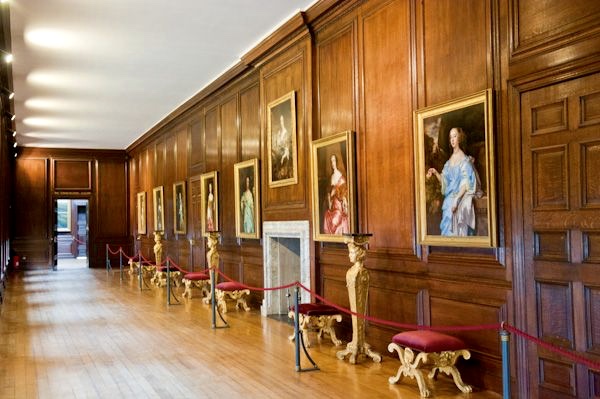
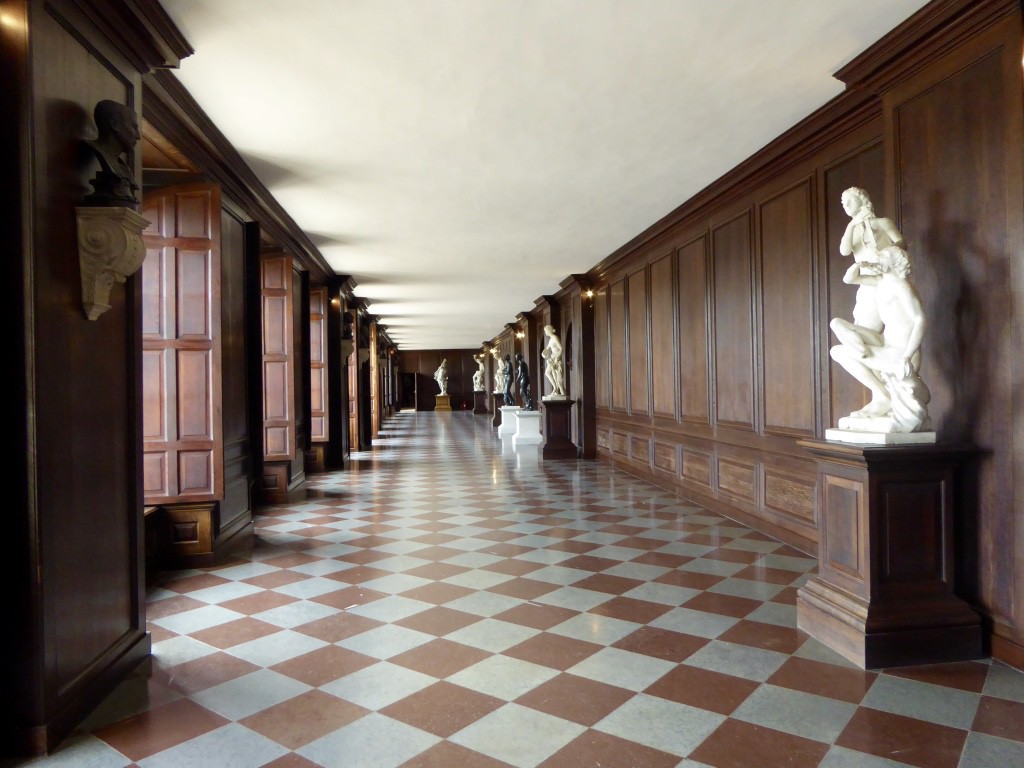
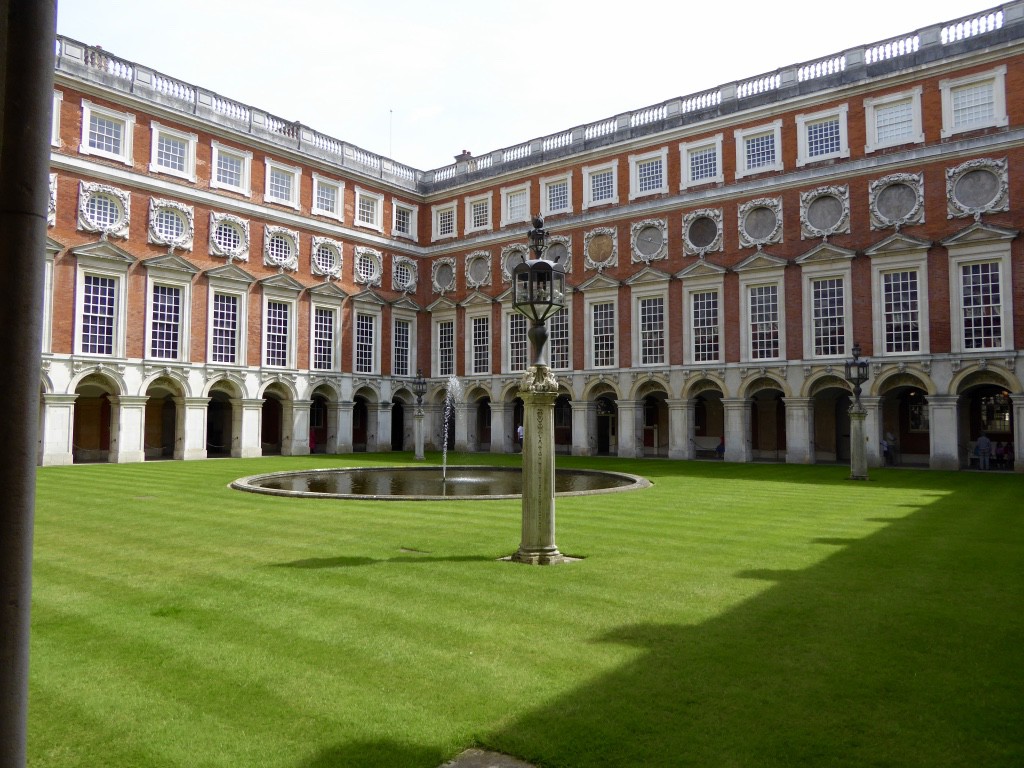
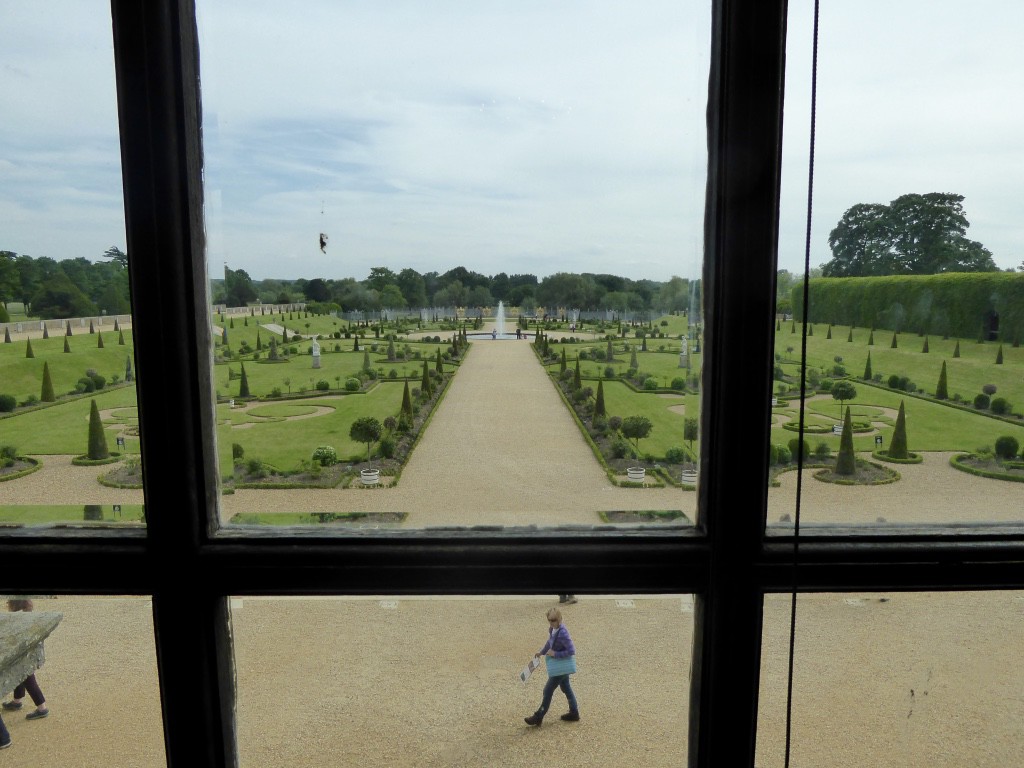
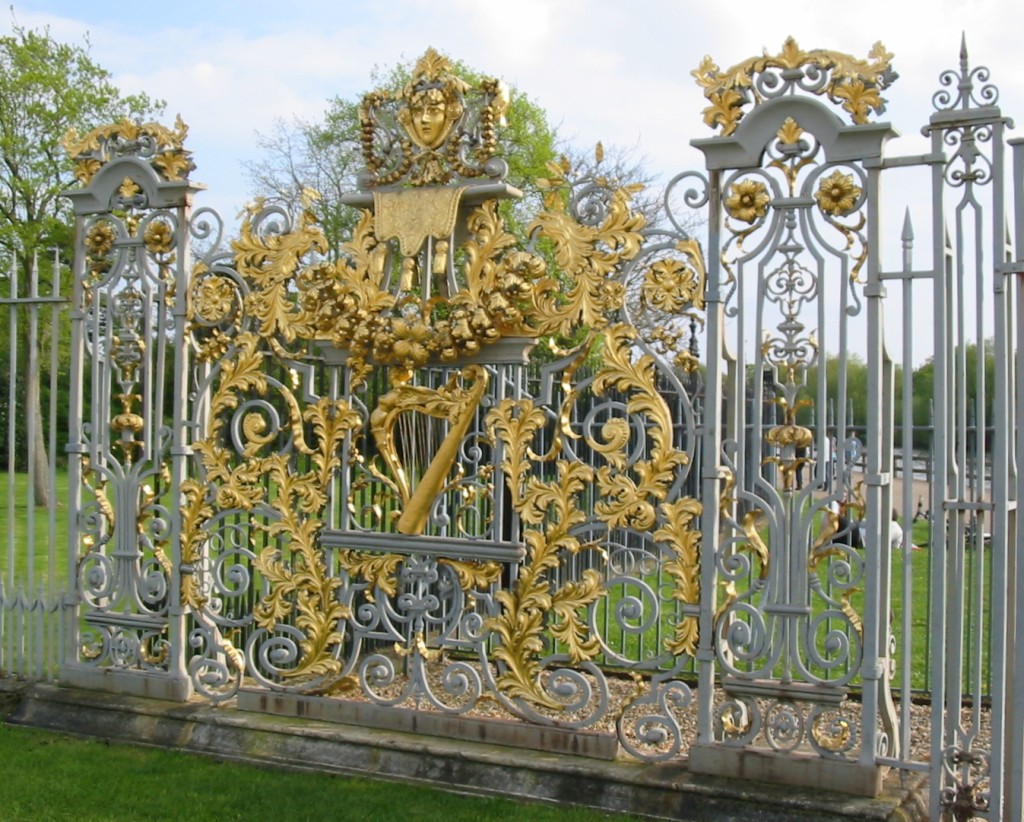
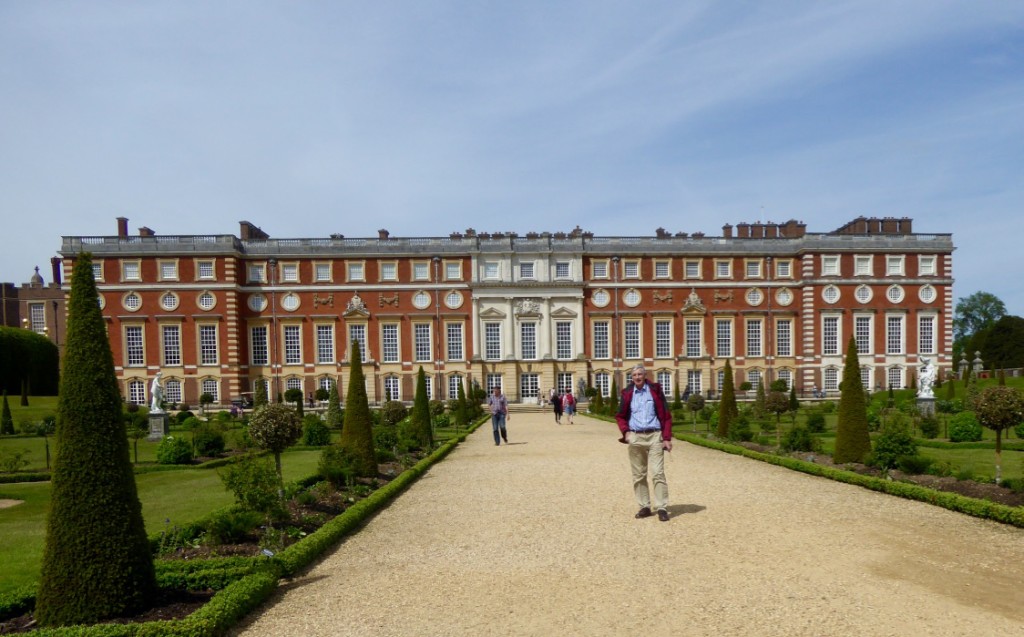
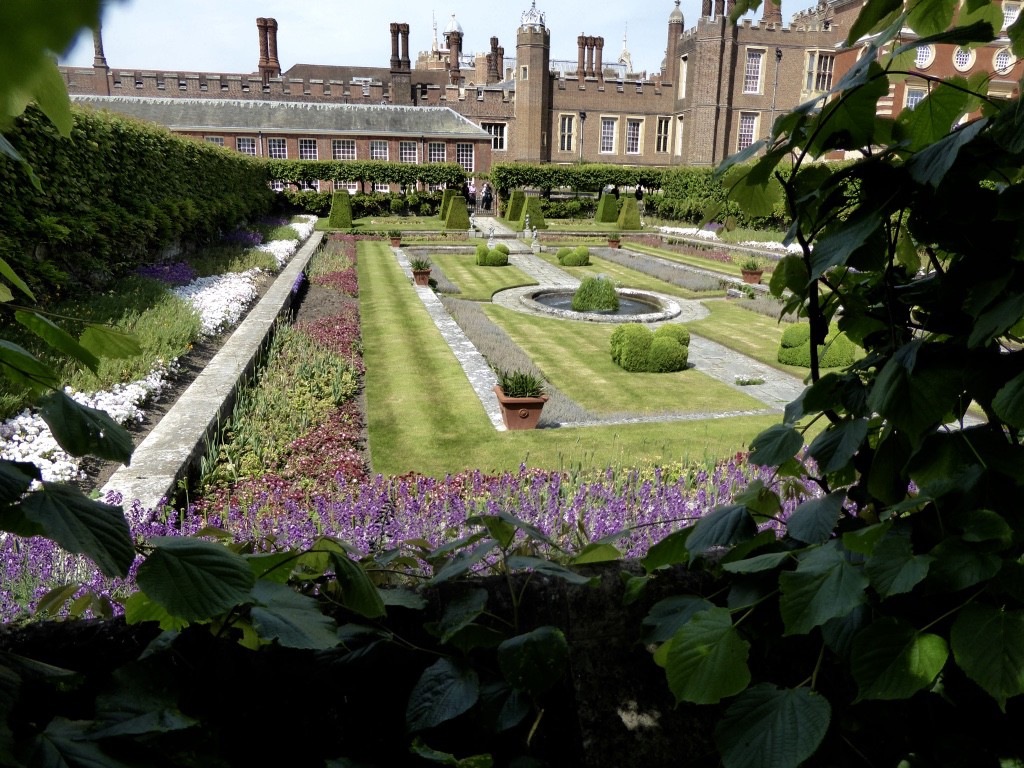

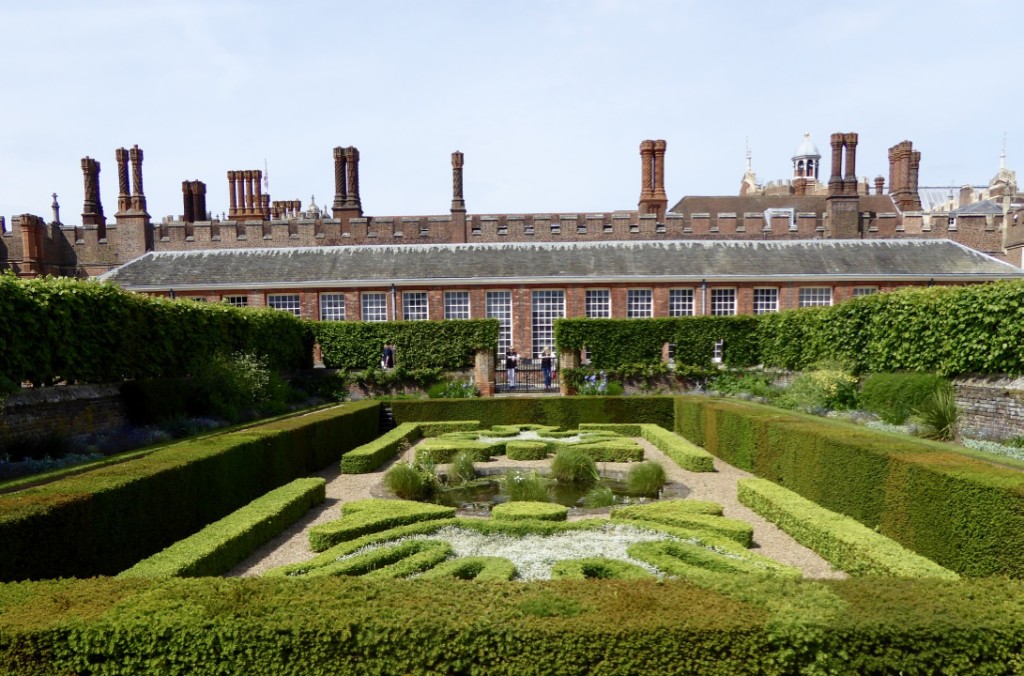
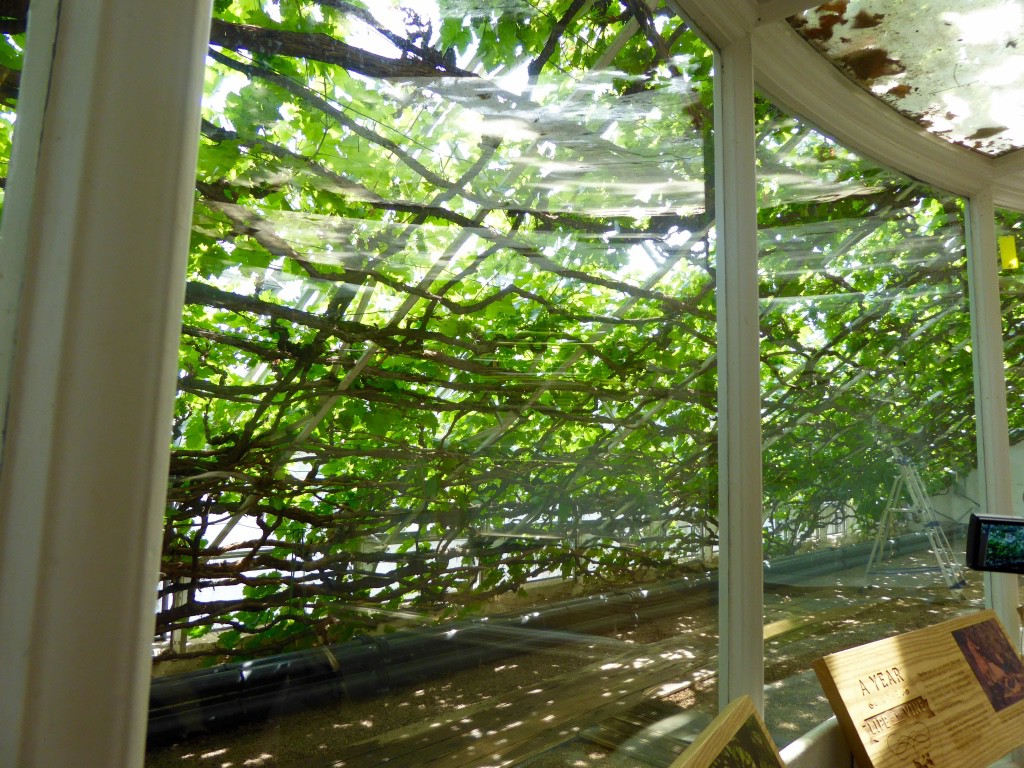
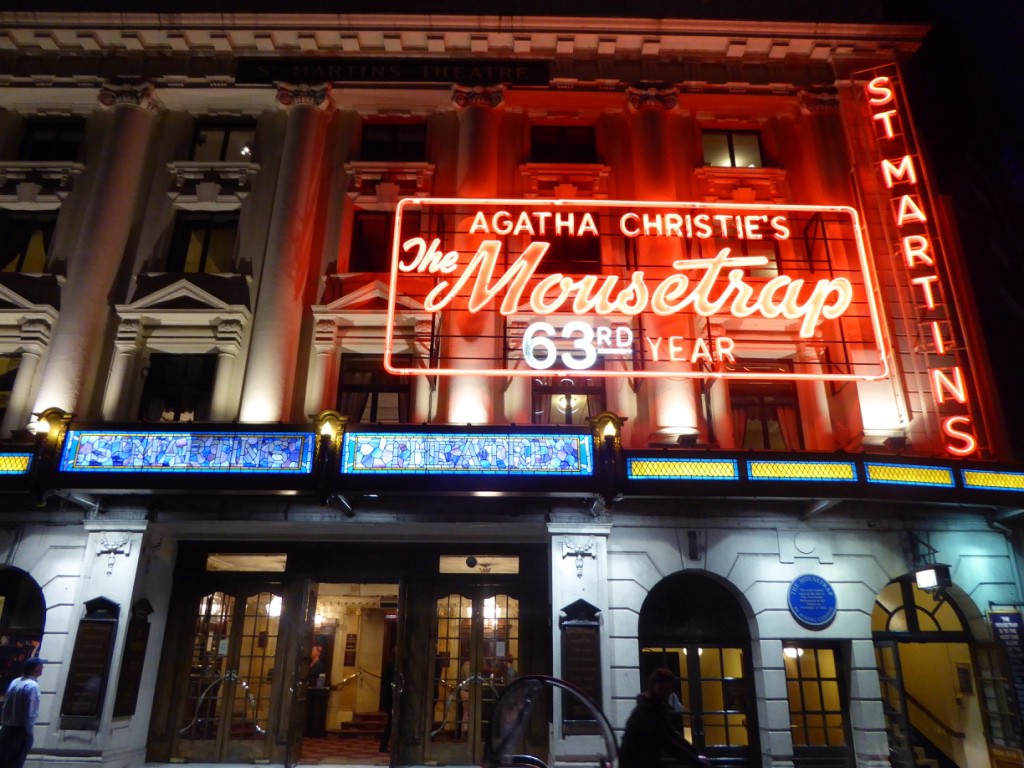
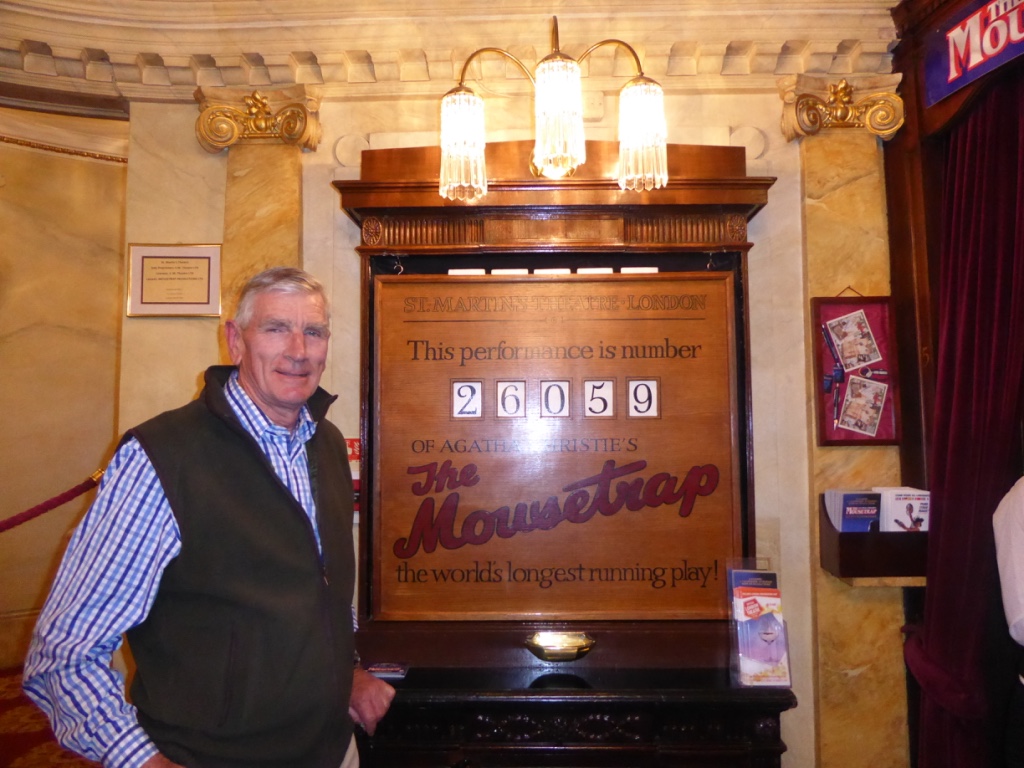
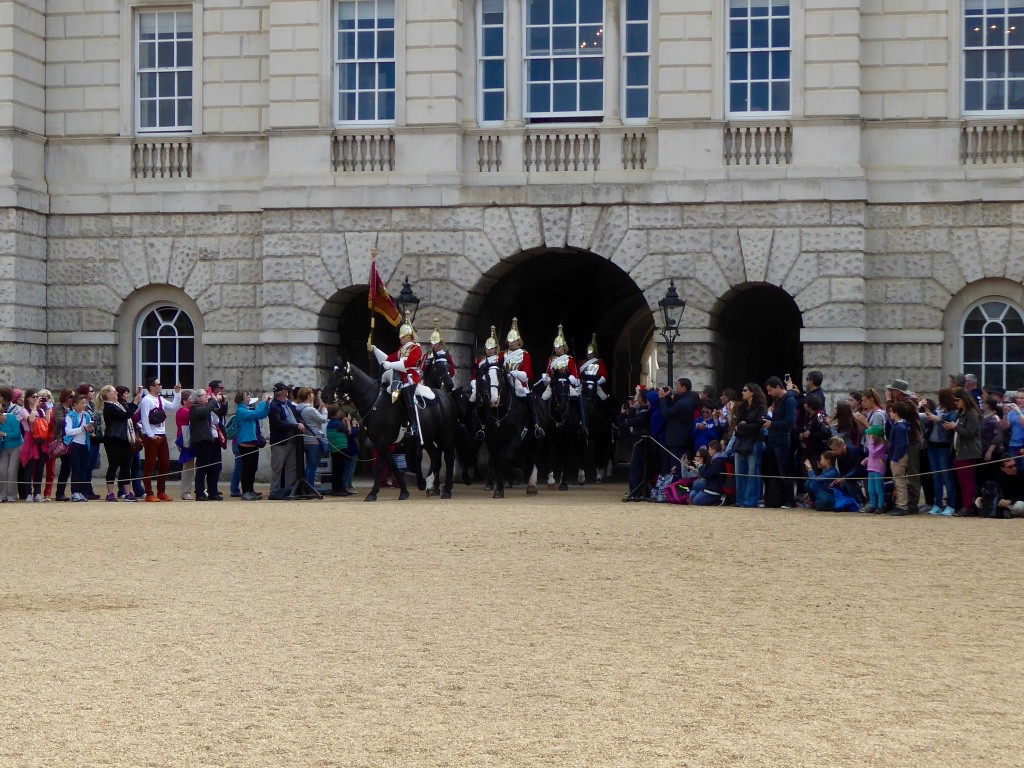
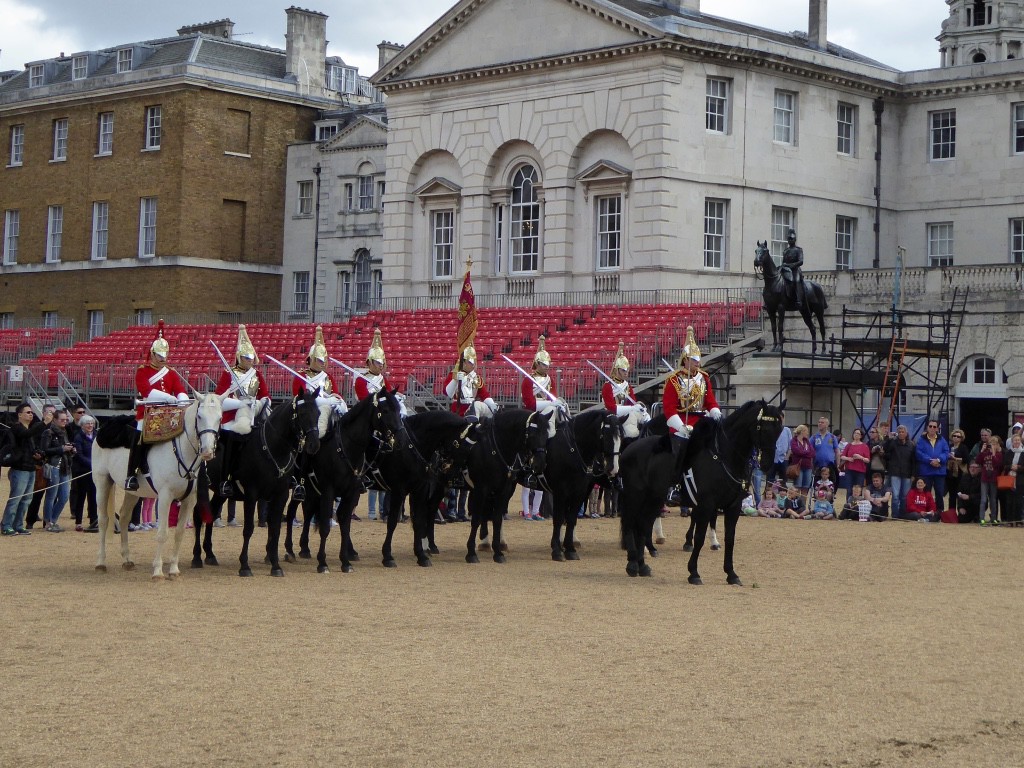
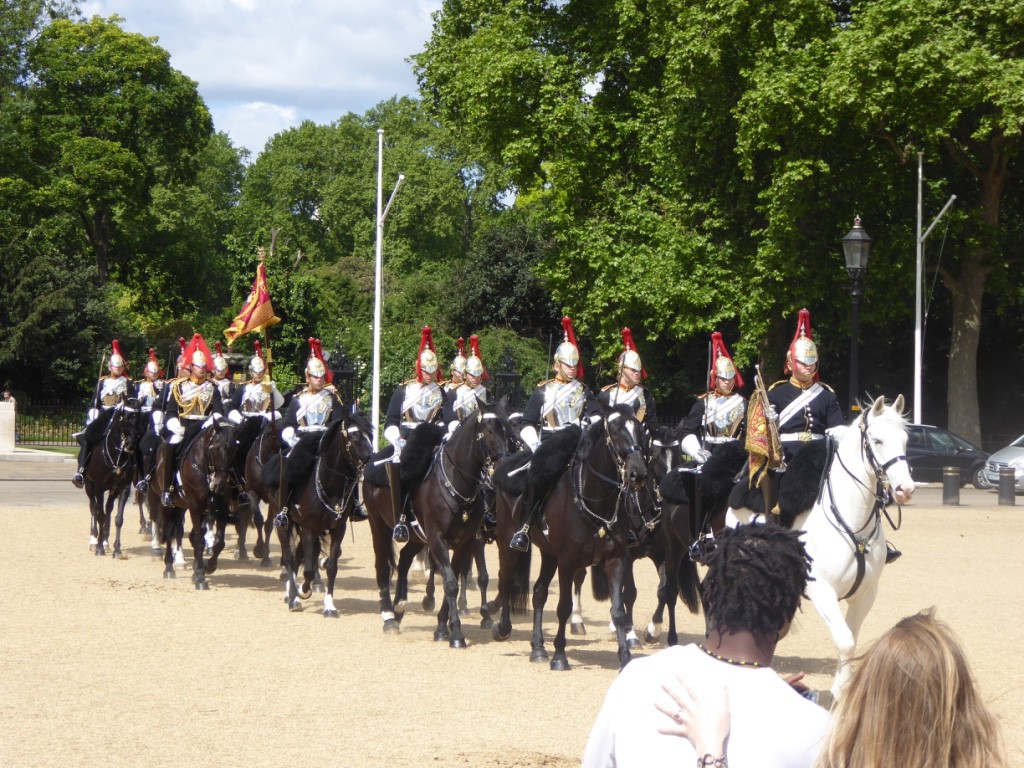
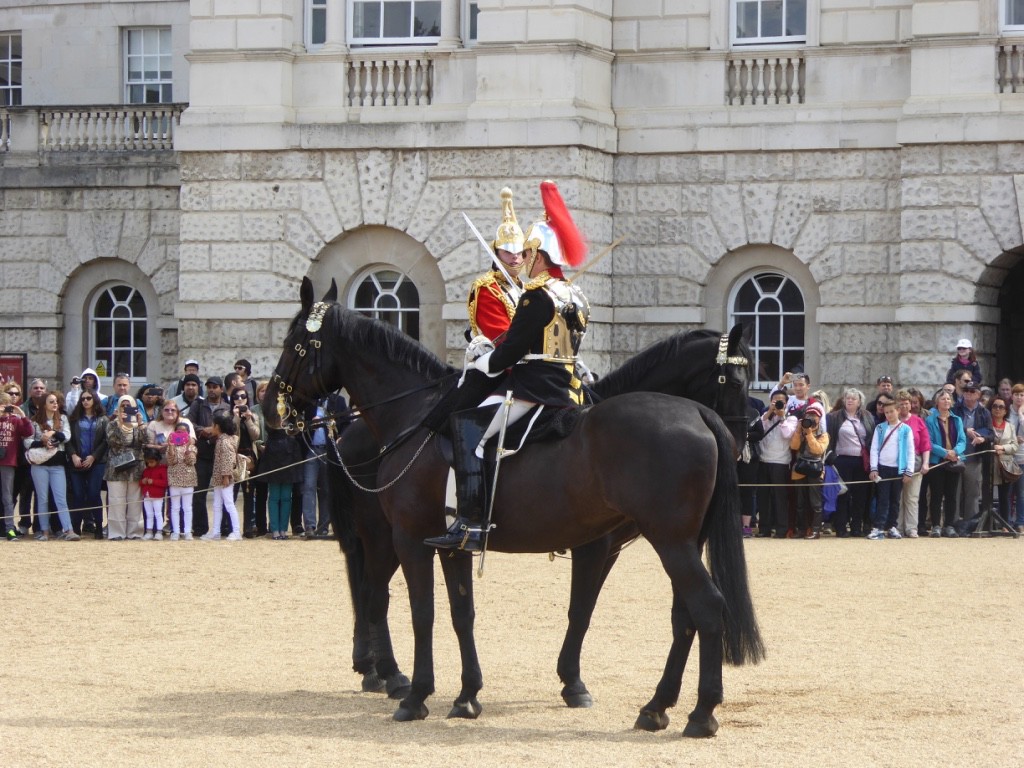
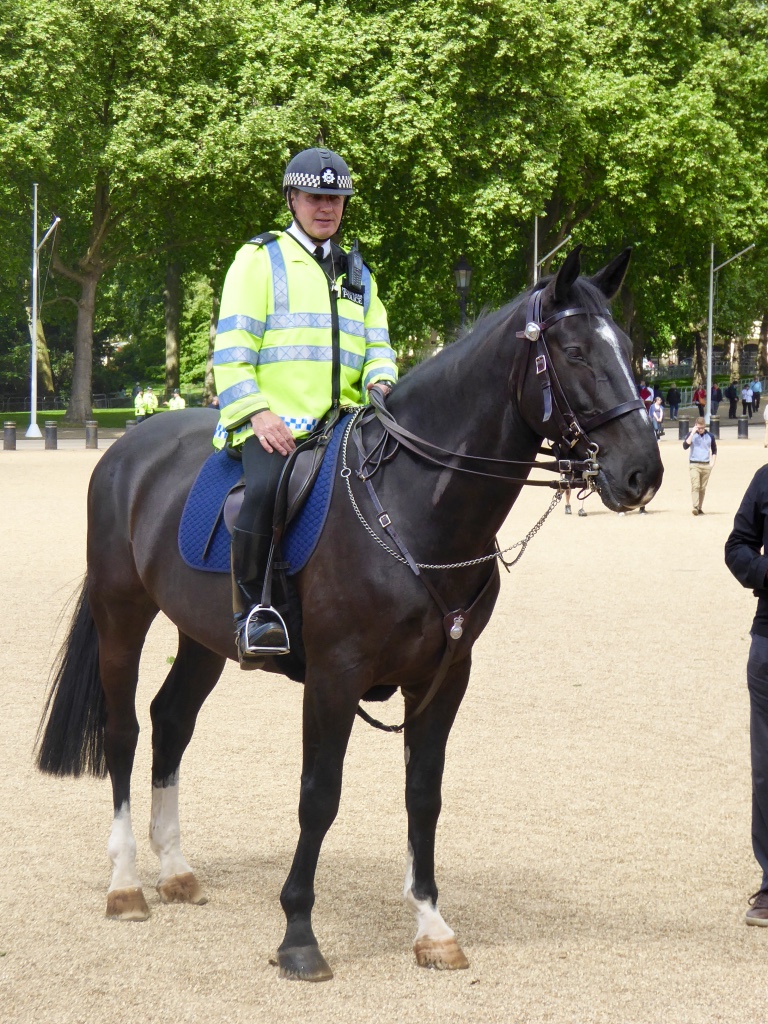
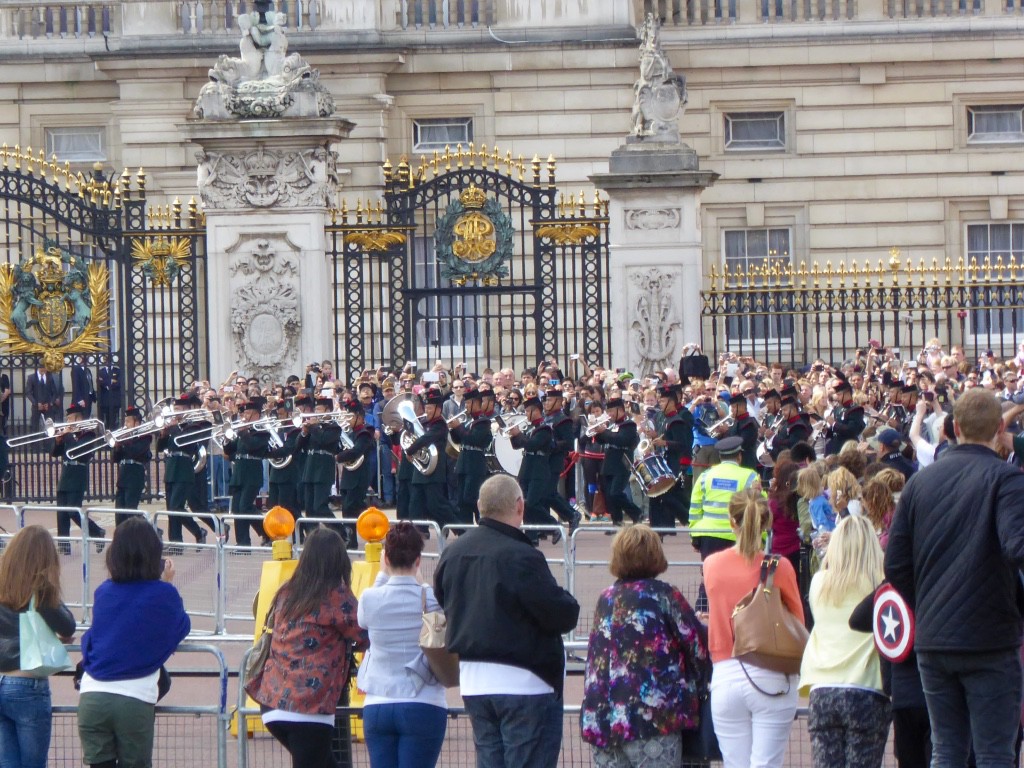
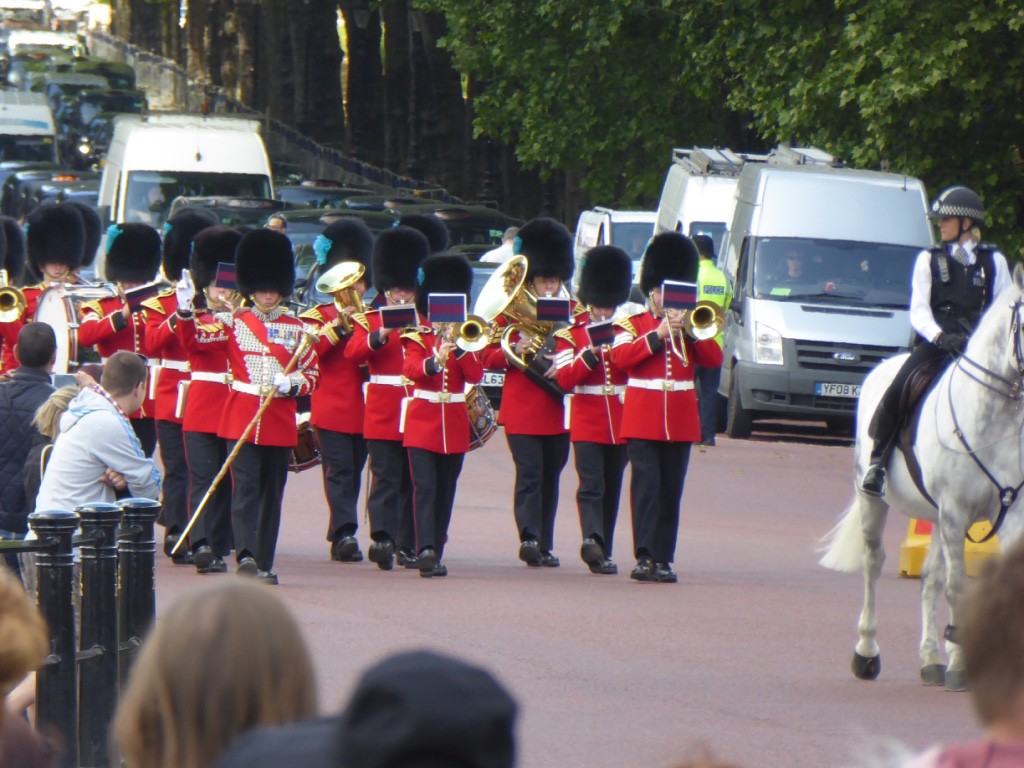
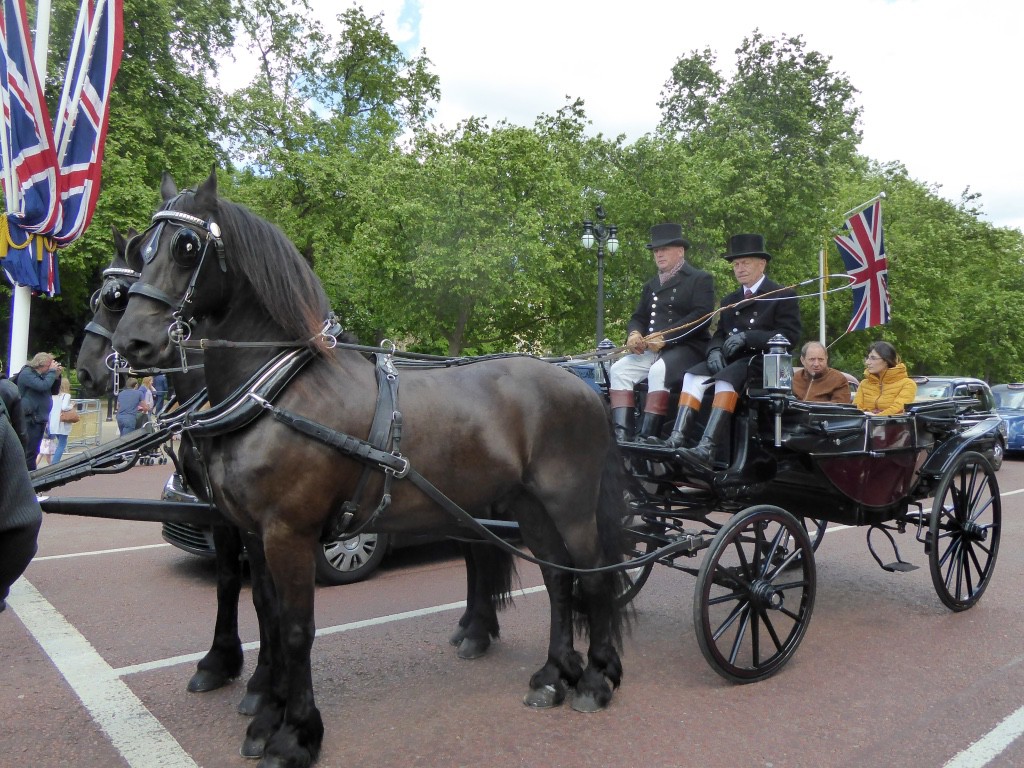

 On arrival we first went to pick up our hire car, at which point we had a most unfortunate attack of the miserlys: we declined to pay the 12 quid extra for a GPS reasoning it was only a small place – how hard could it be. Well, as we found to our cost how wrong you could be. Oxford would have to be the worst town in the UK to drive in – and that’s saying something. One ways, no ways, pedestrian only streets, restricted access – it had it all. So our progress (and regress) was marked by curses, mutterings, querulous questions and increasingly short answers.
On arrival we first went to pick up our hire car, at which point we had a most unfortunate attack of the miserlys: we declined to pay the 12 quid extra for a GPS reasoning it was only a small place – how hard could it be. Well, as we found to our cost how wrong you could be. Oxford would have to be the worst town in the UK to drive in – and that’s saying something. One ways, no ways, pedestrian only streets, restricted access – it had it all. So our progress (and regress) was marked by curses, mutterings, querulous questions and increasingly short answers.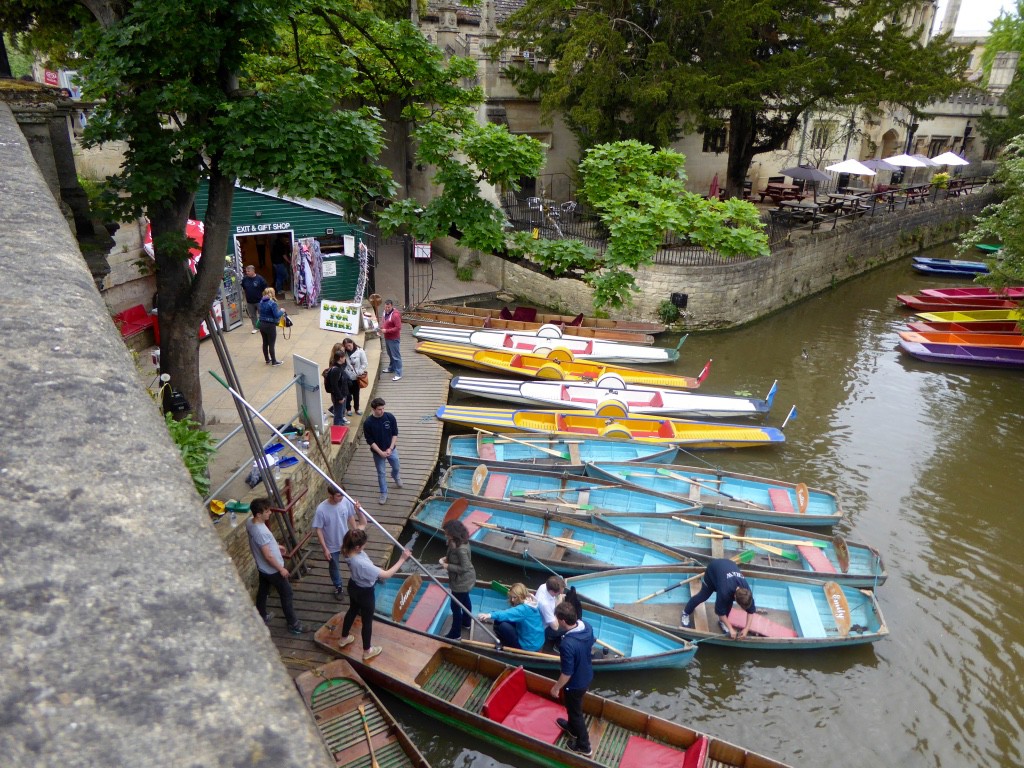
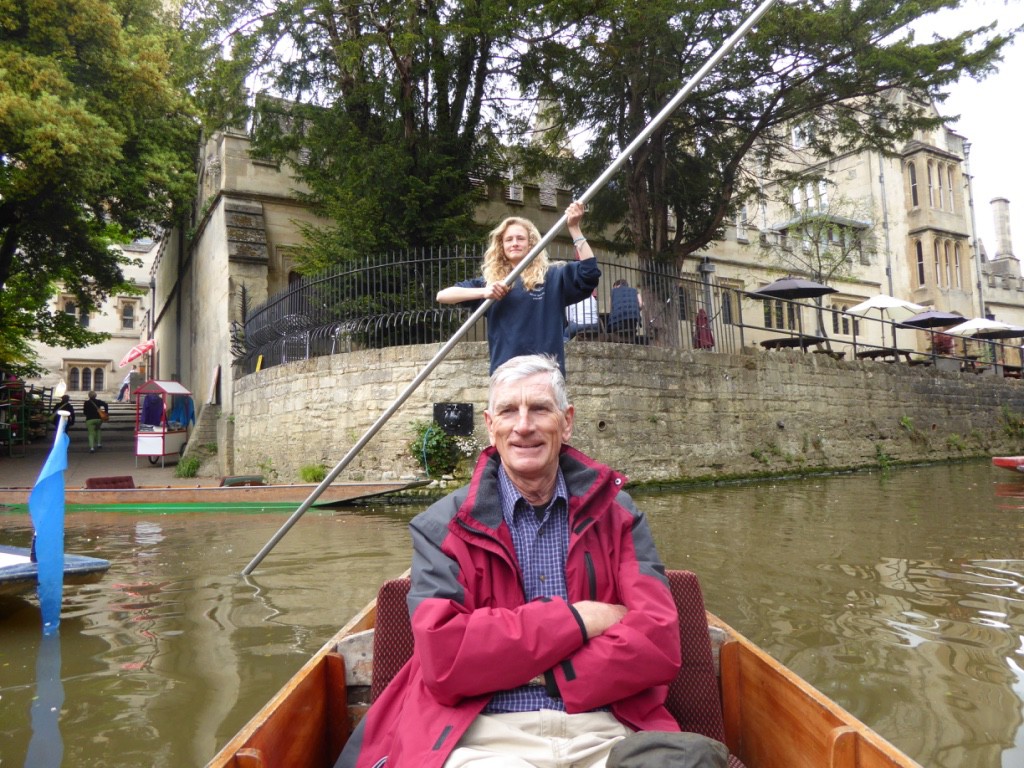
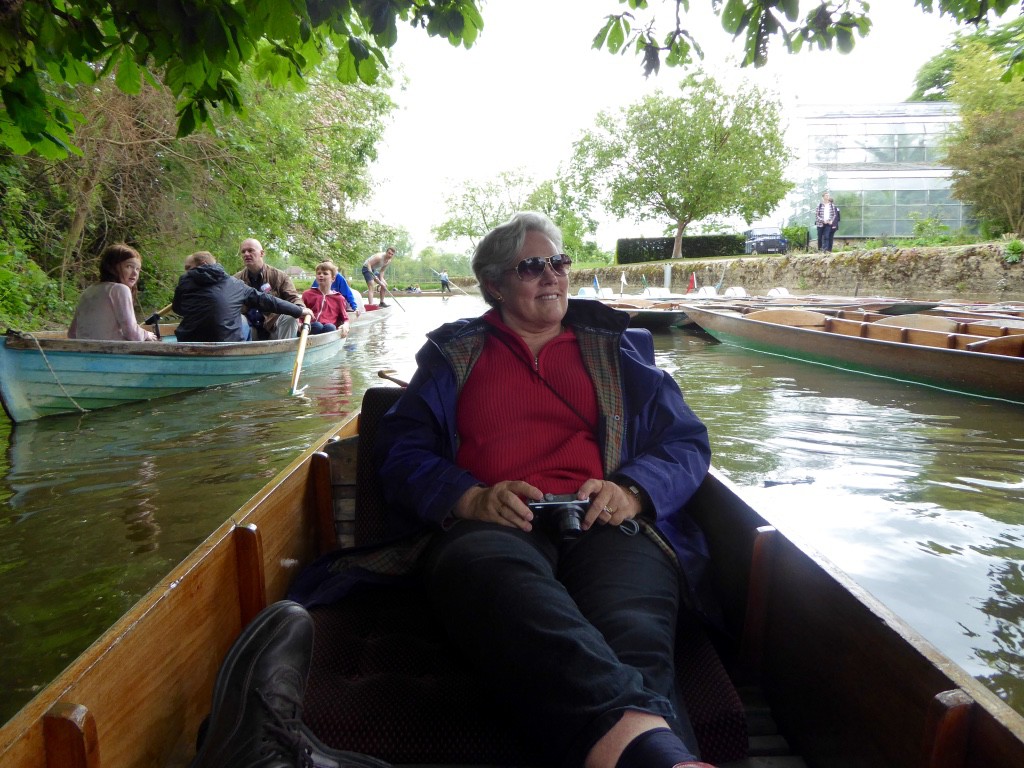
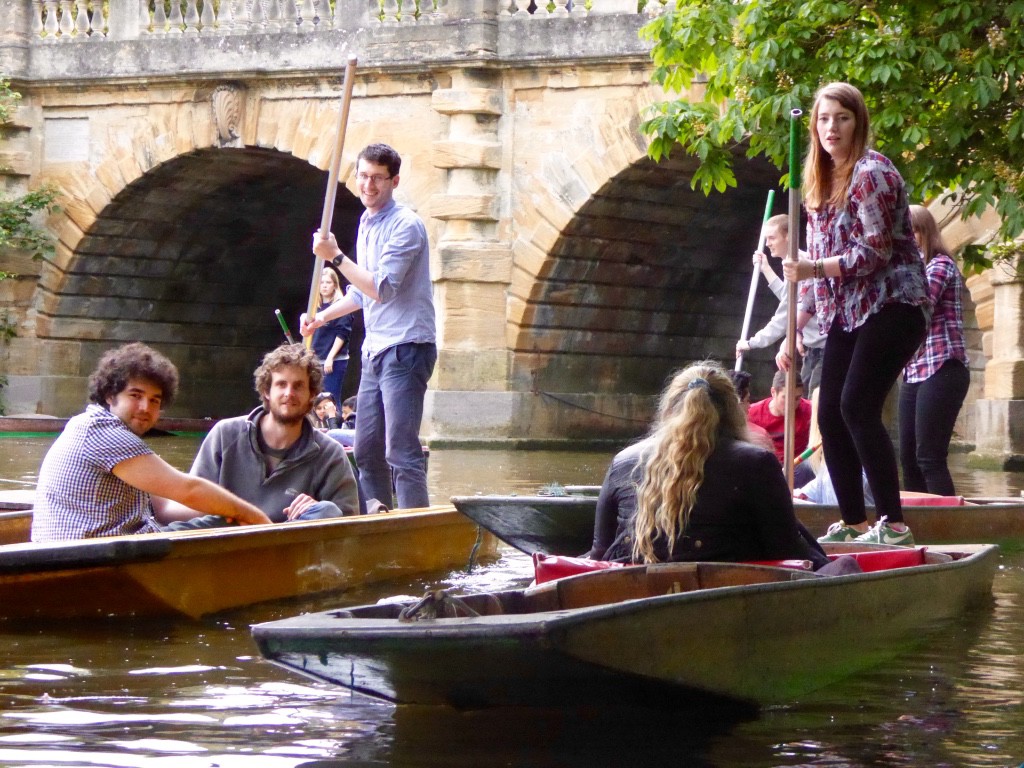
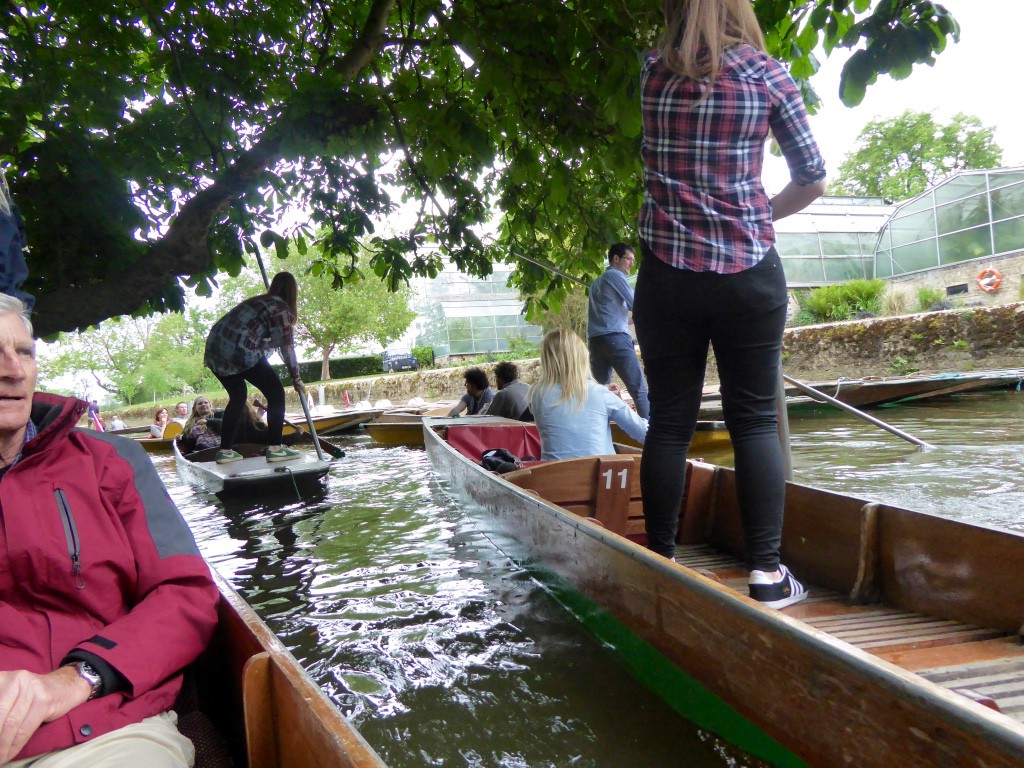
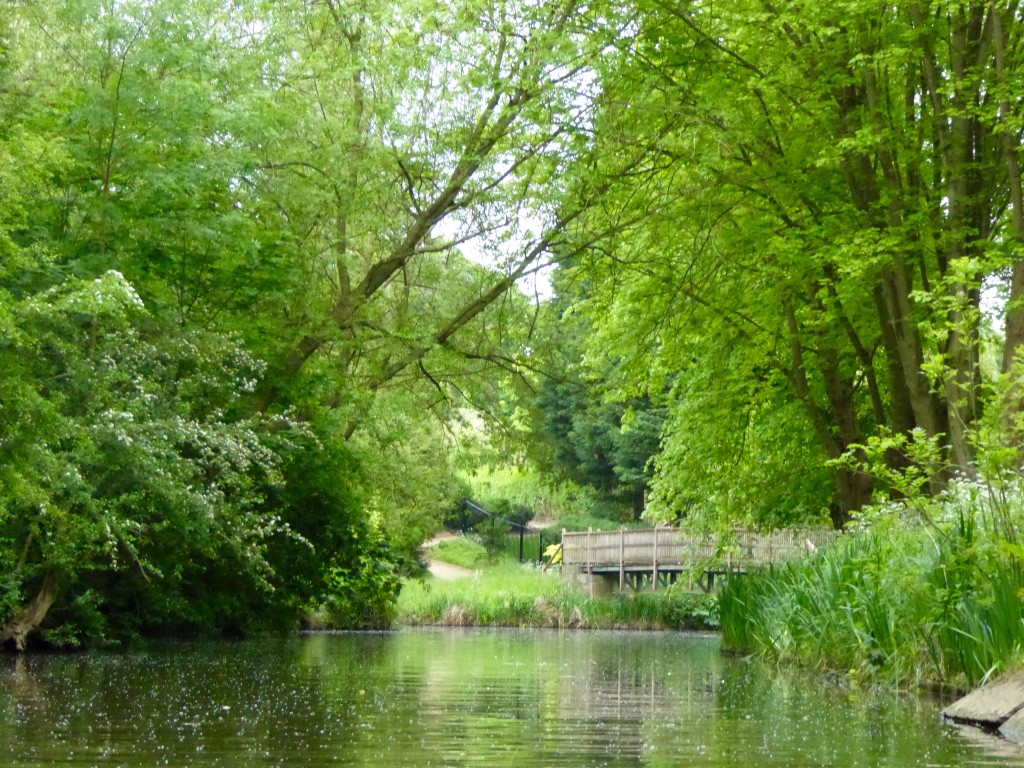
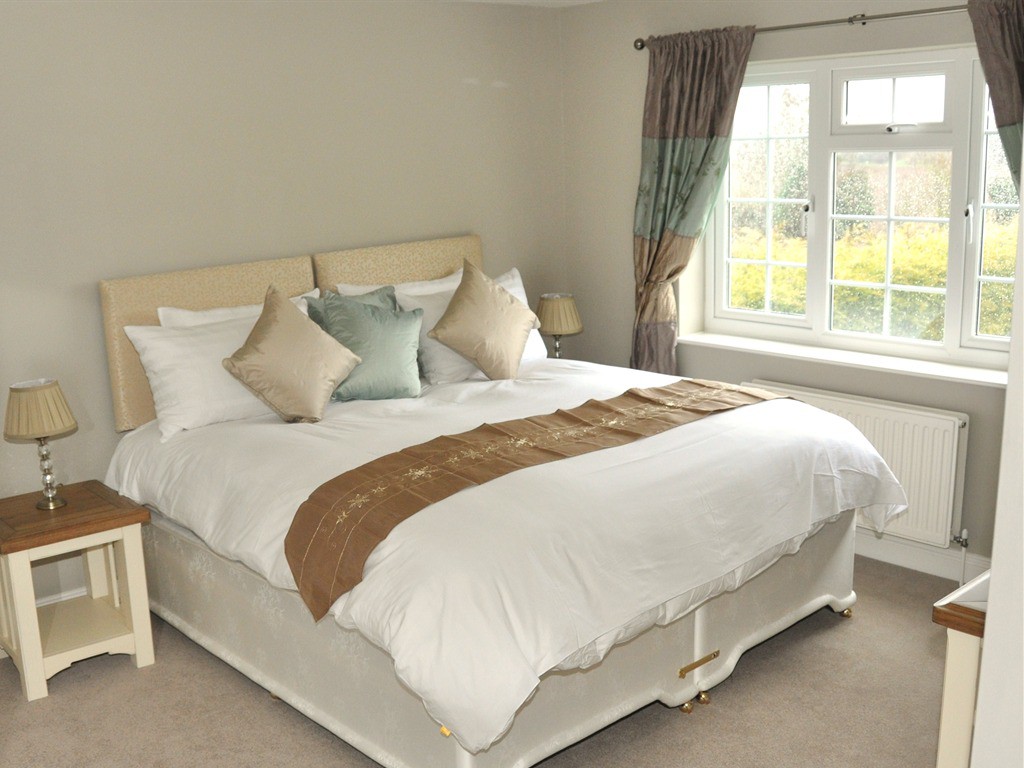
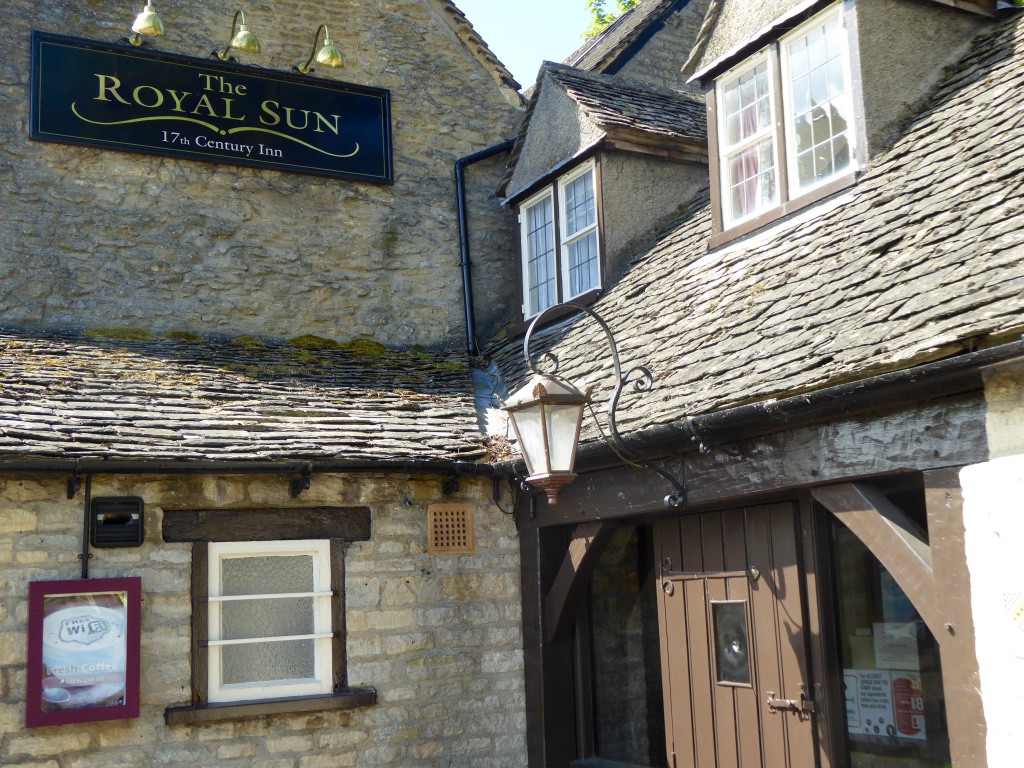
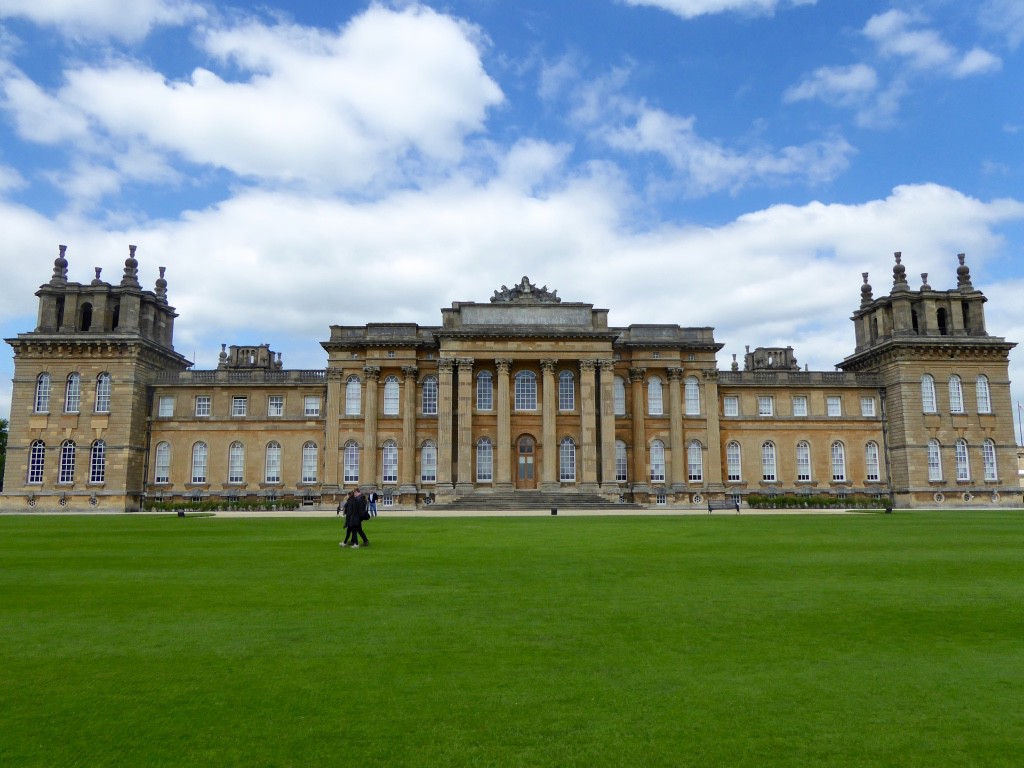
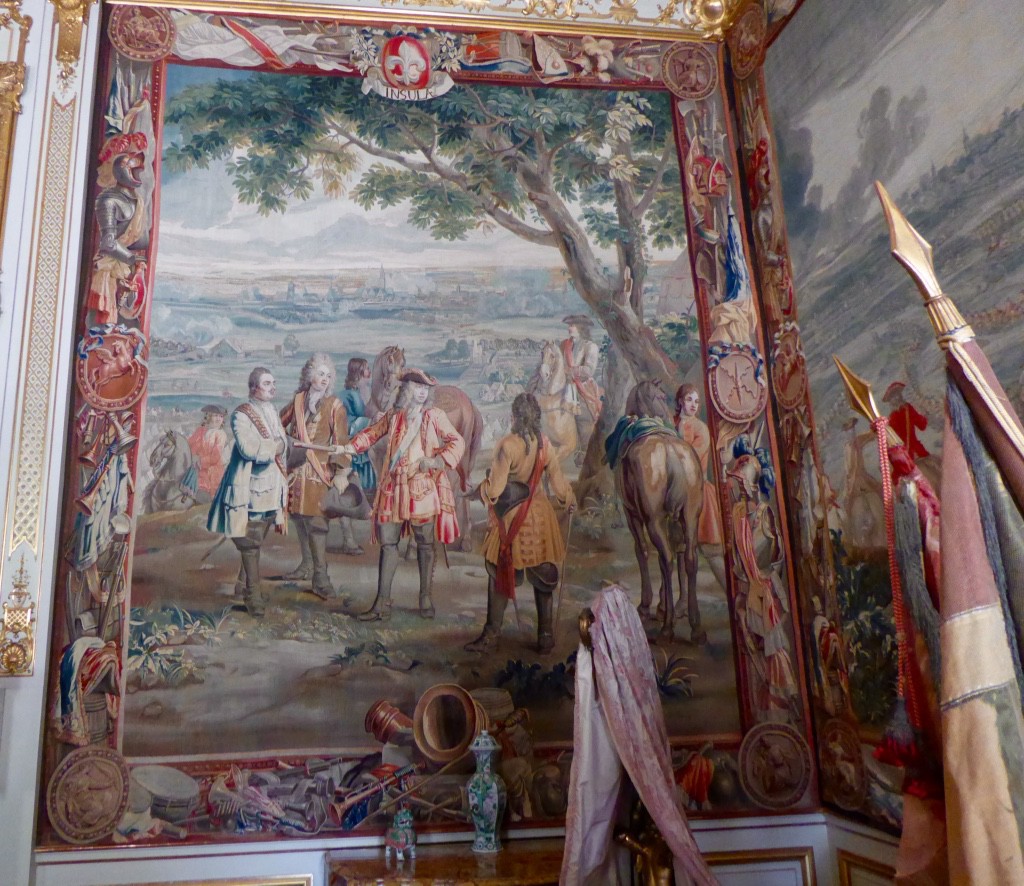
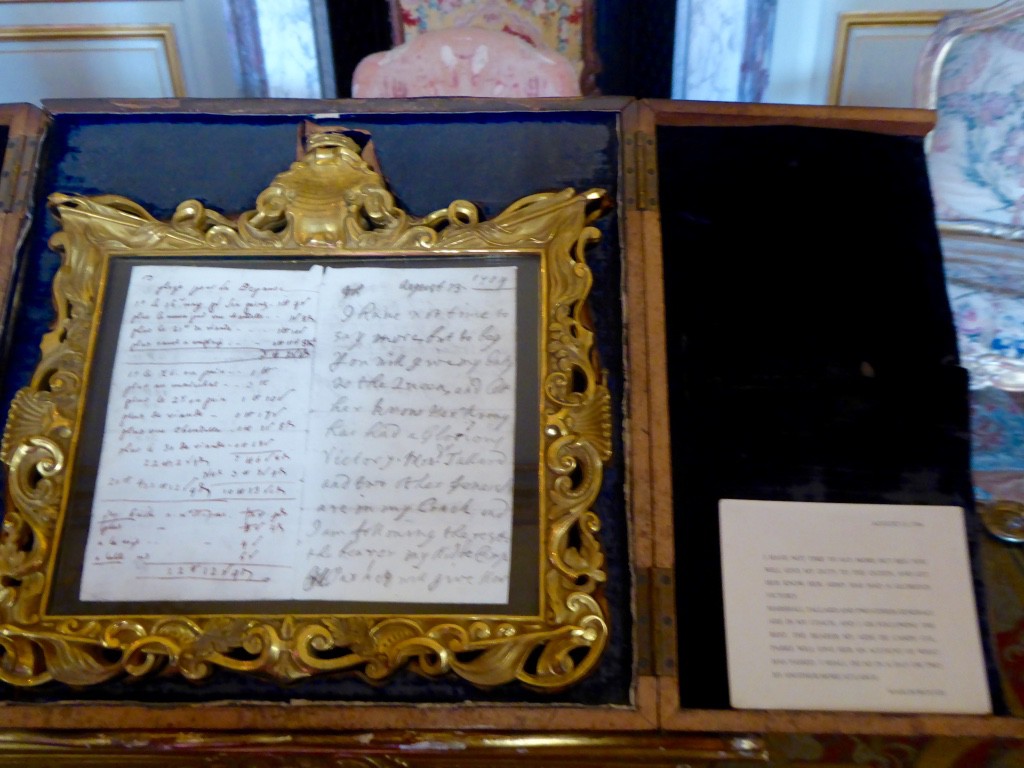
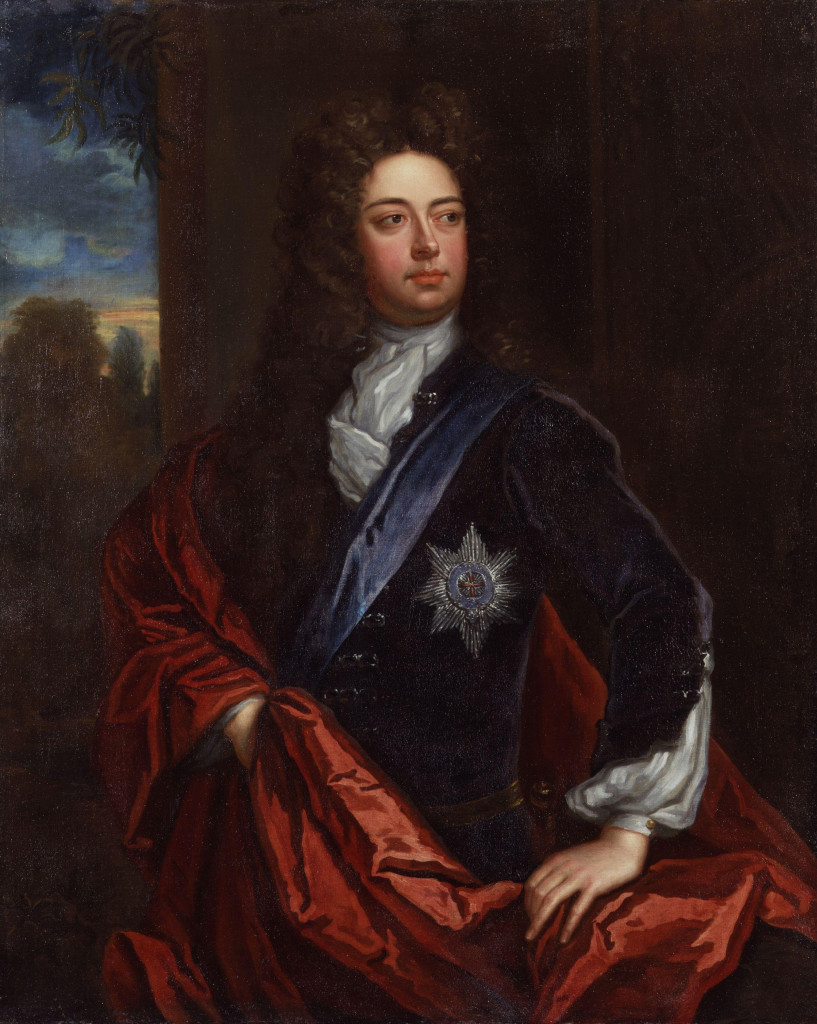

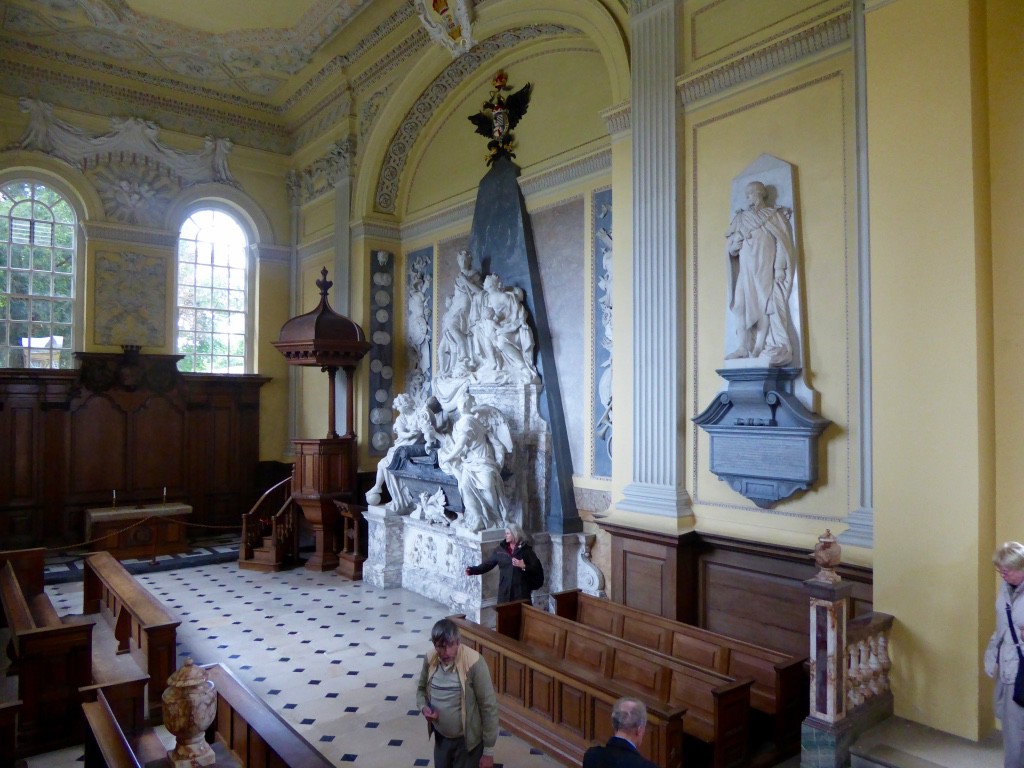

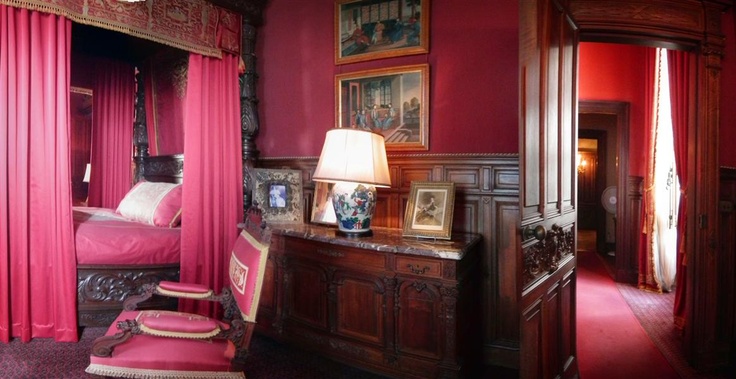
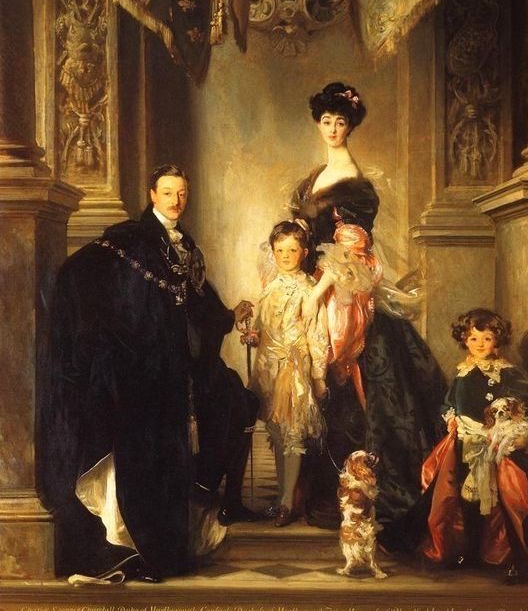
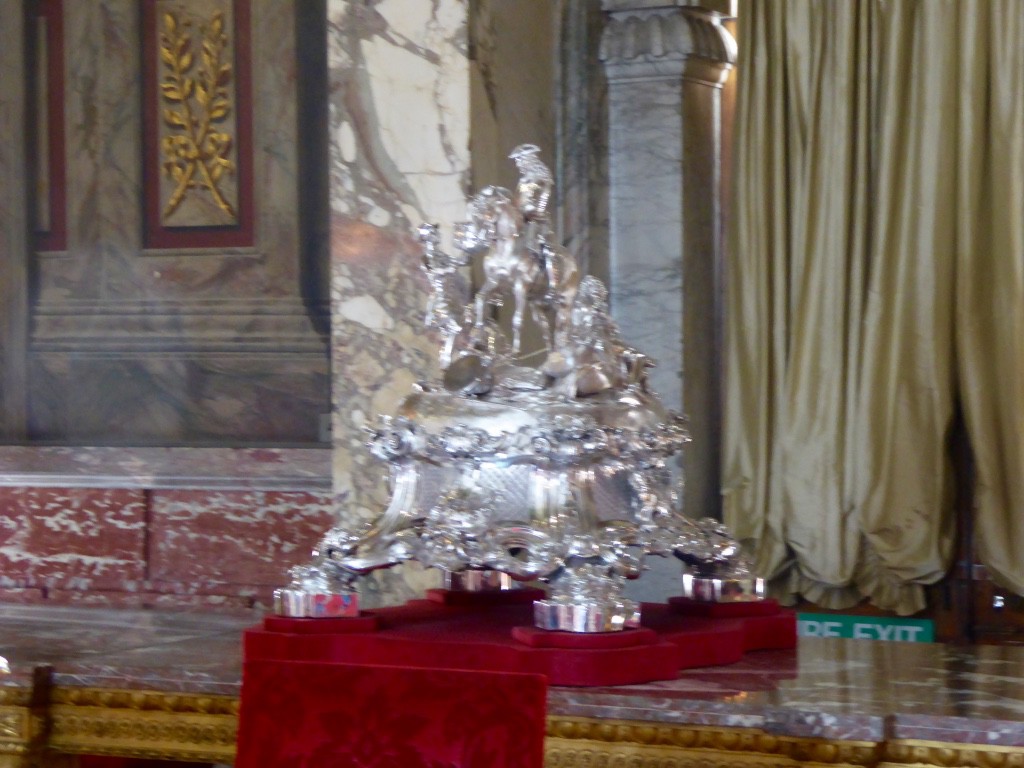
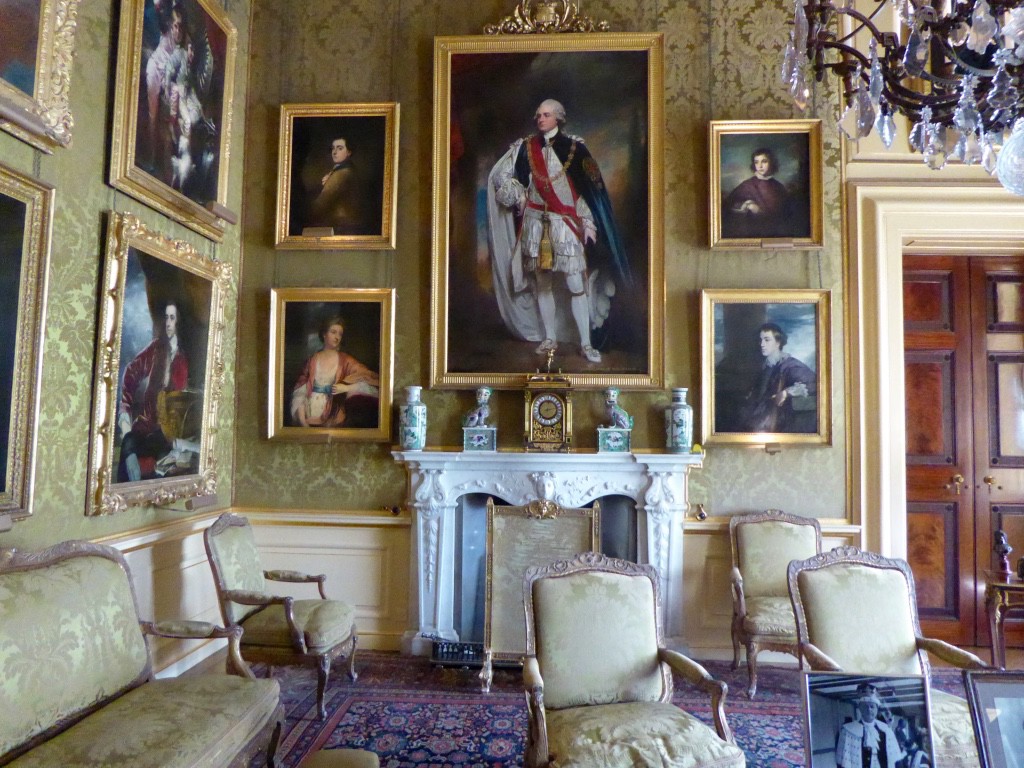
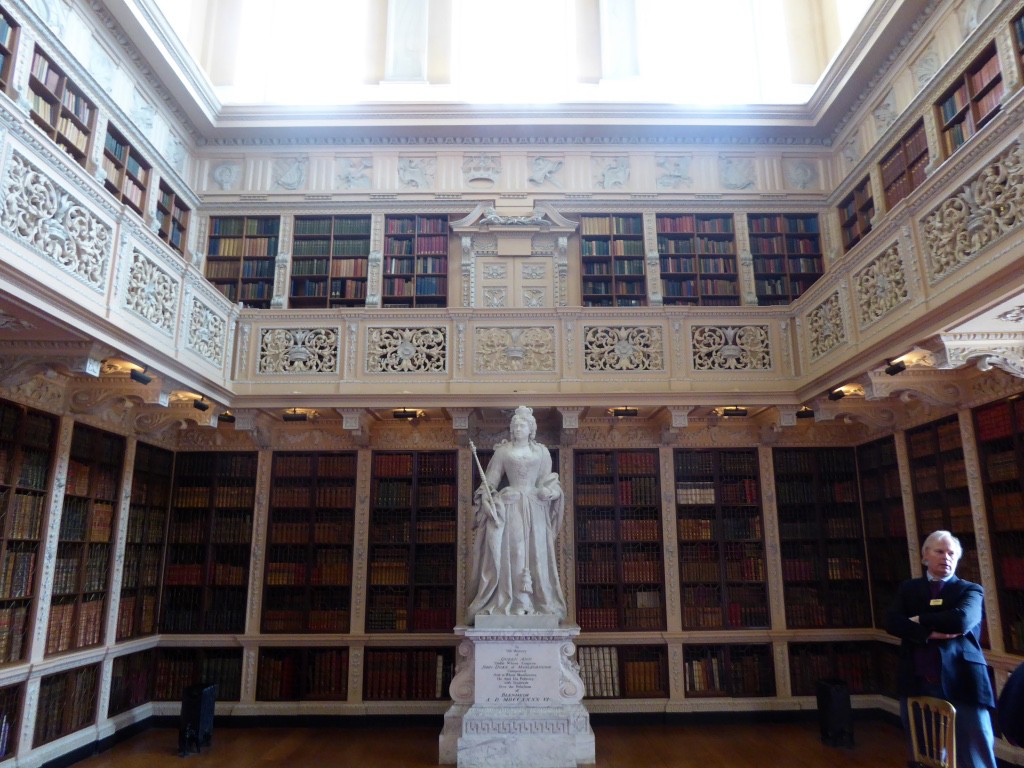
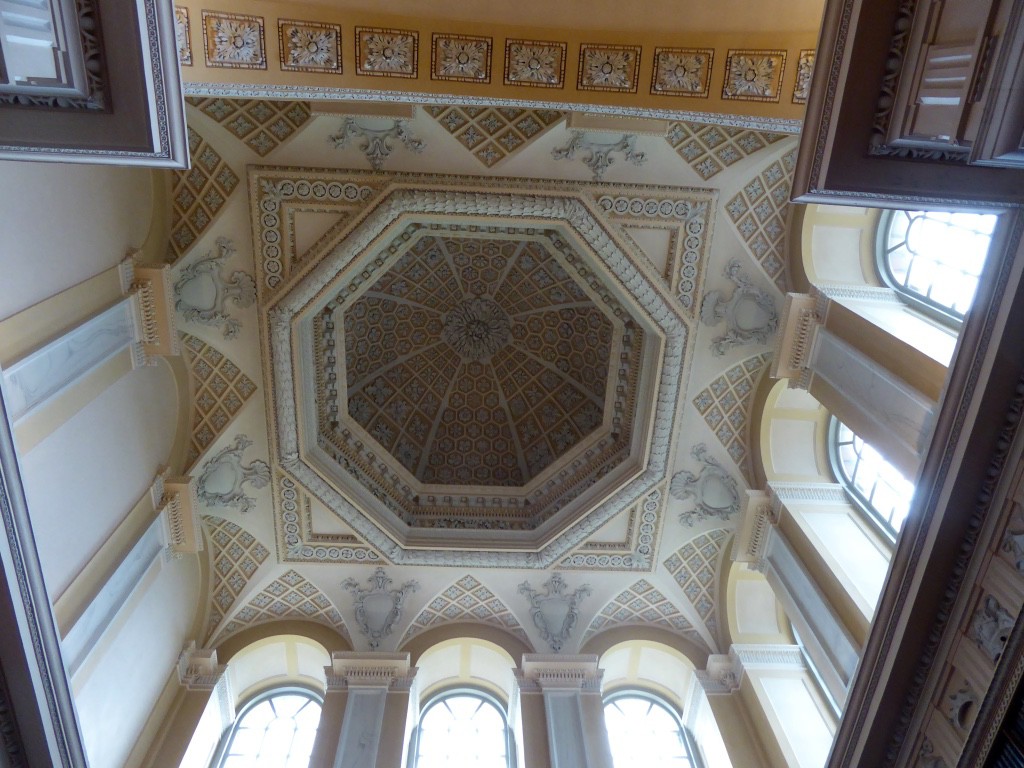
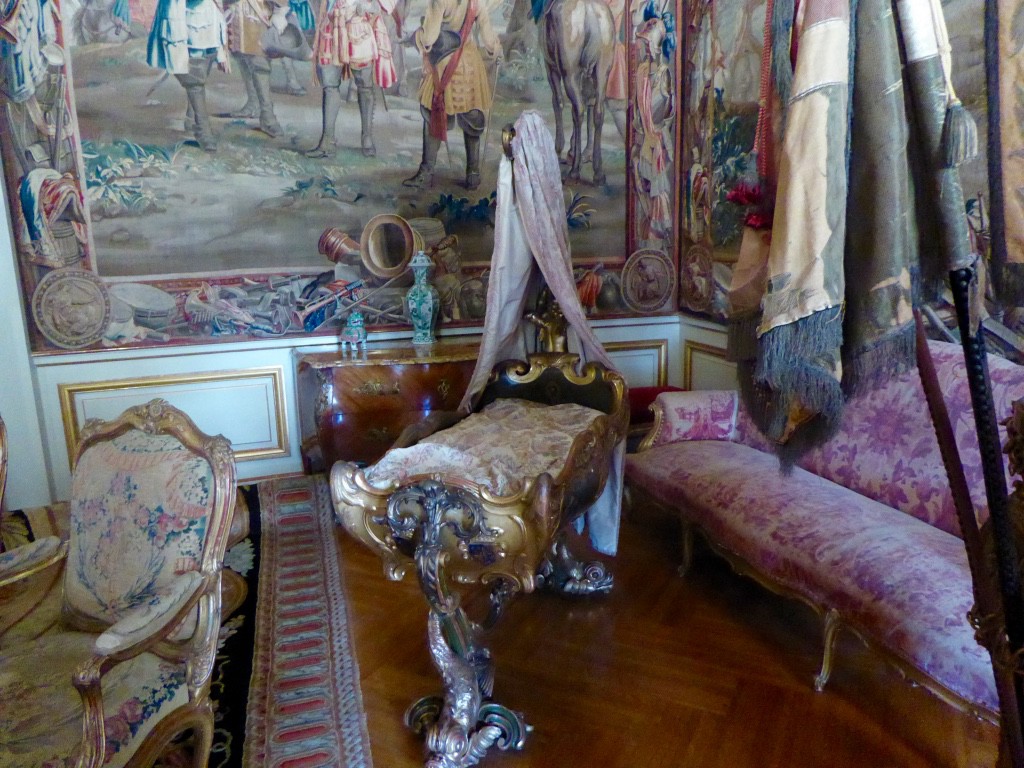
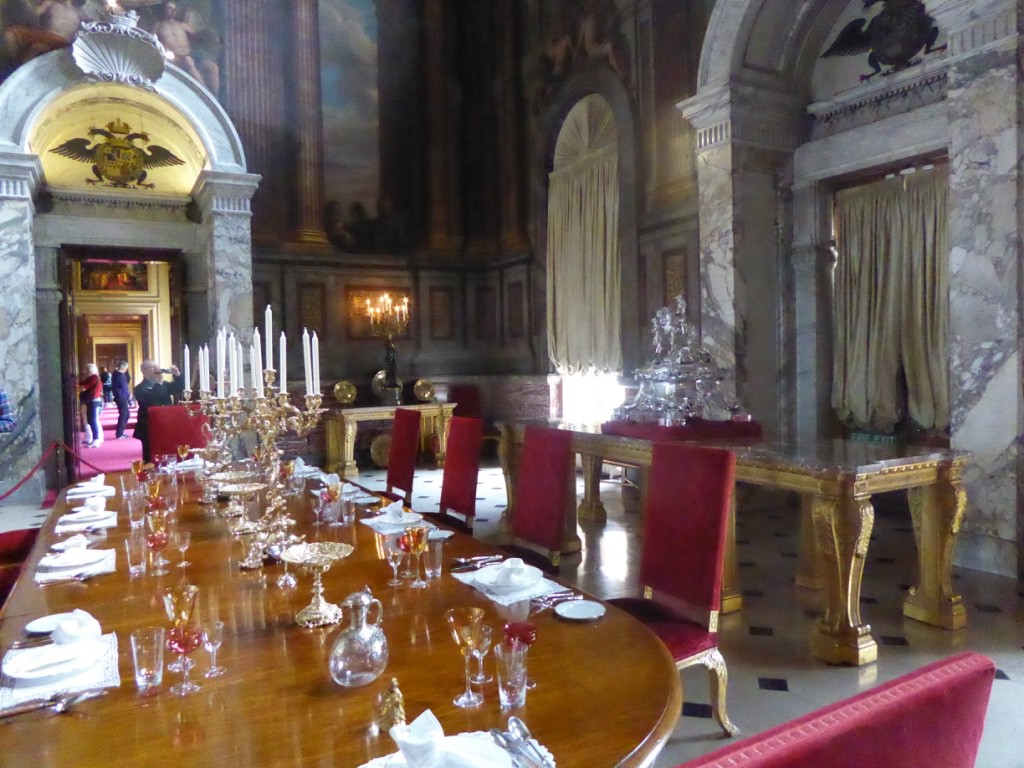
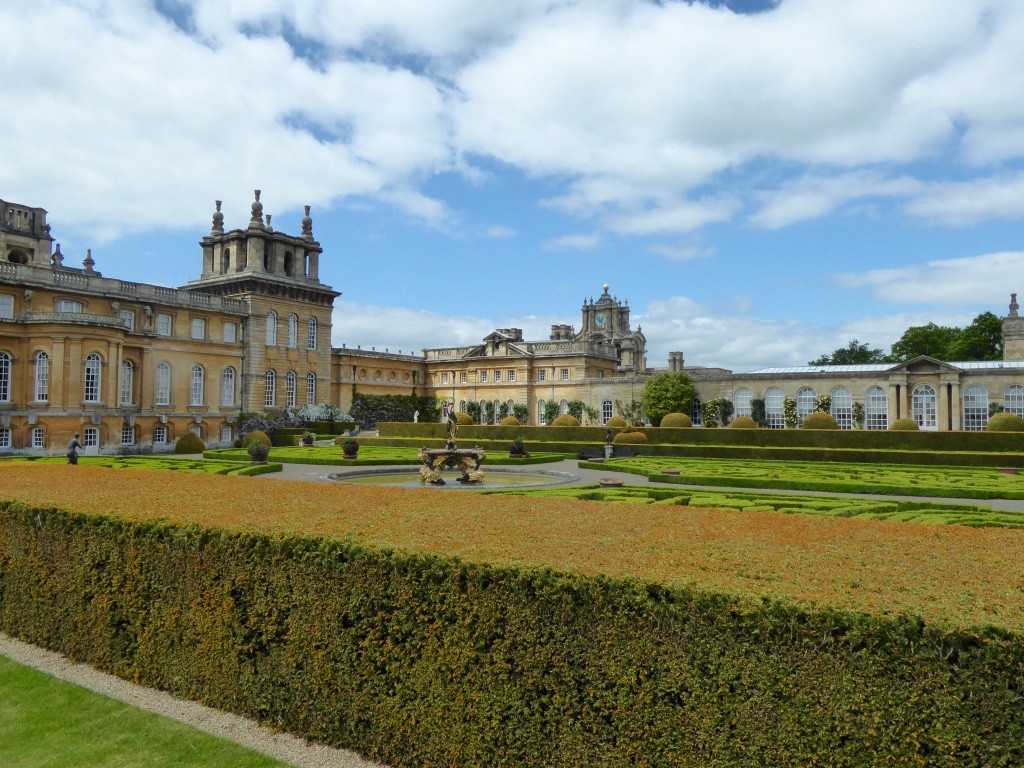
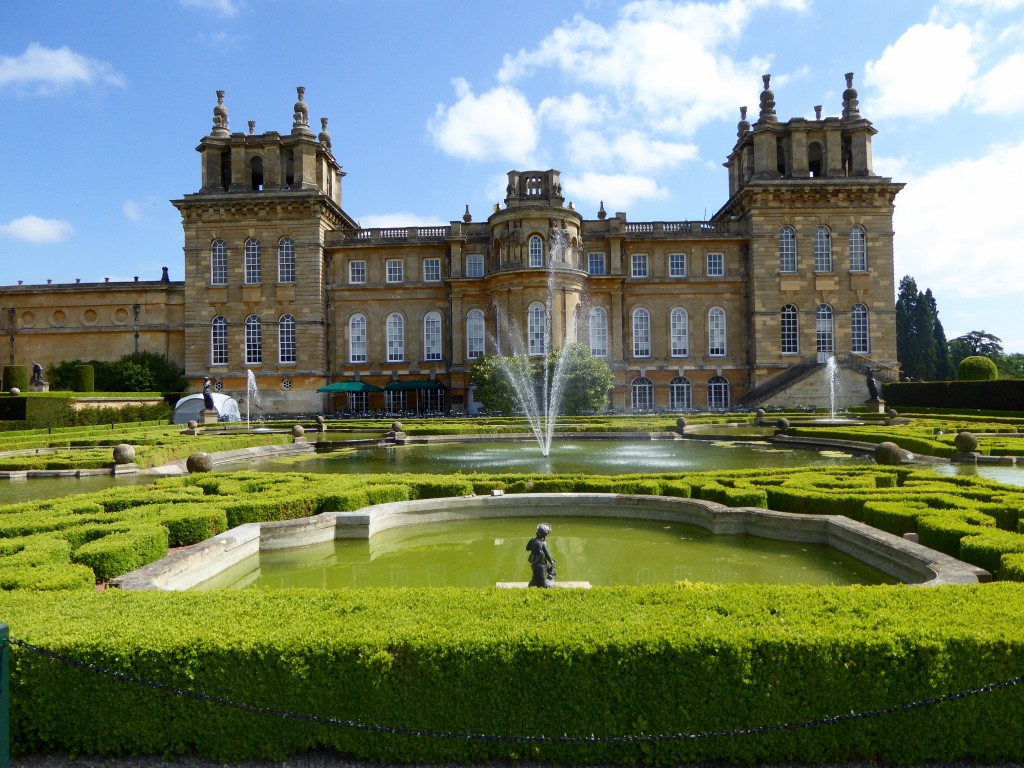
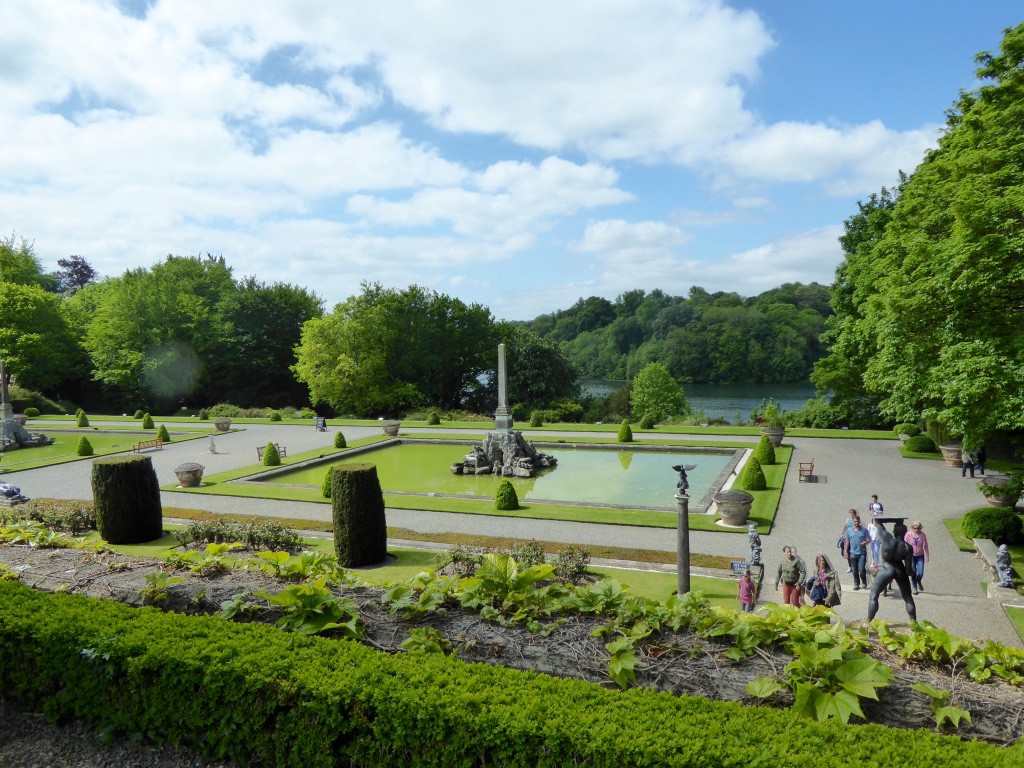
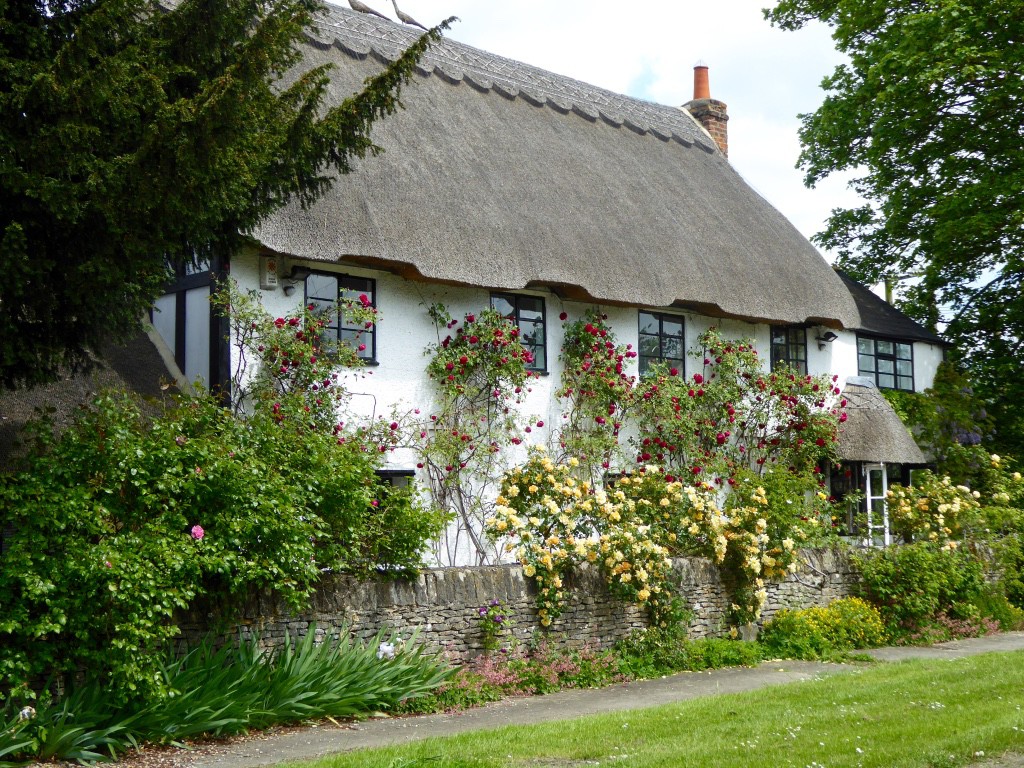
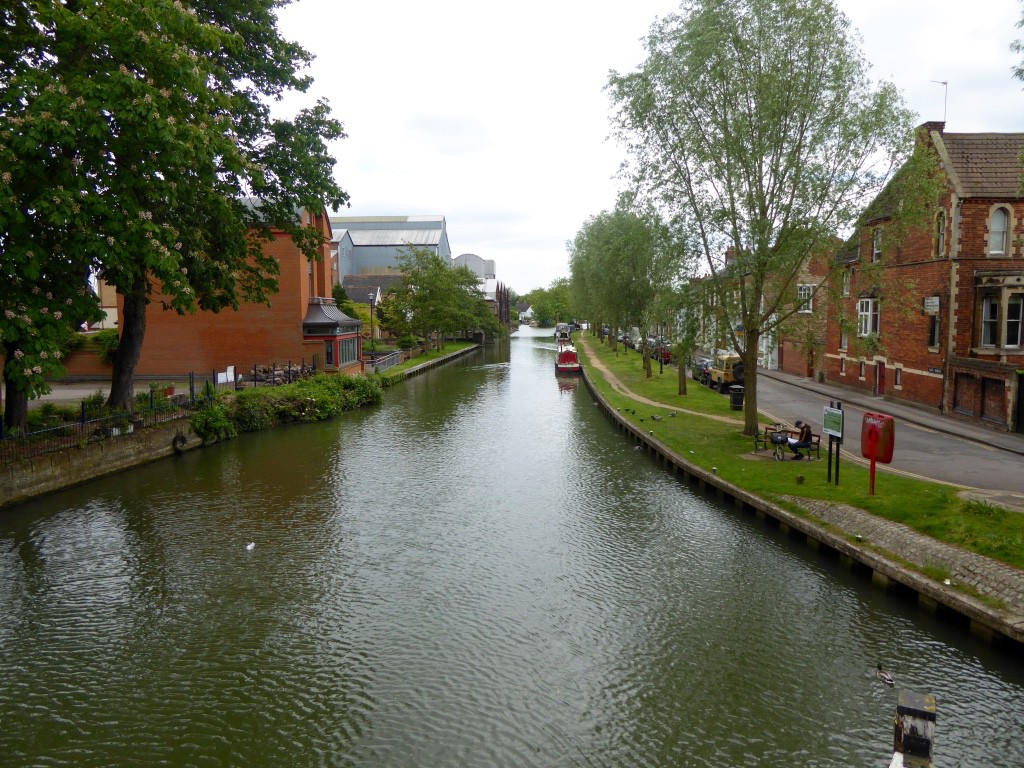
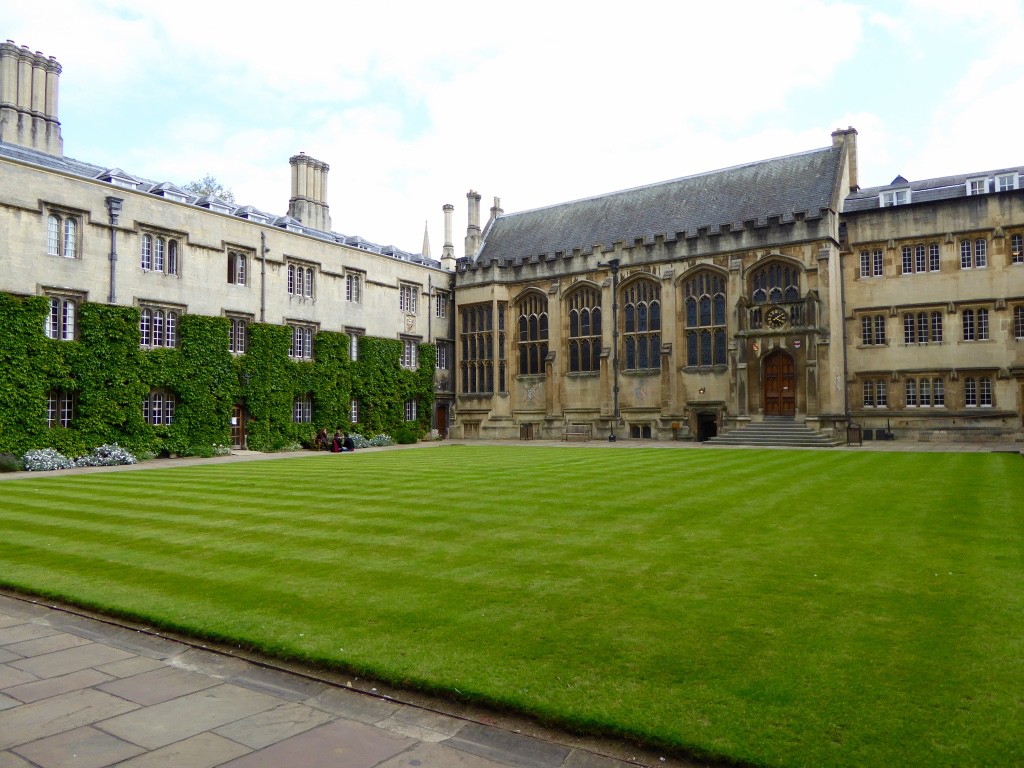
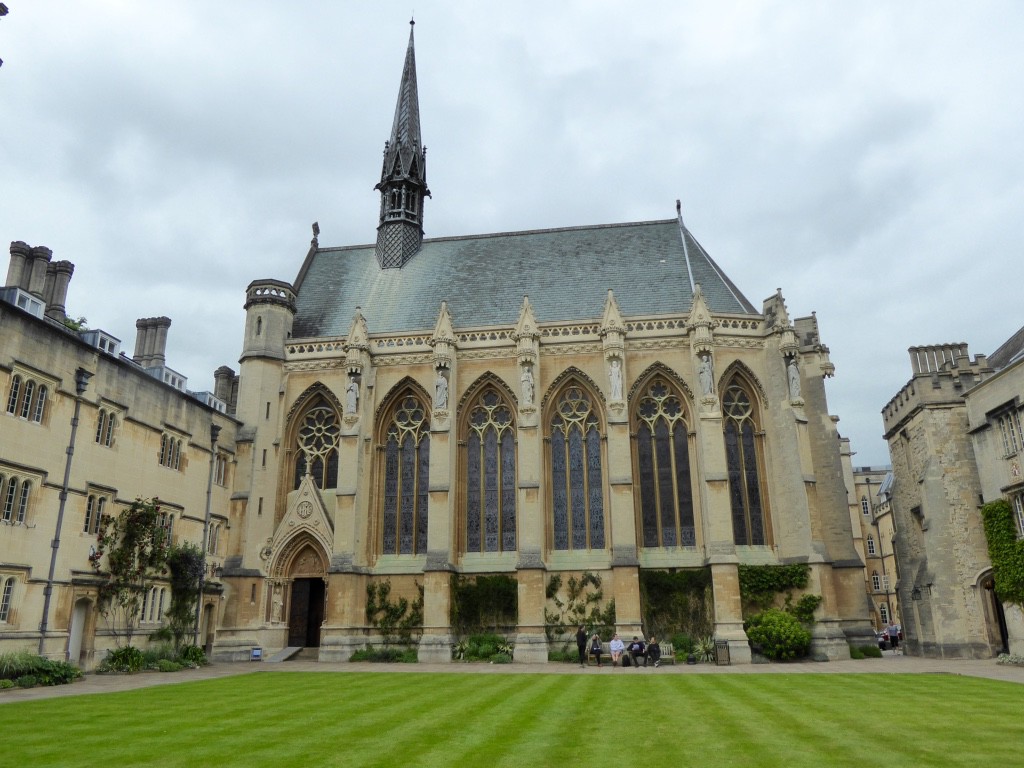
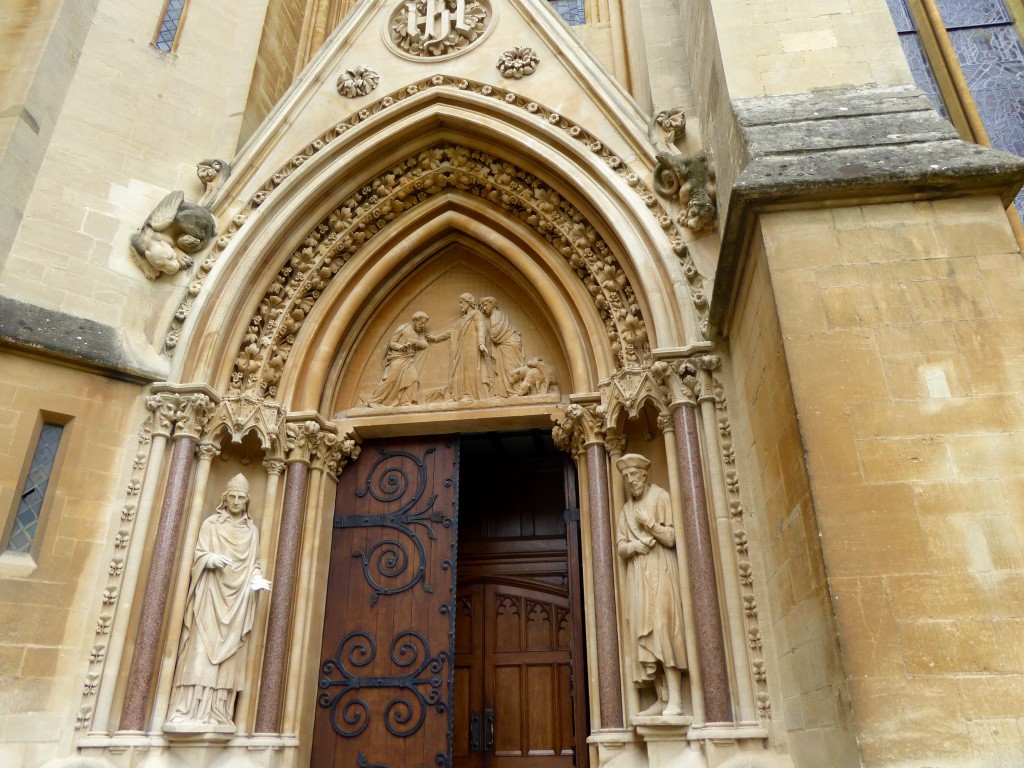
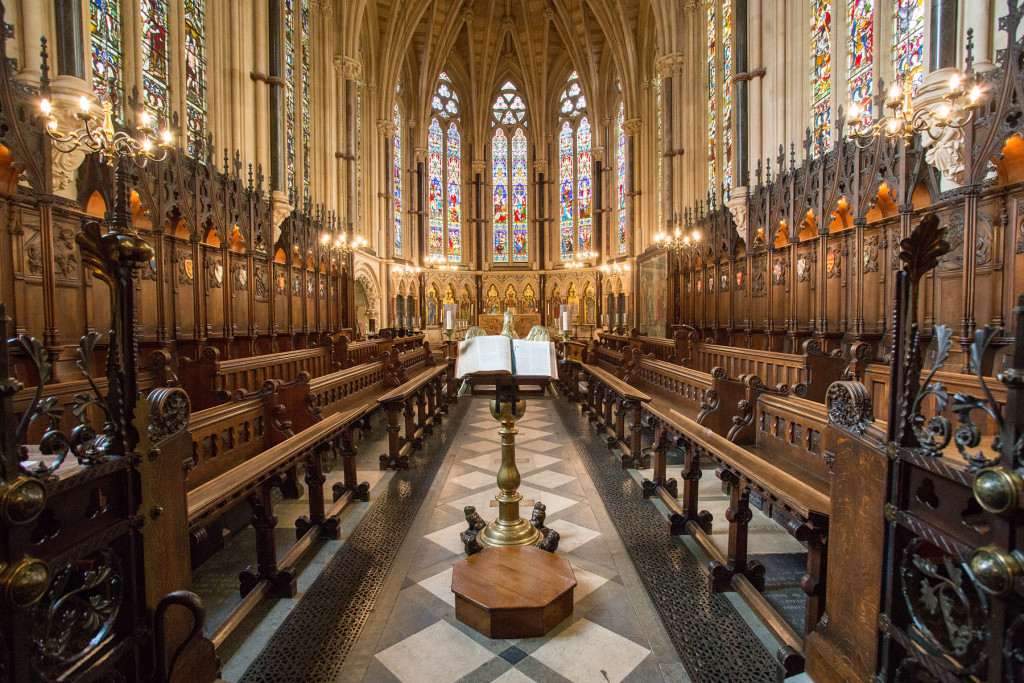
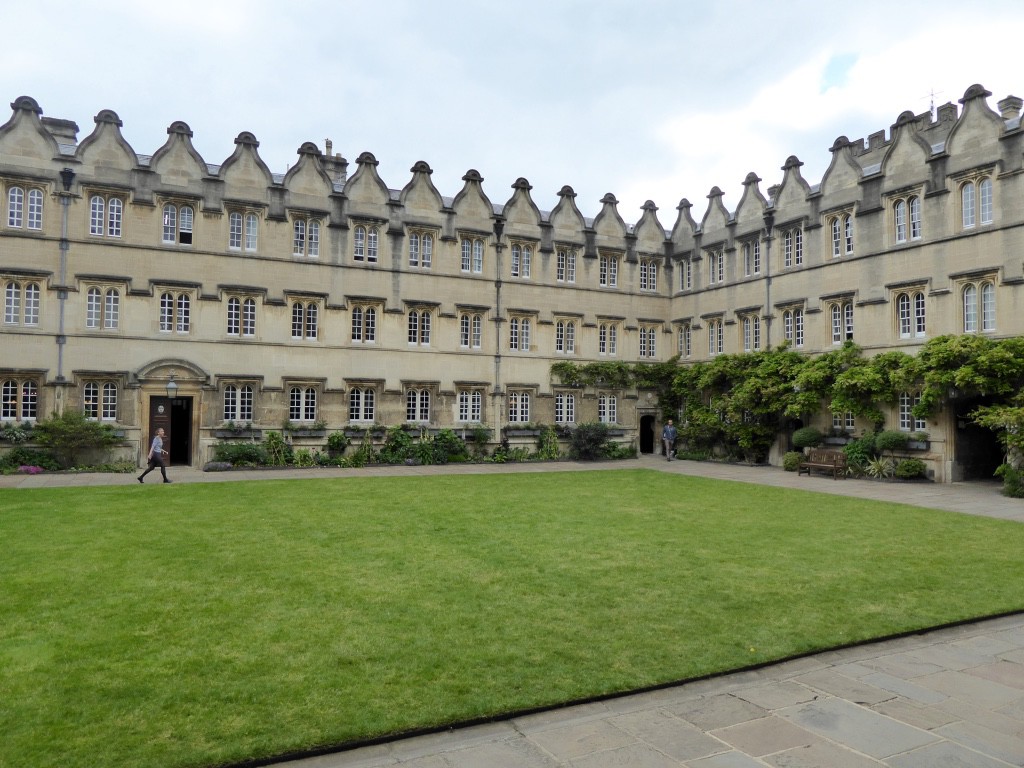
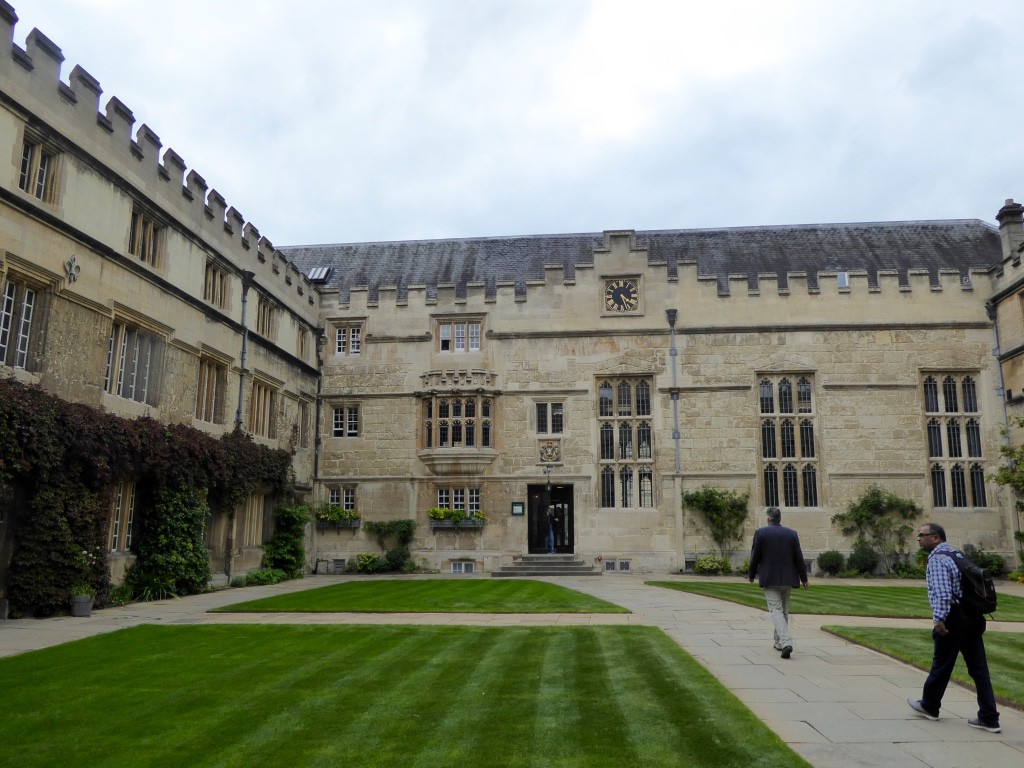
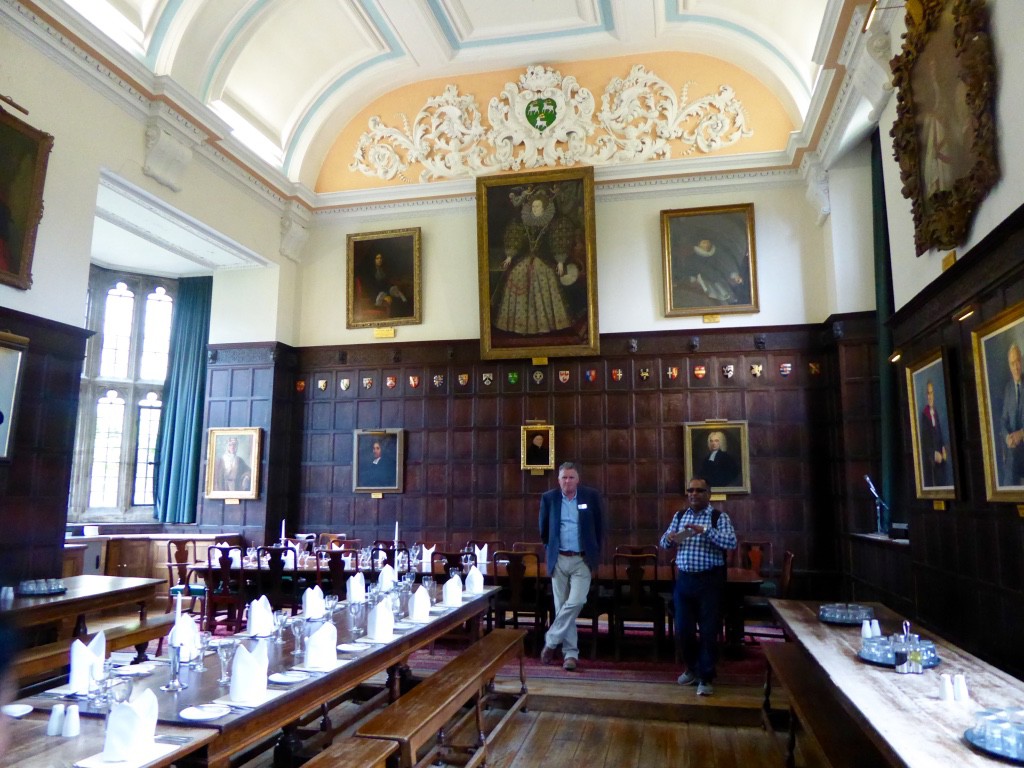
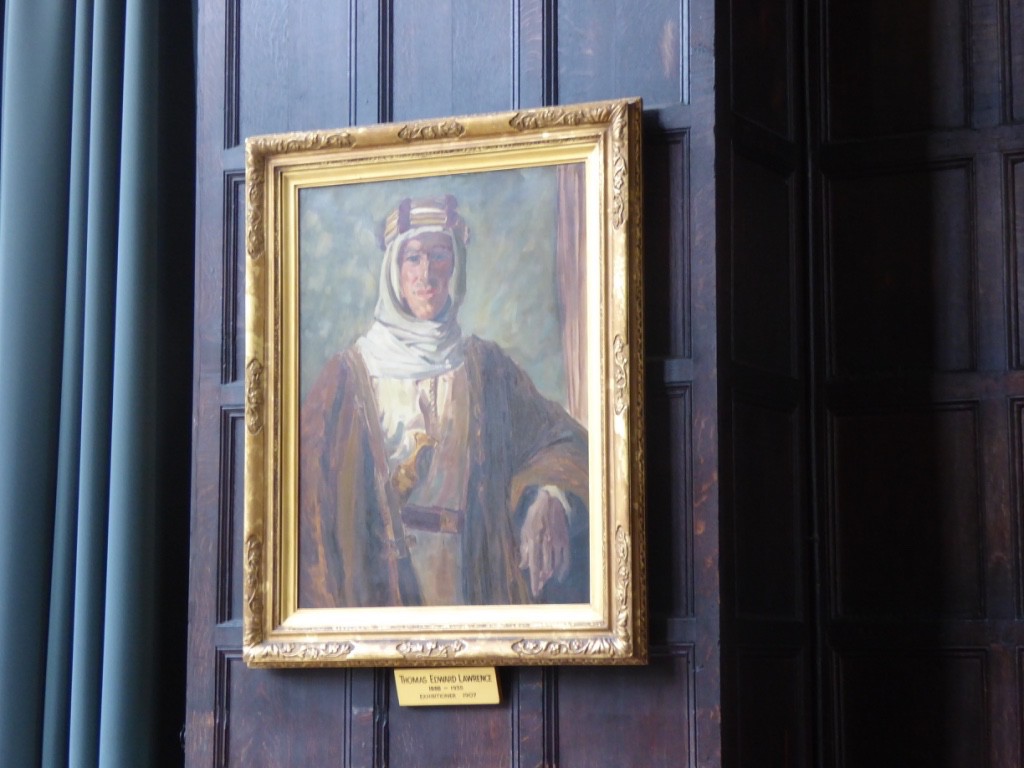
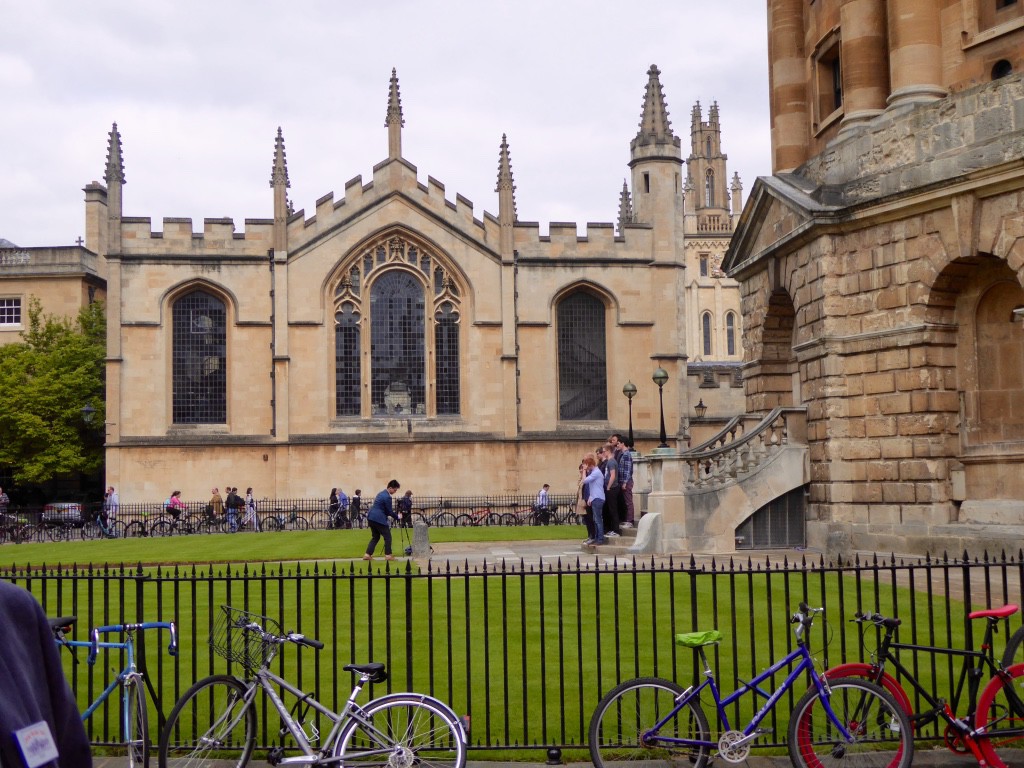
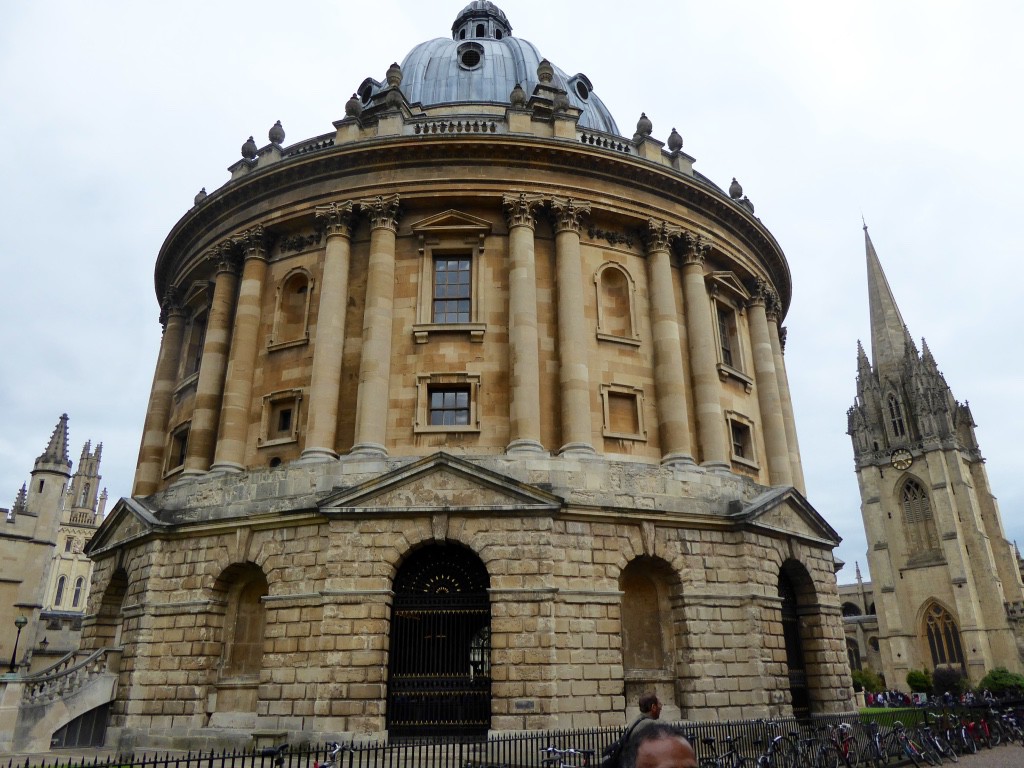
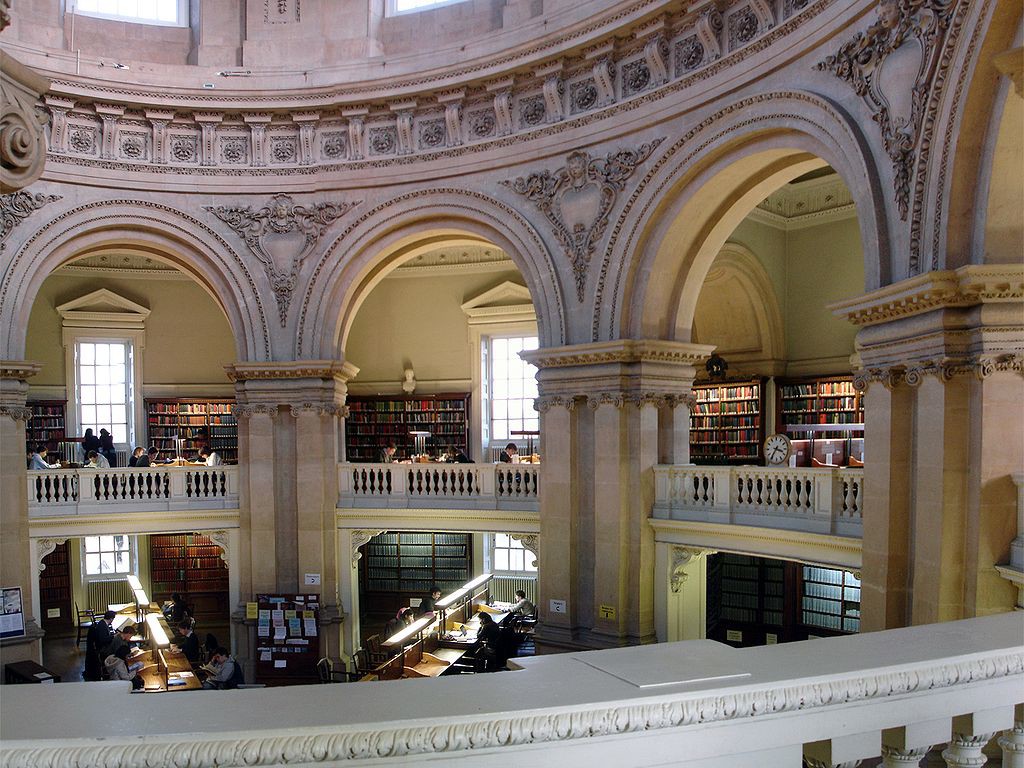
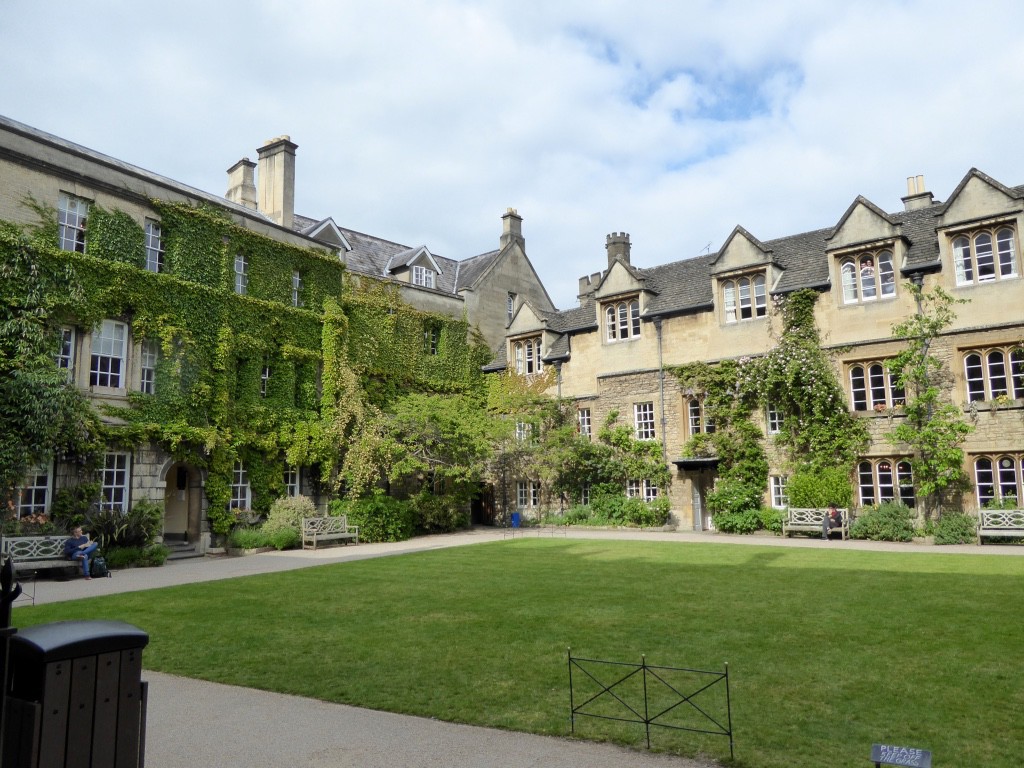
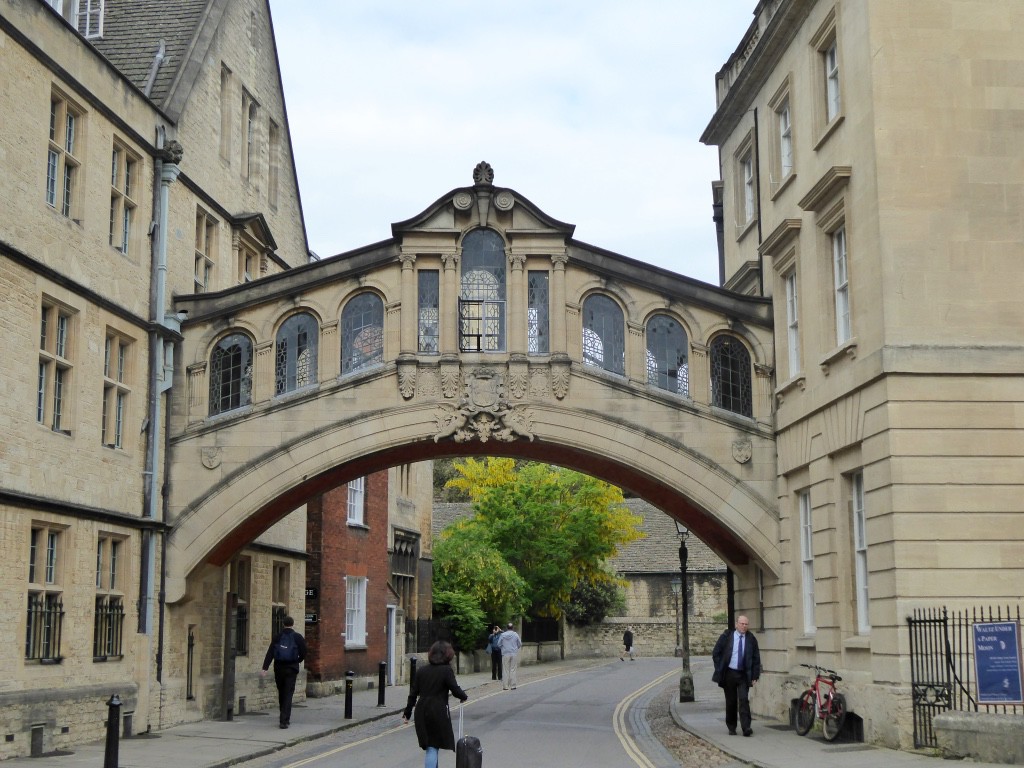
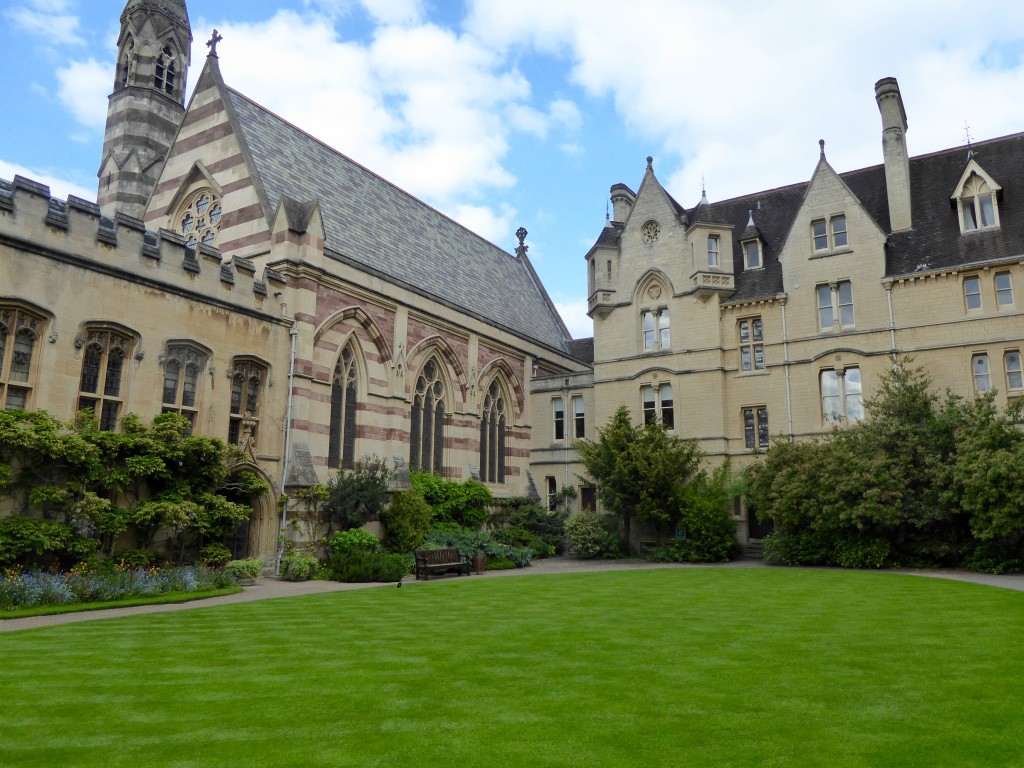
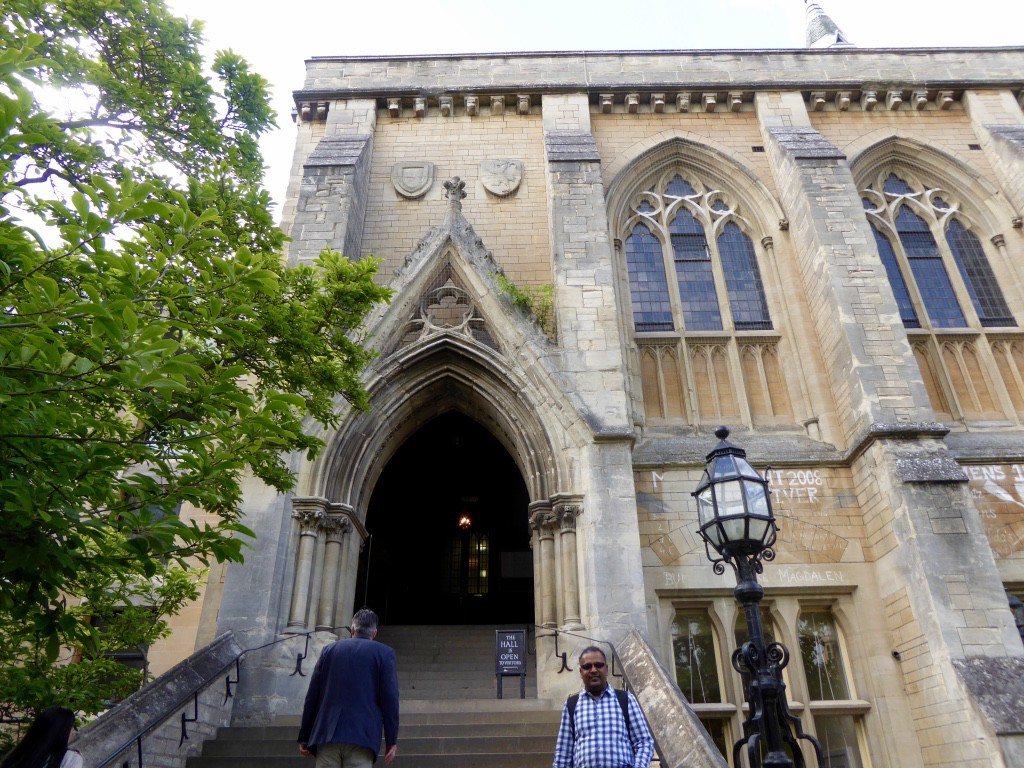
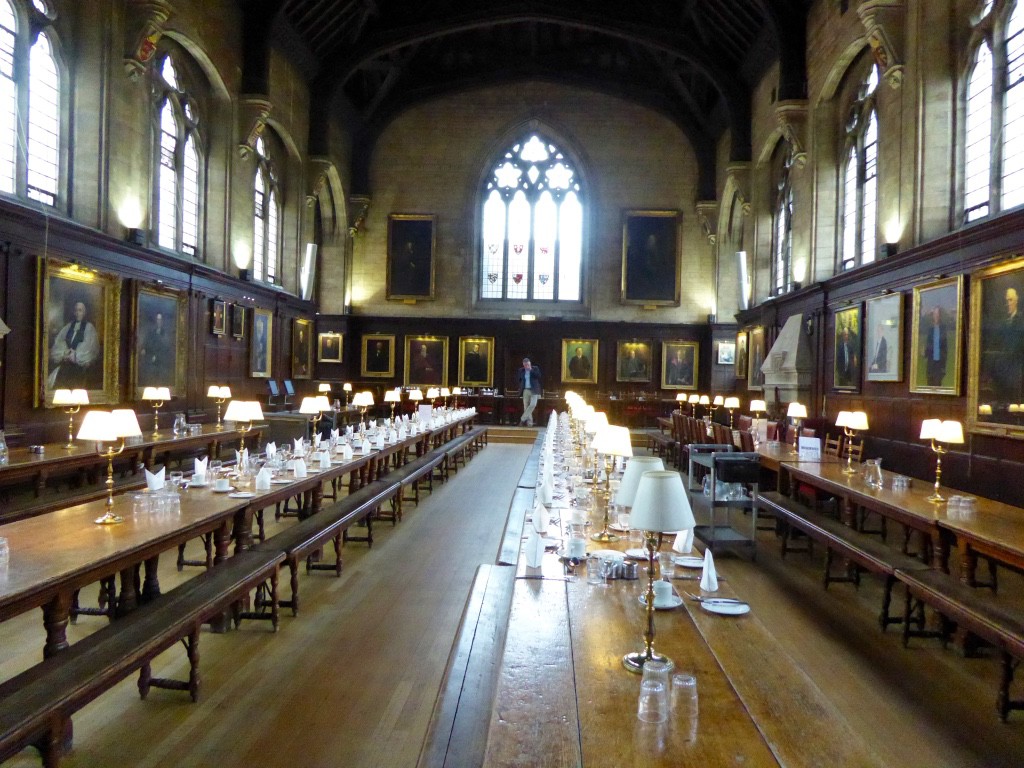
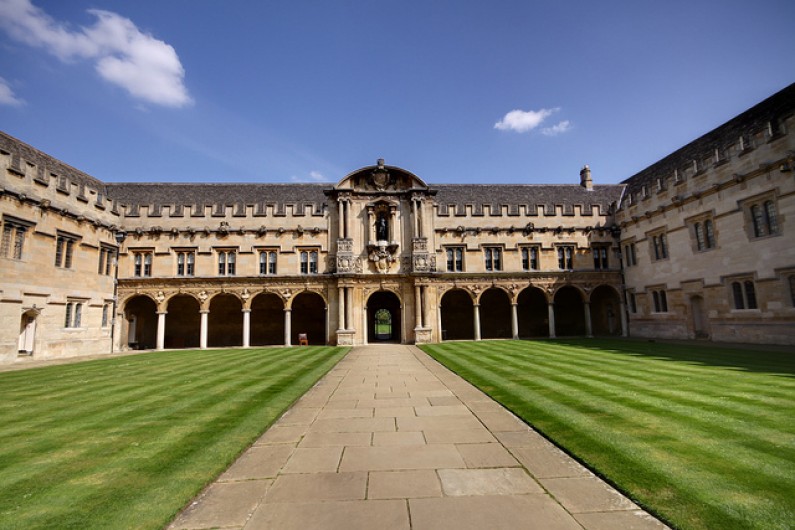
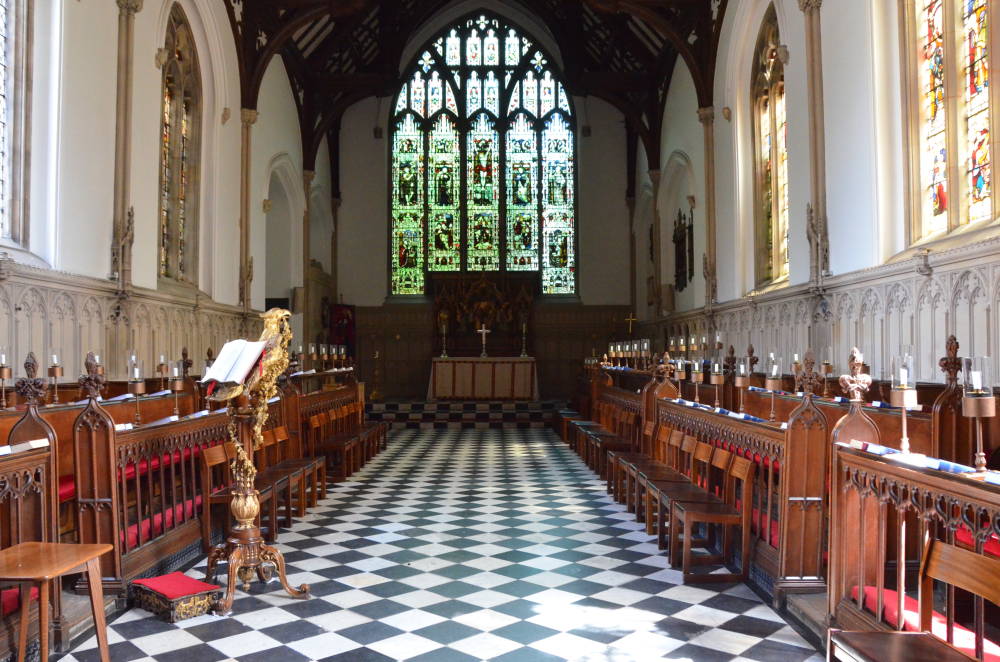
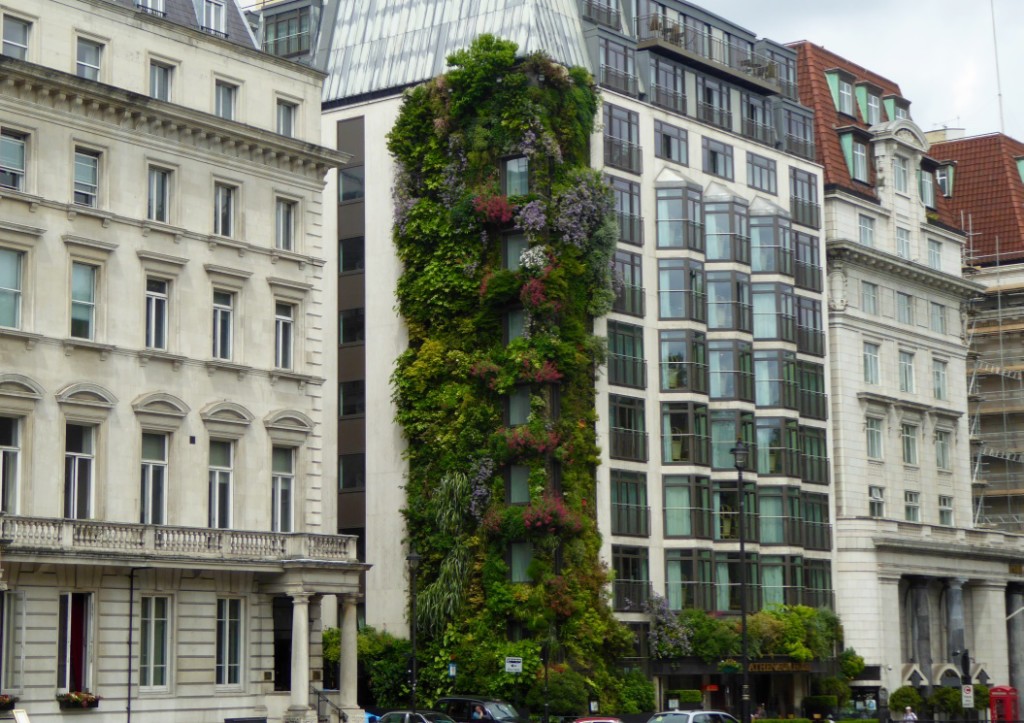
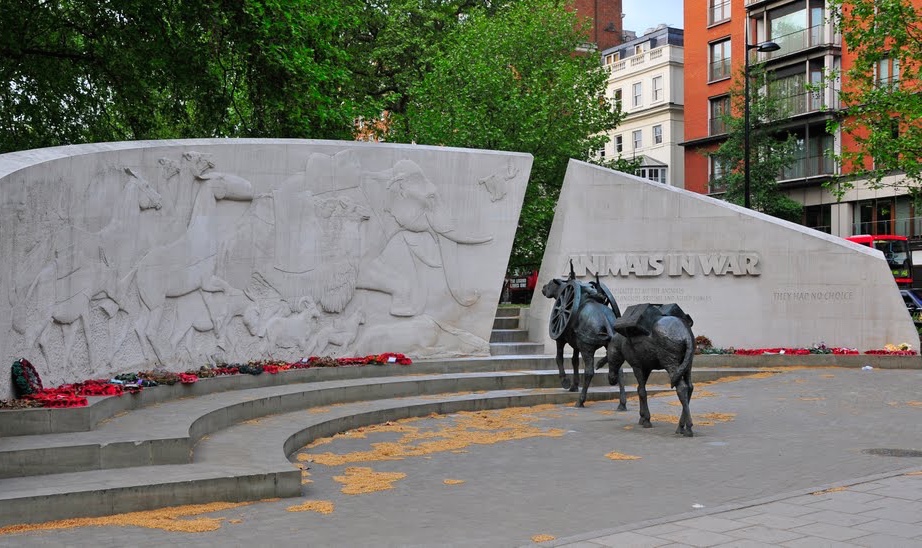
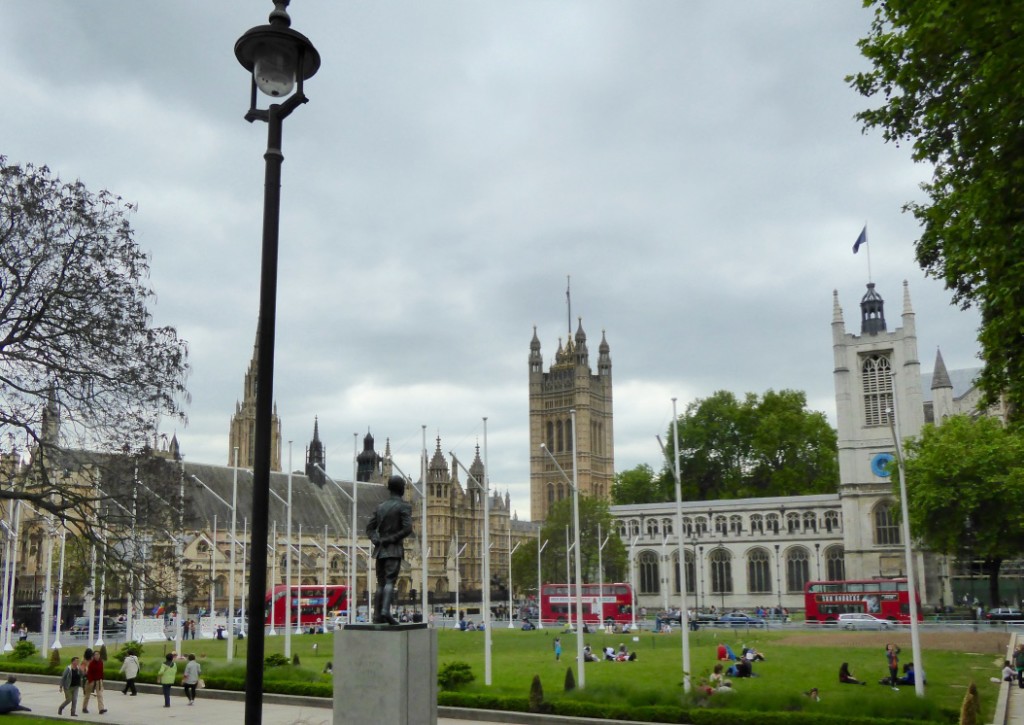

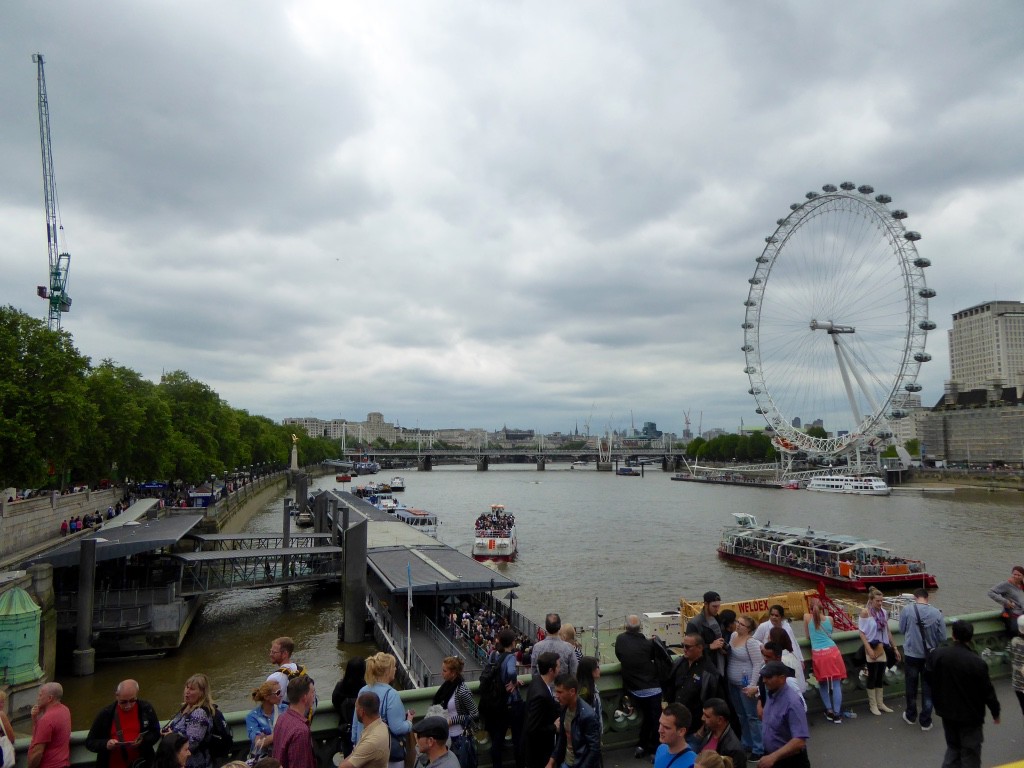
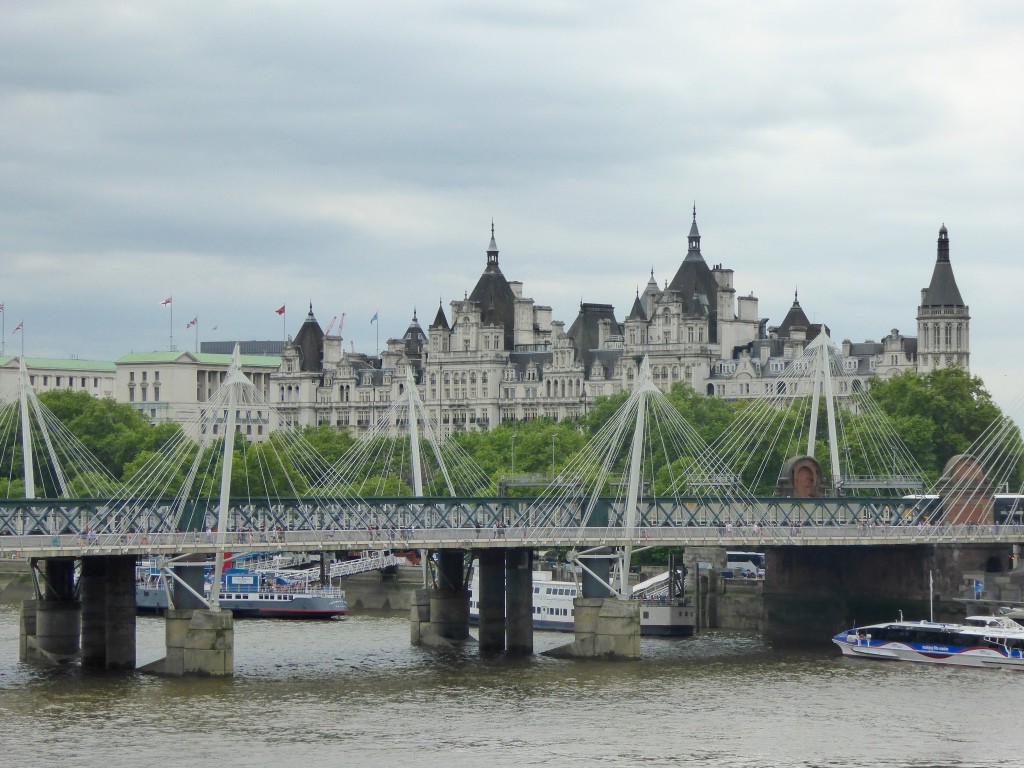
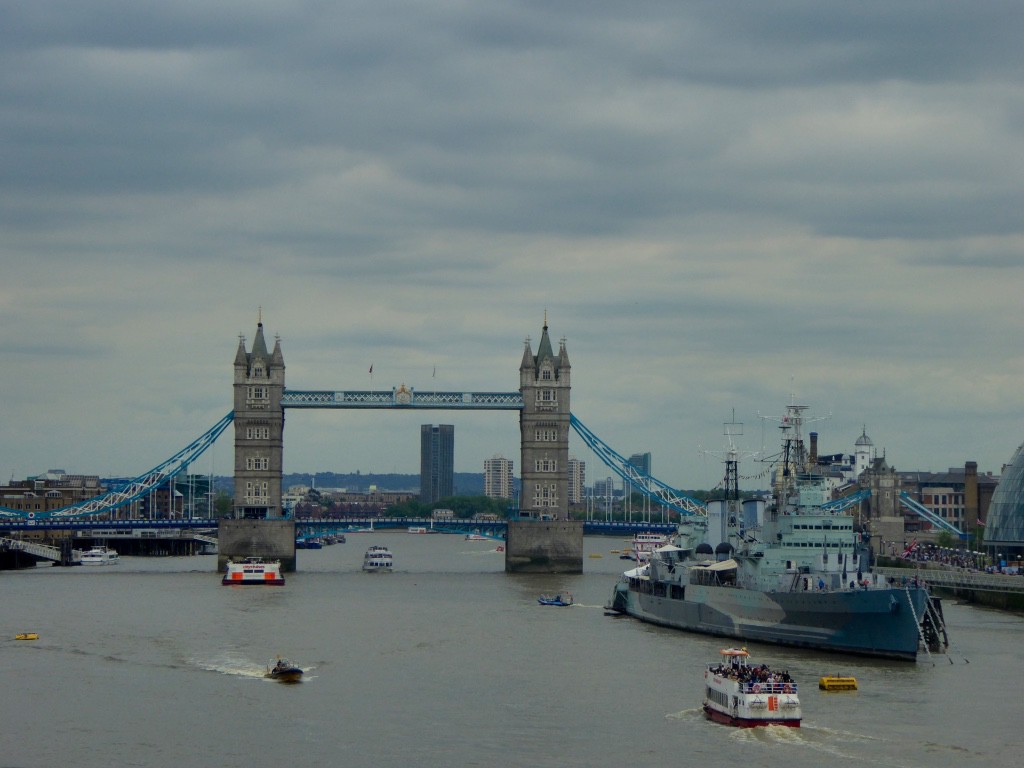

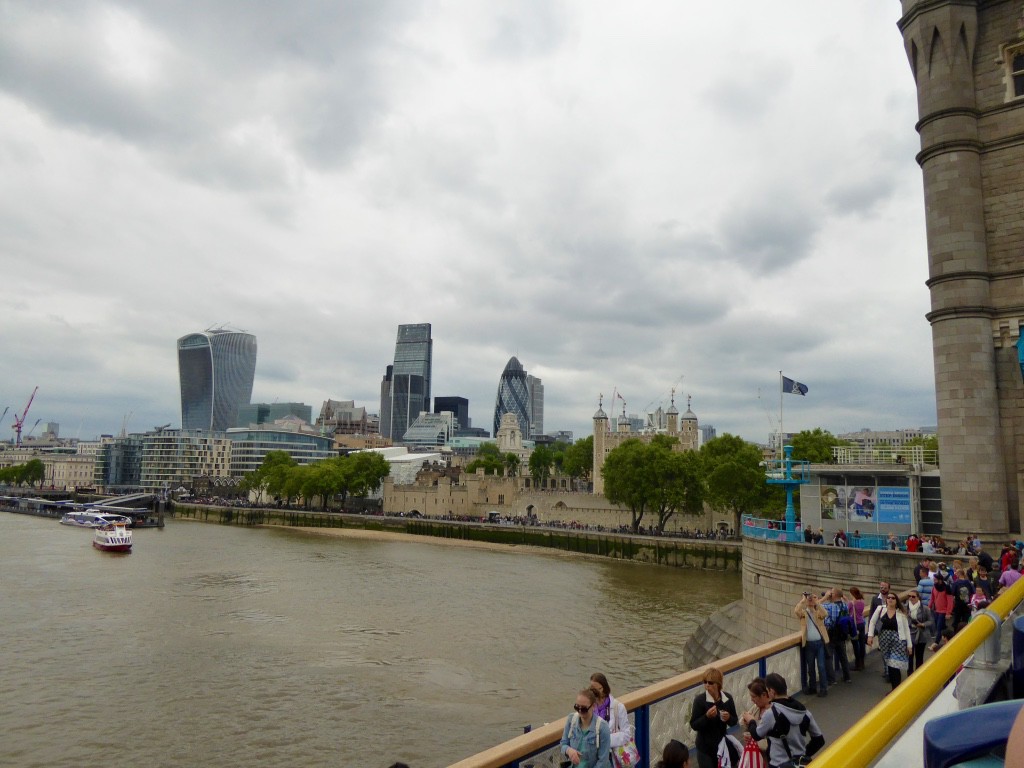
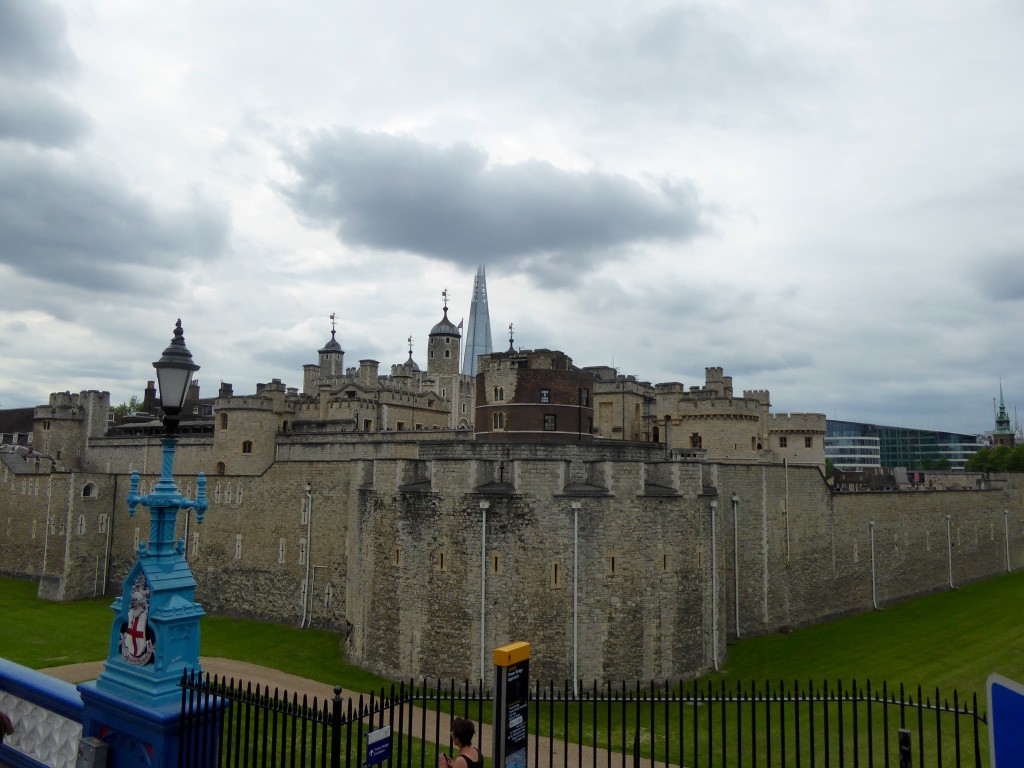
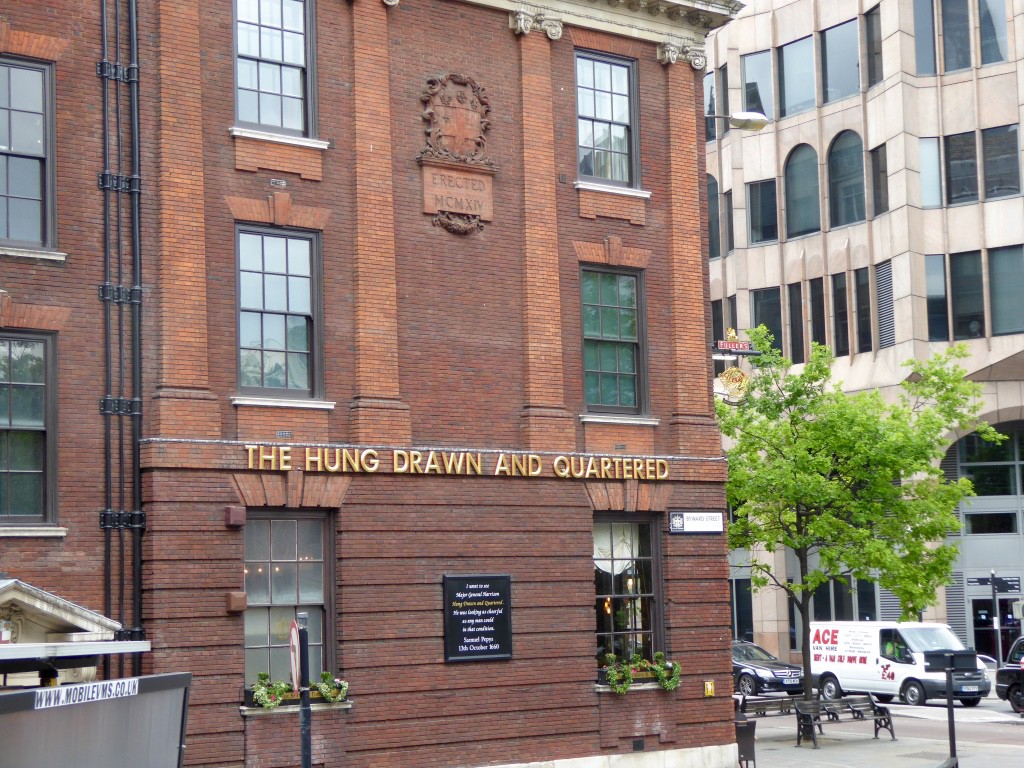
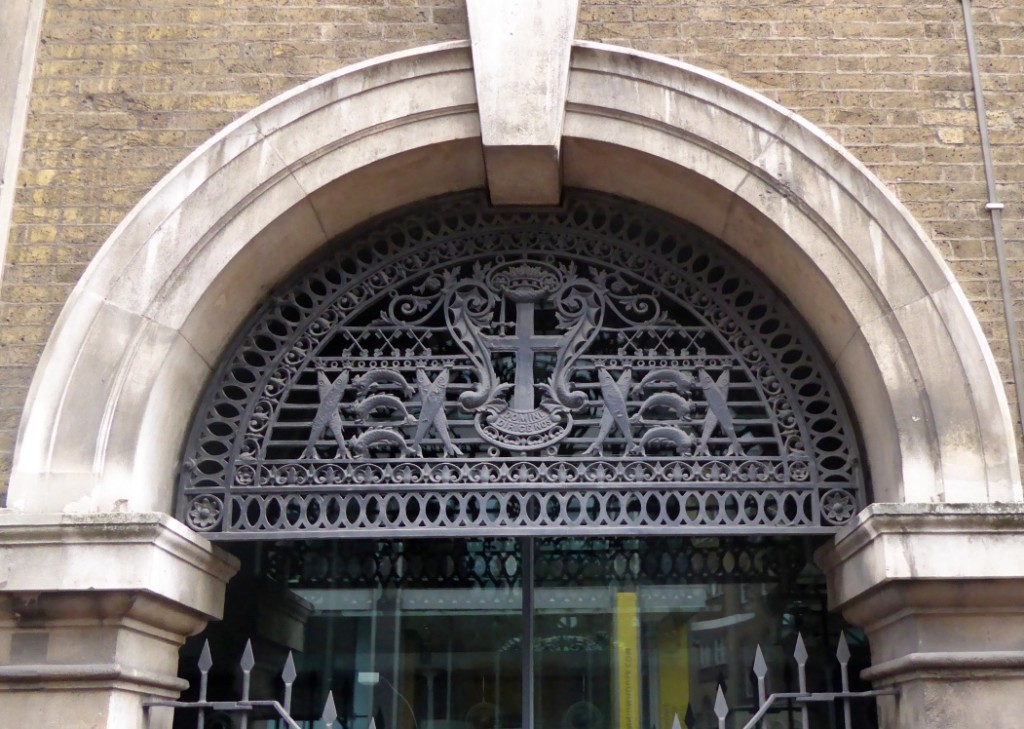
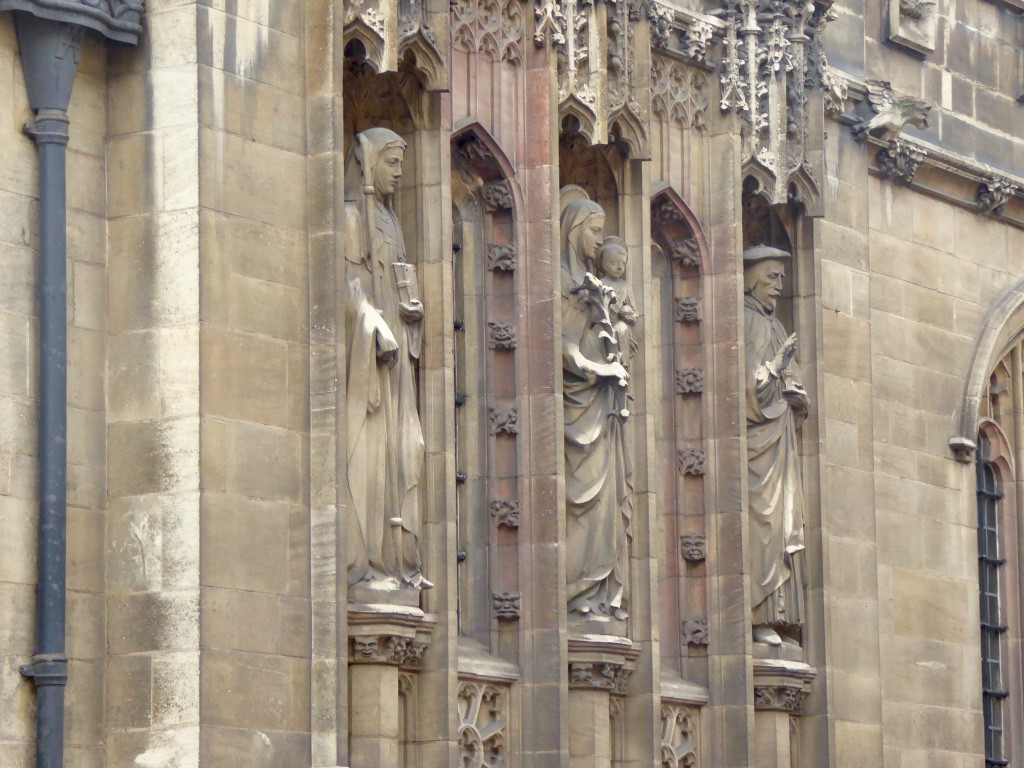
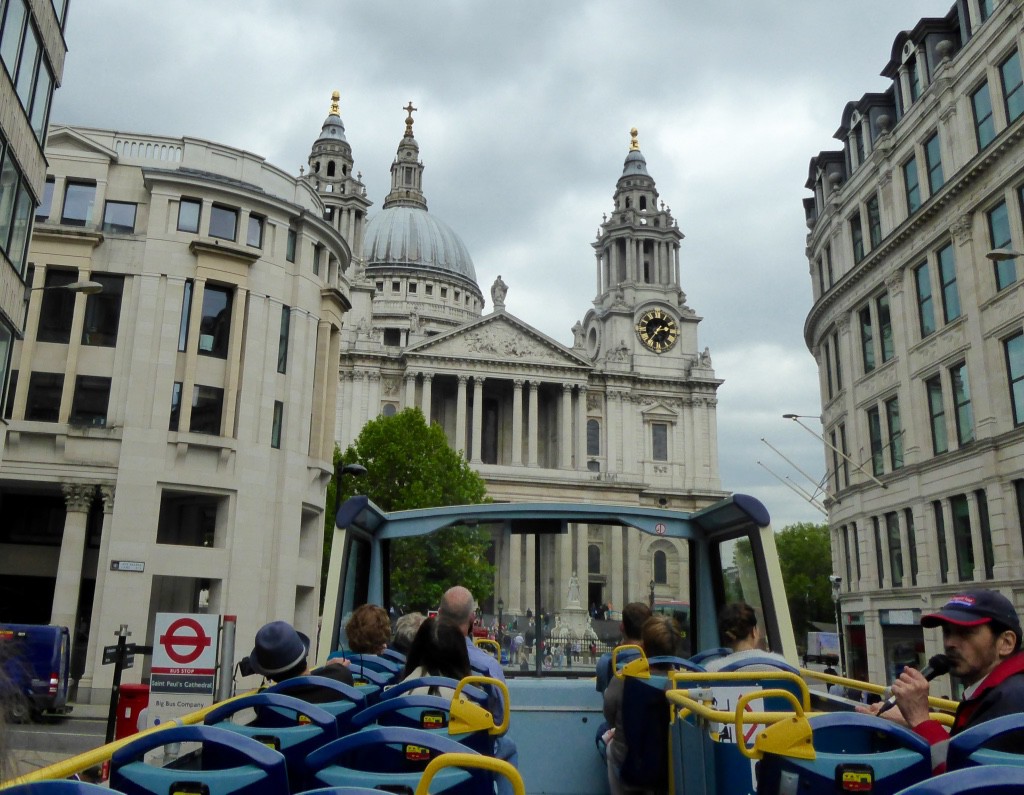
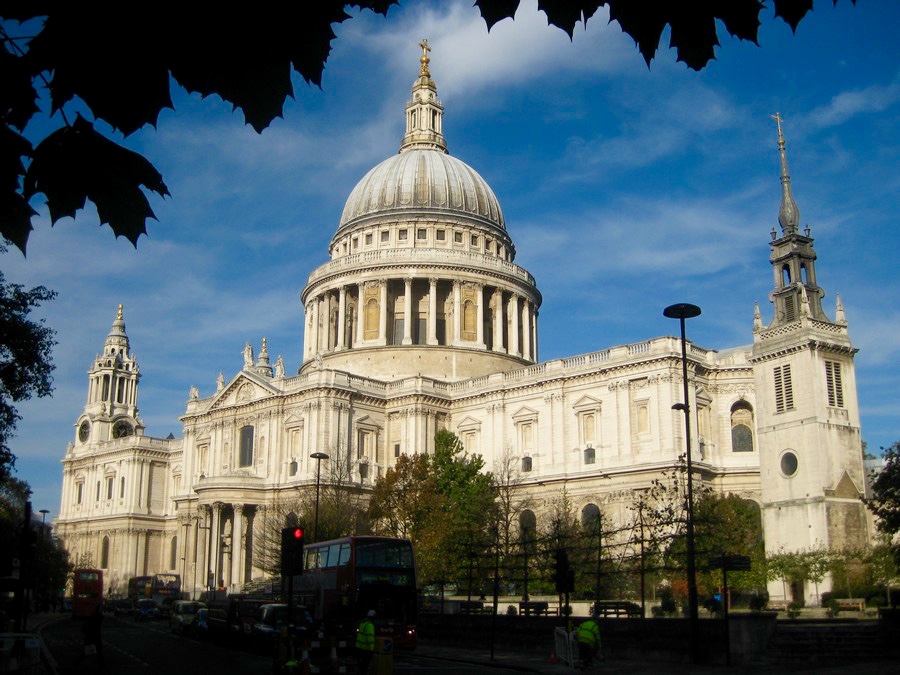
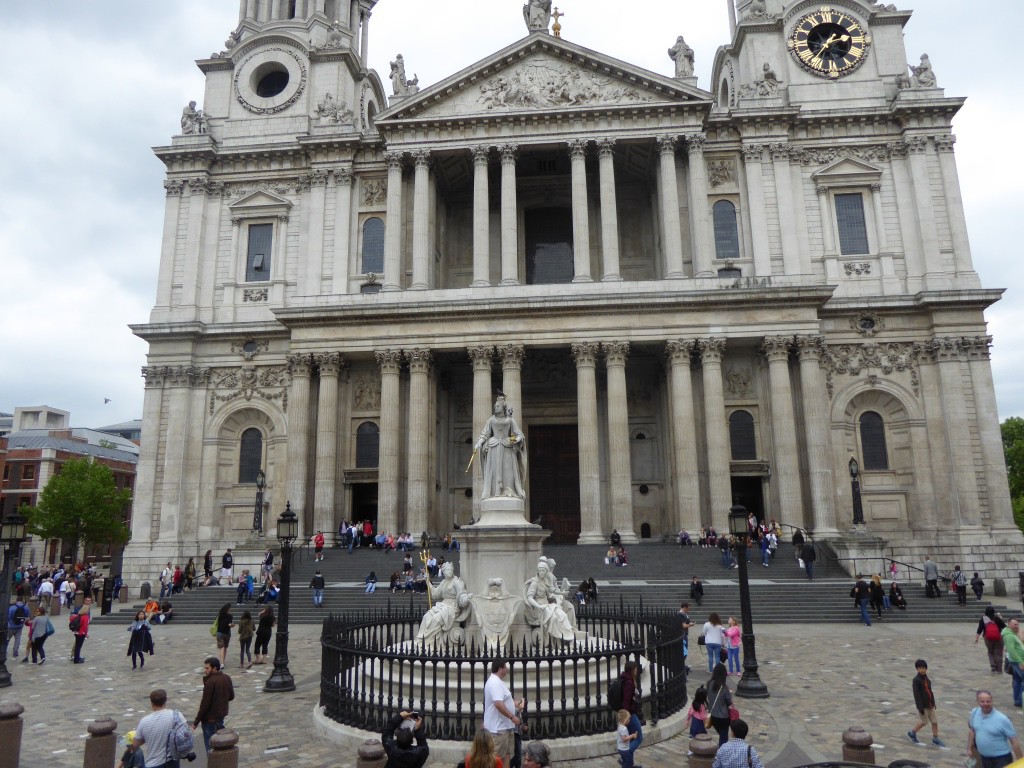
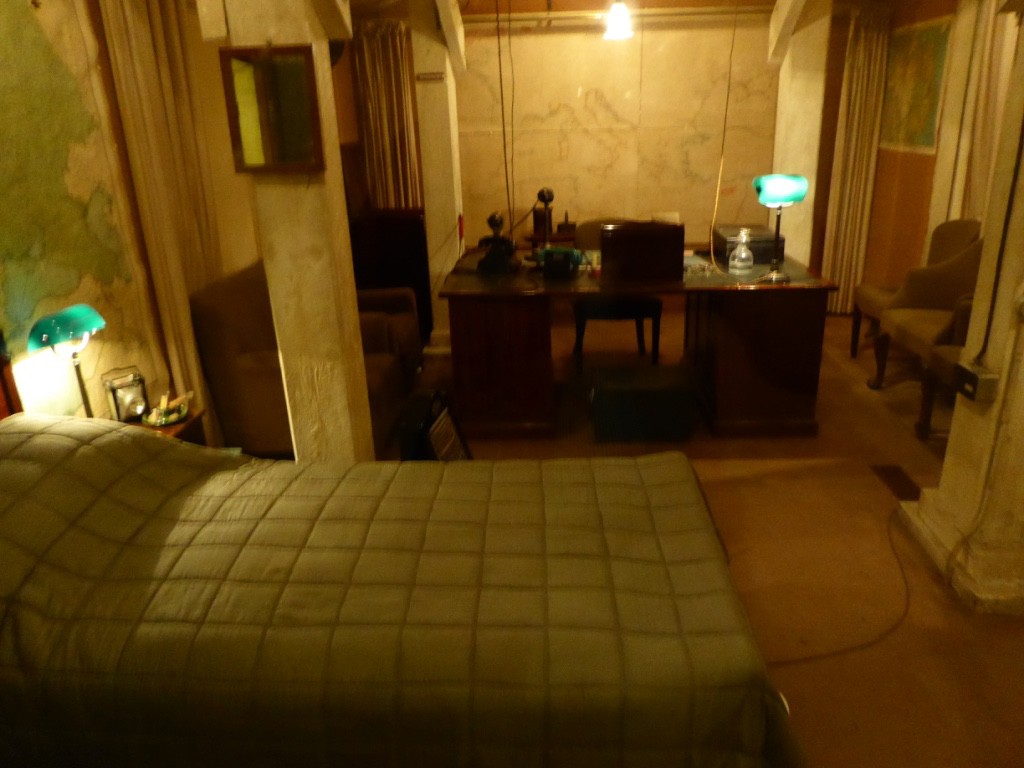
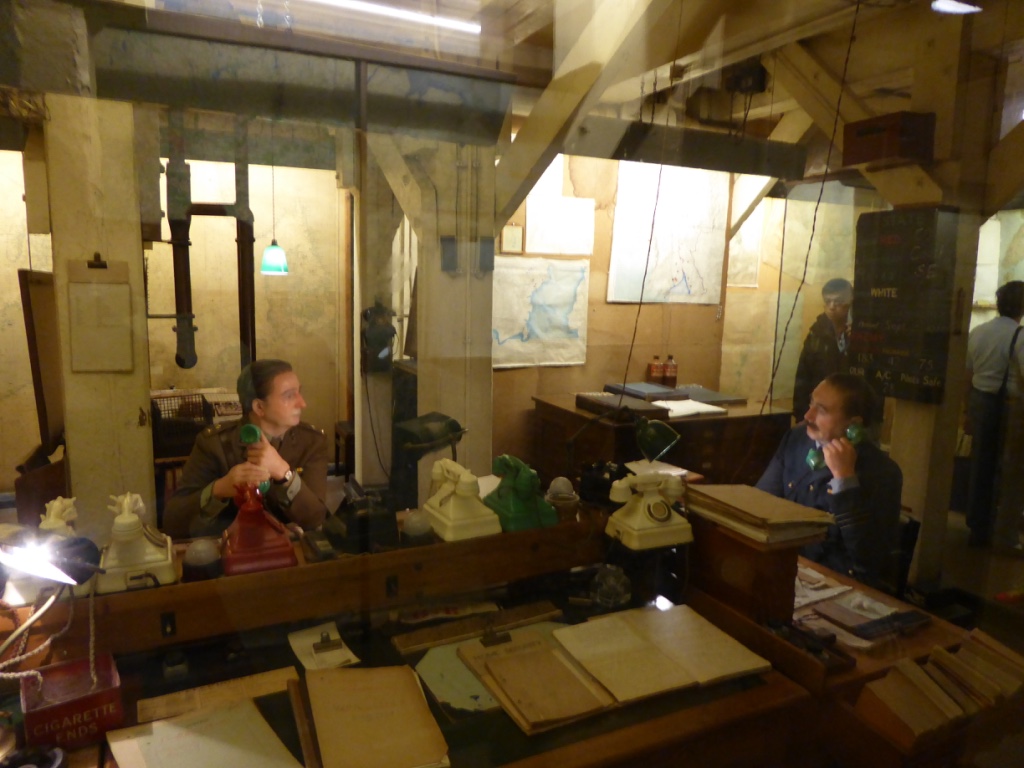
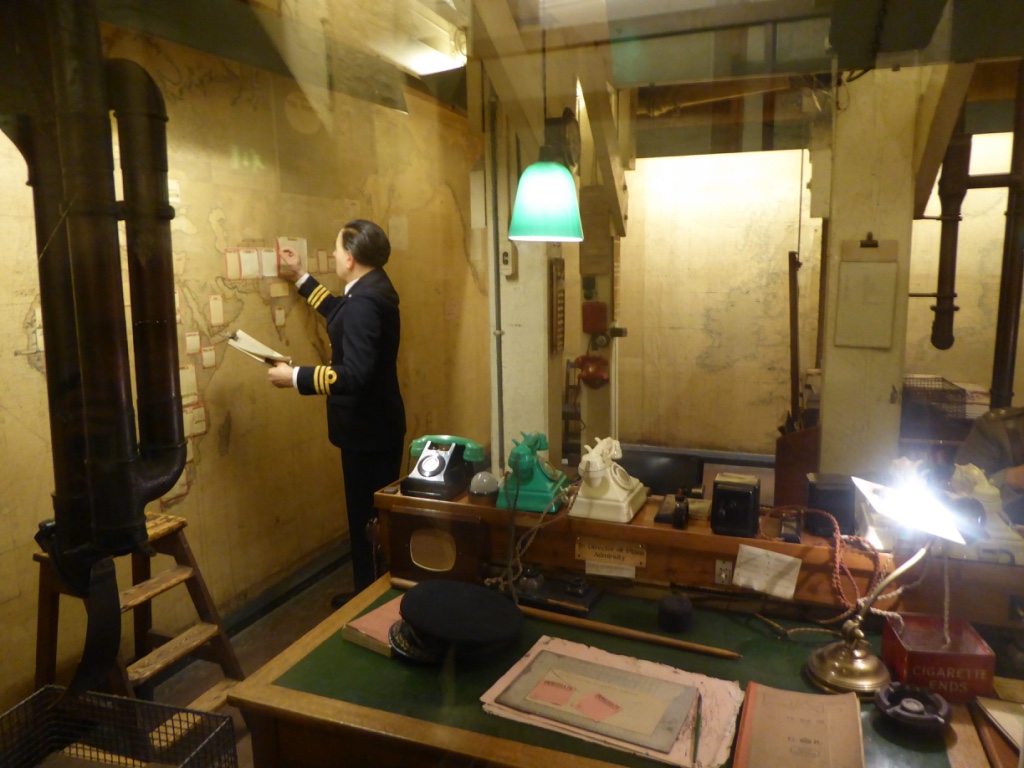
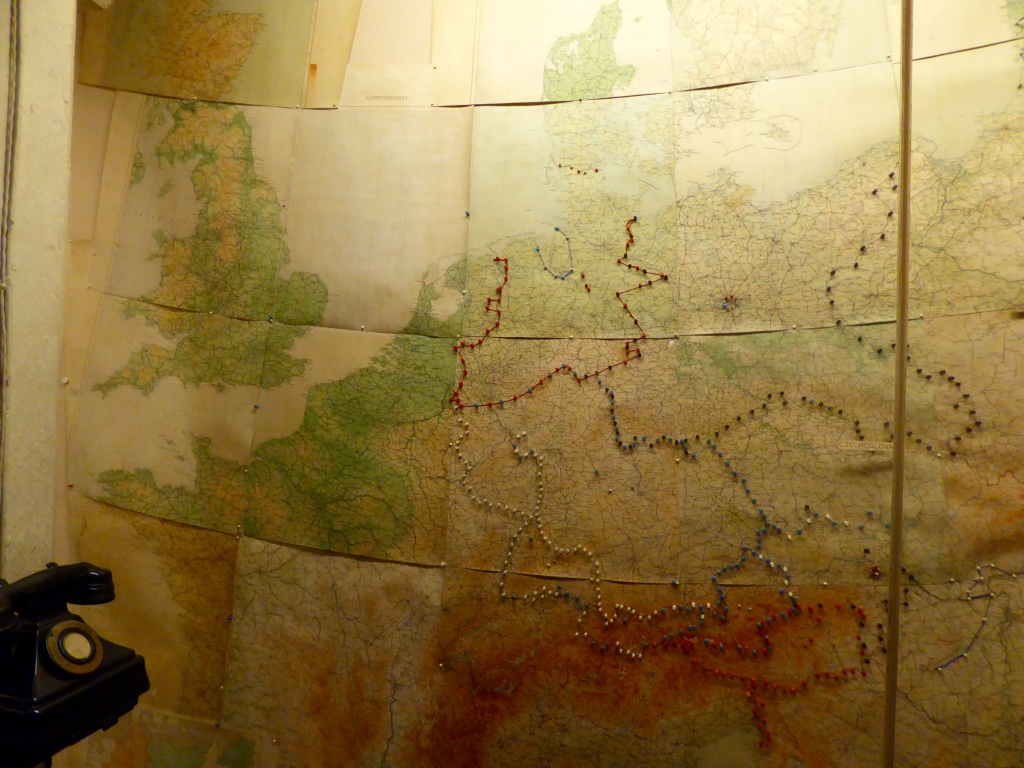
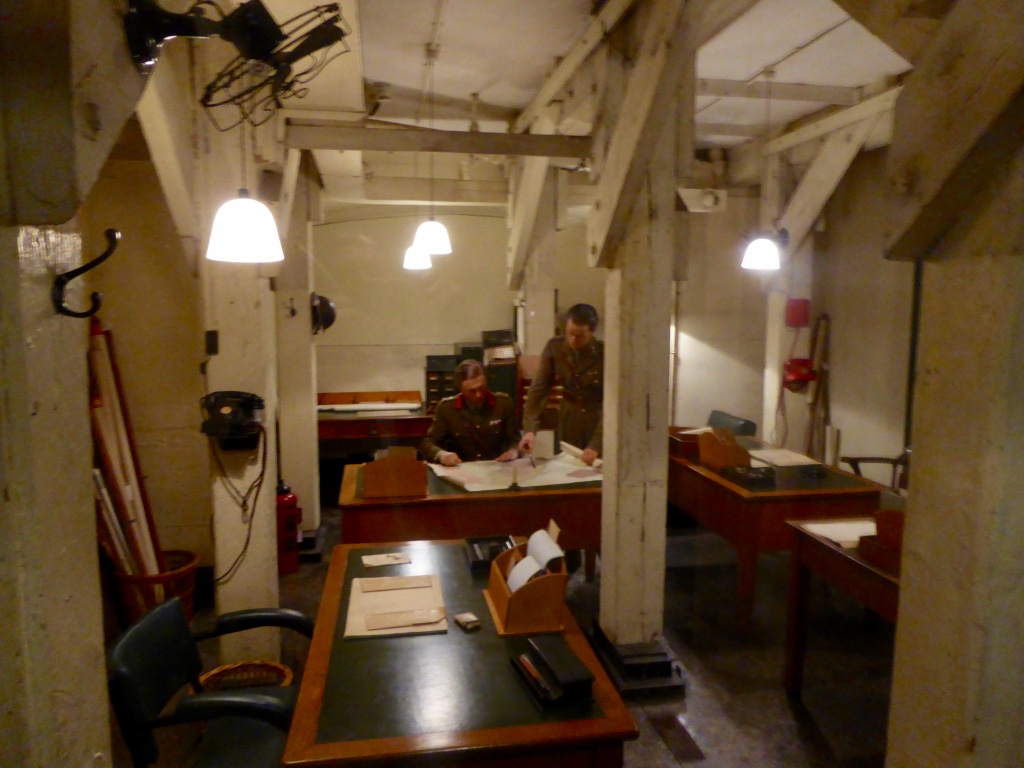
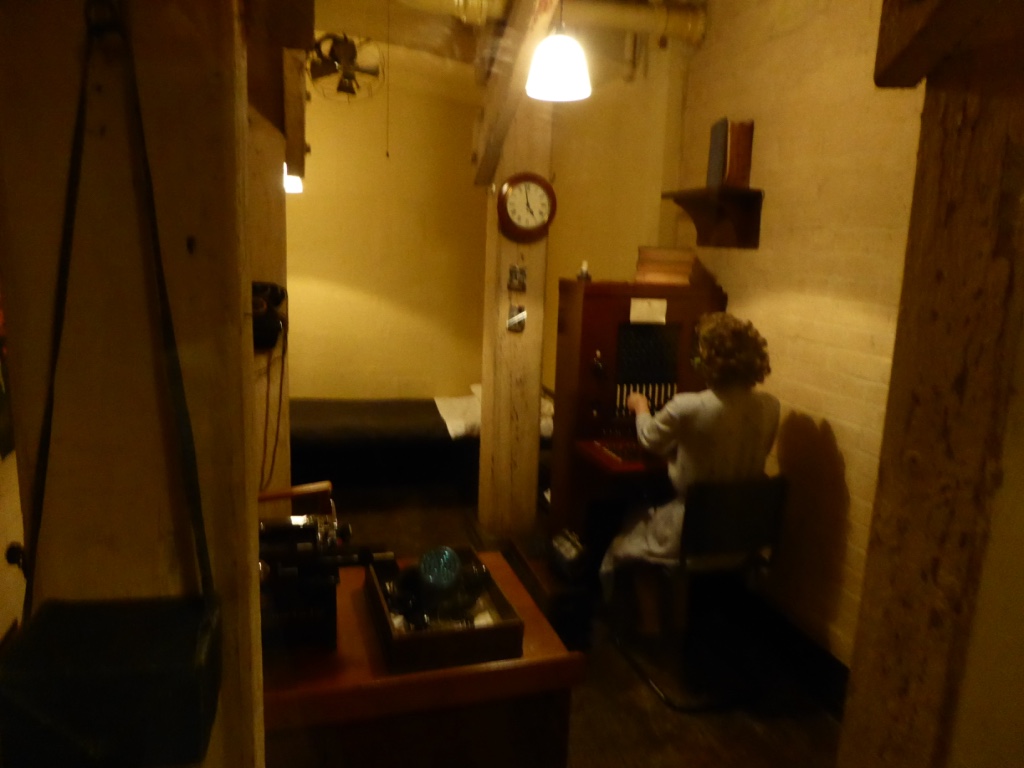
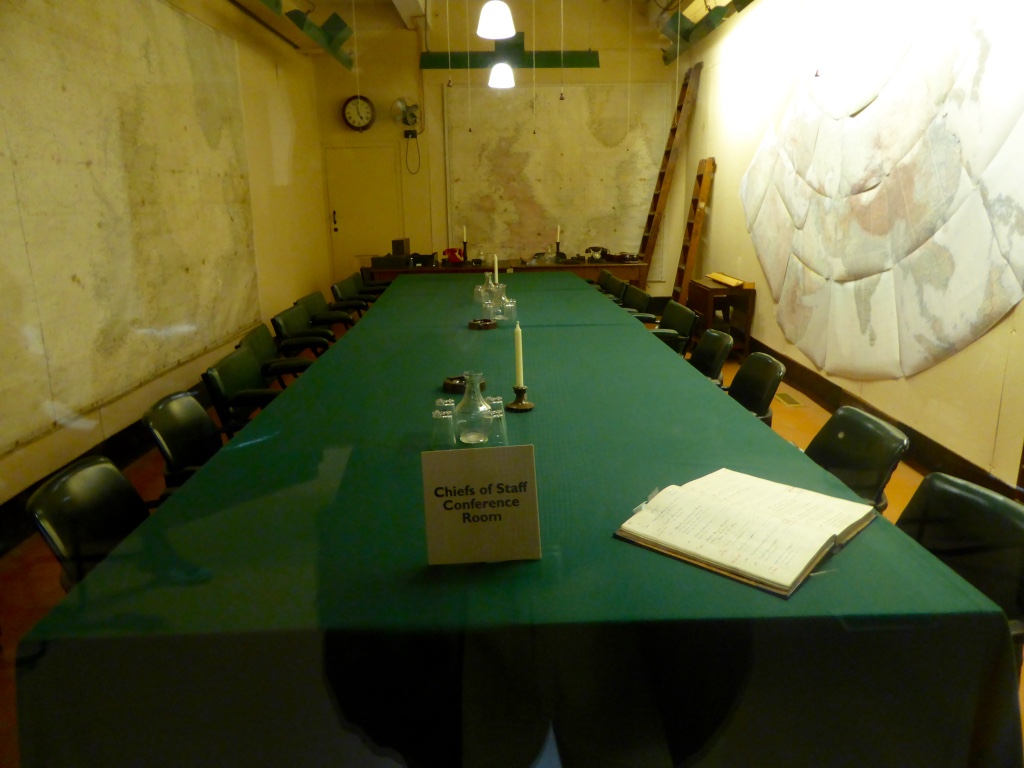
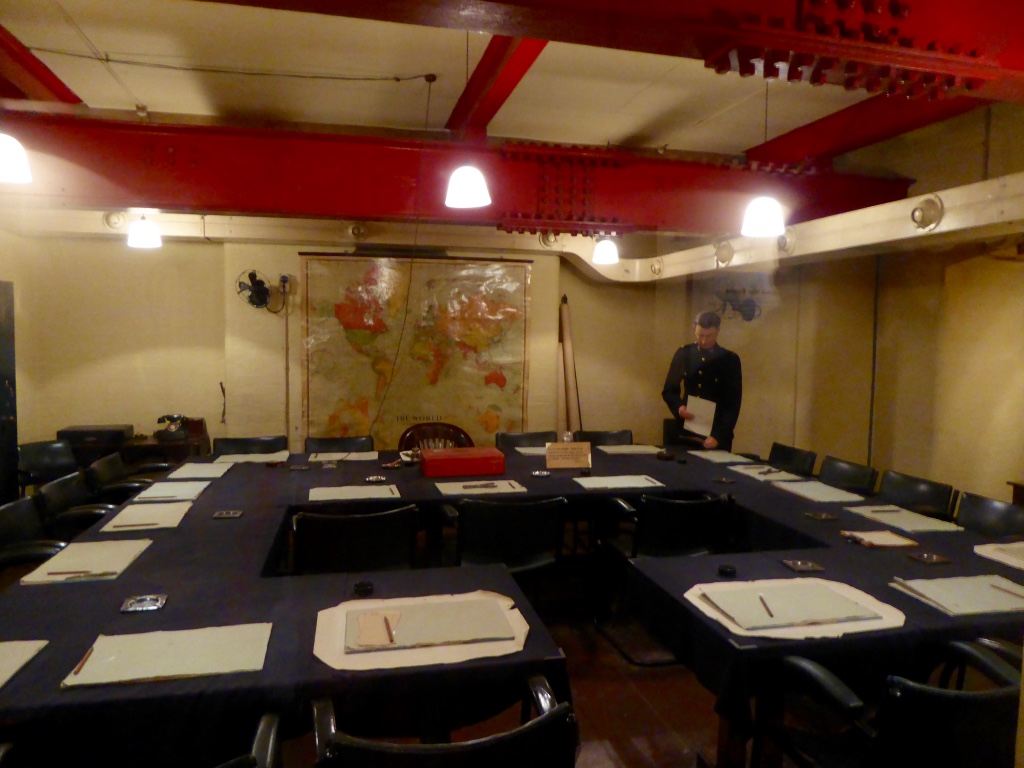
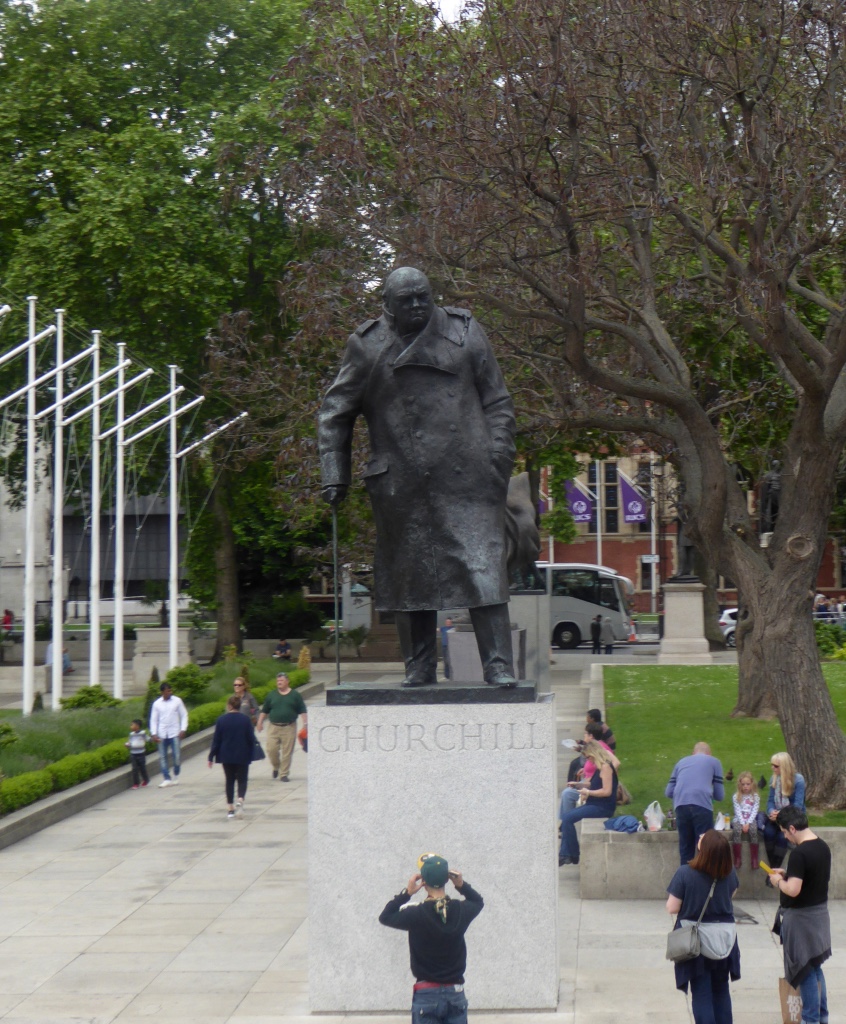
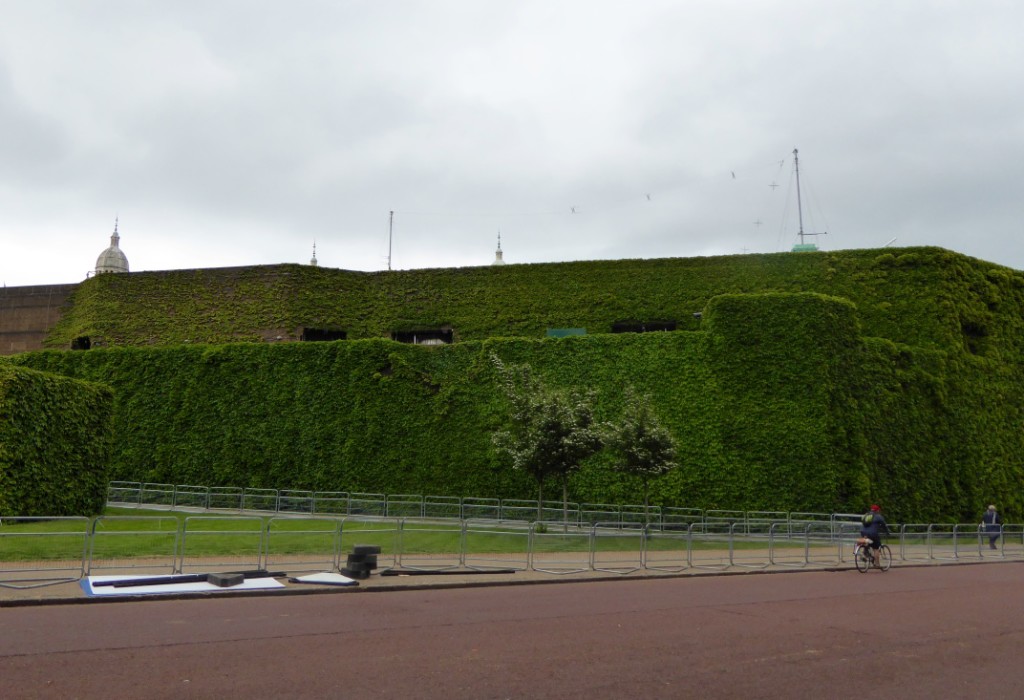
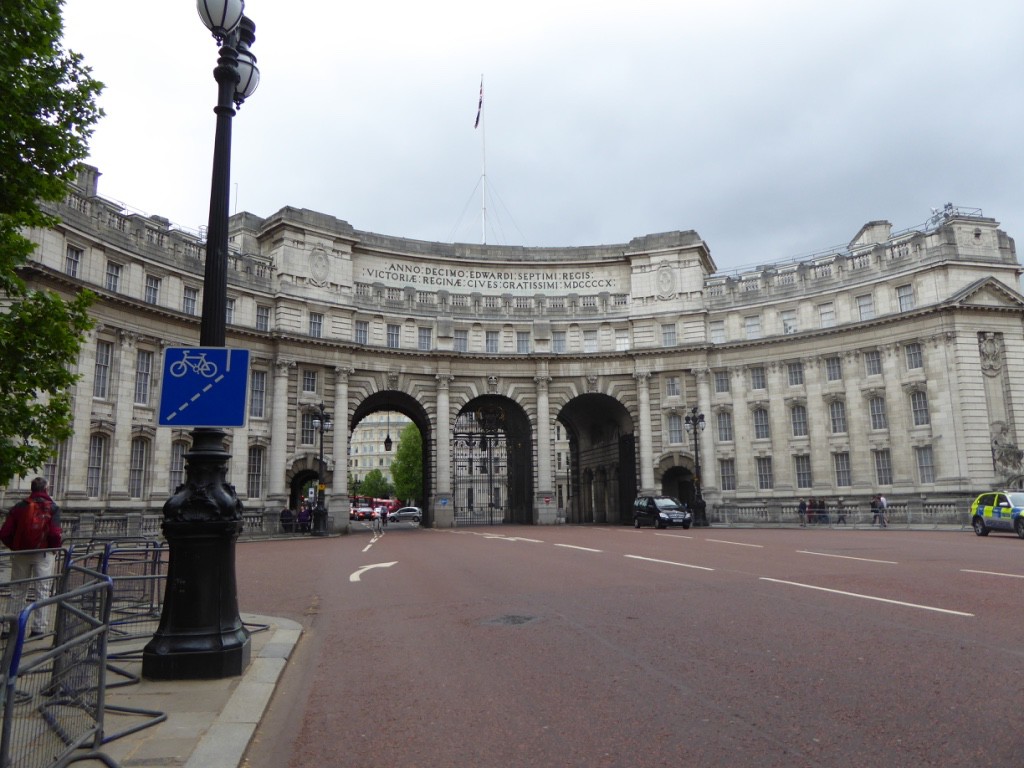
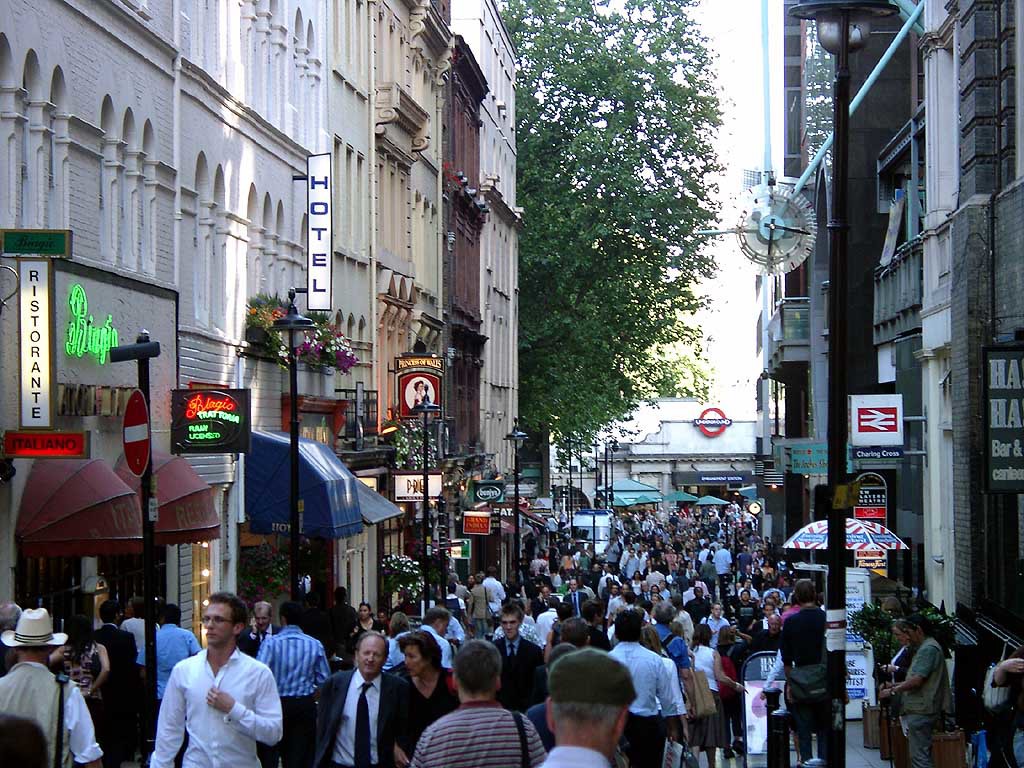
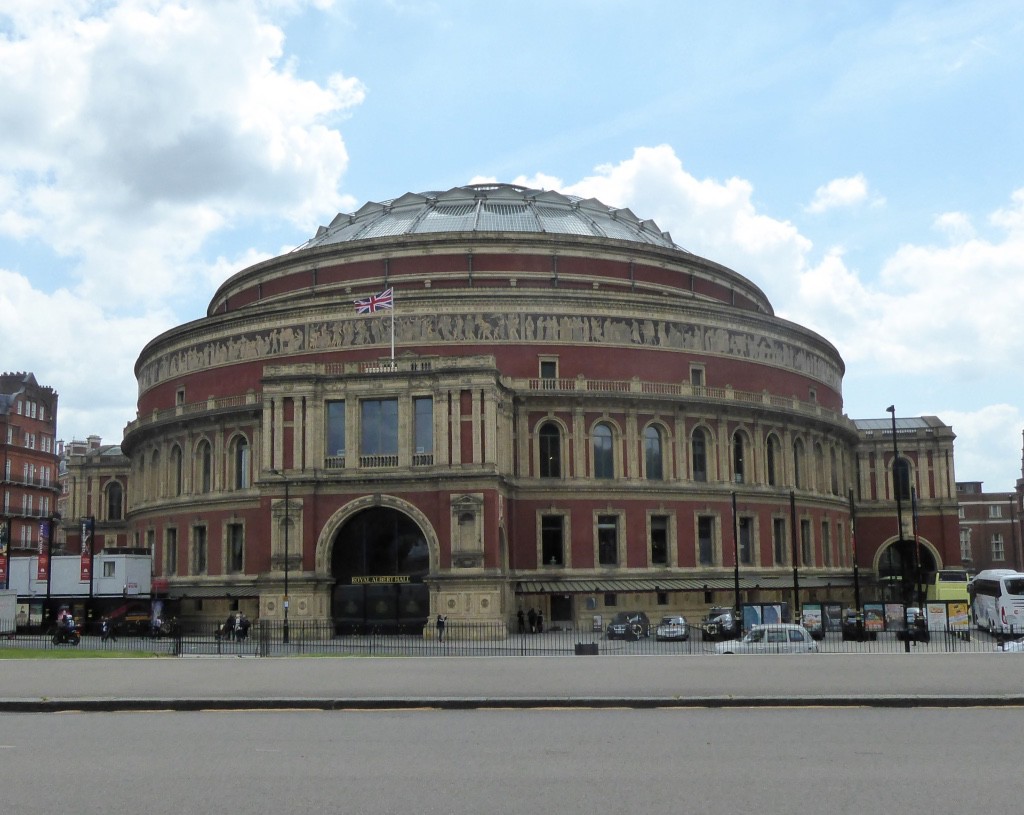
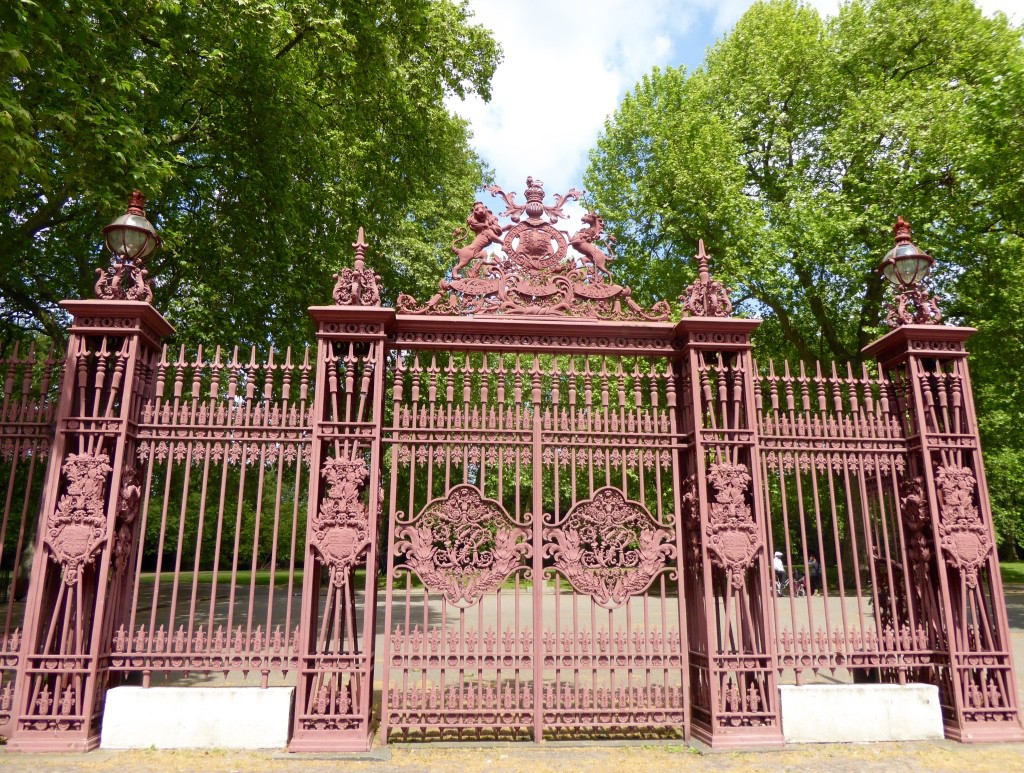
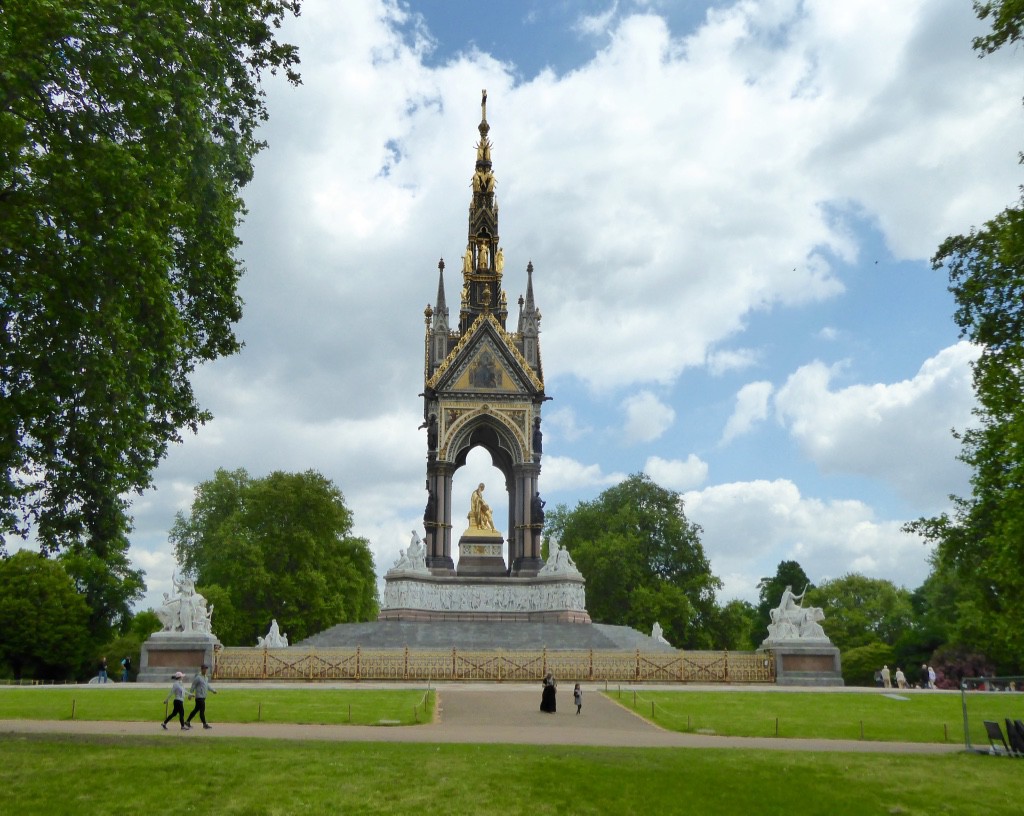
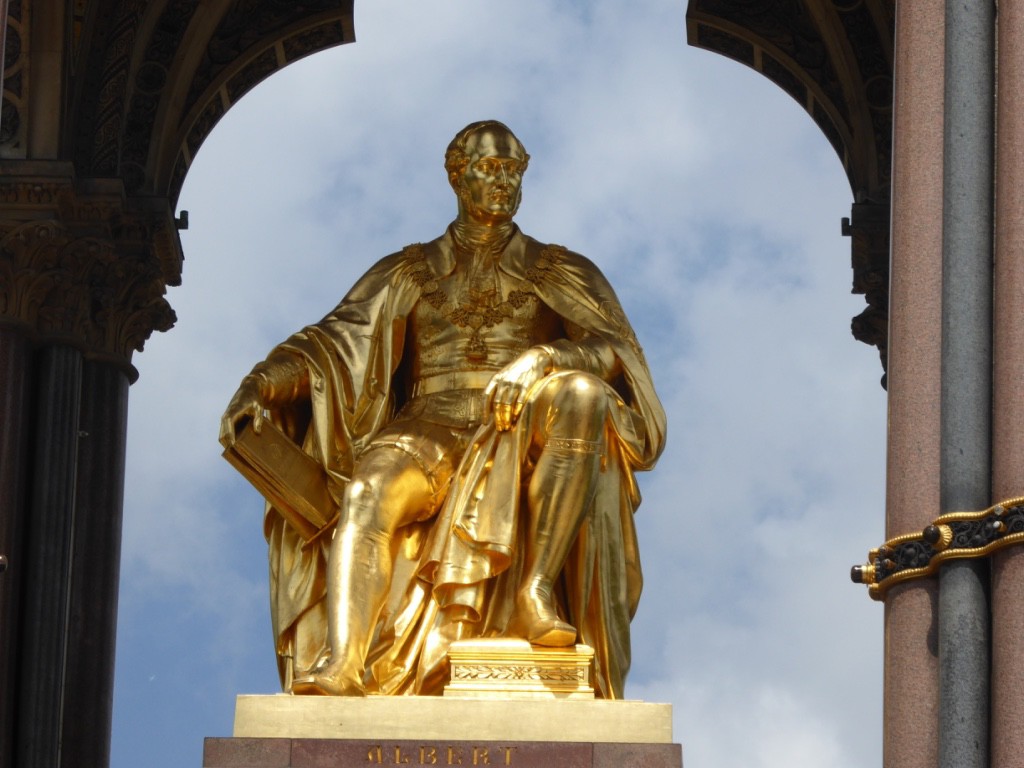
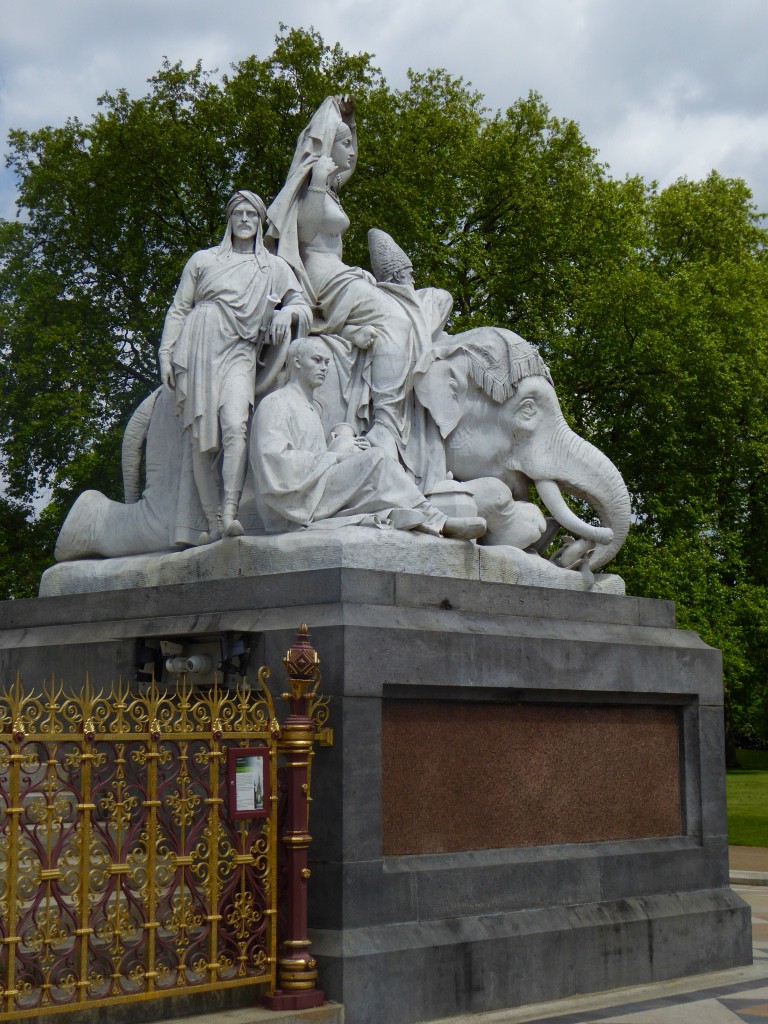
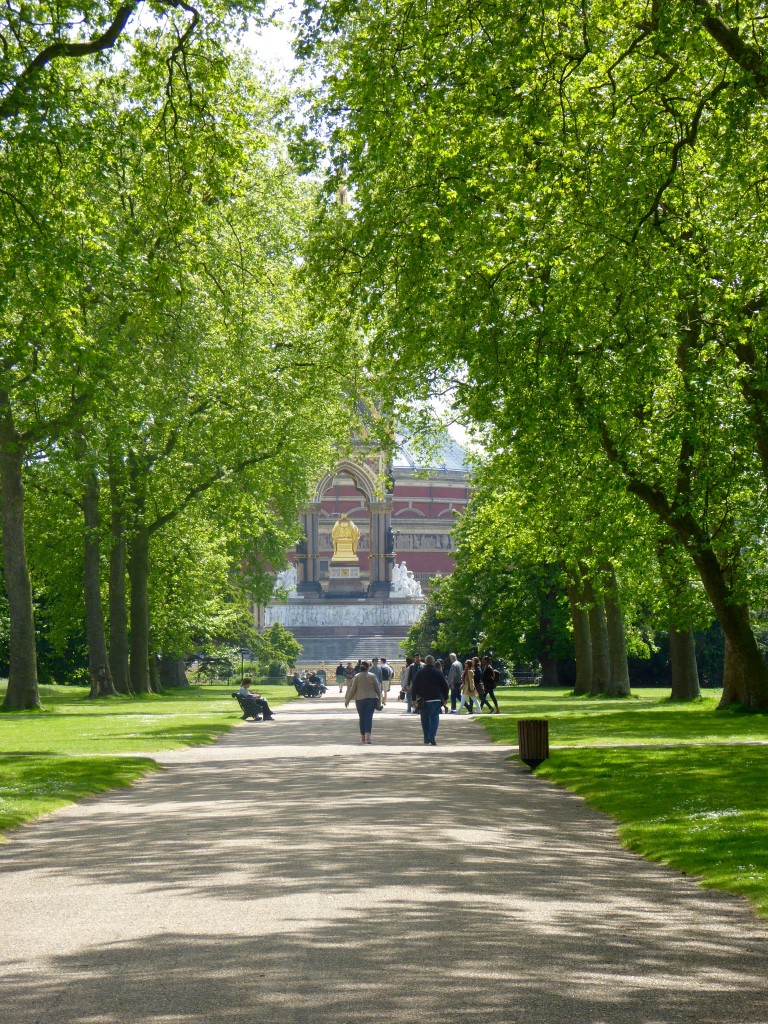
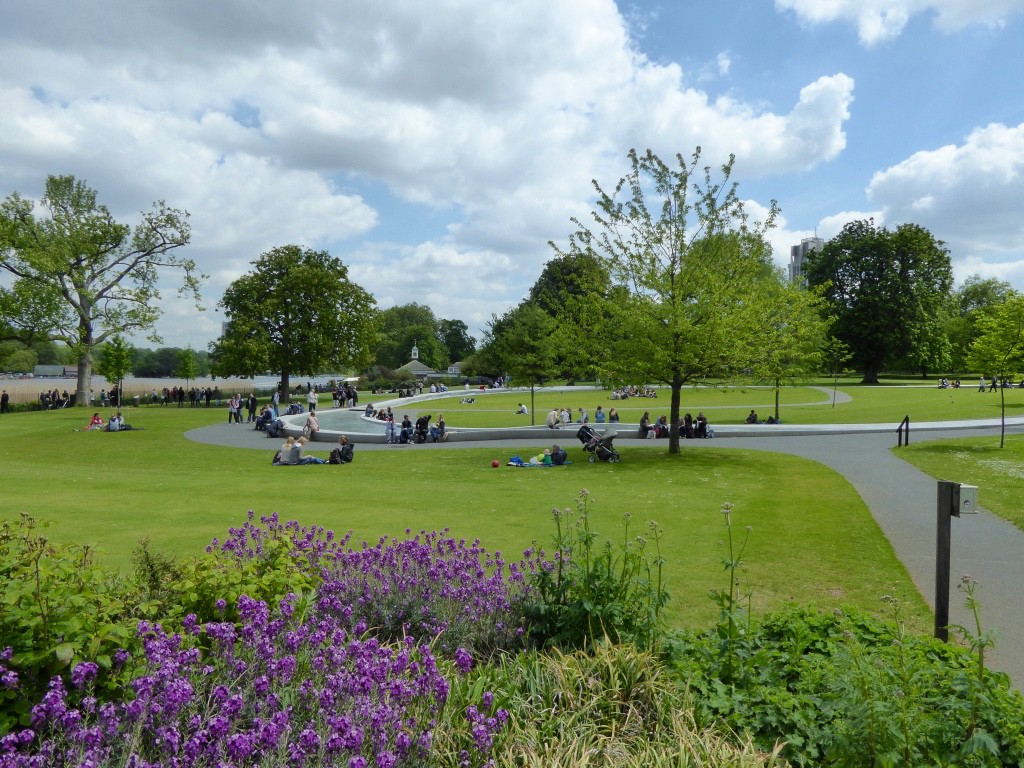
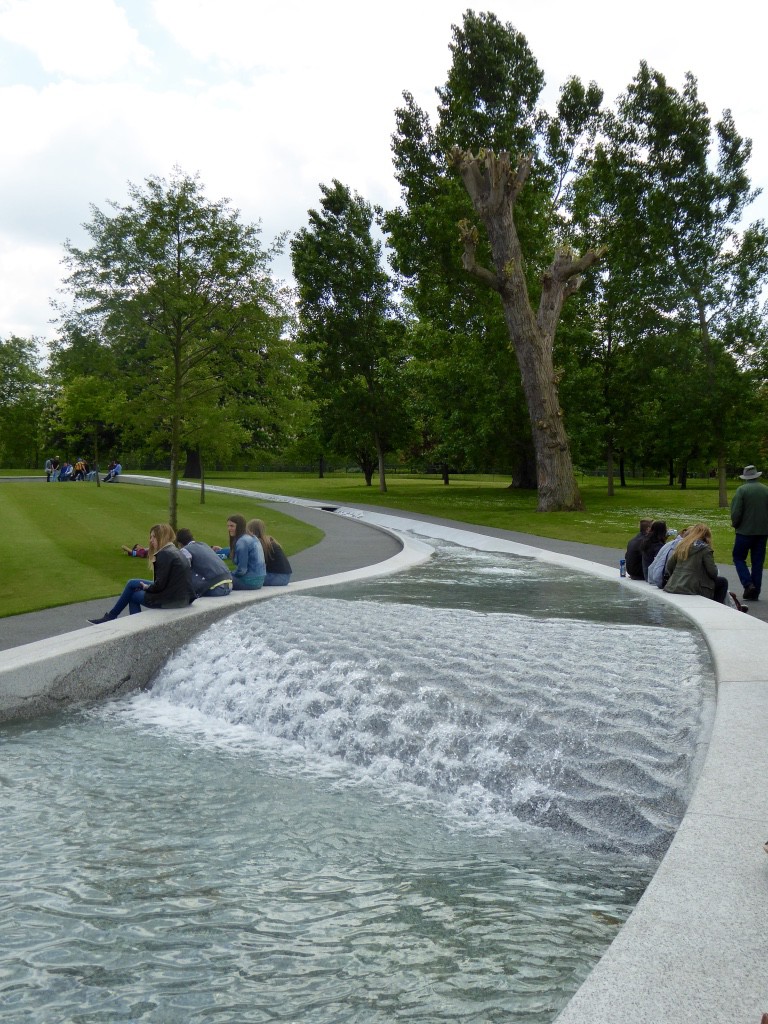

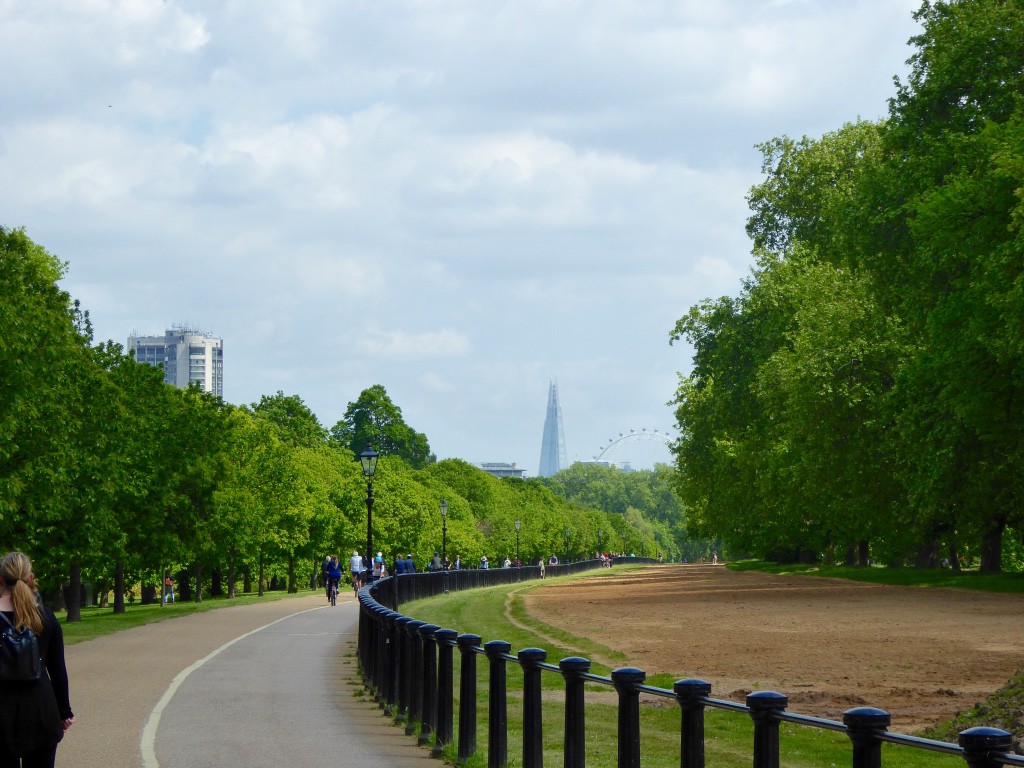
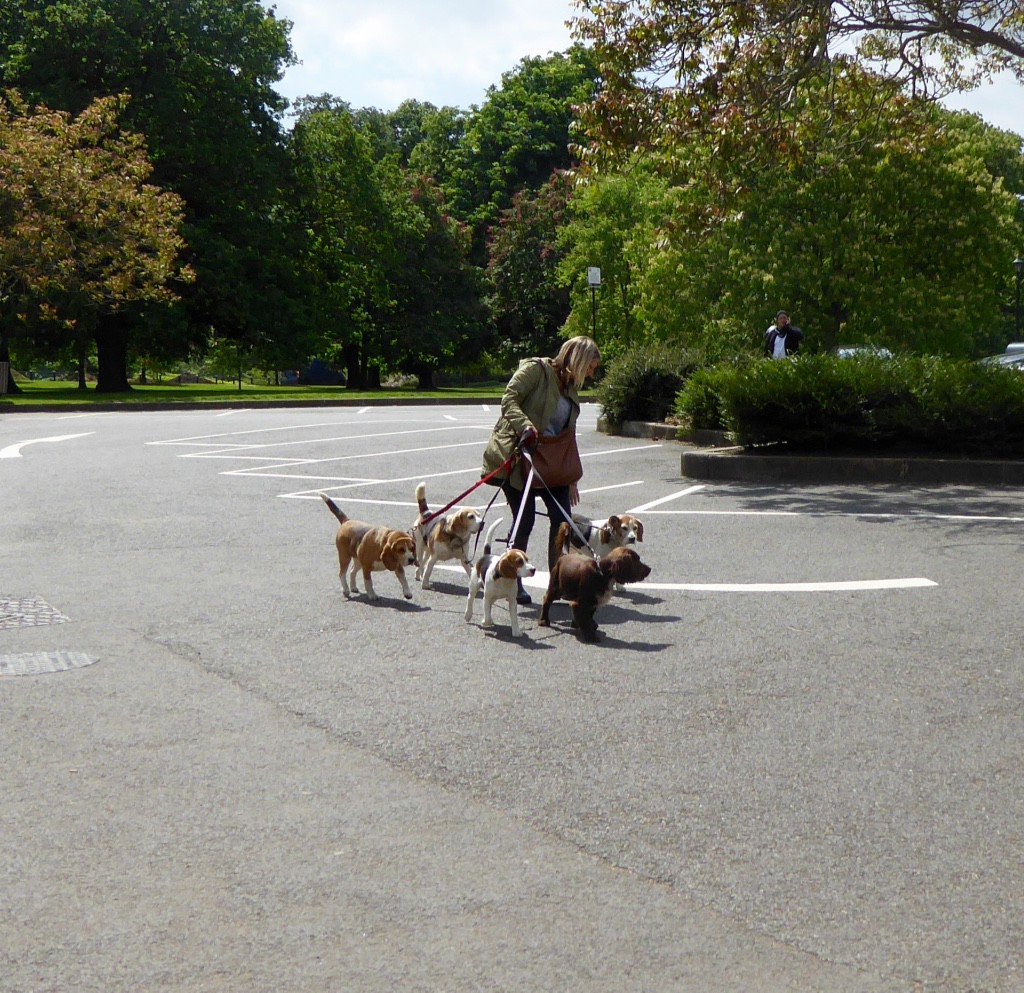
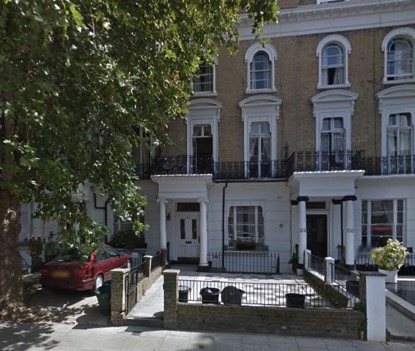

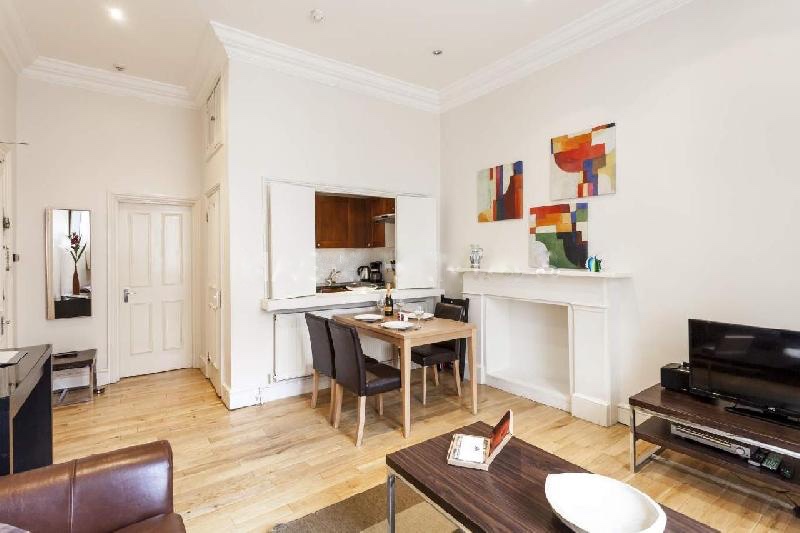
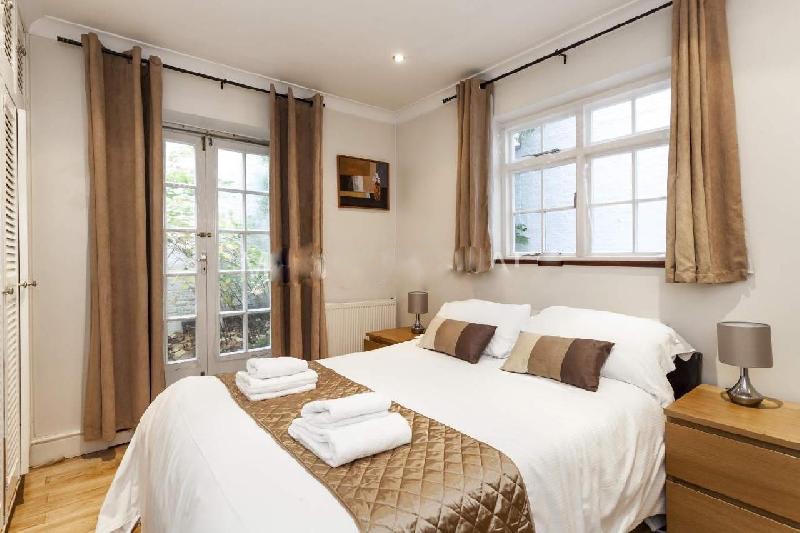
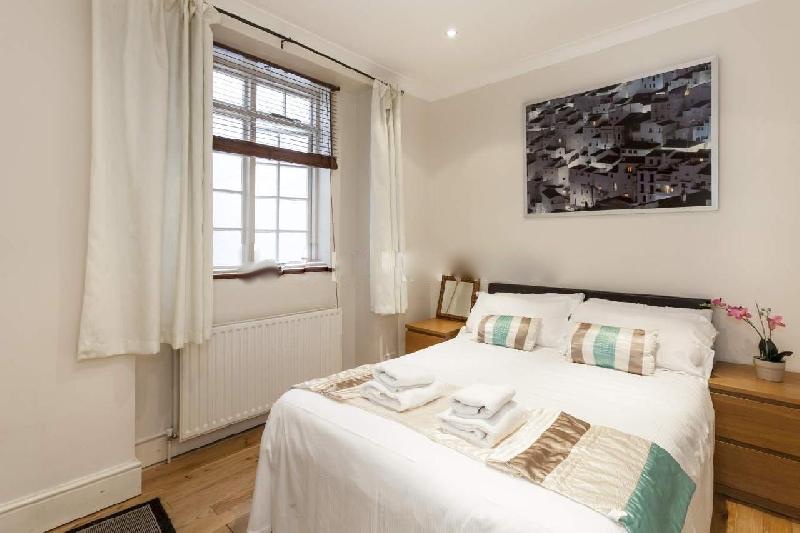


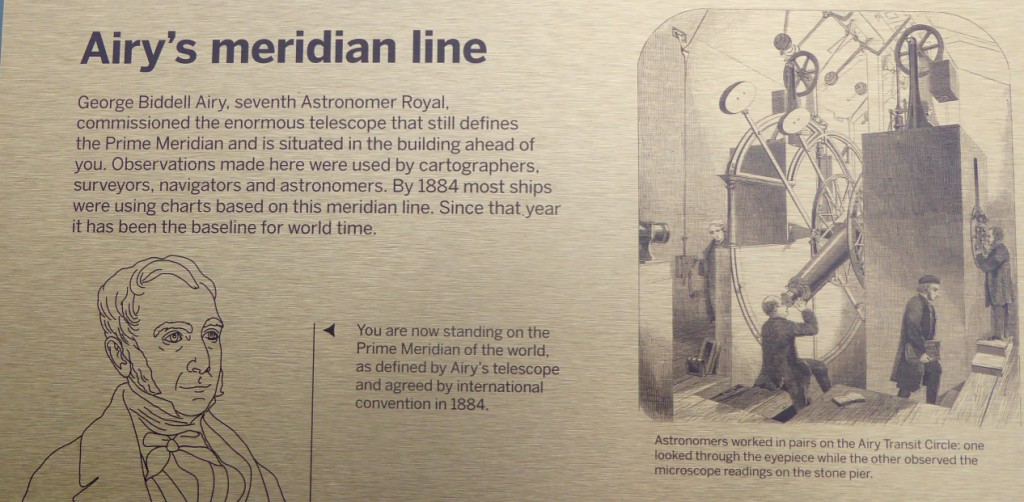
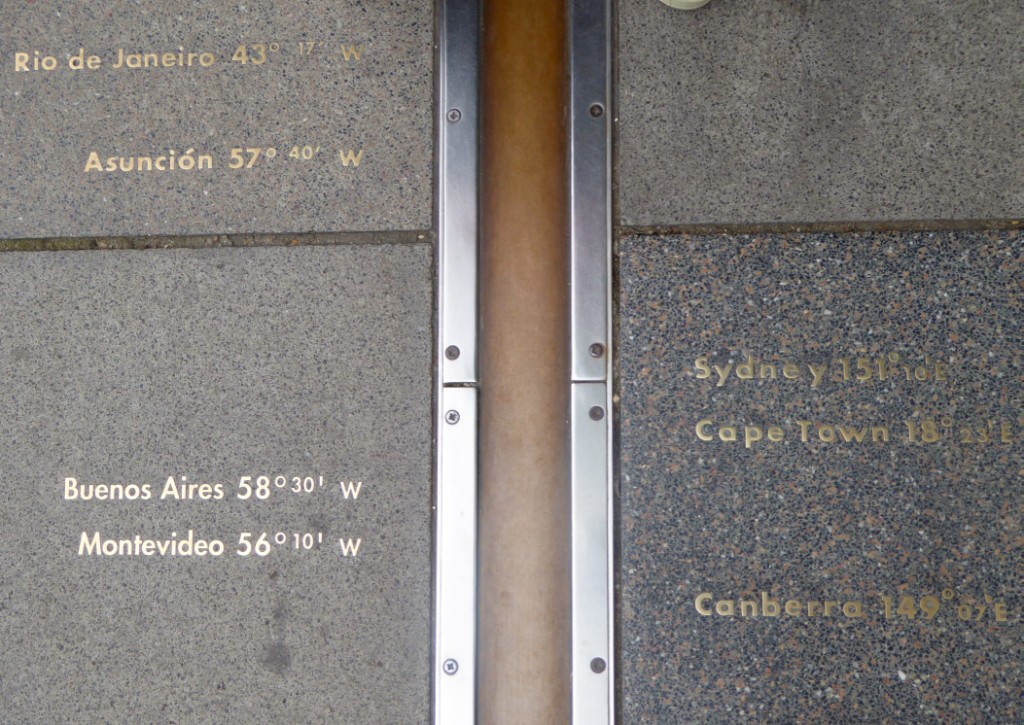
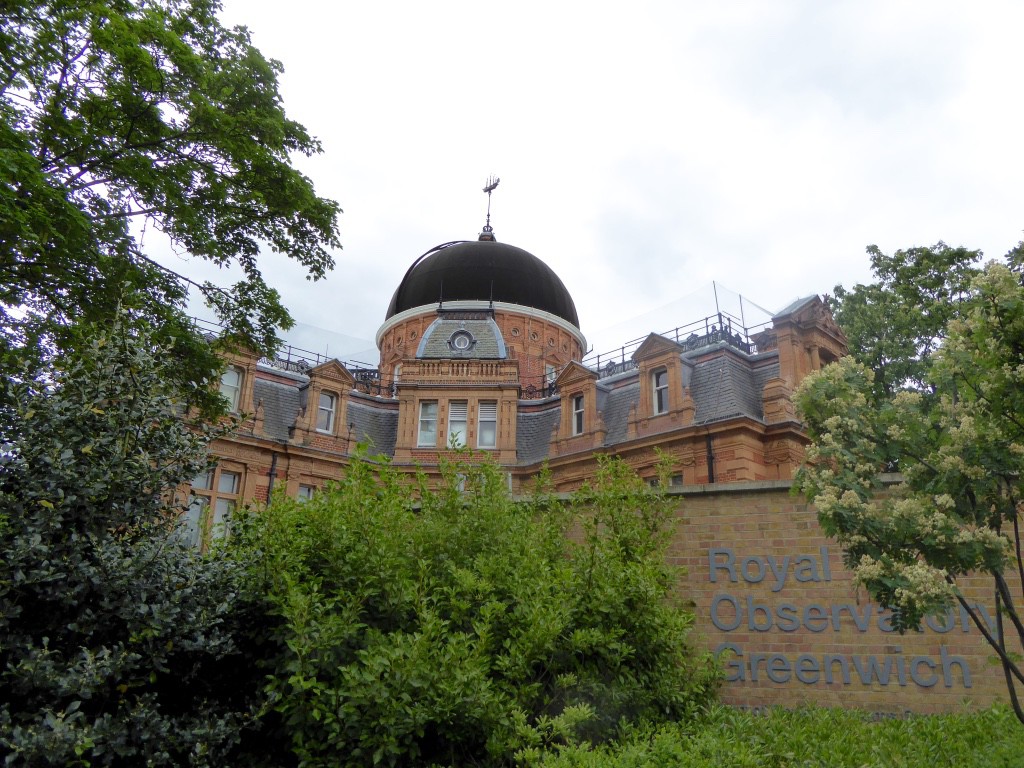 After that signal experience, down the hill again to the Maritime Museum. You could spend the whole day in this building and I only had two hours sampling the various displays, models, and artwork.
After that signal experience, down the hill again to the Maritime Museum. You could spend the whole day in this building and I only had two hours sampling the various displays, models, and artwork.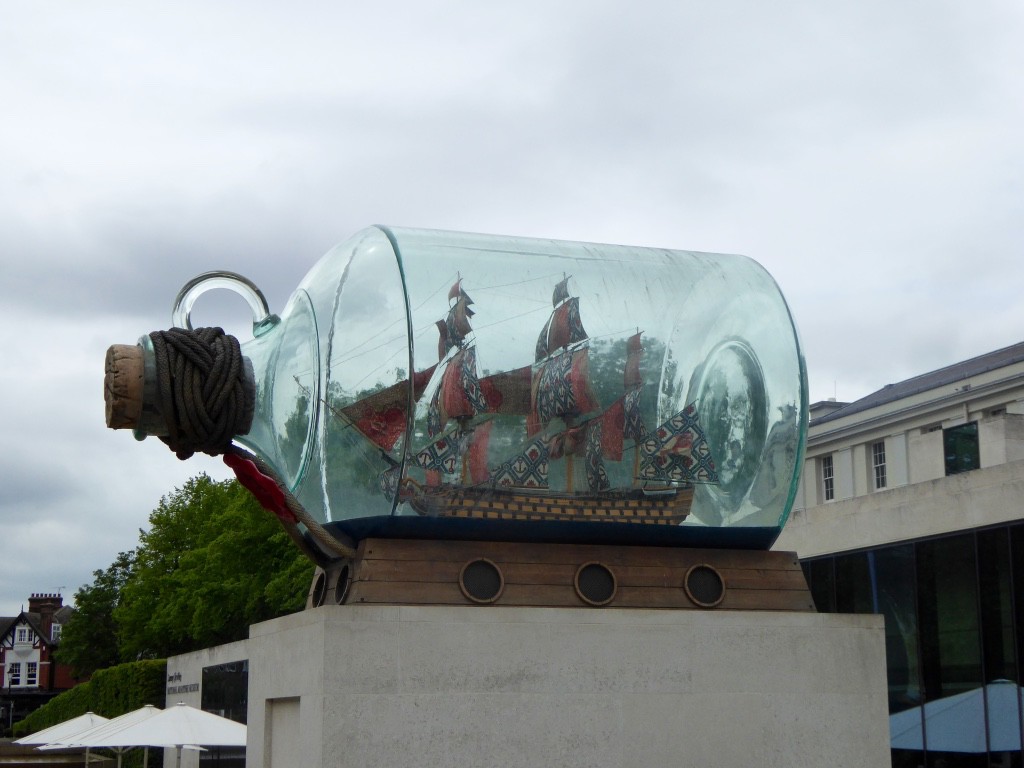
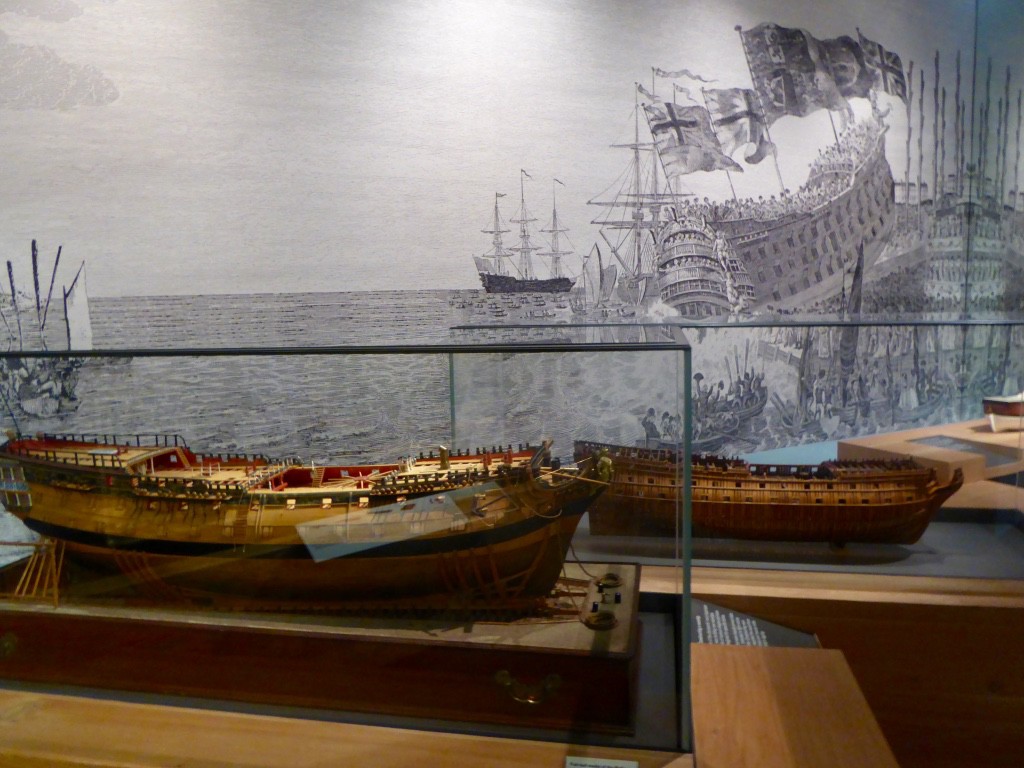
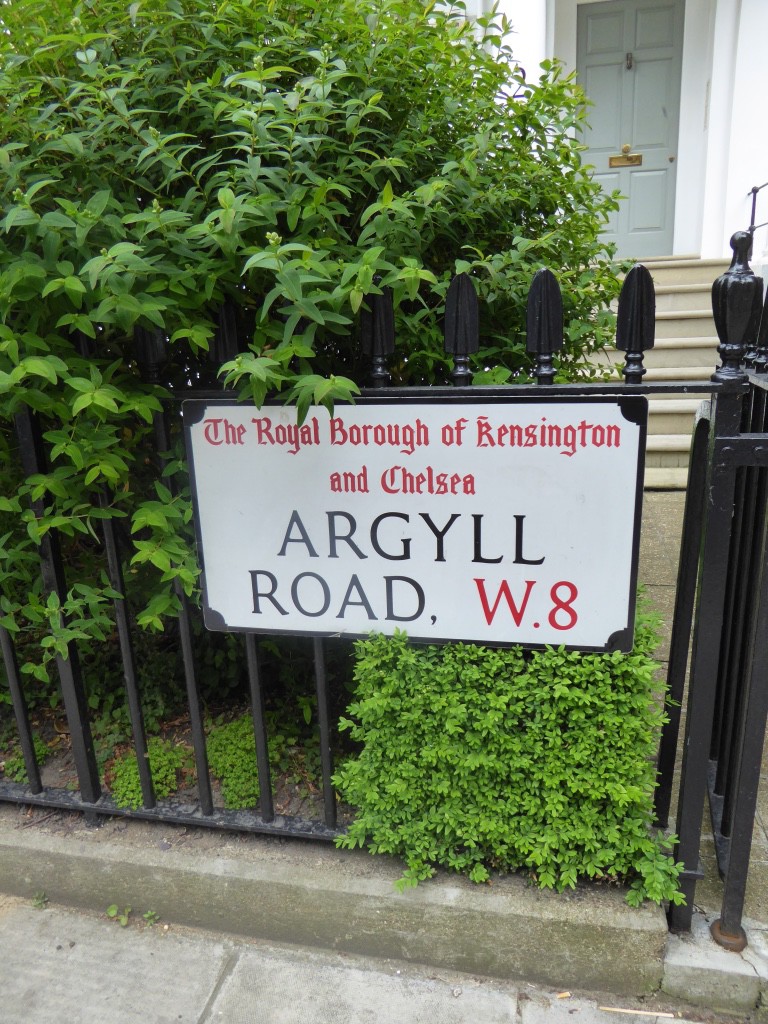
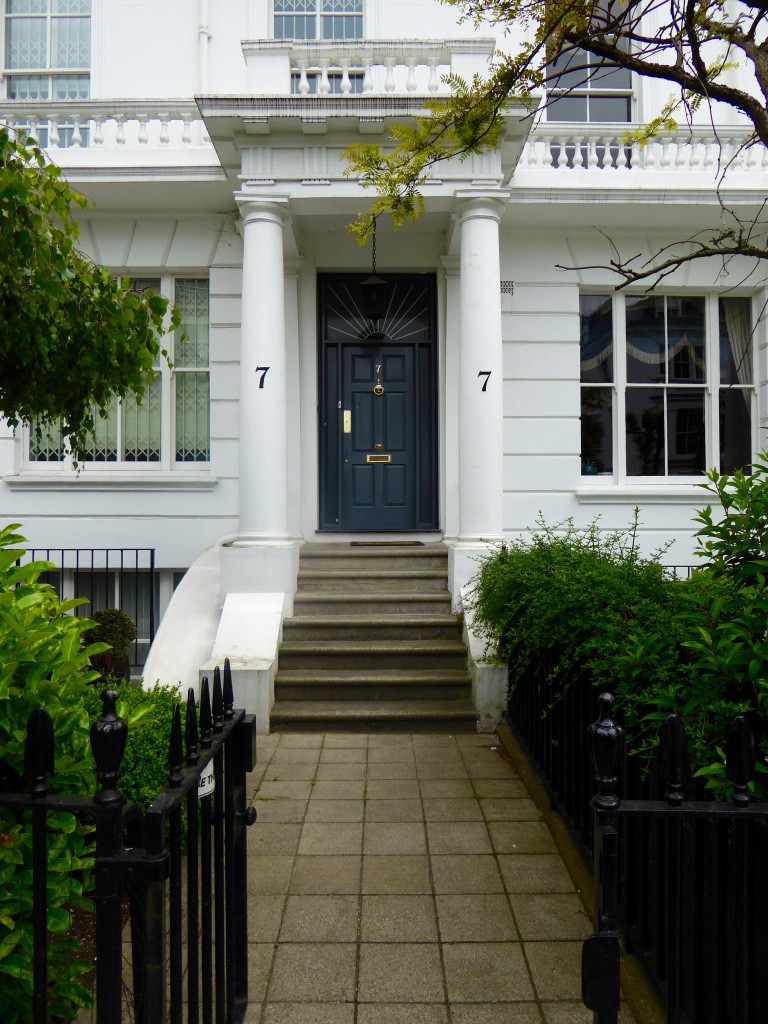 Then we got on the red tour bus
Then we got on the red tour bus